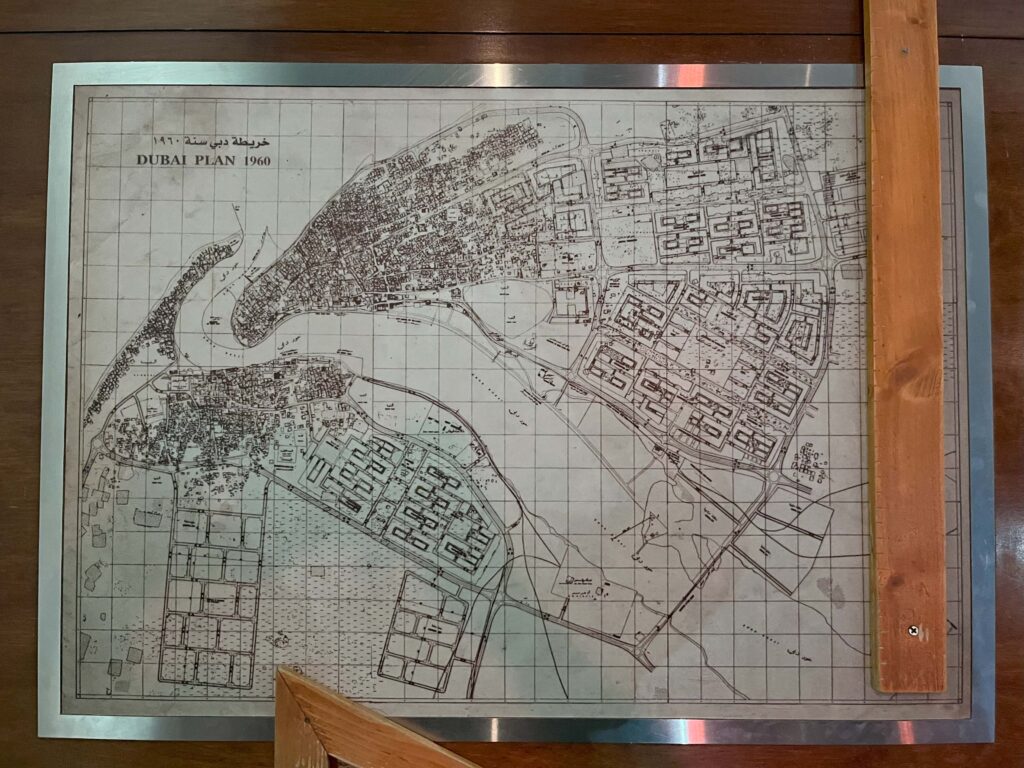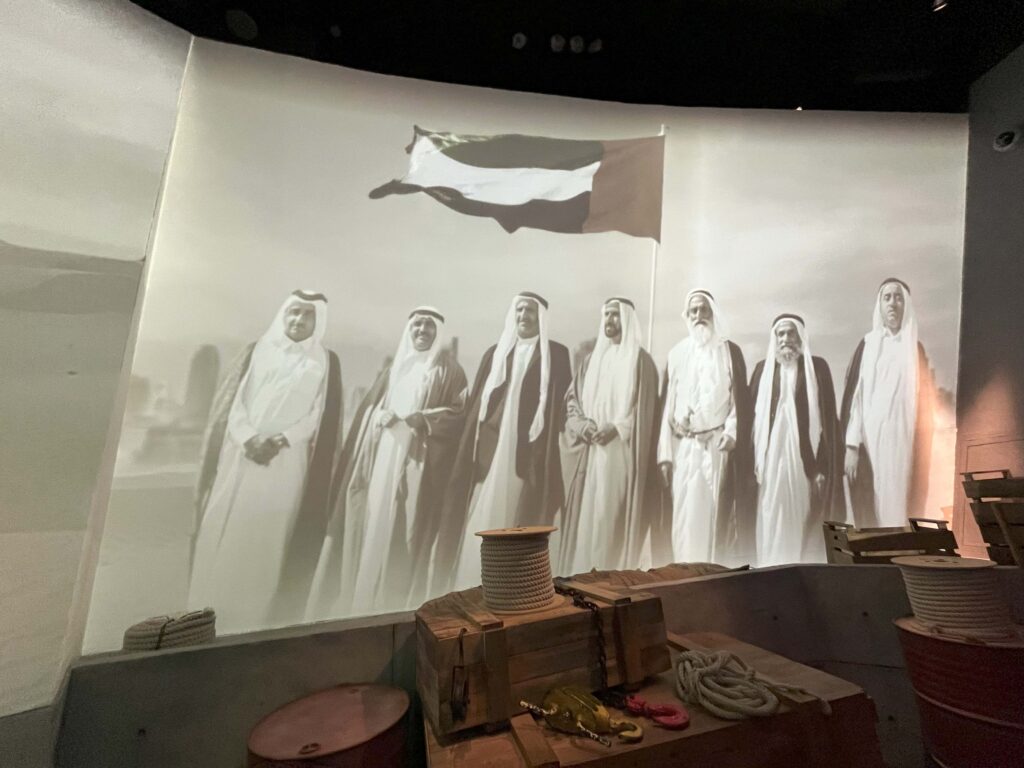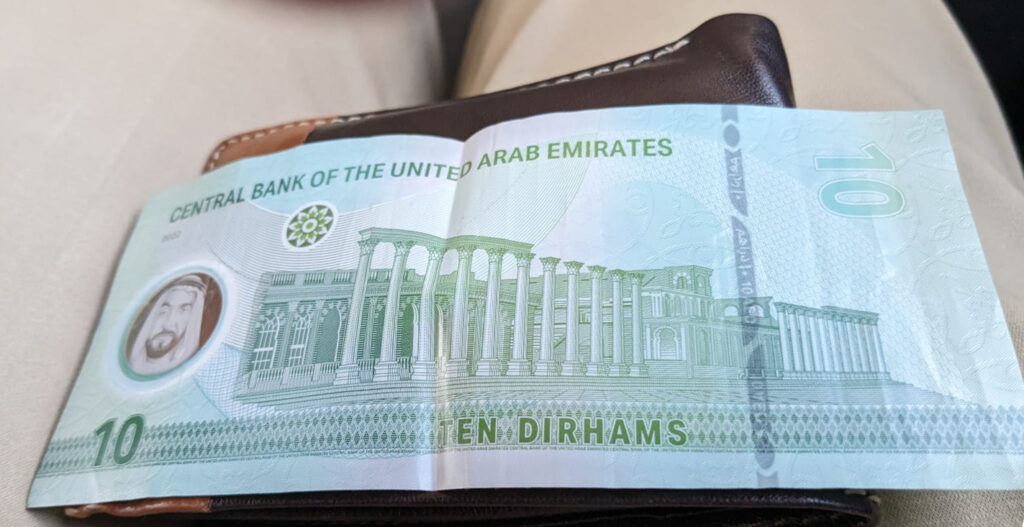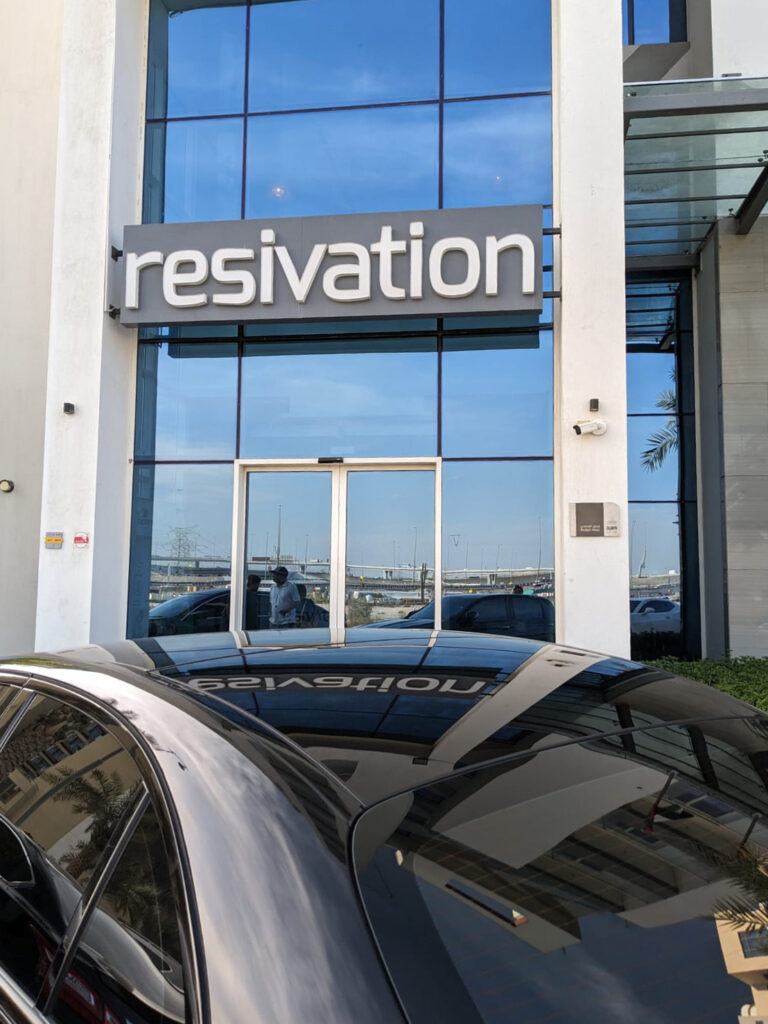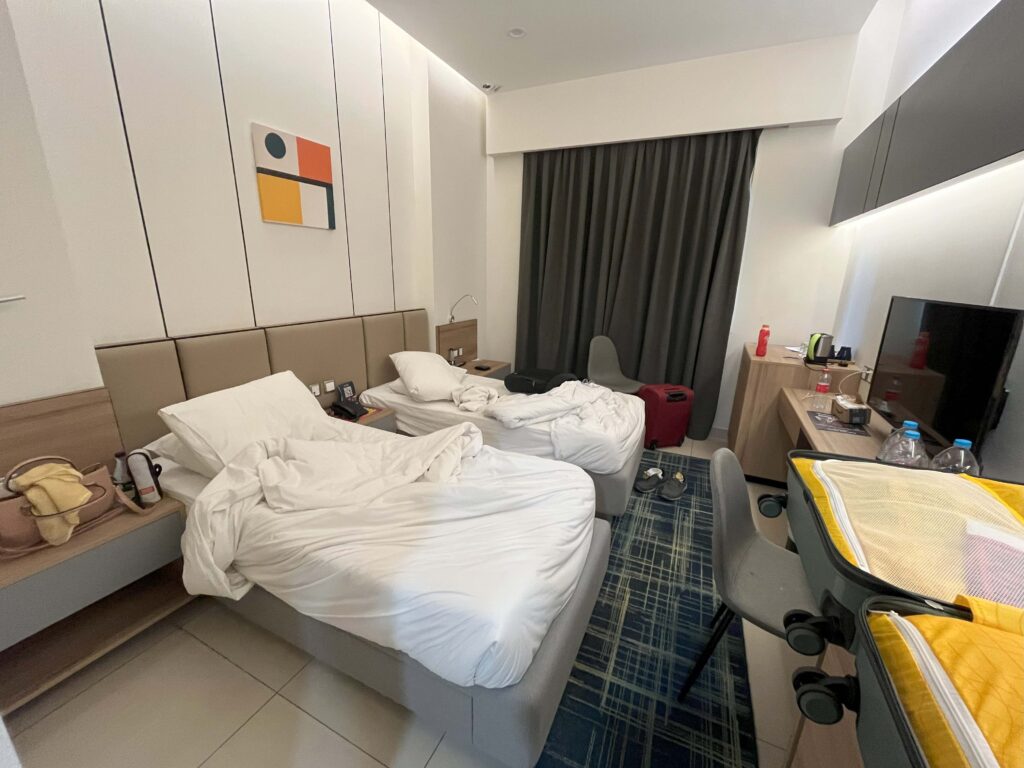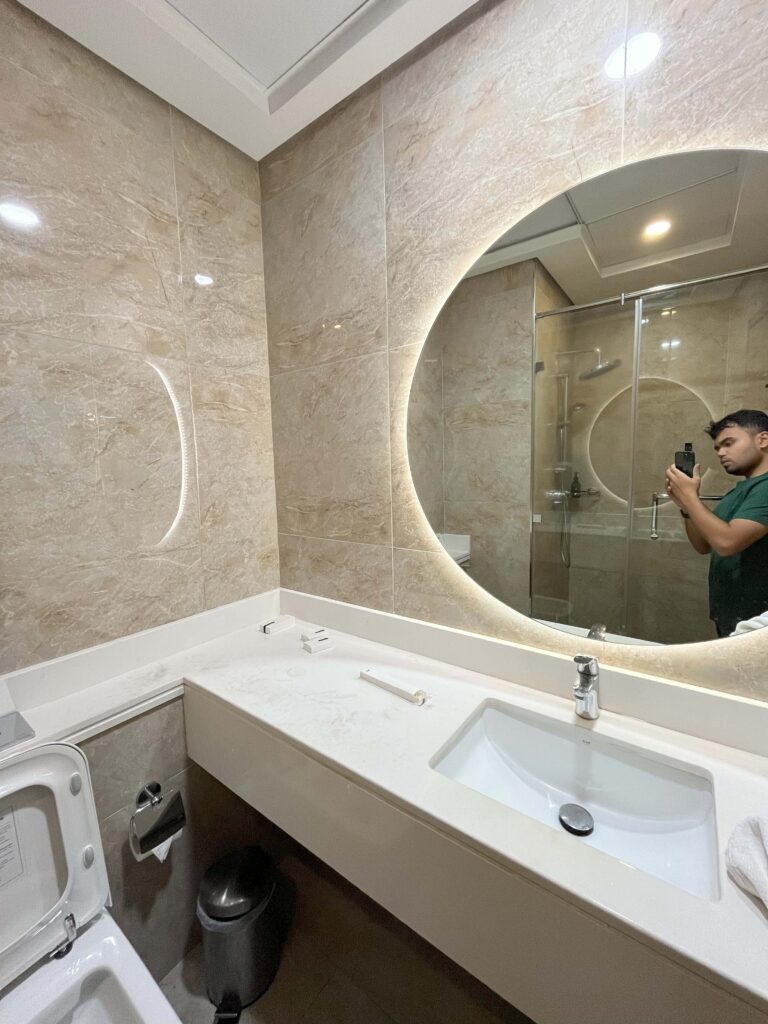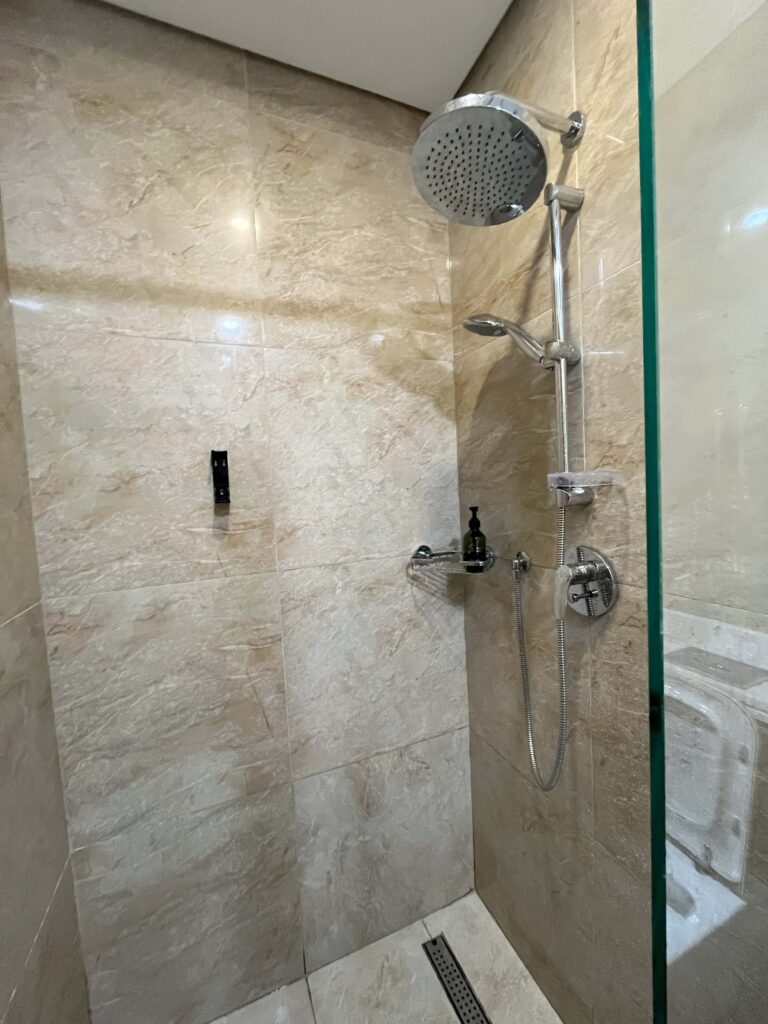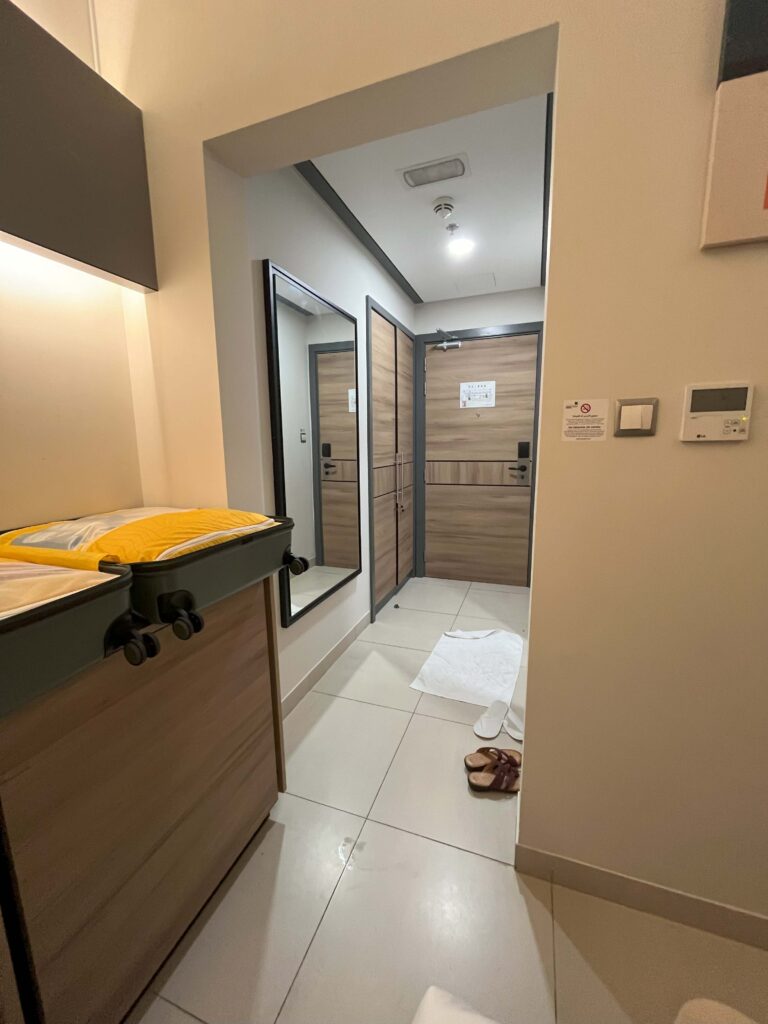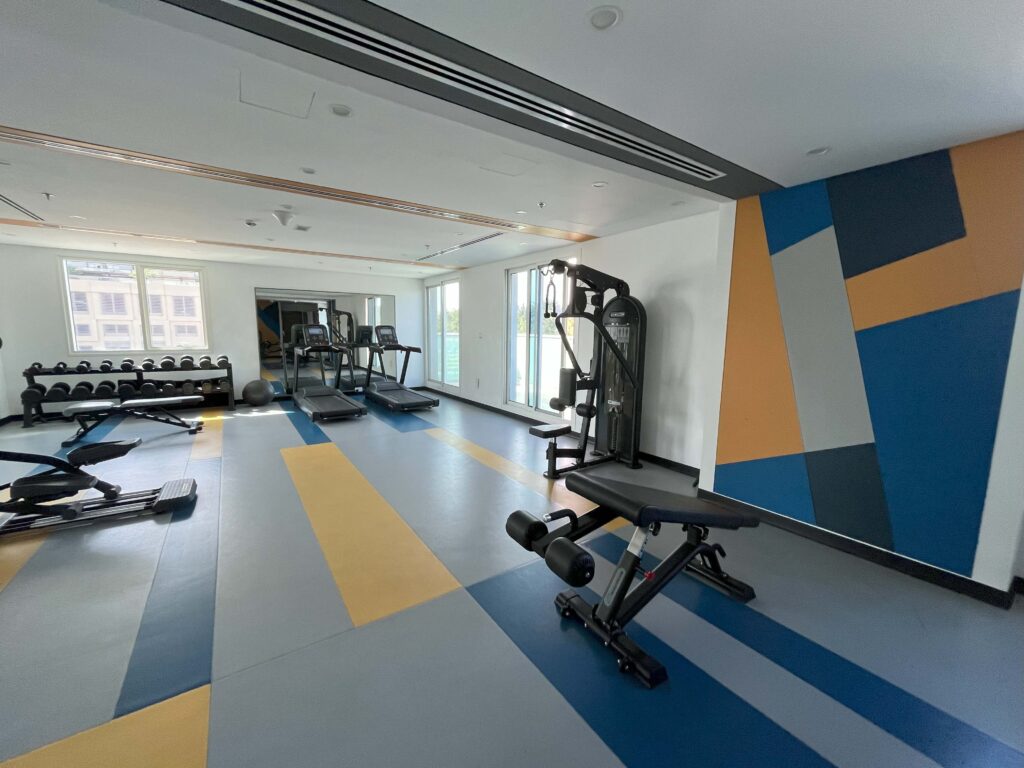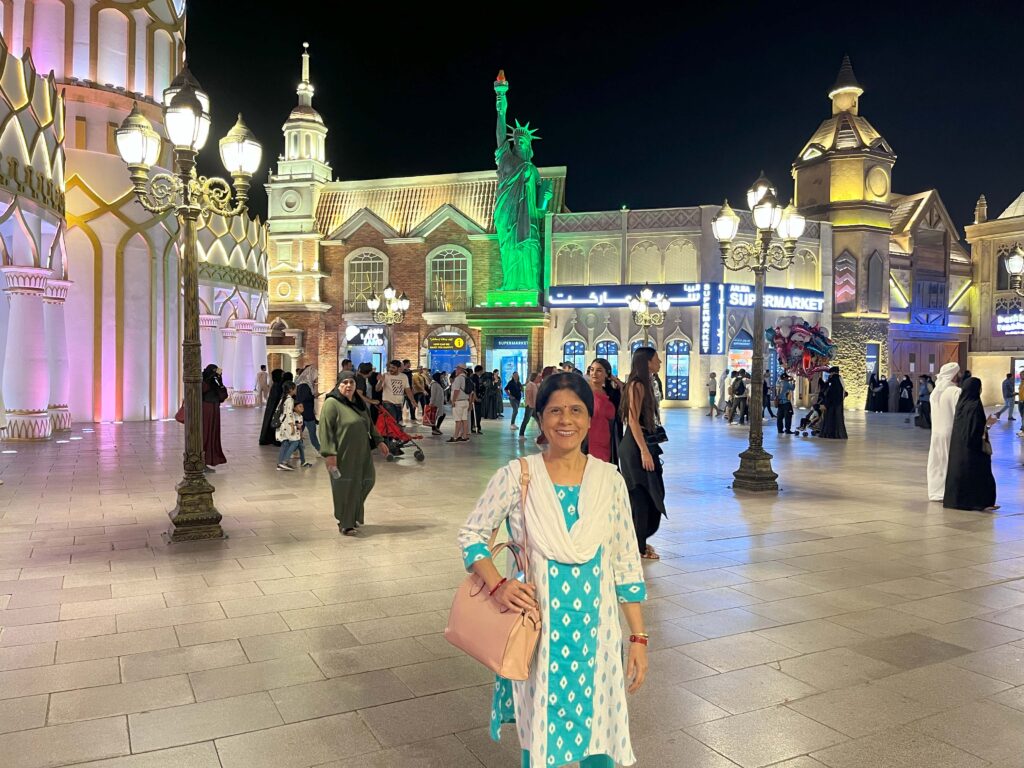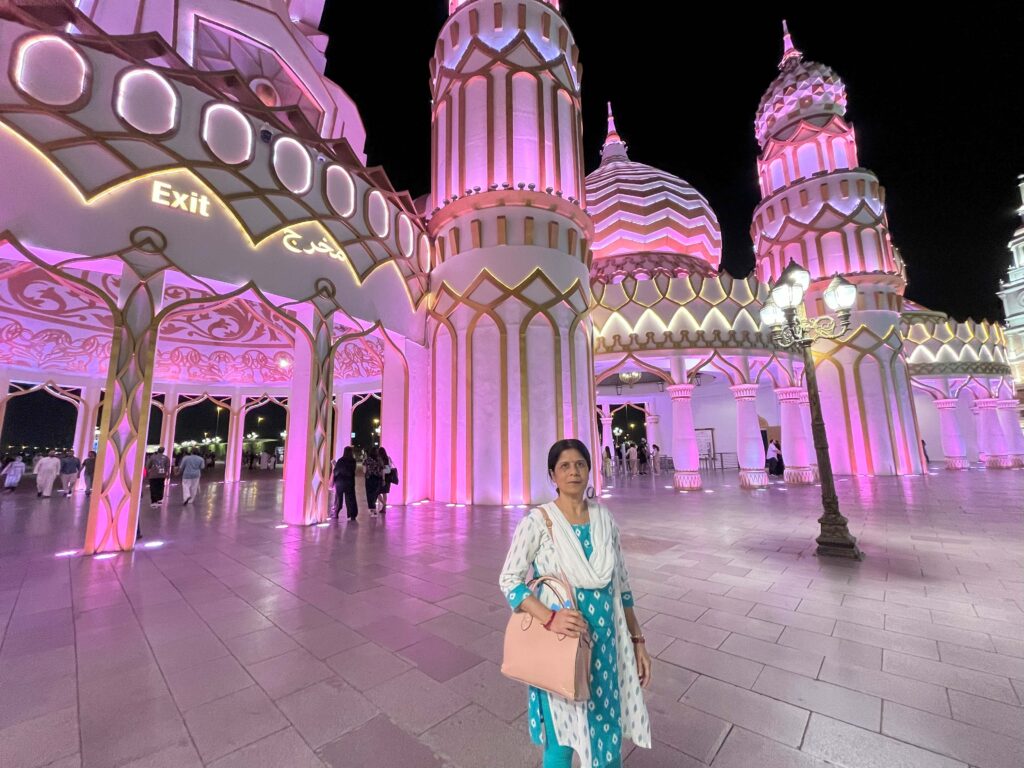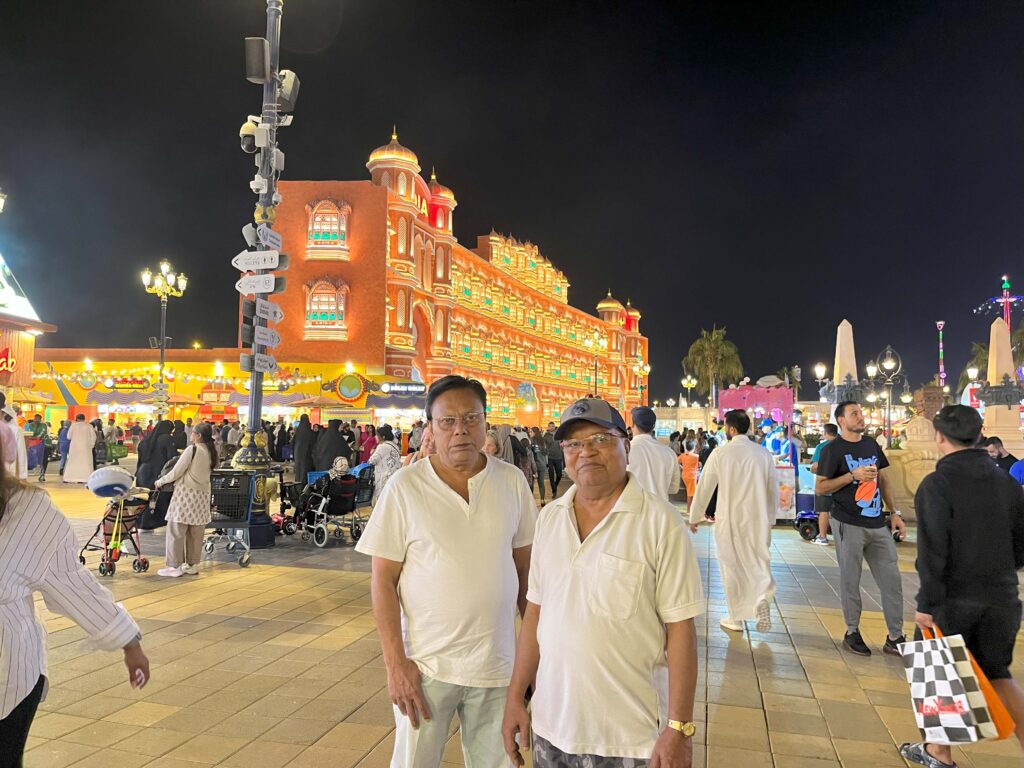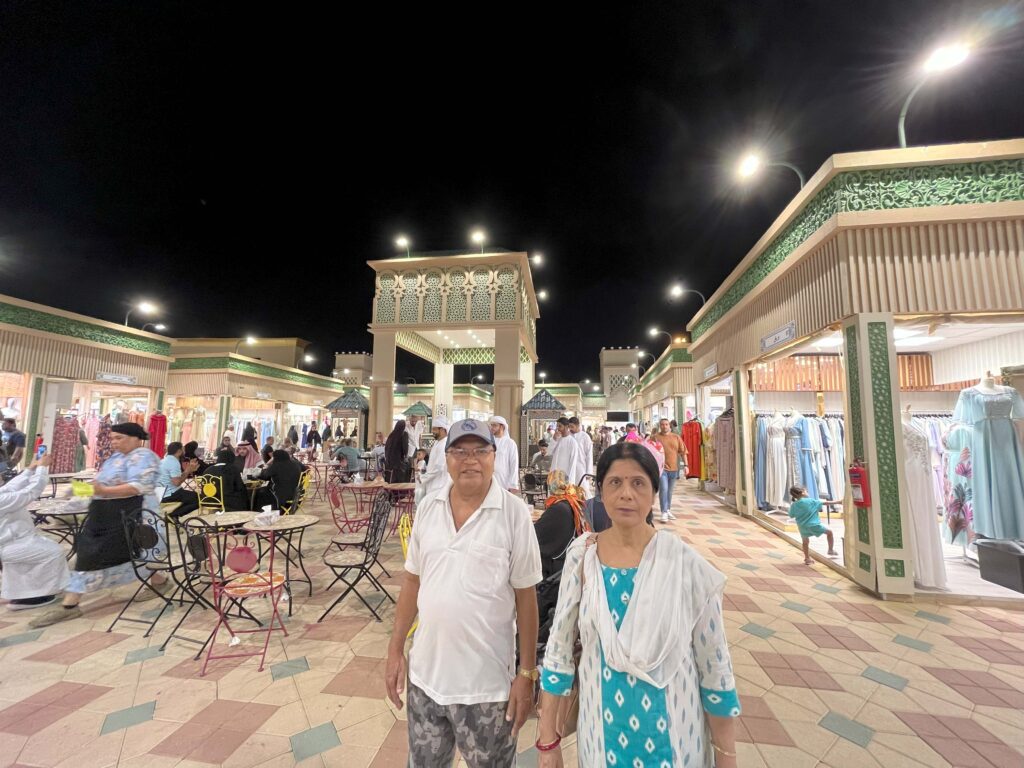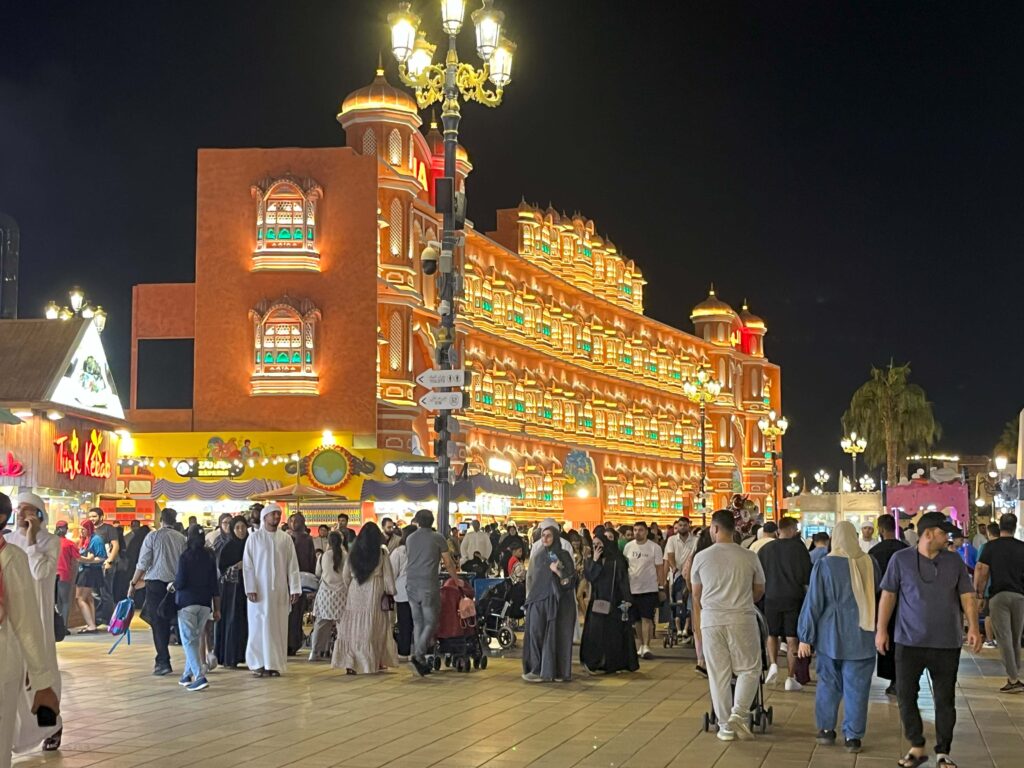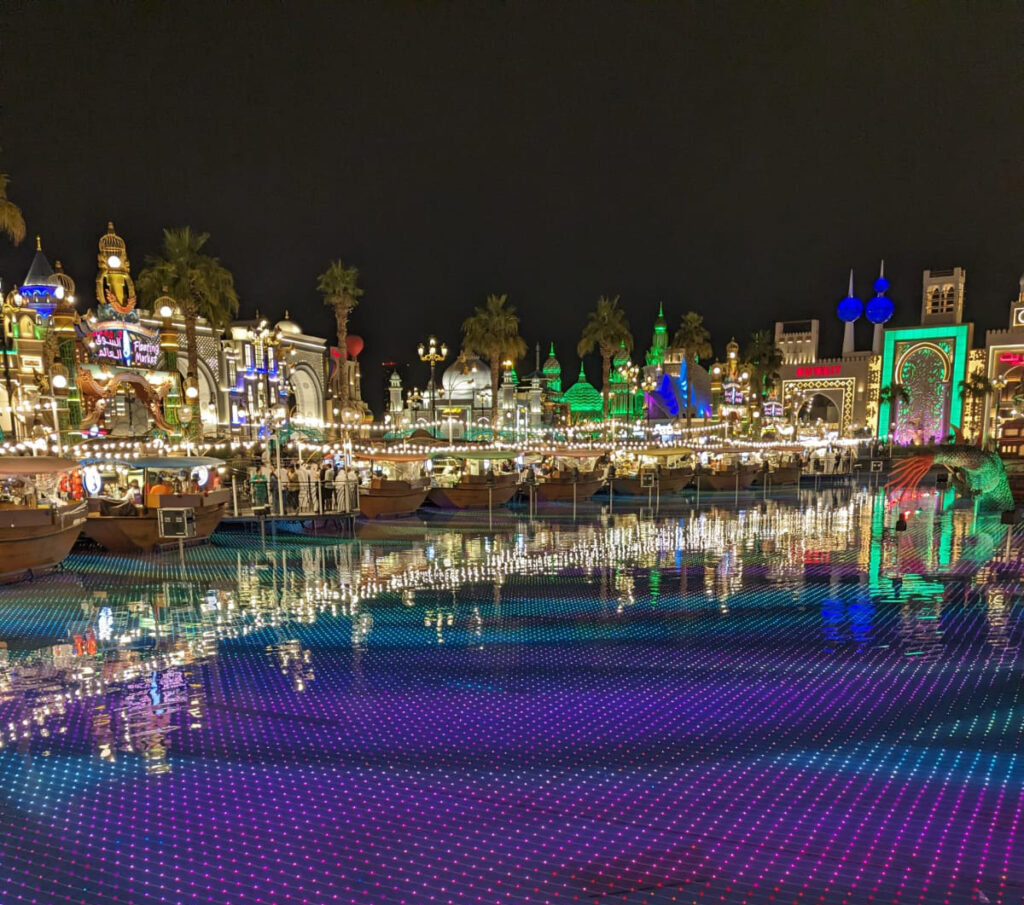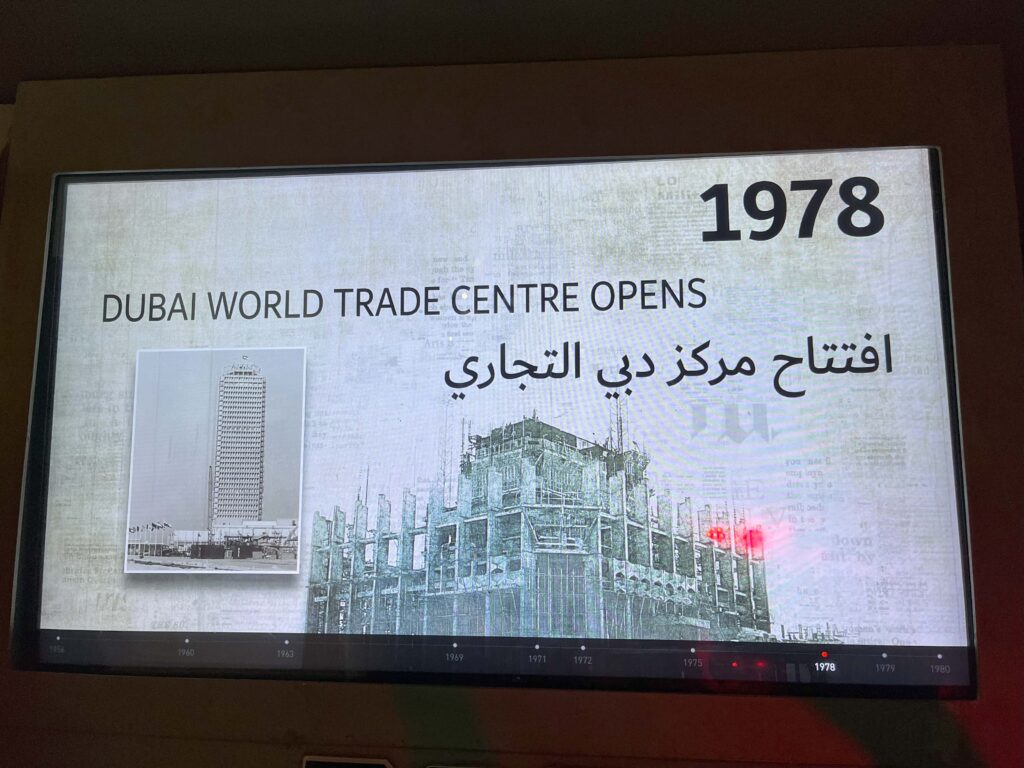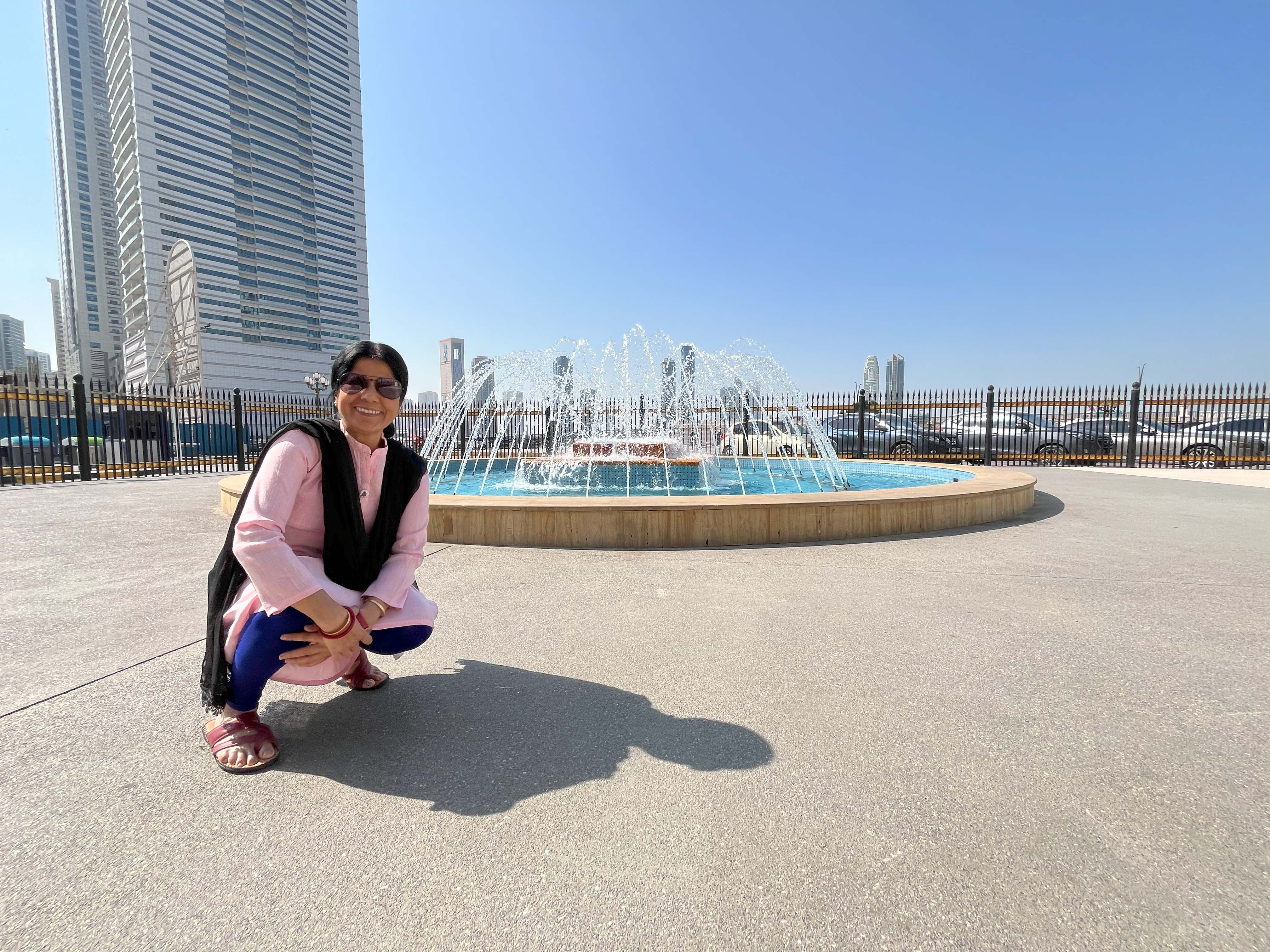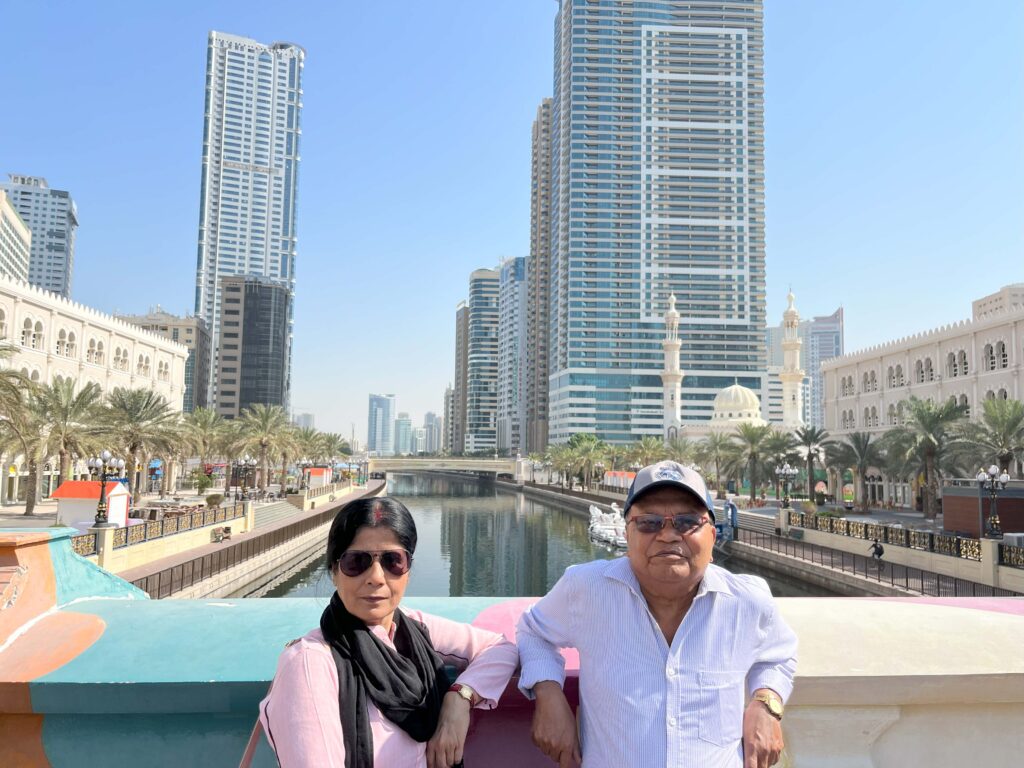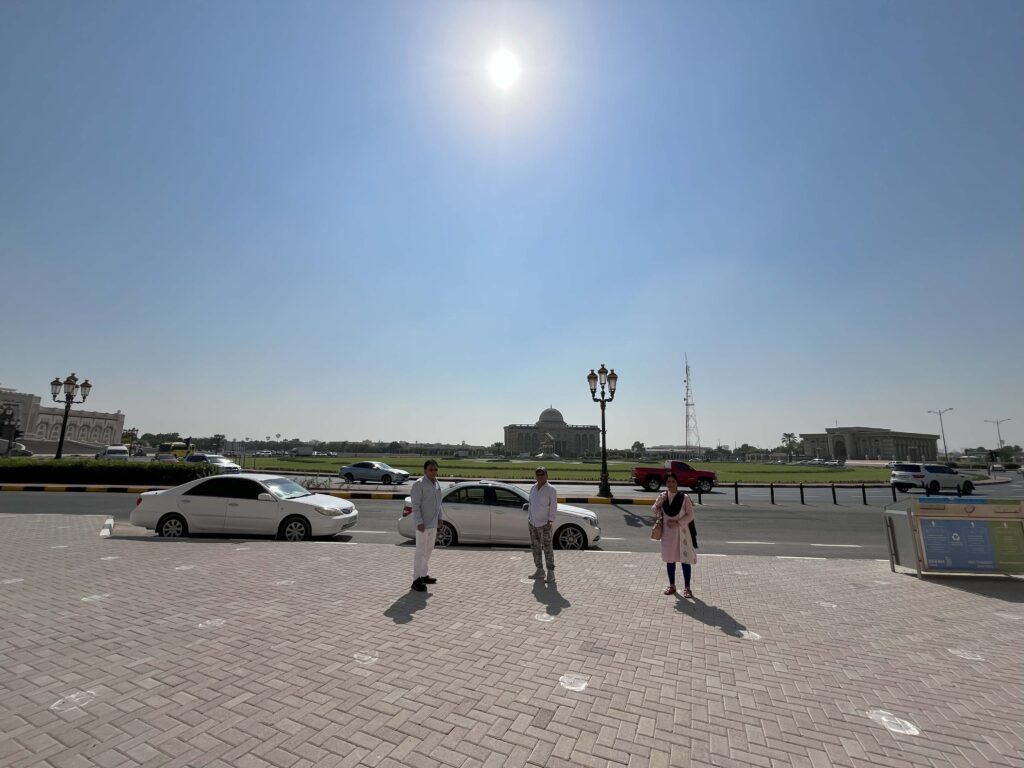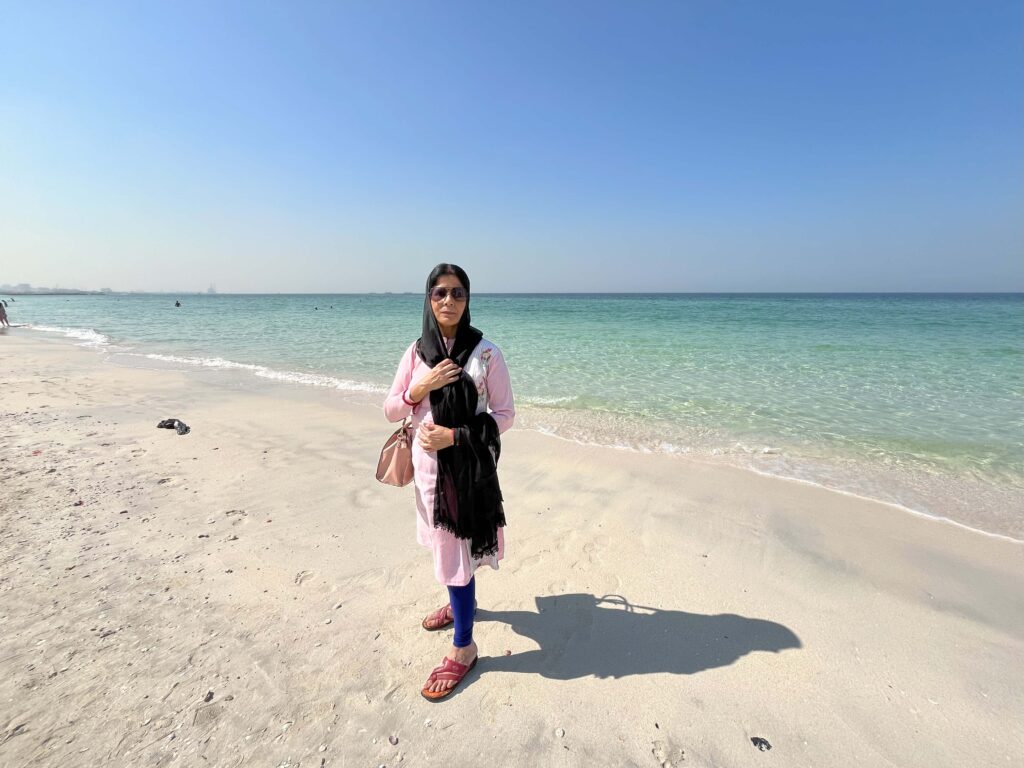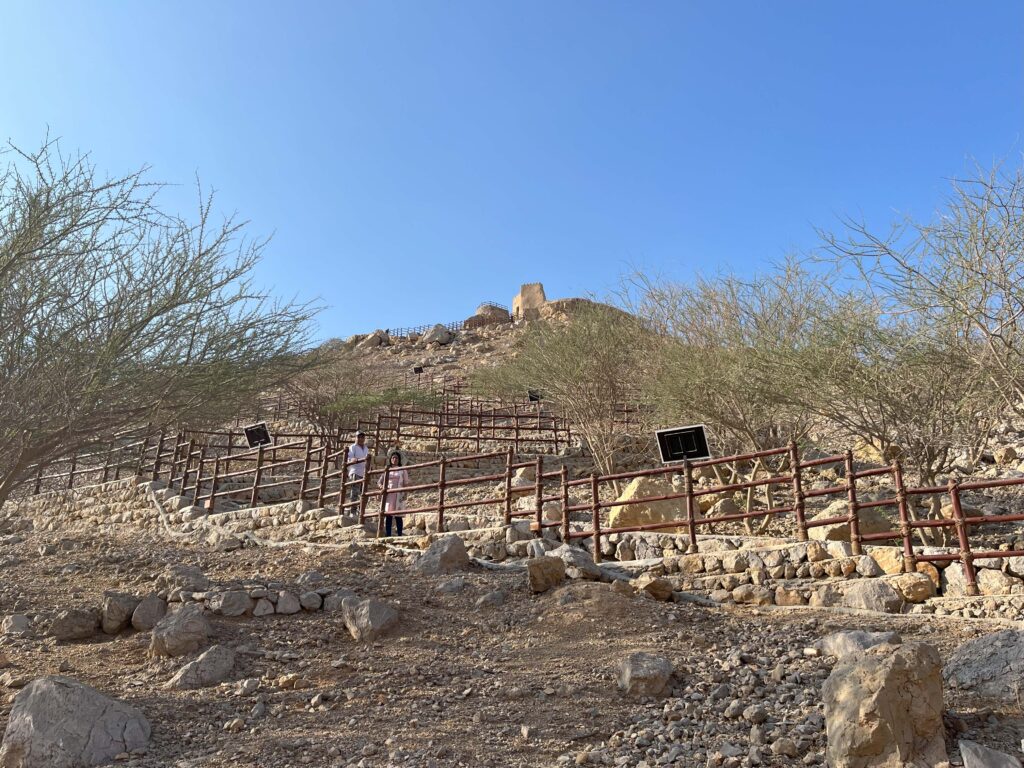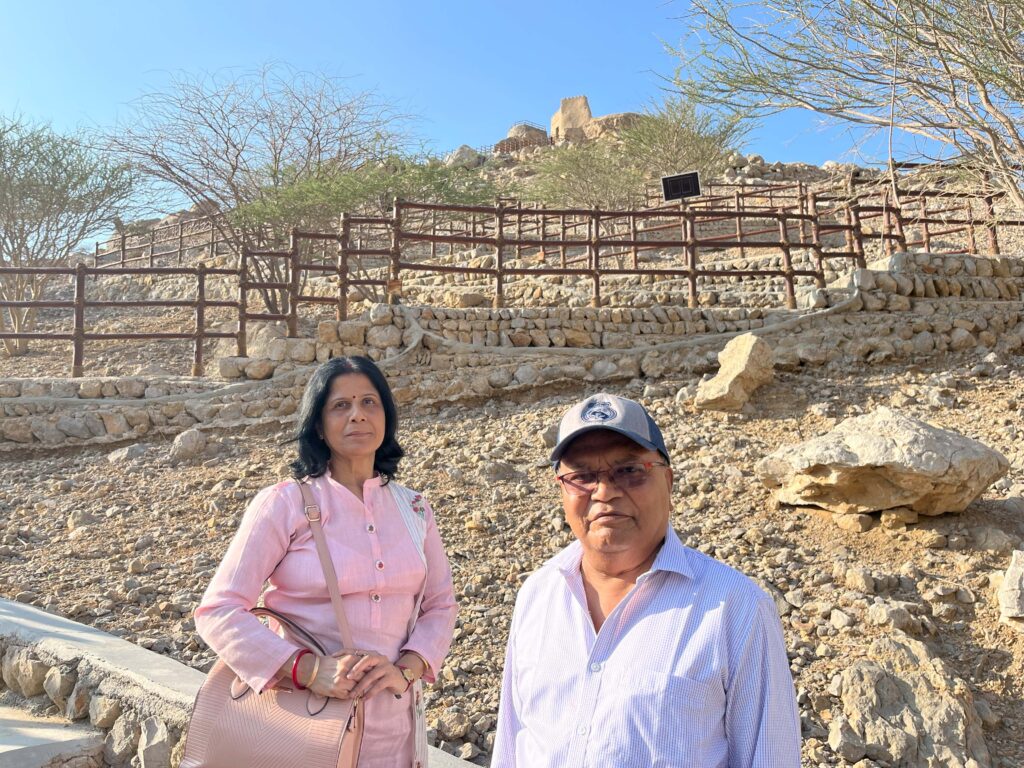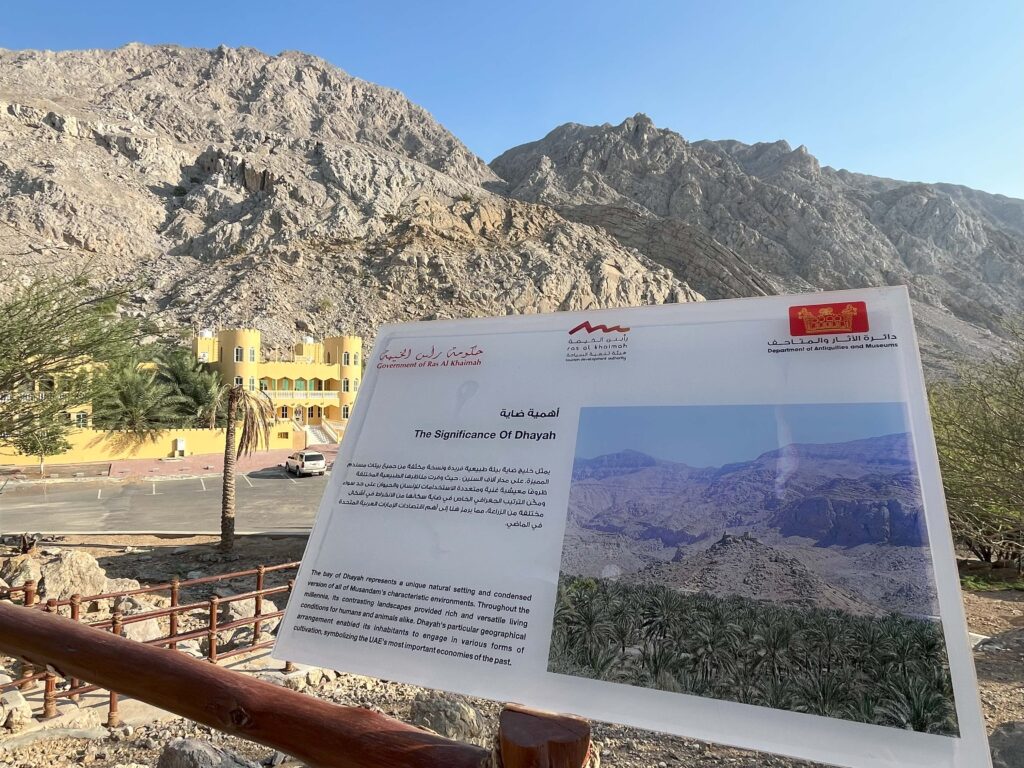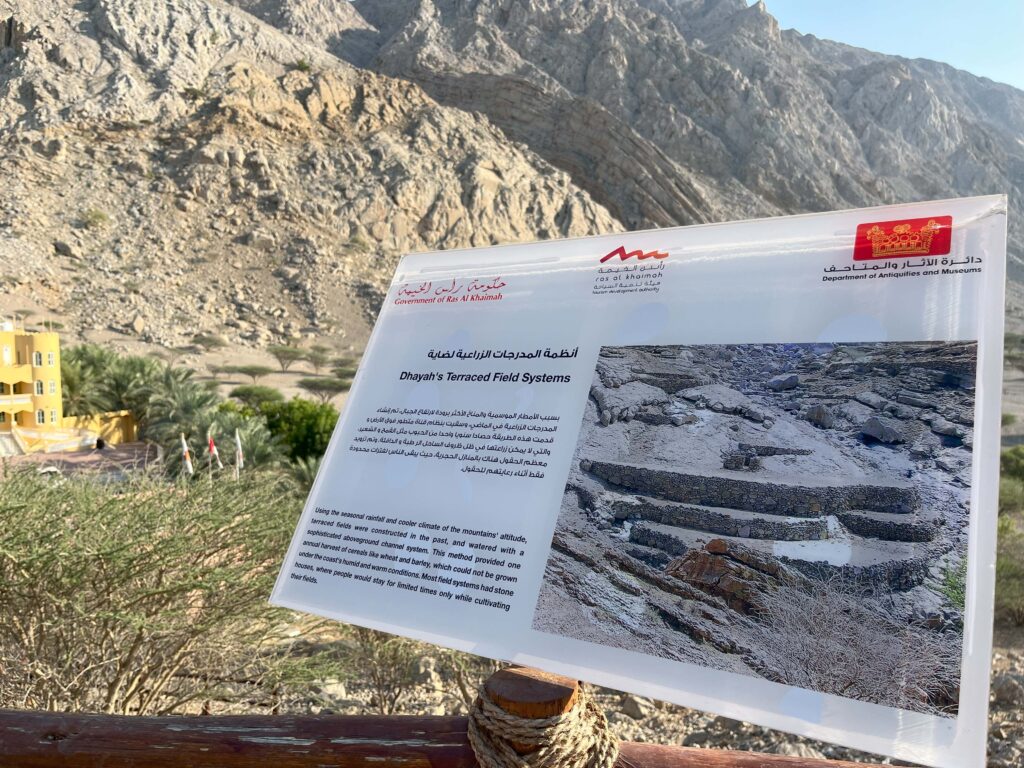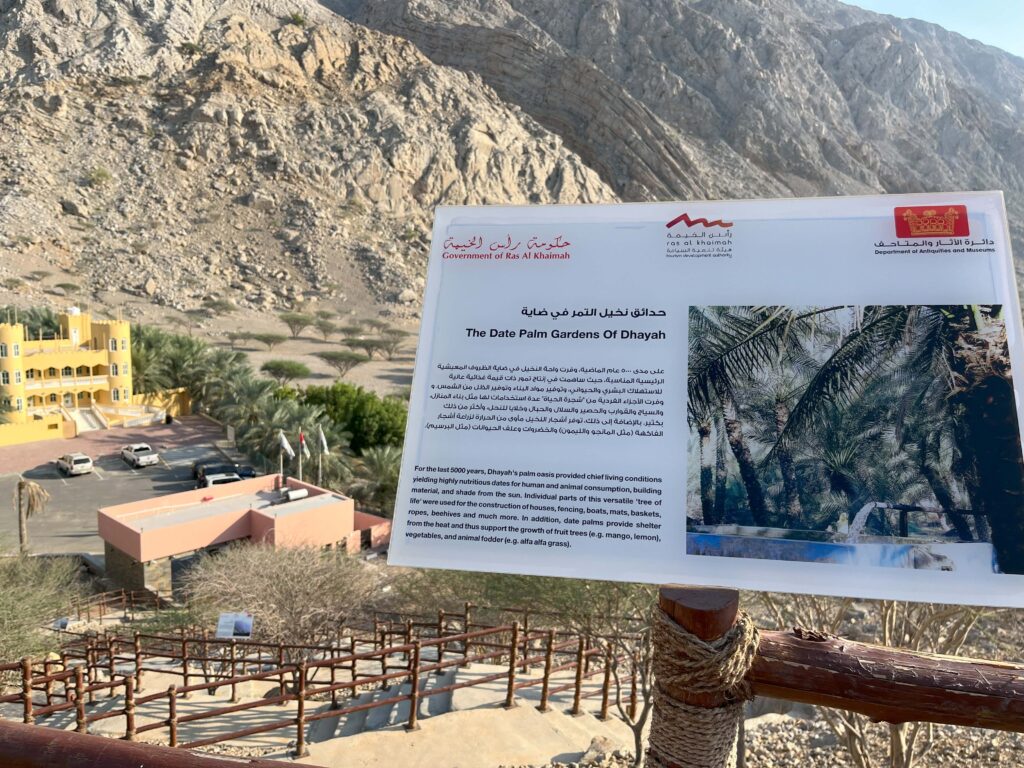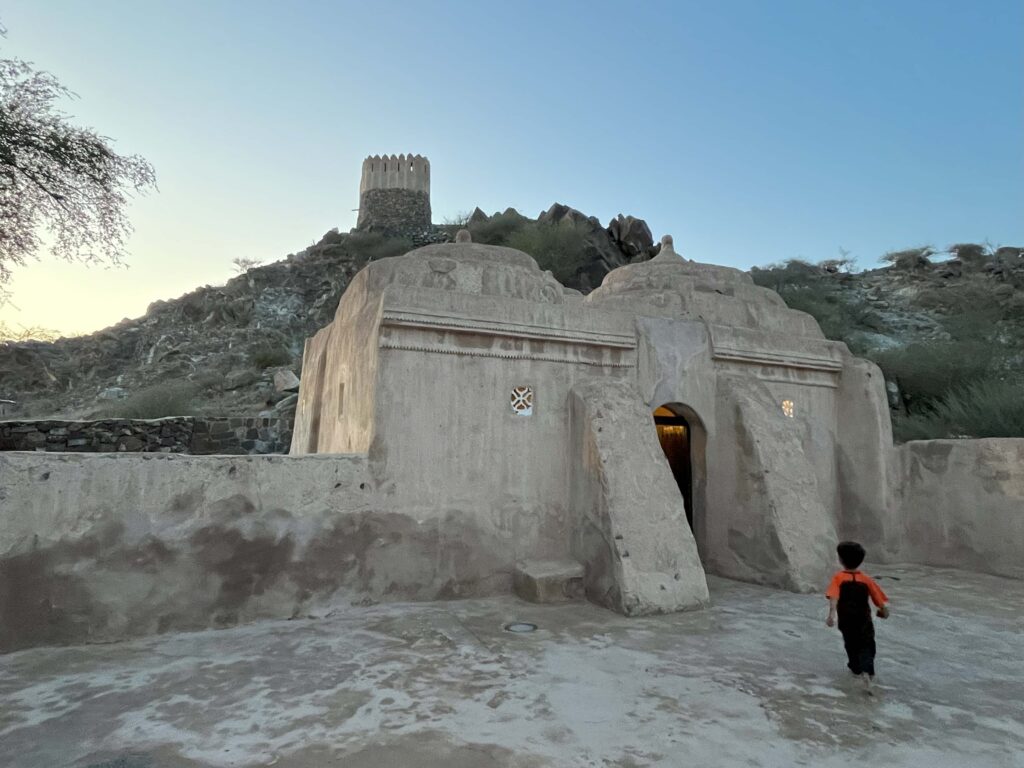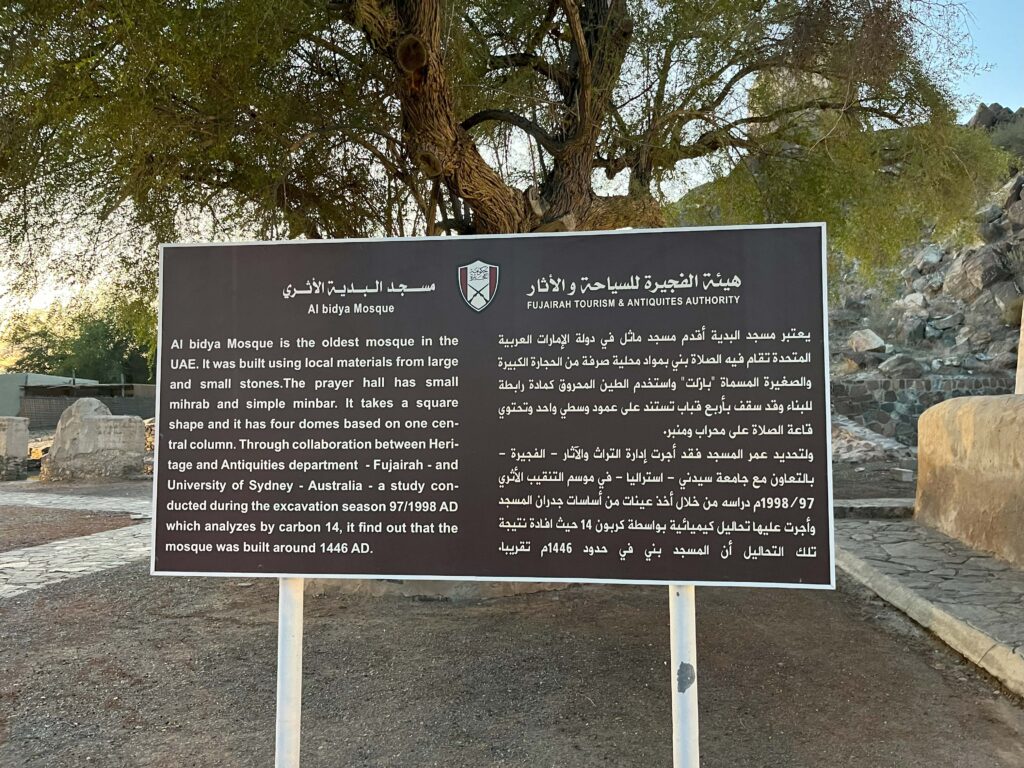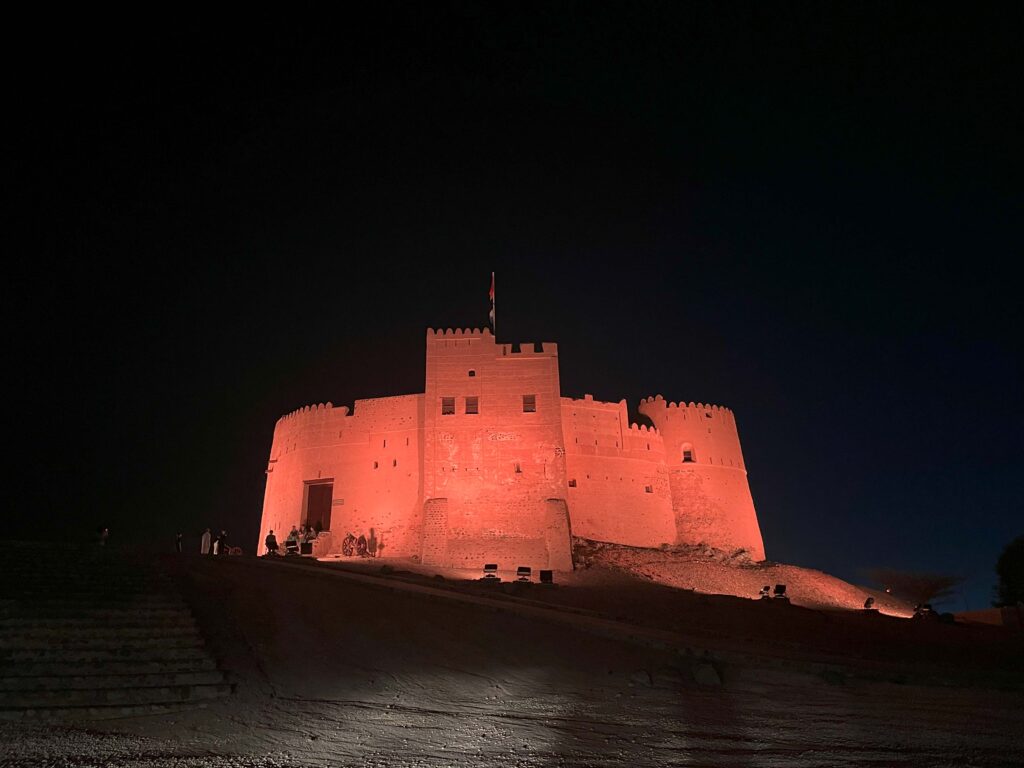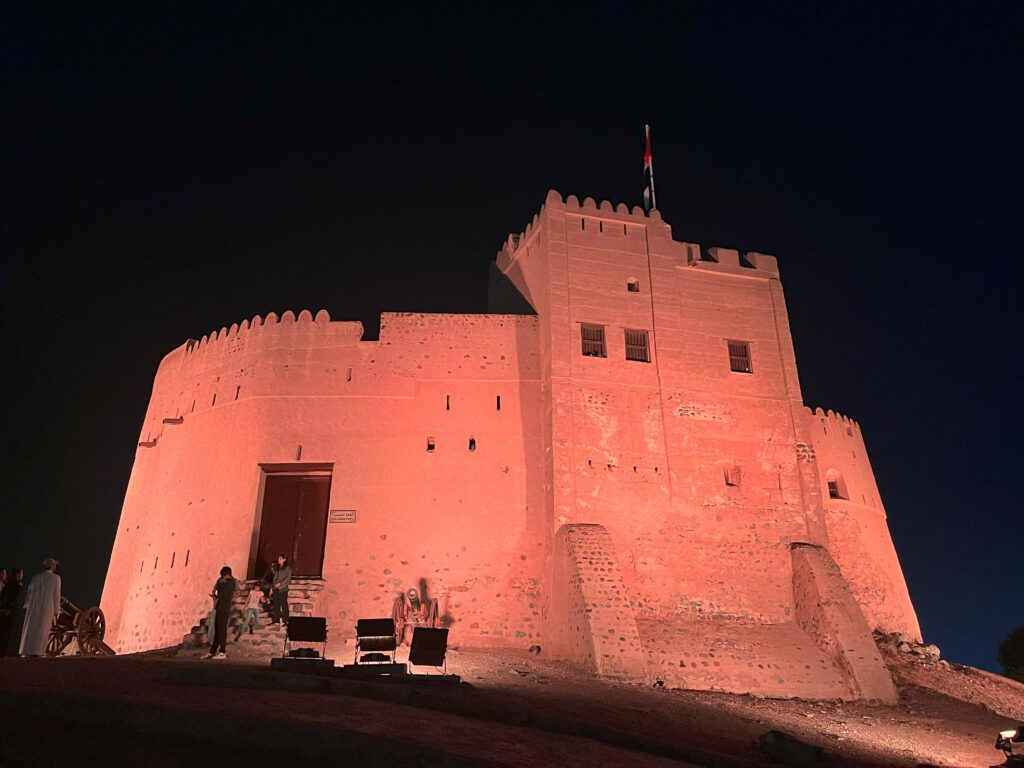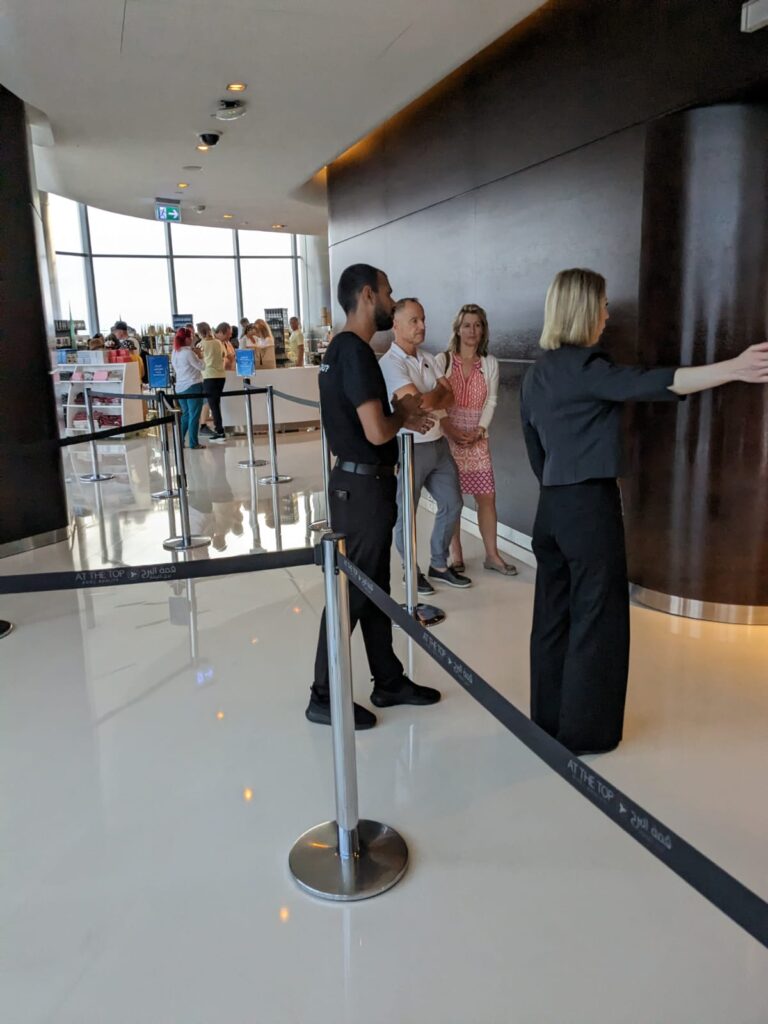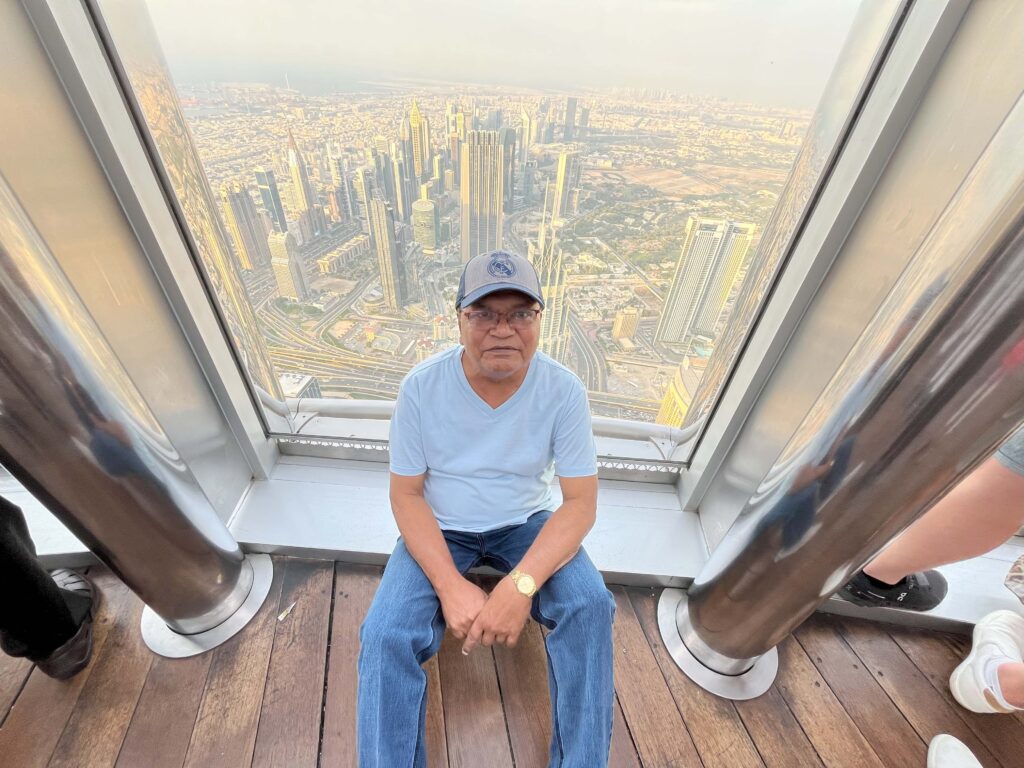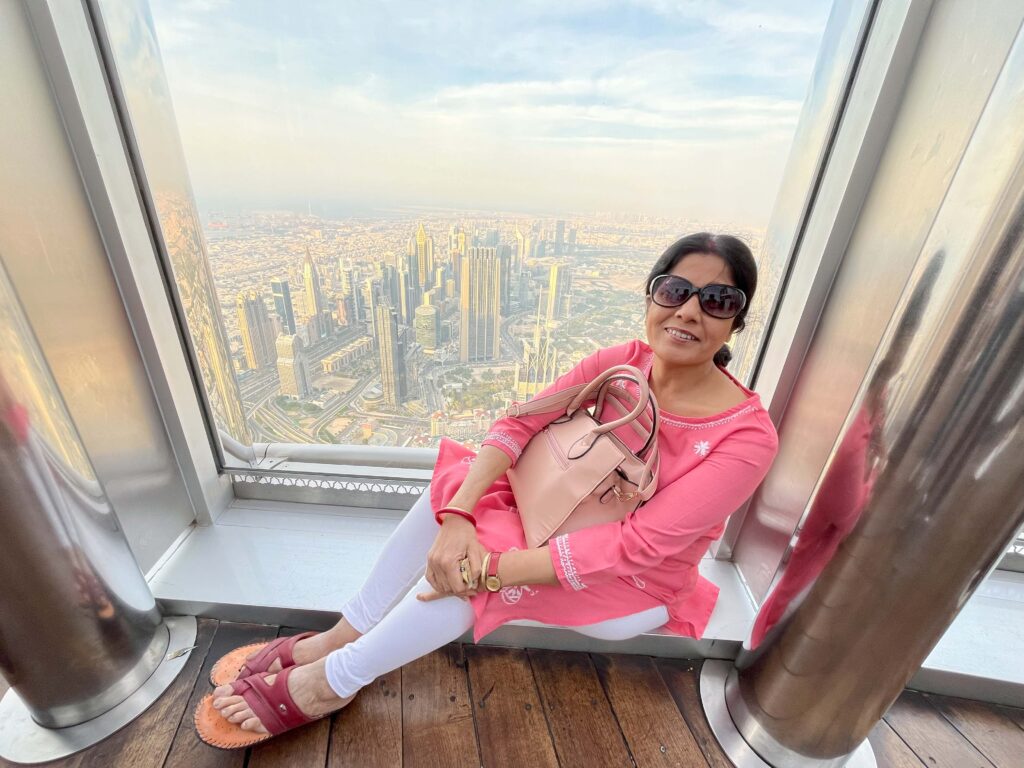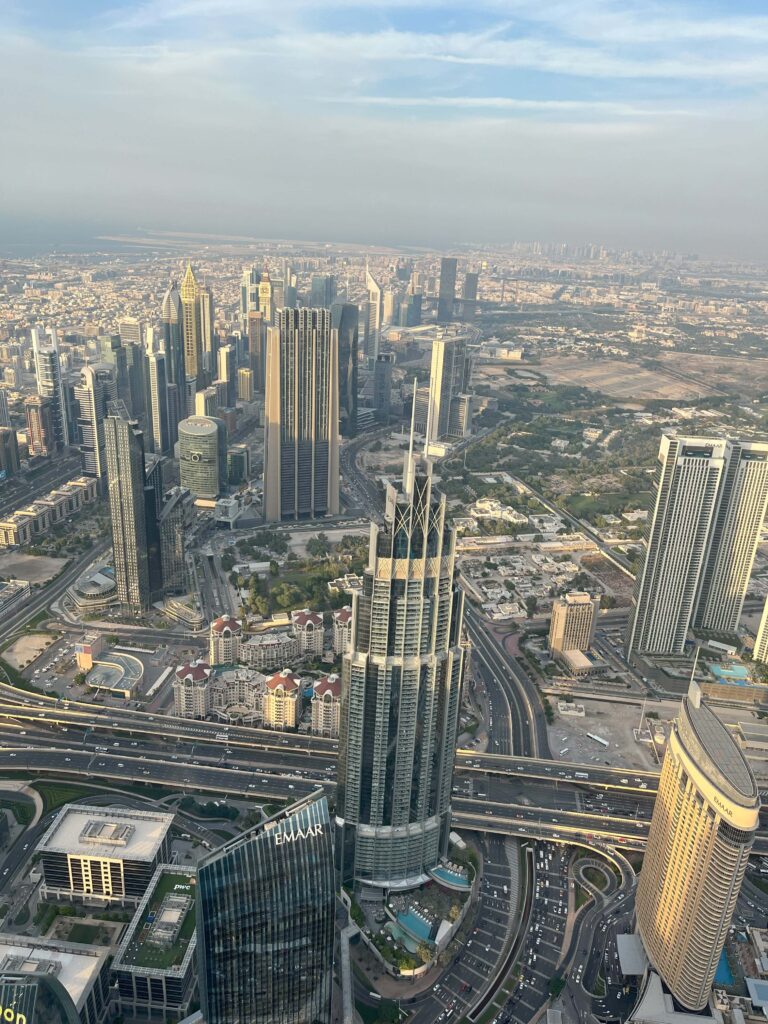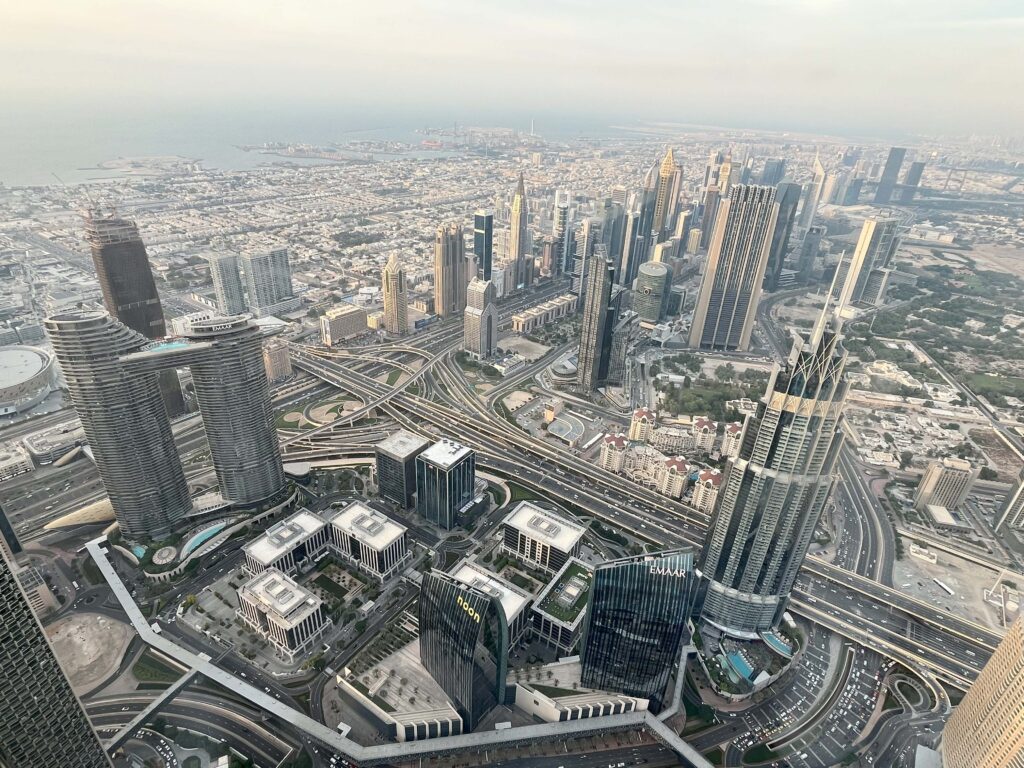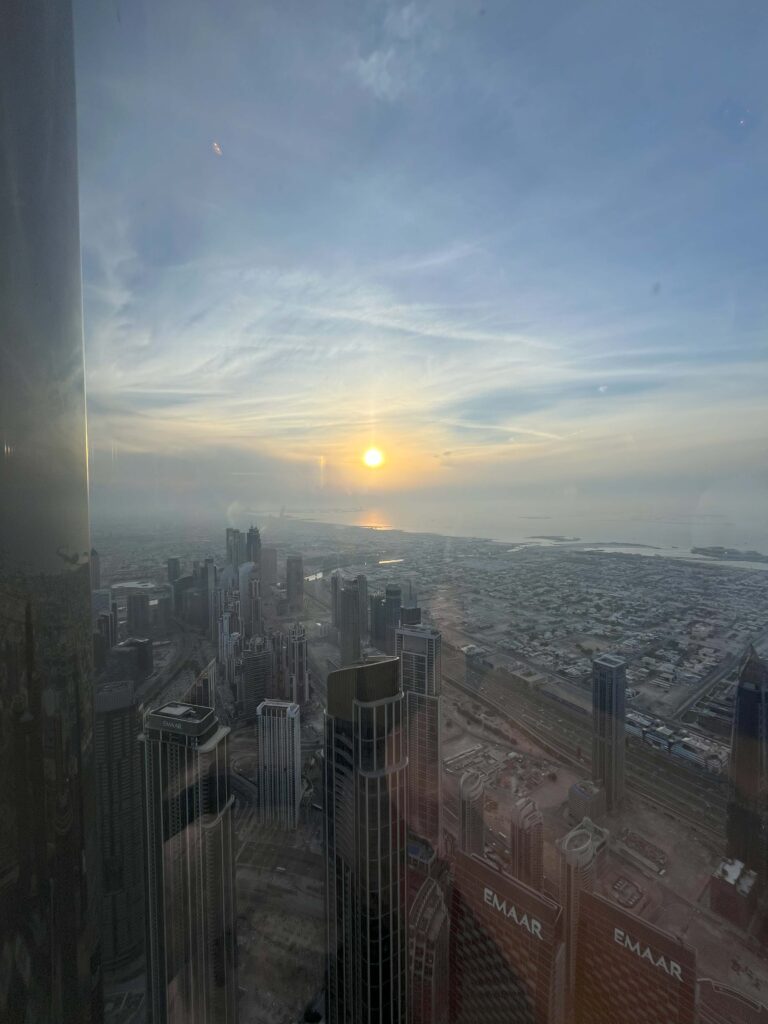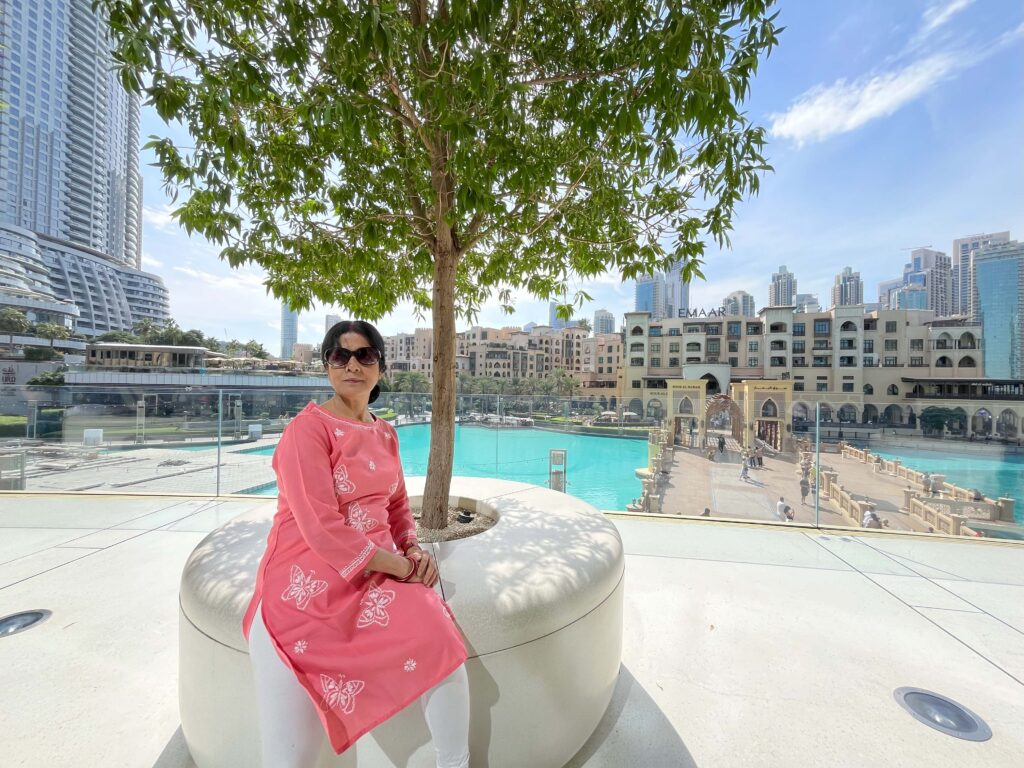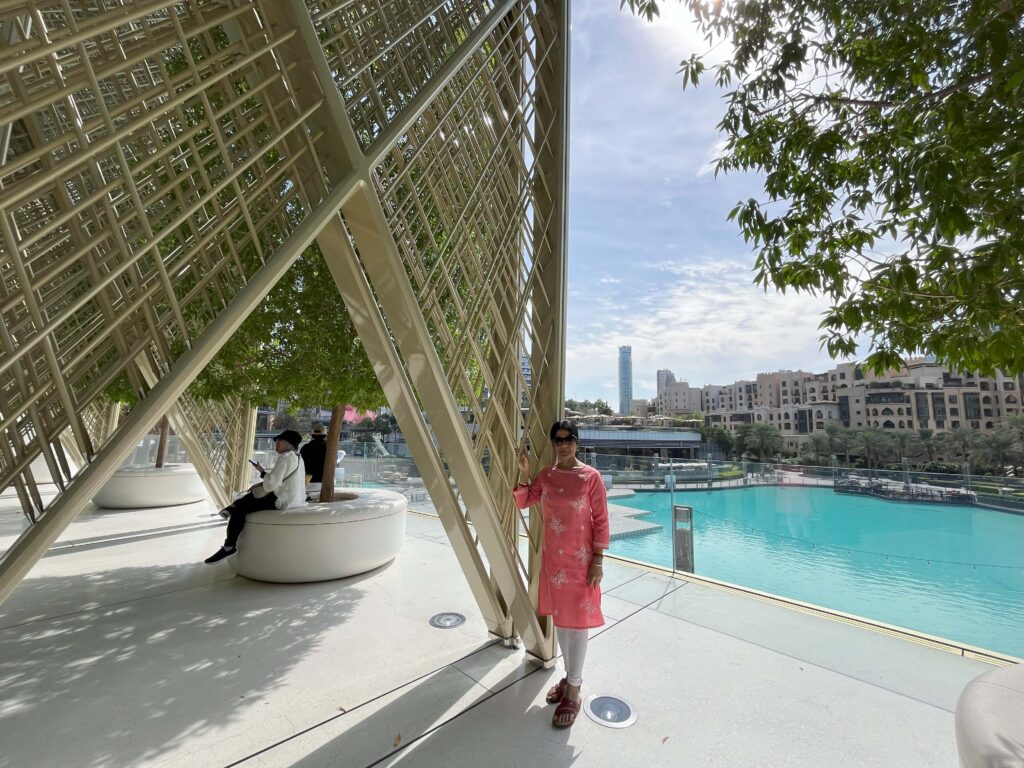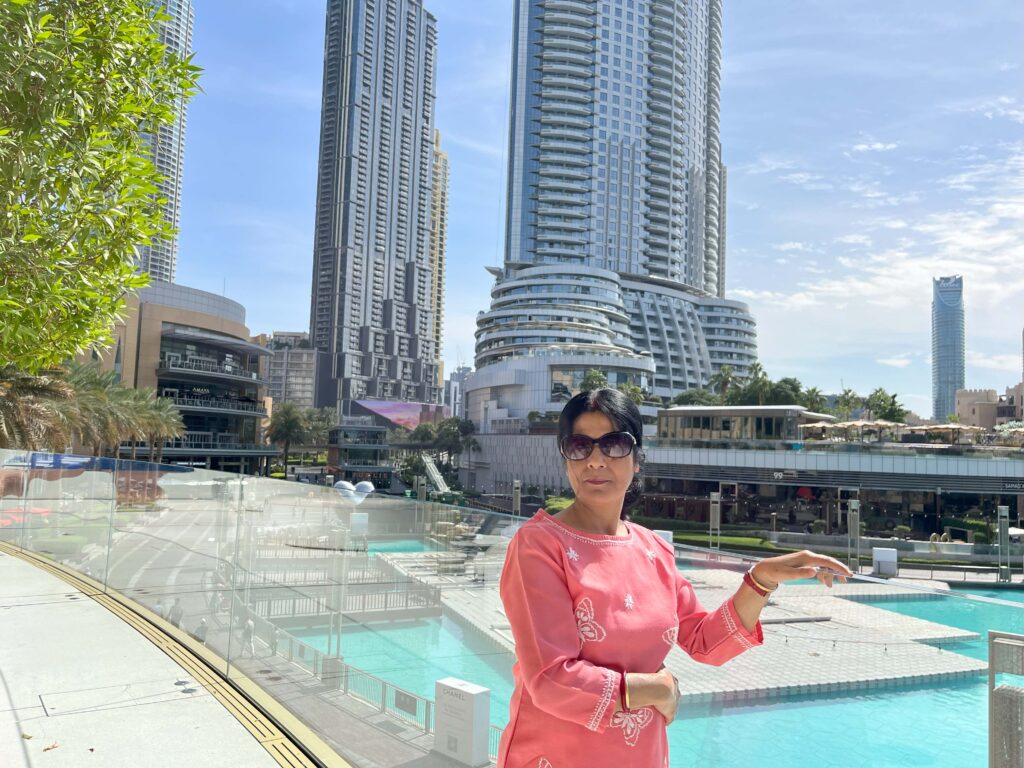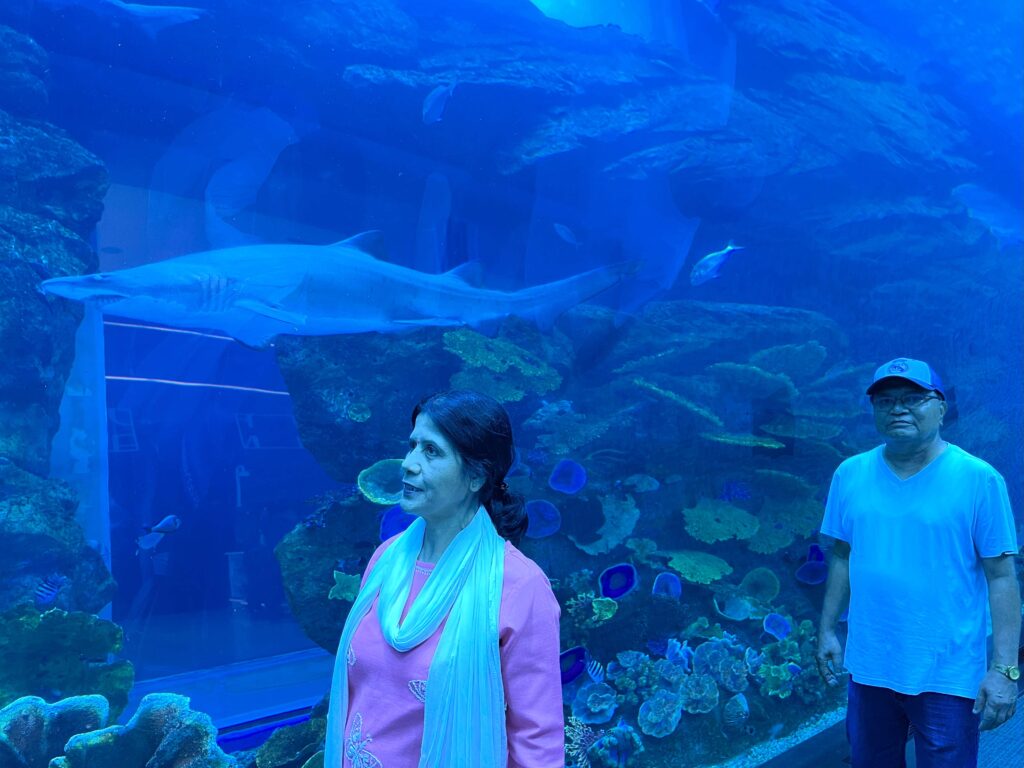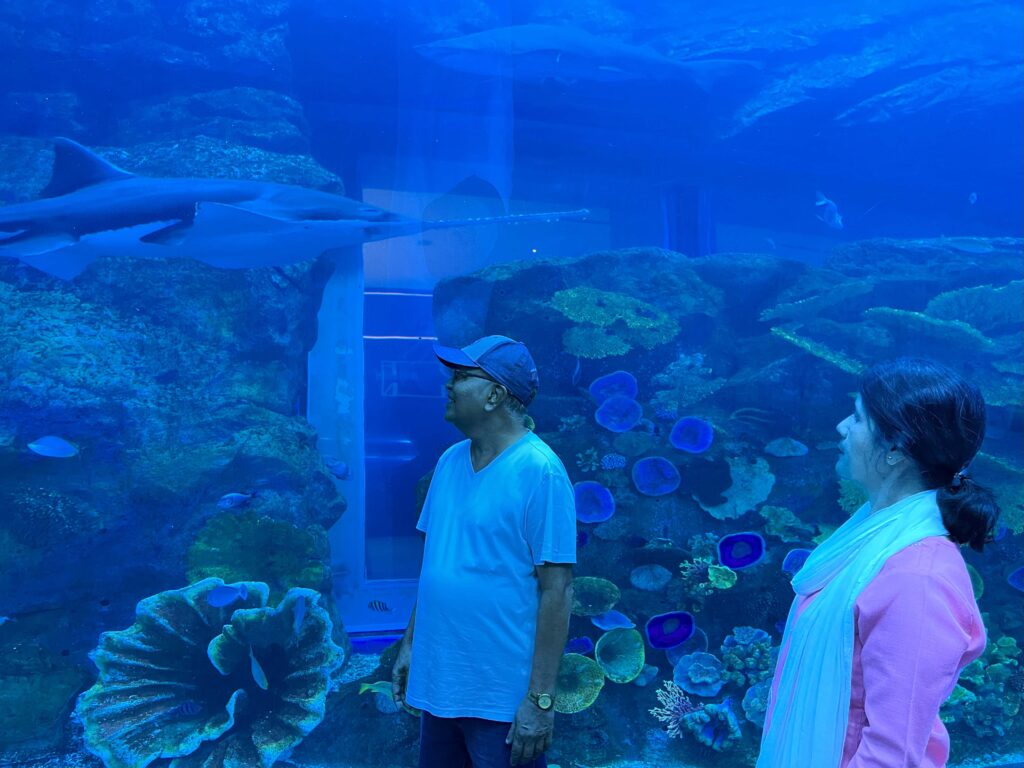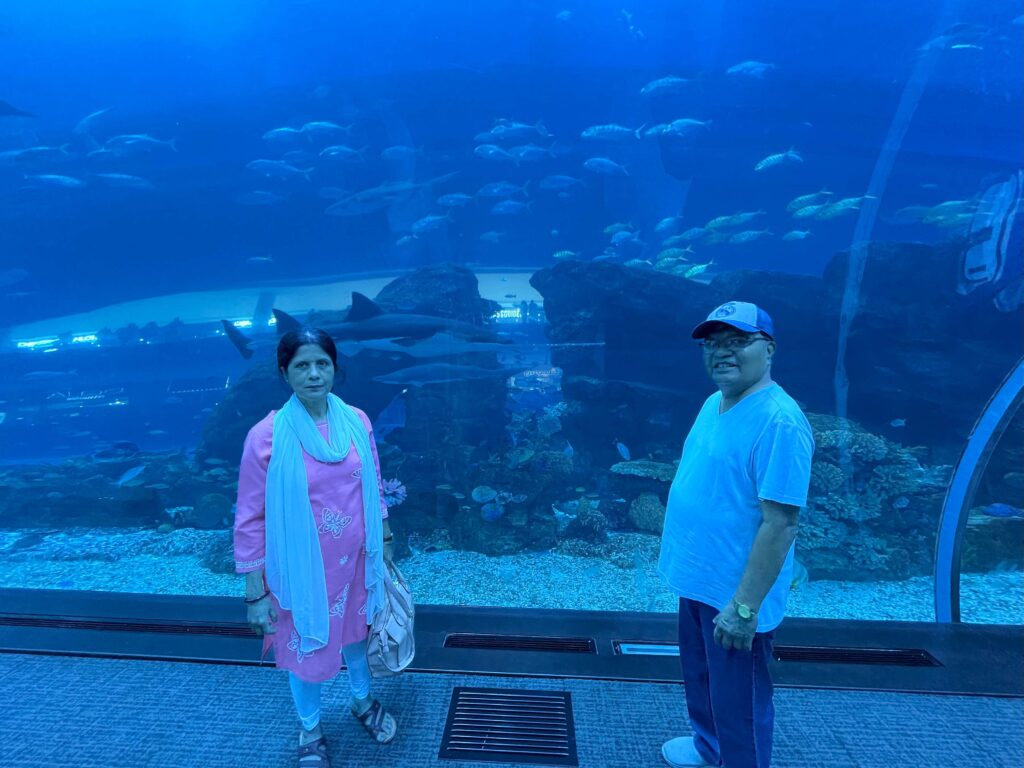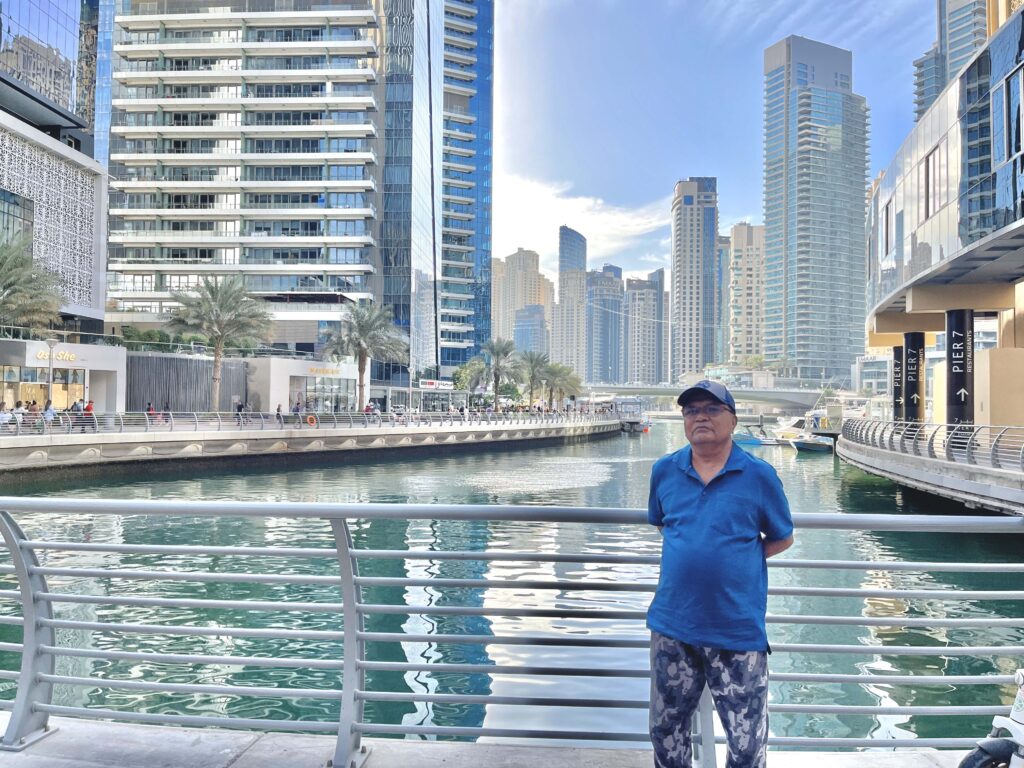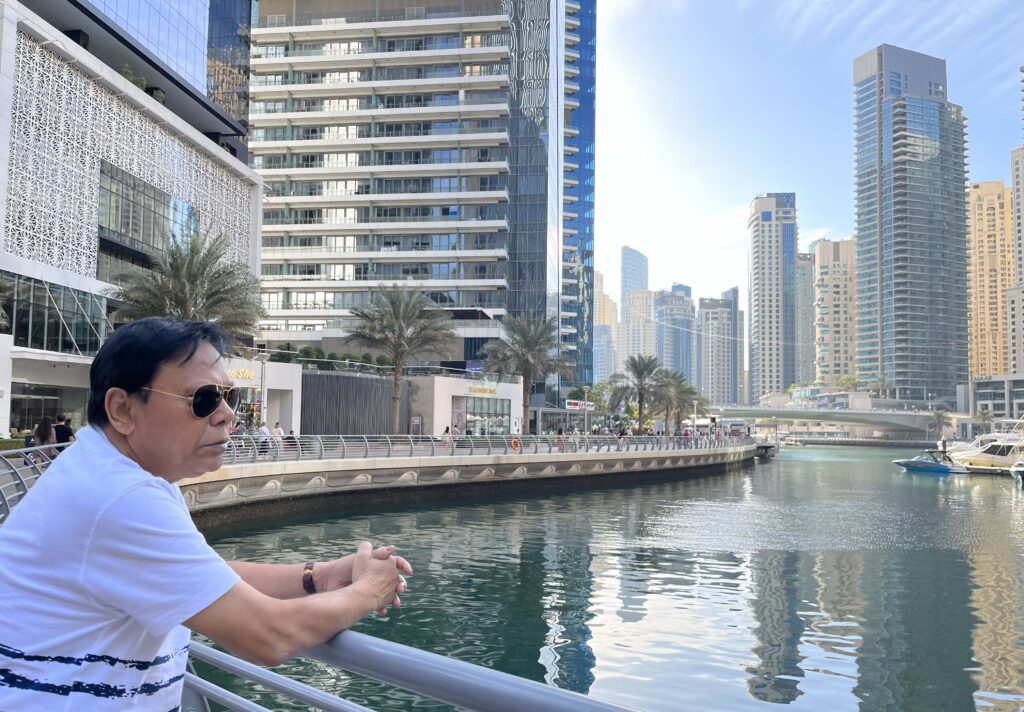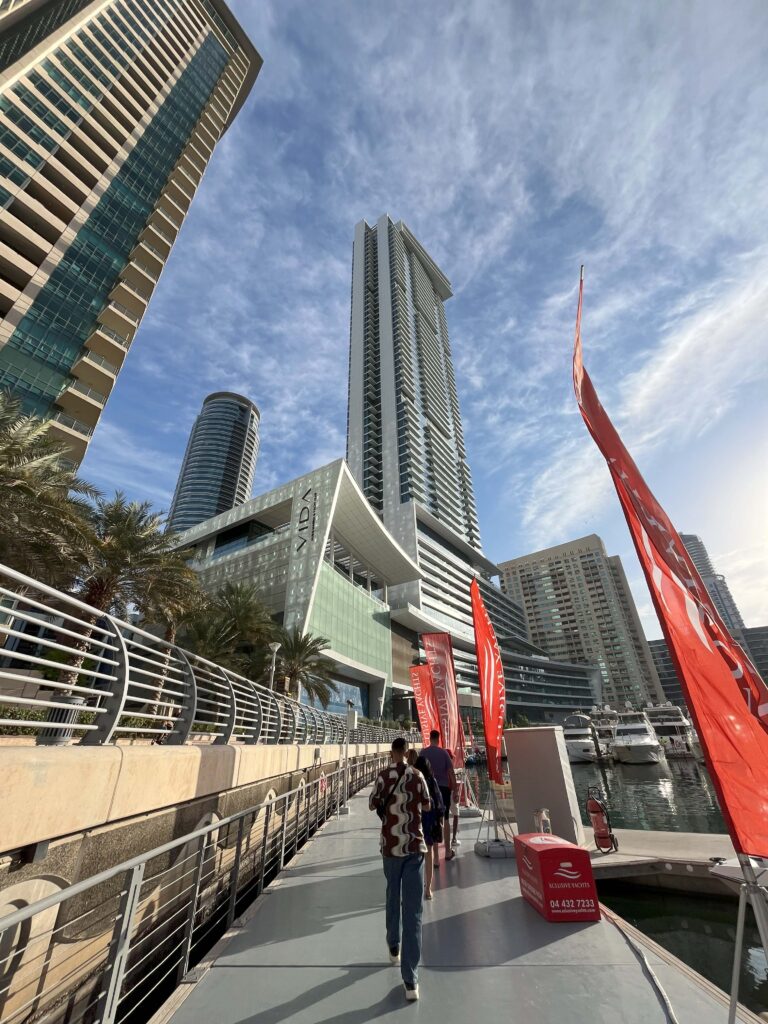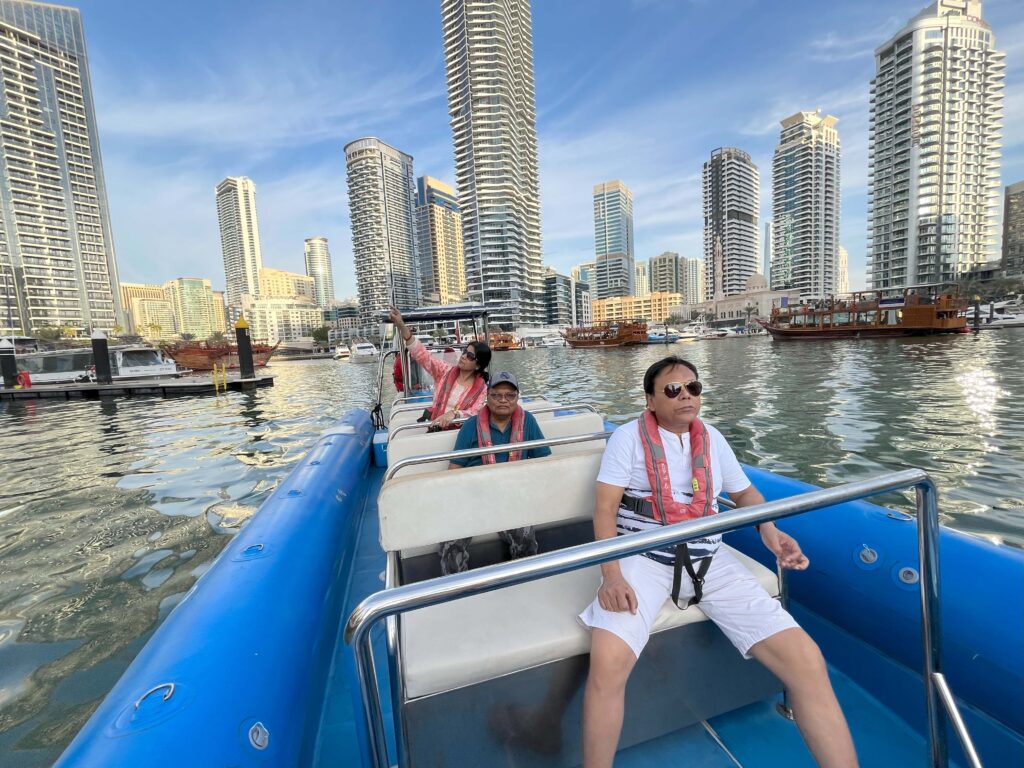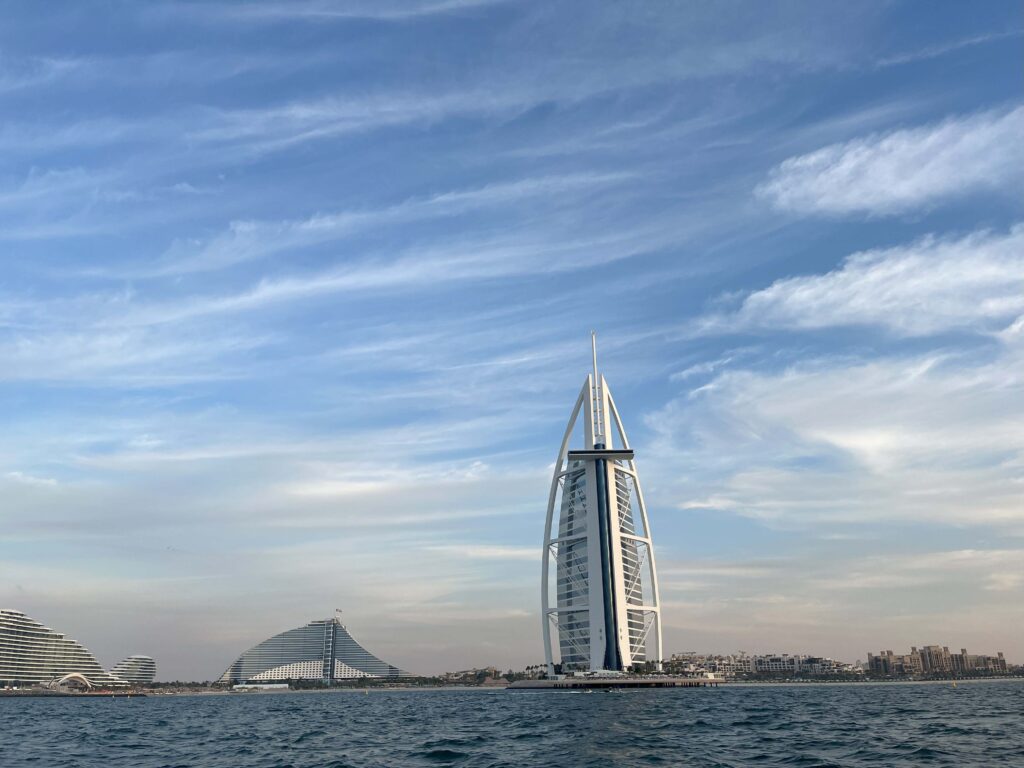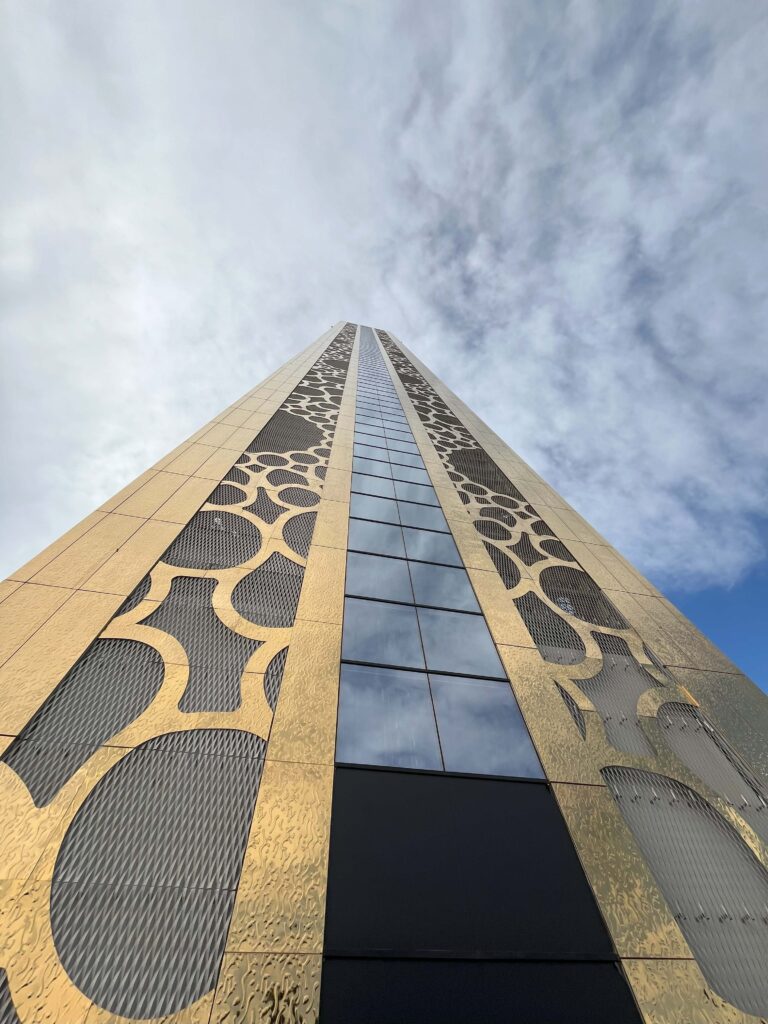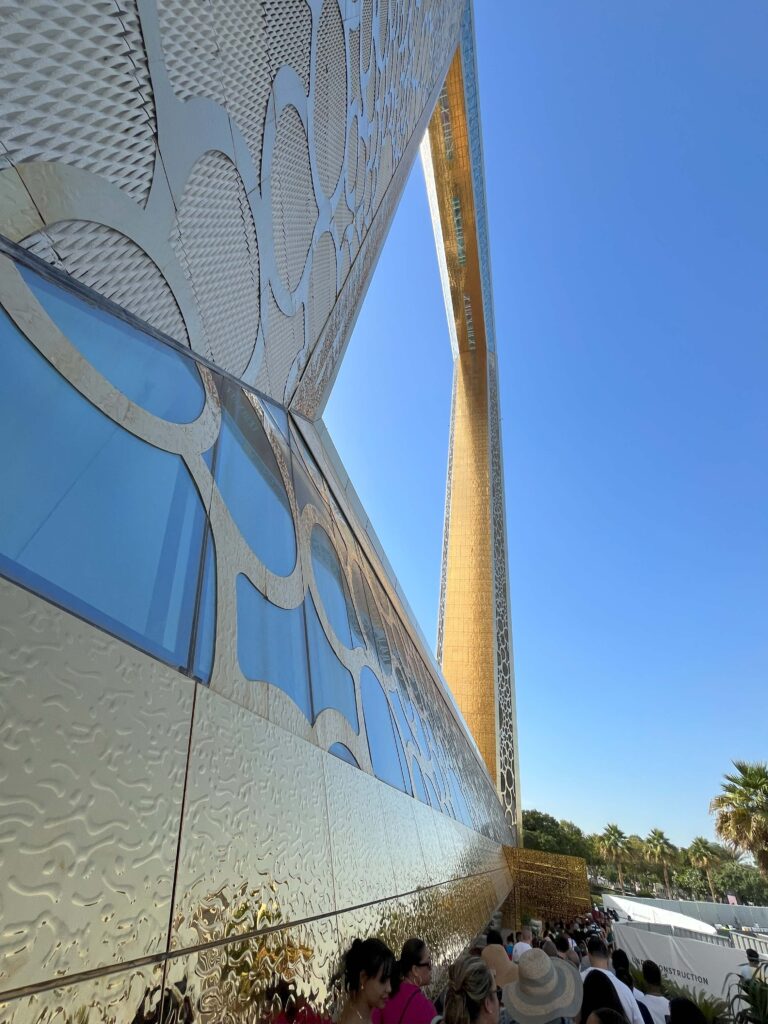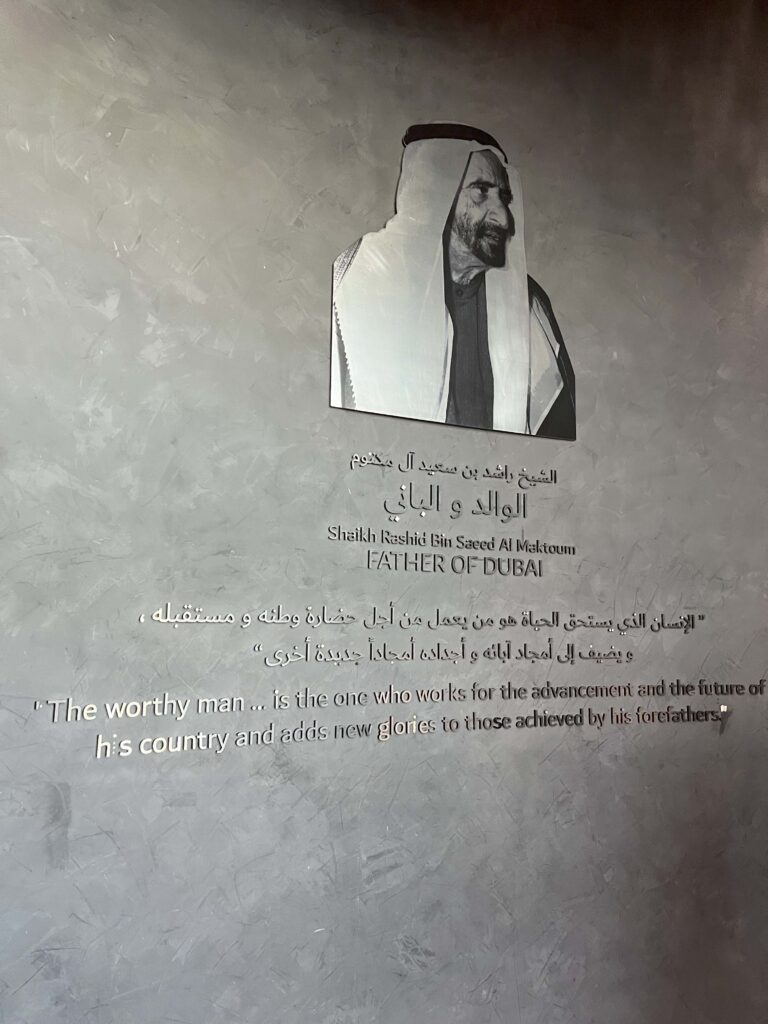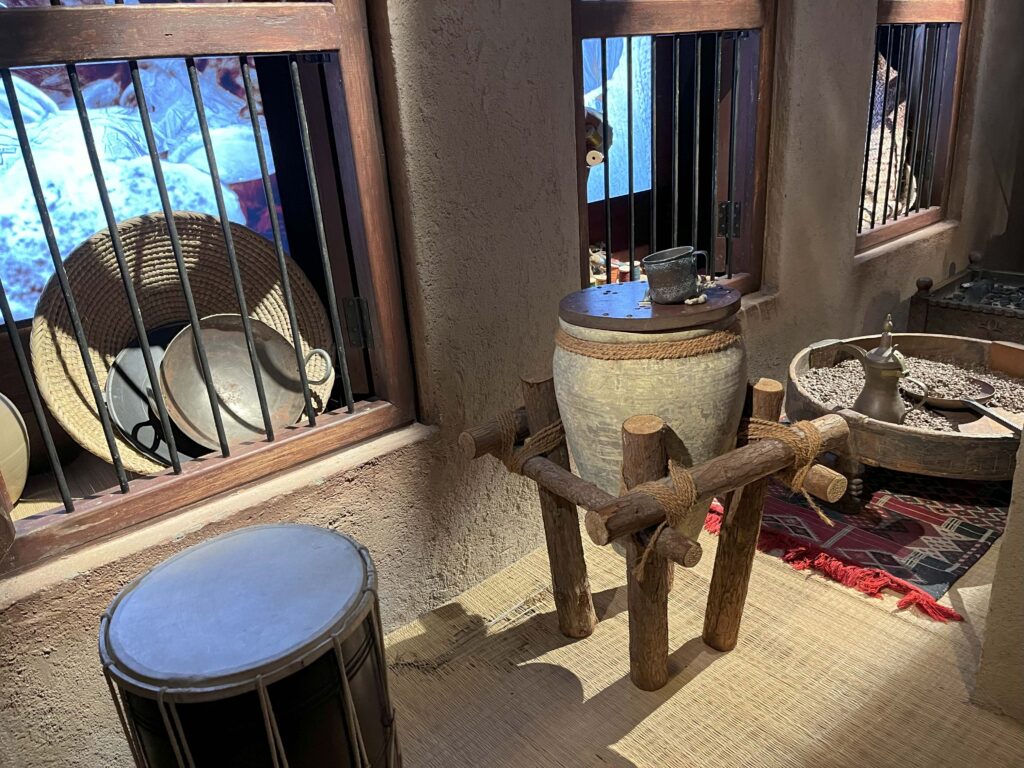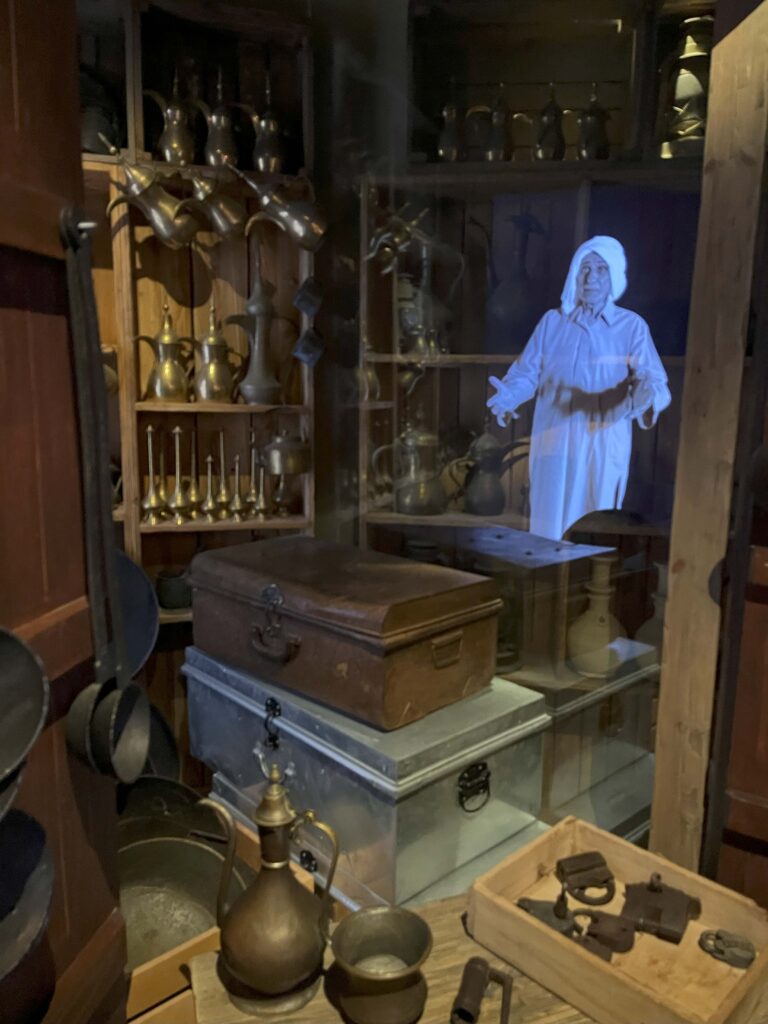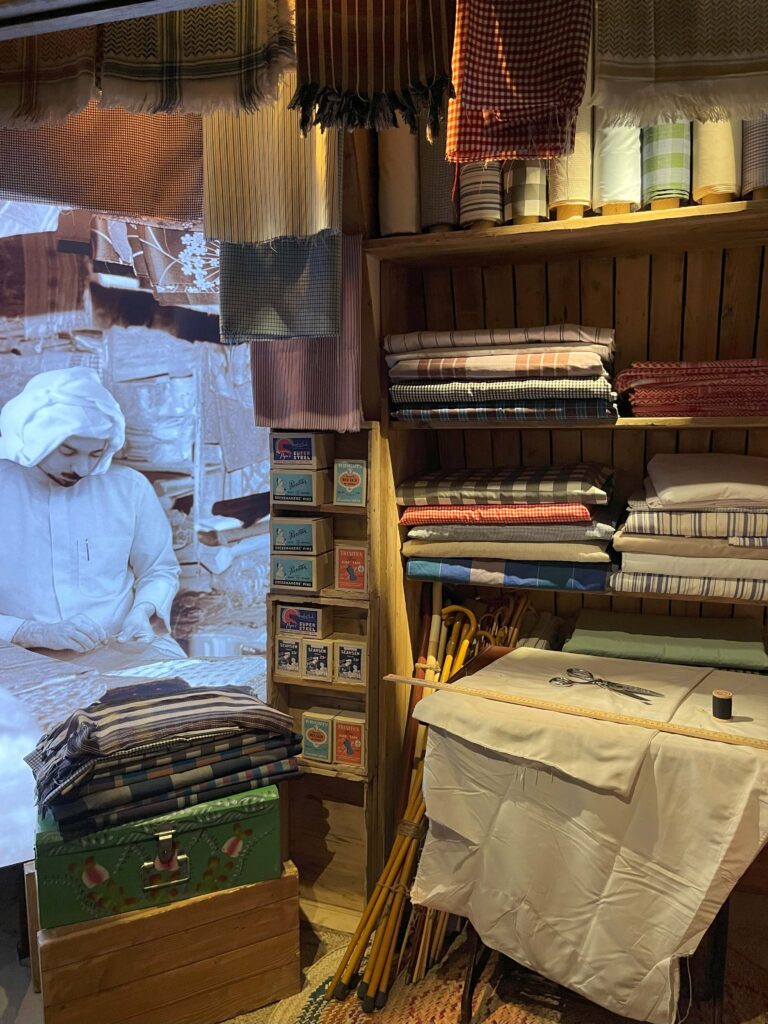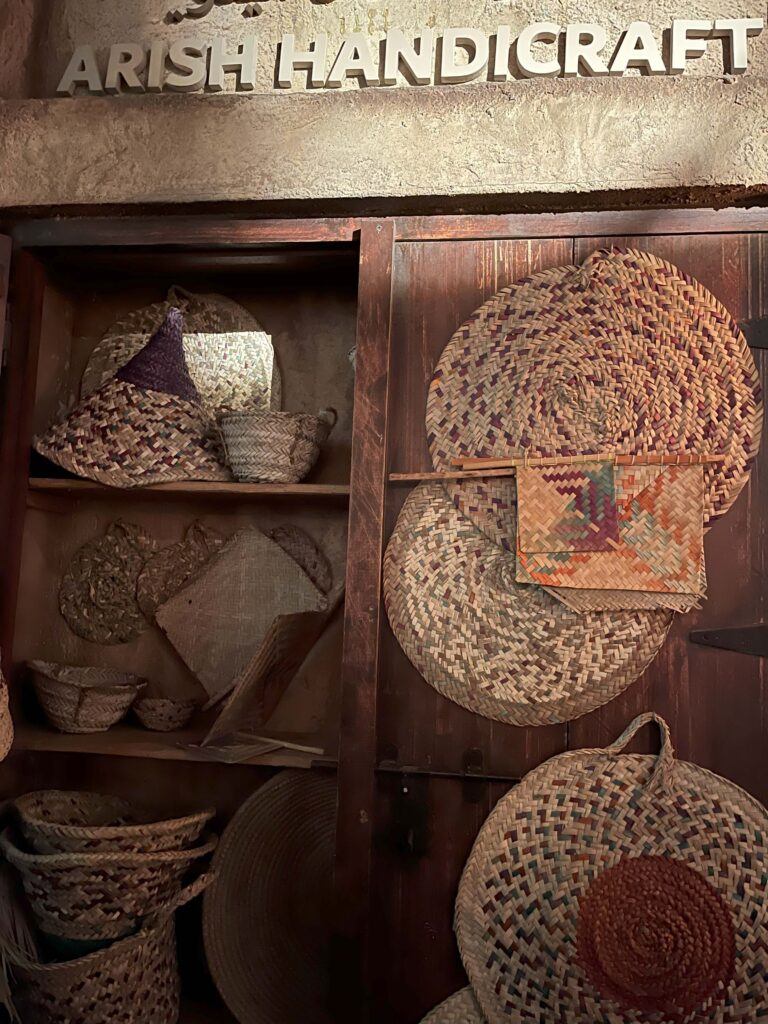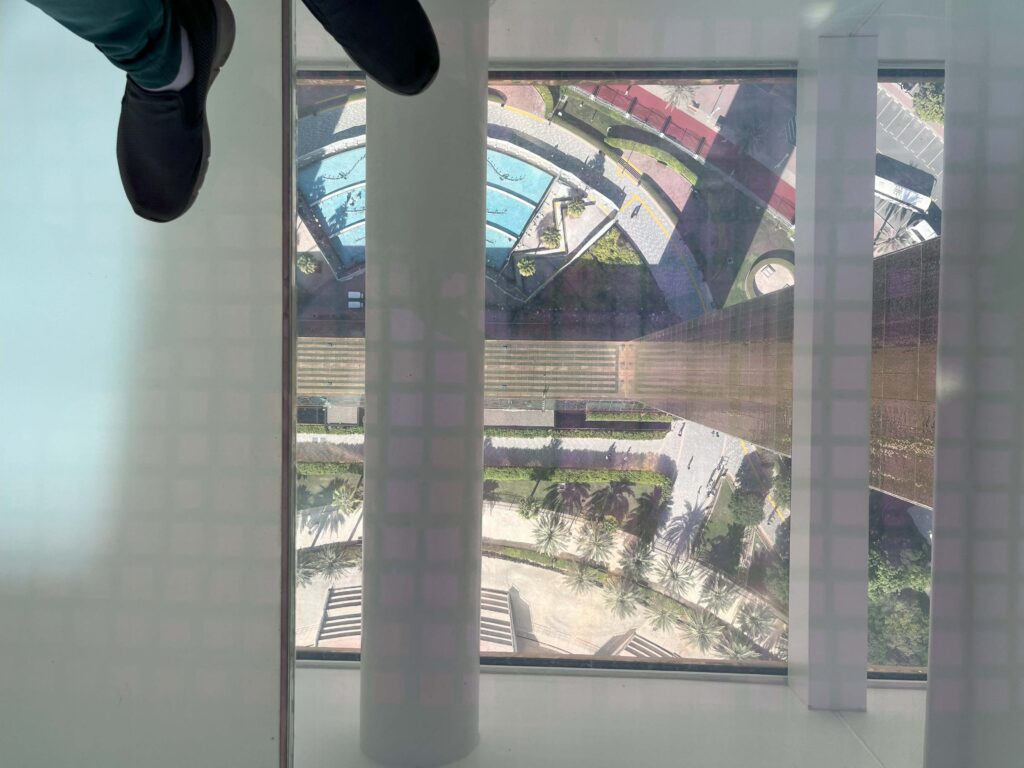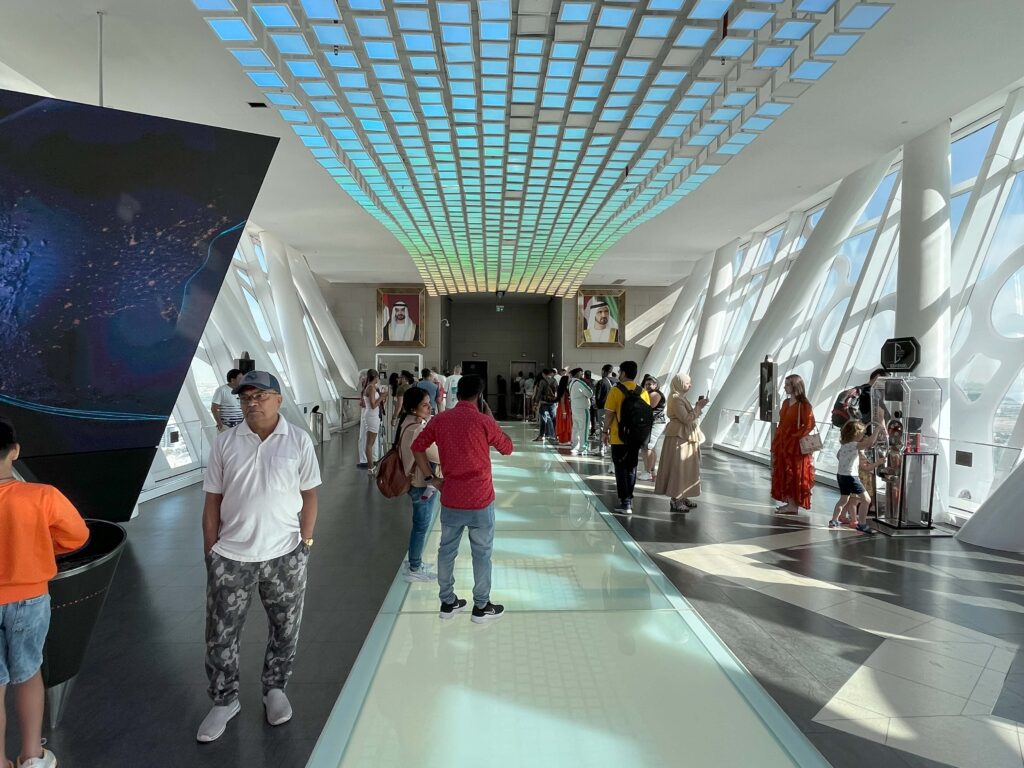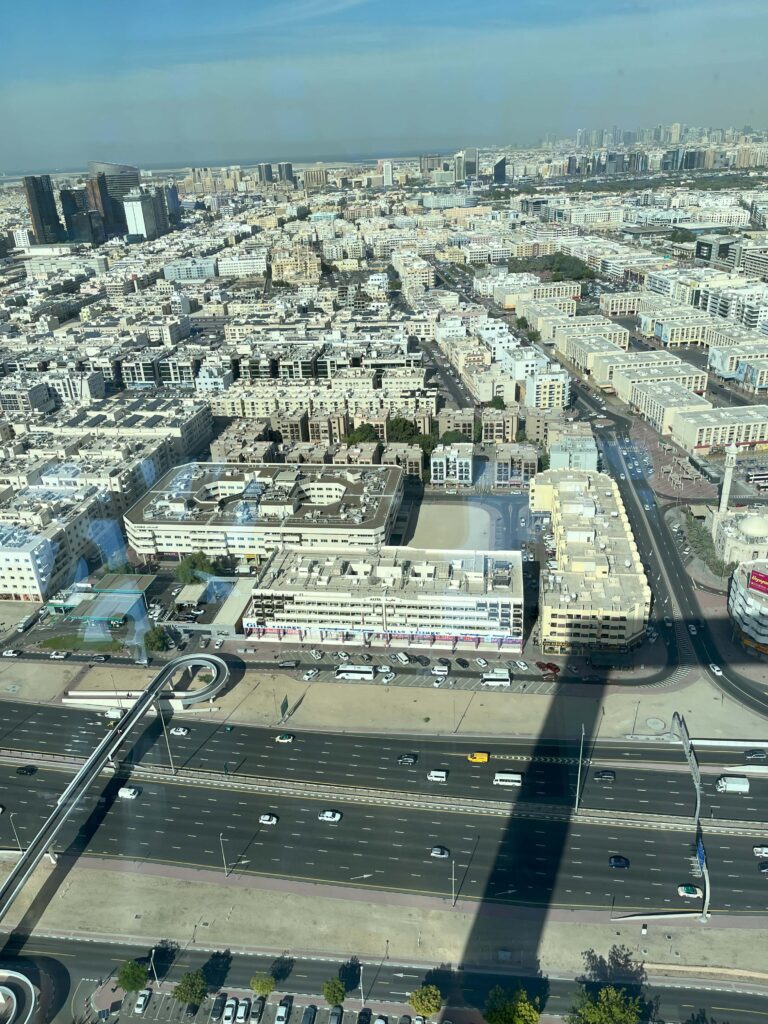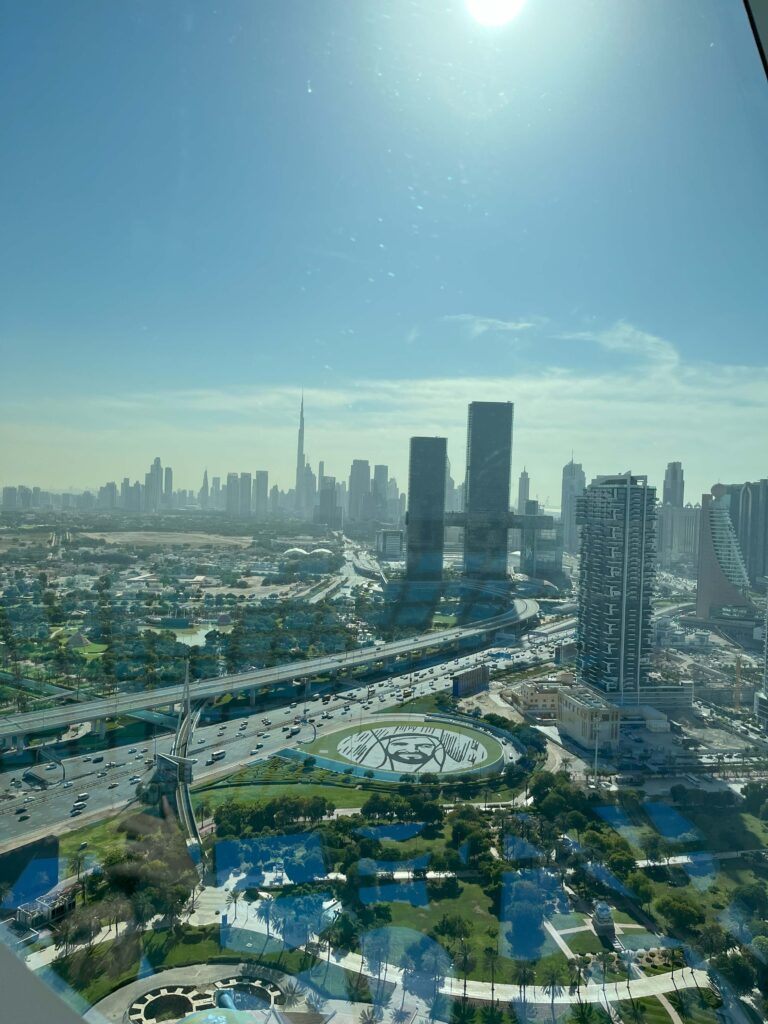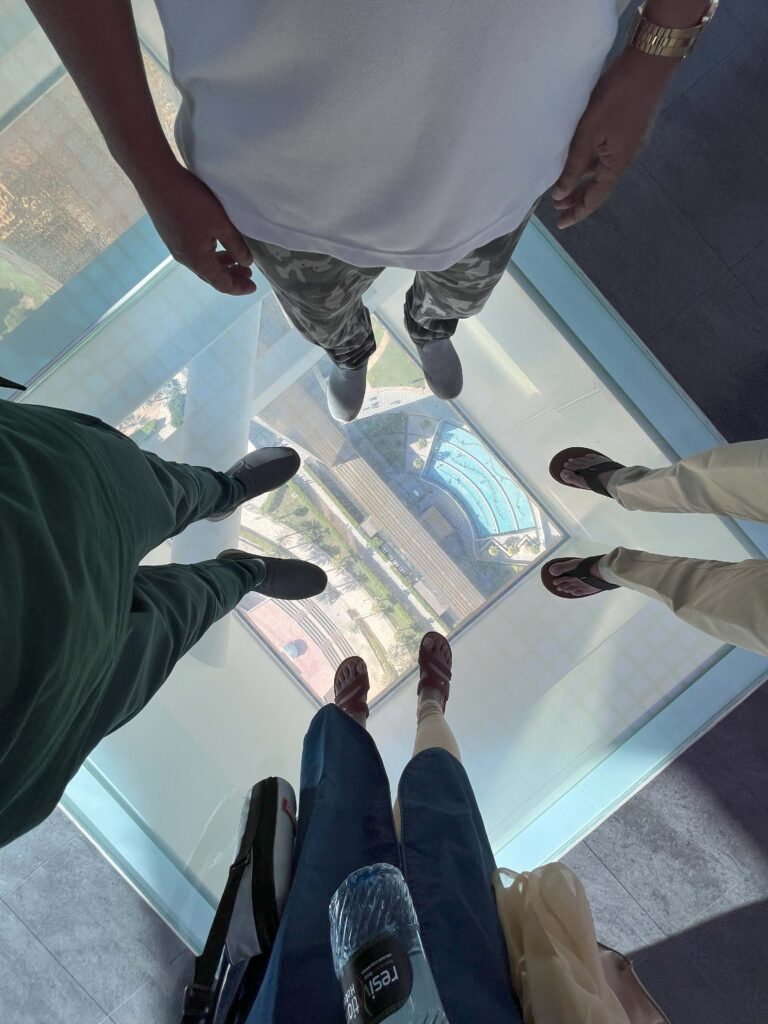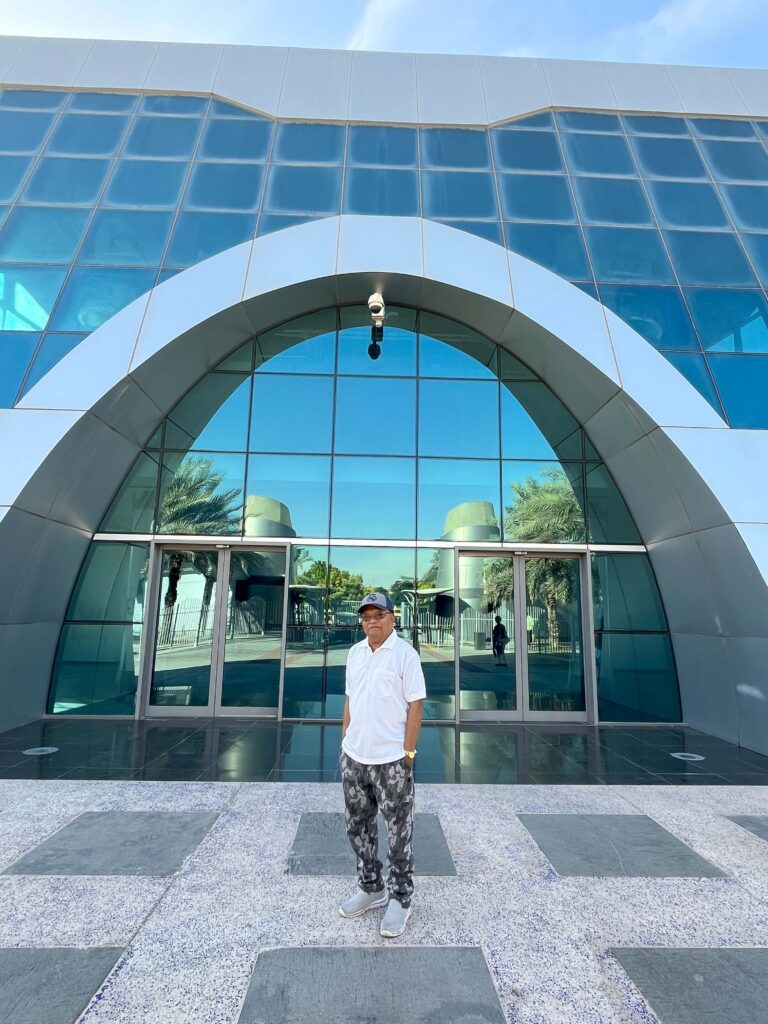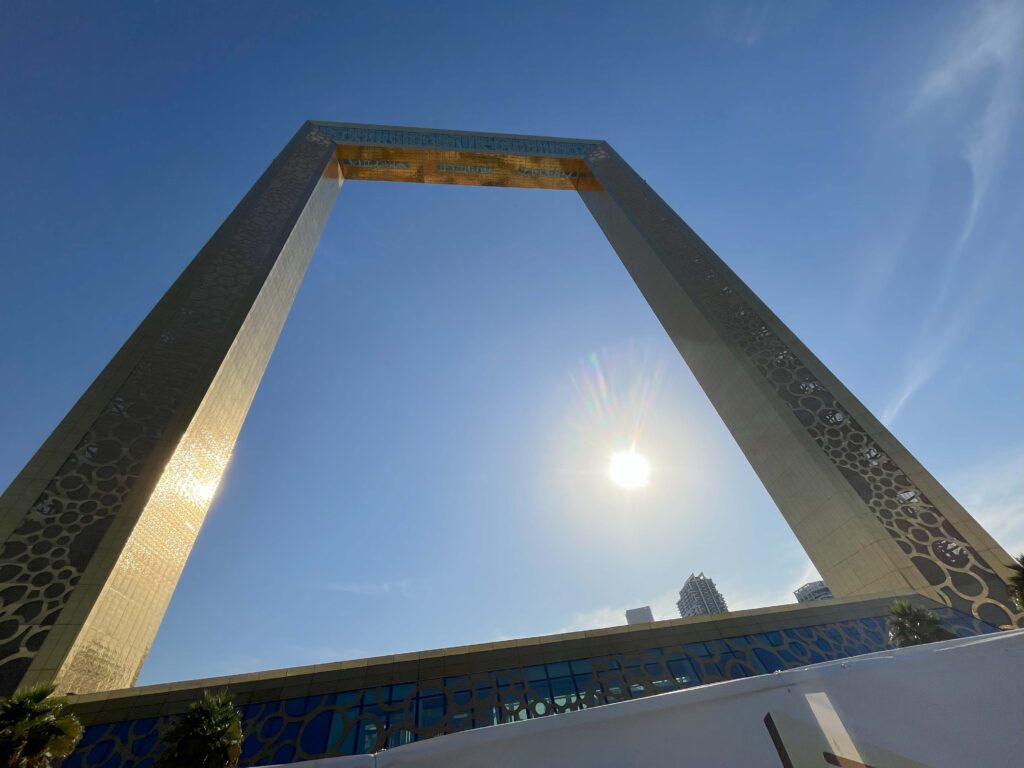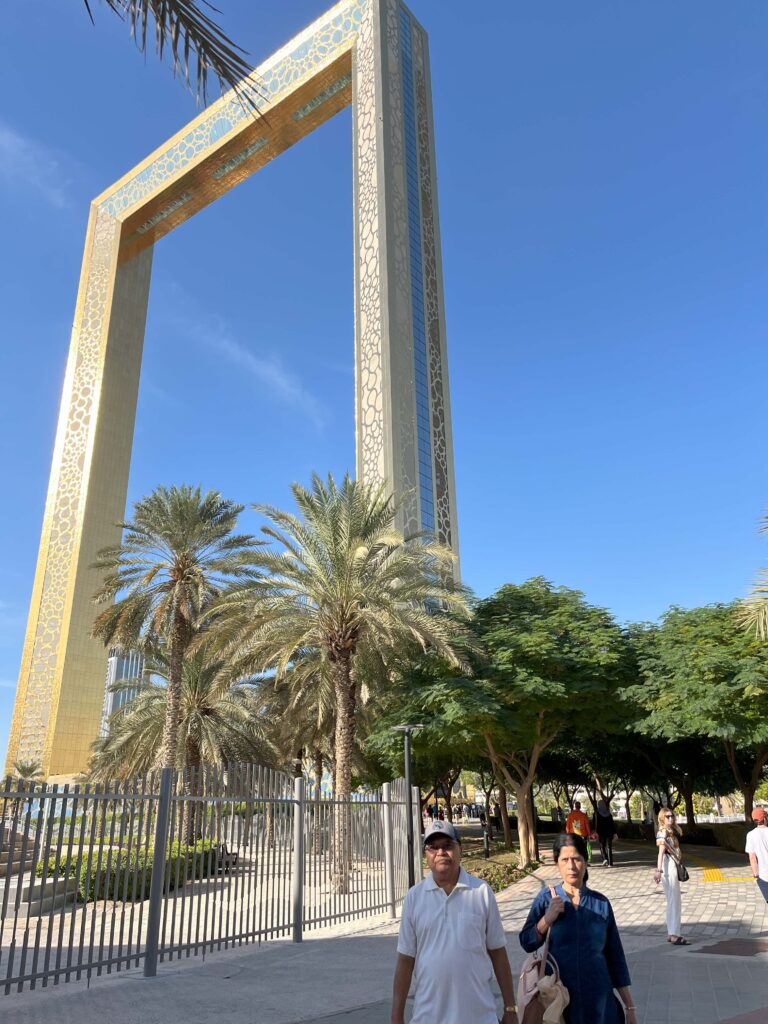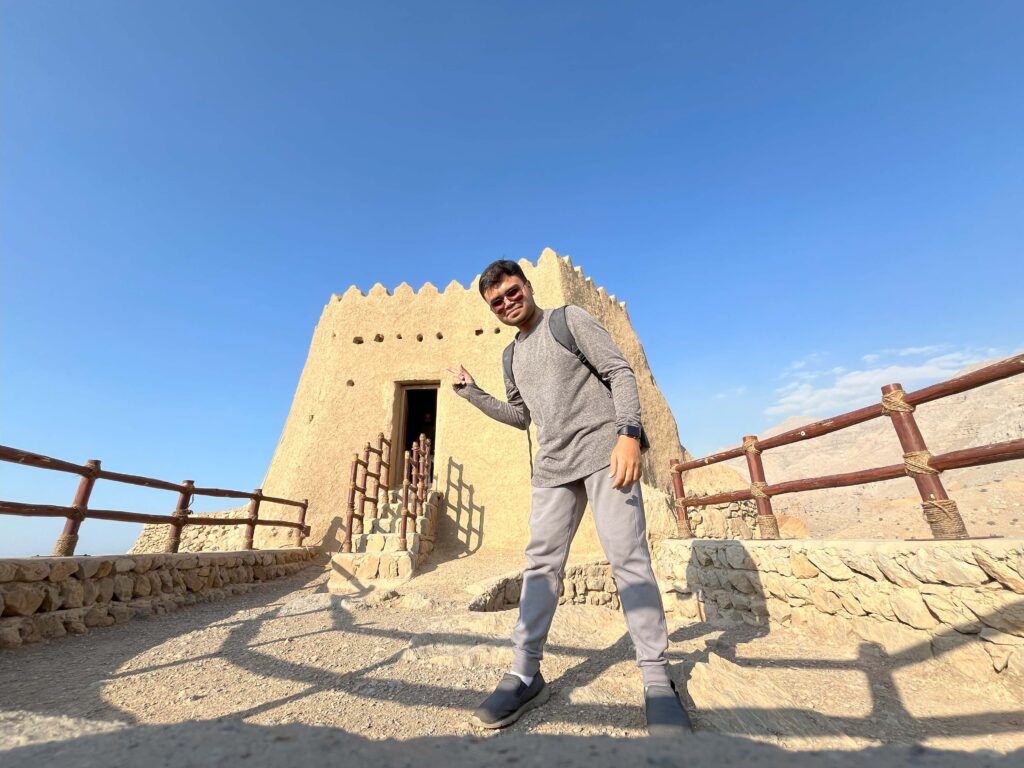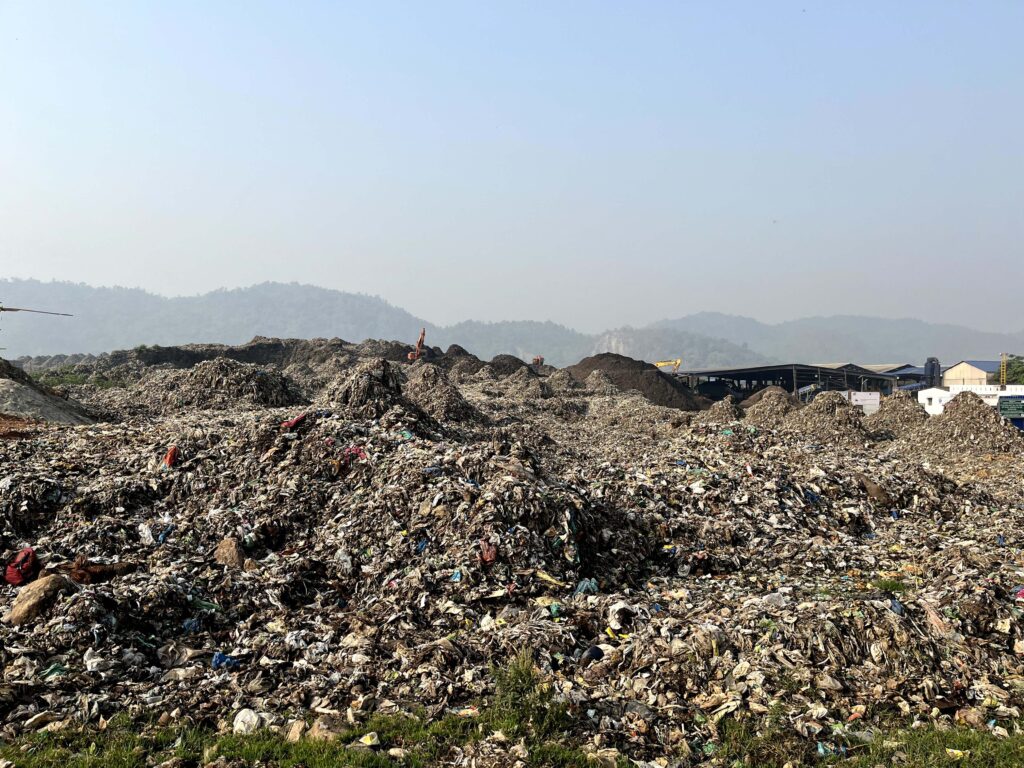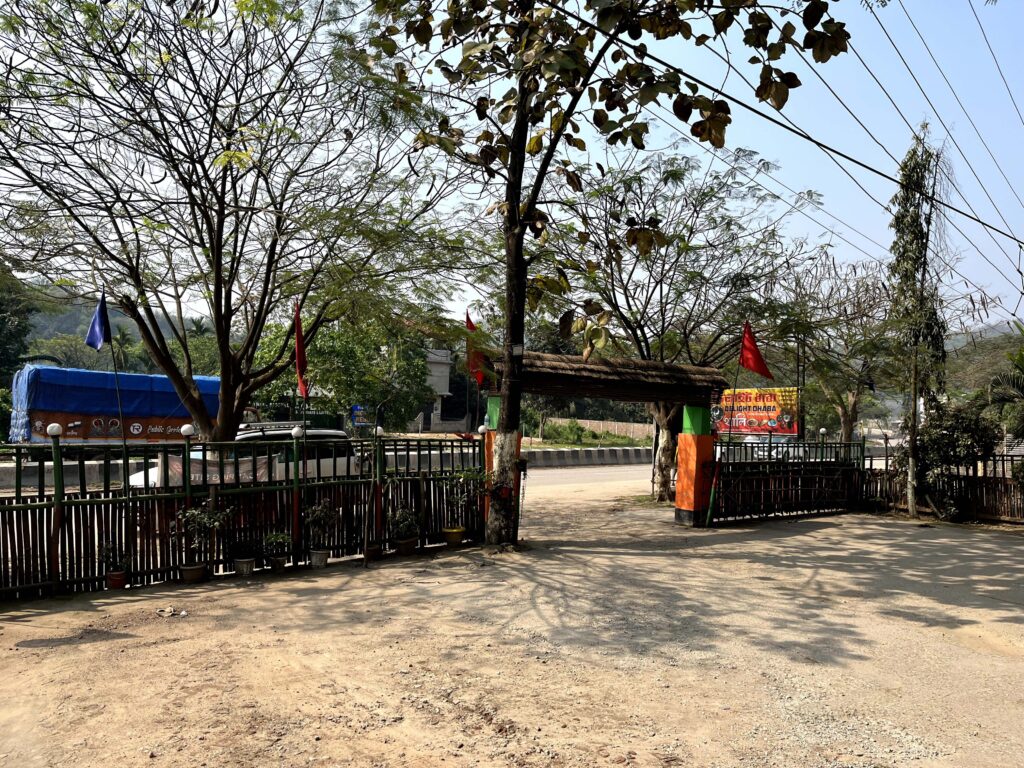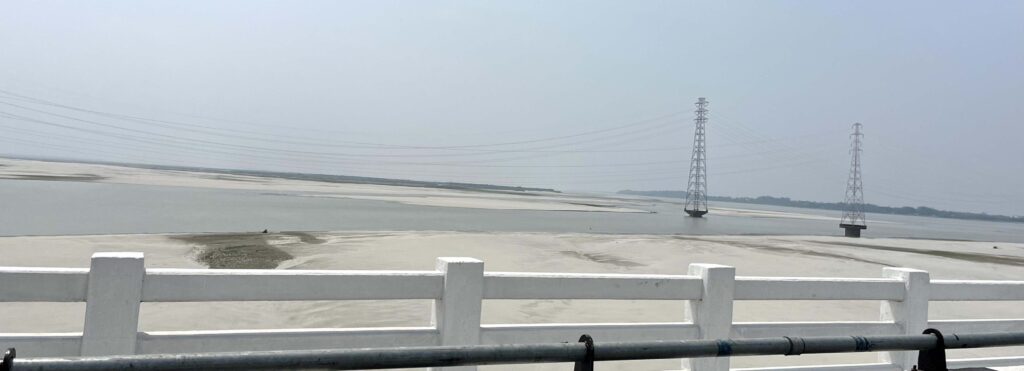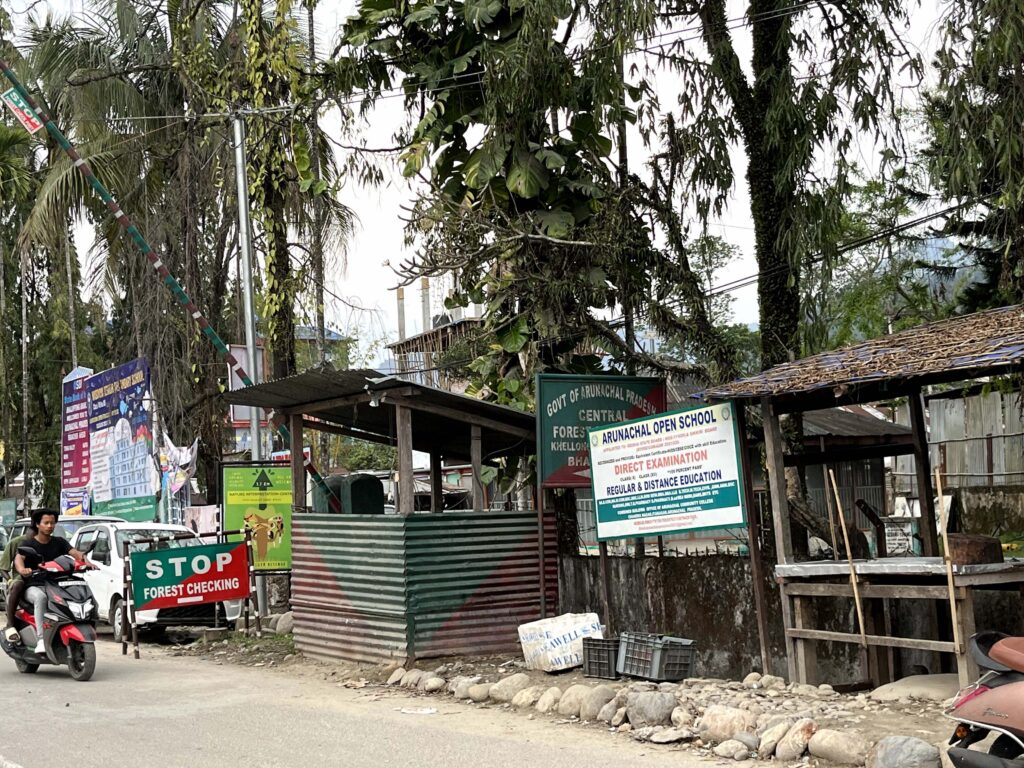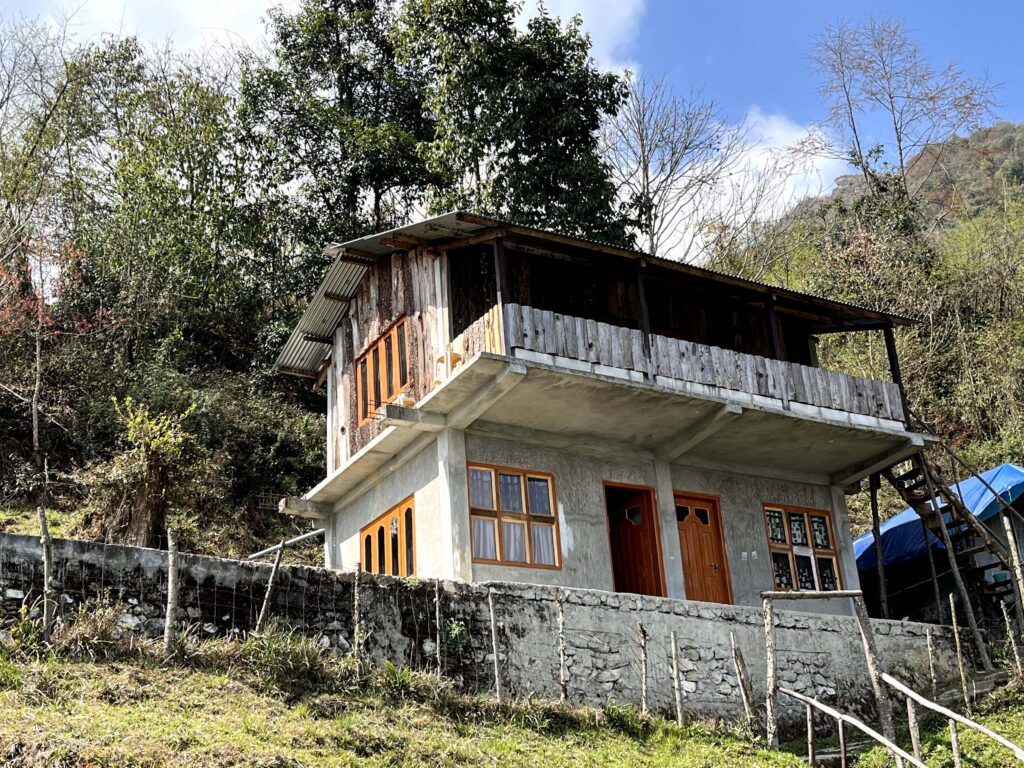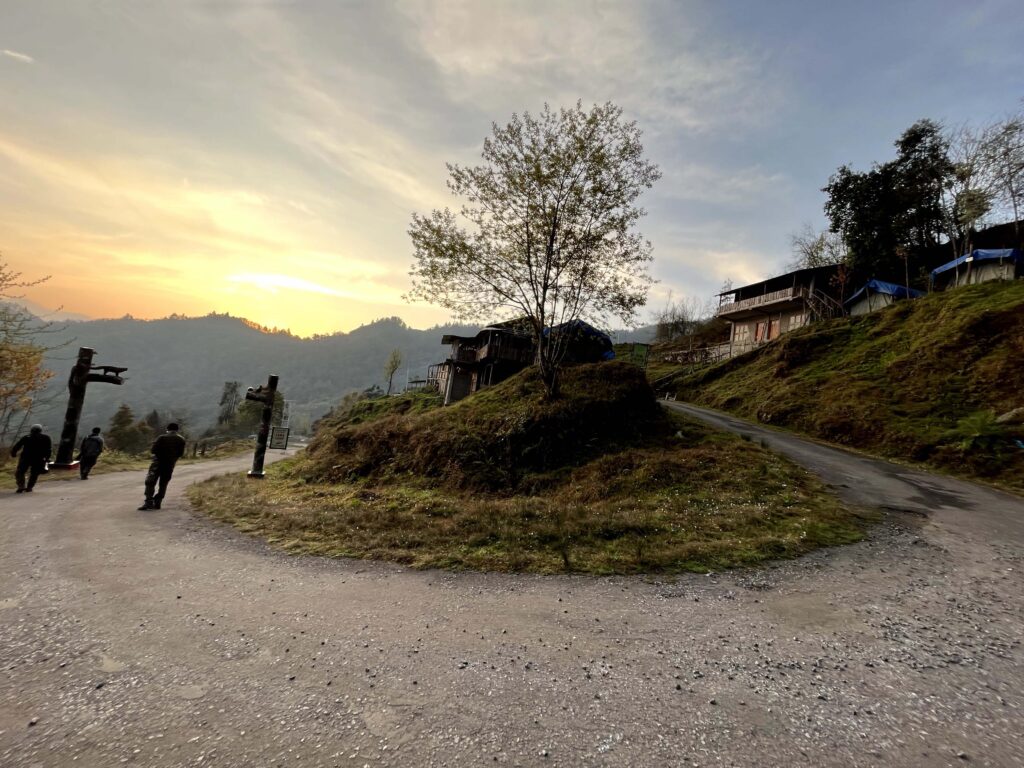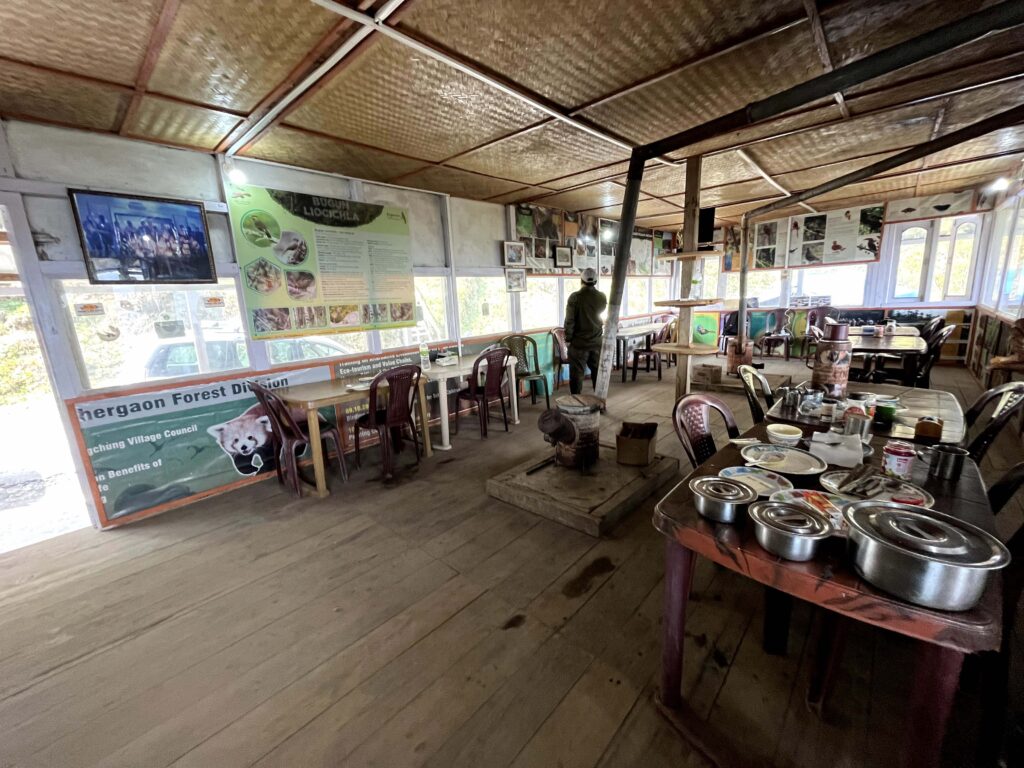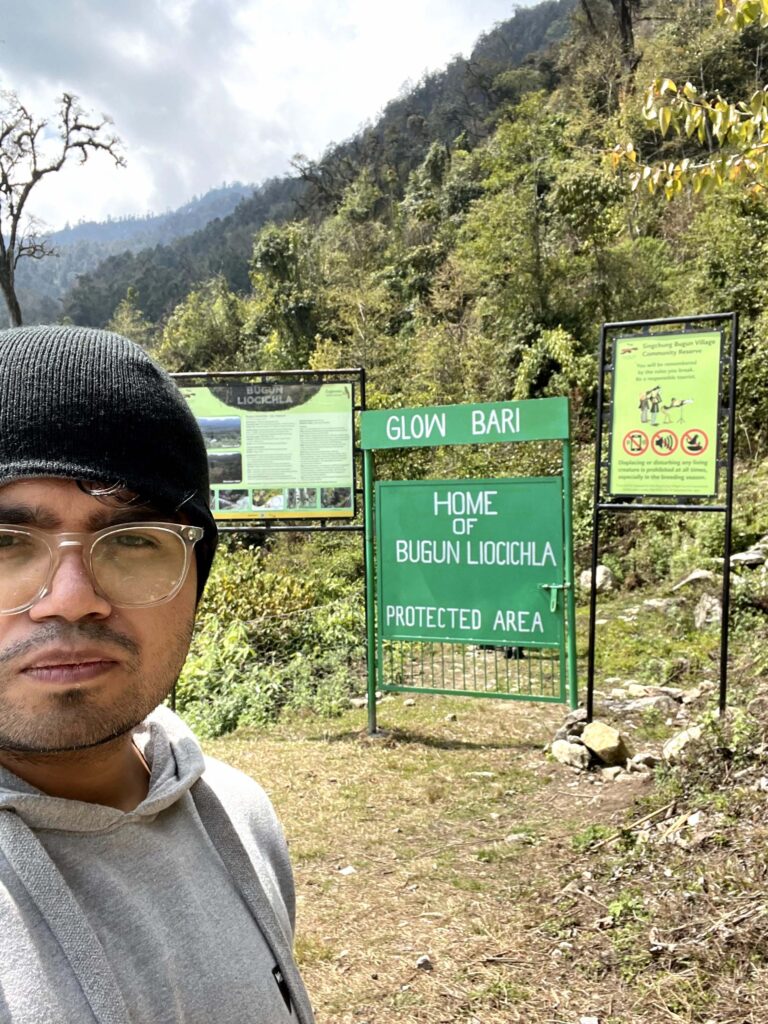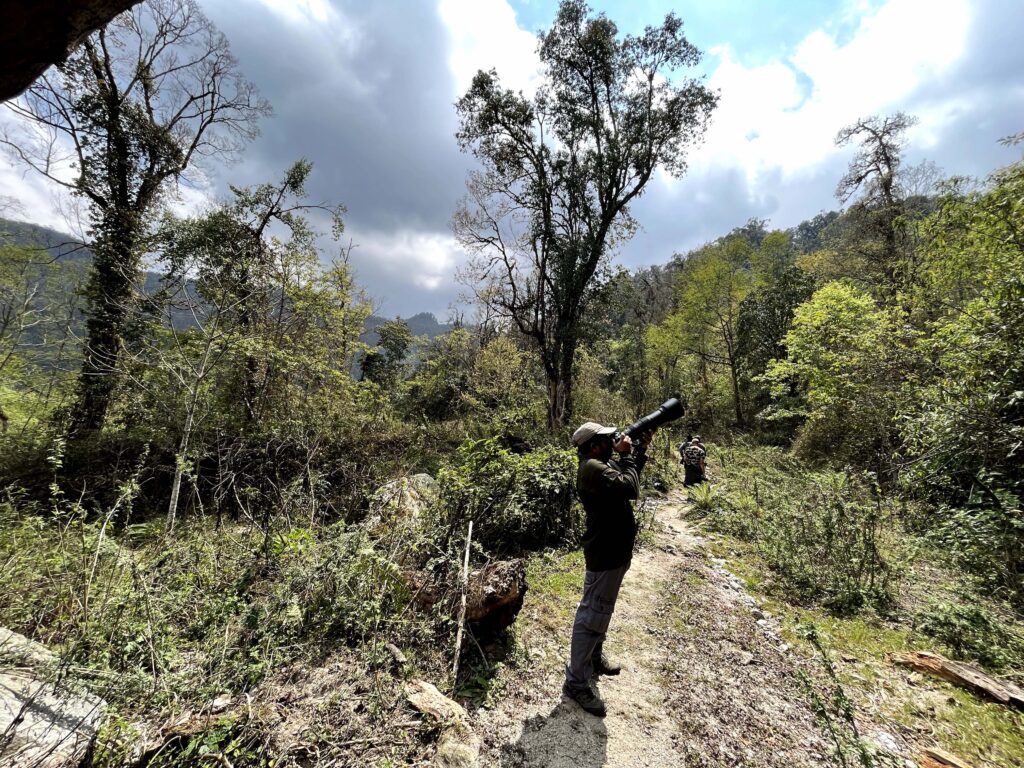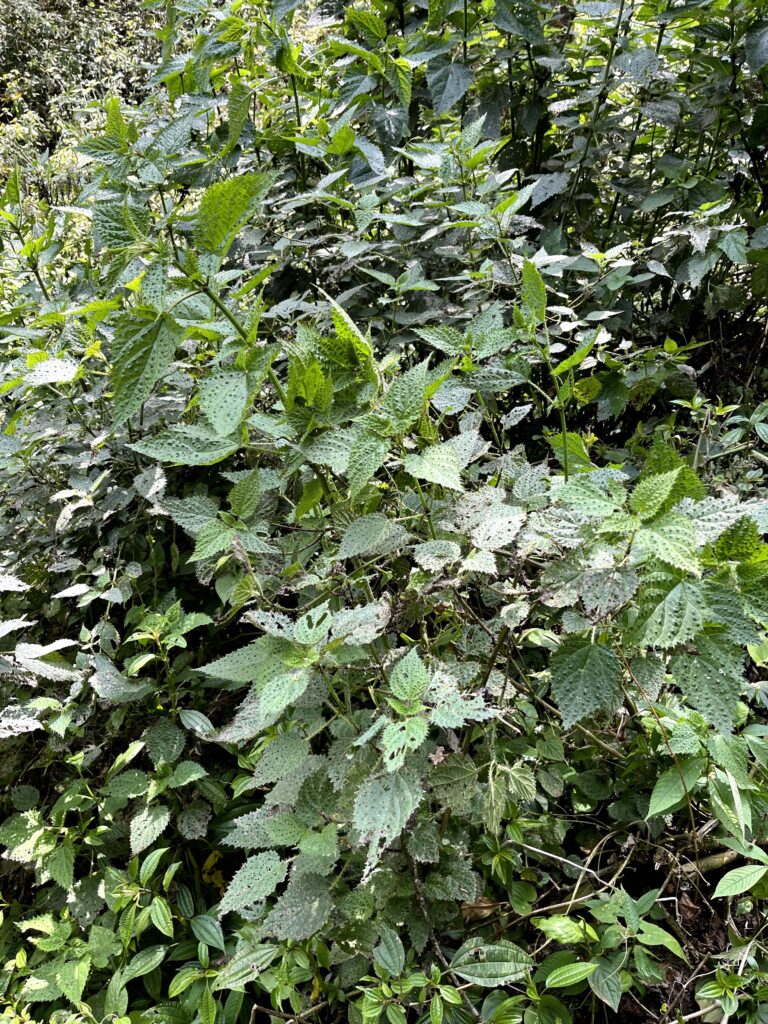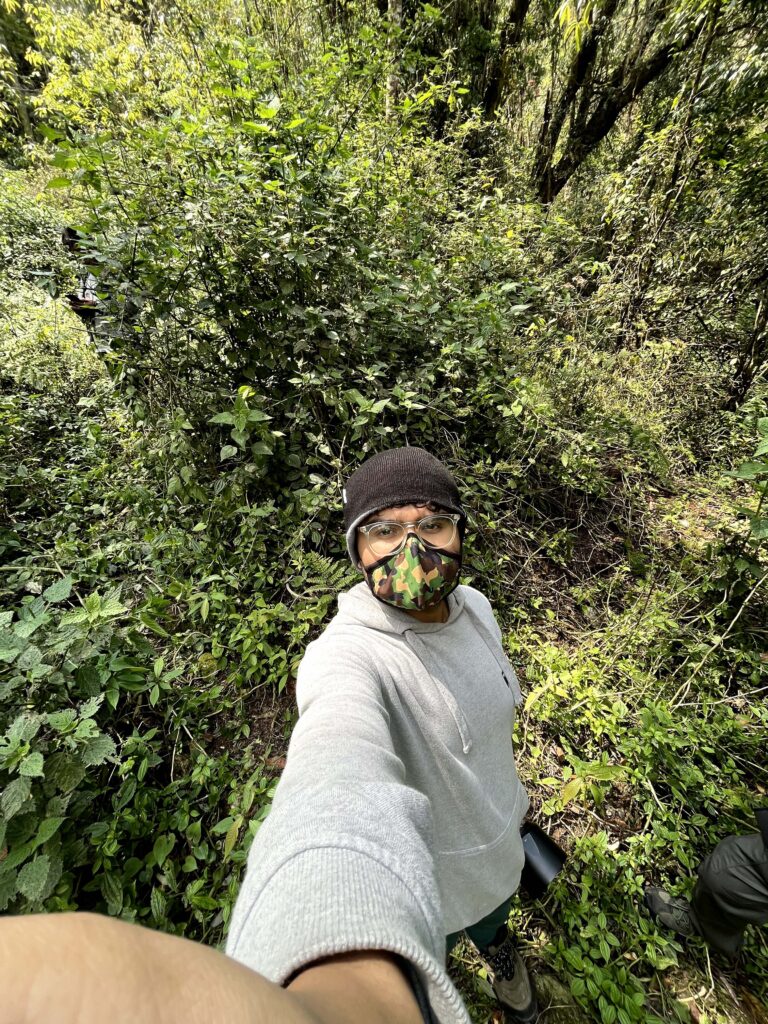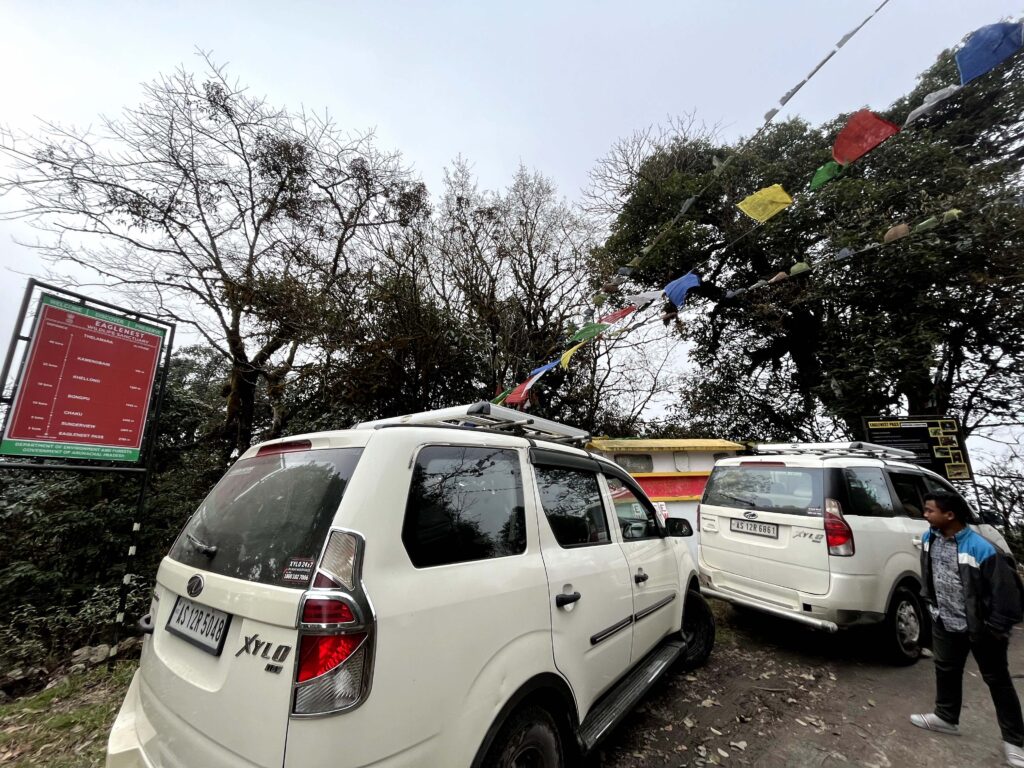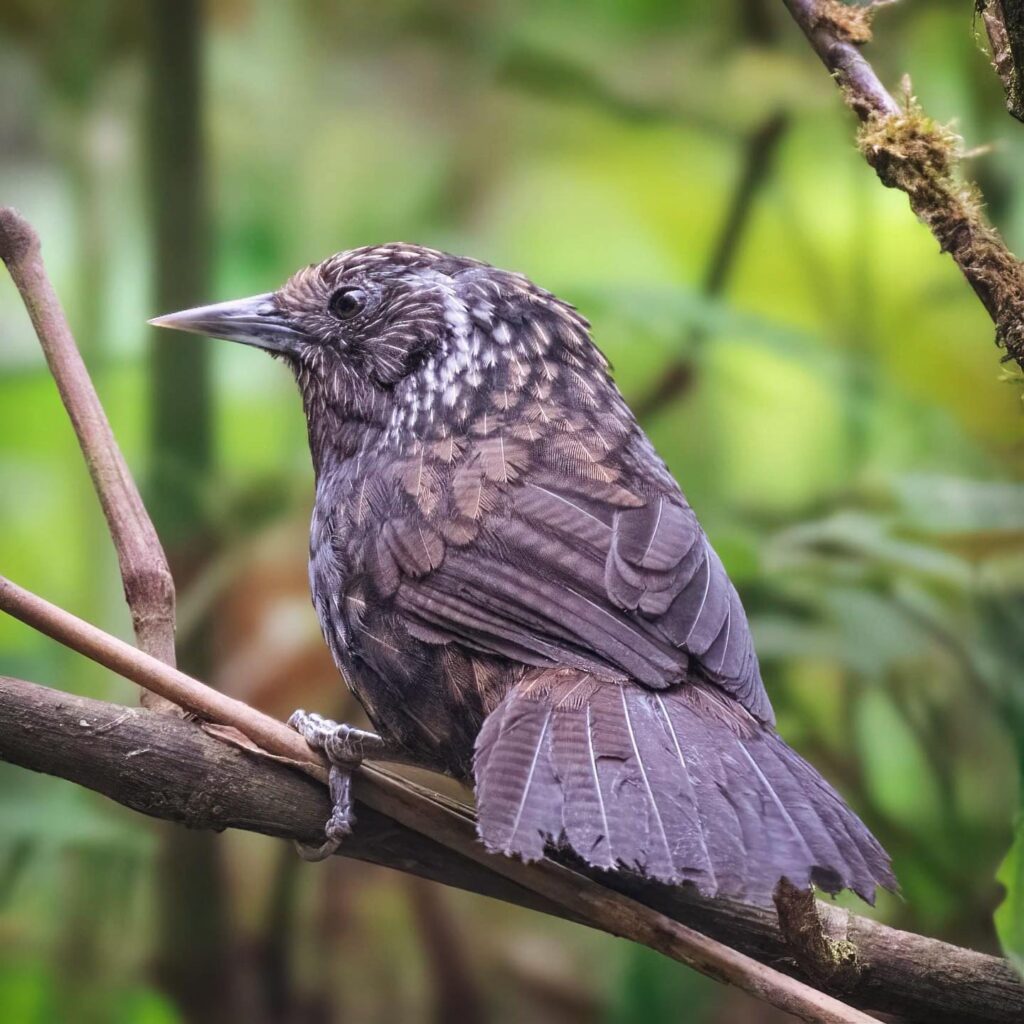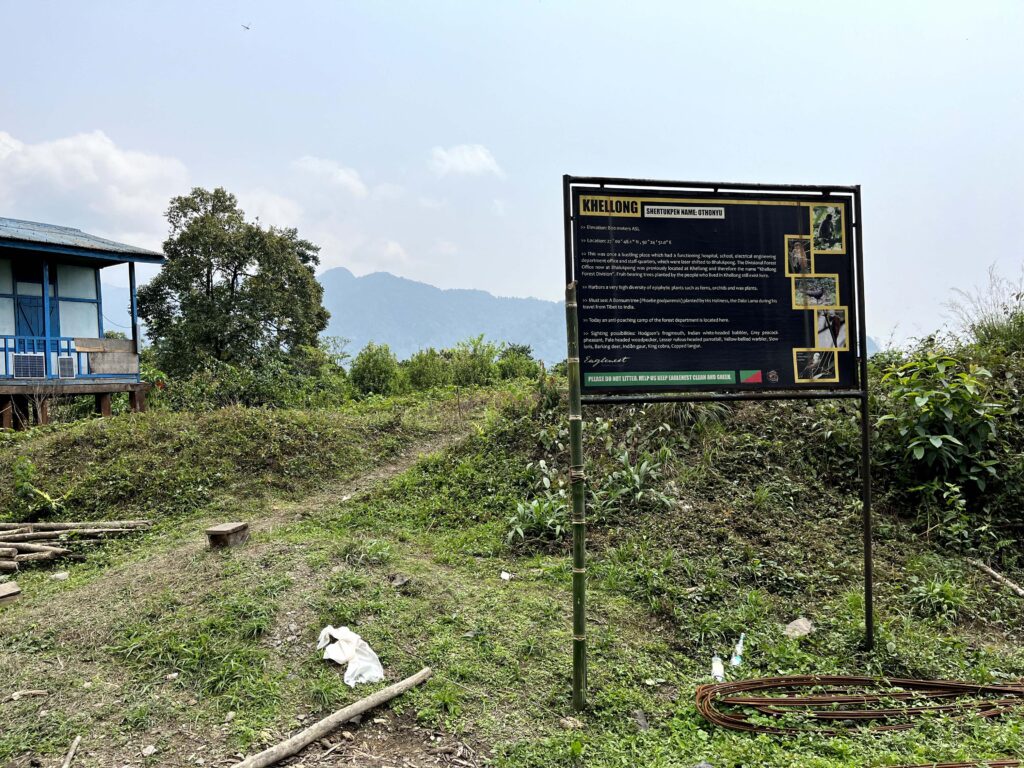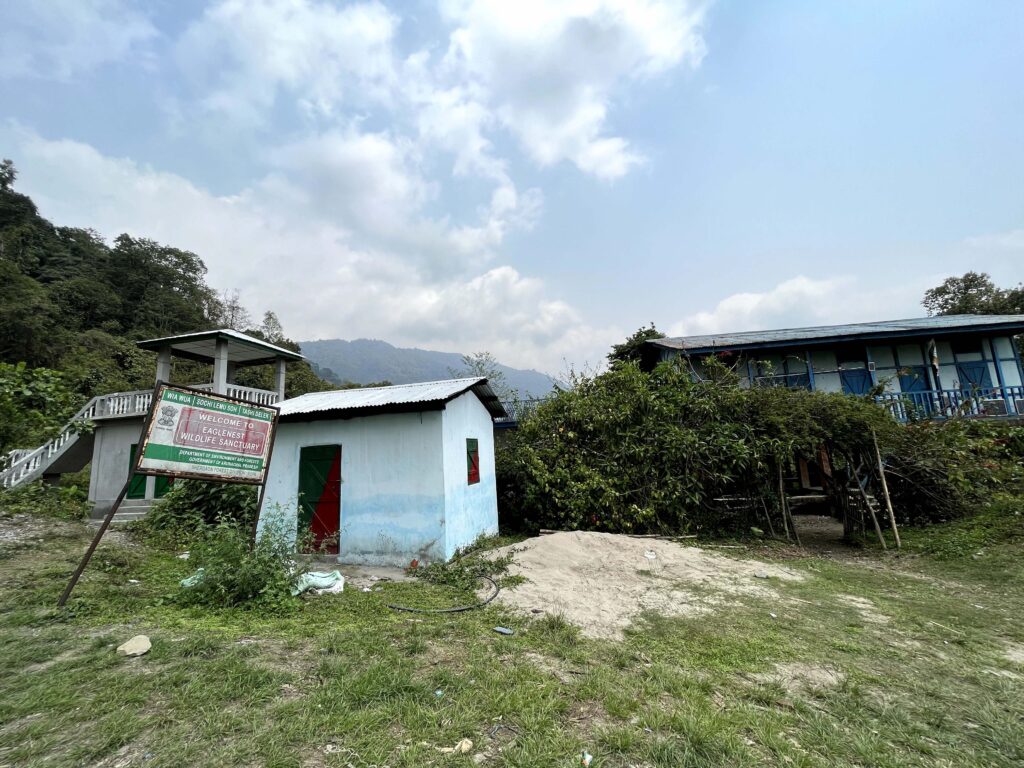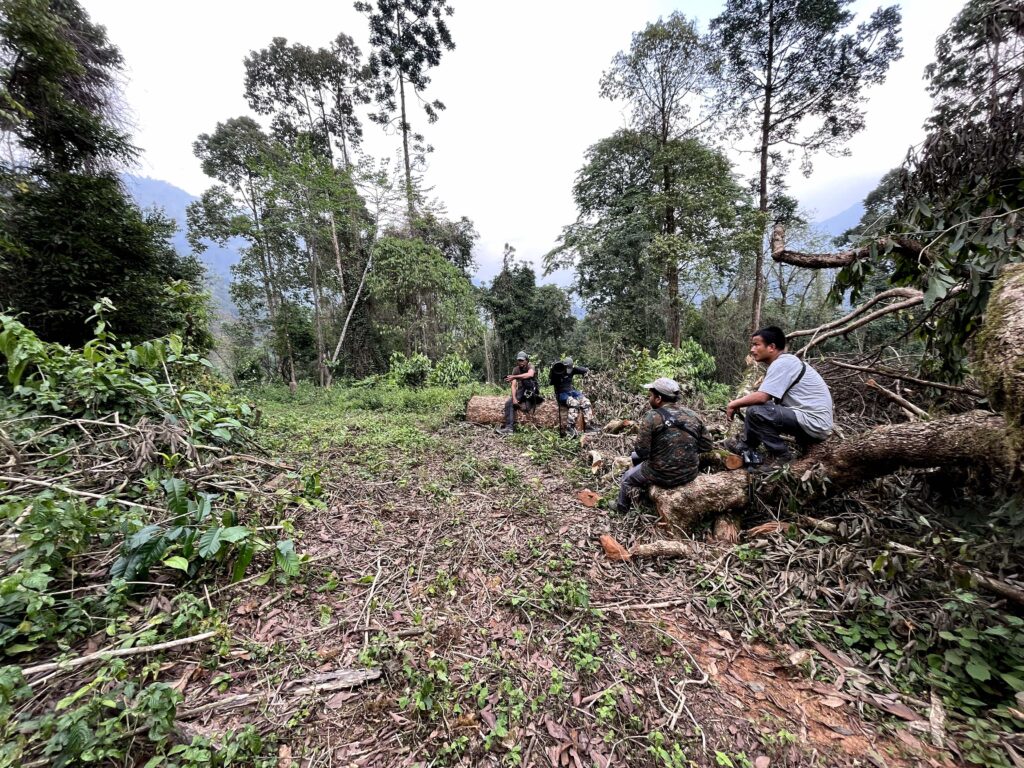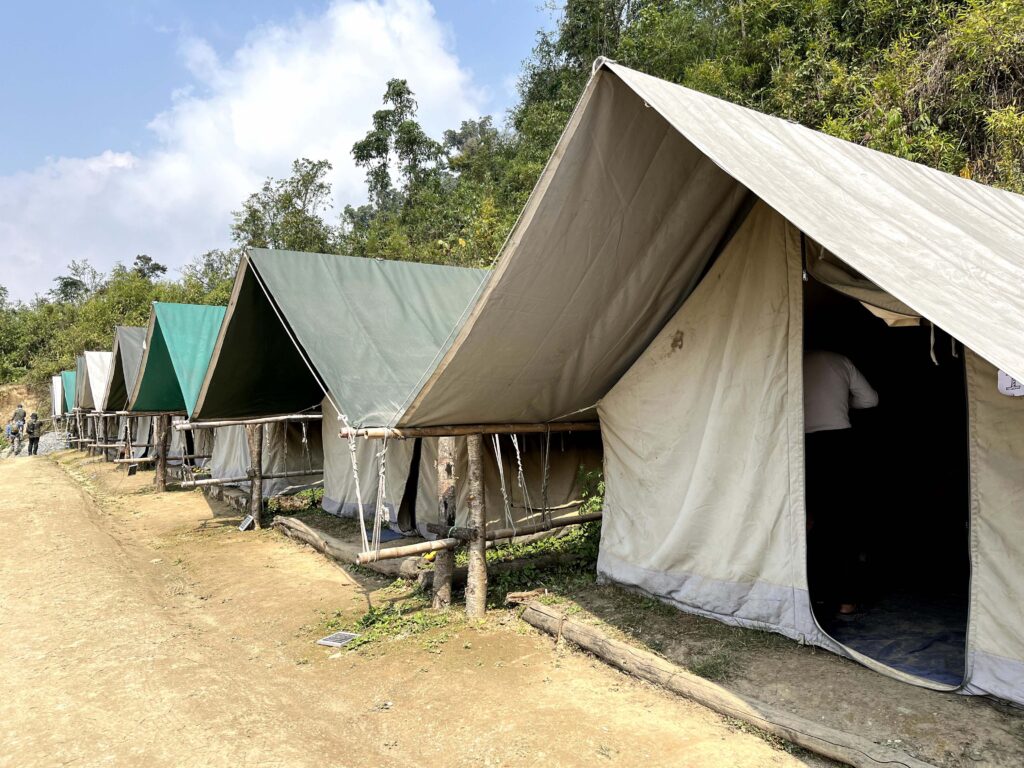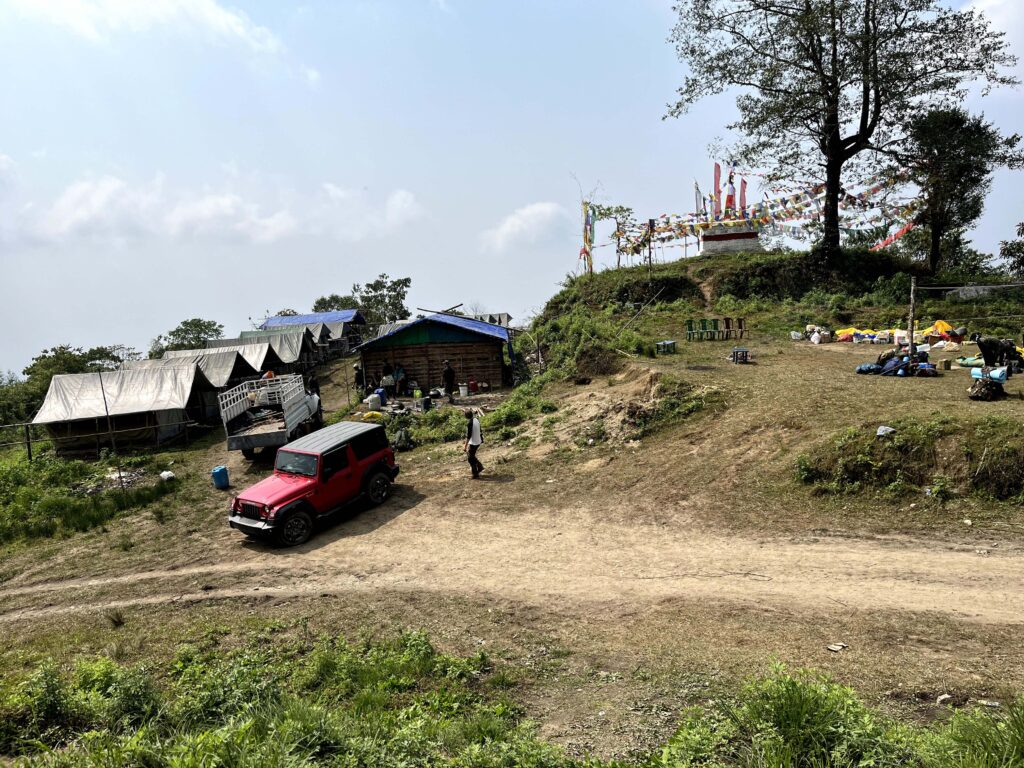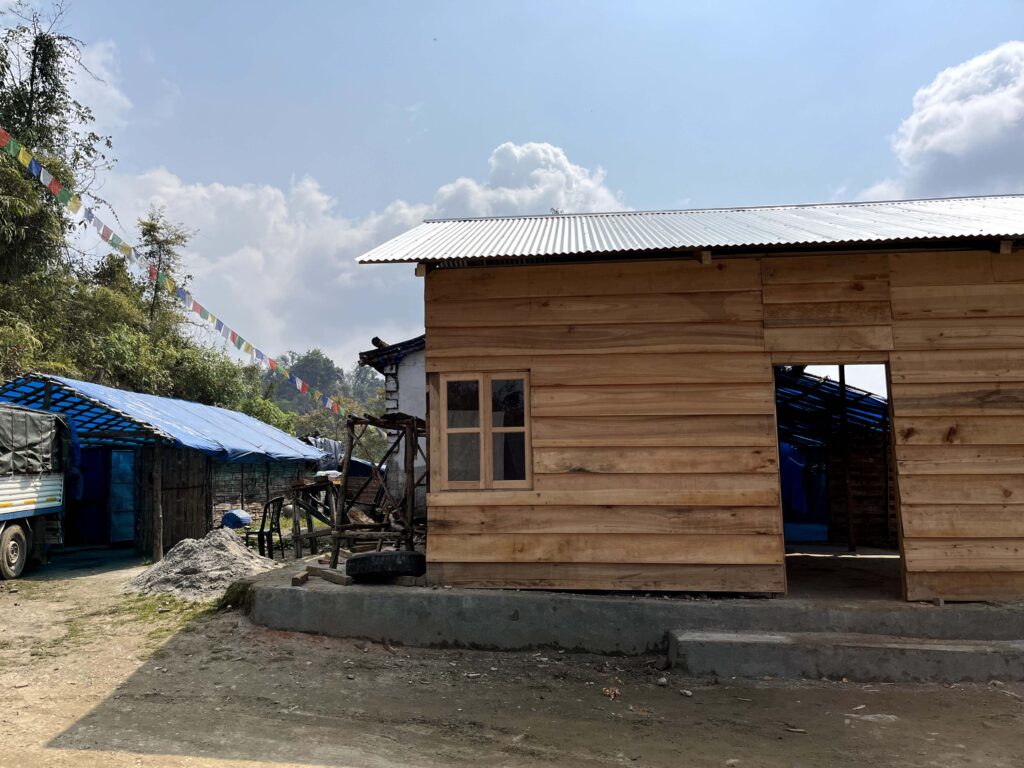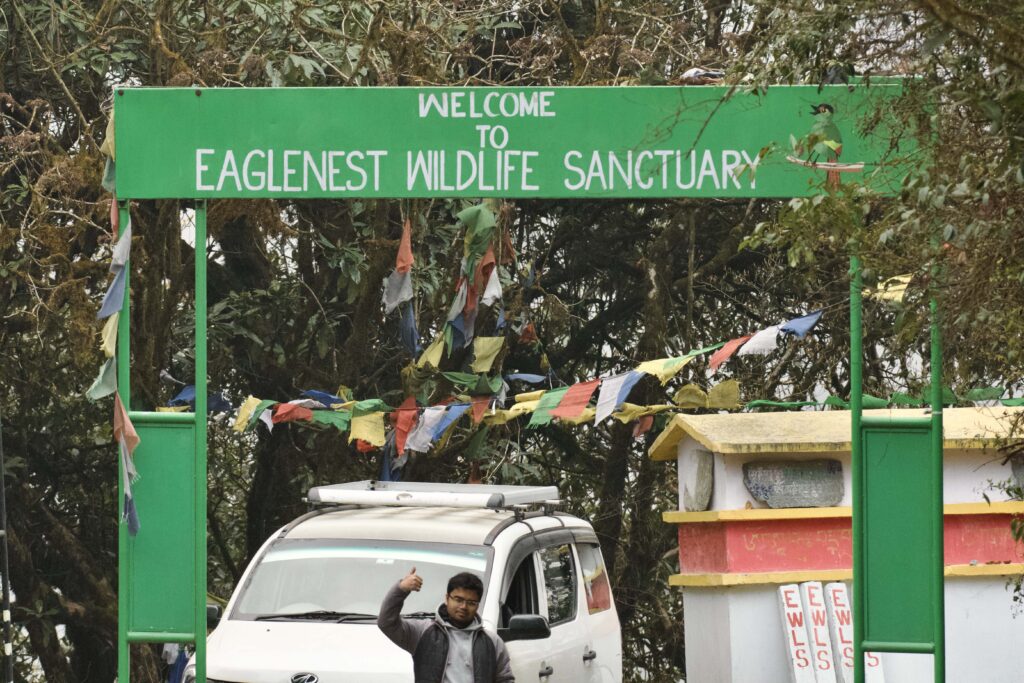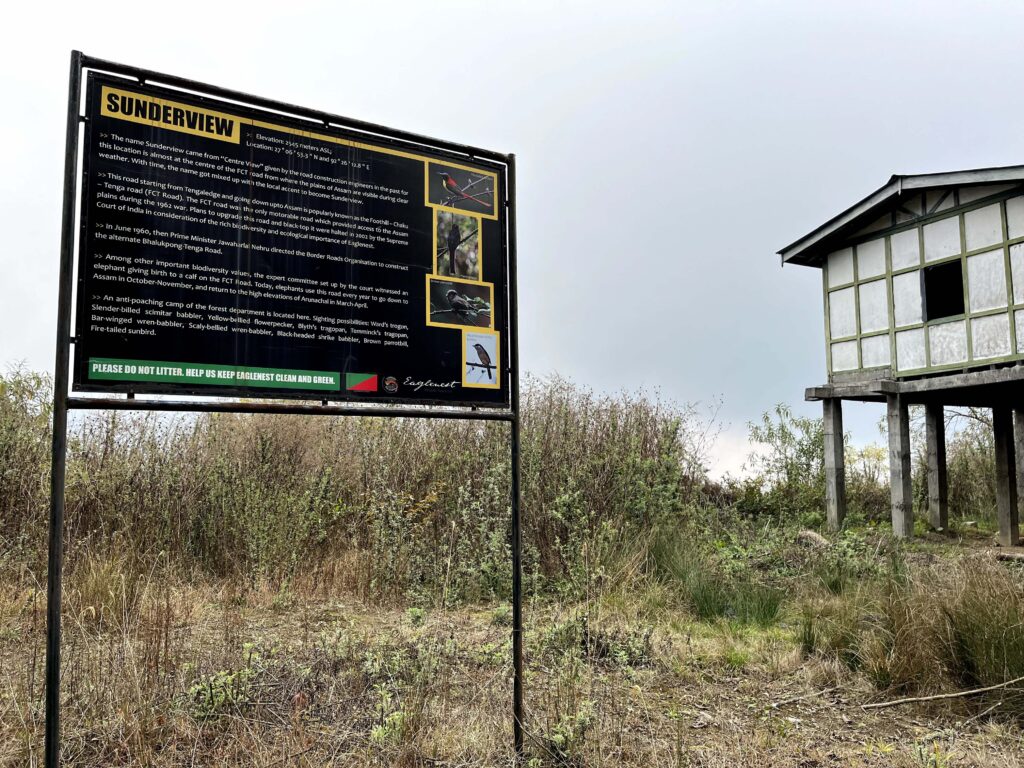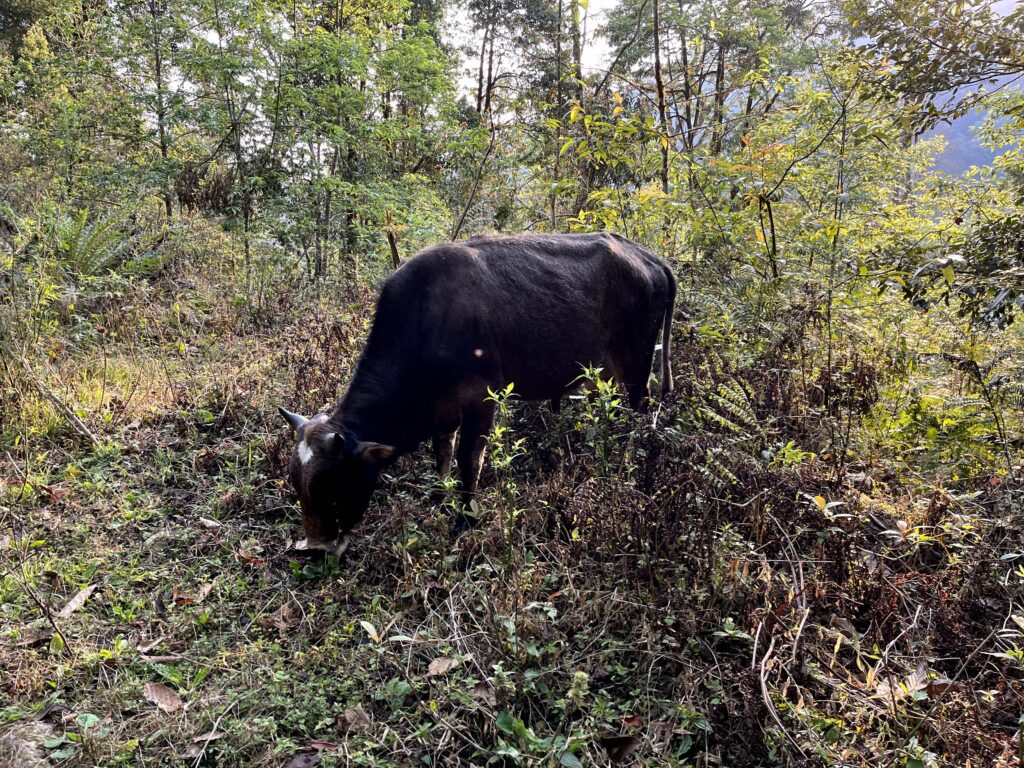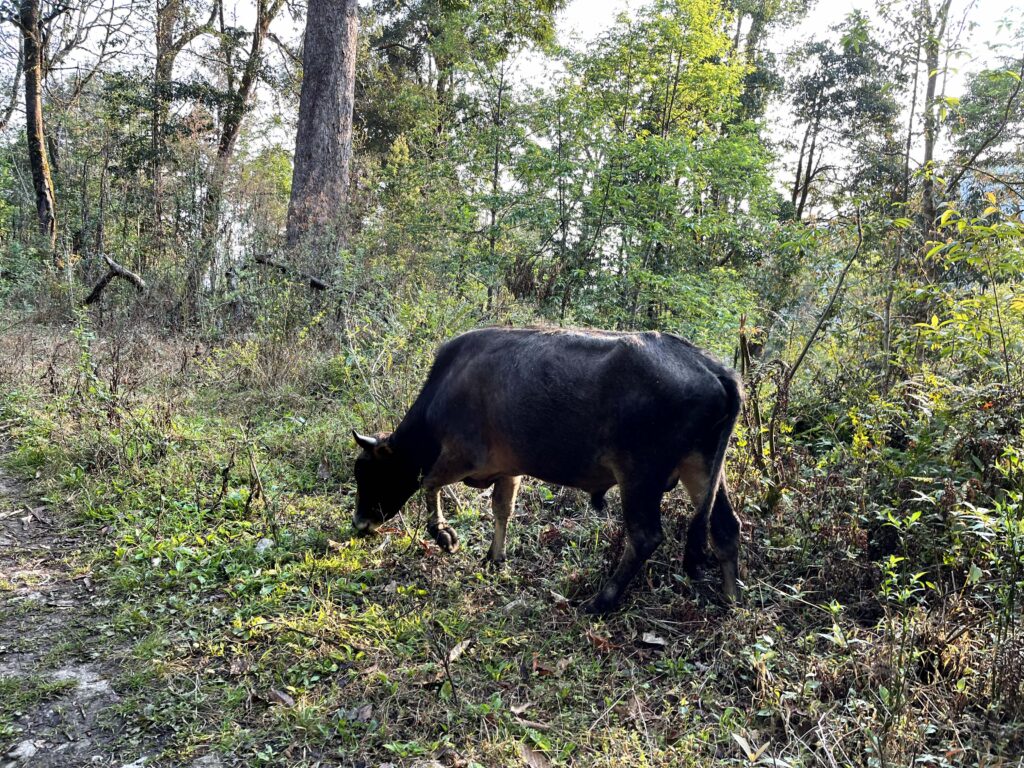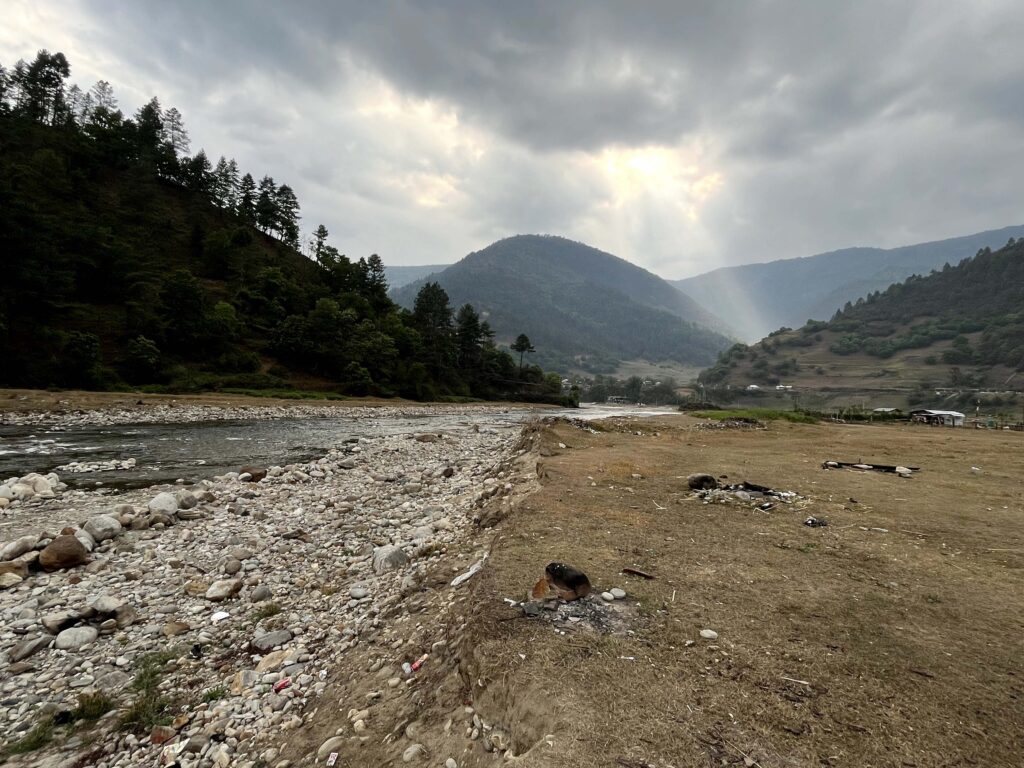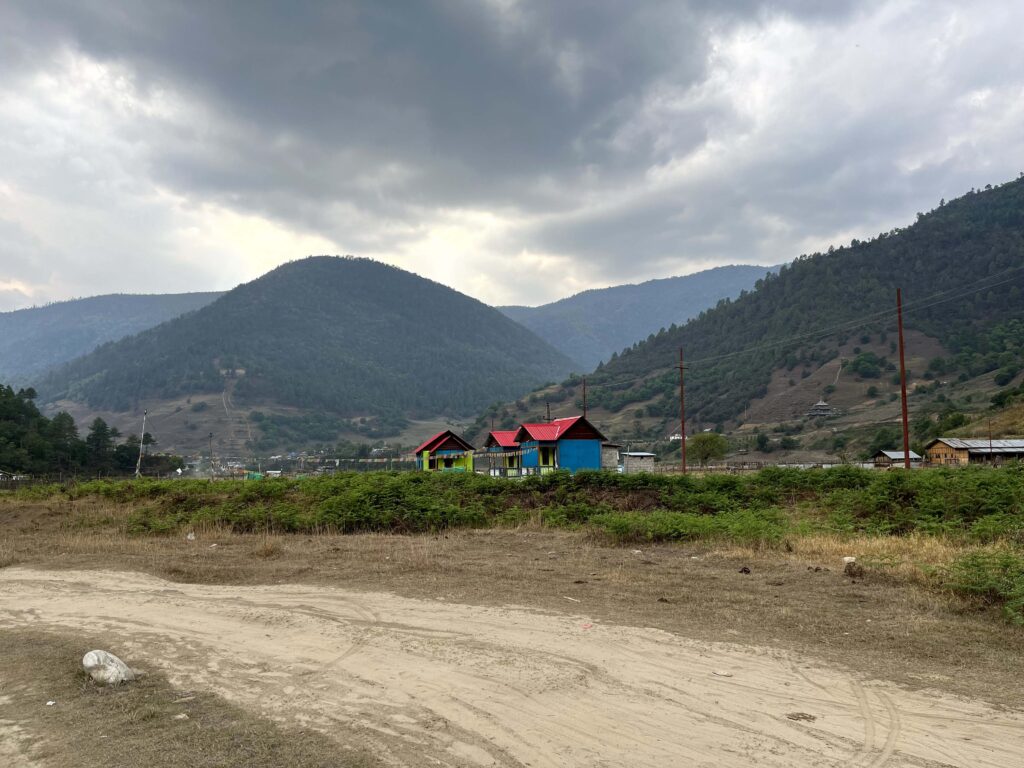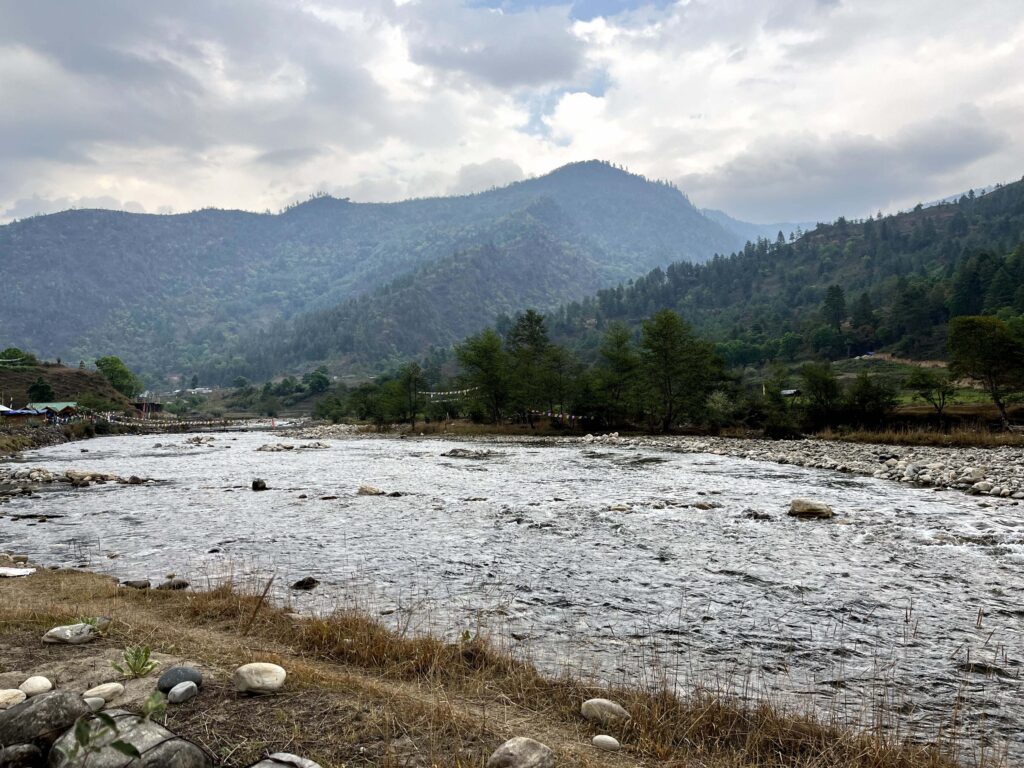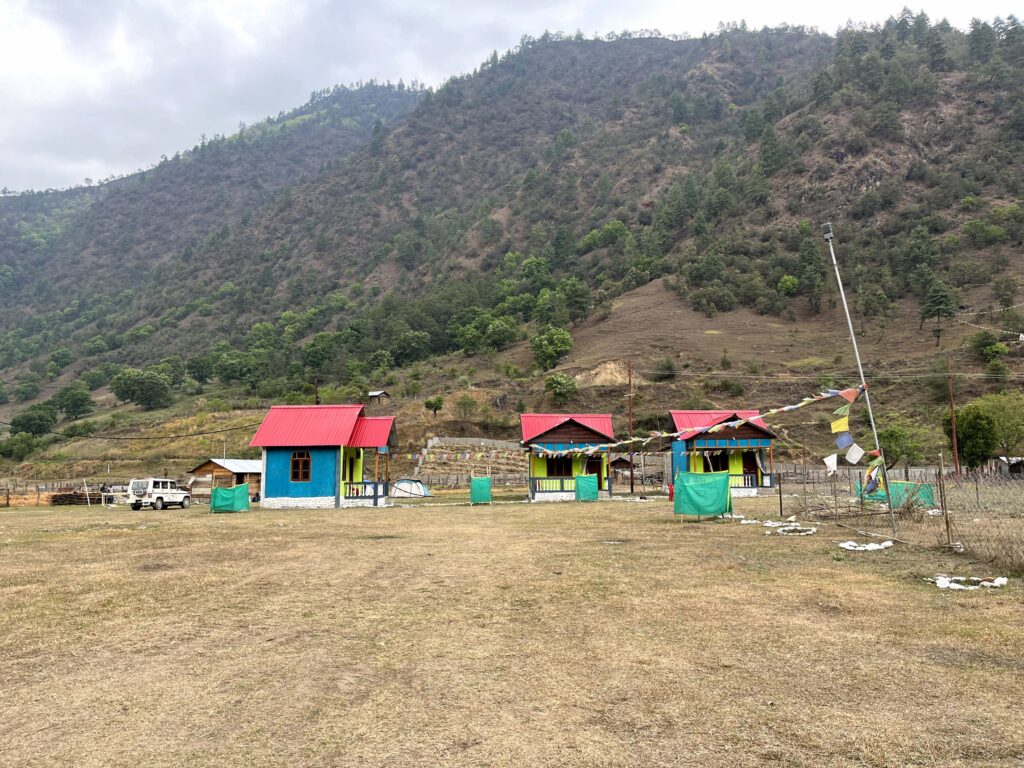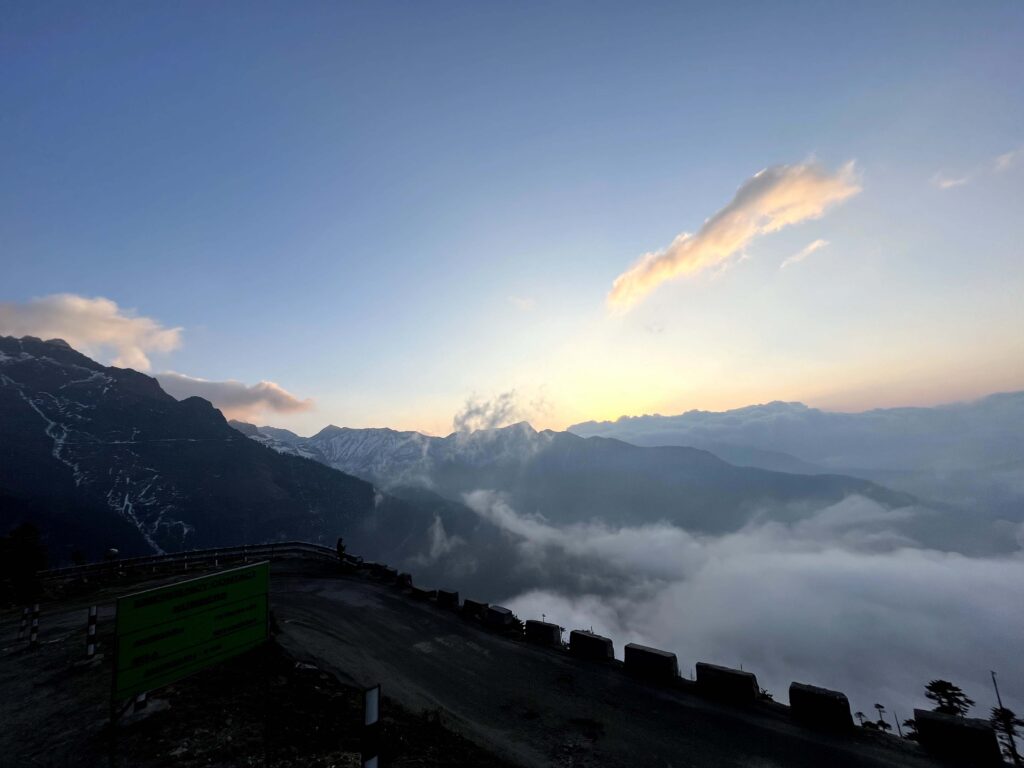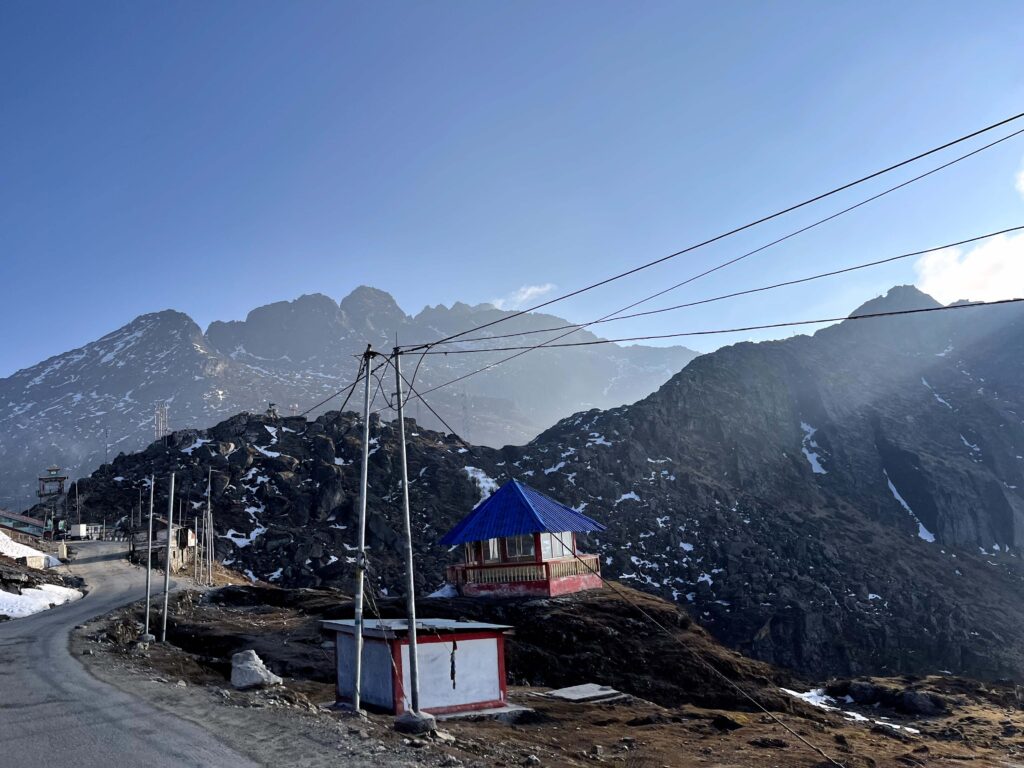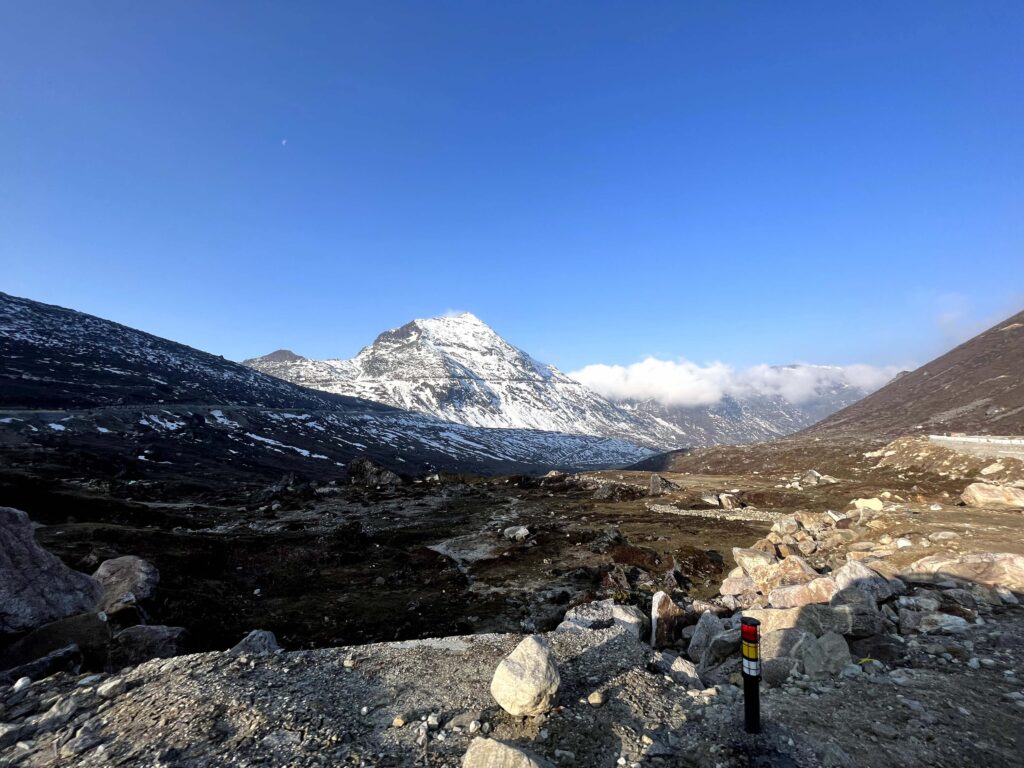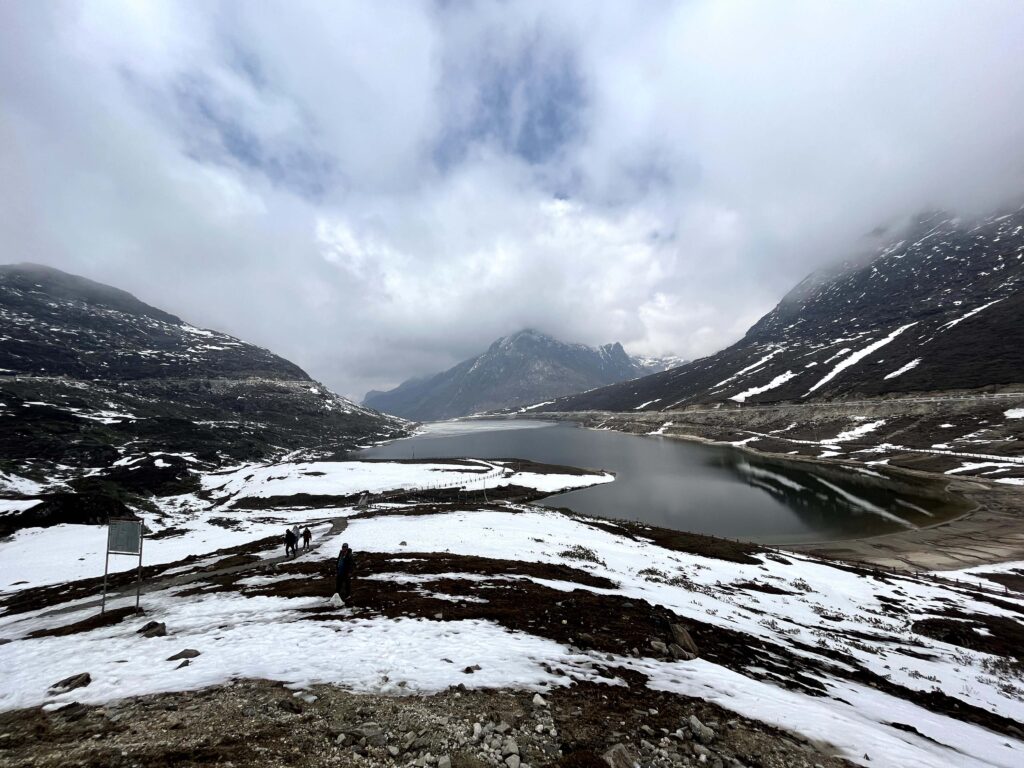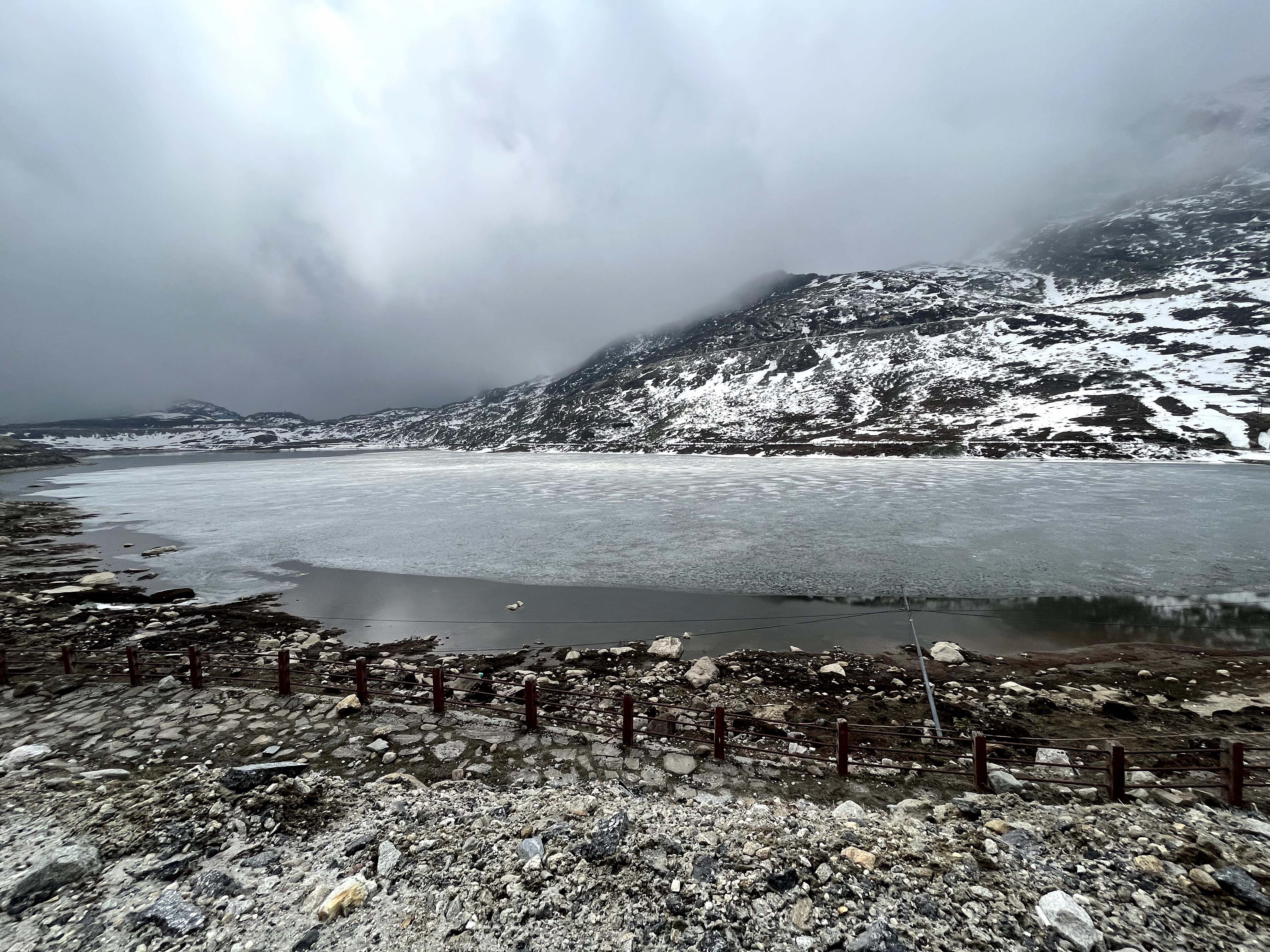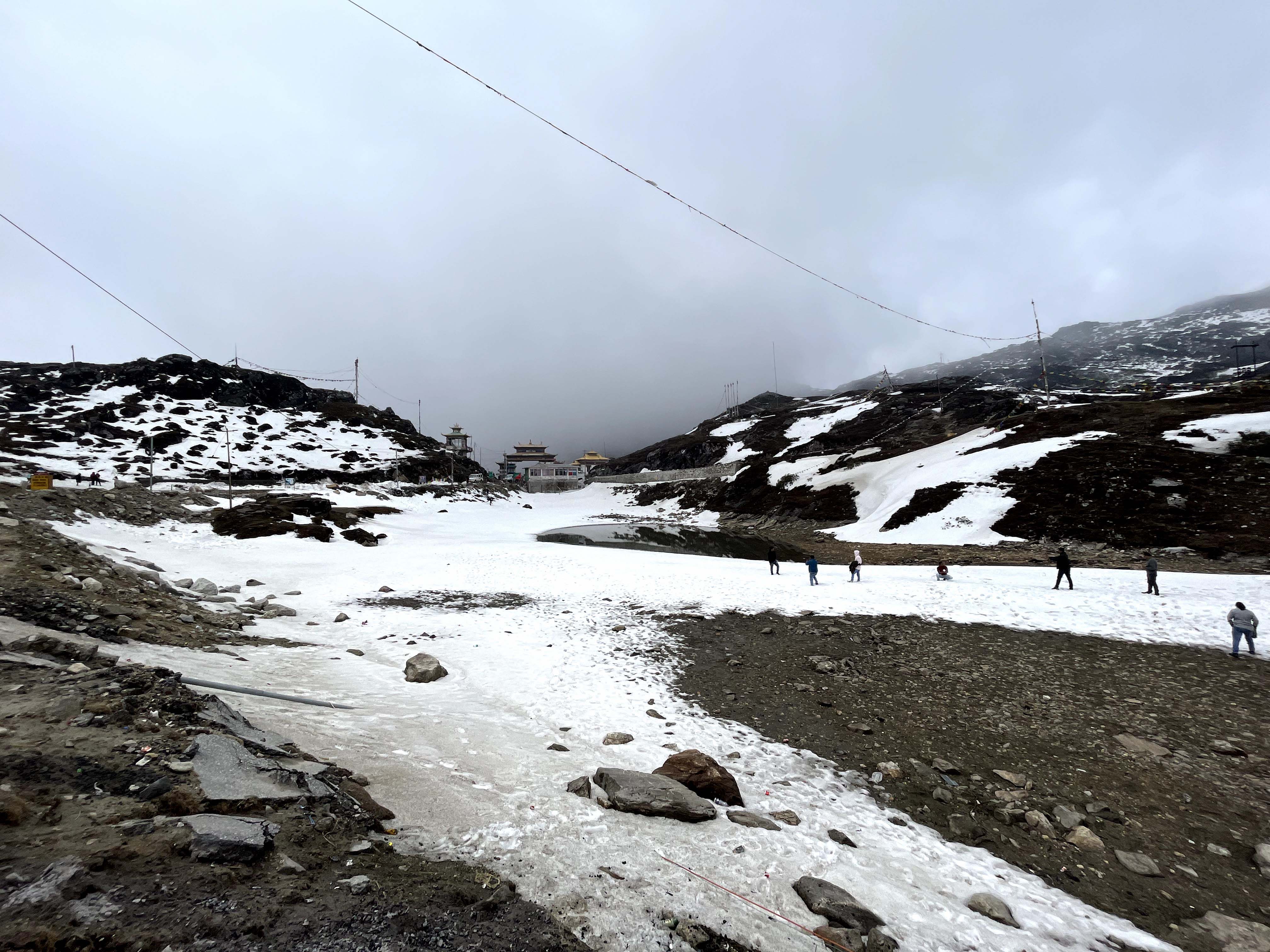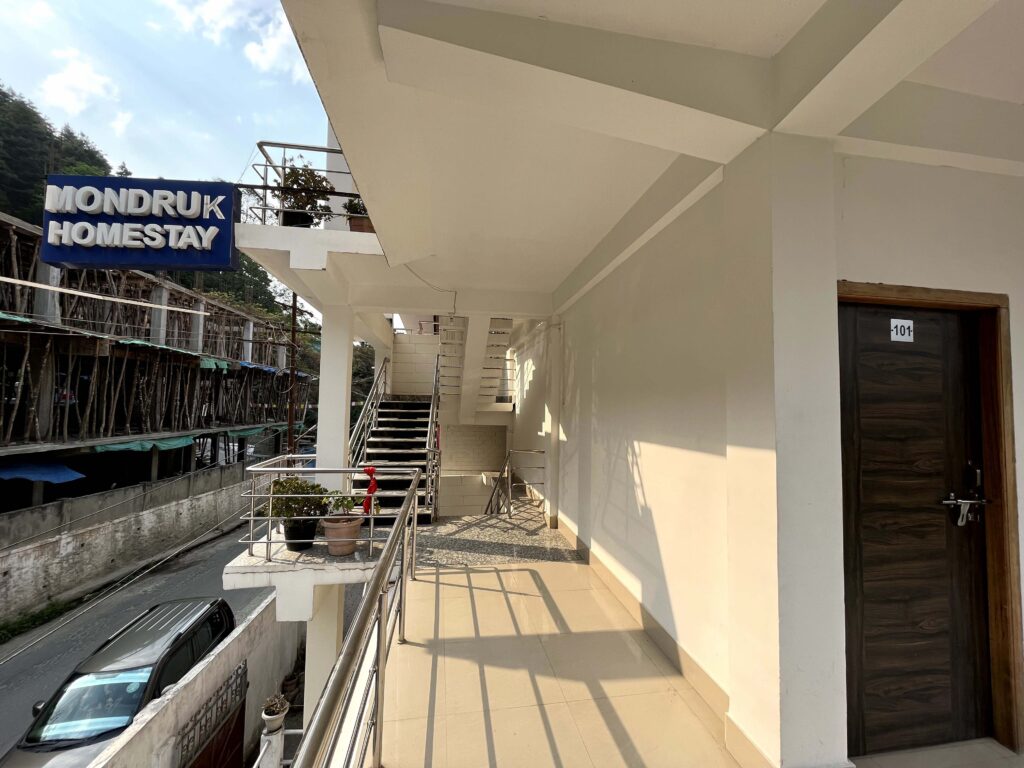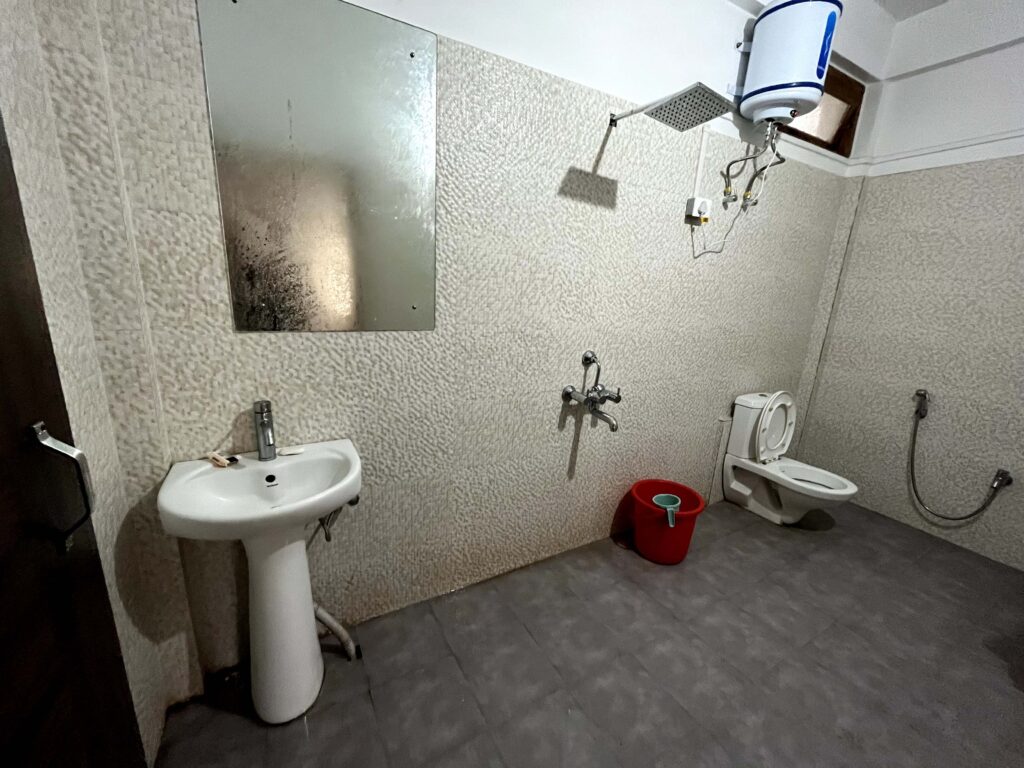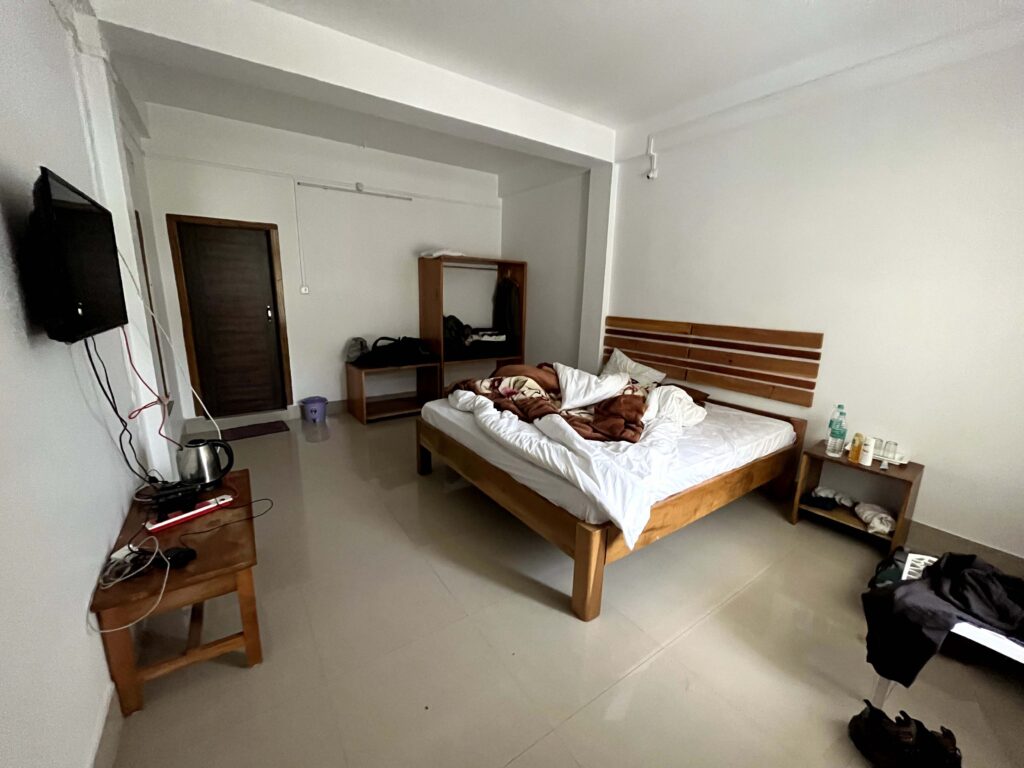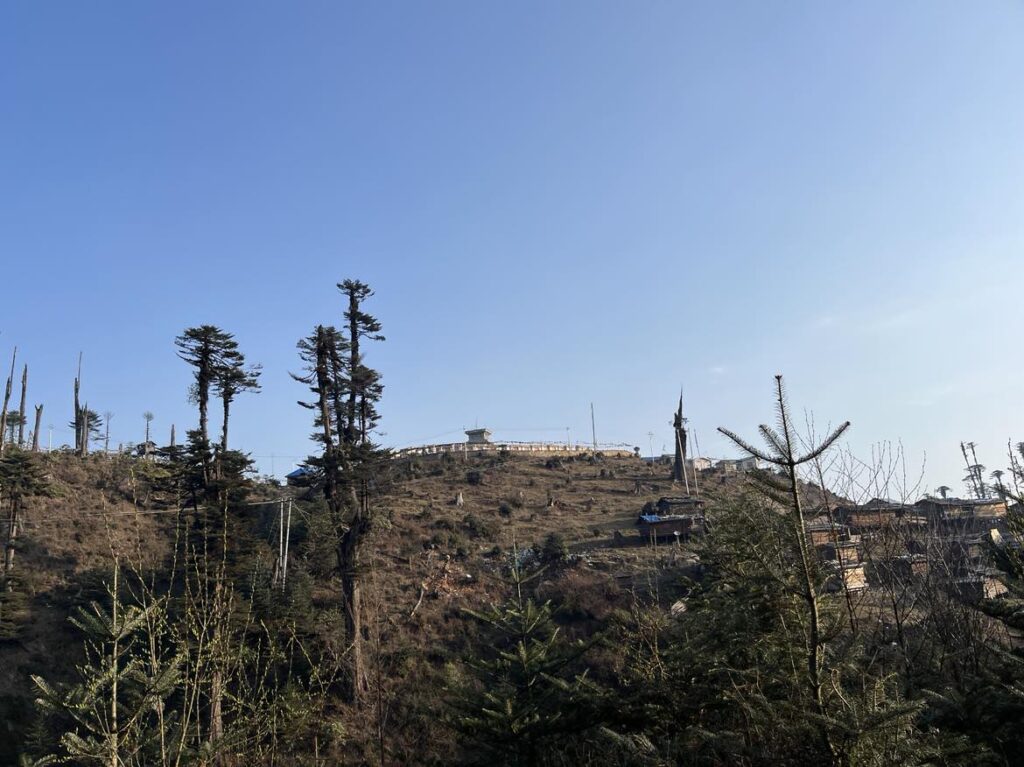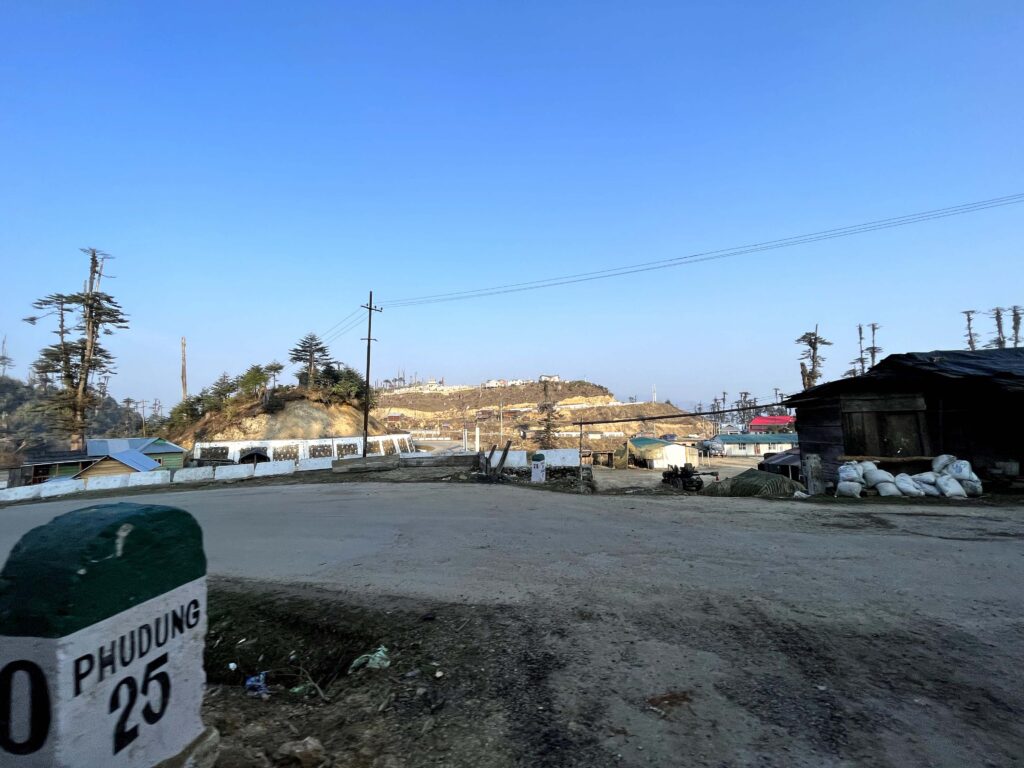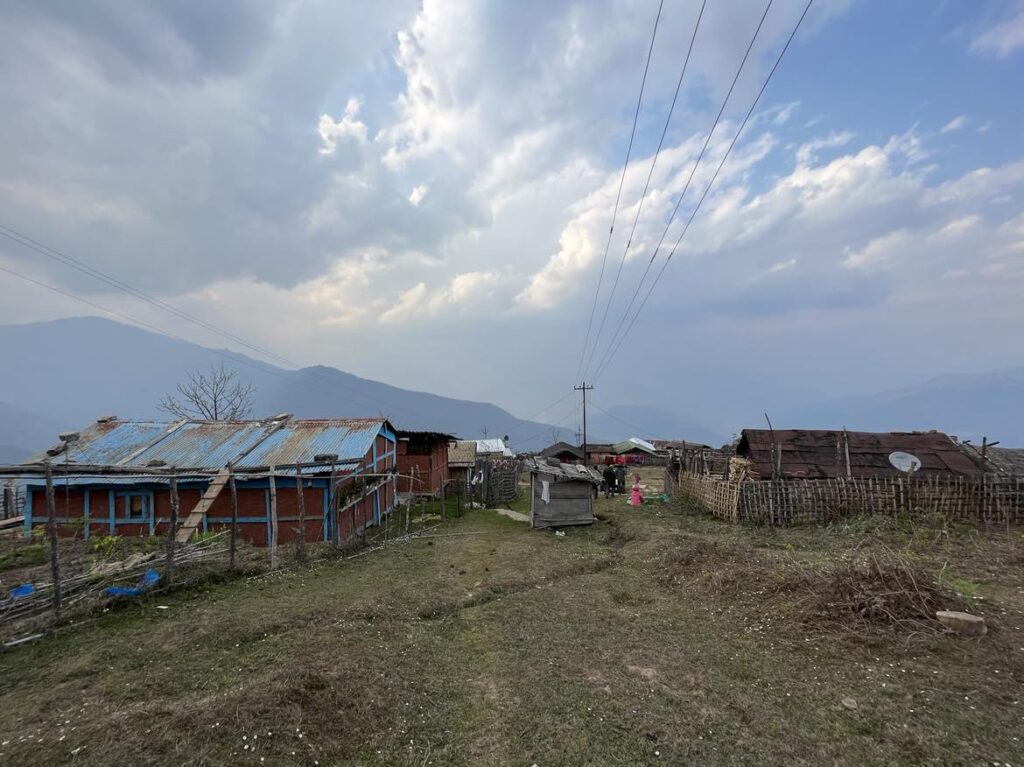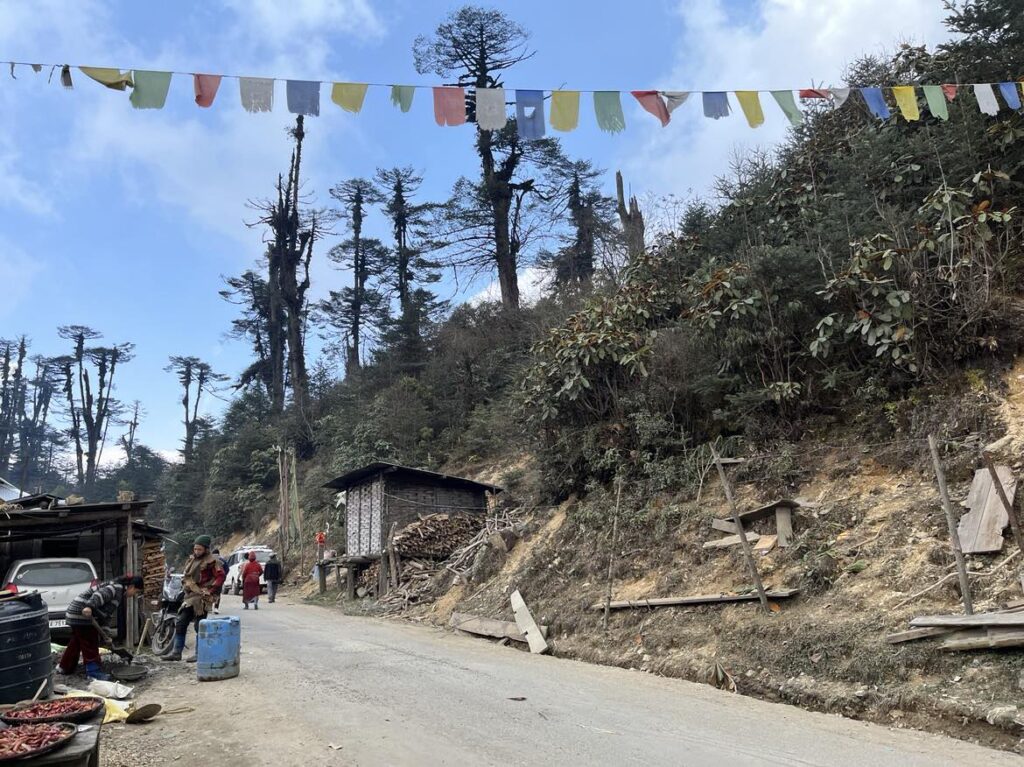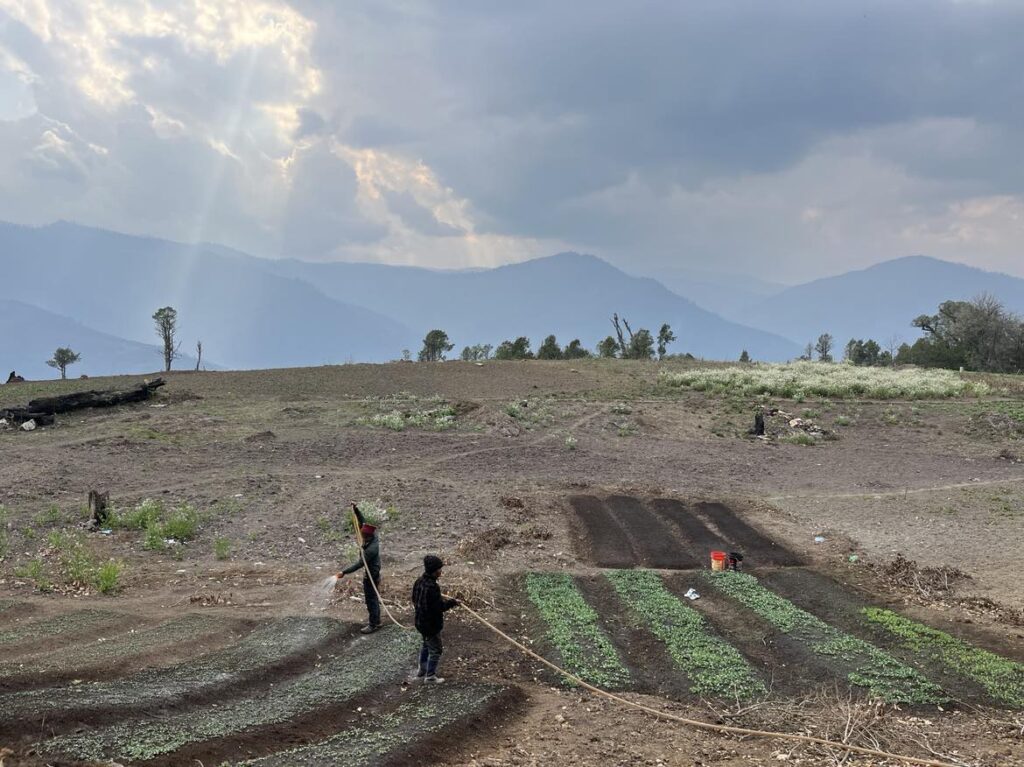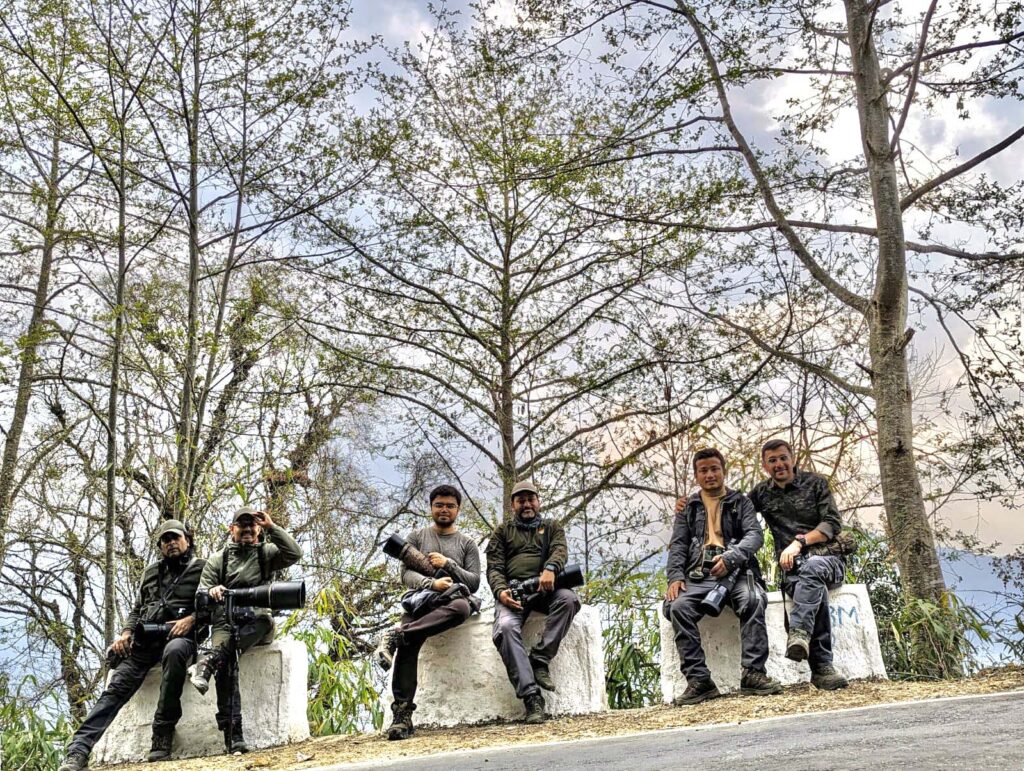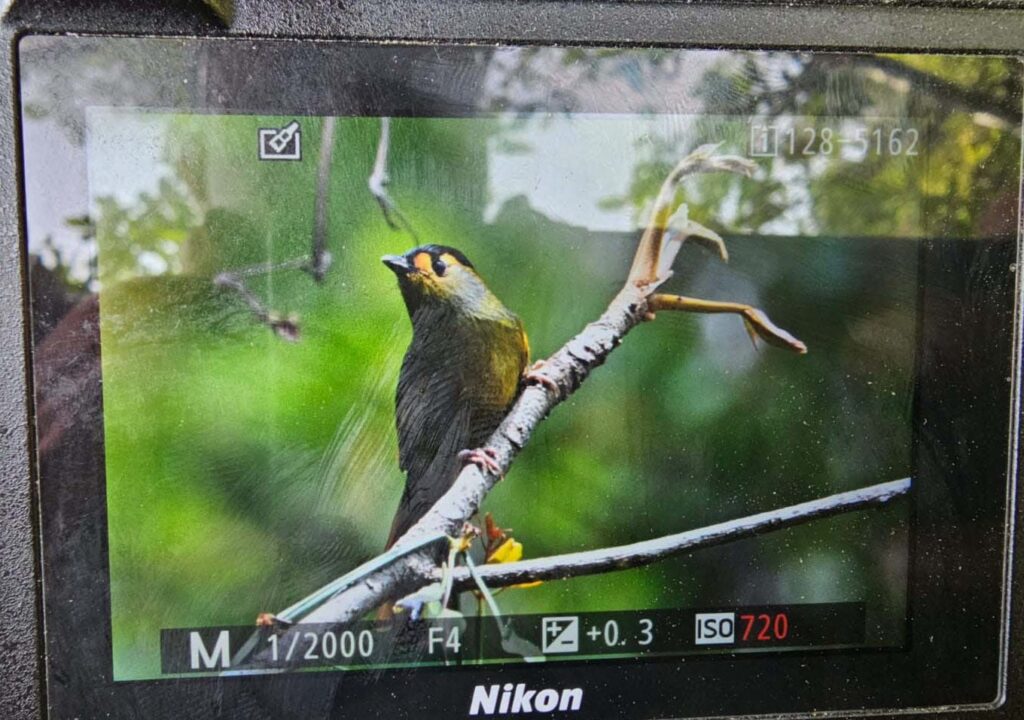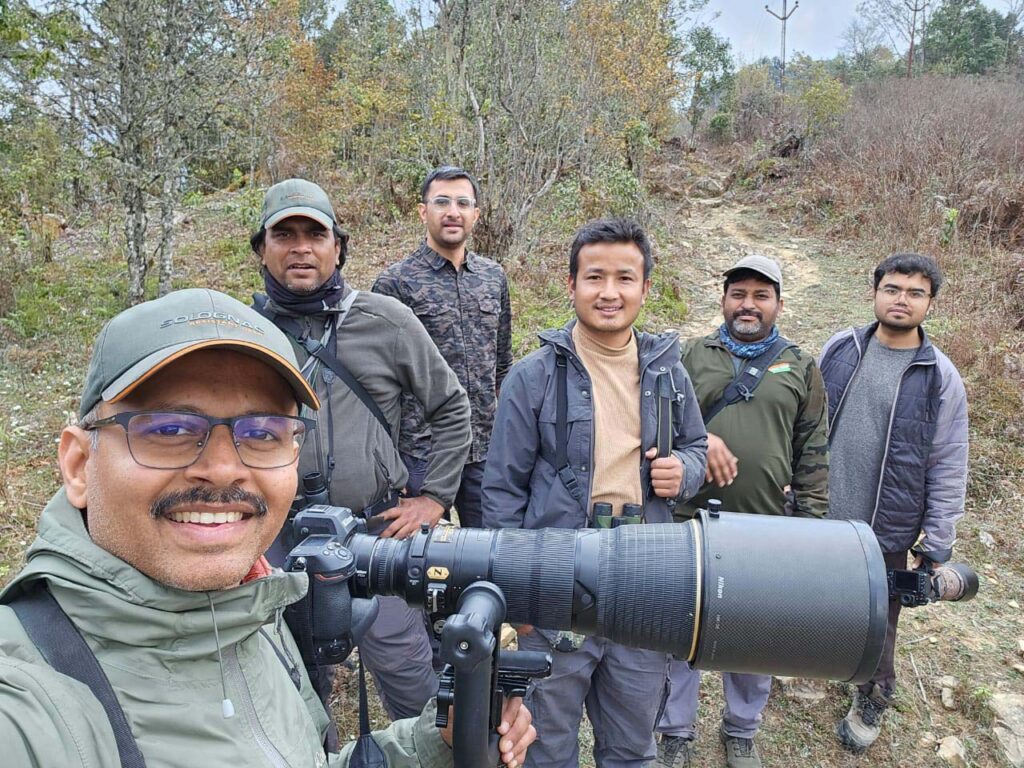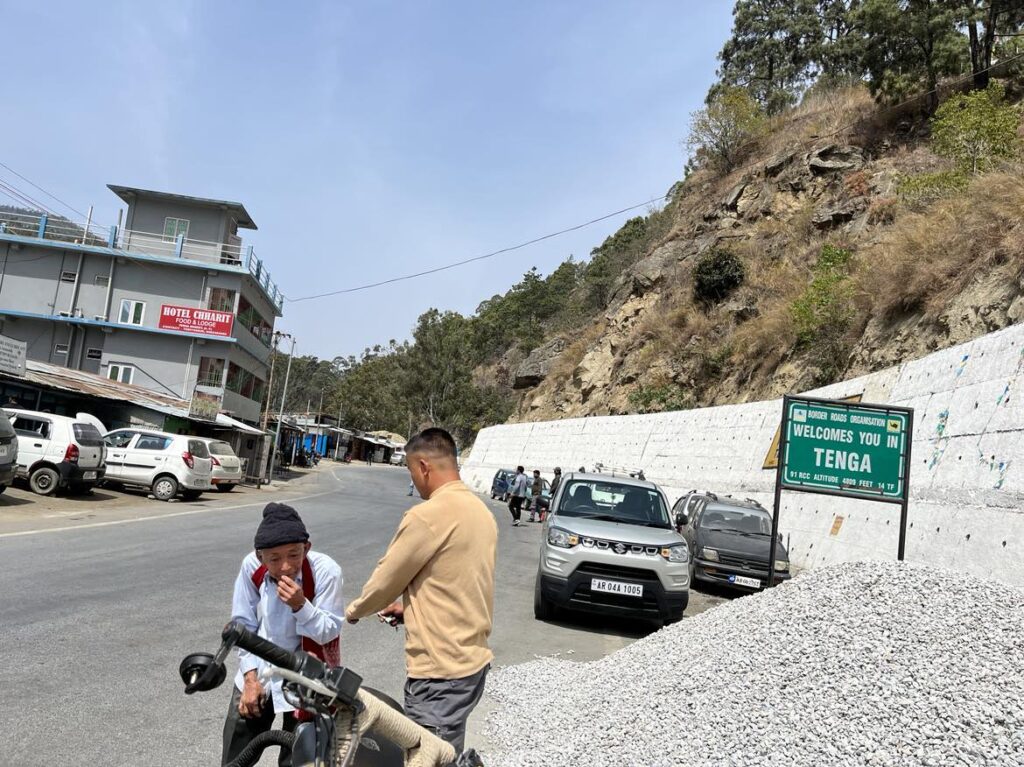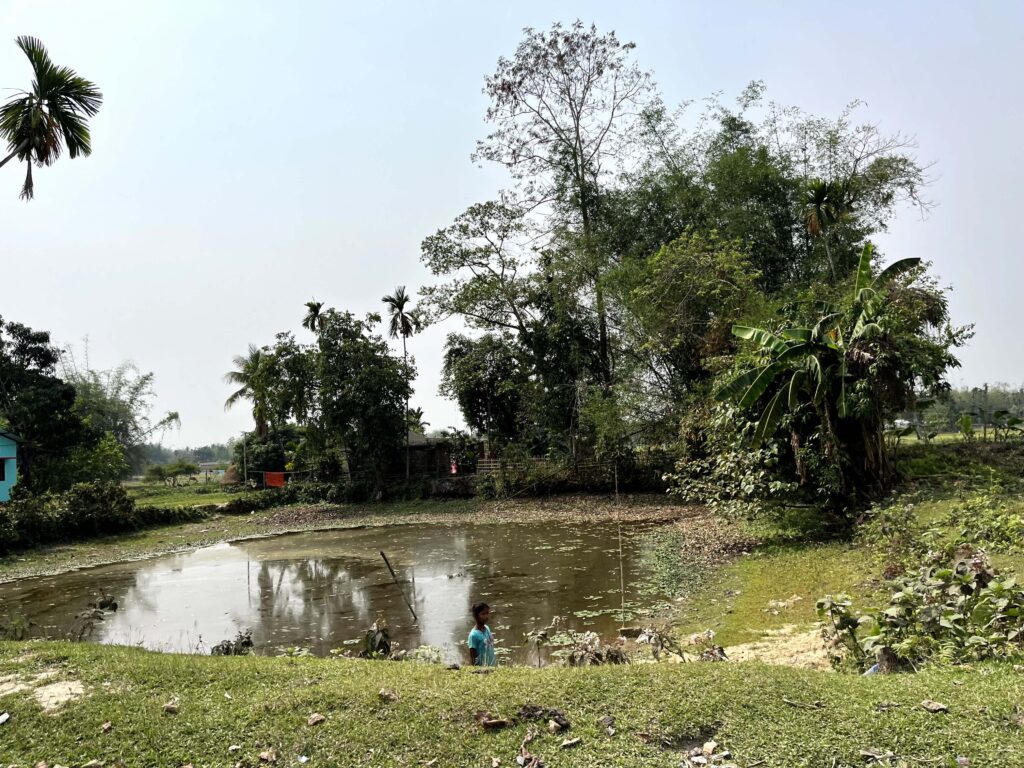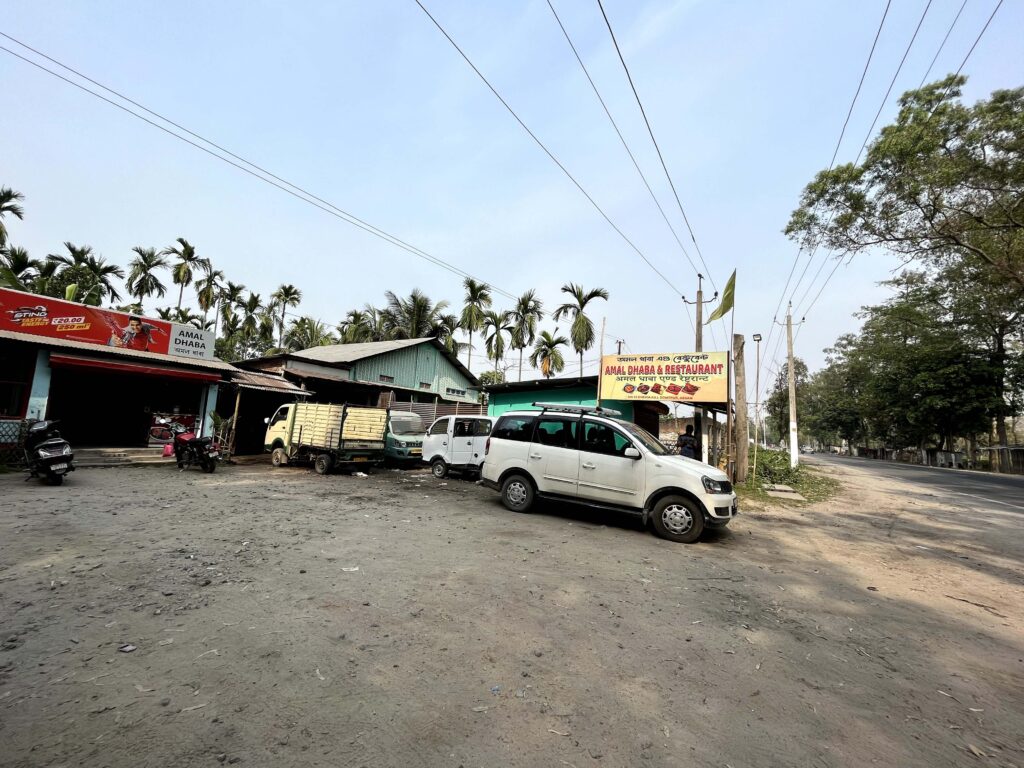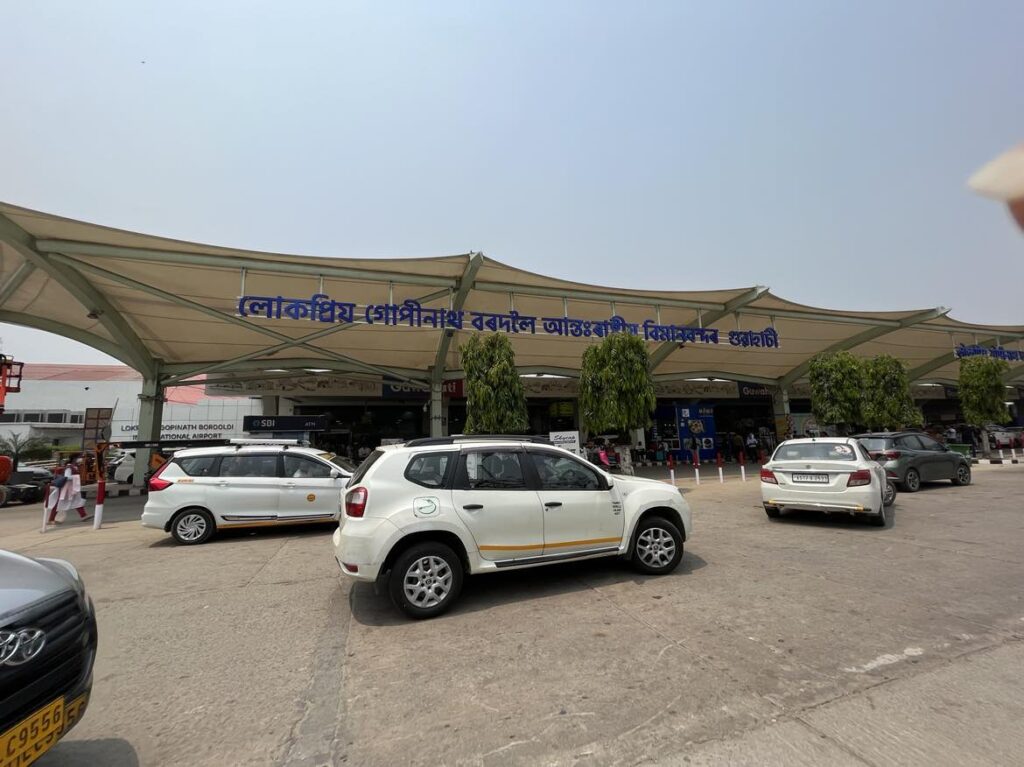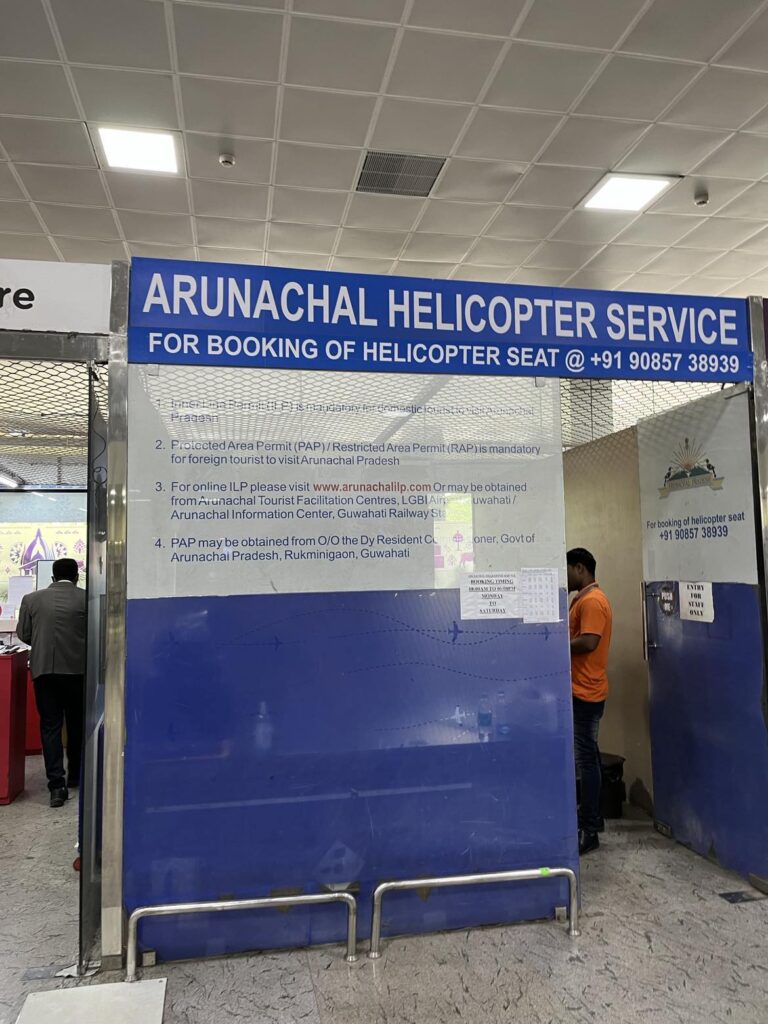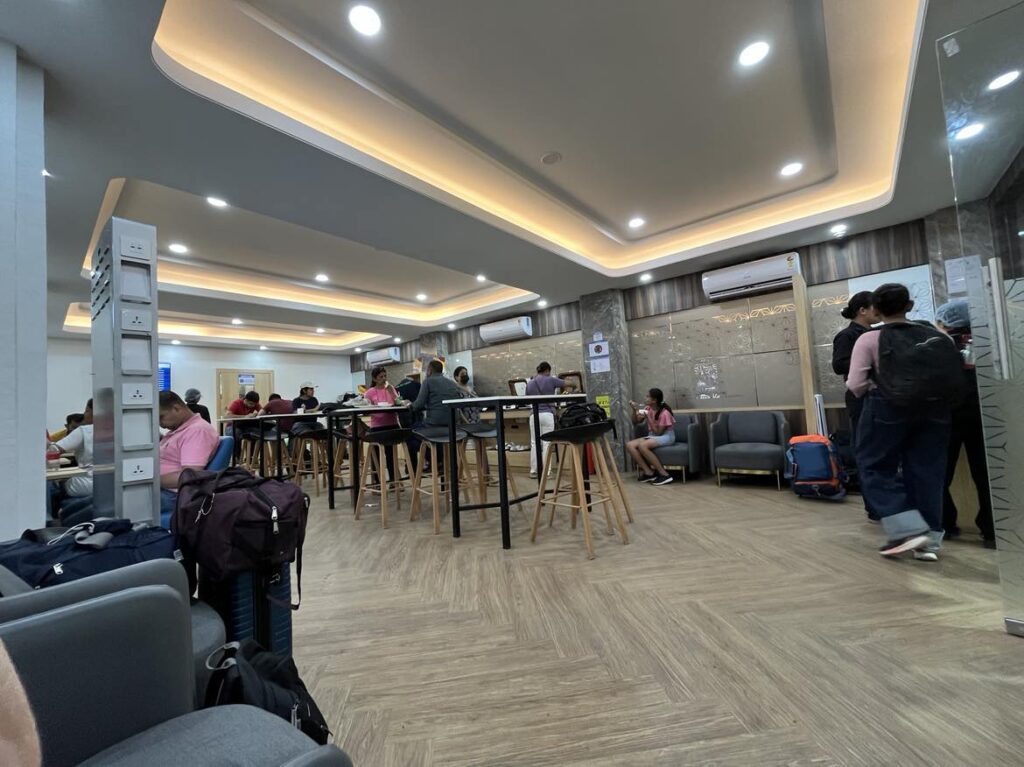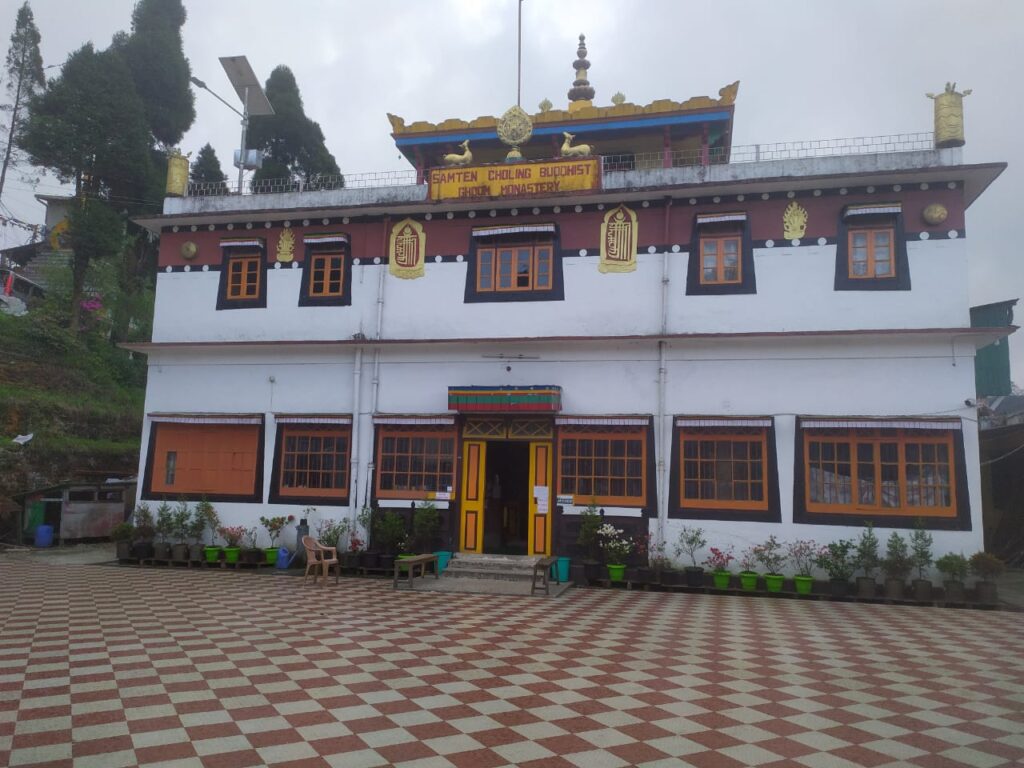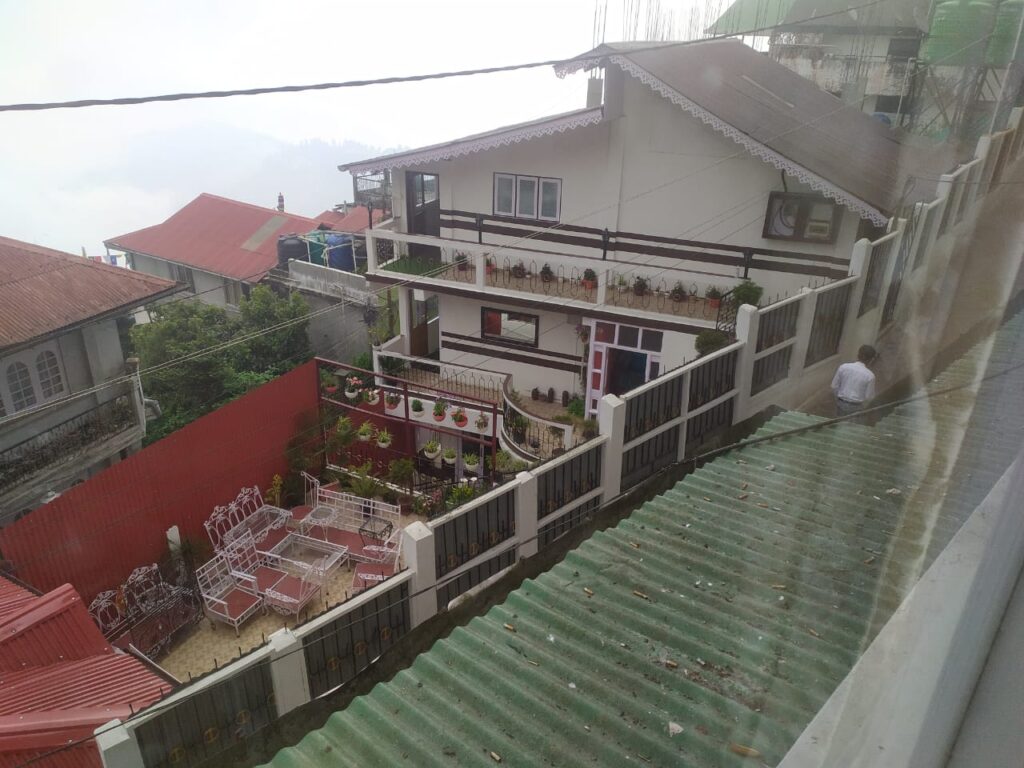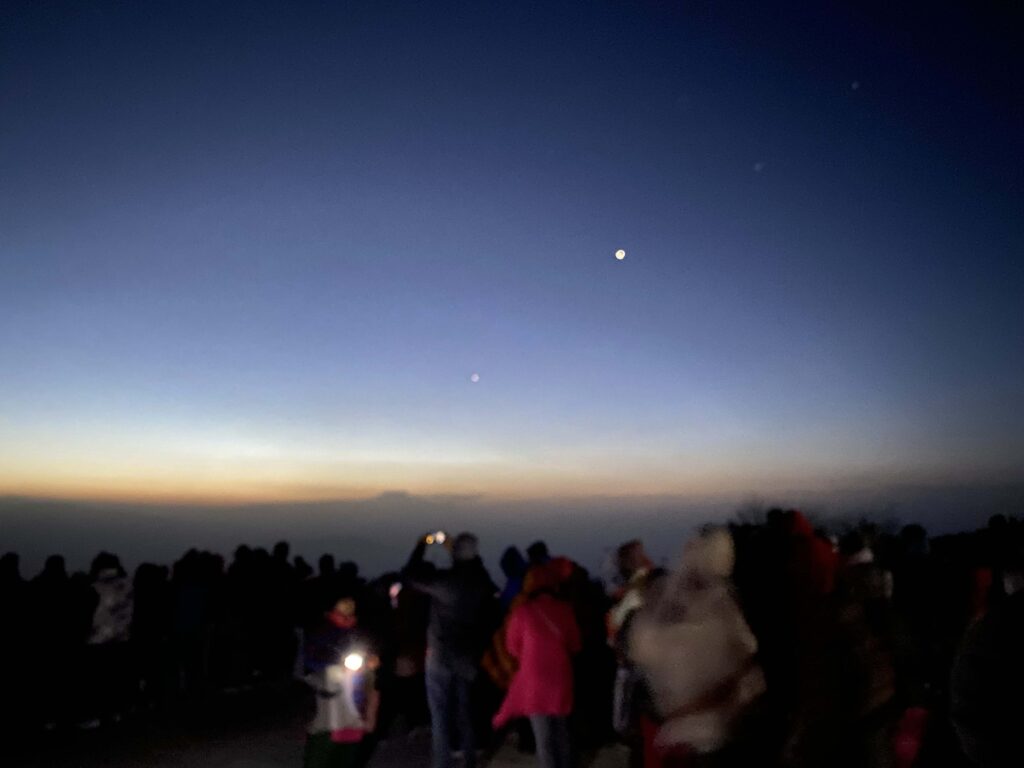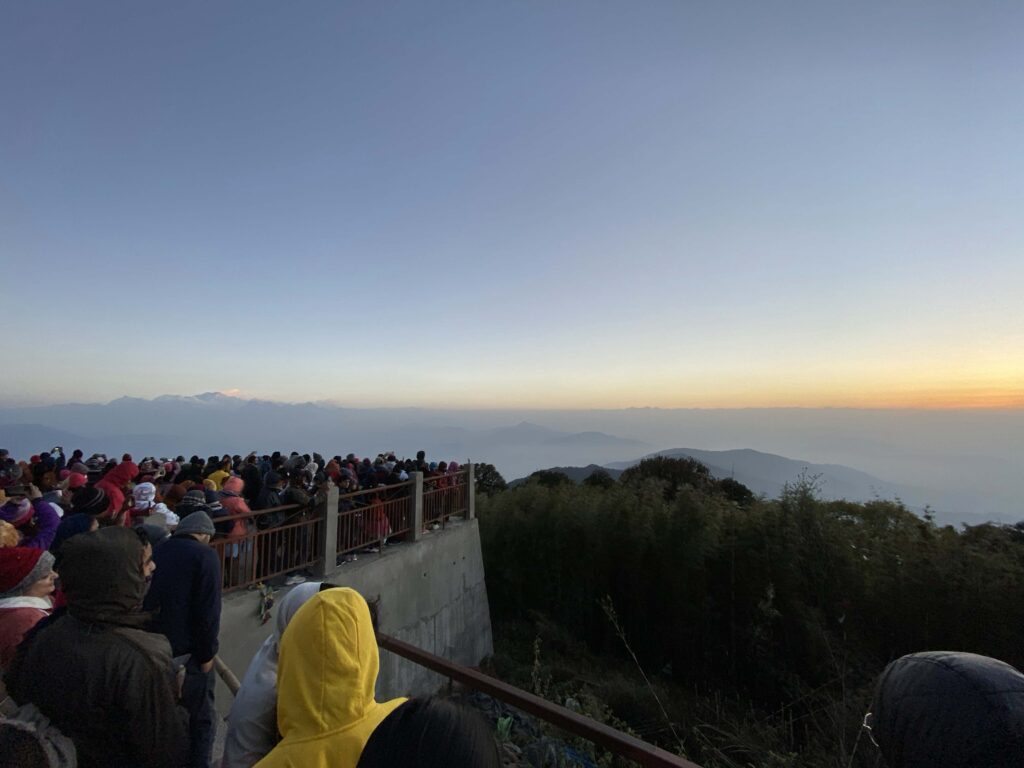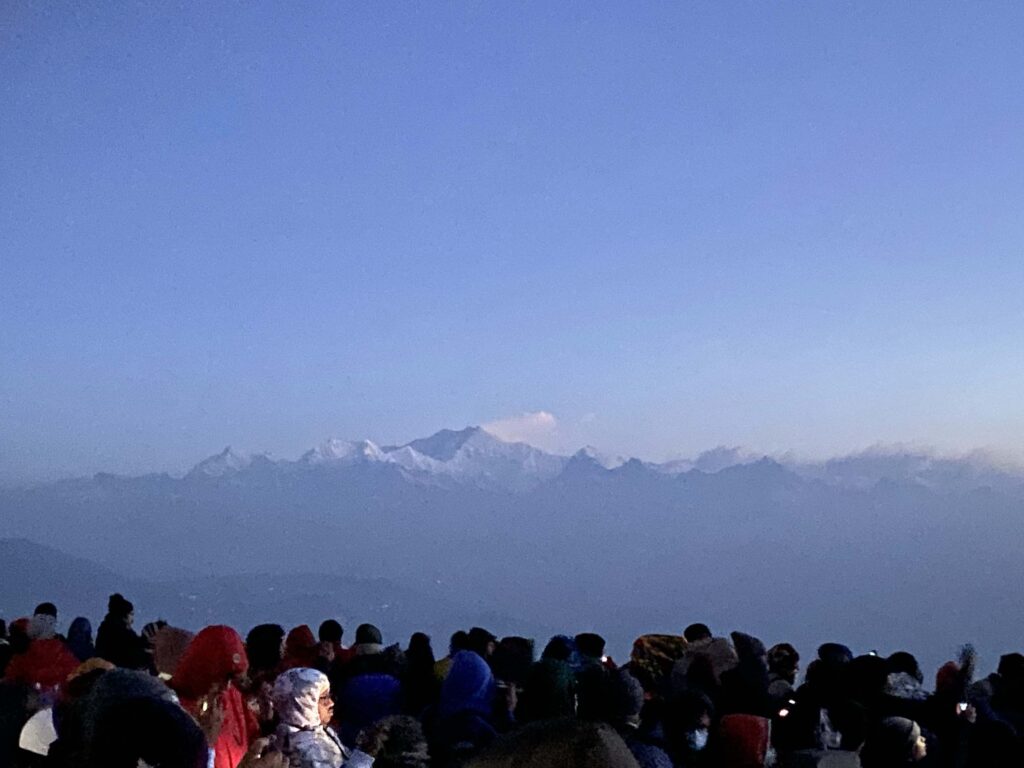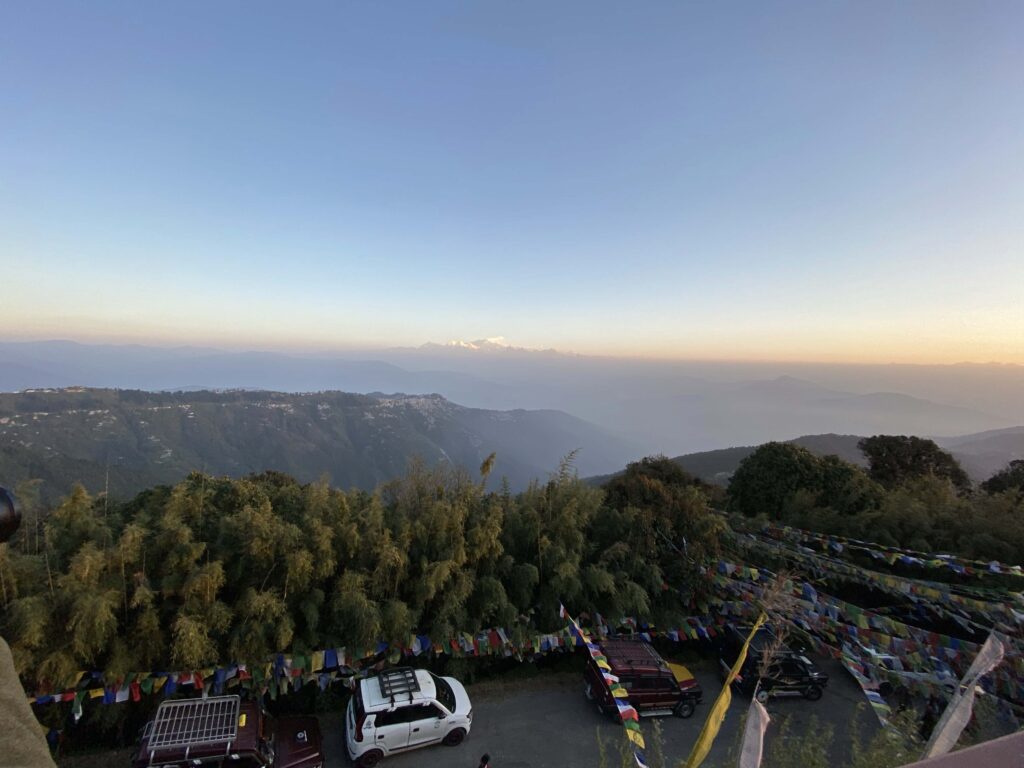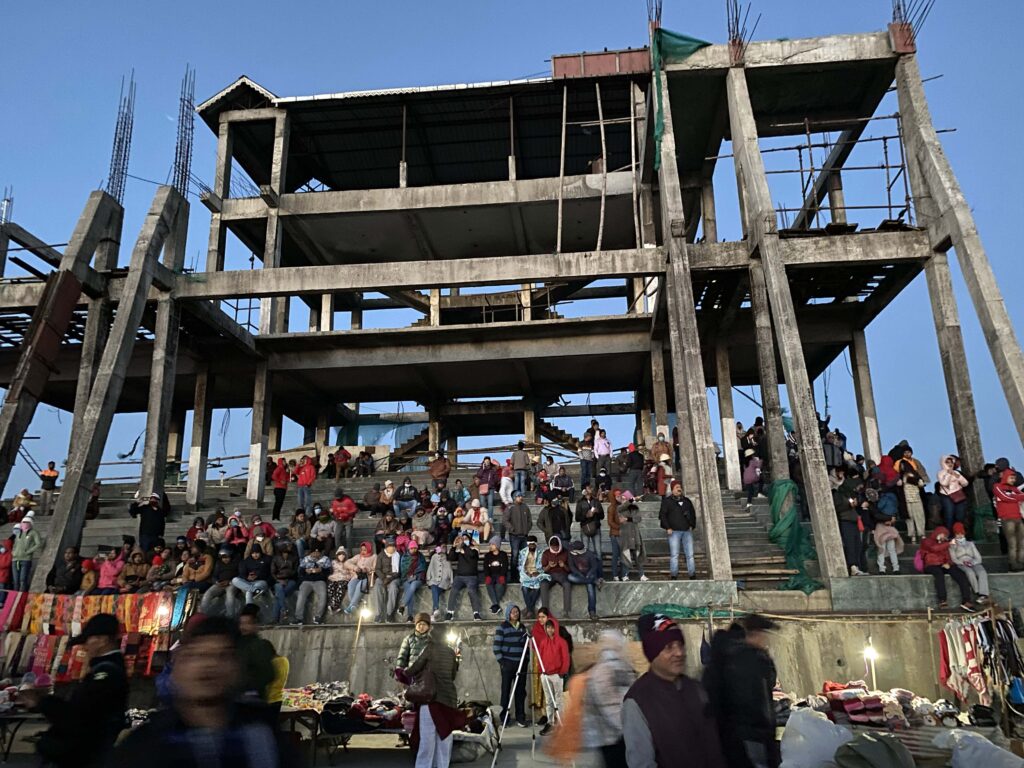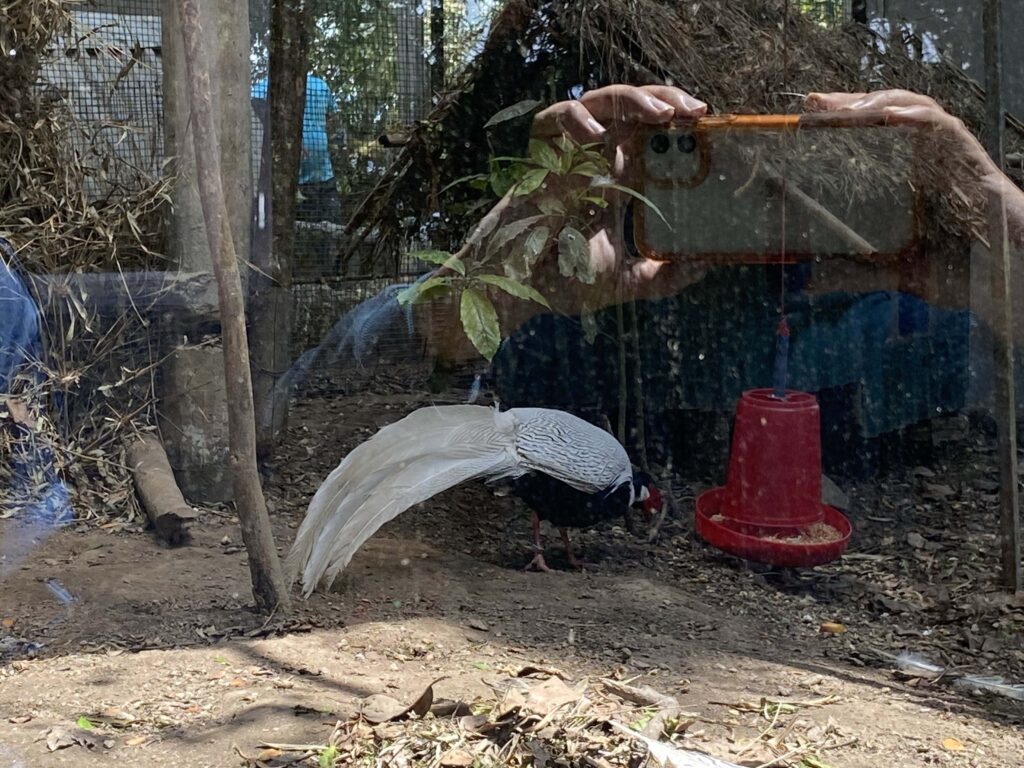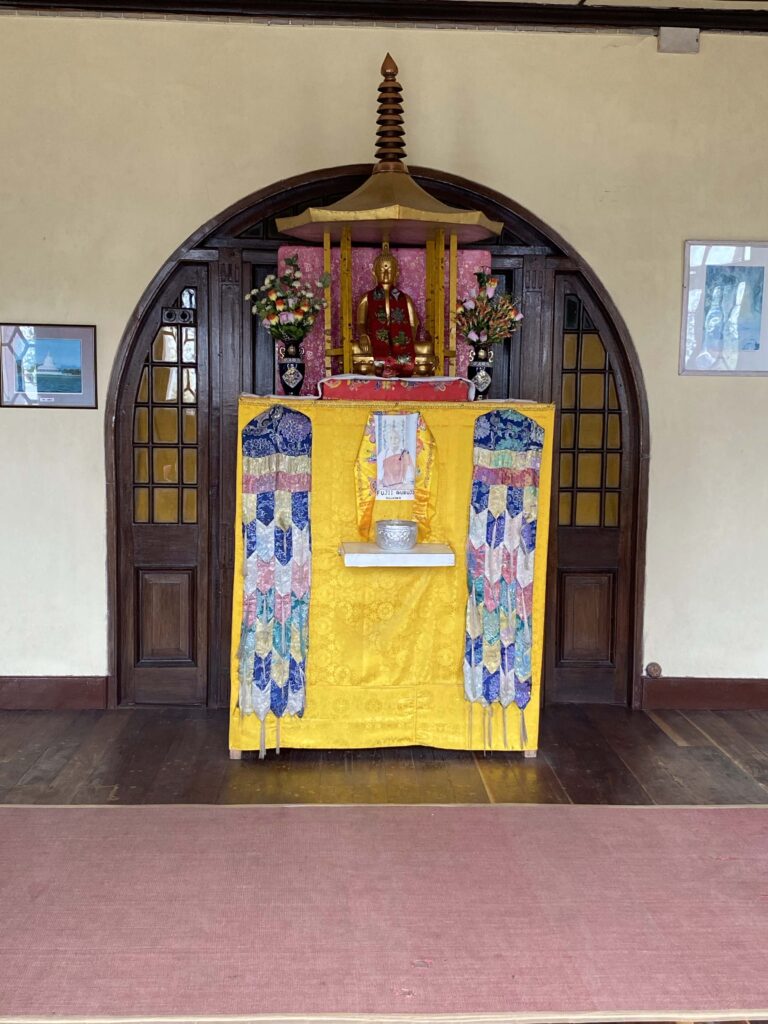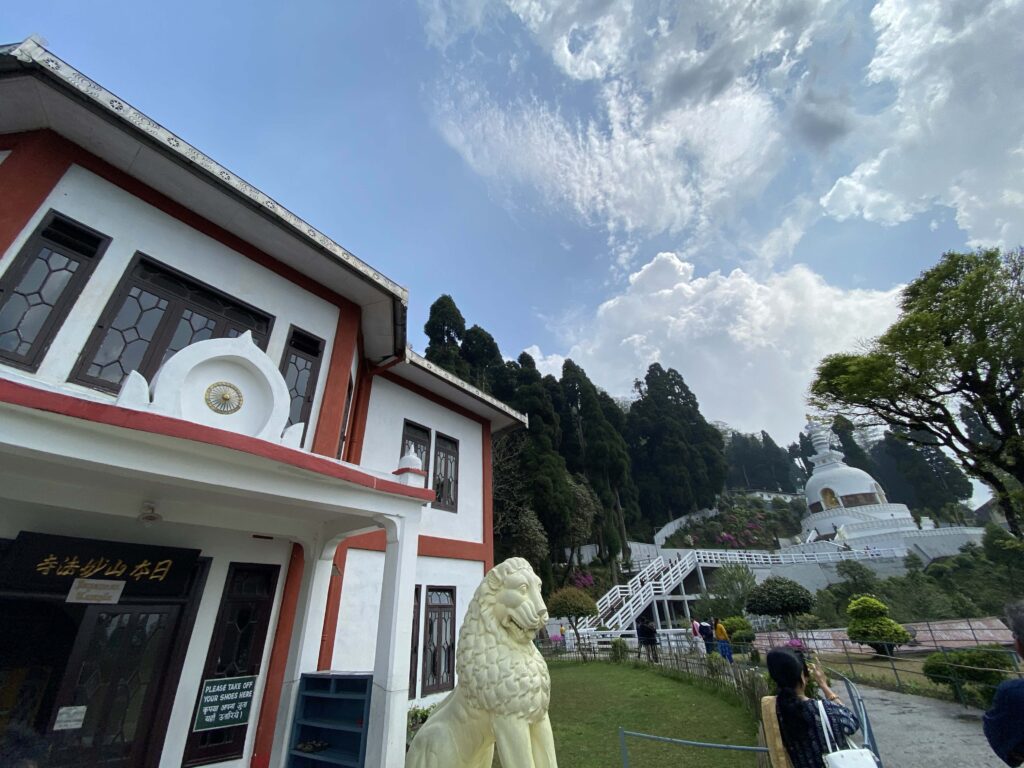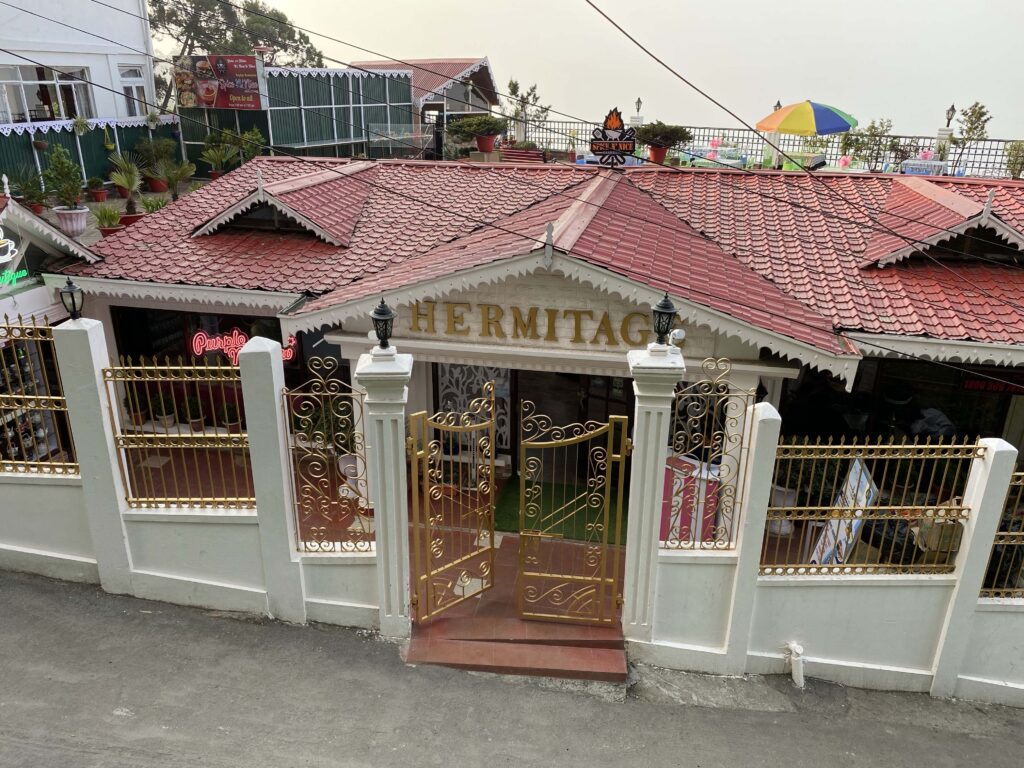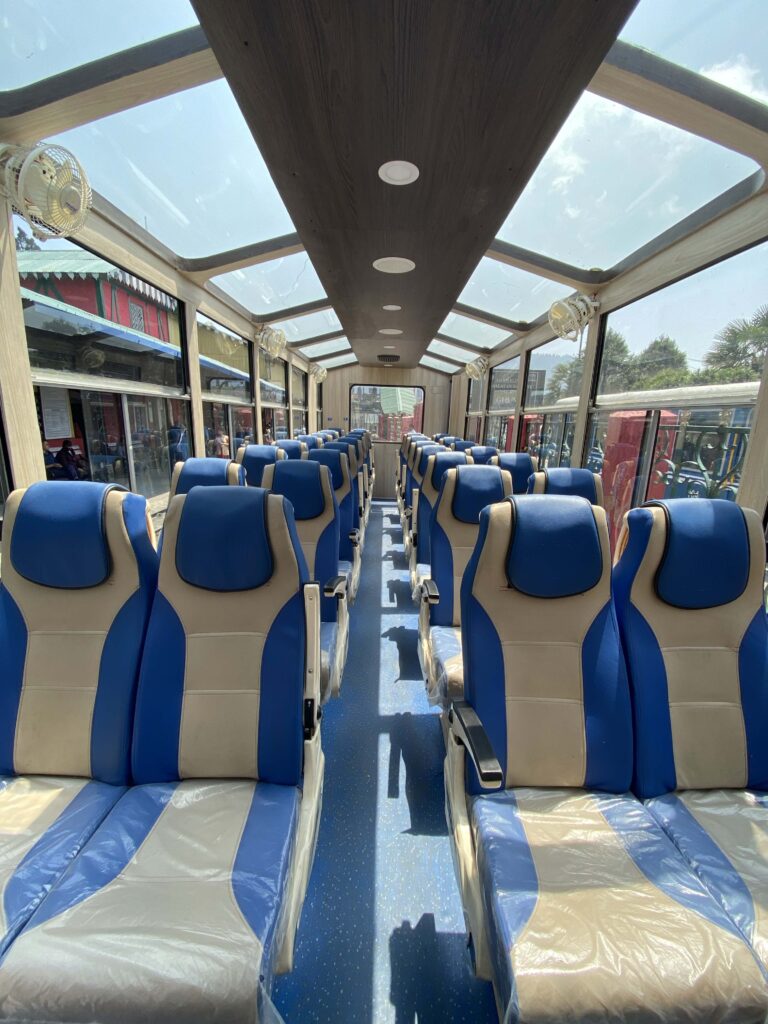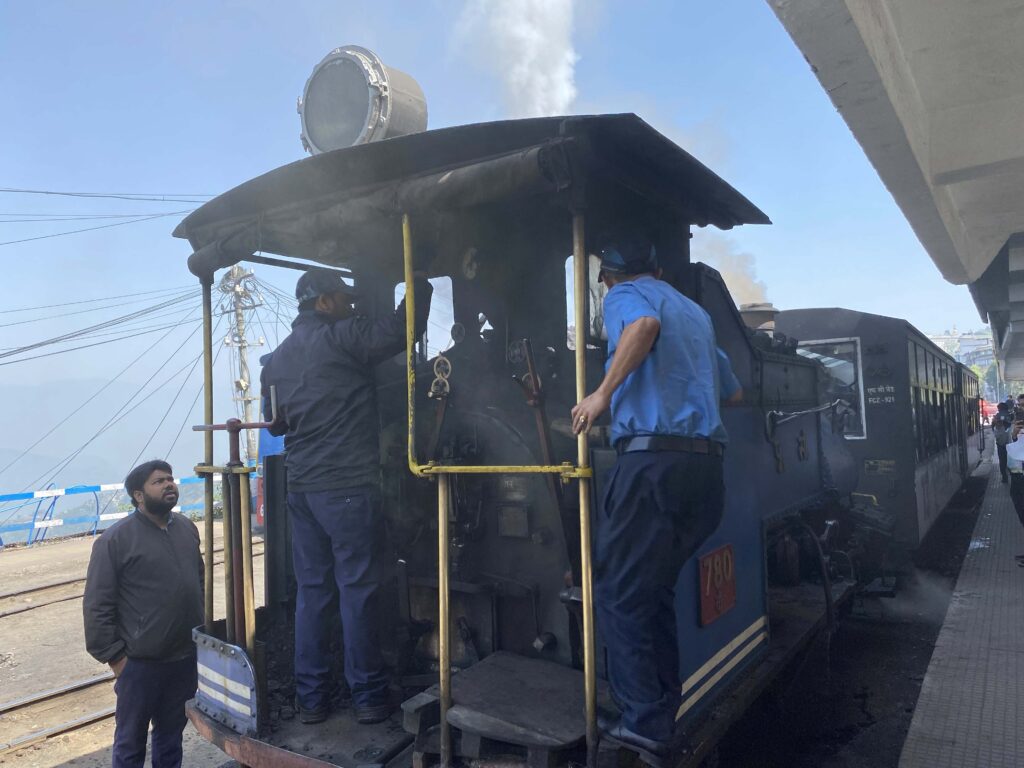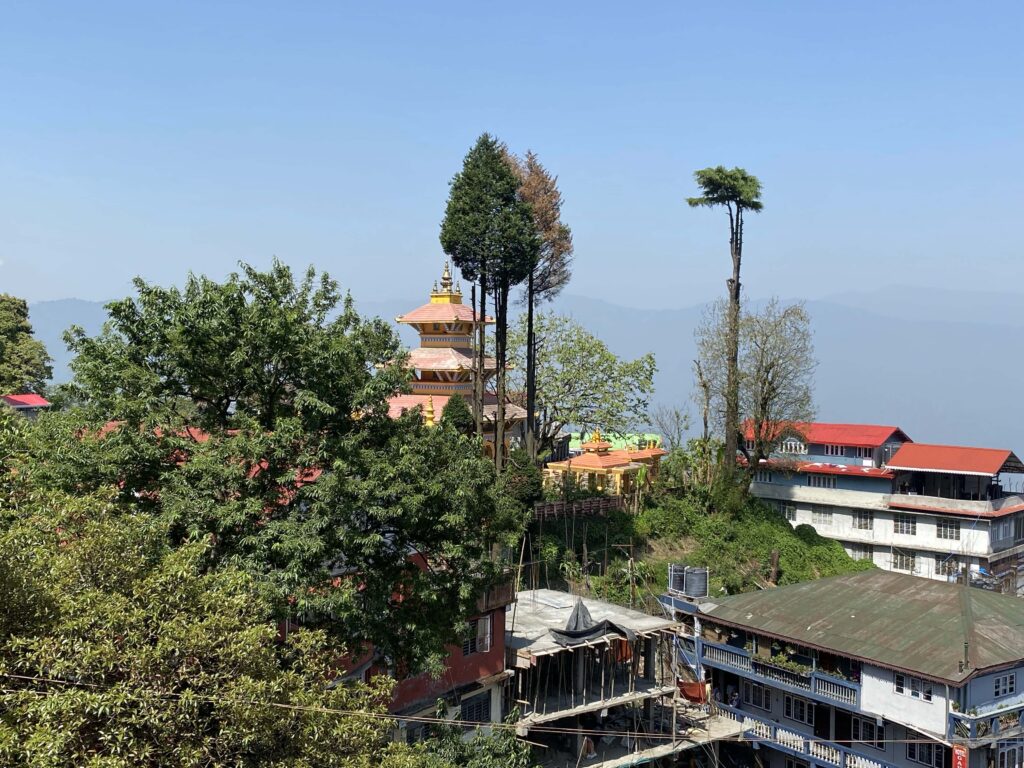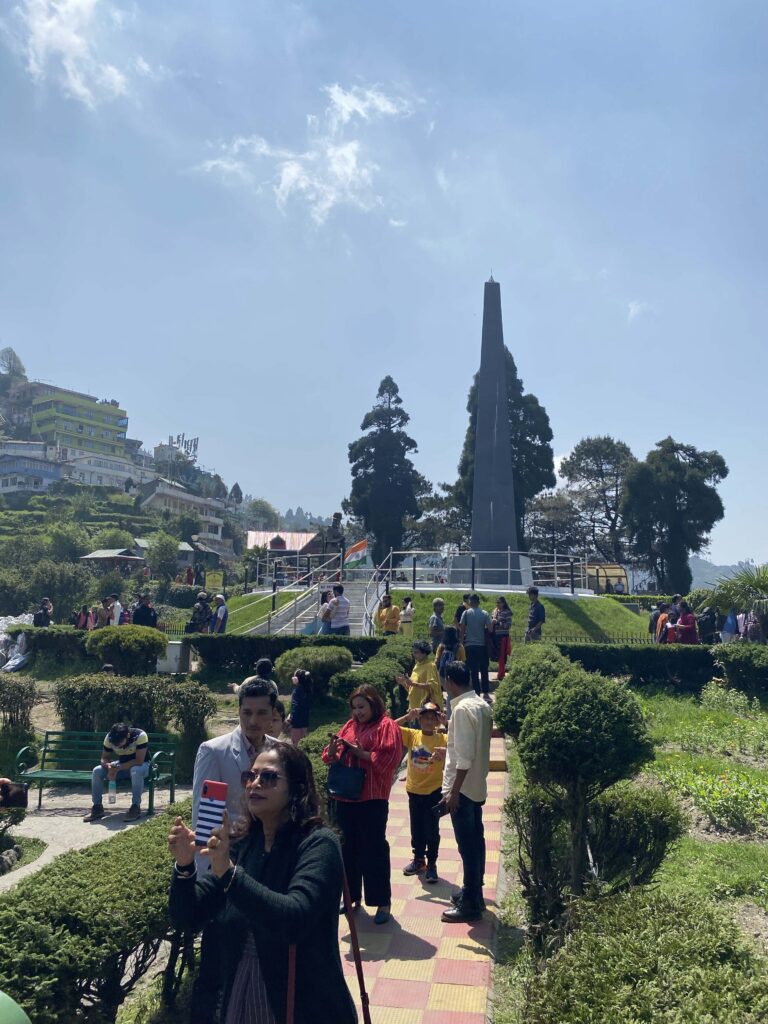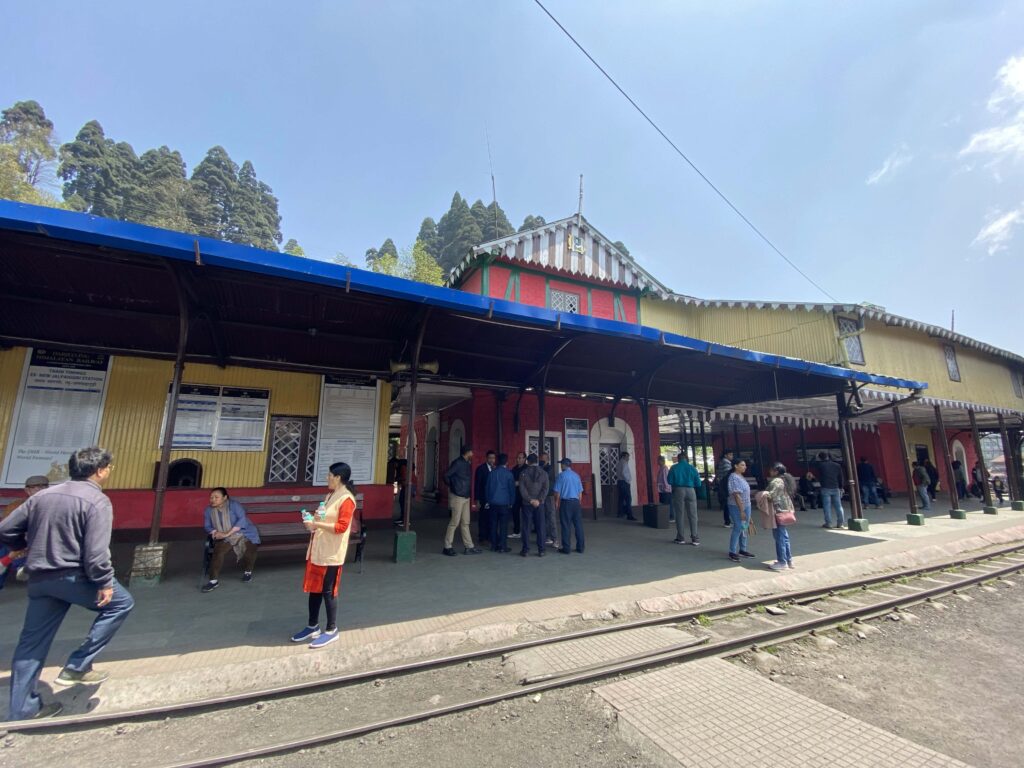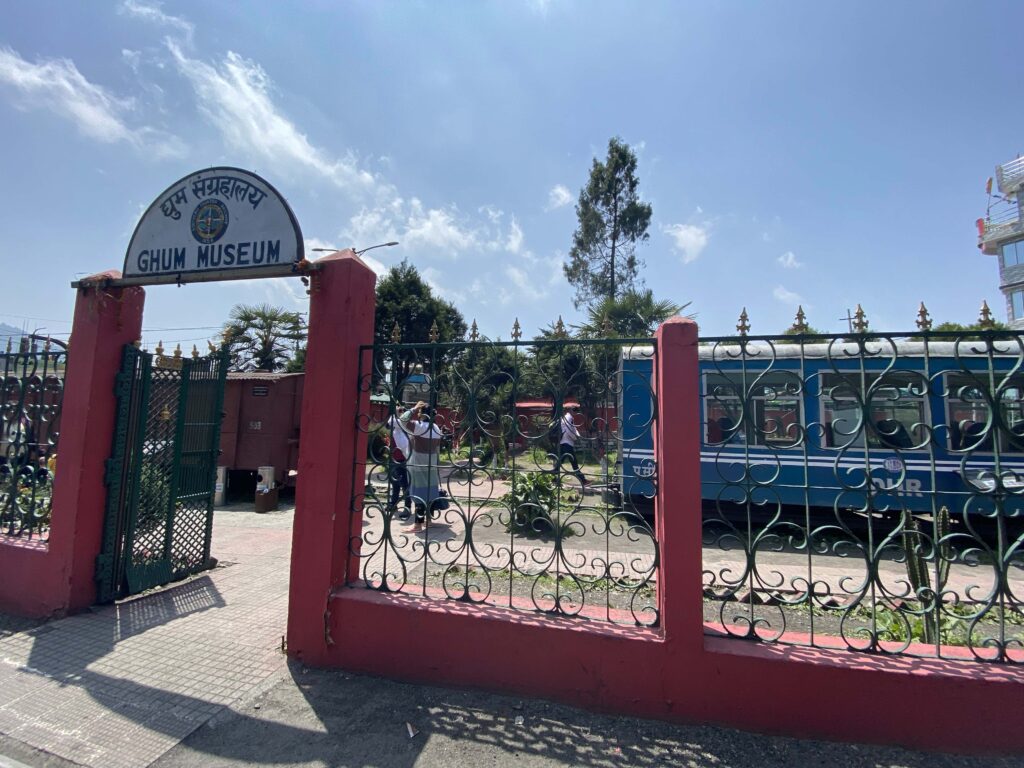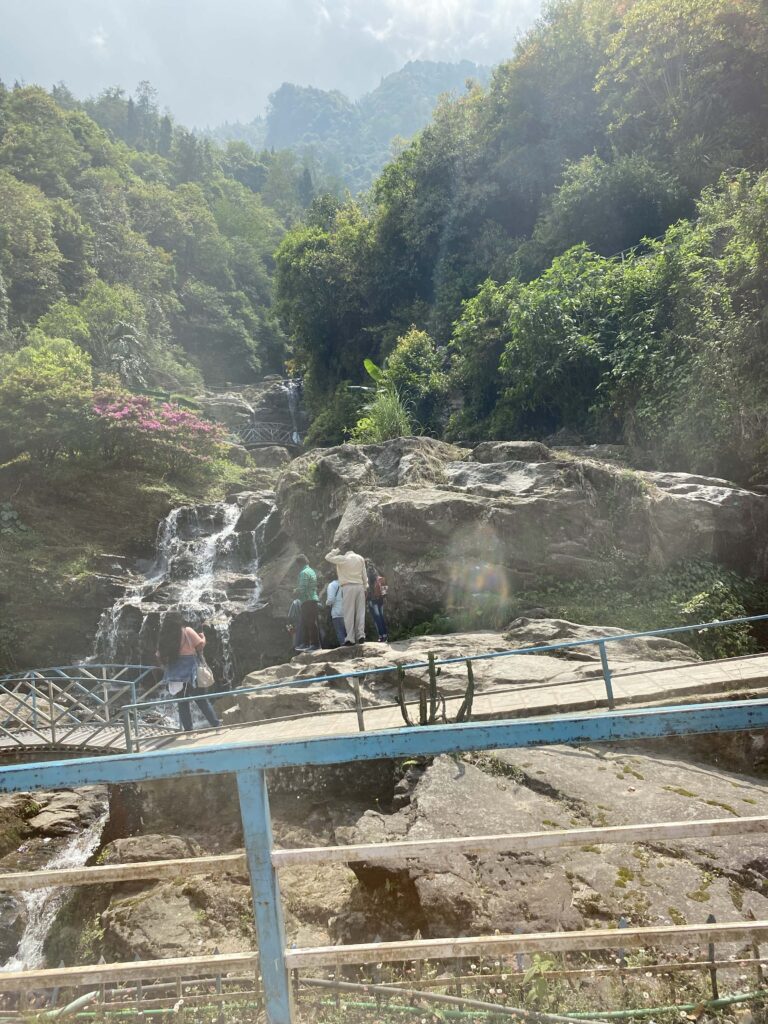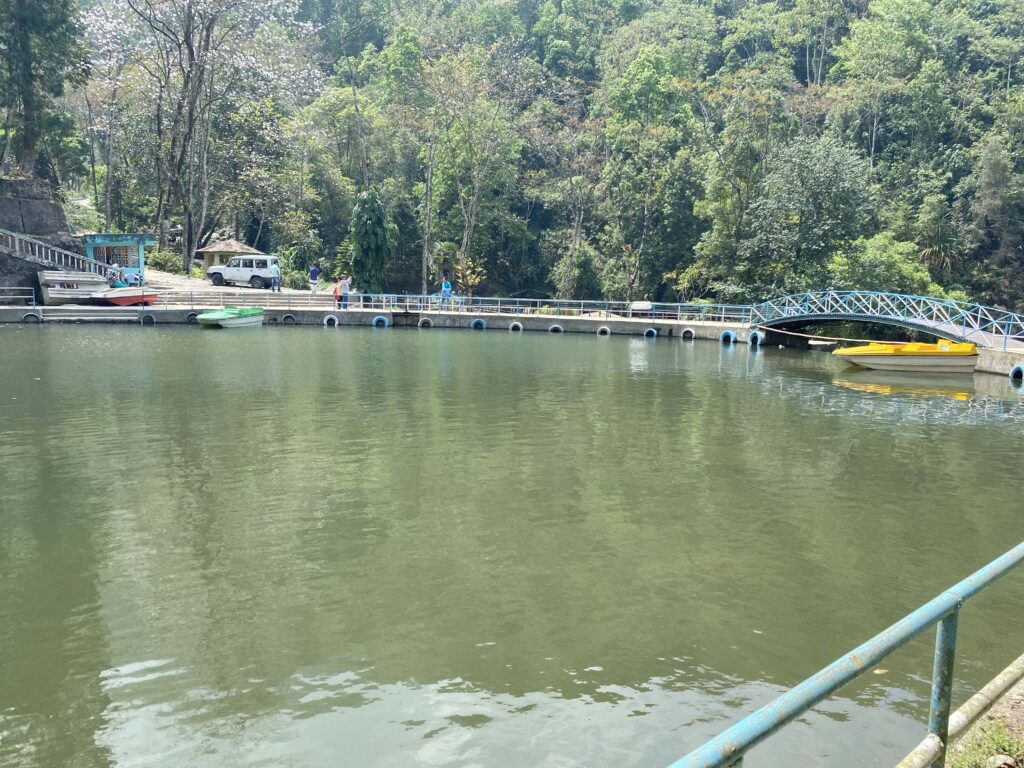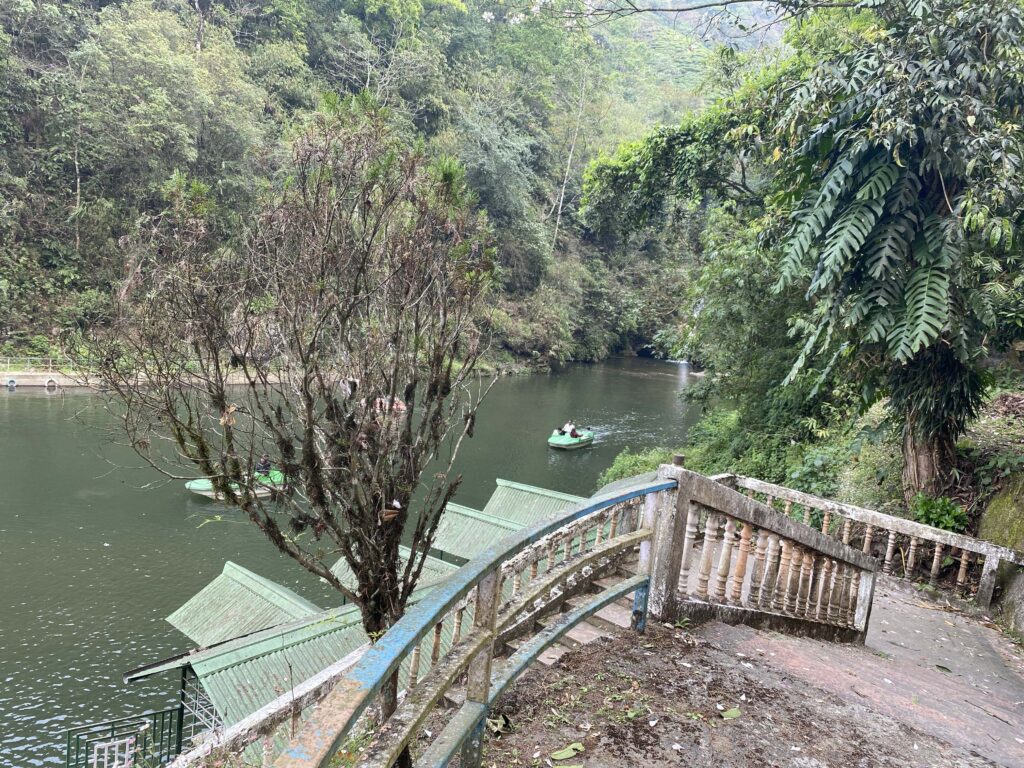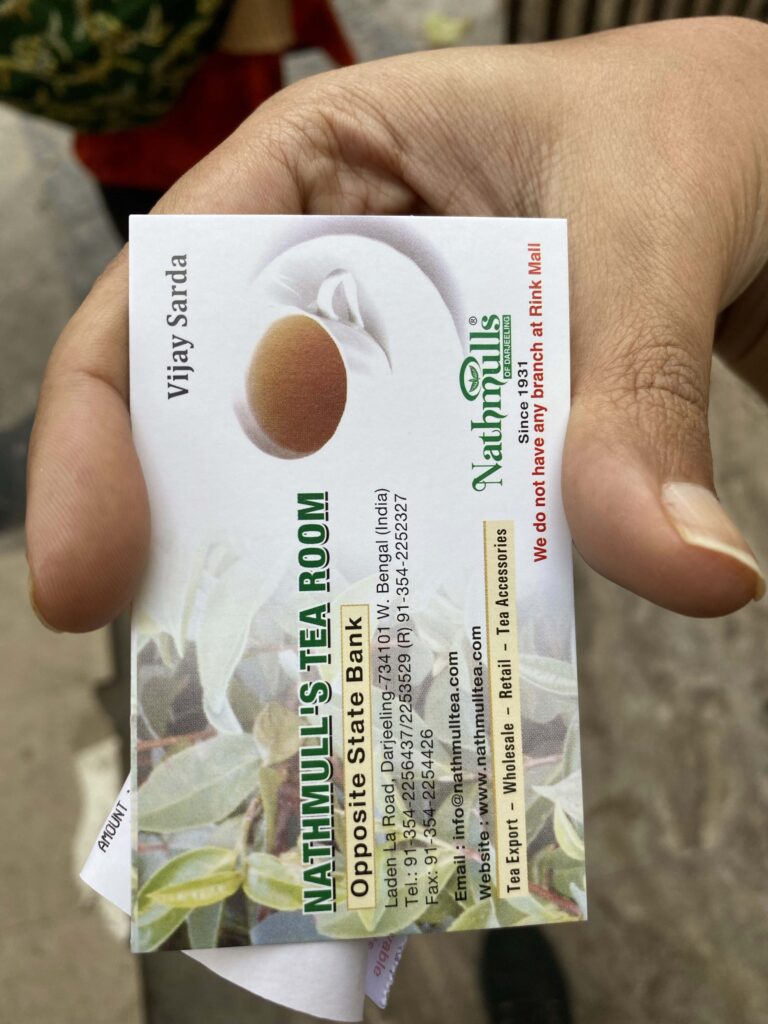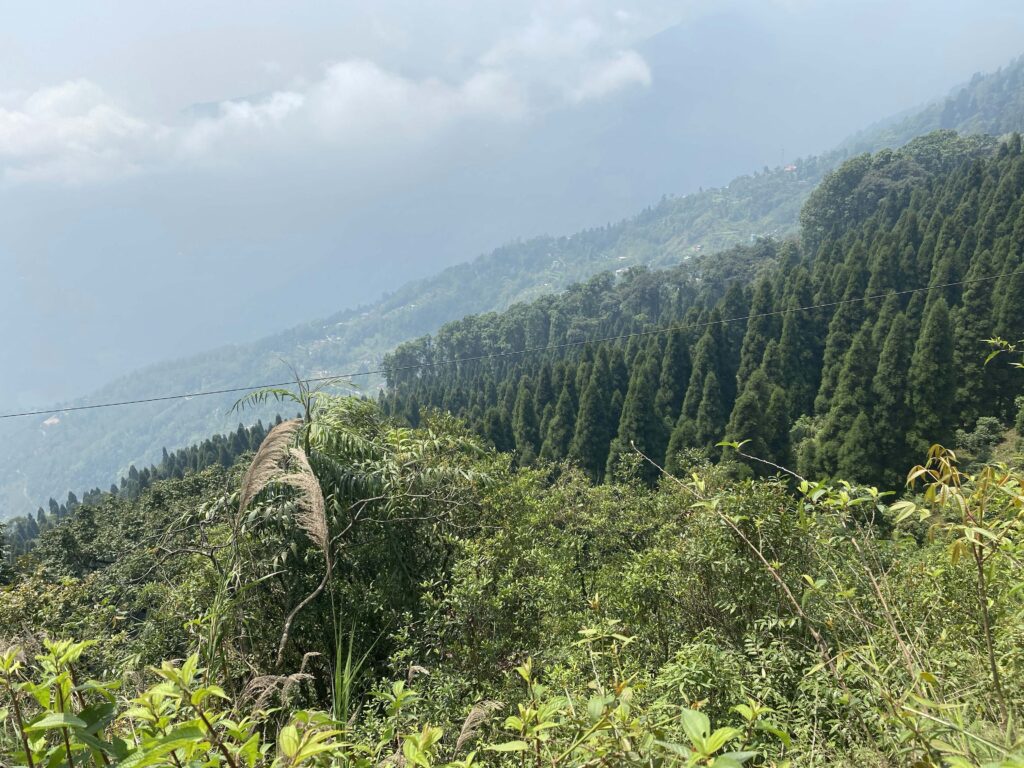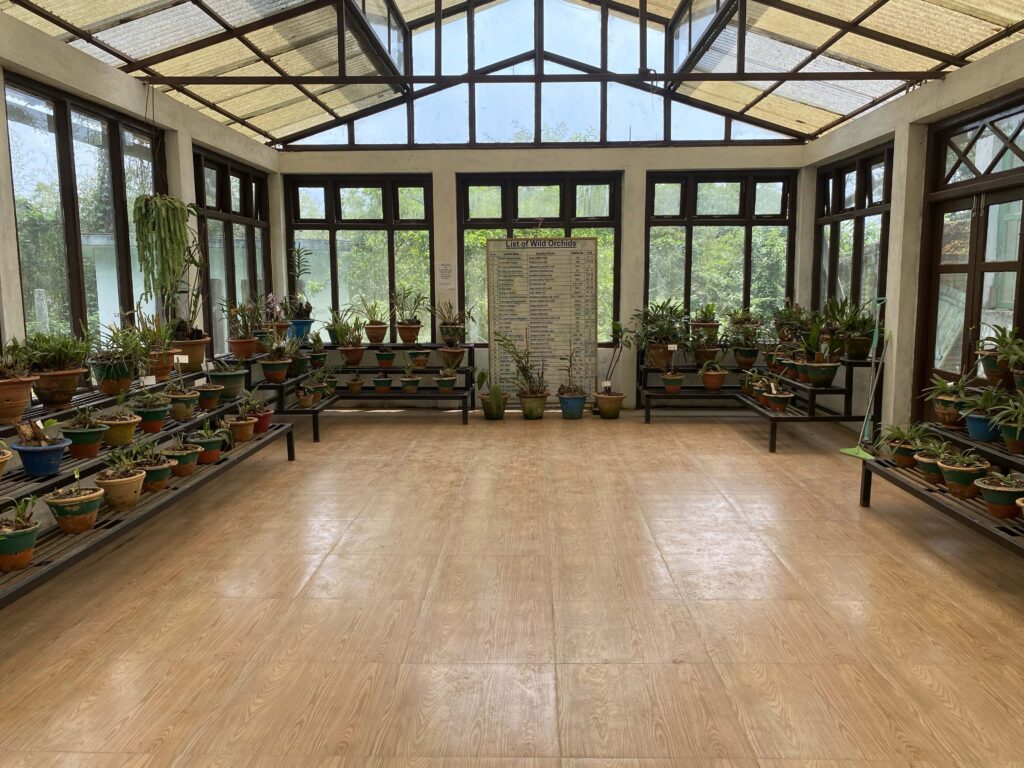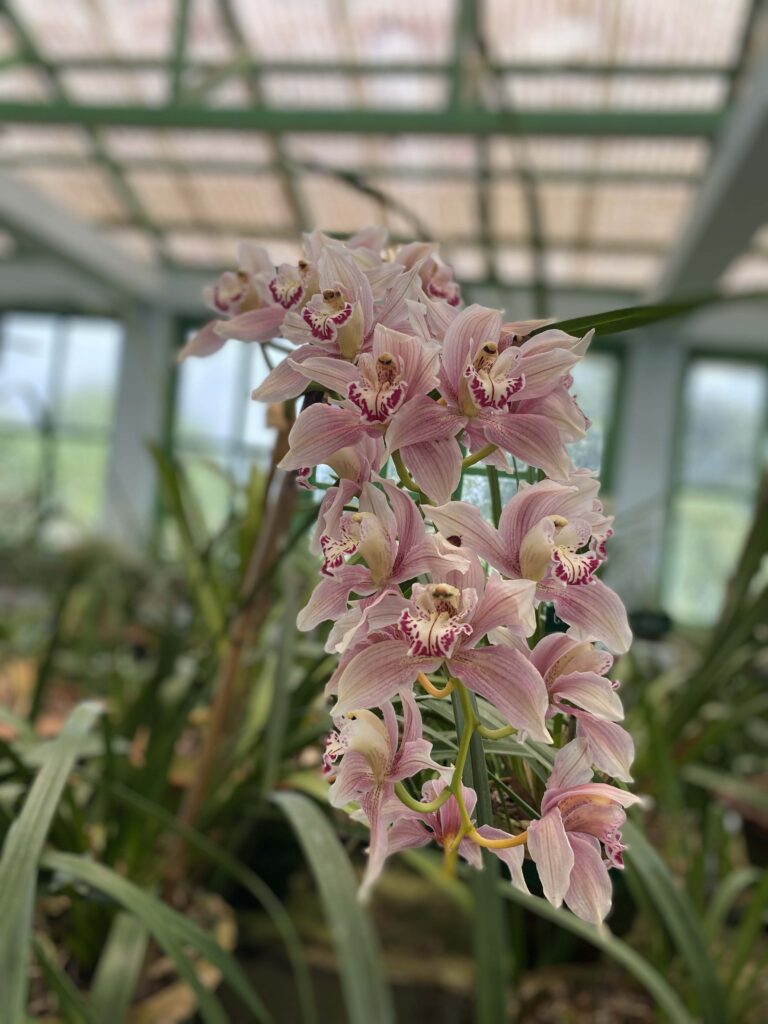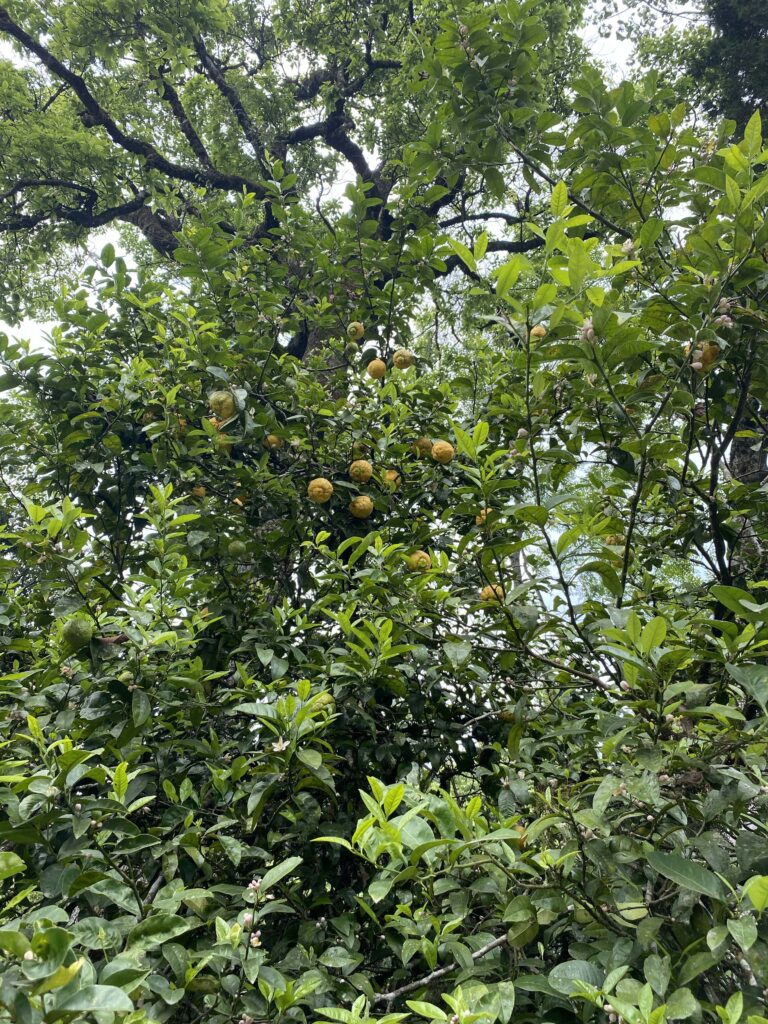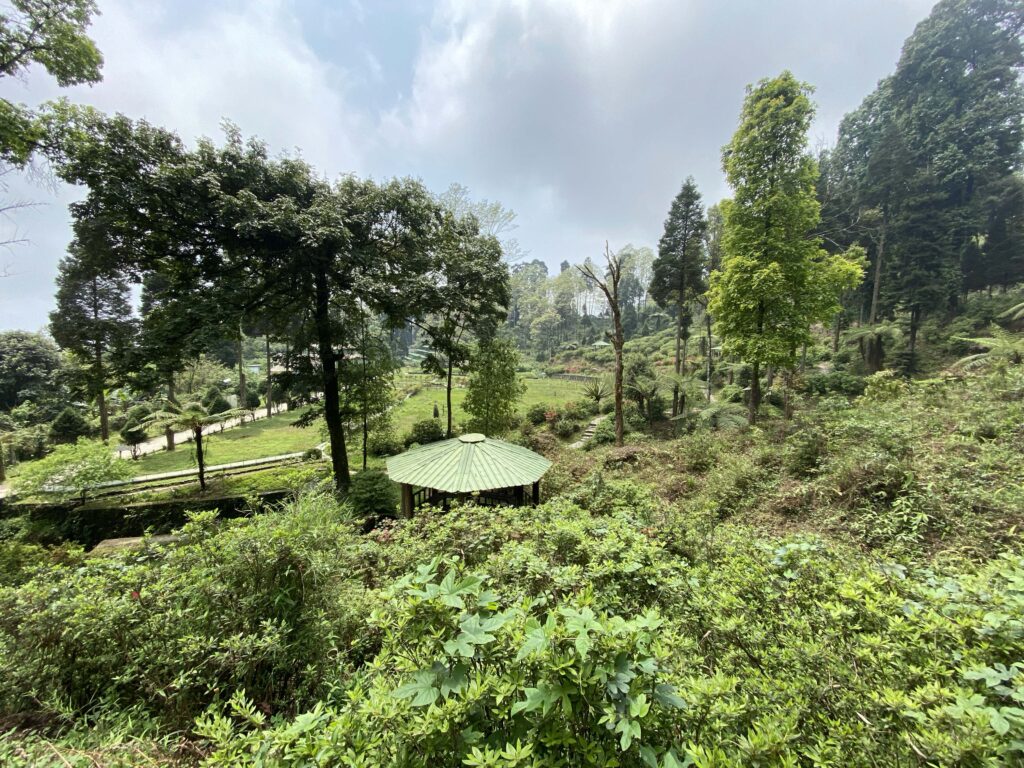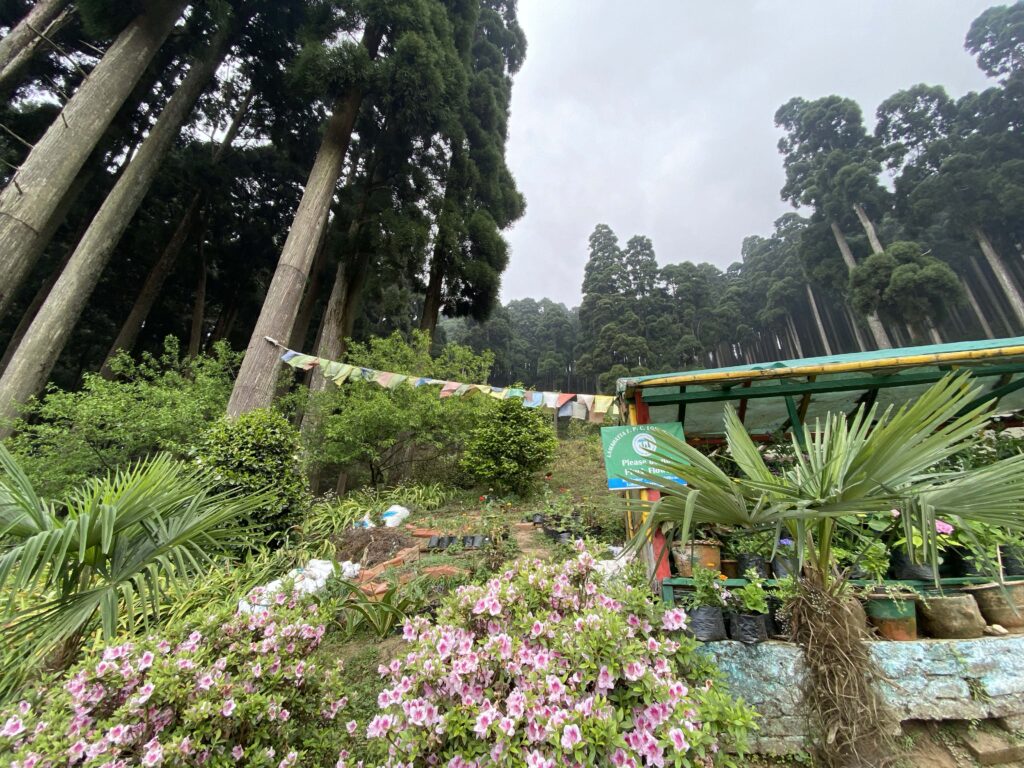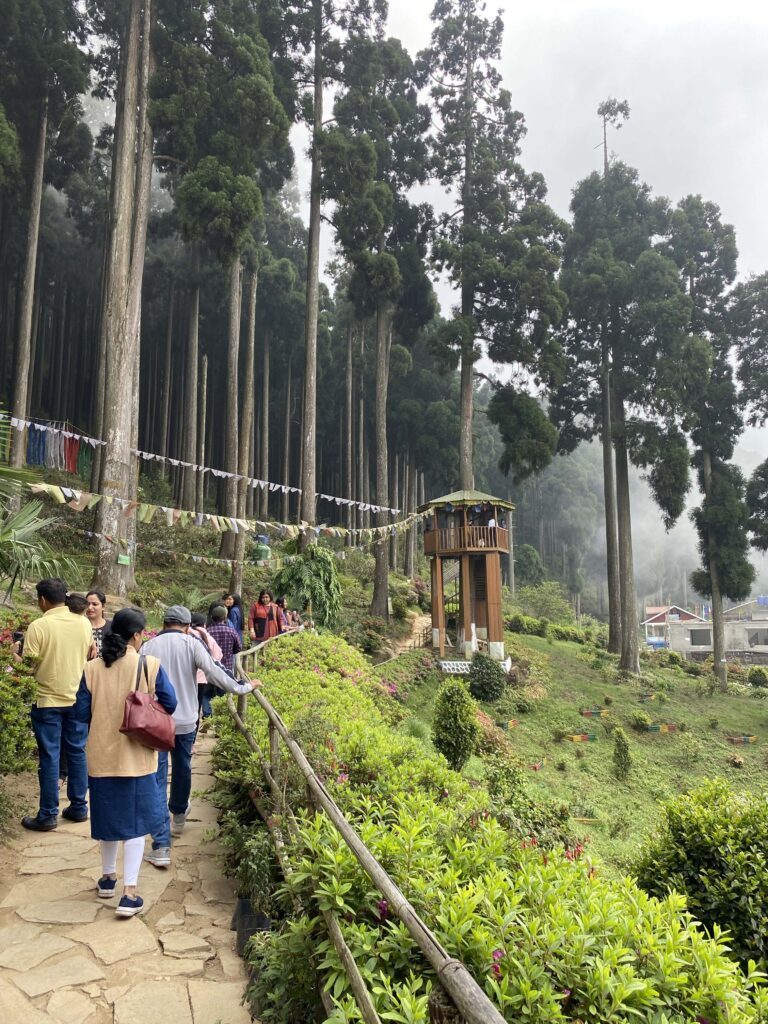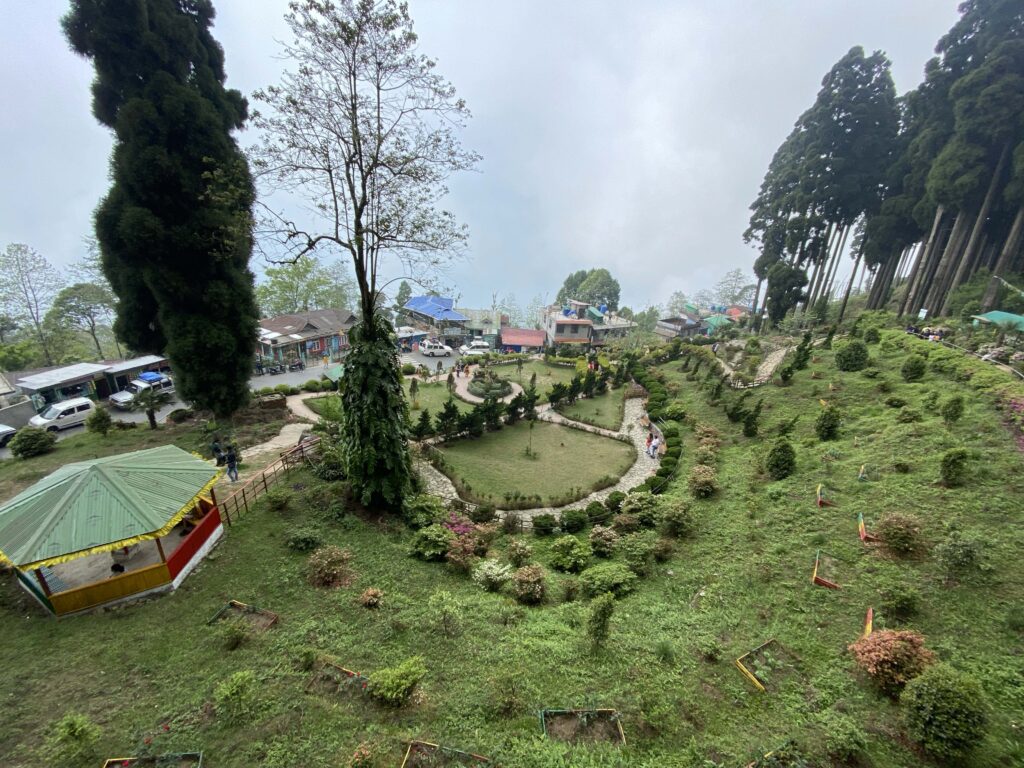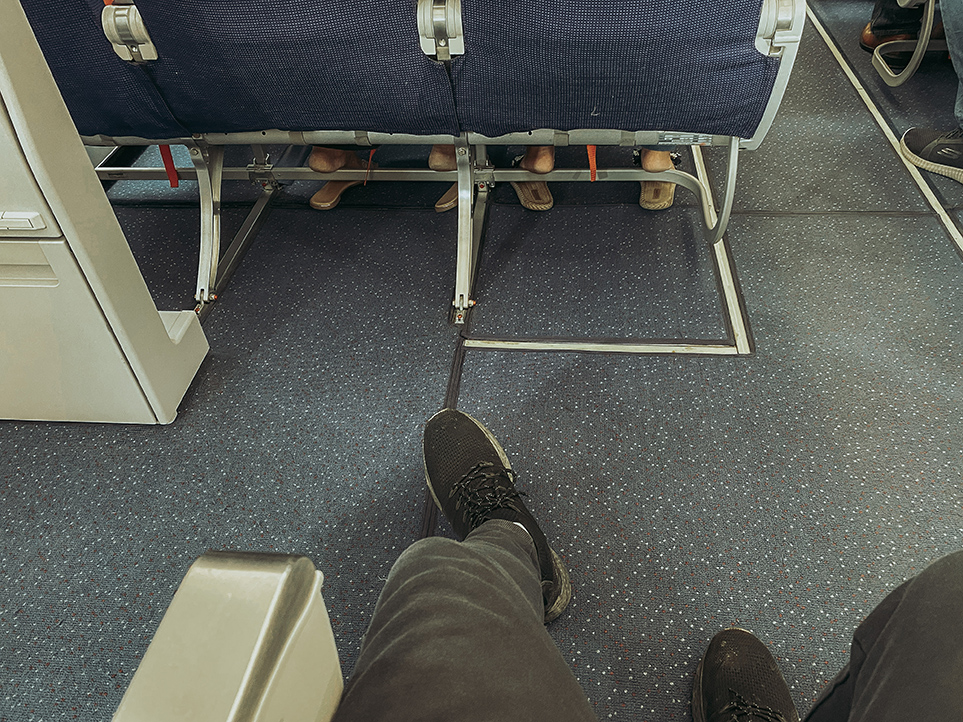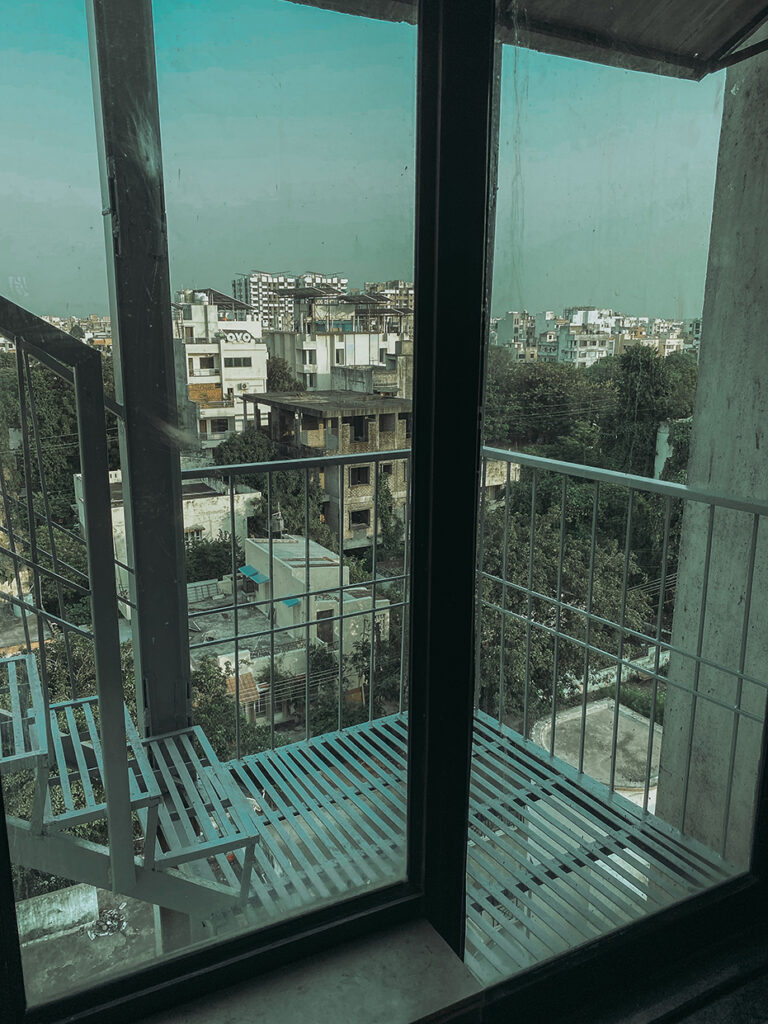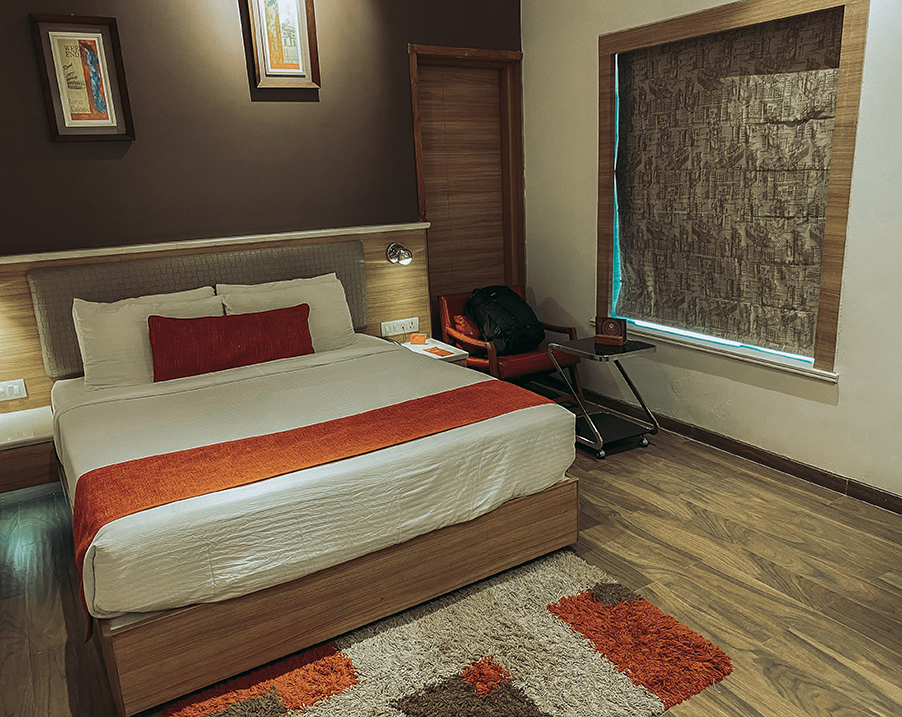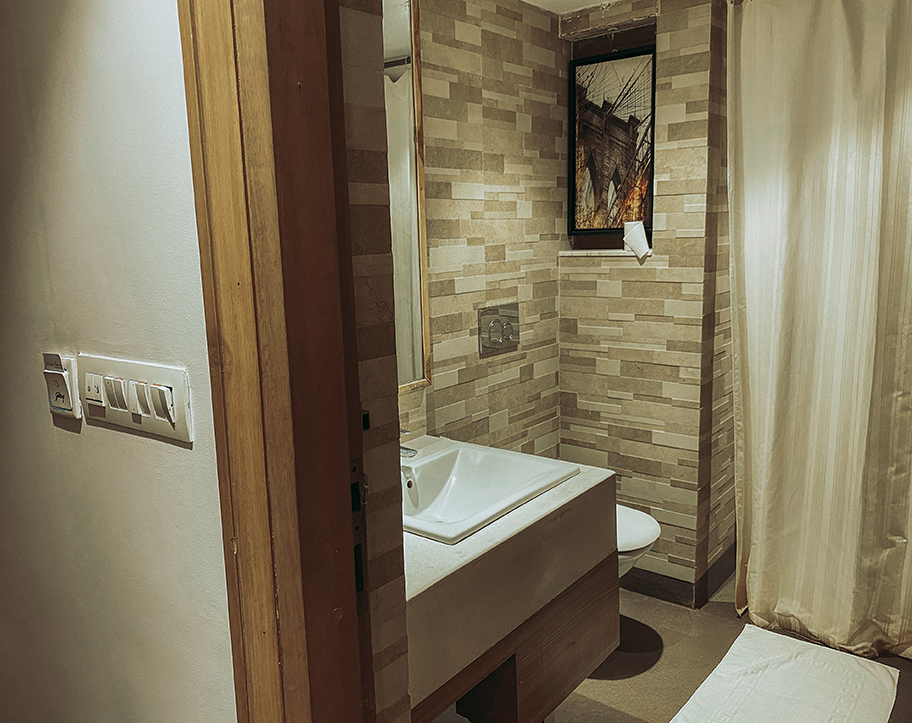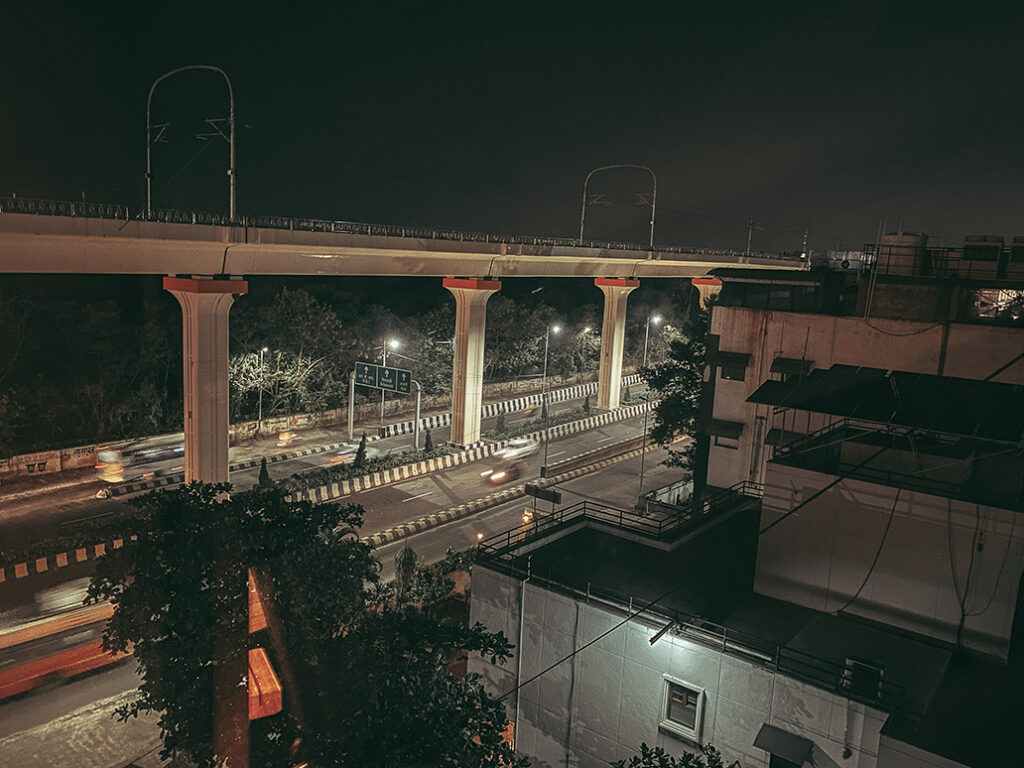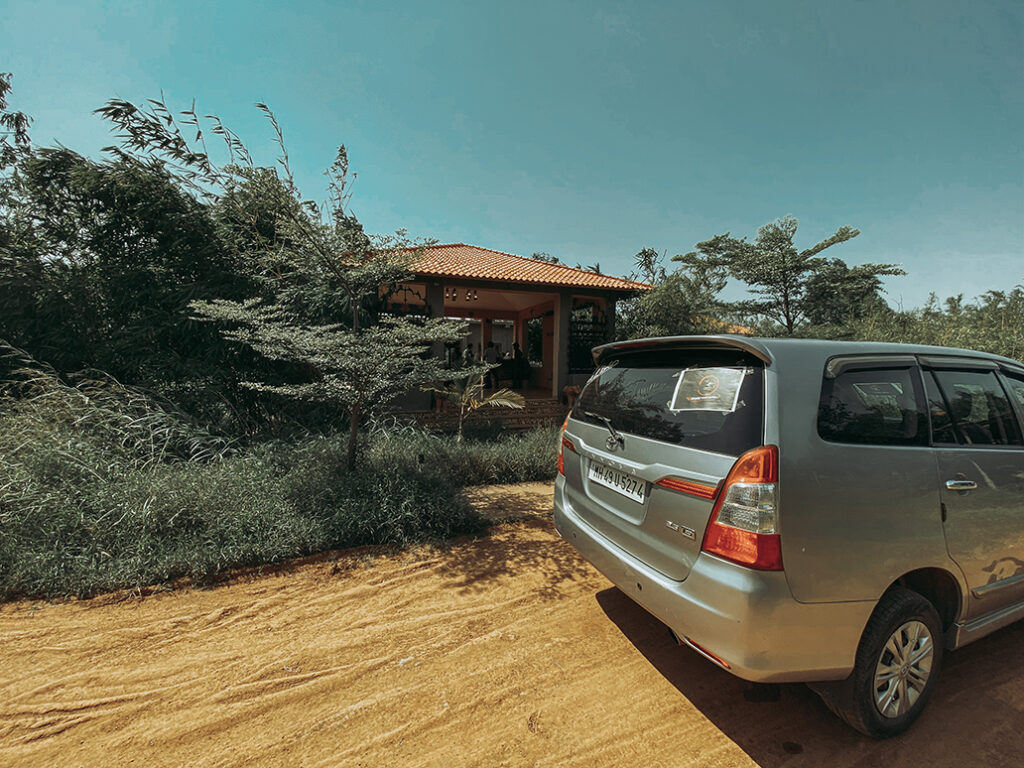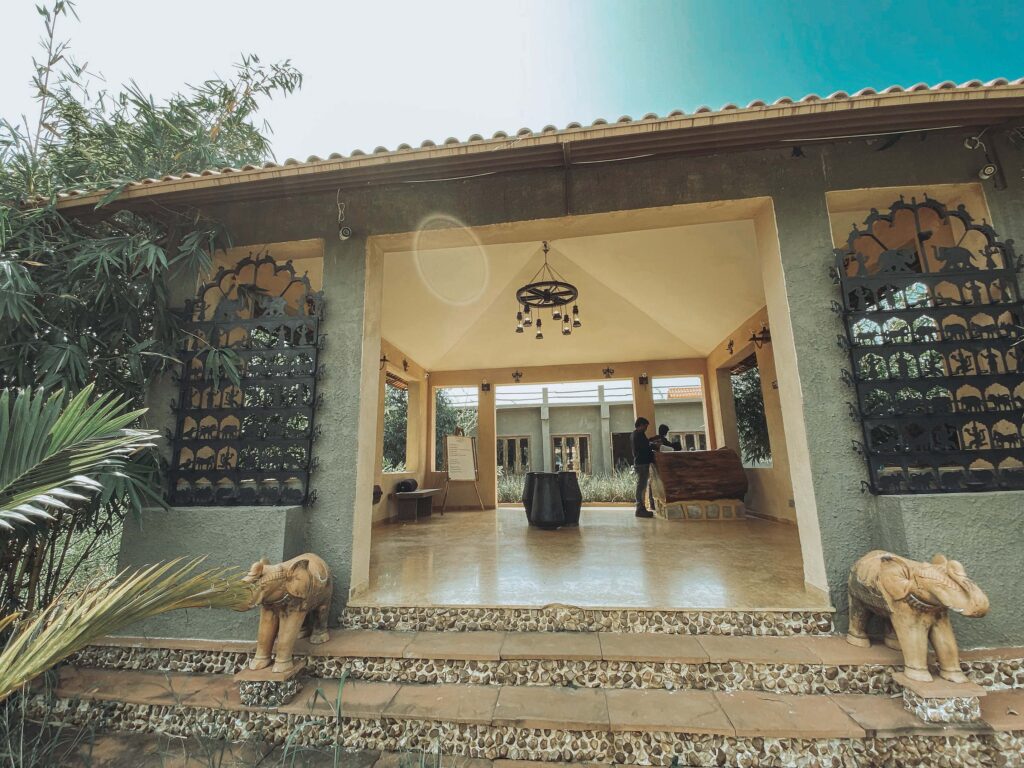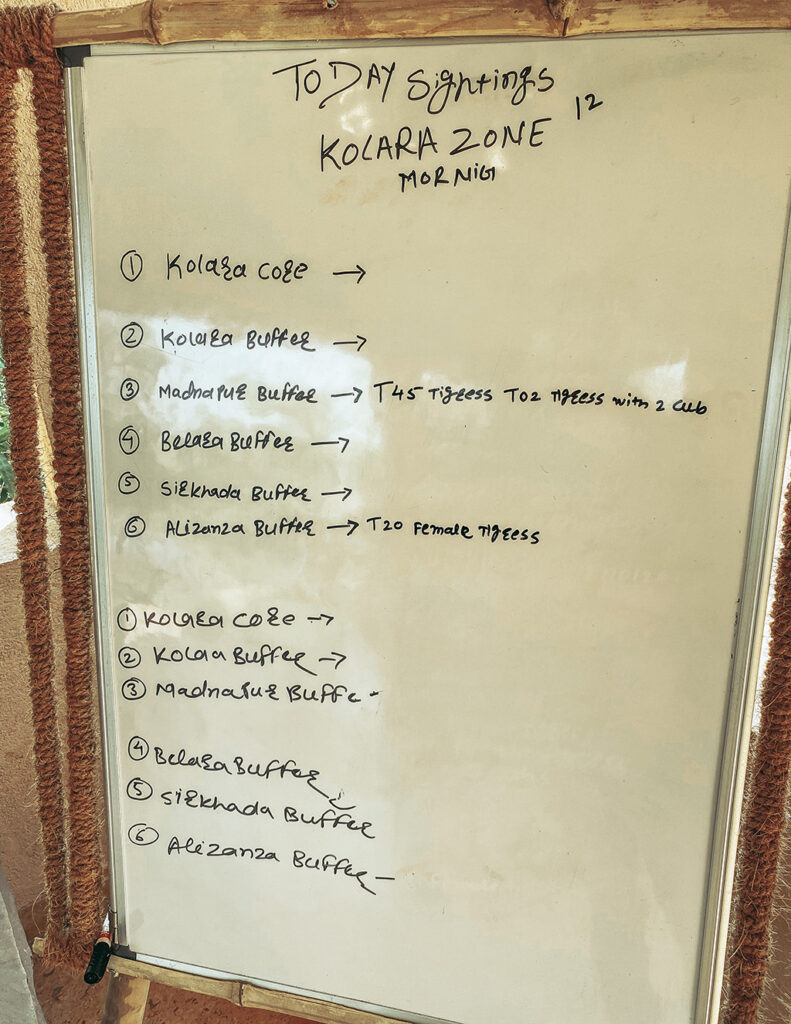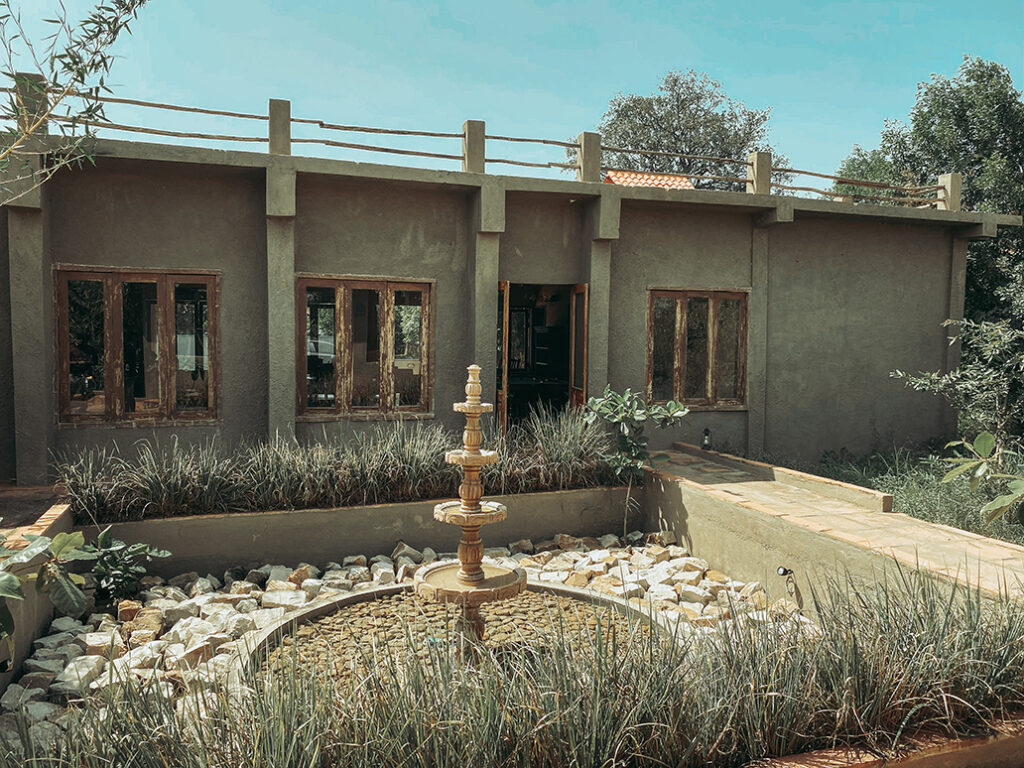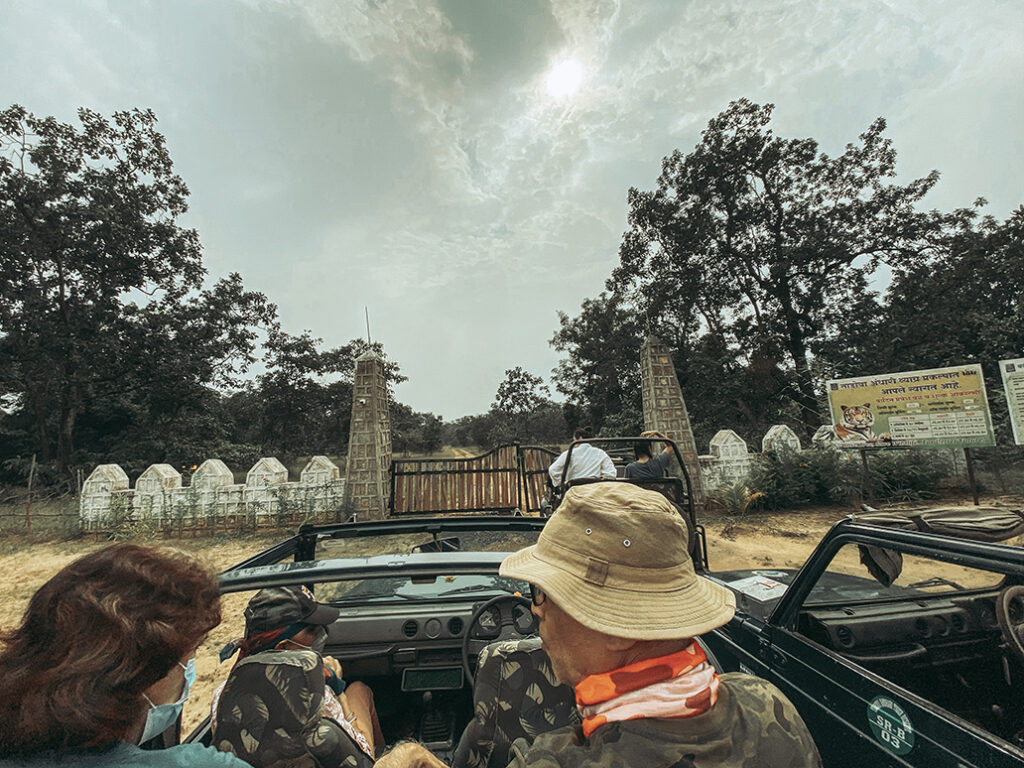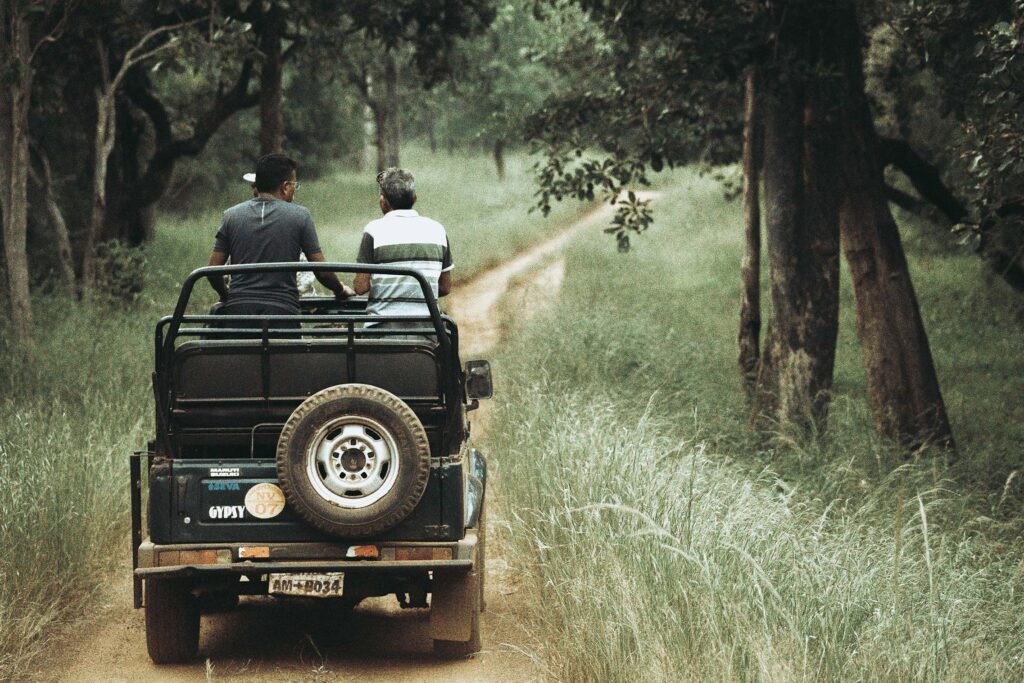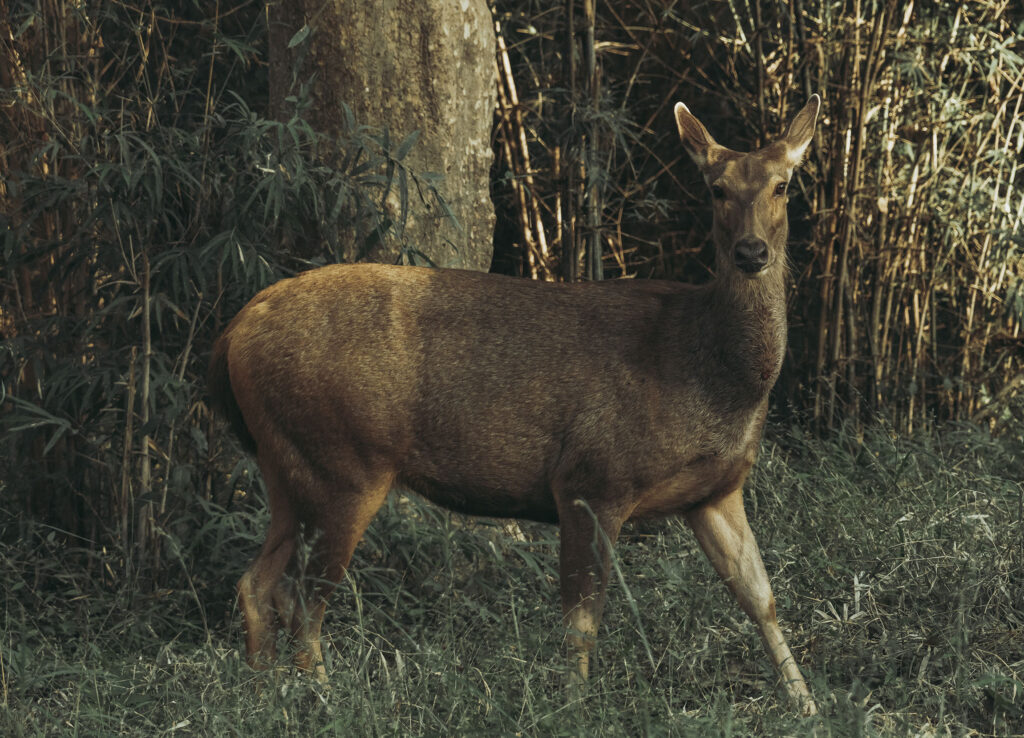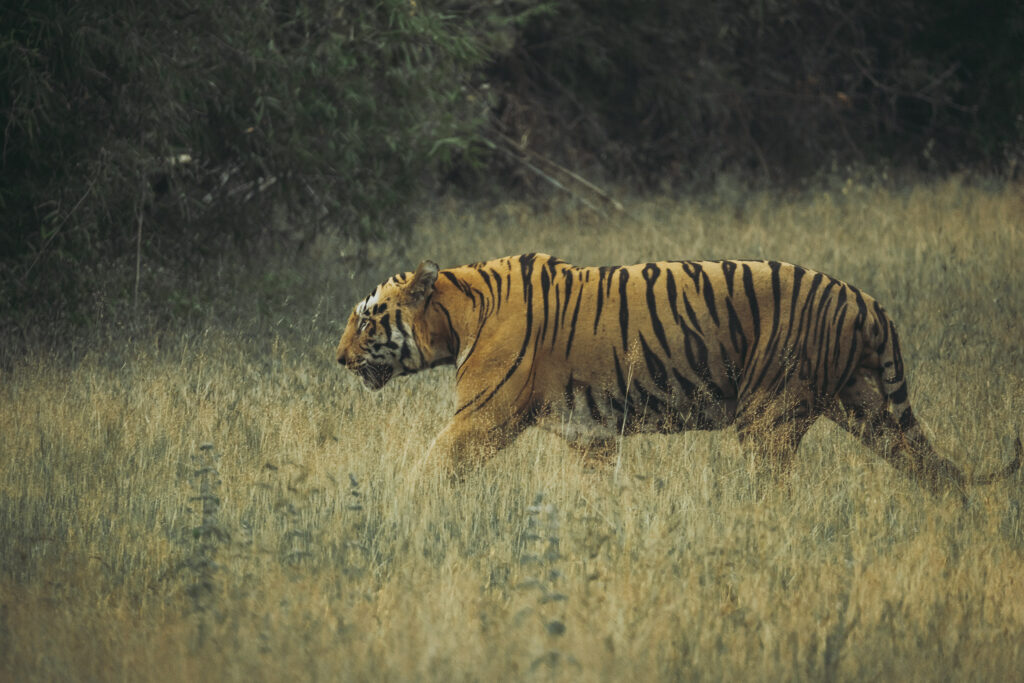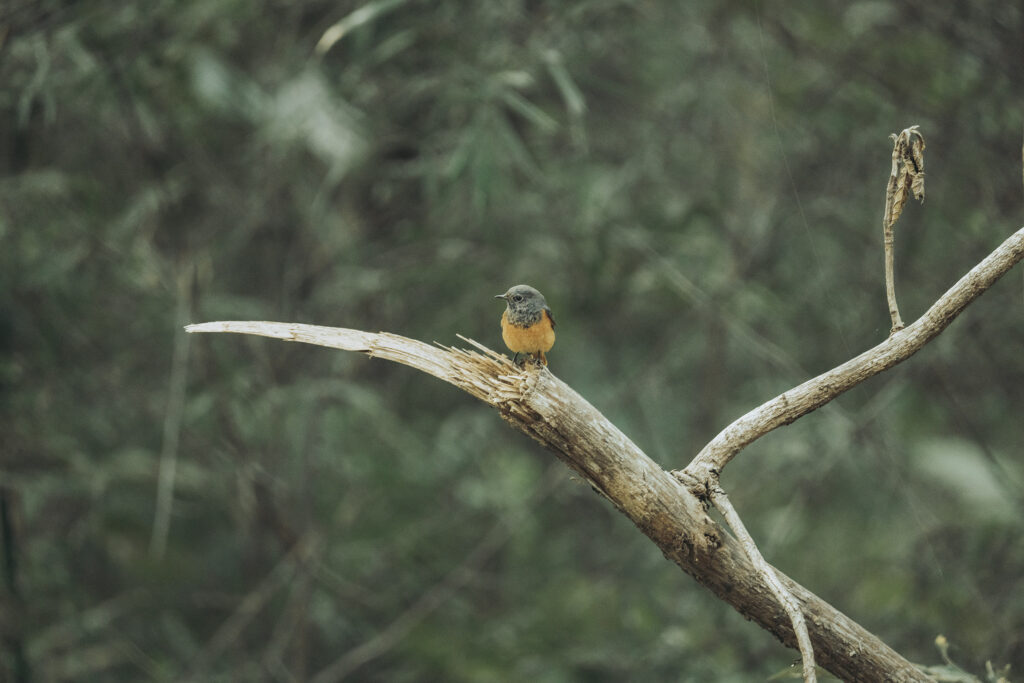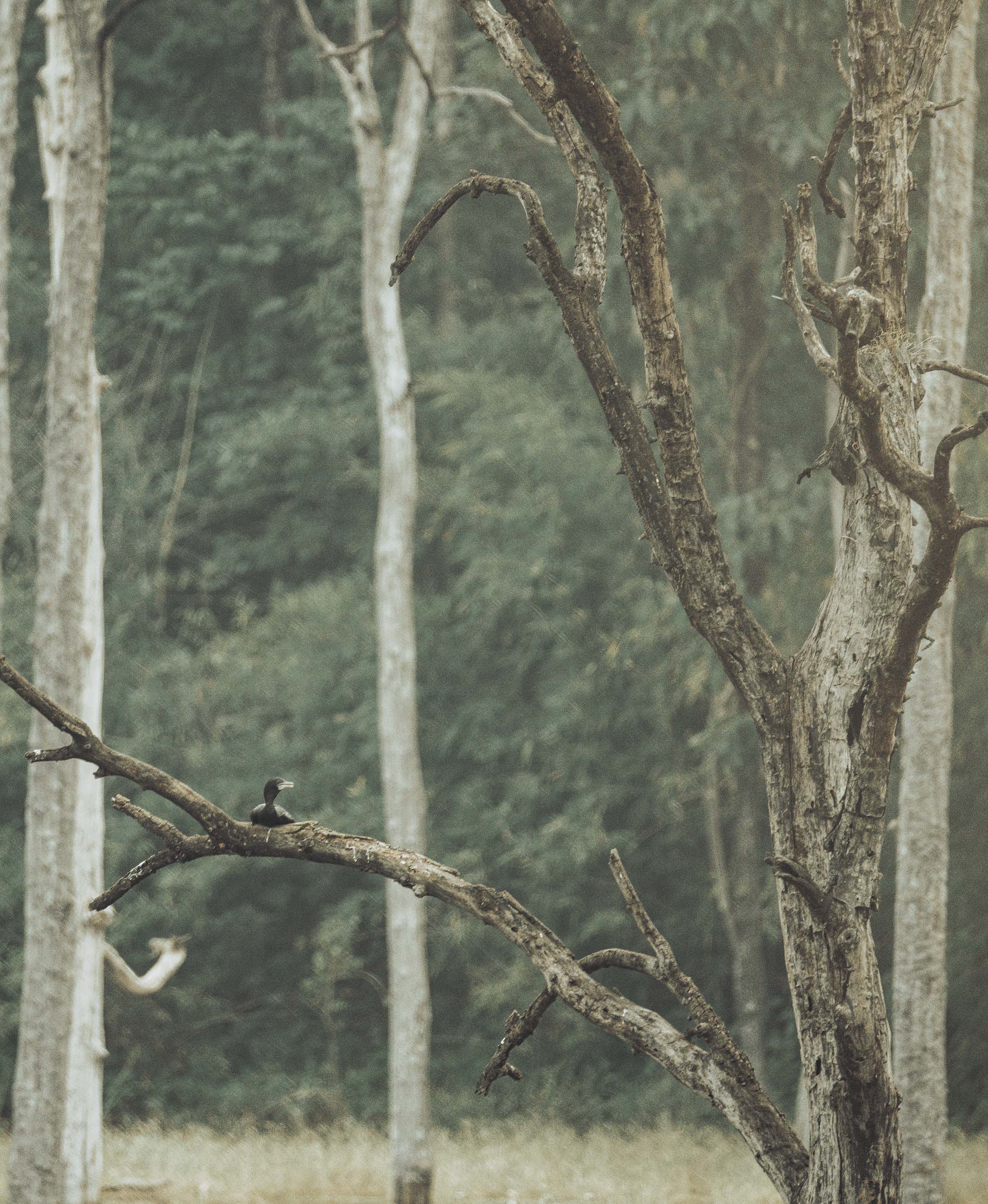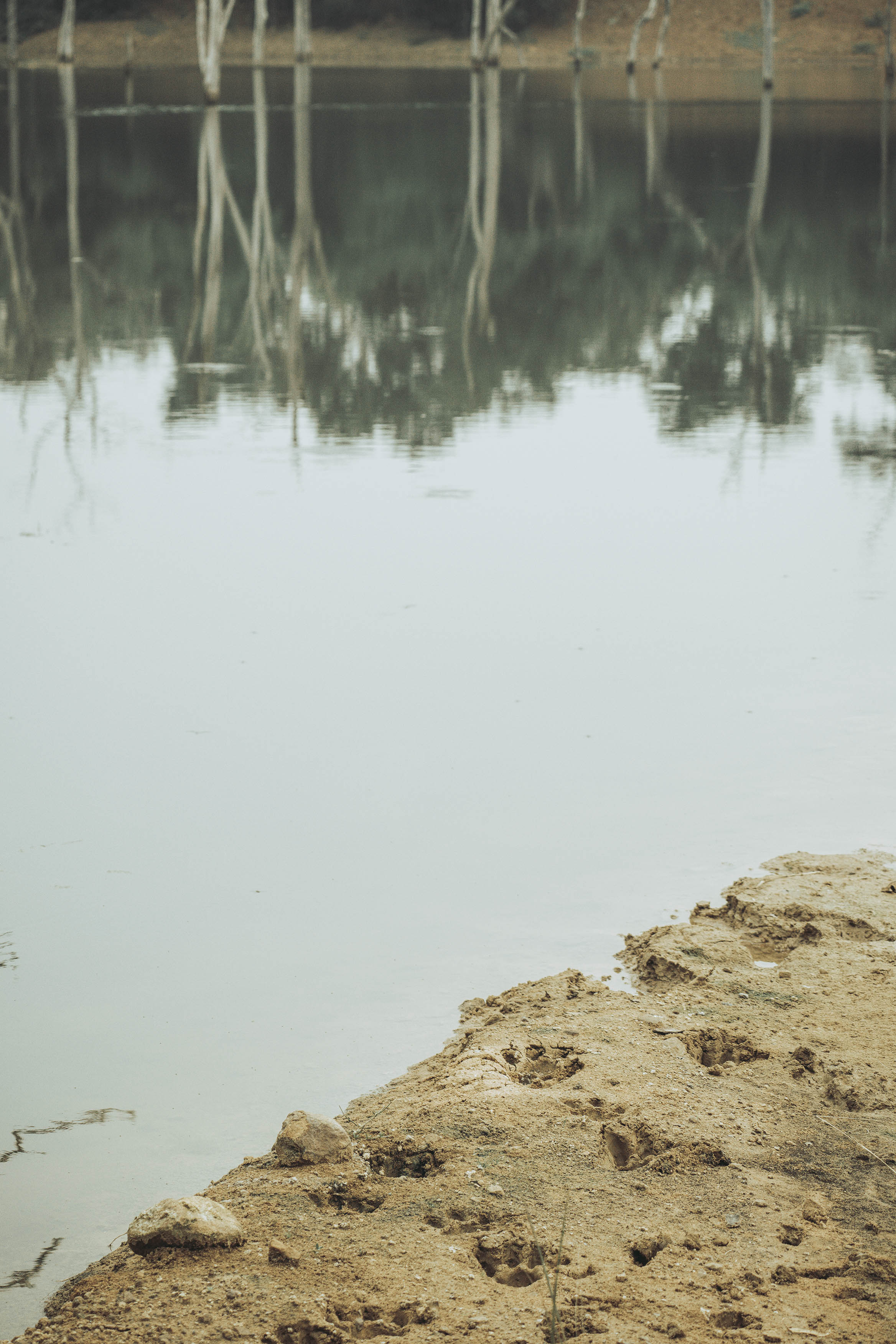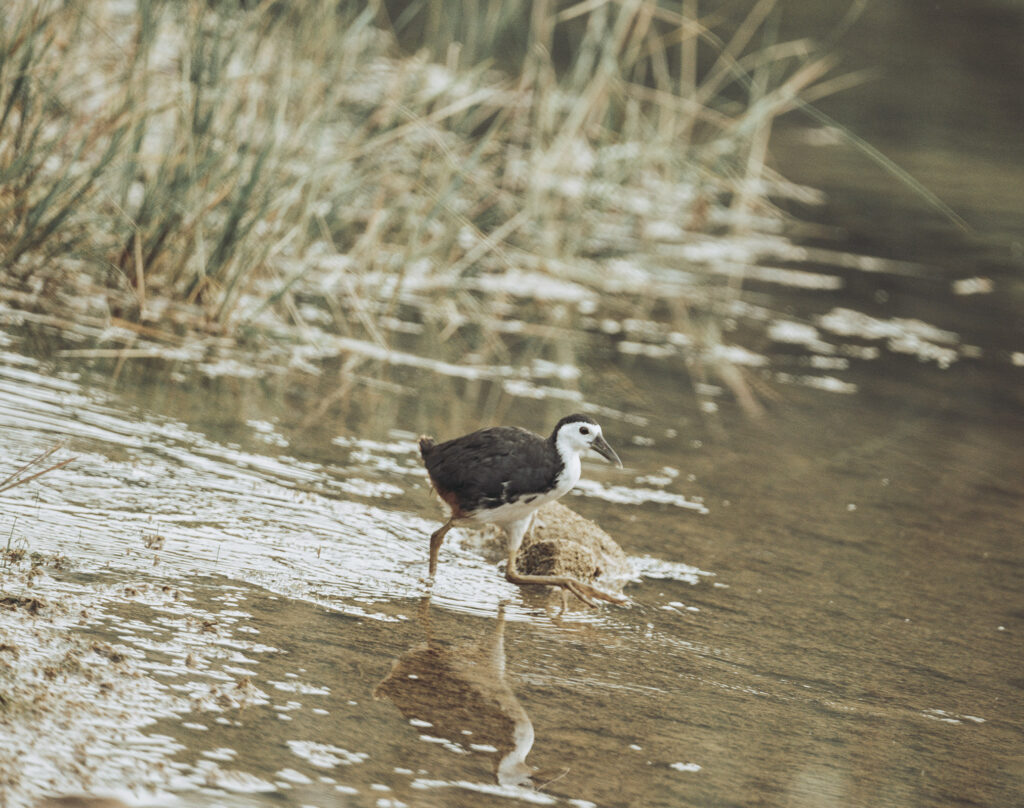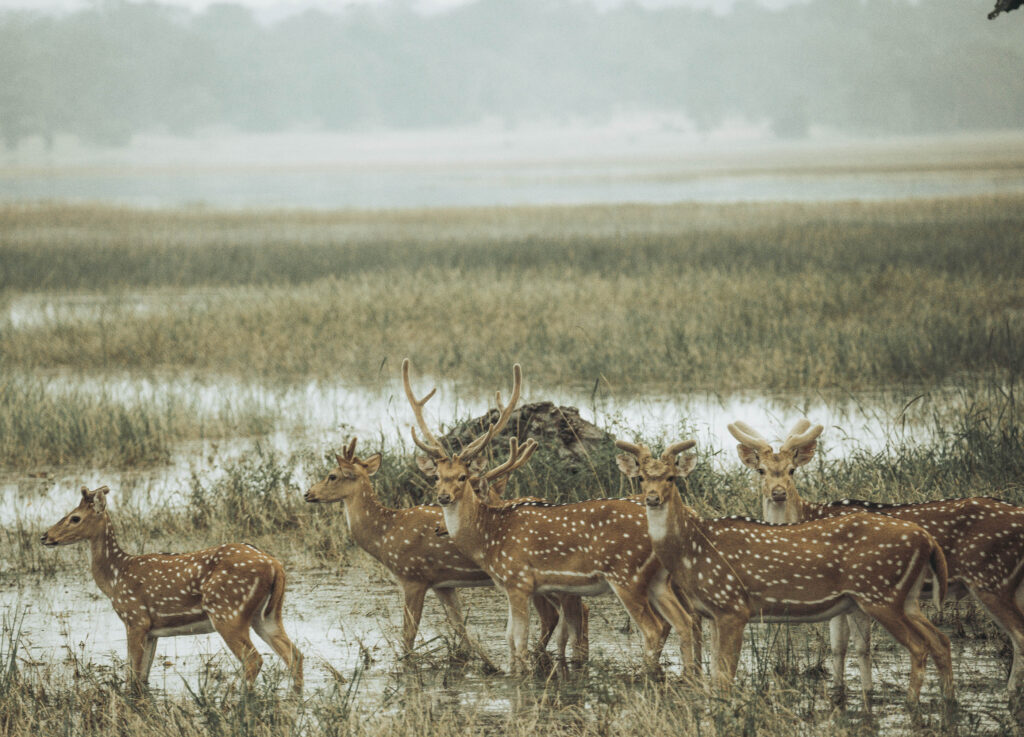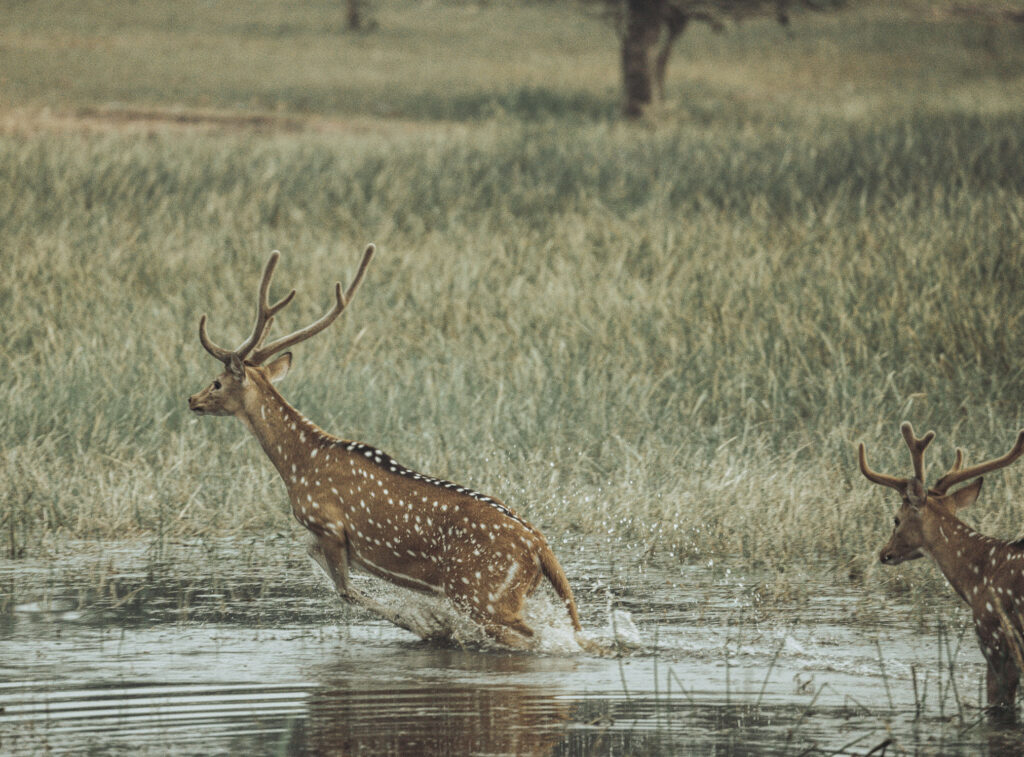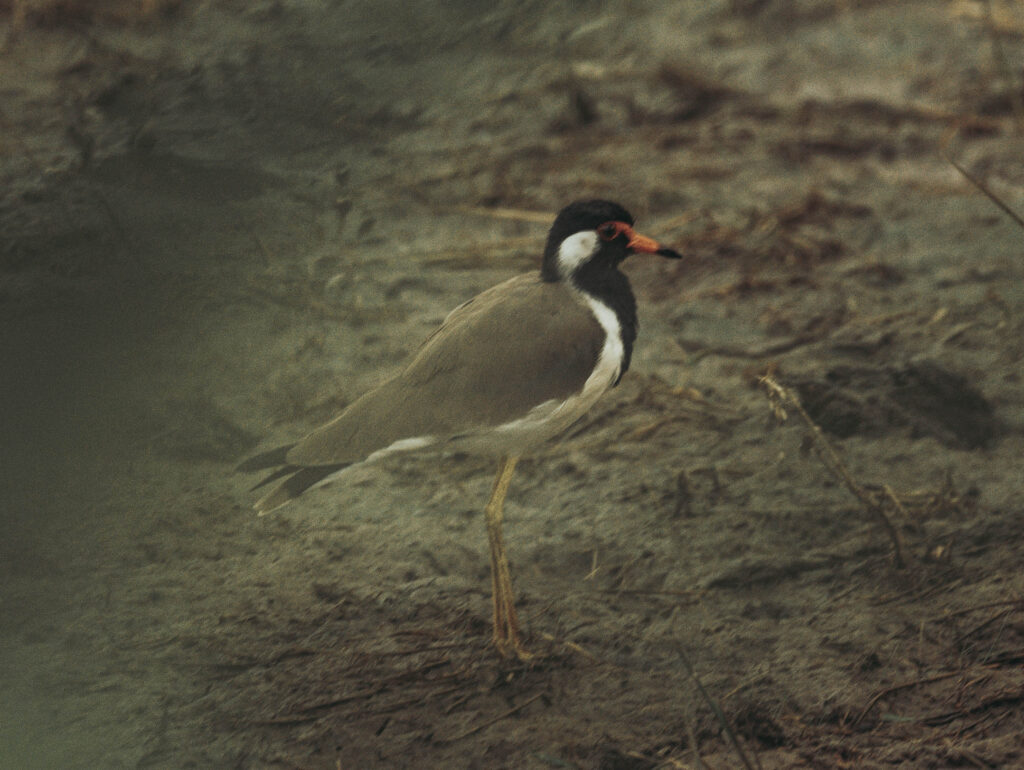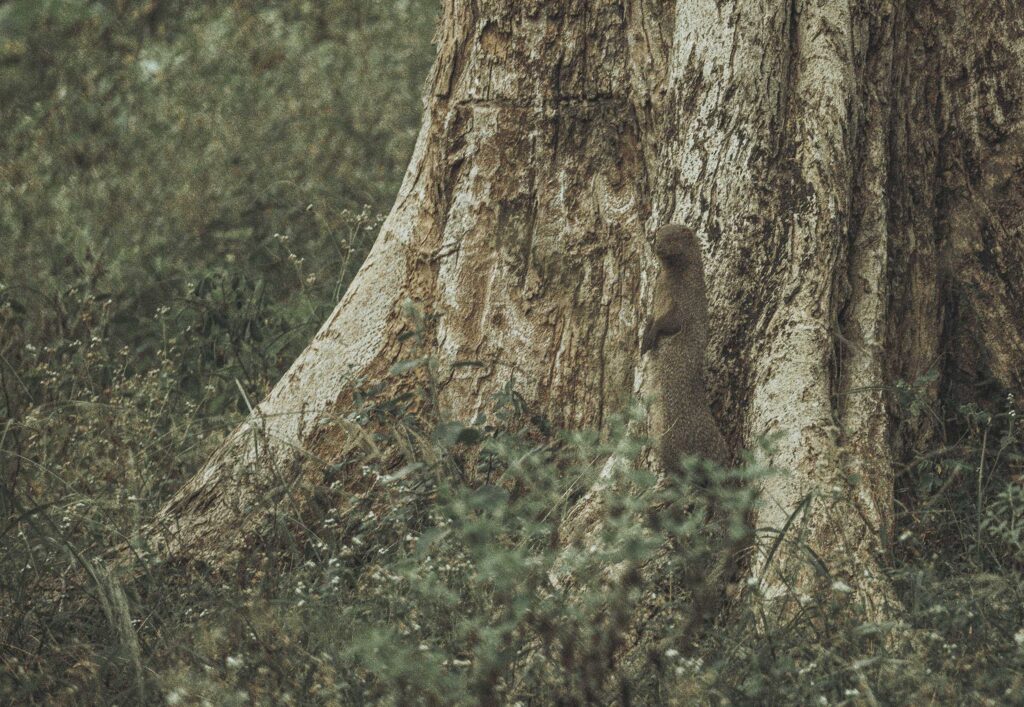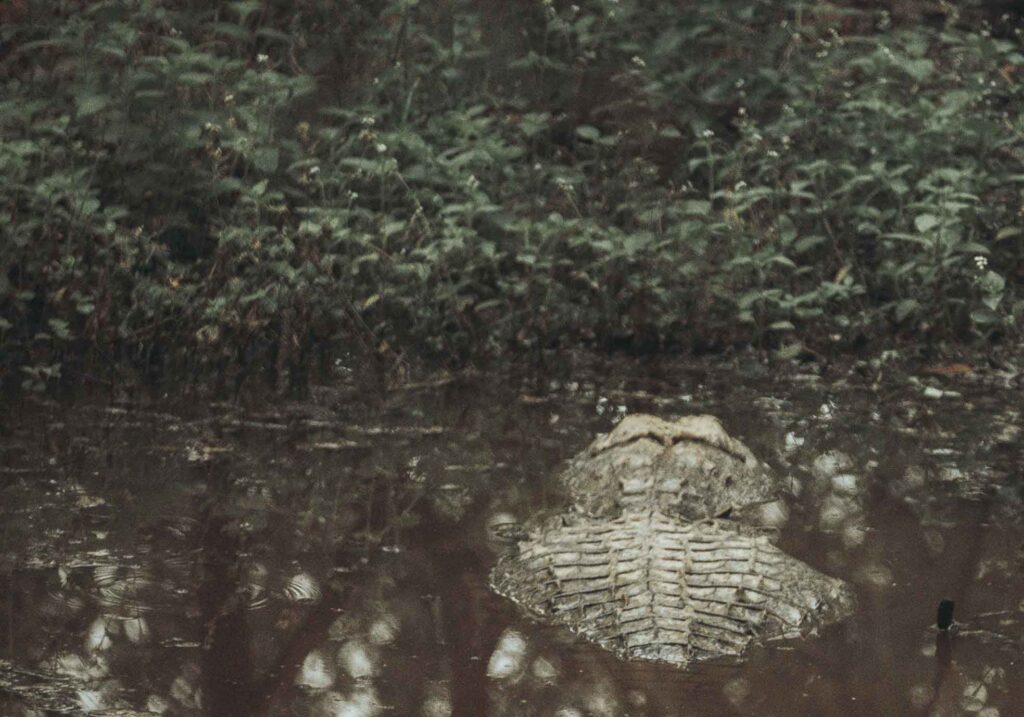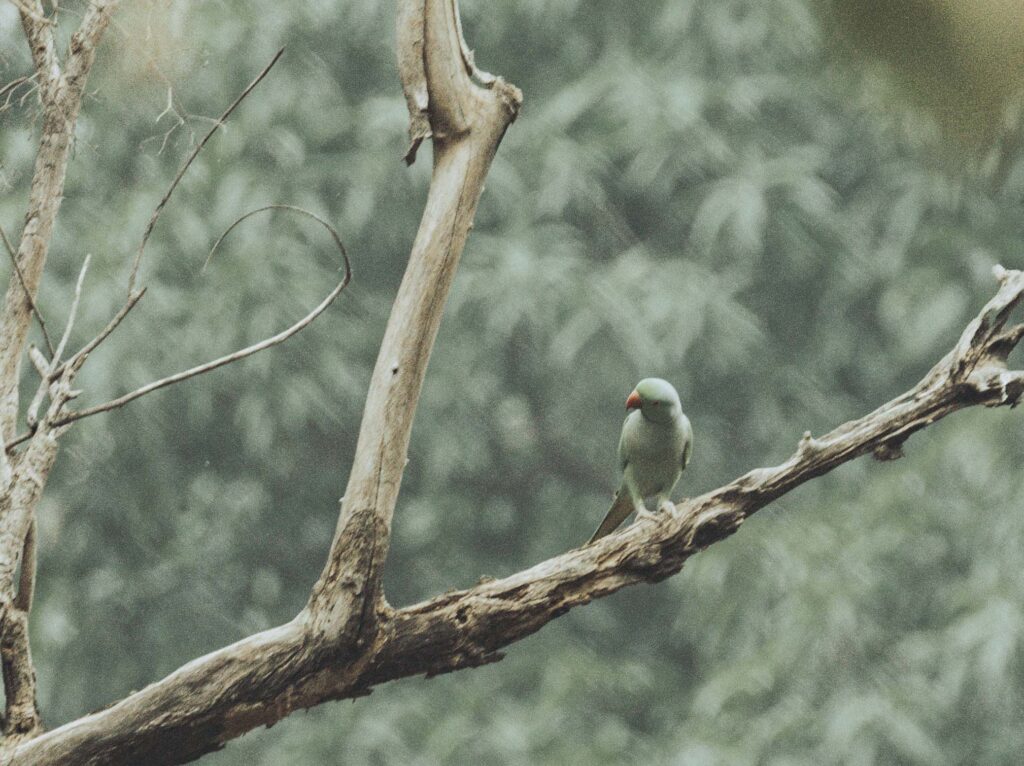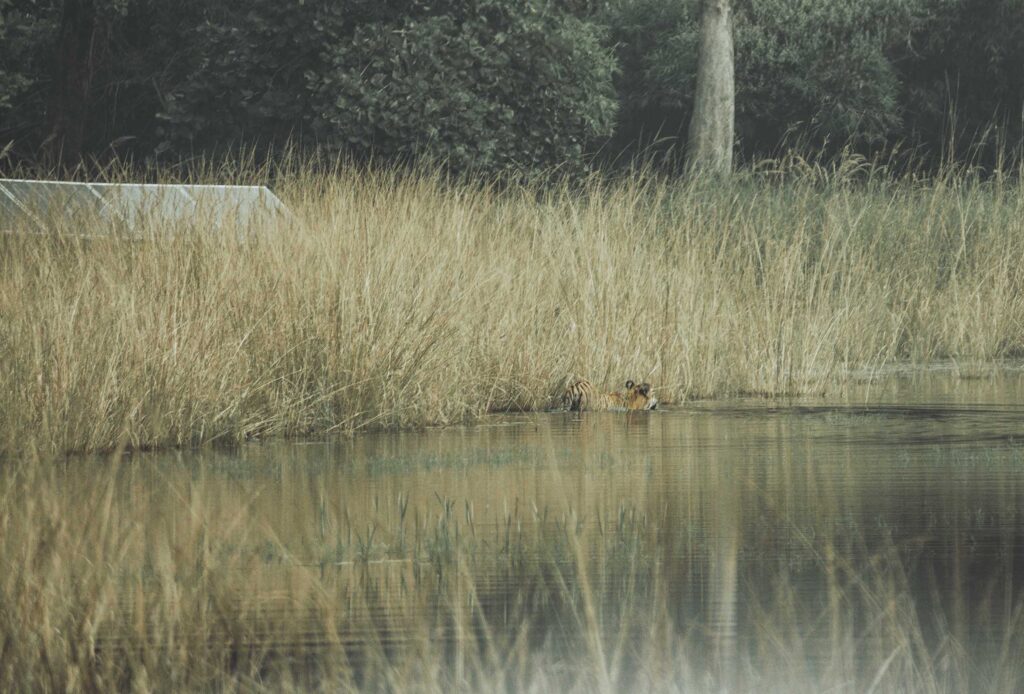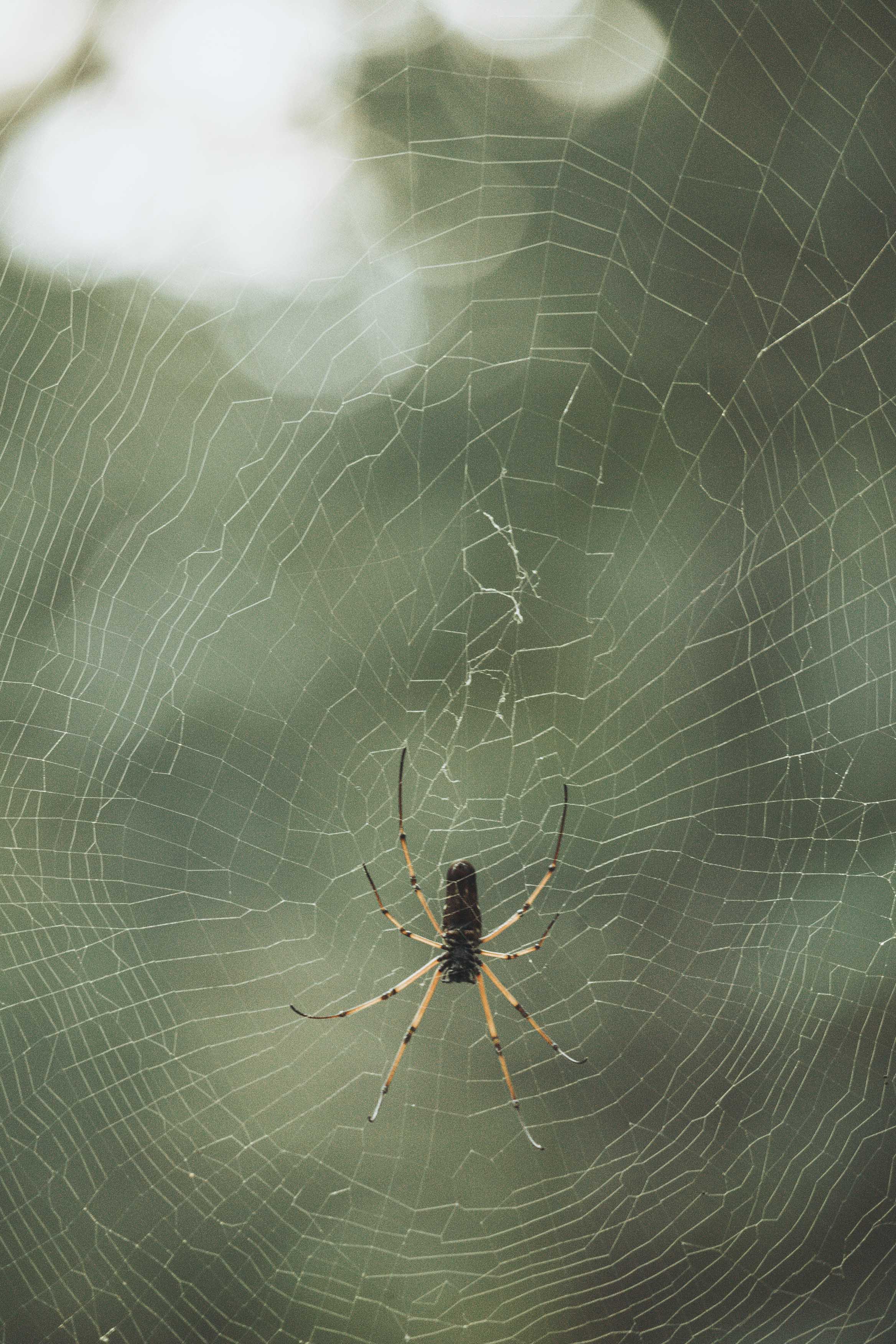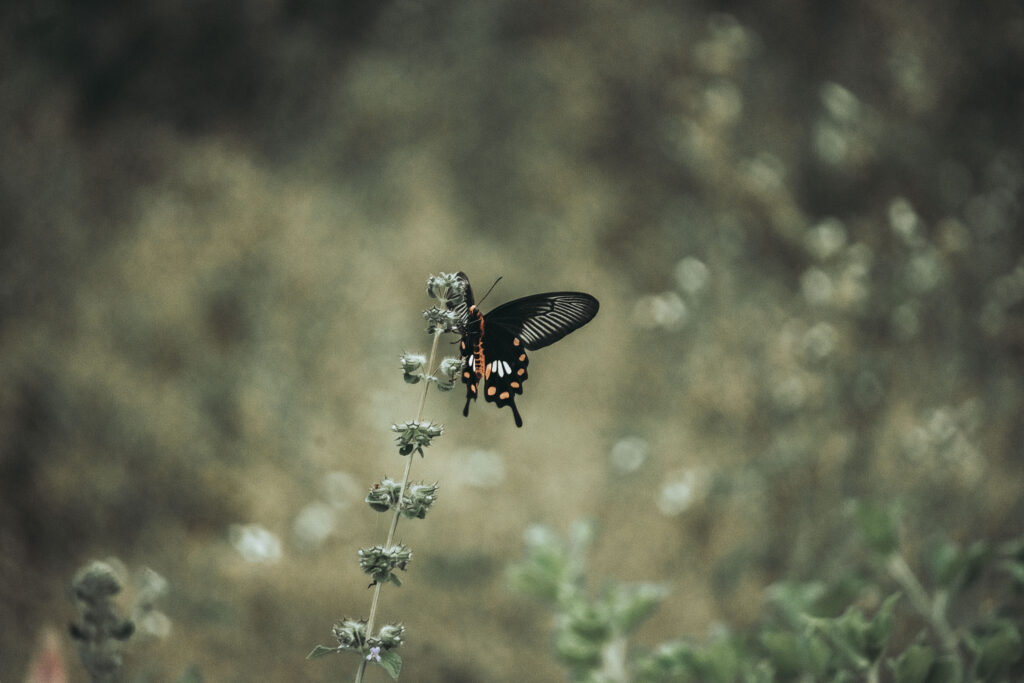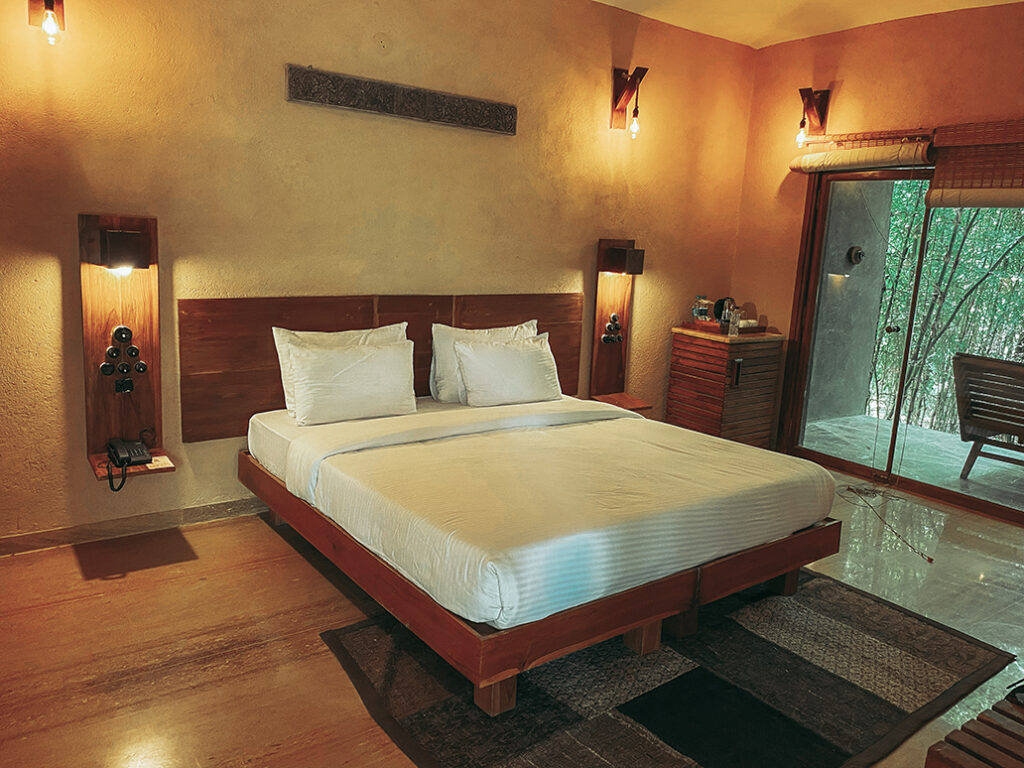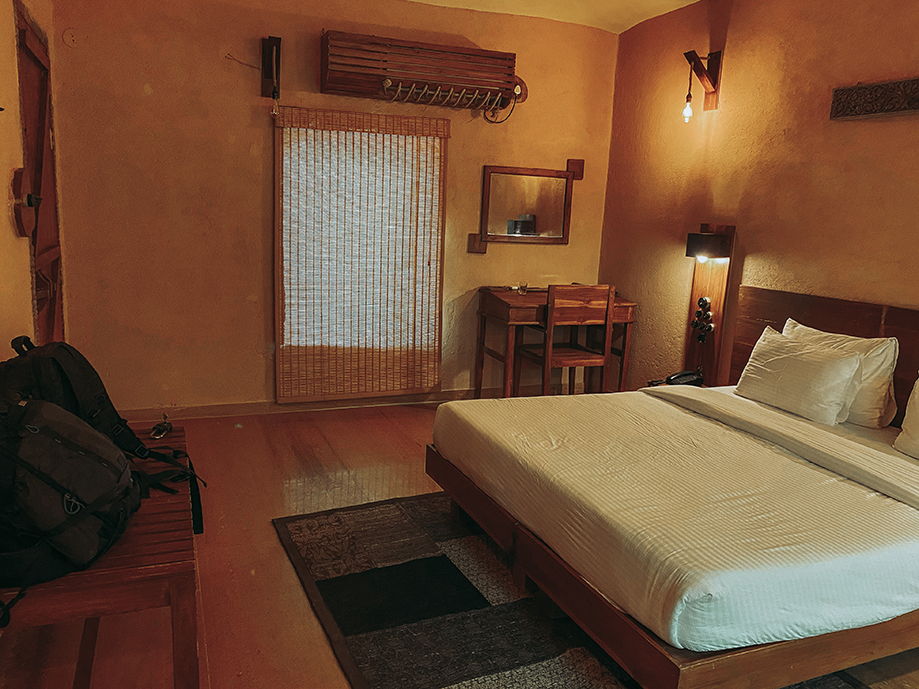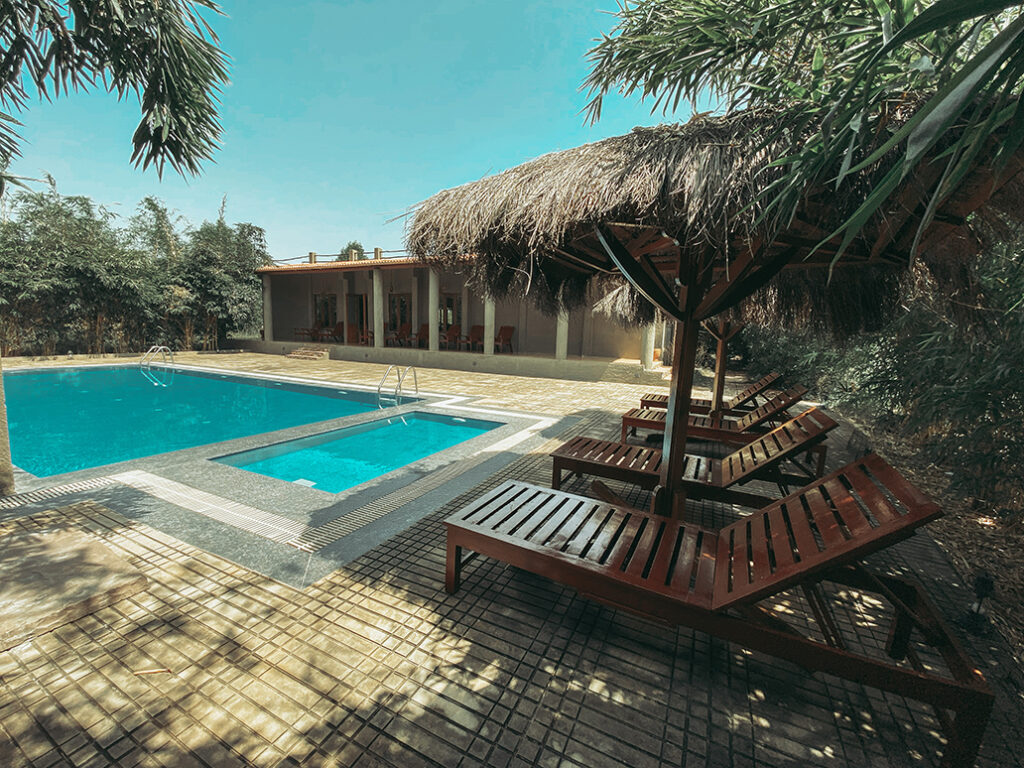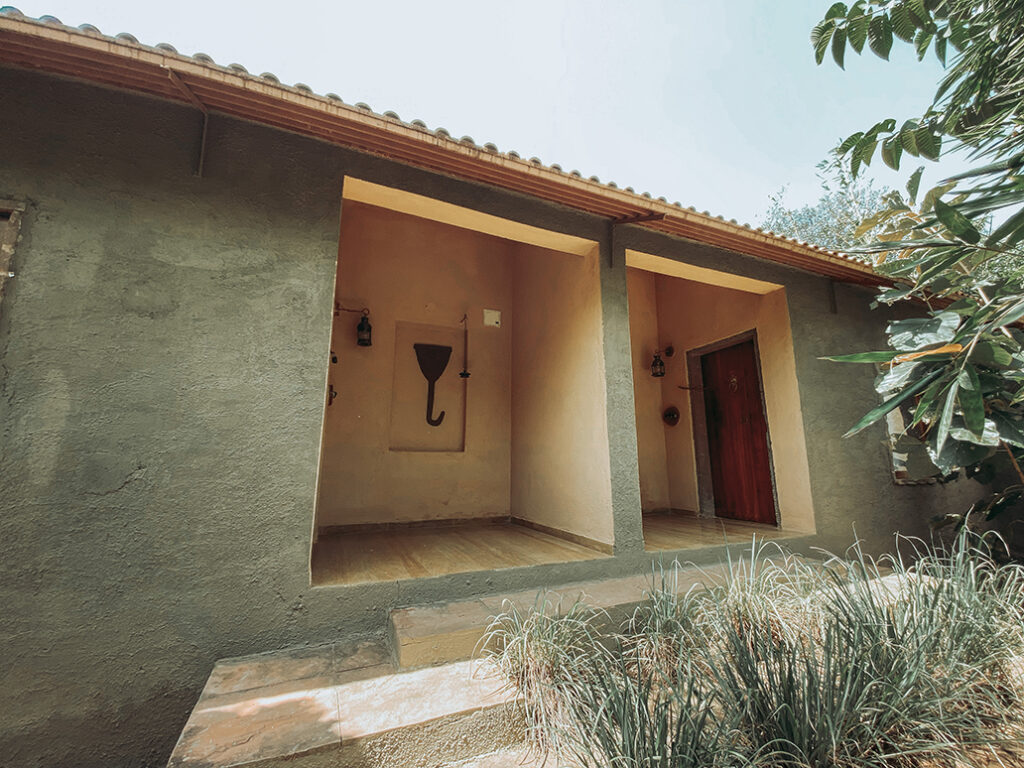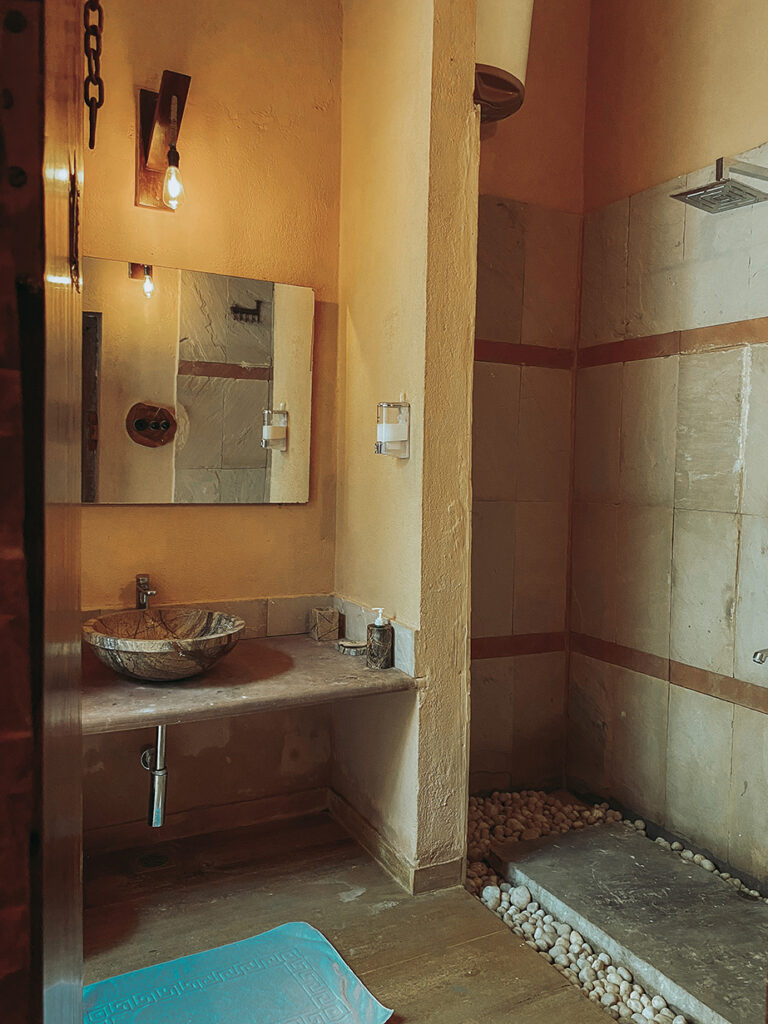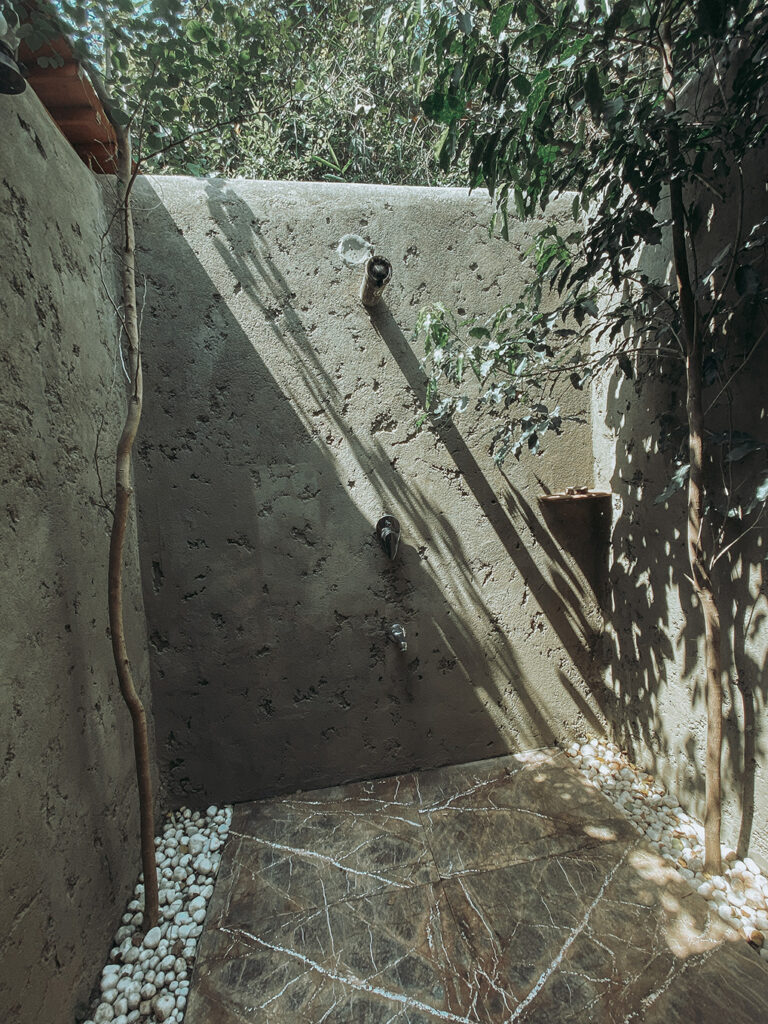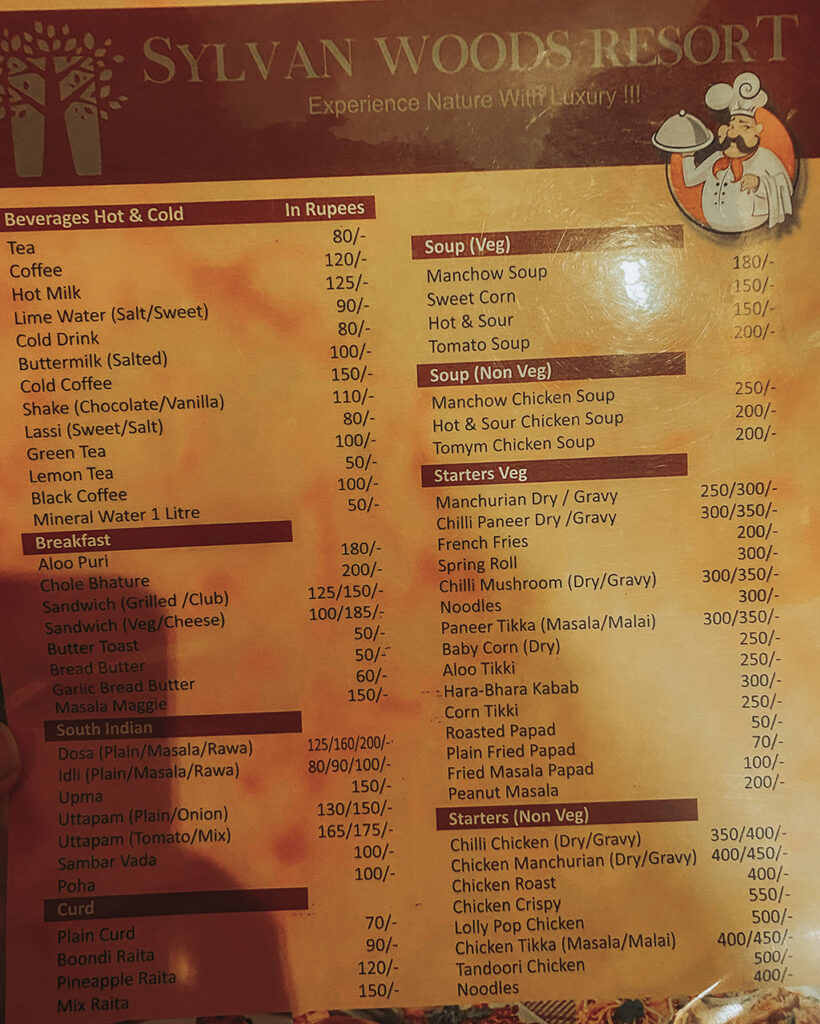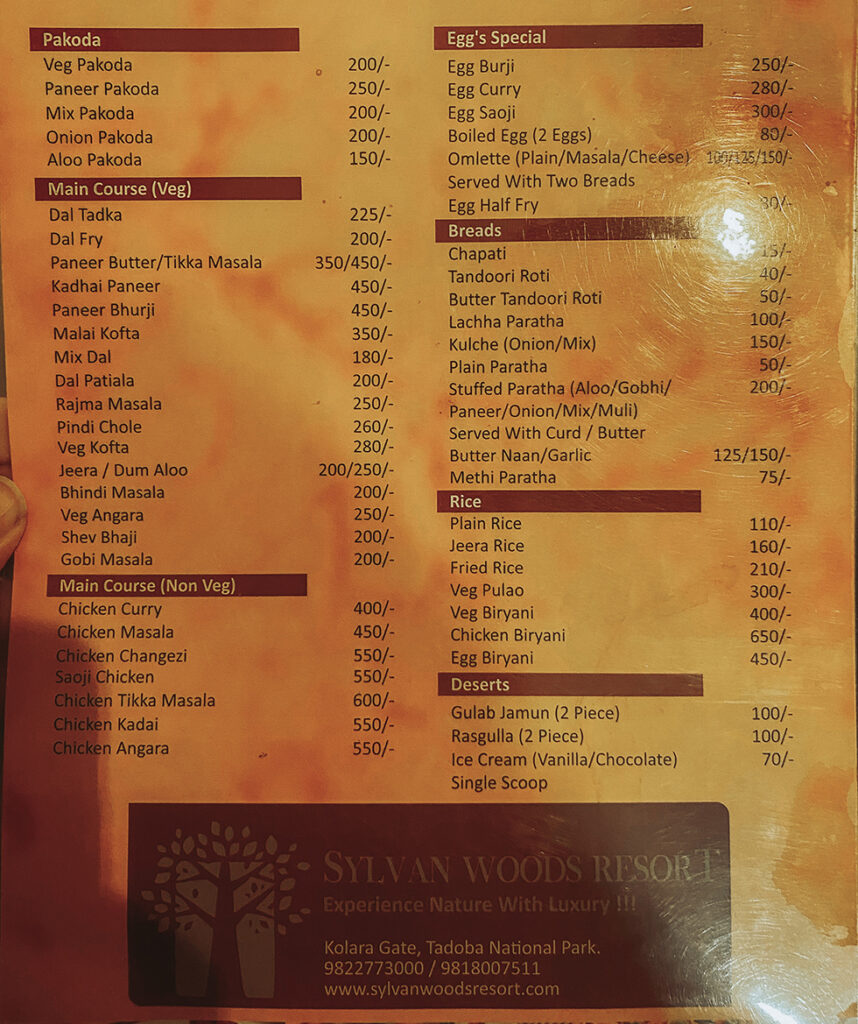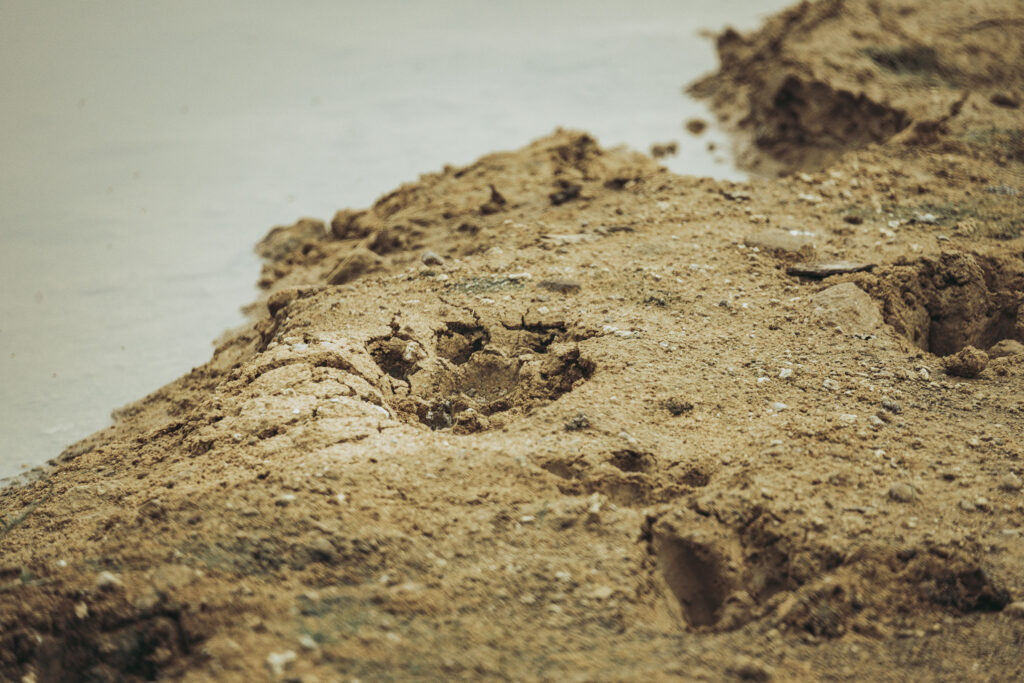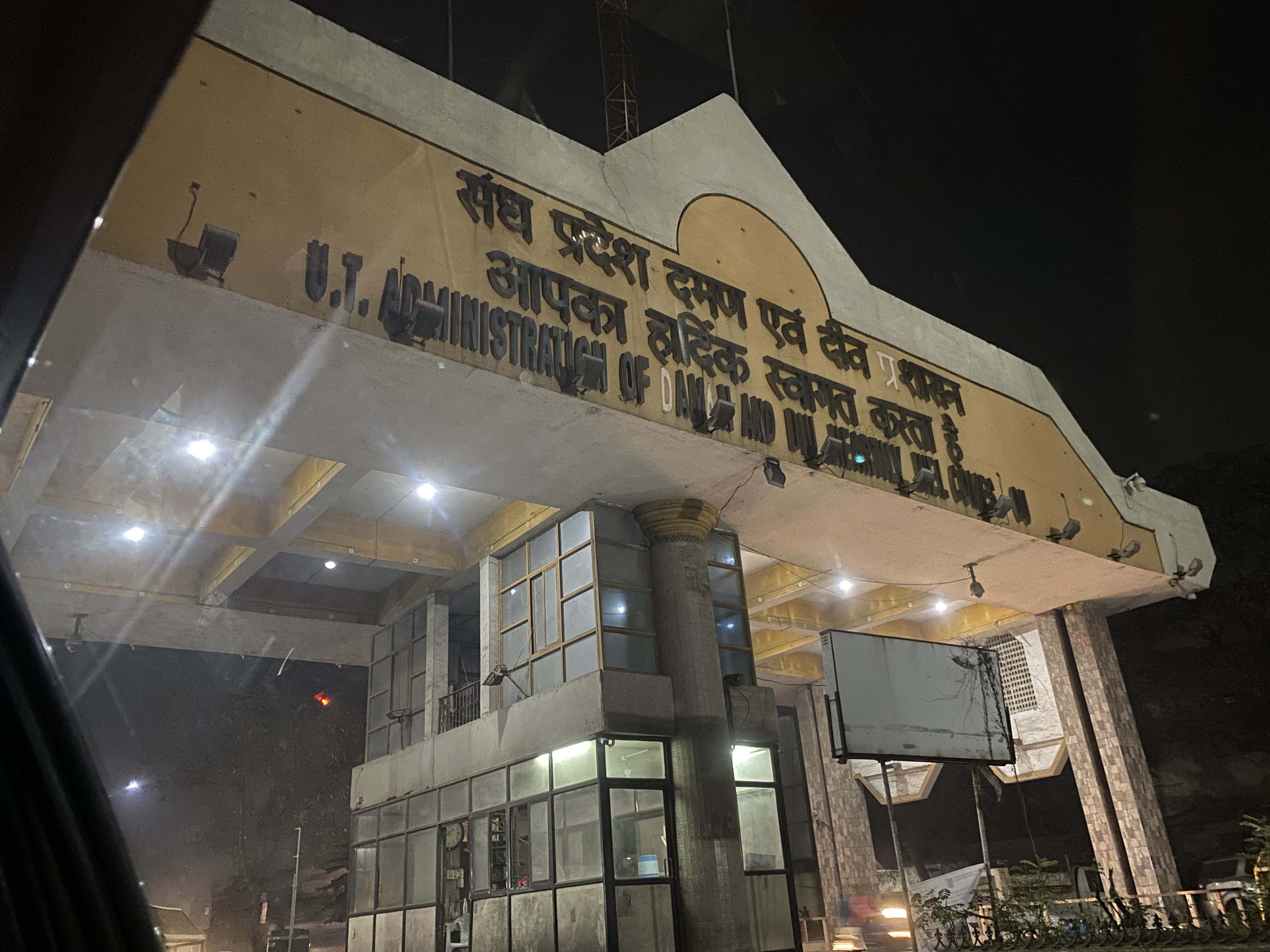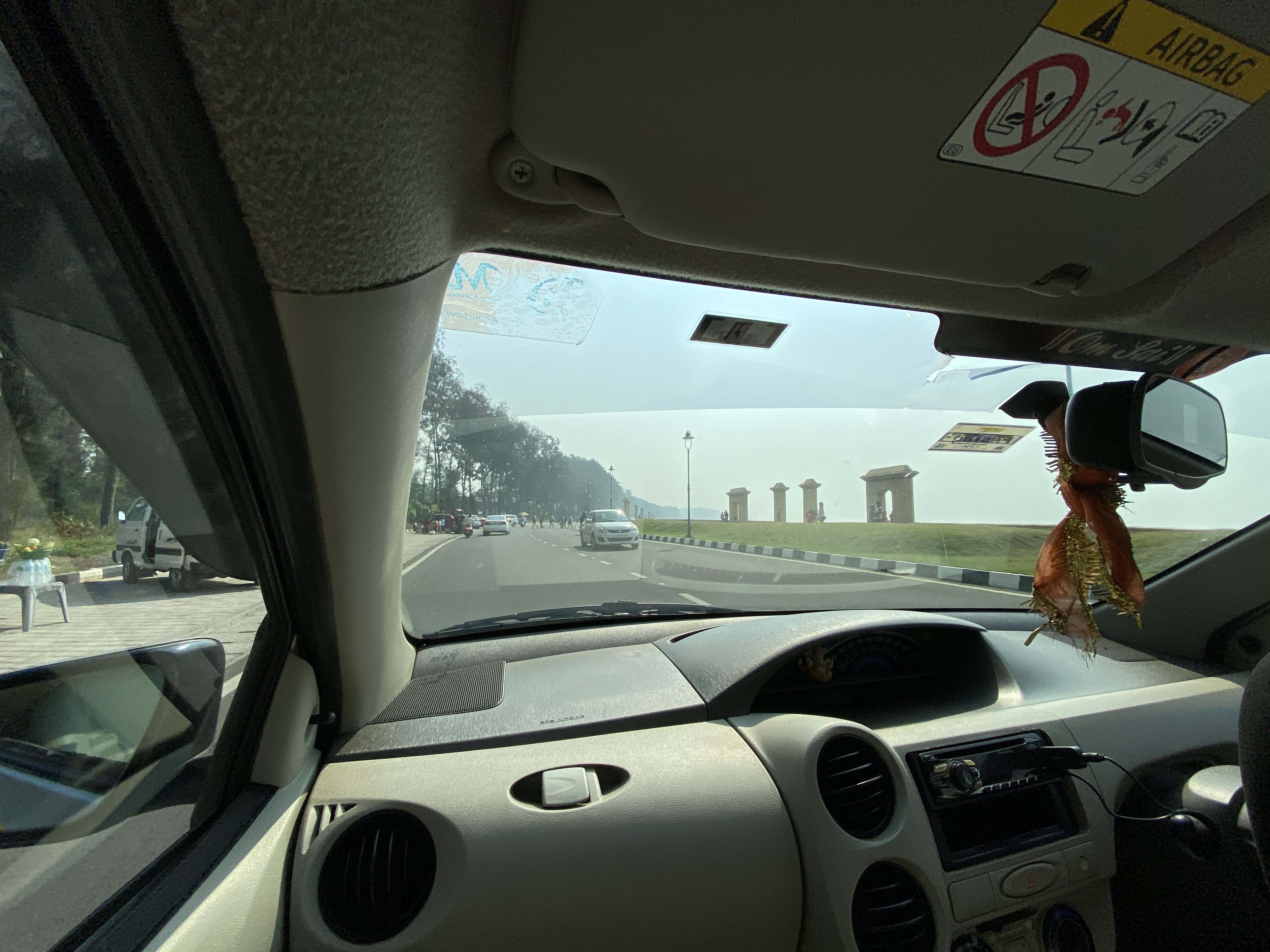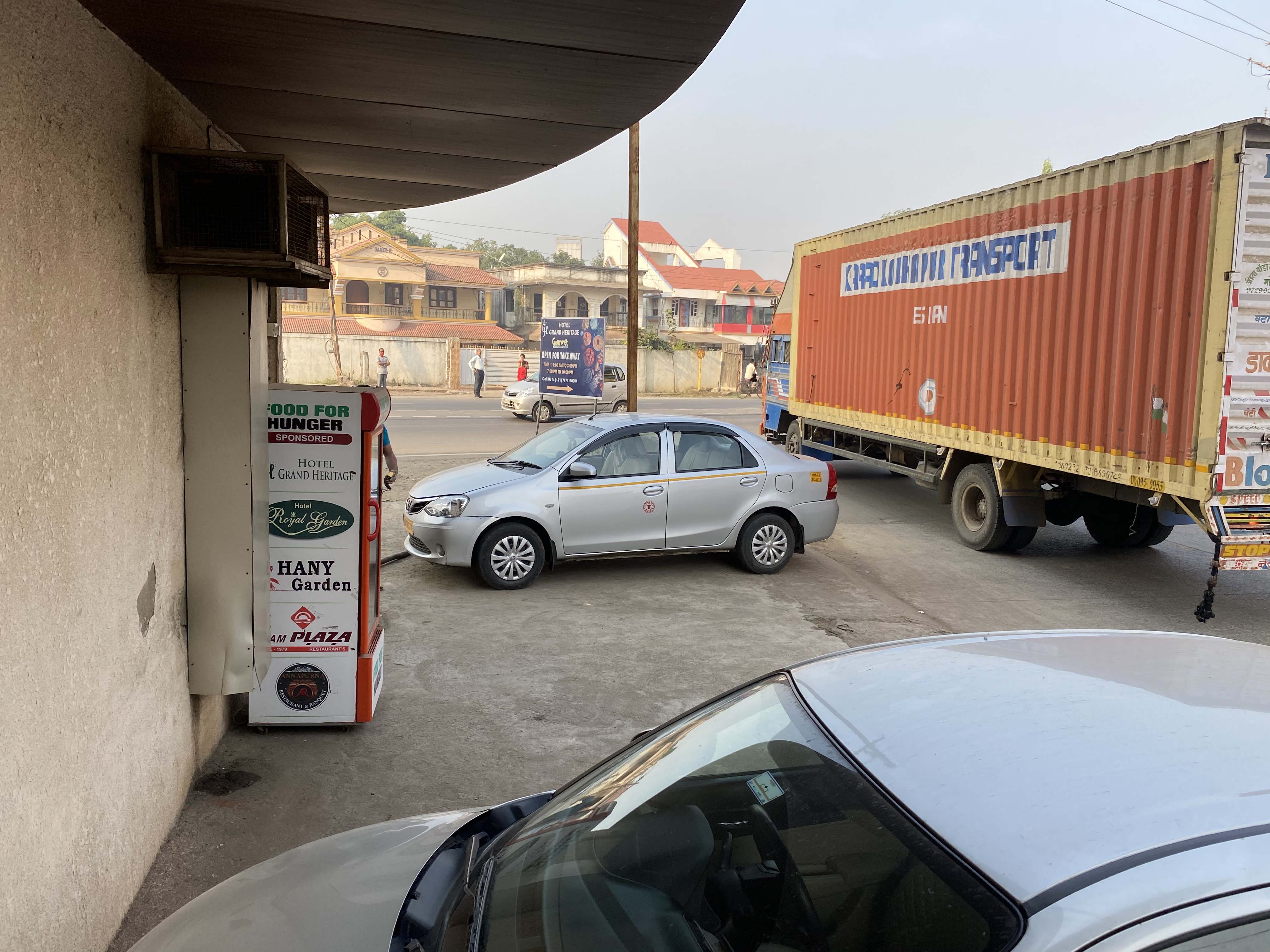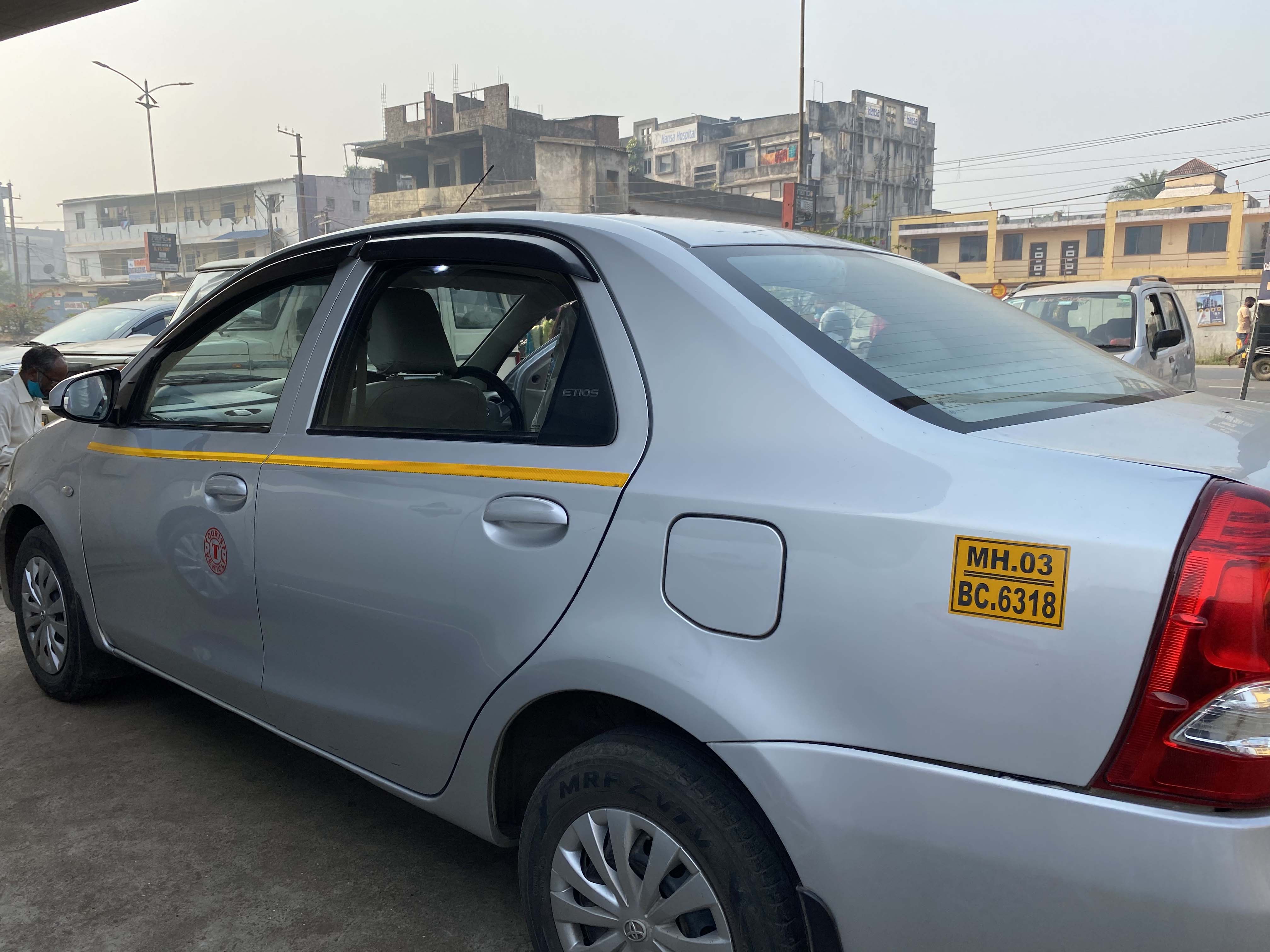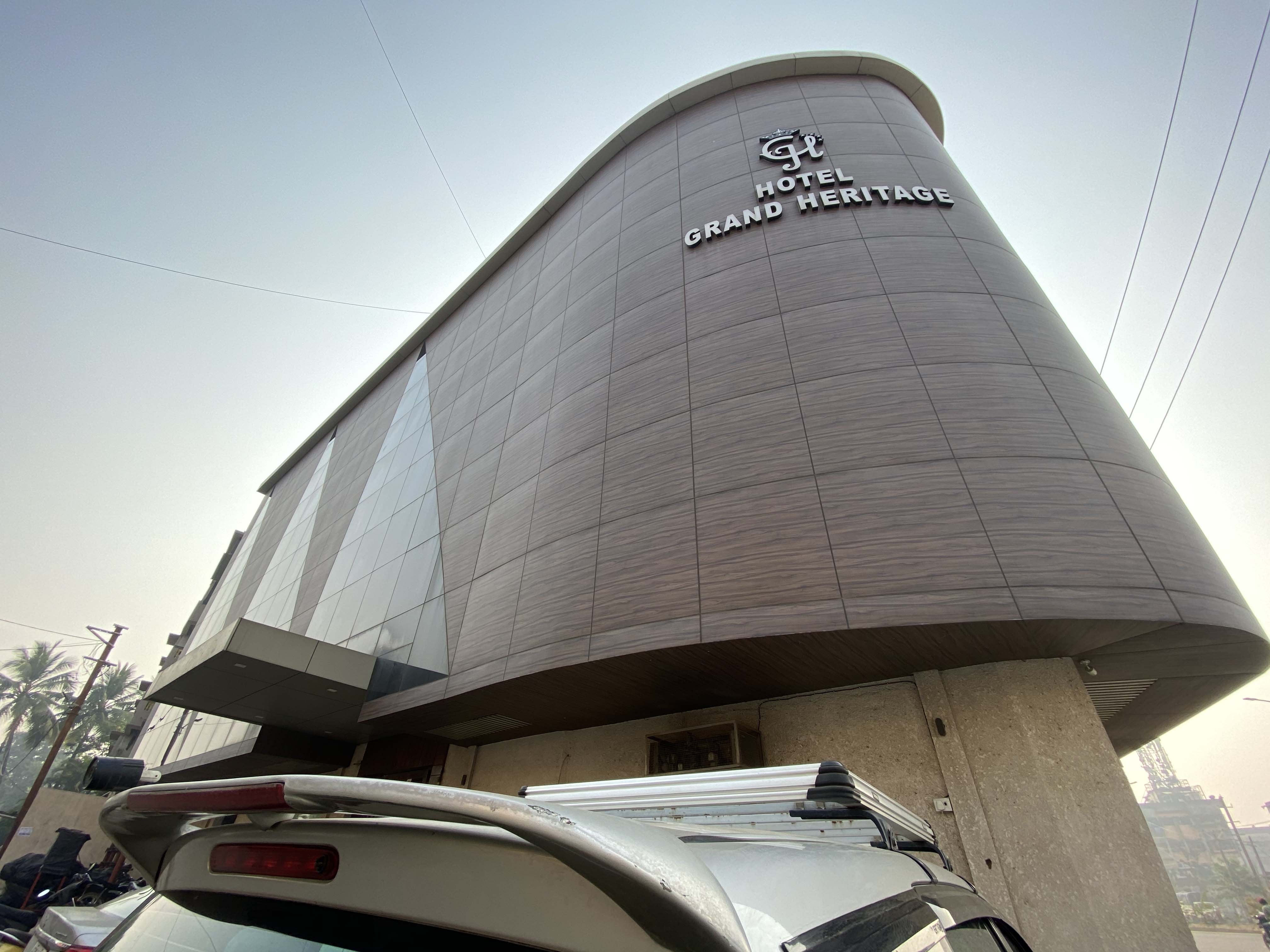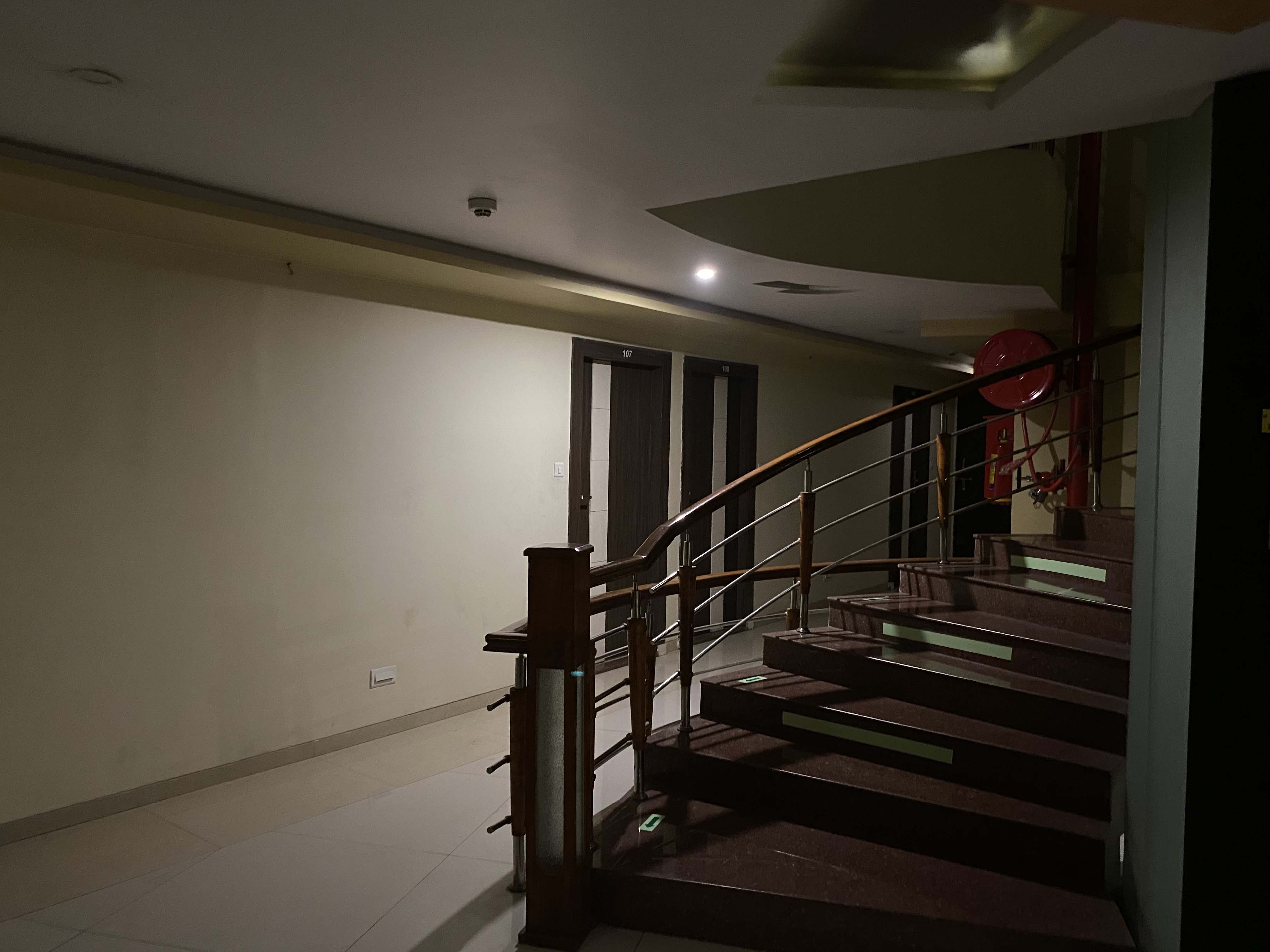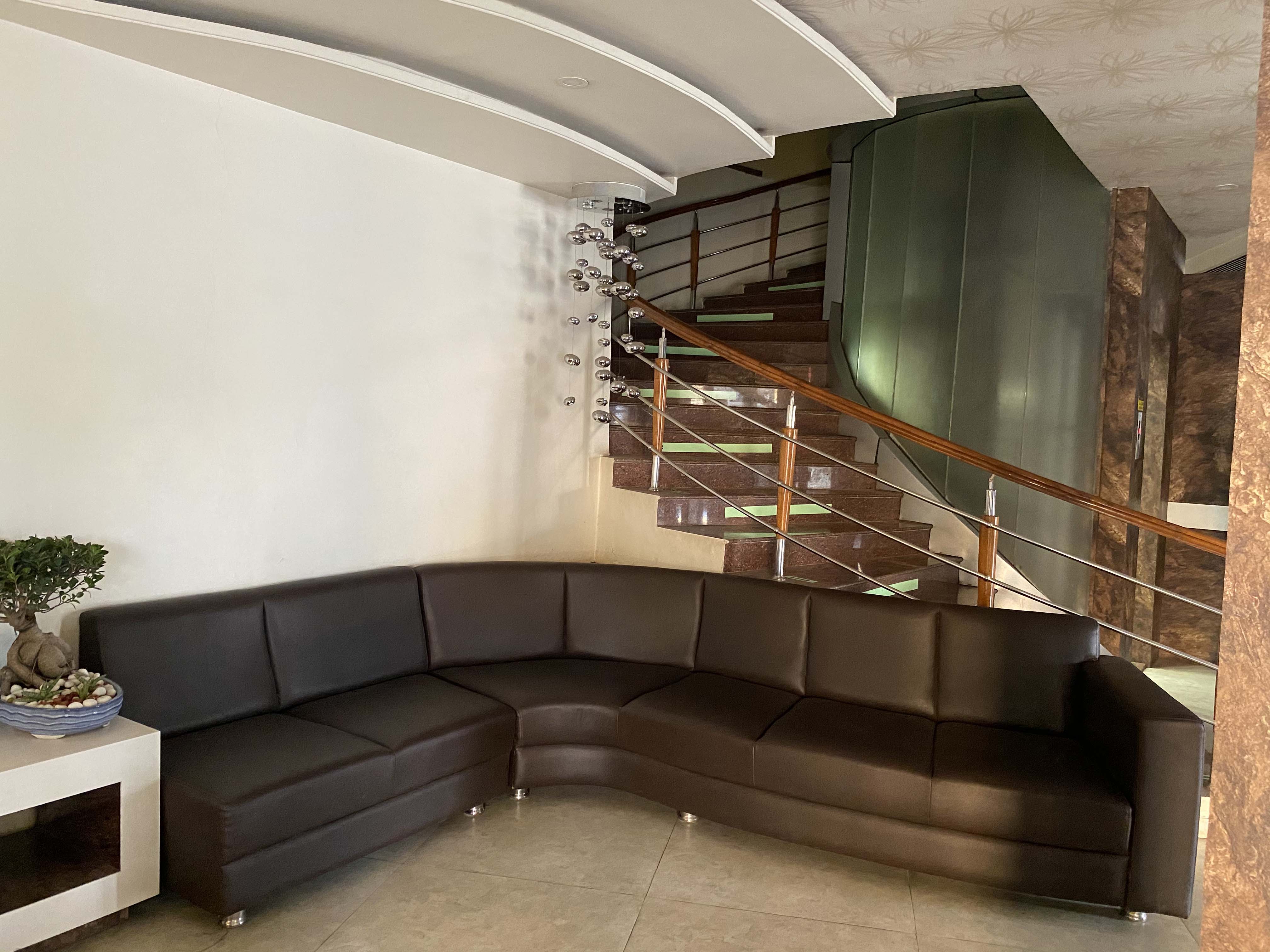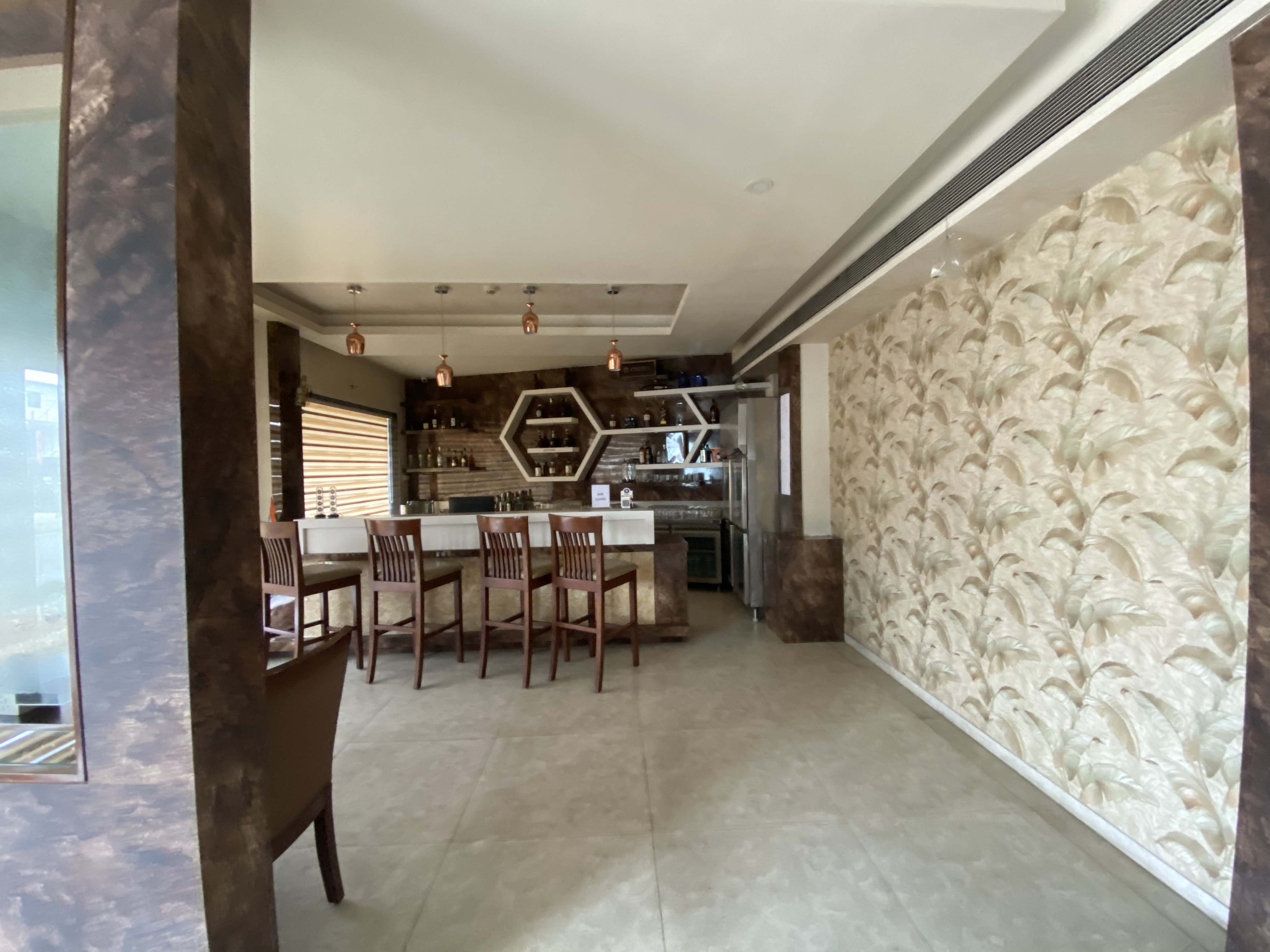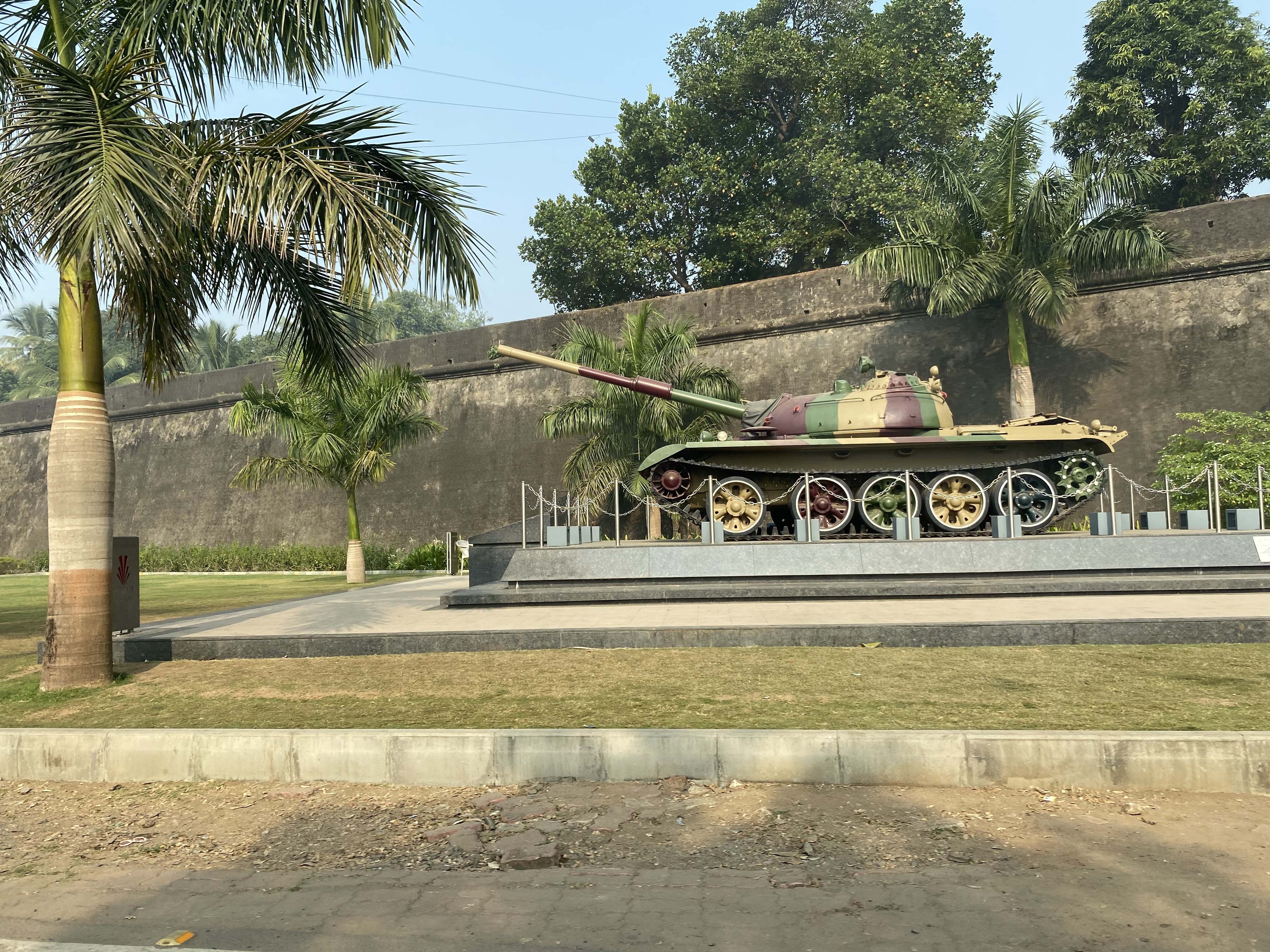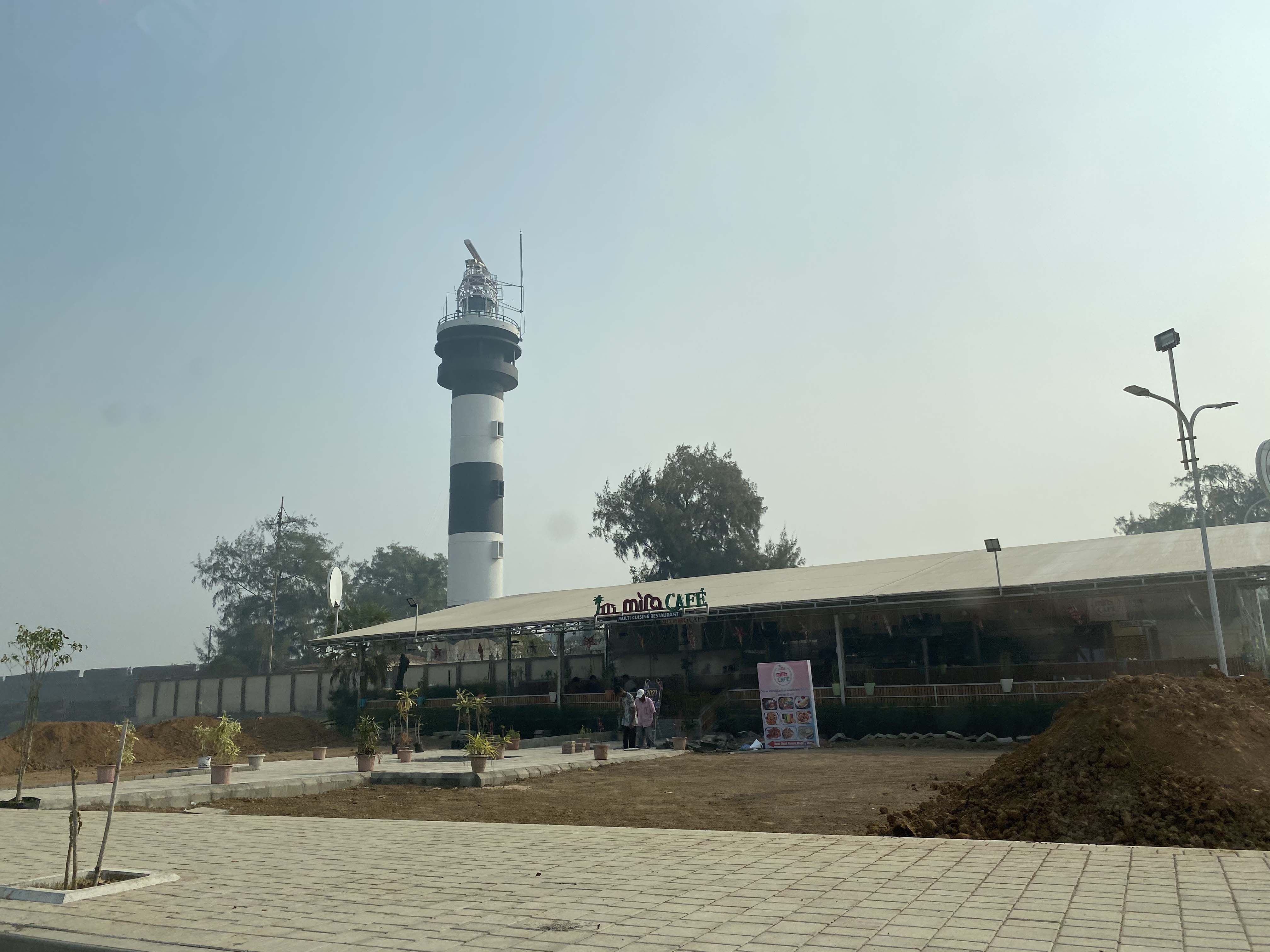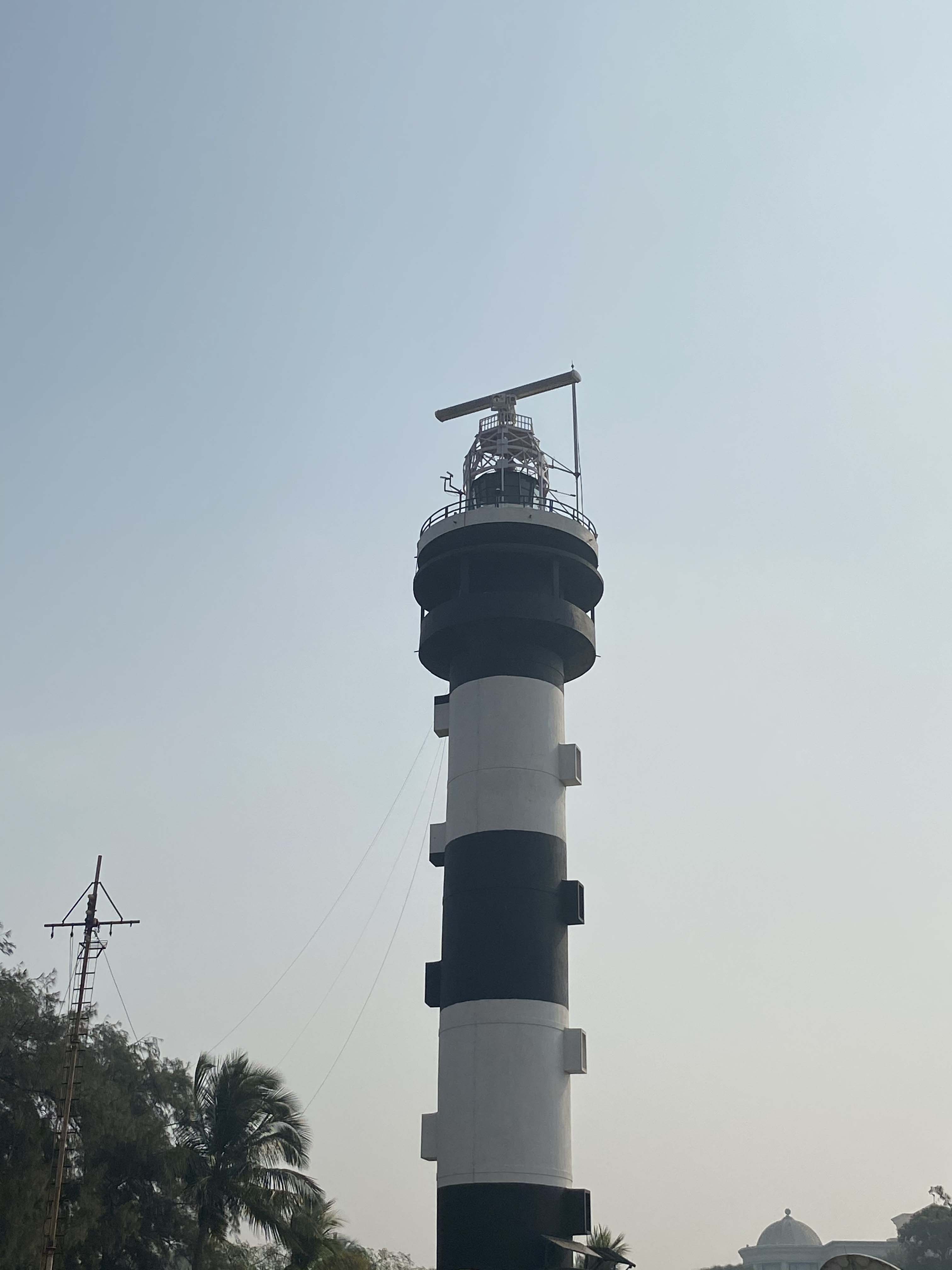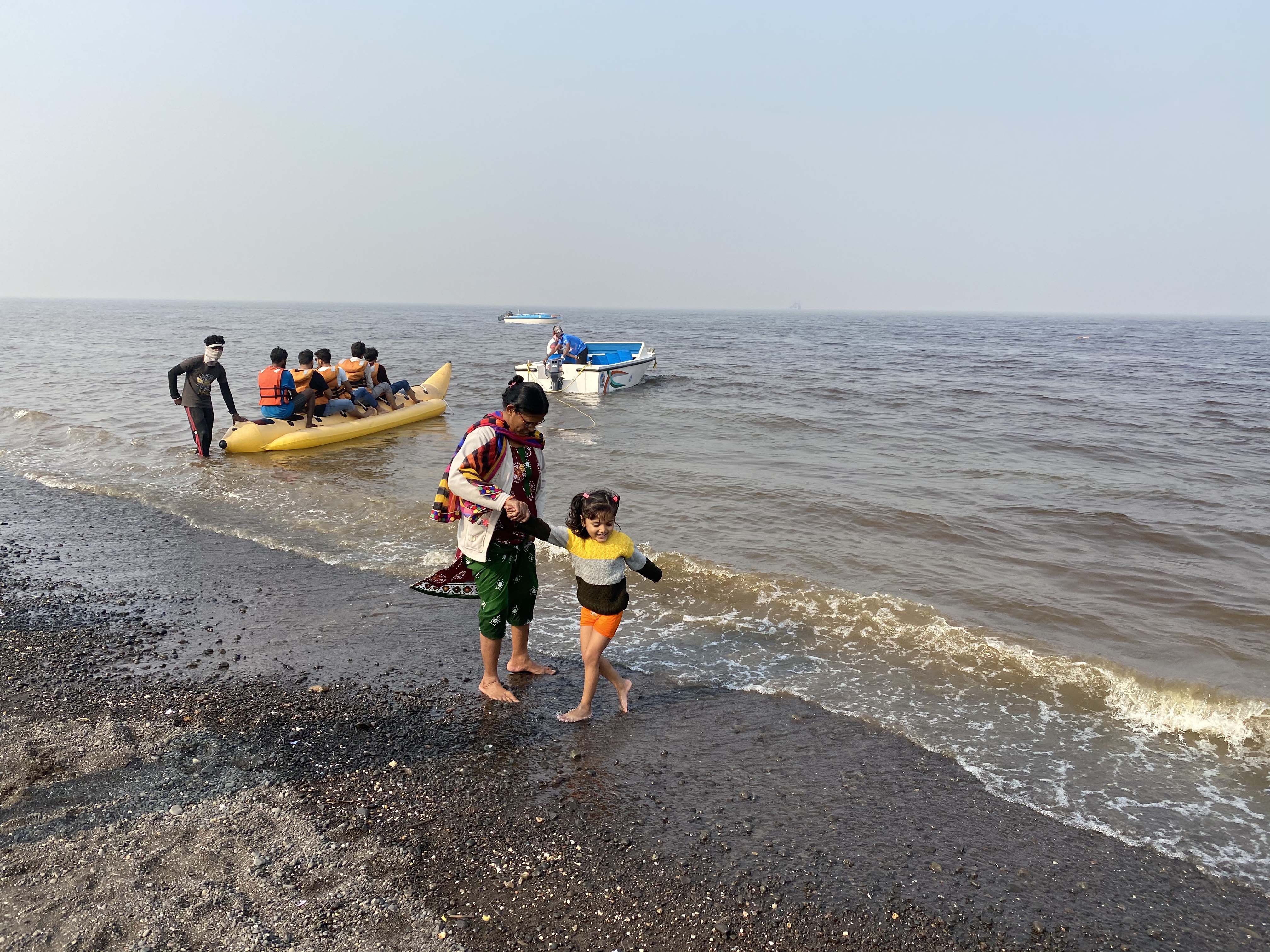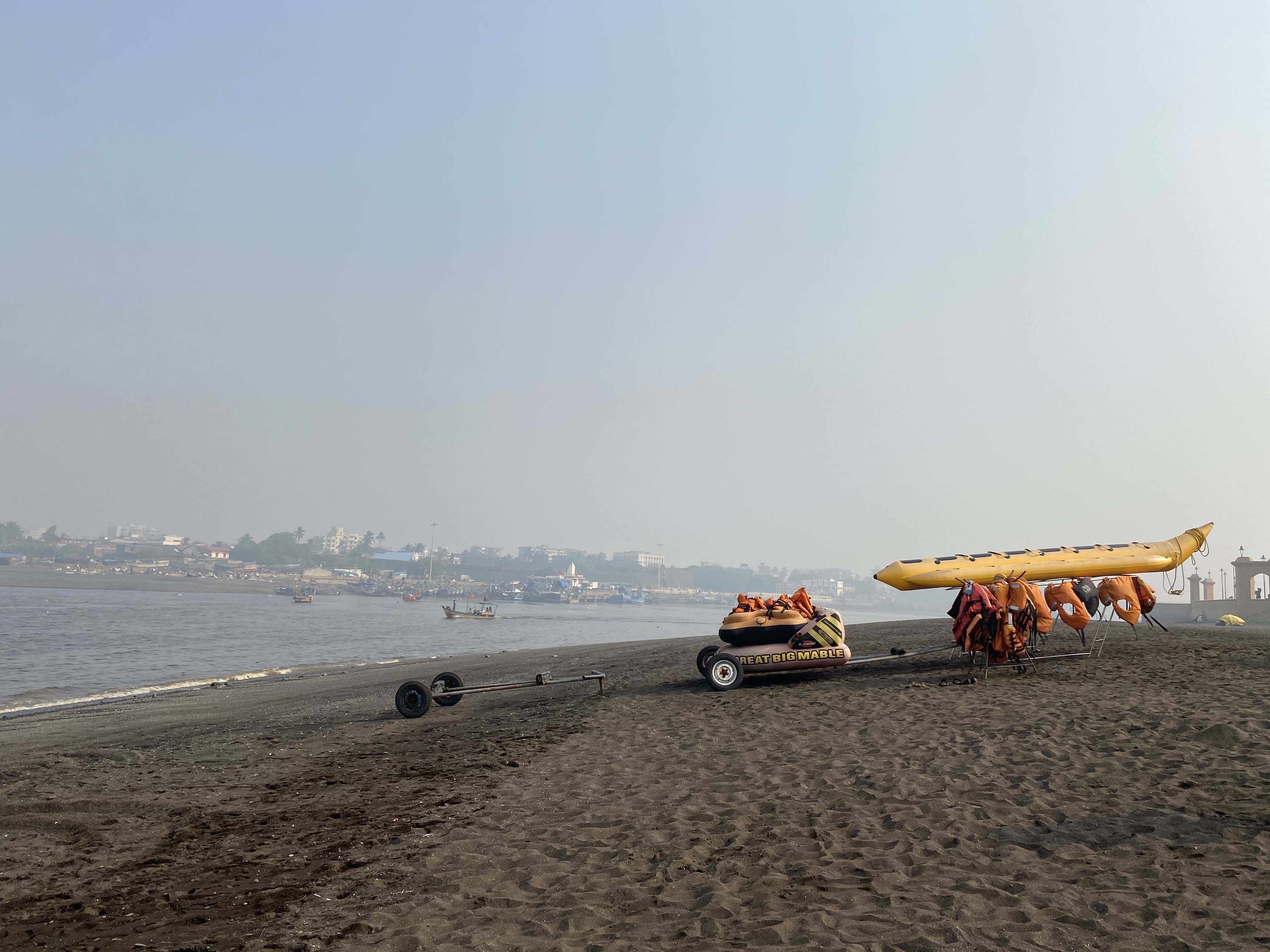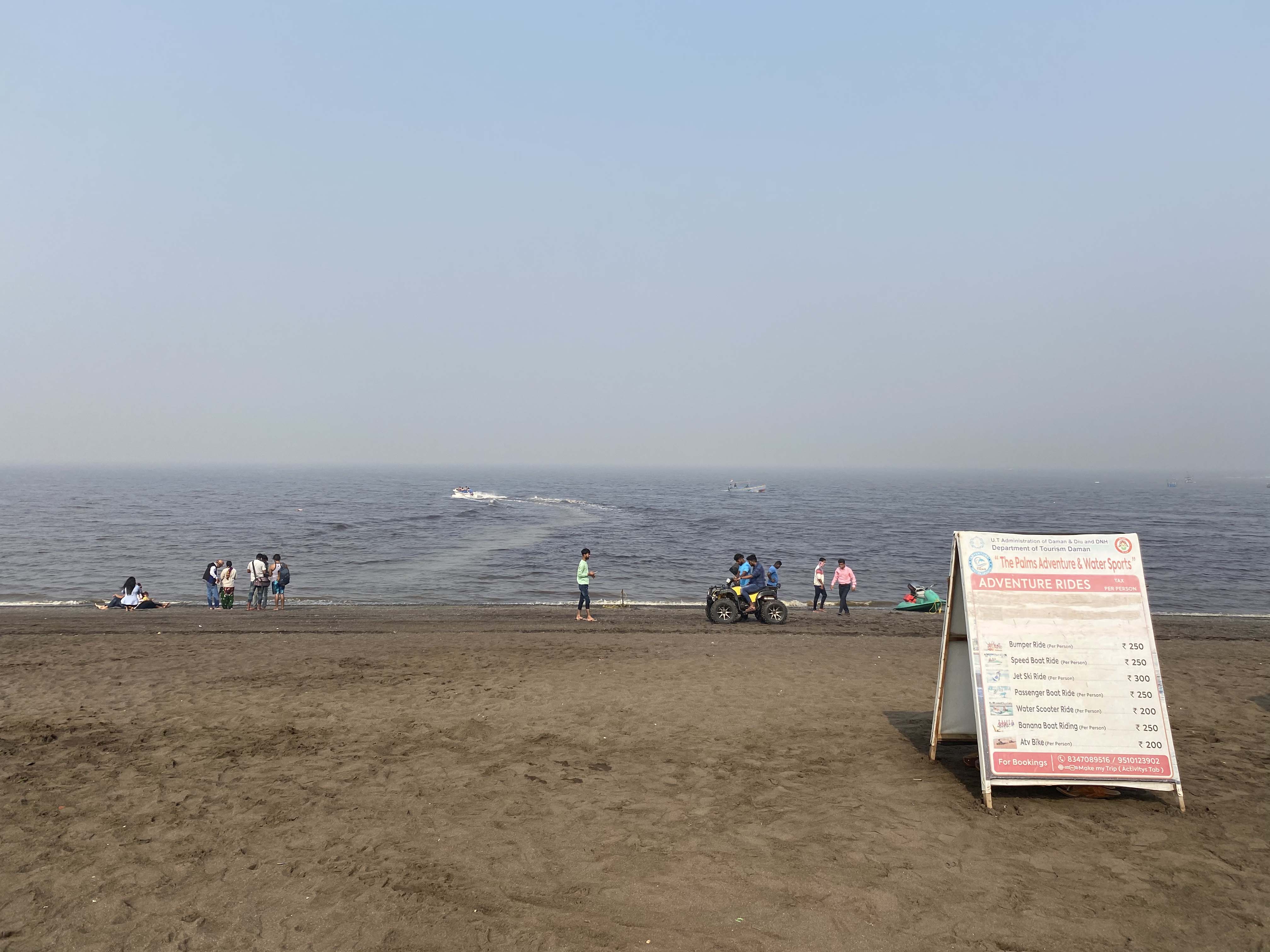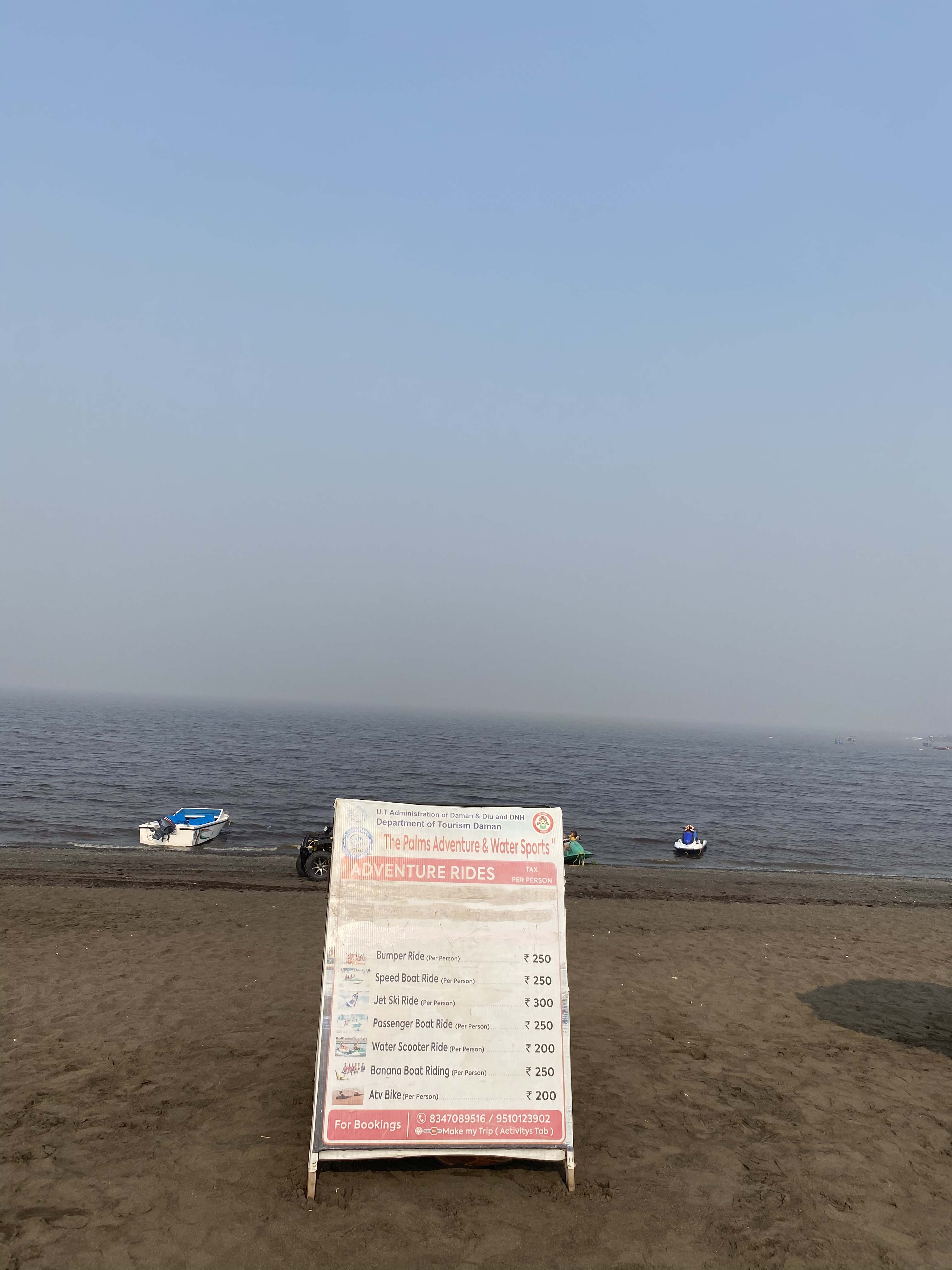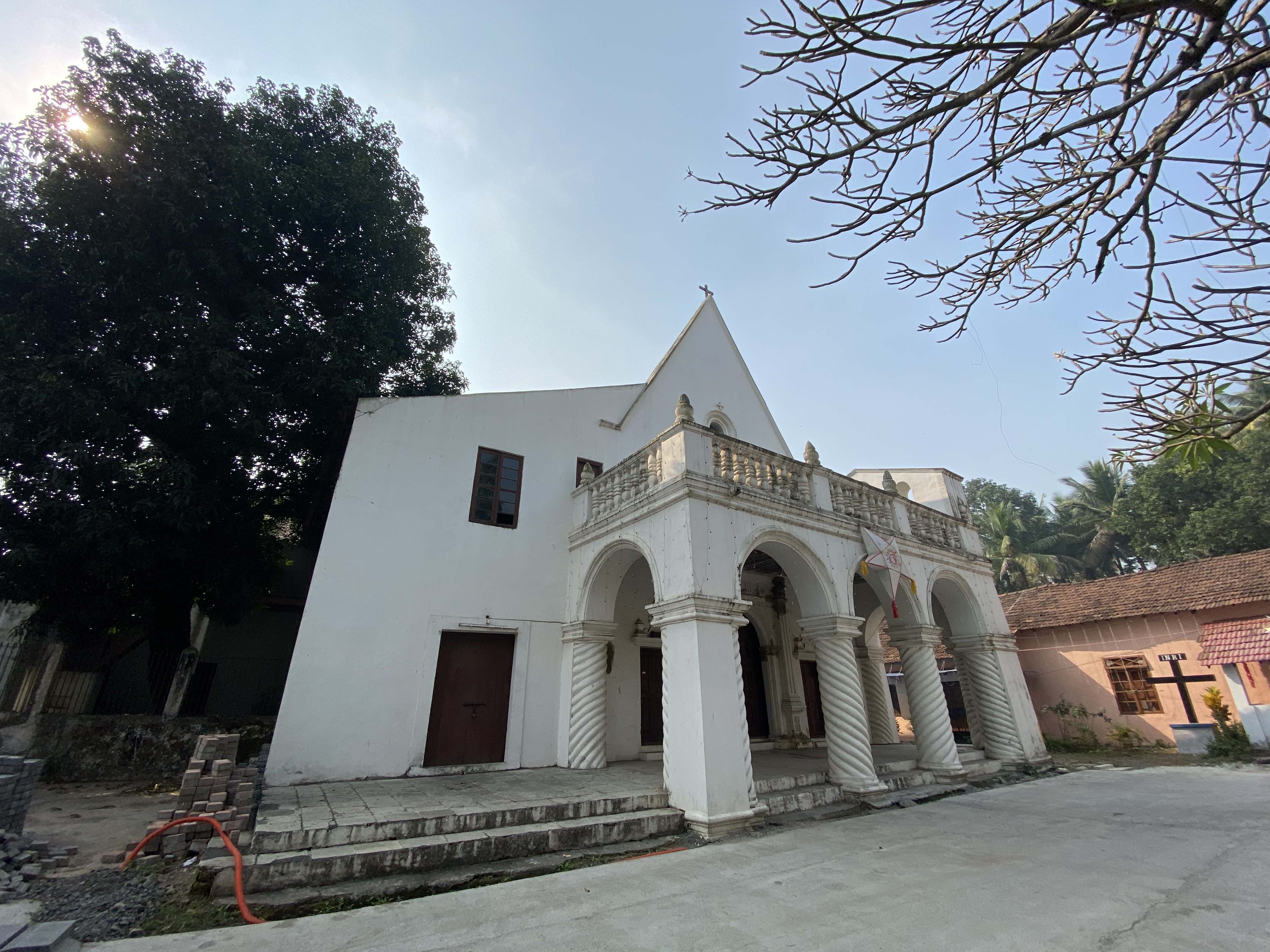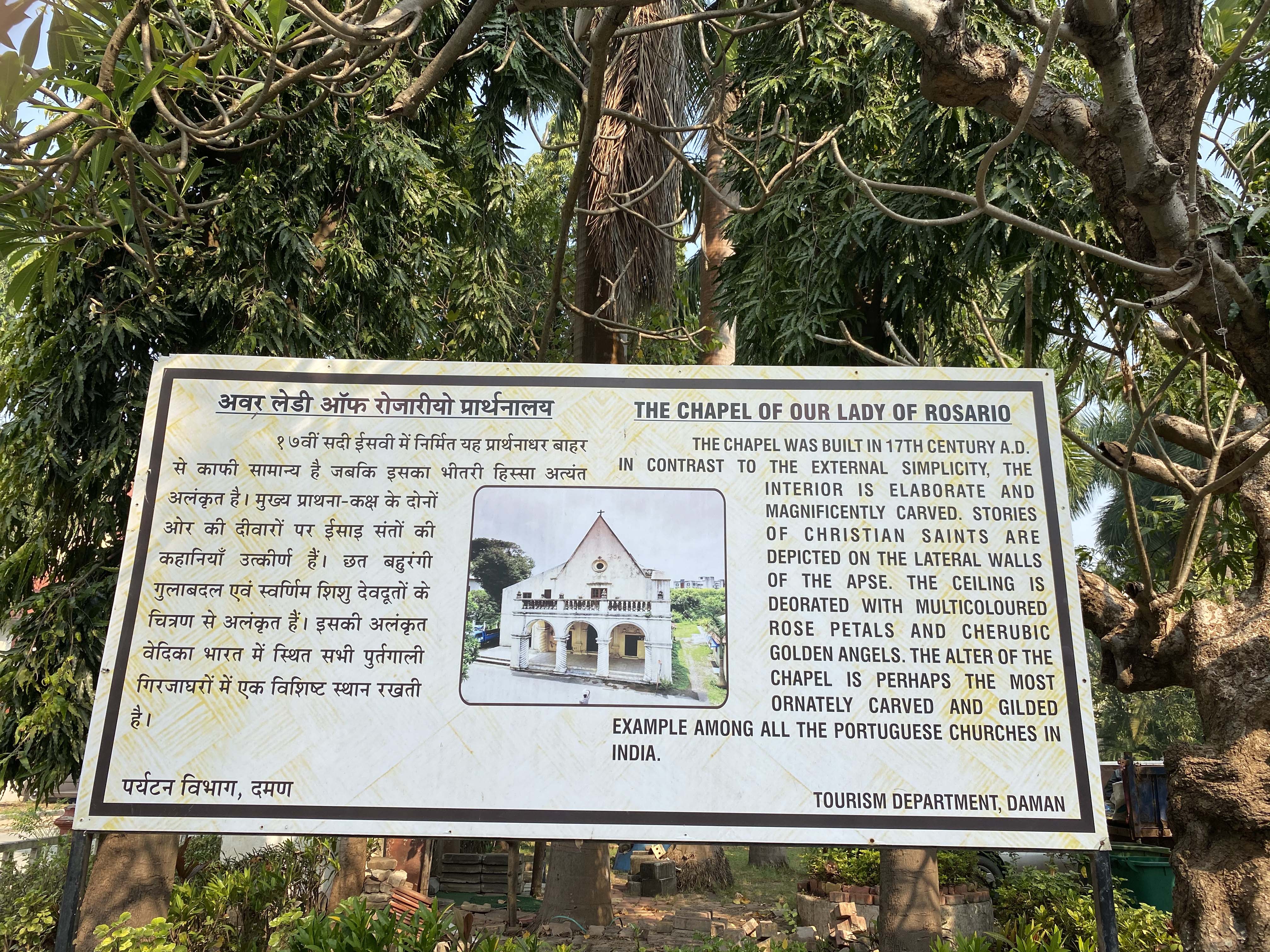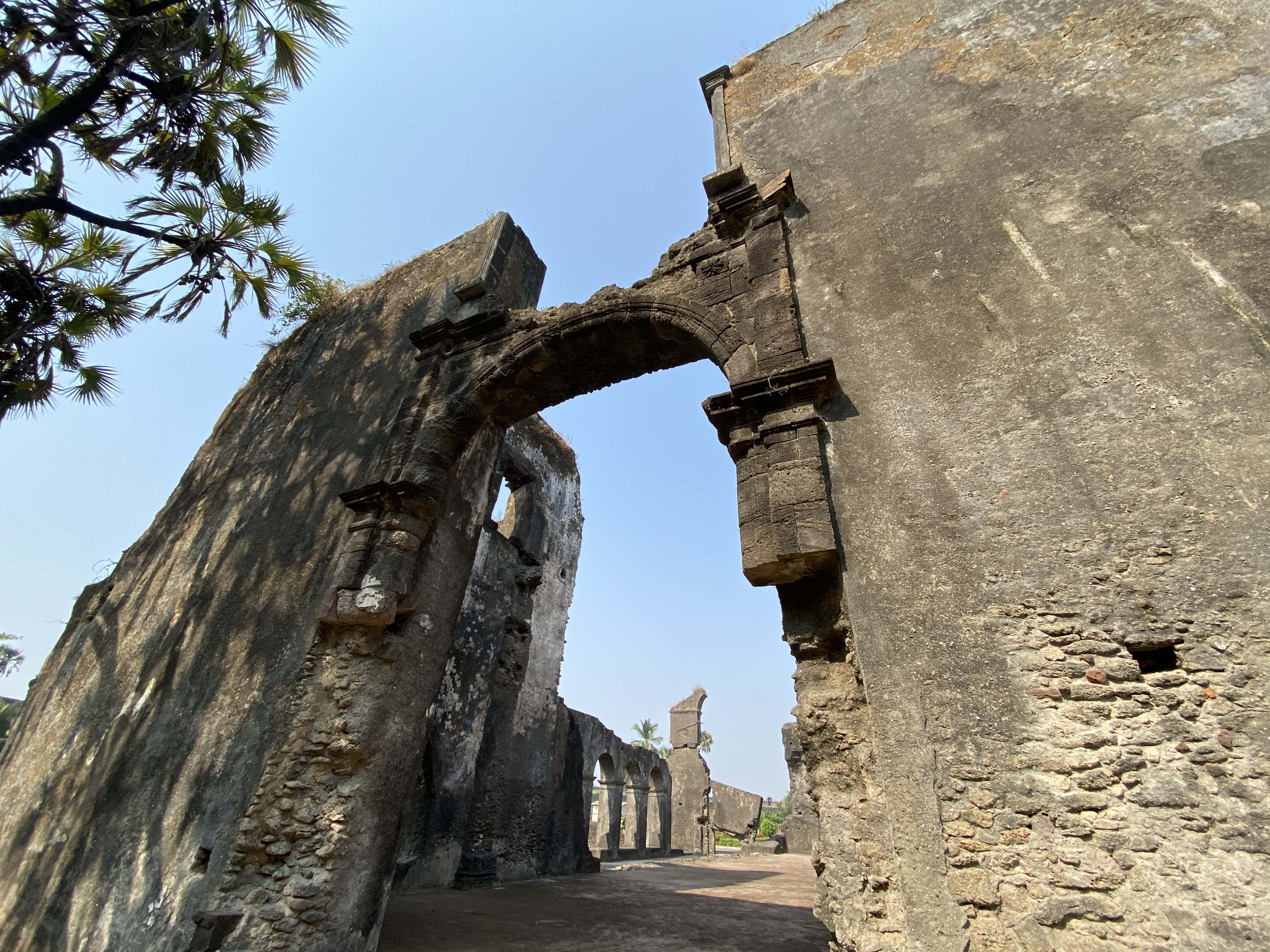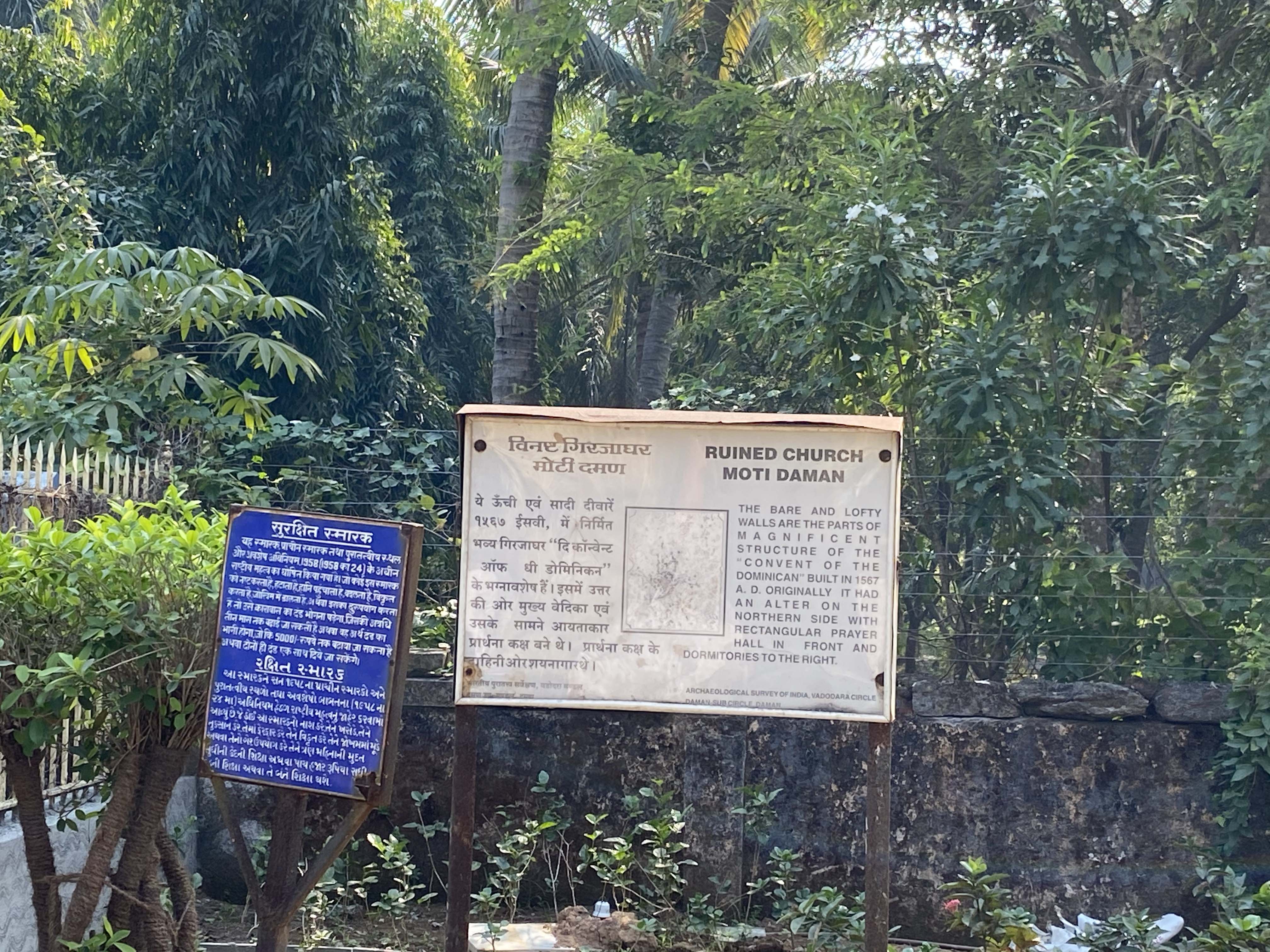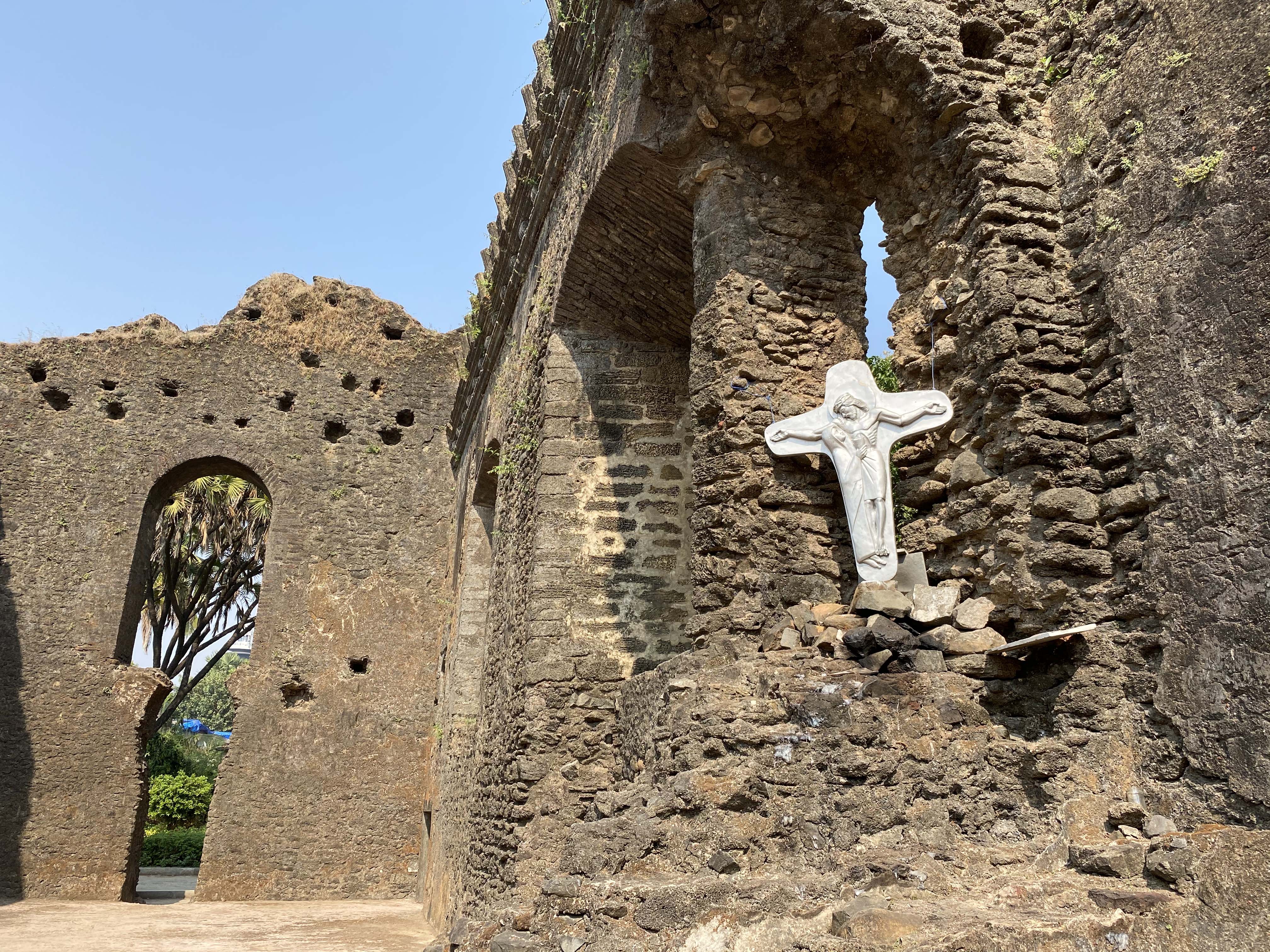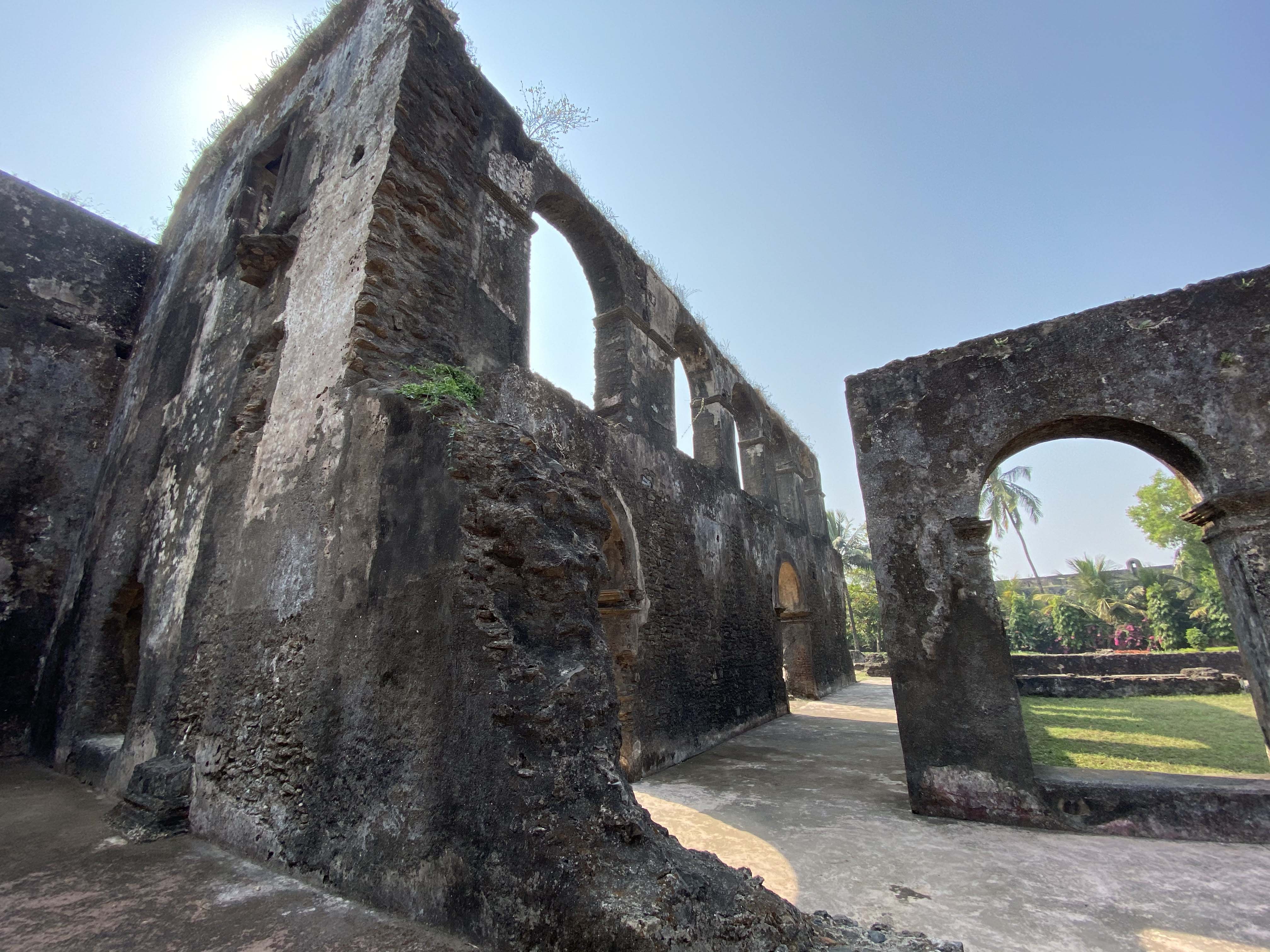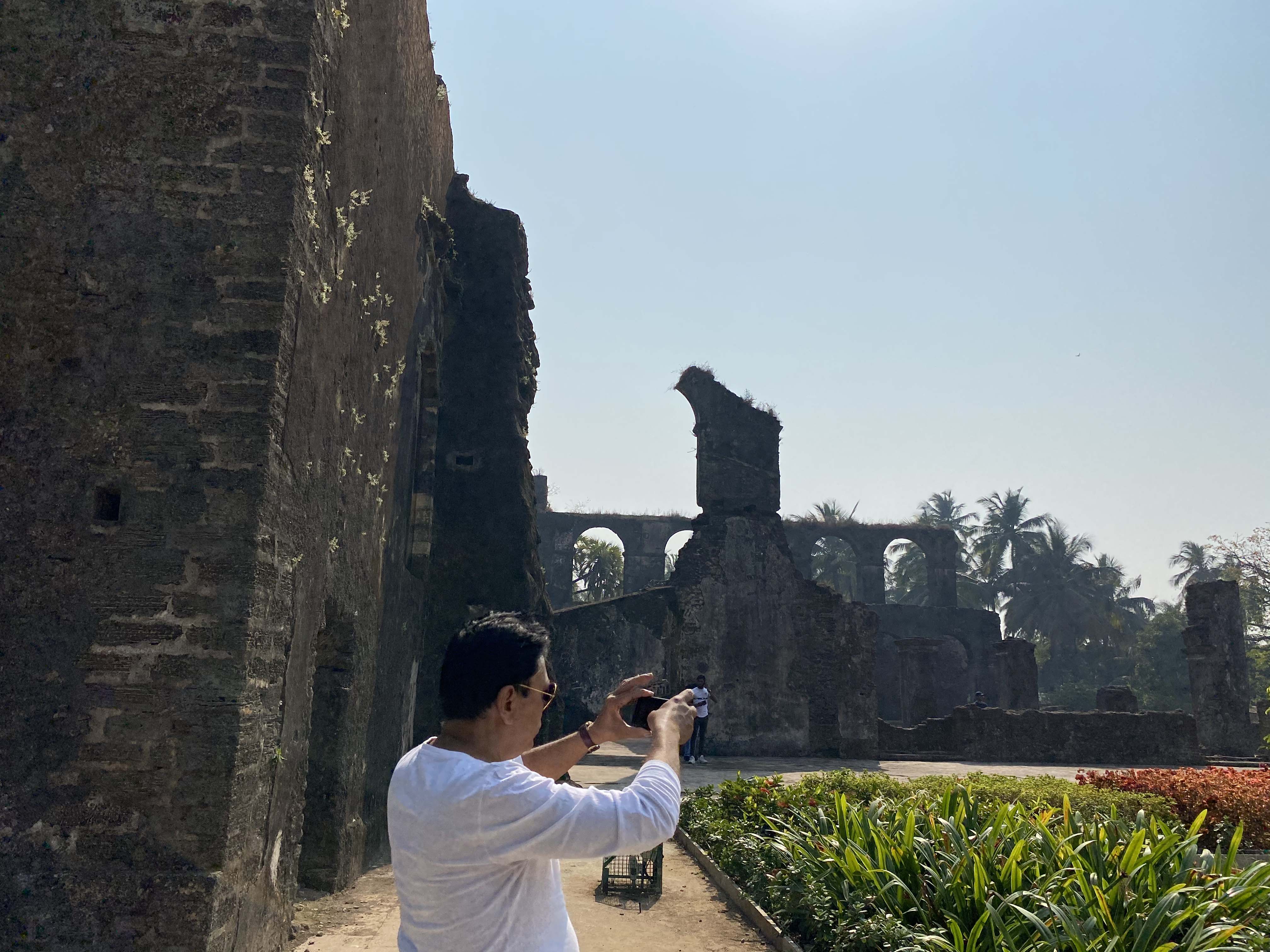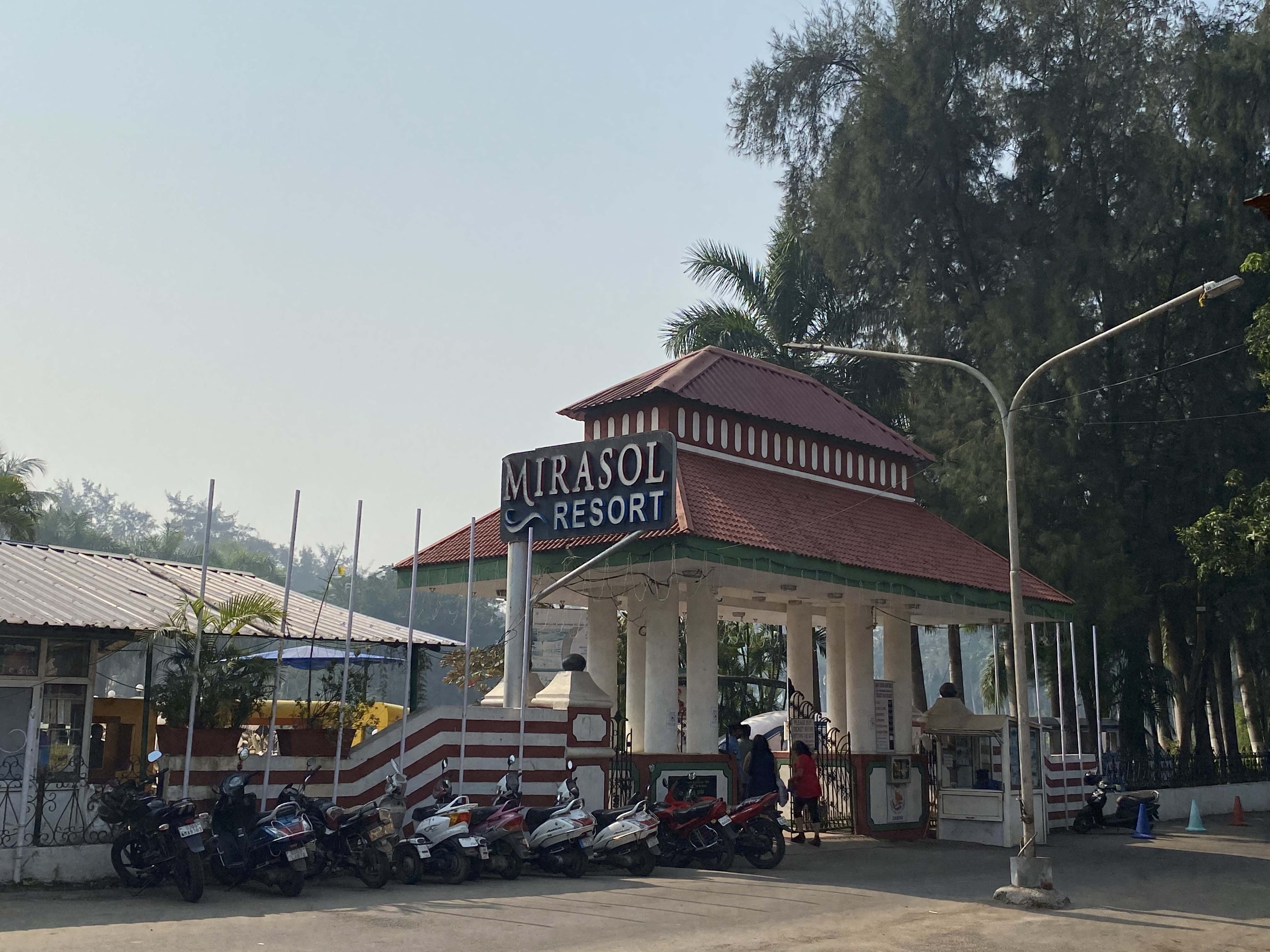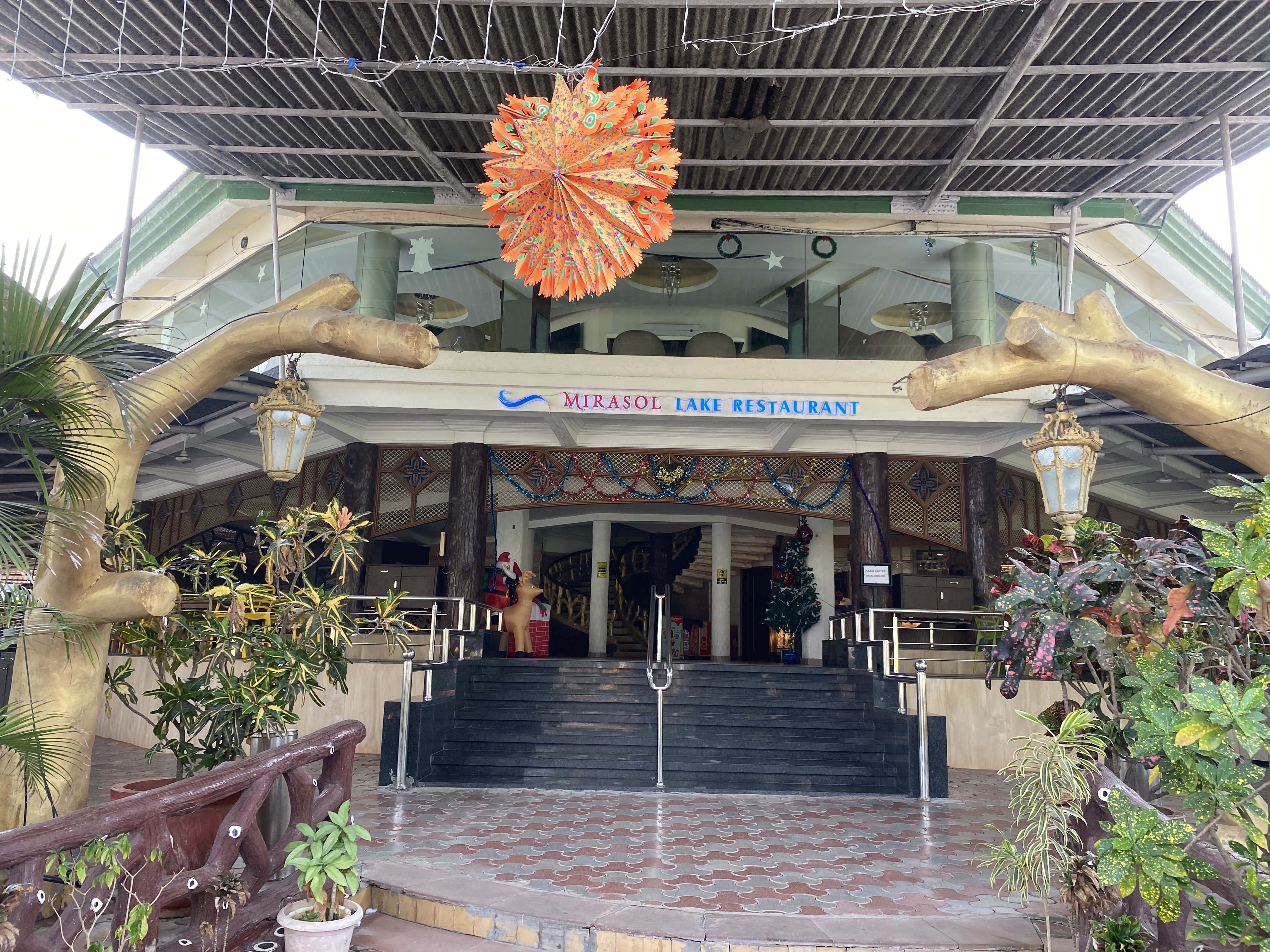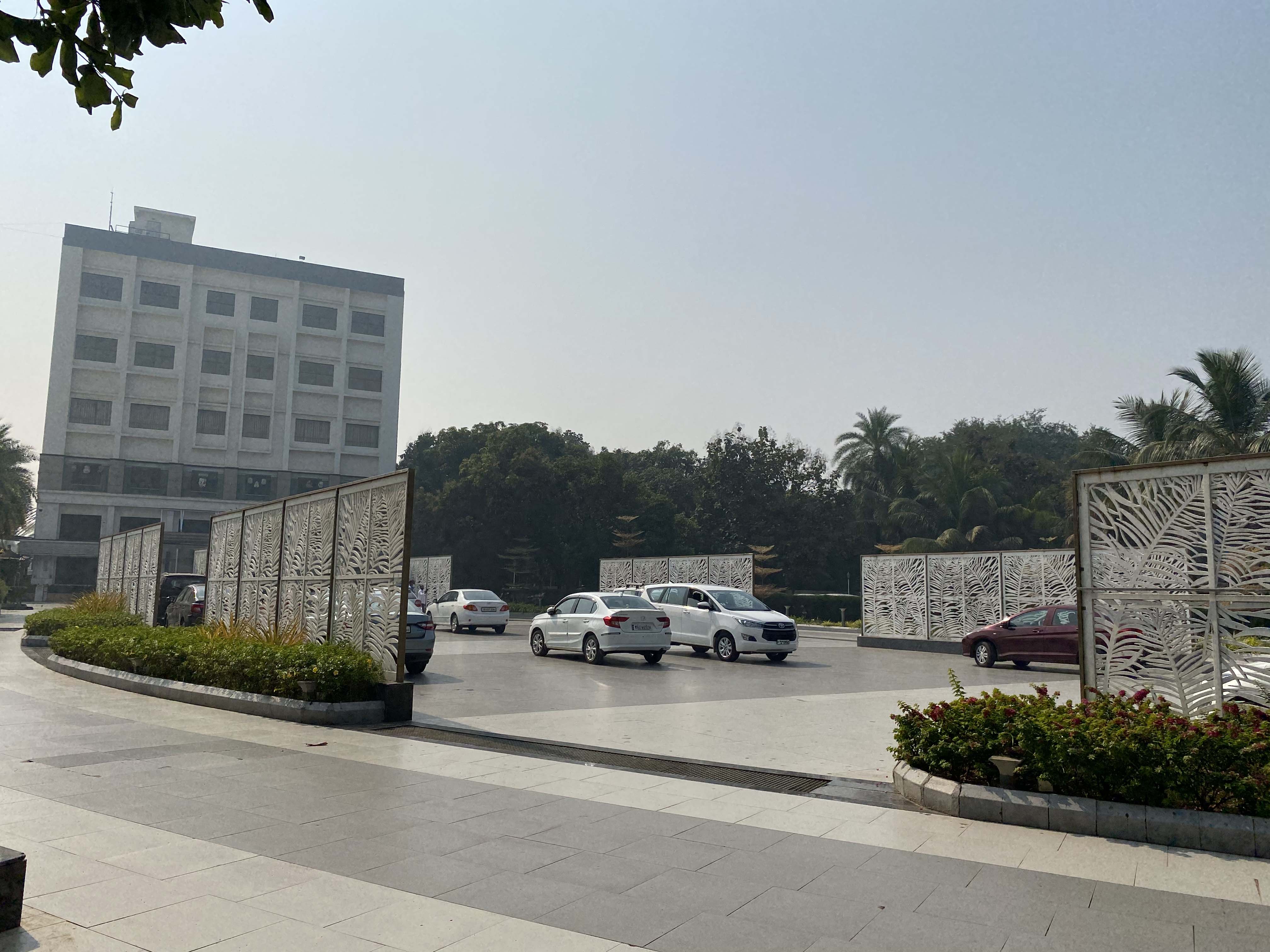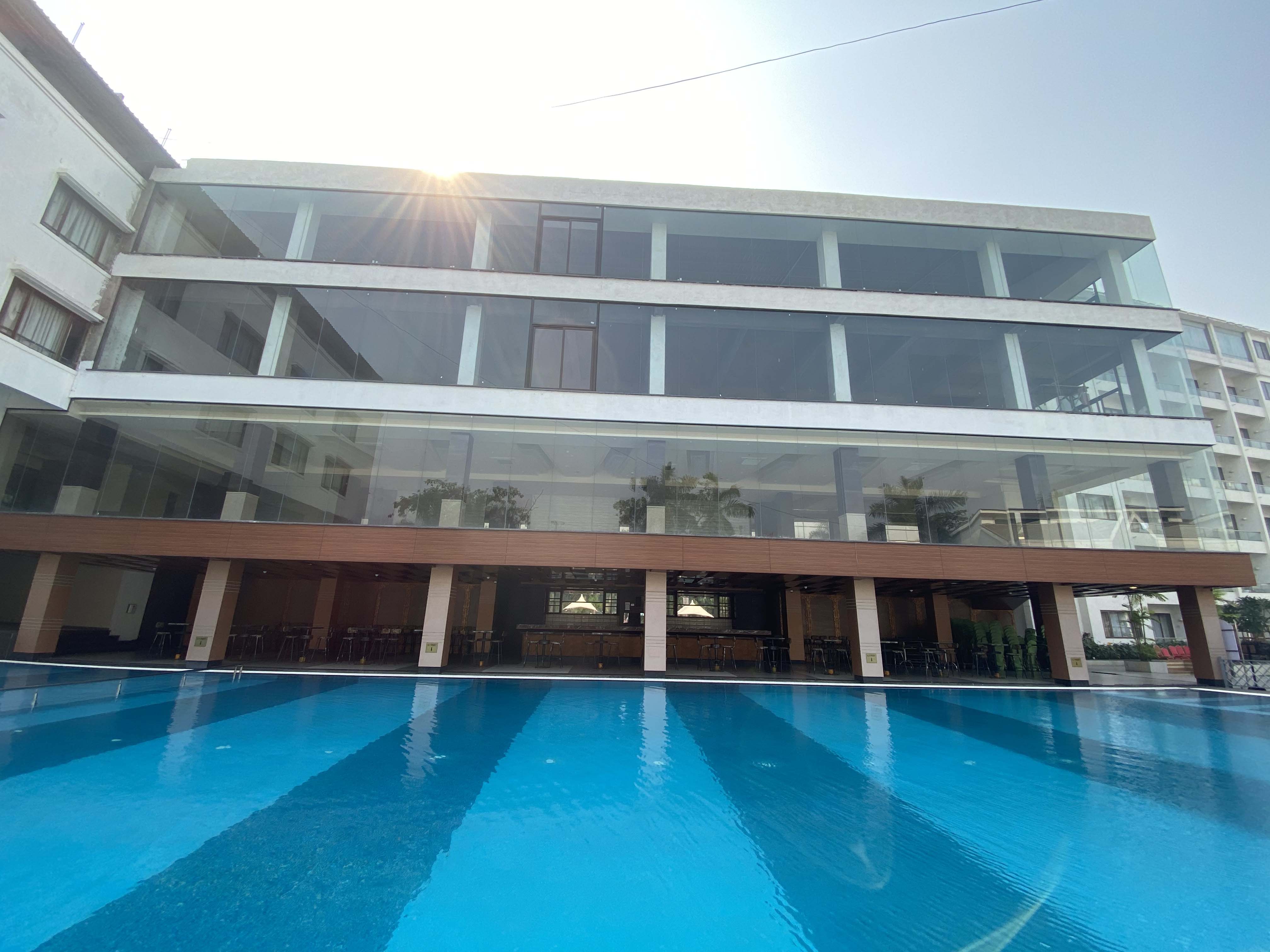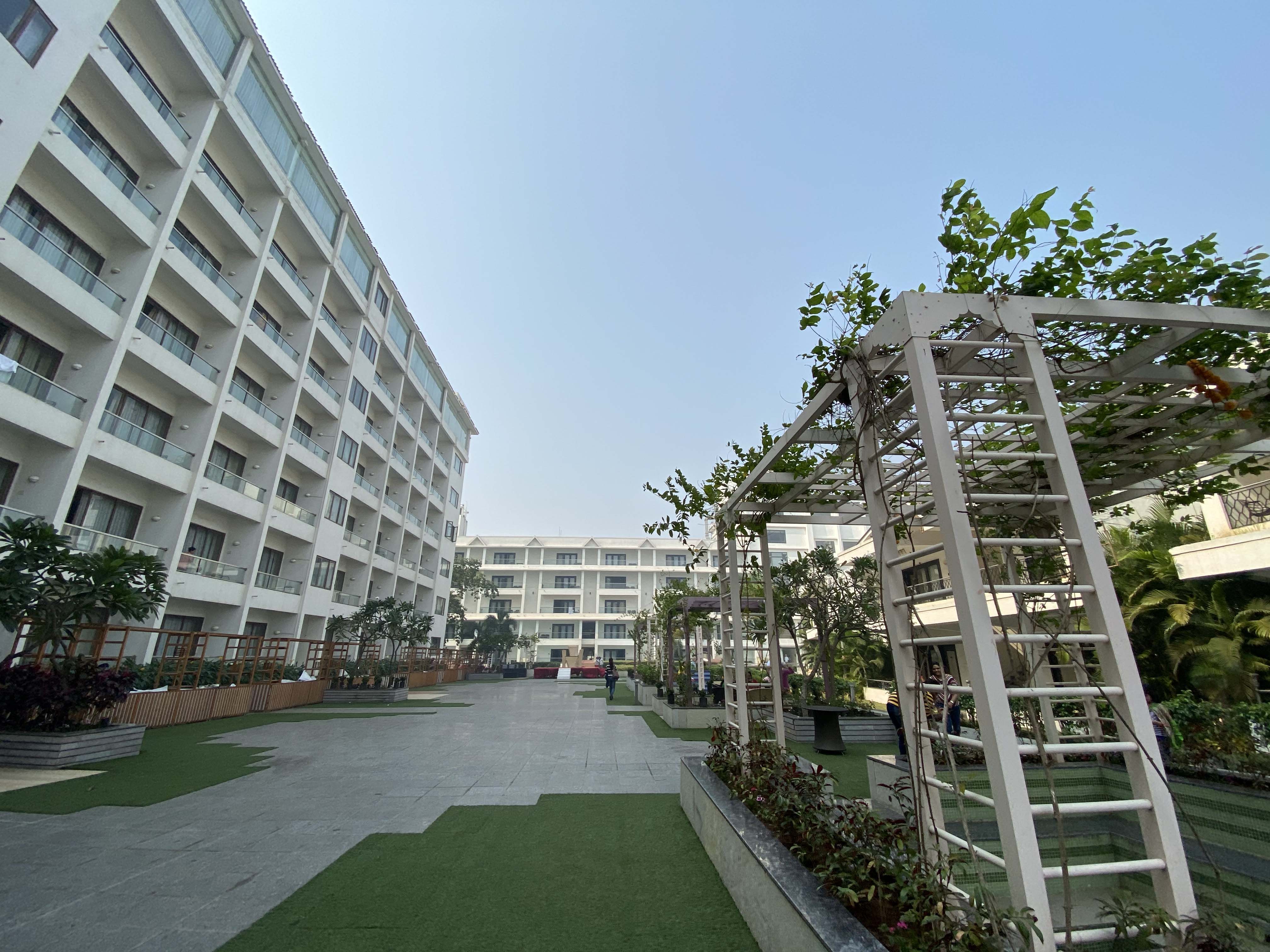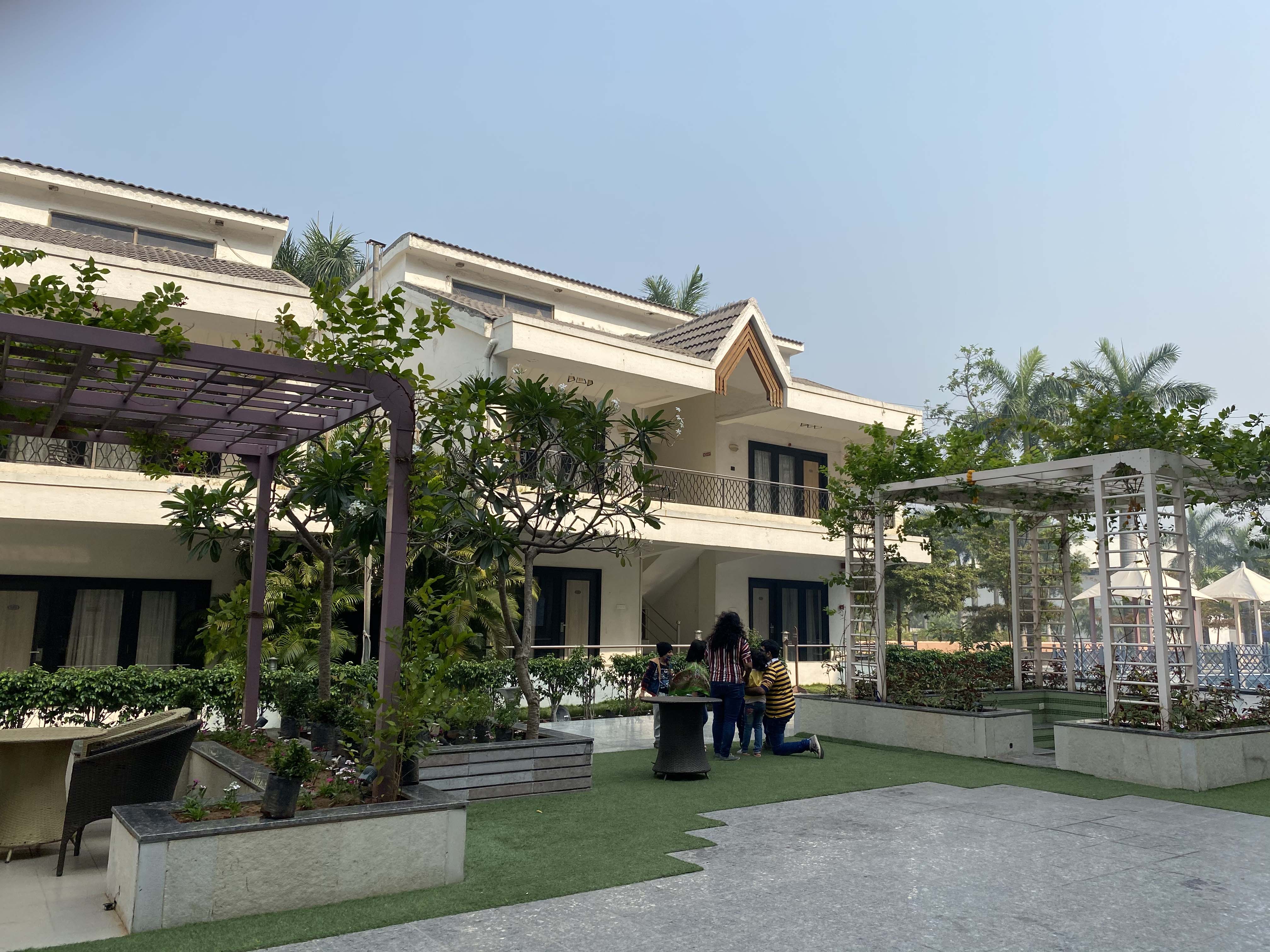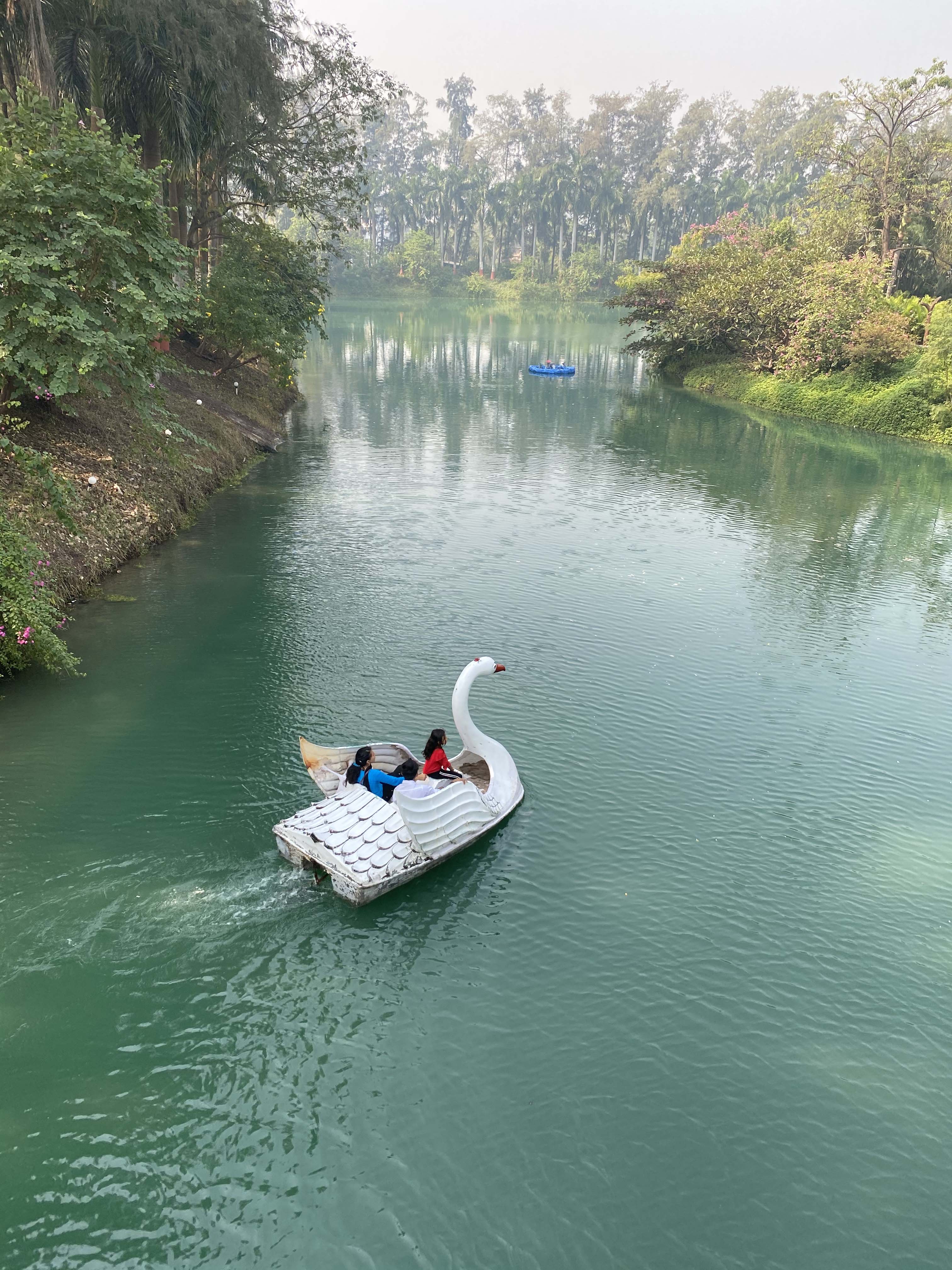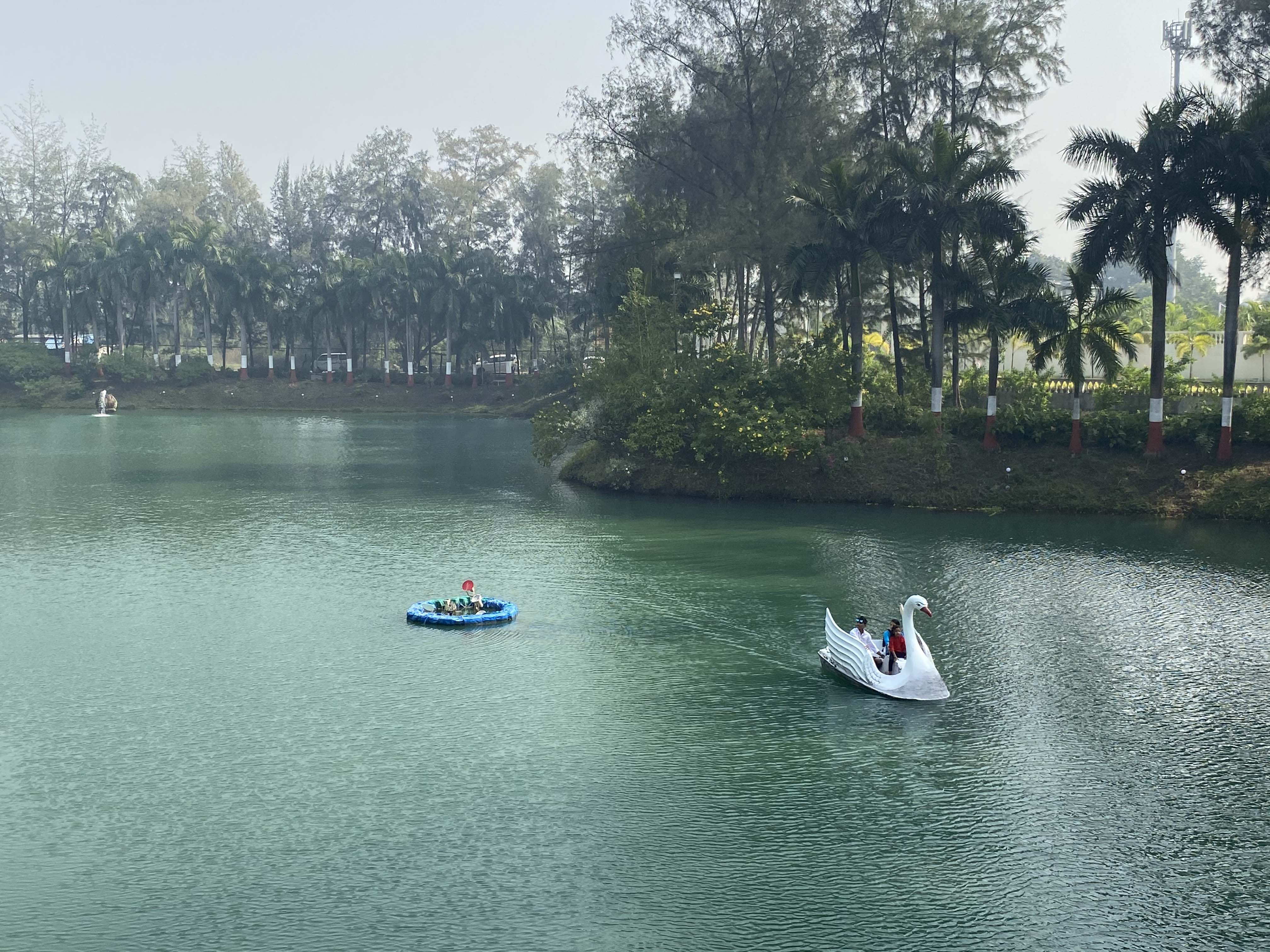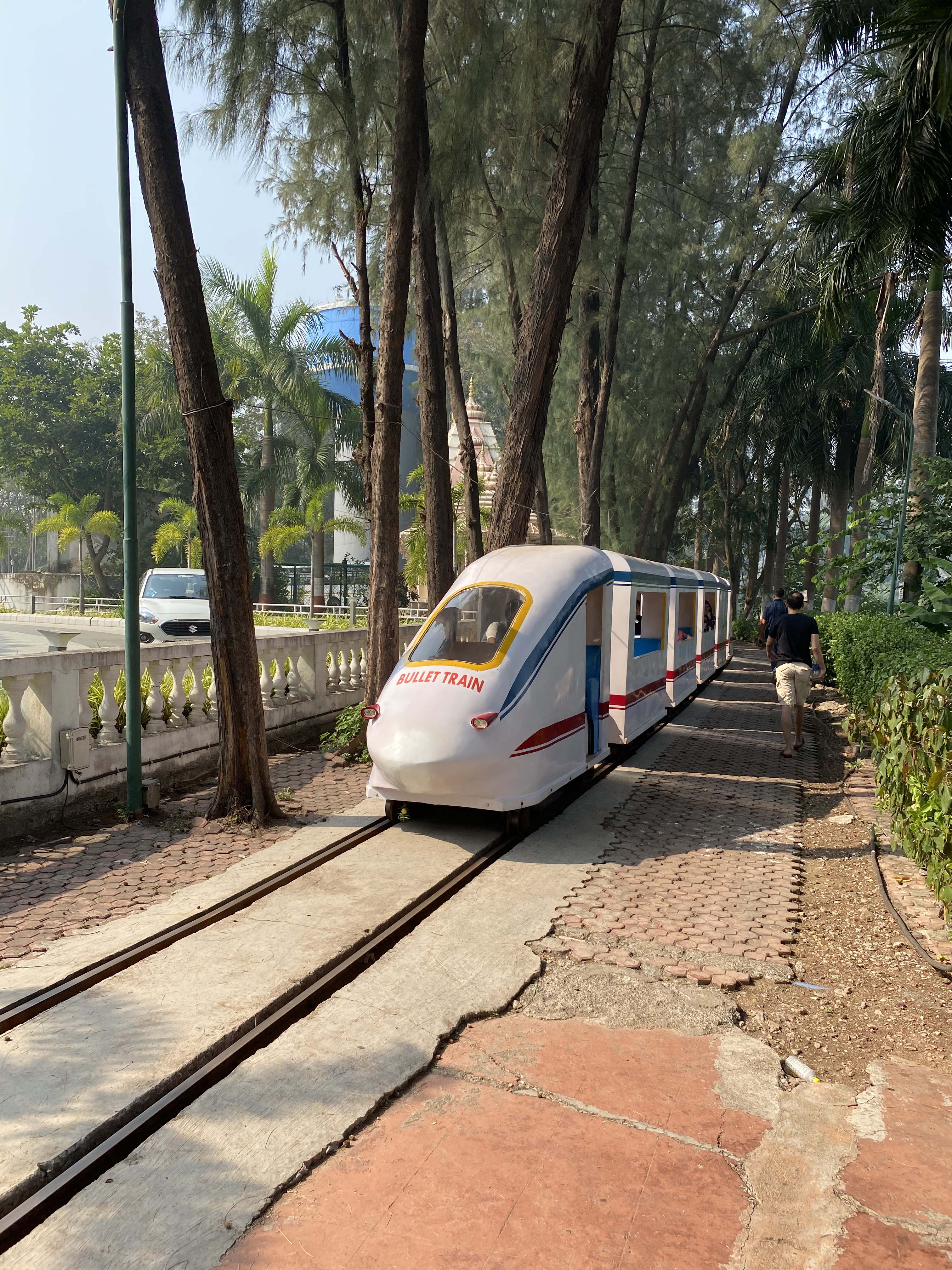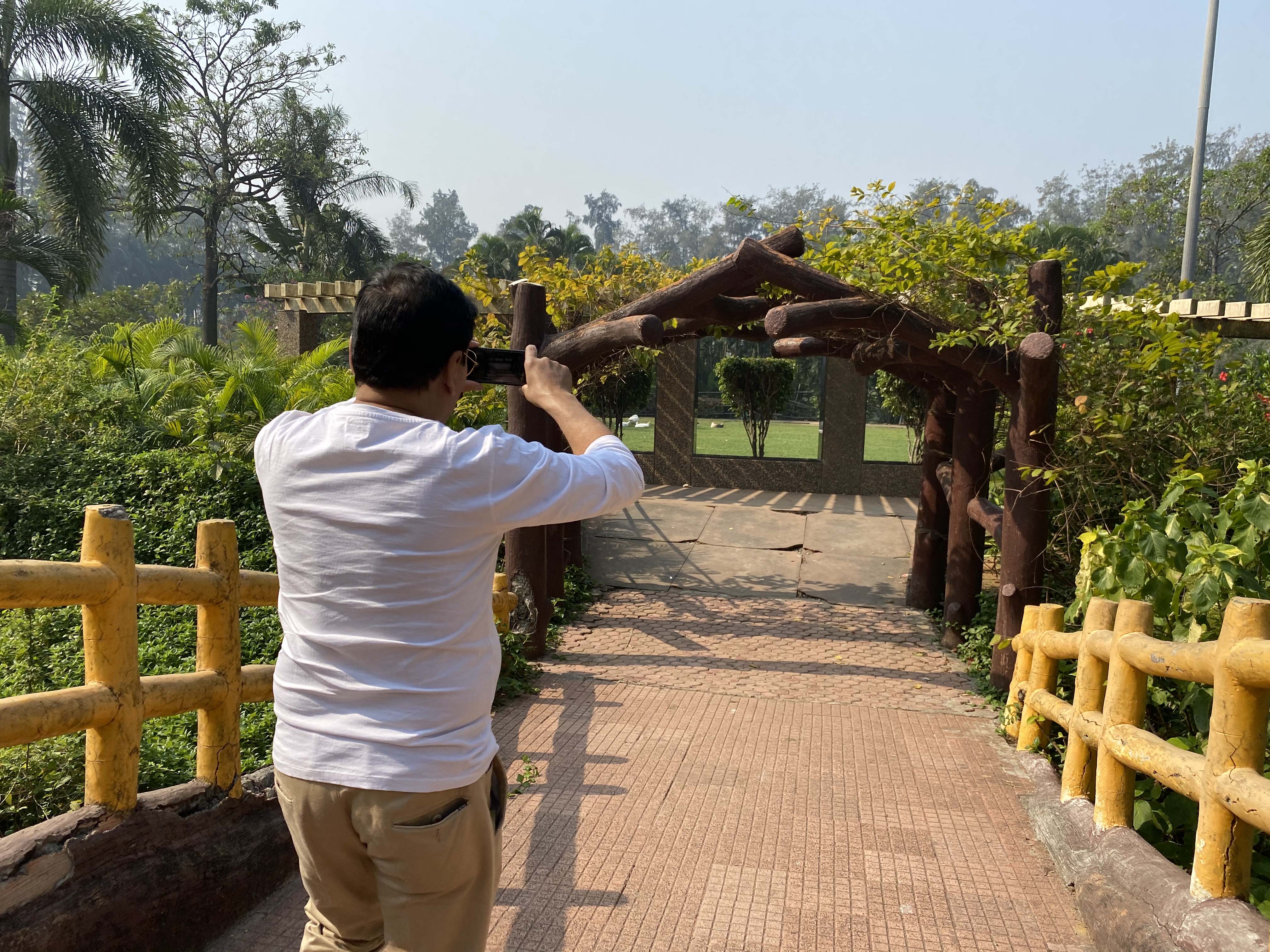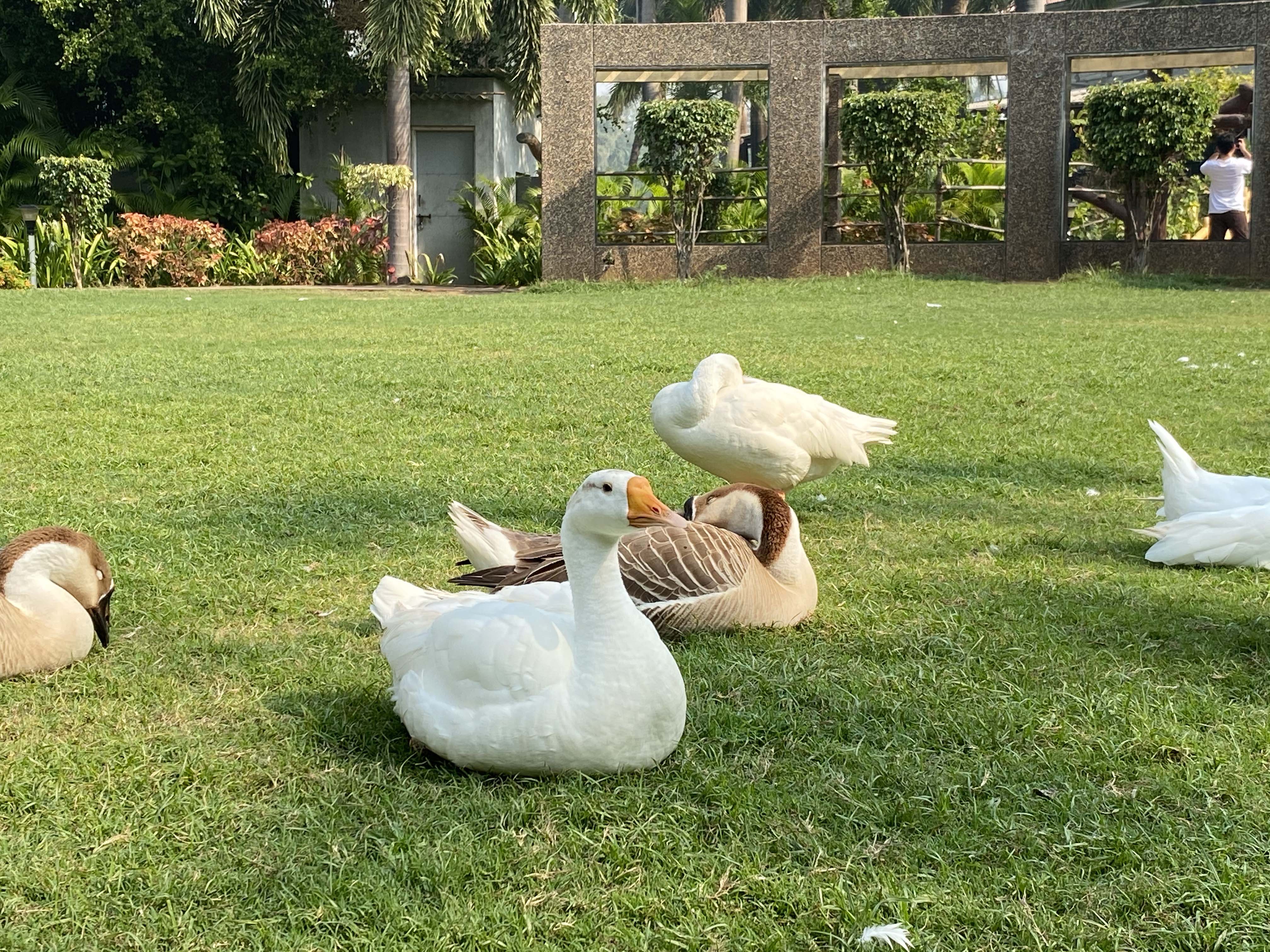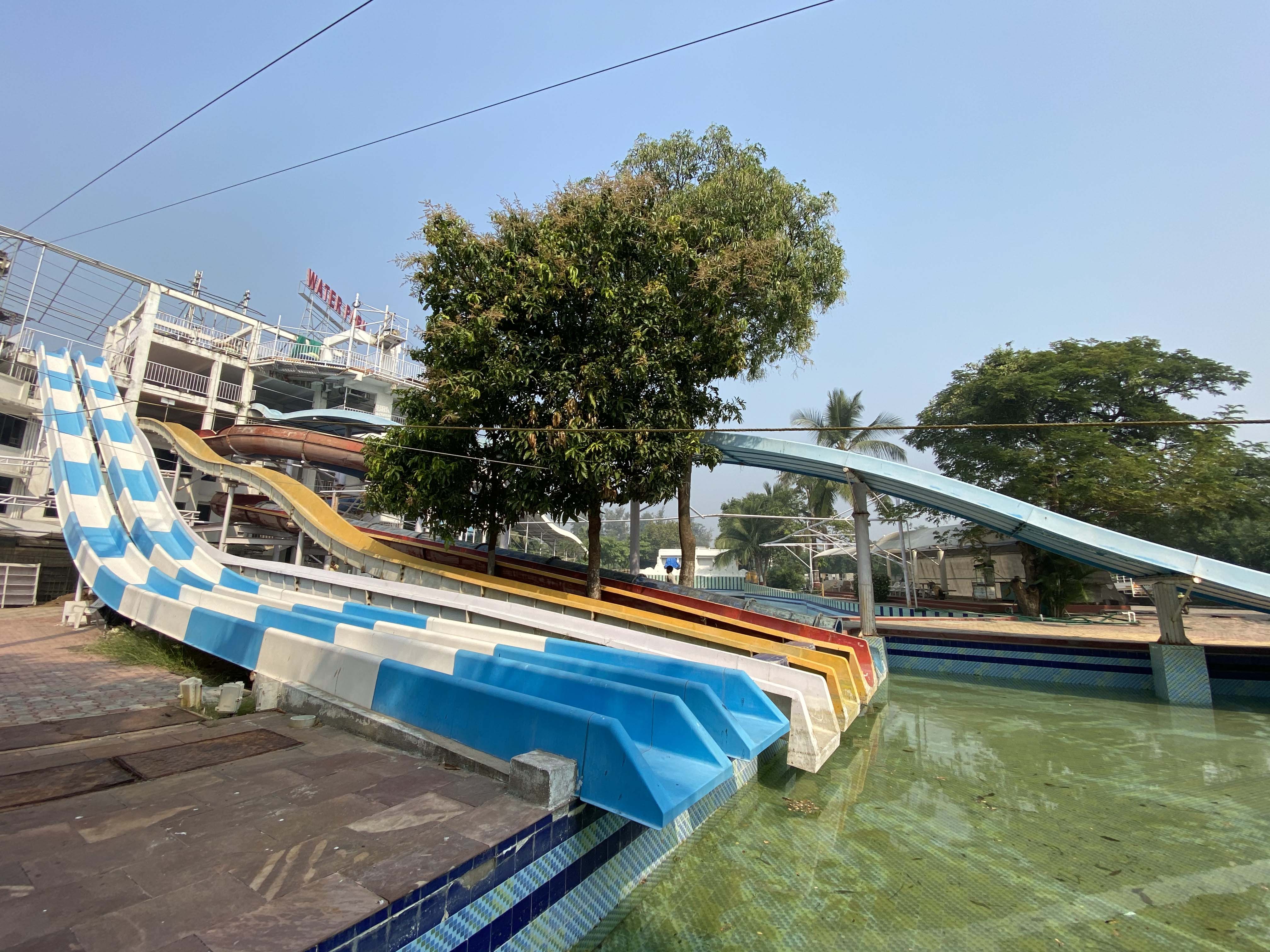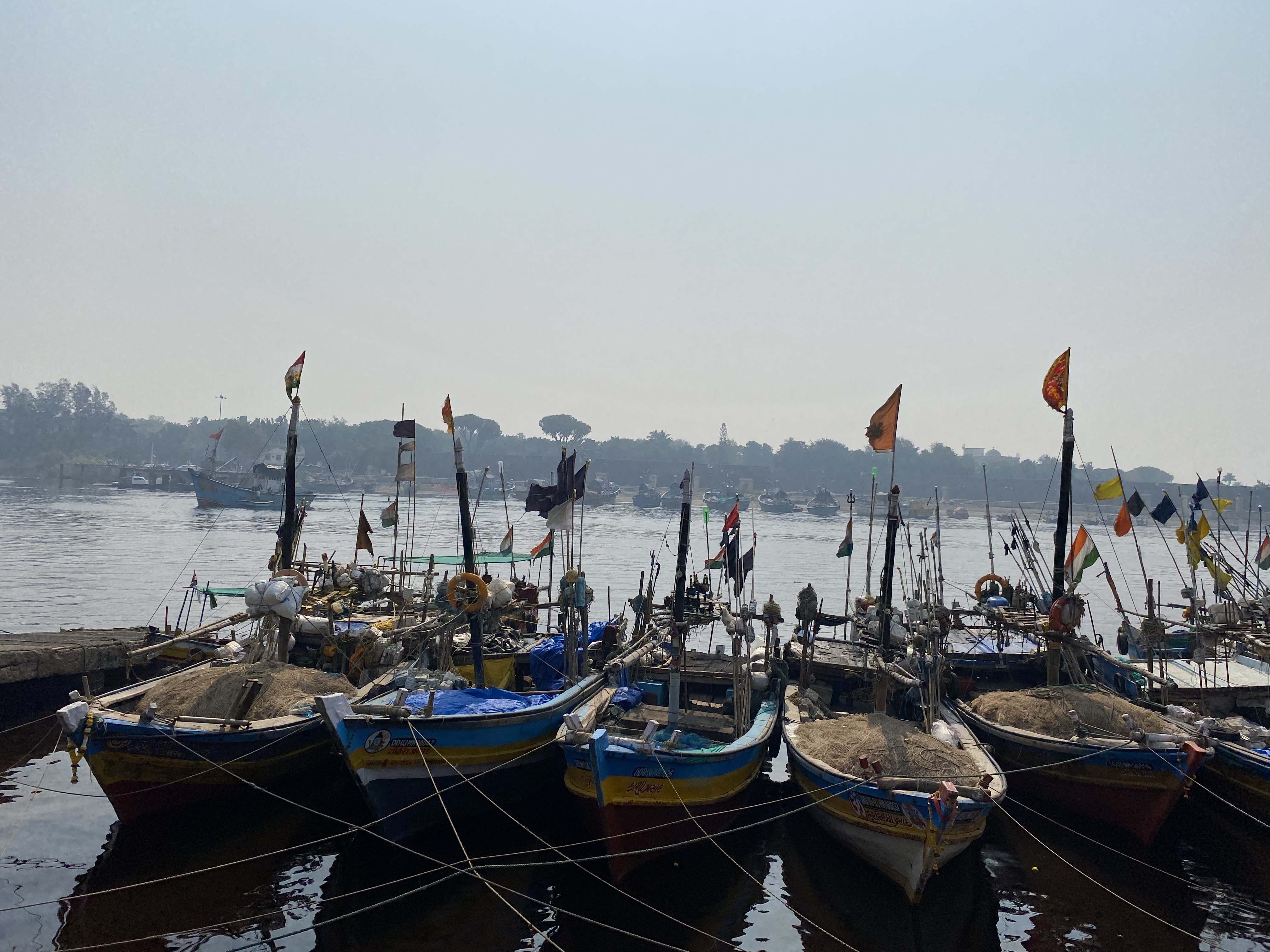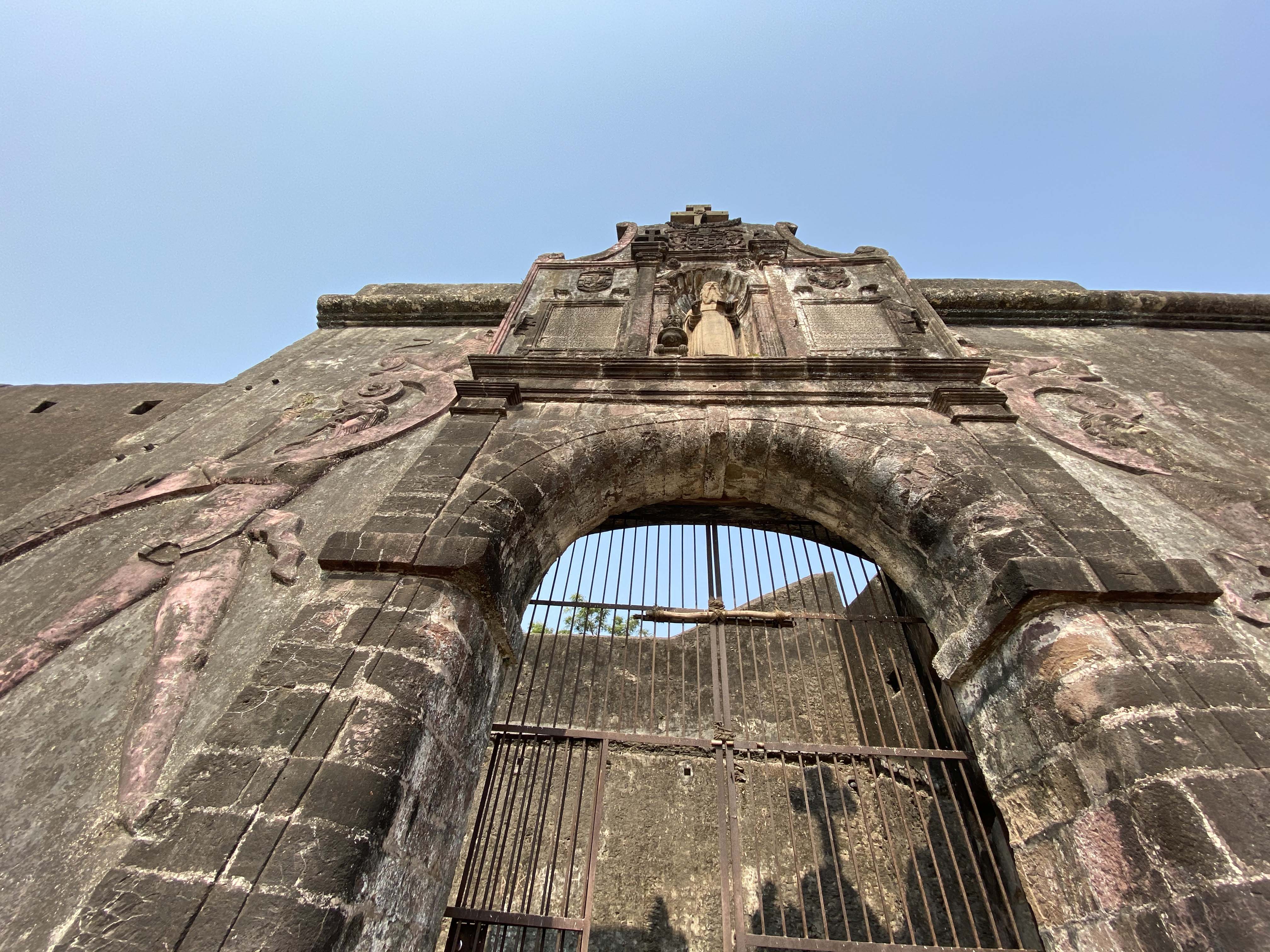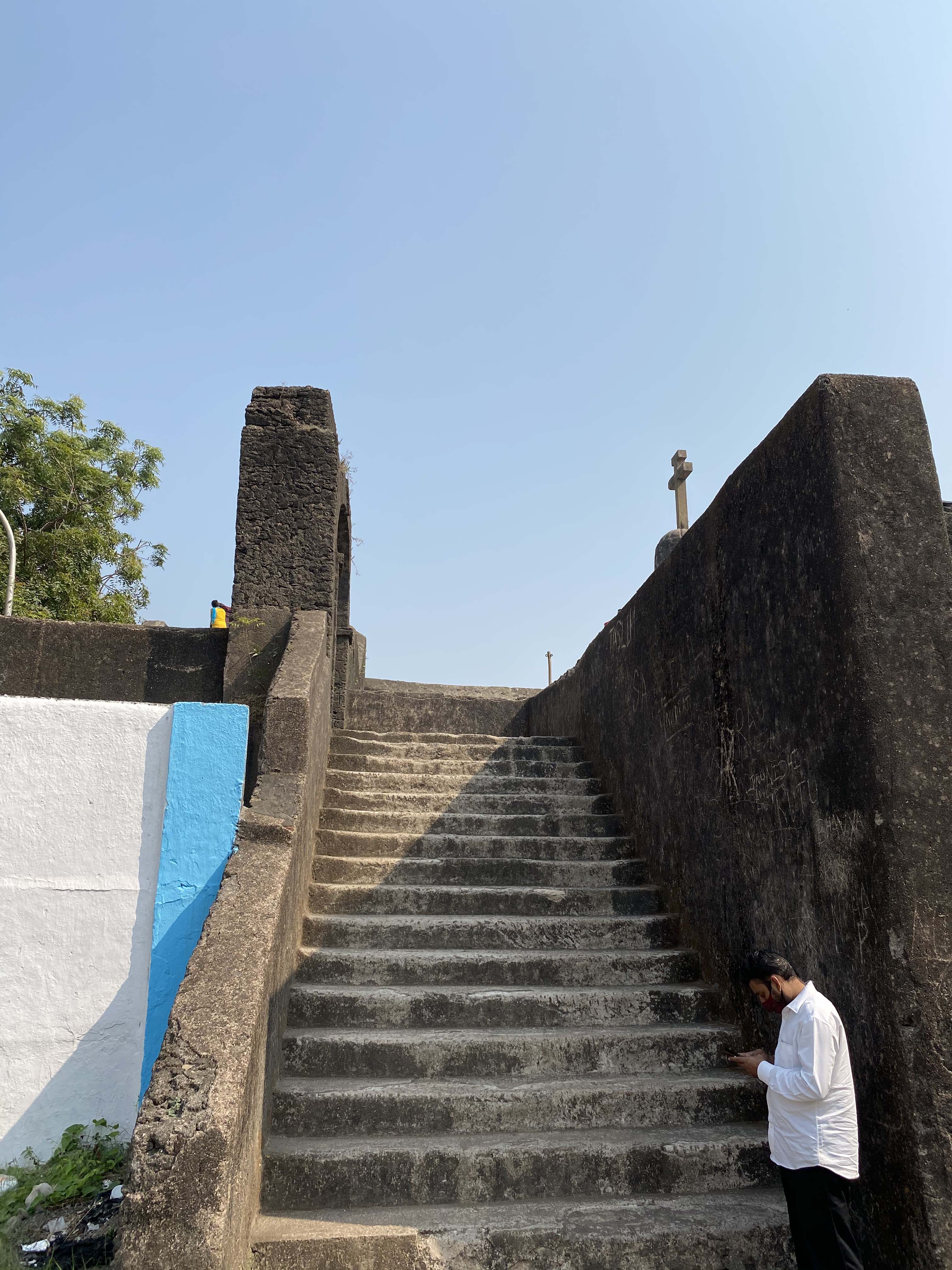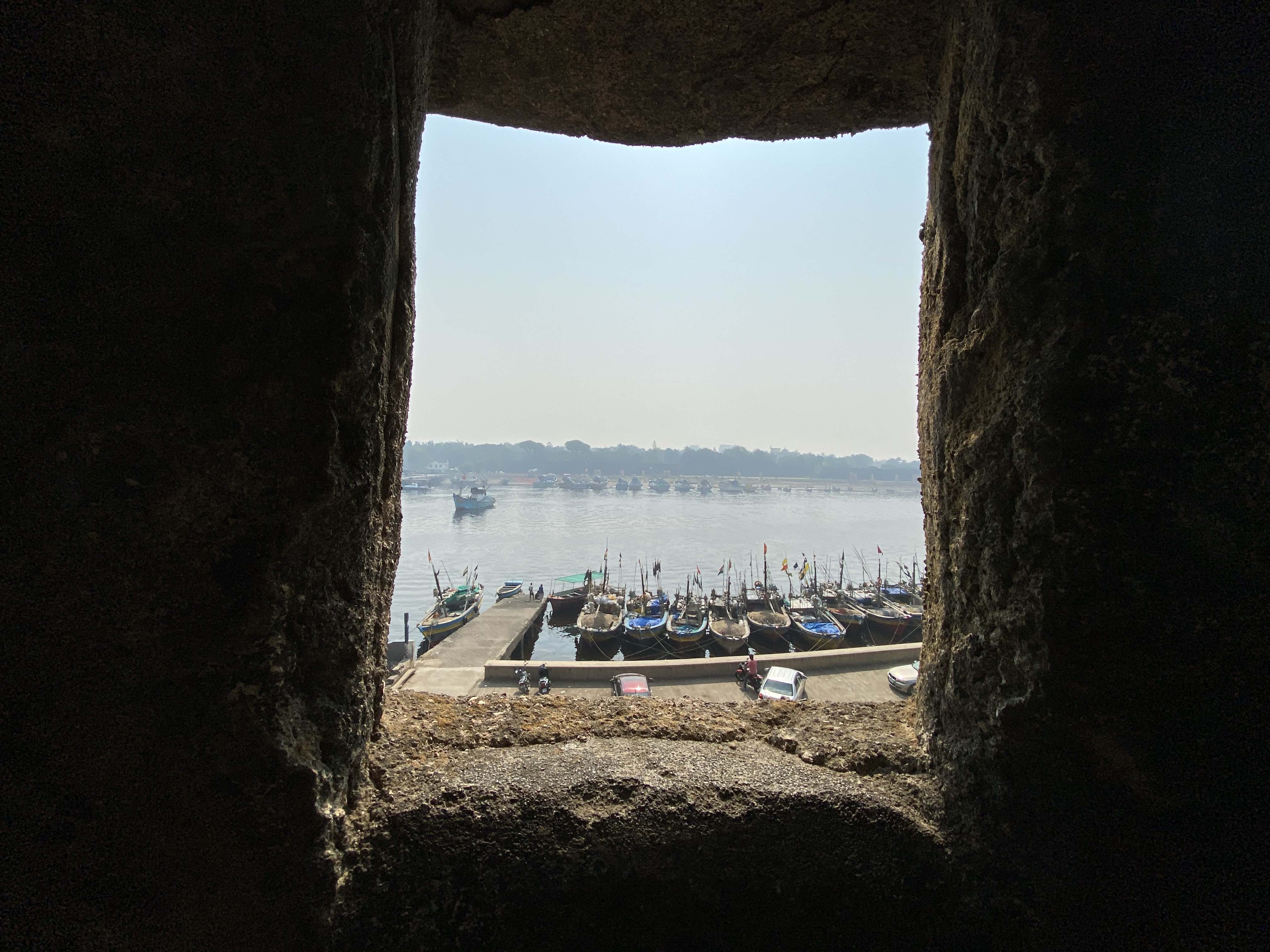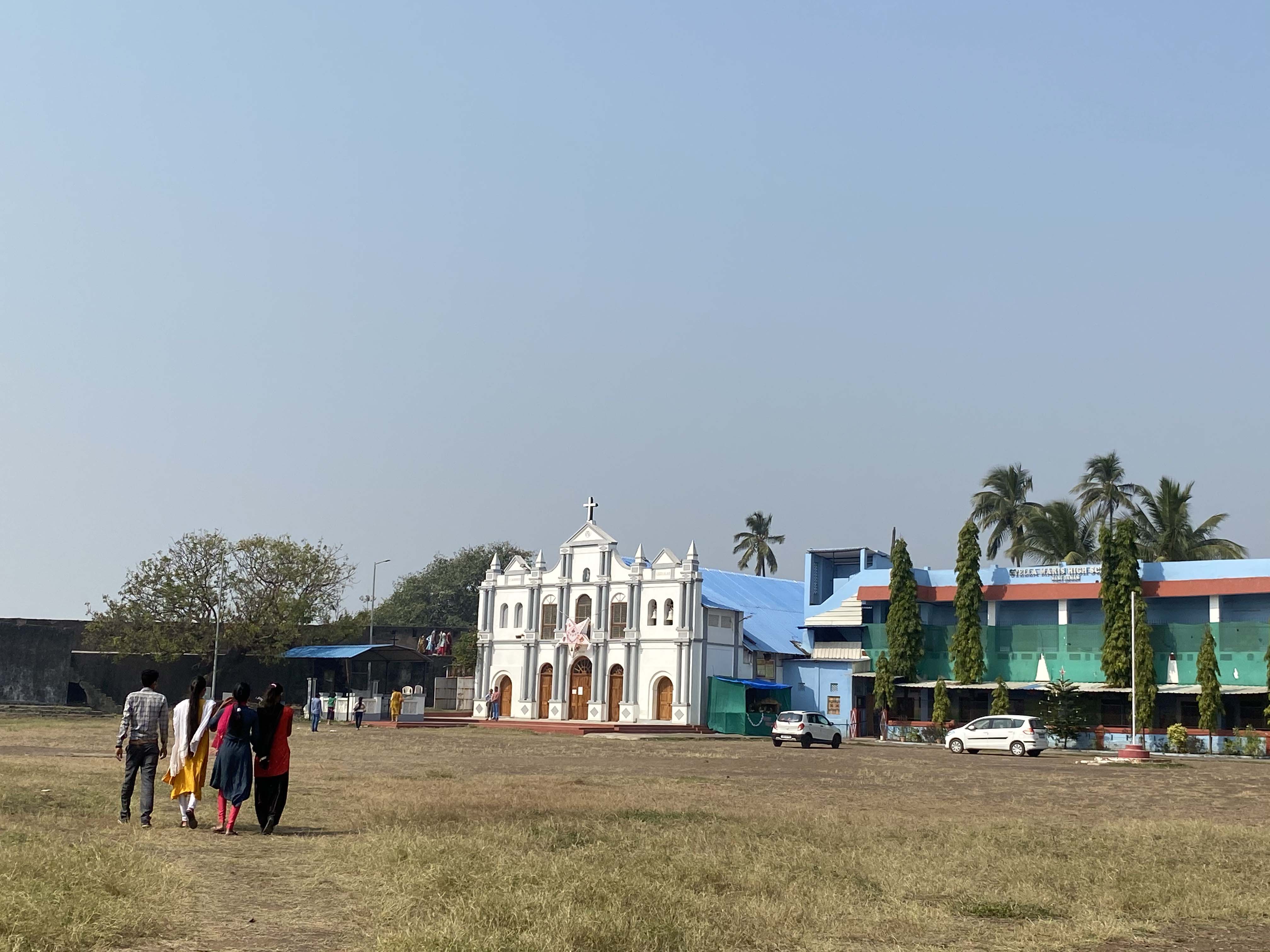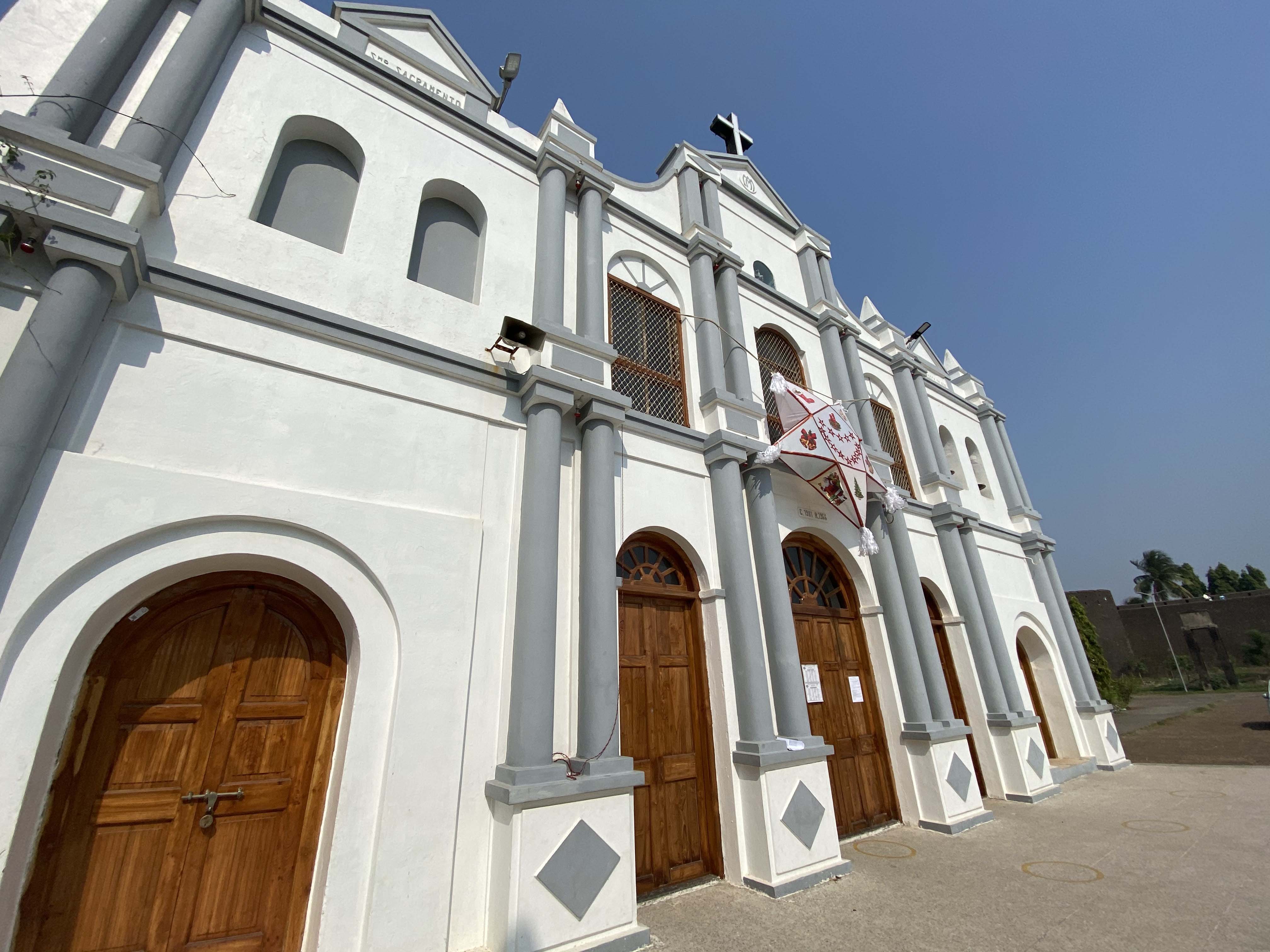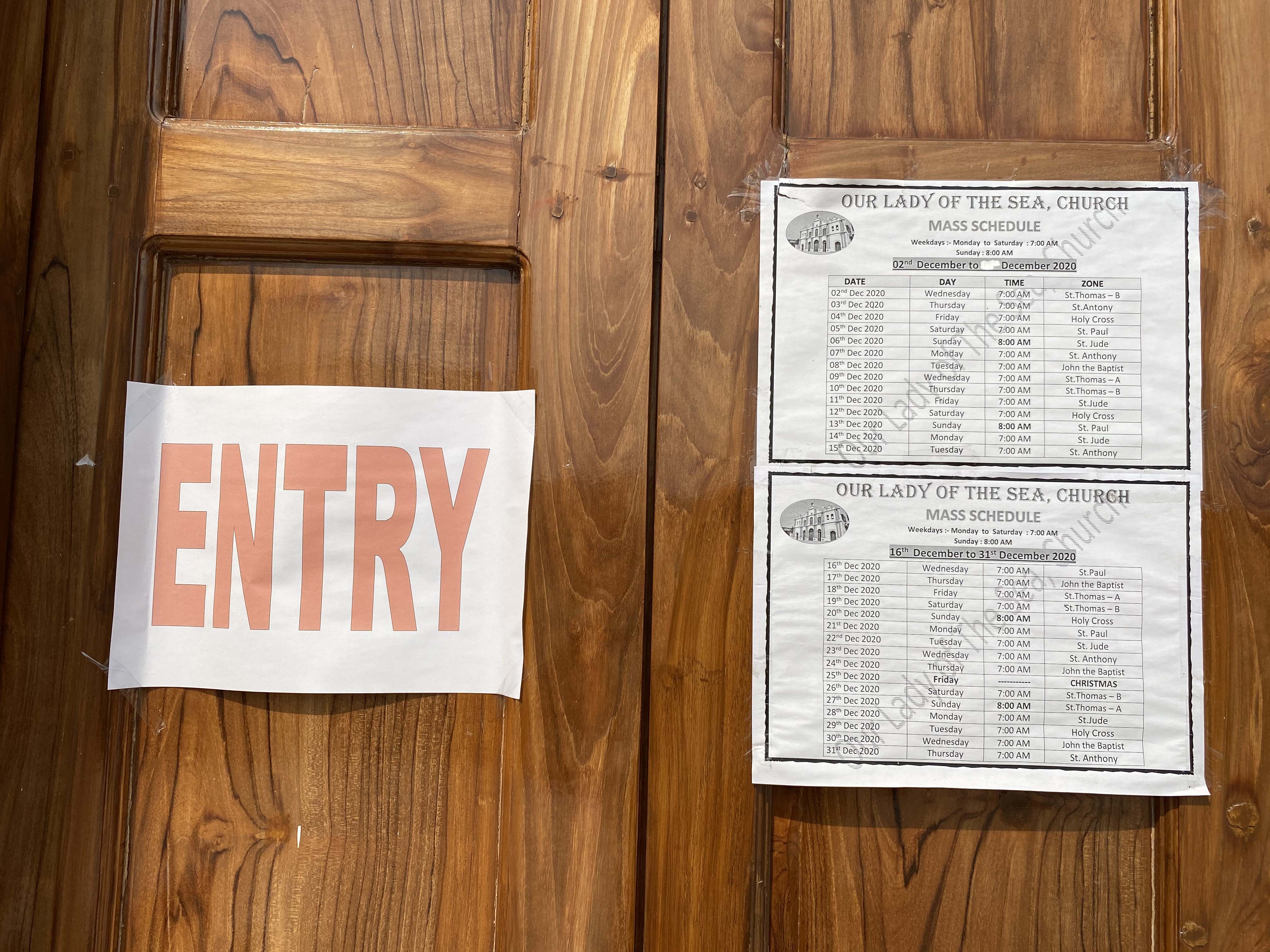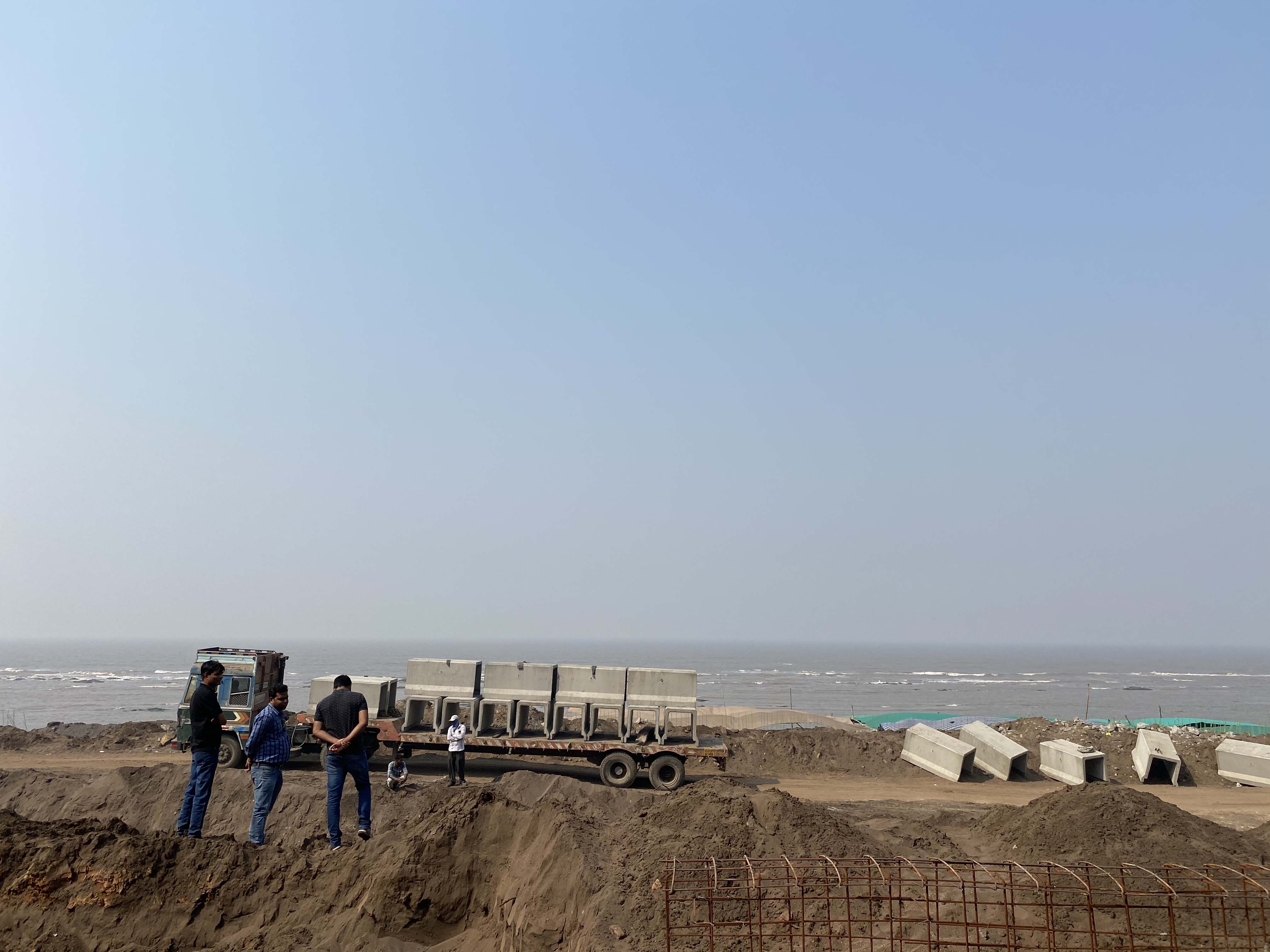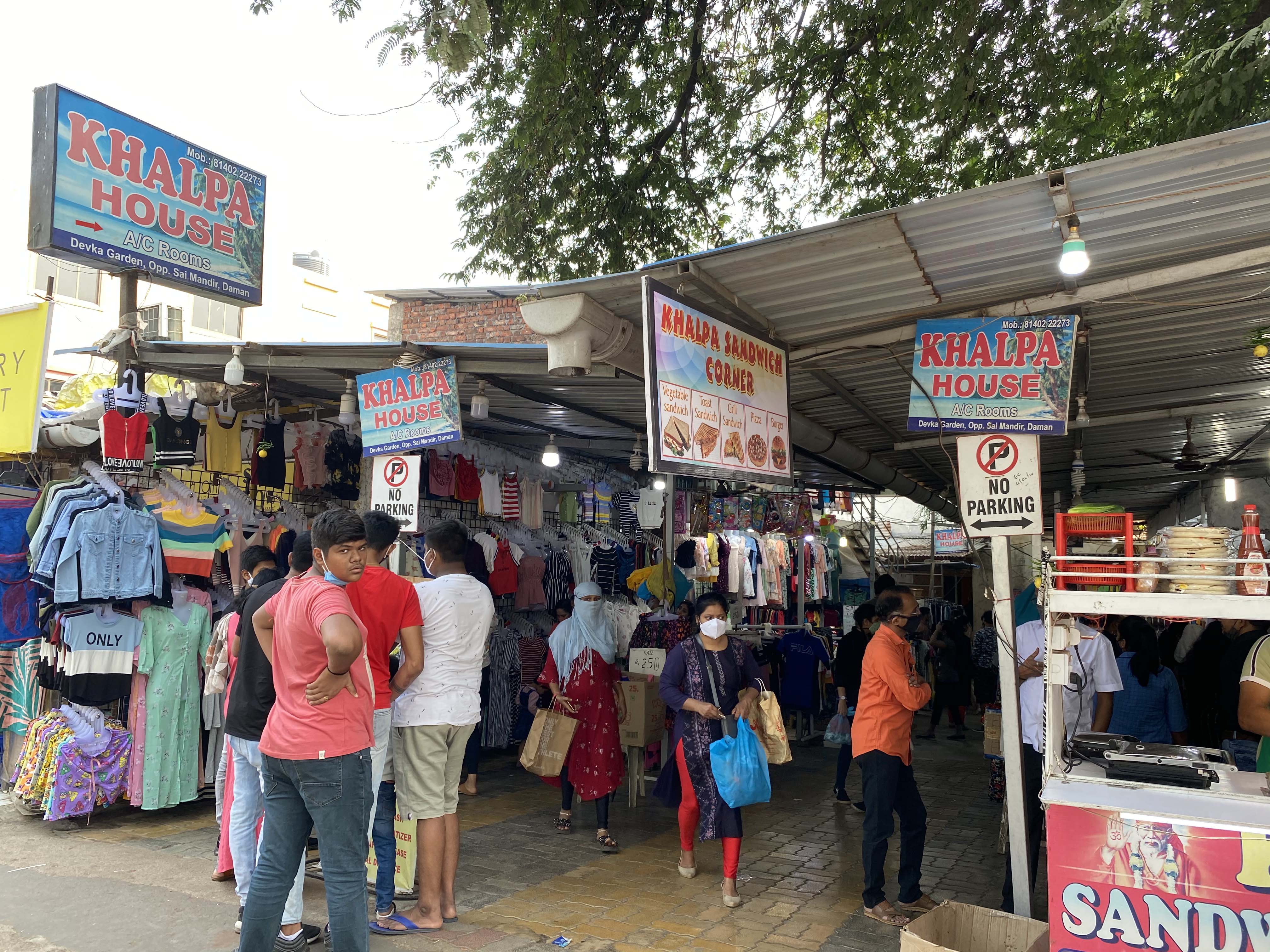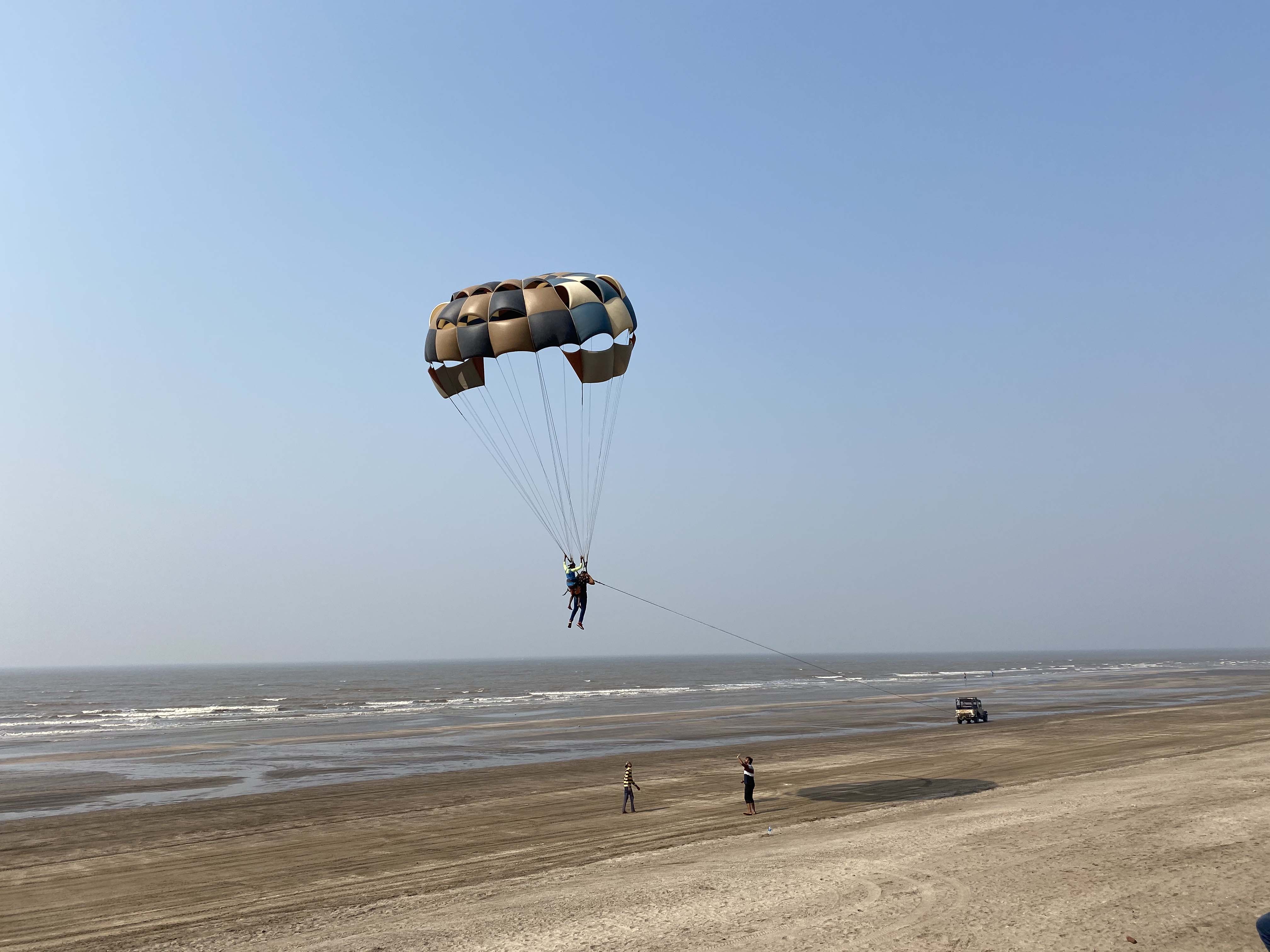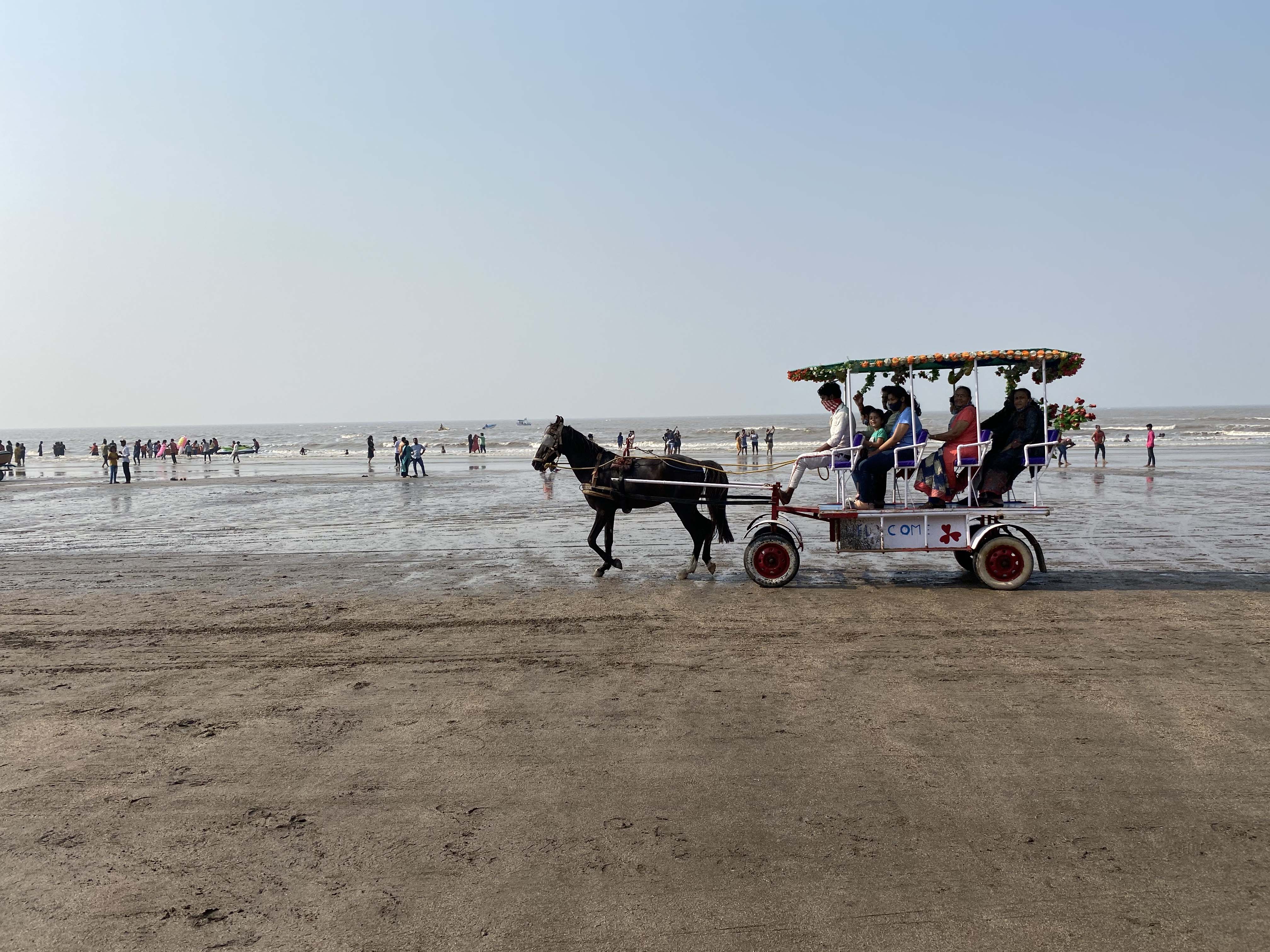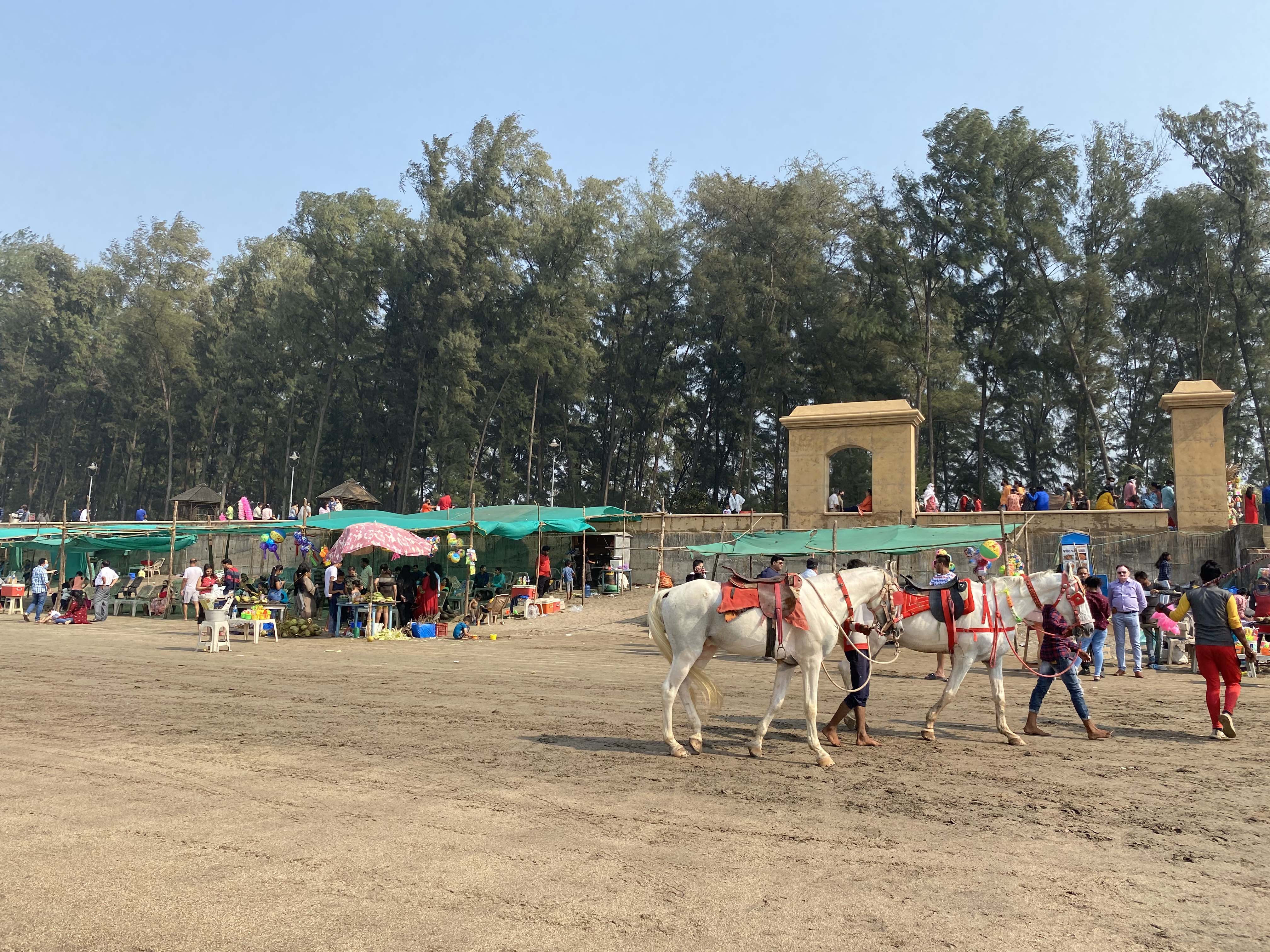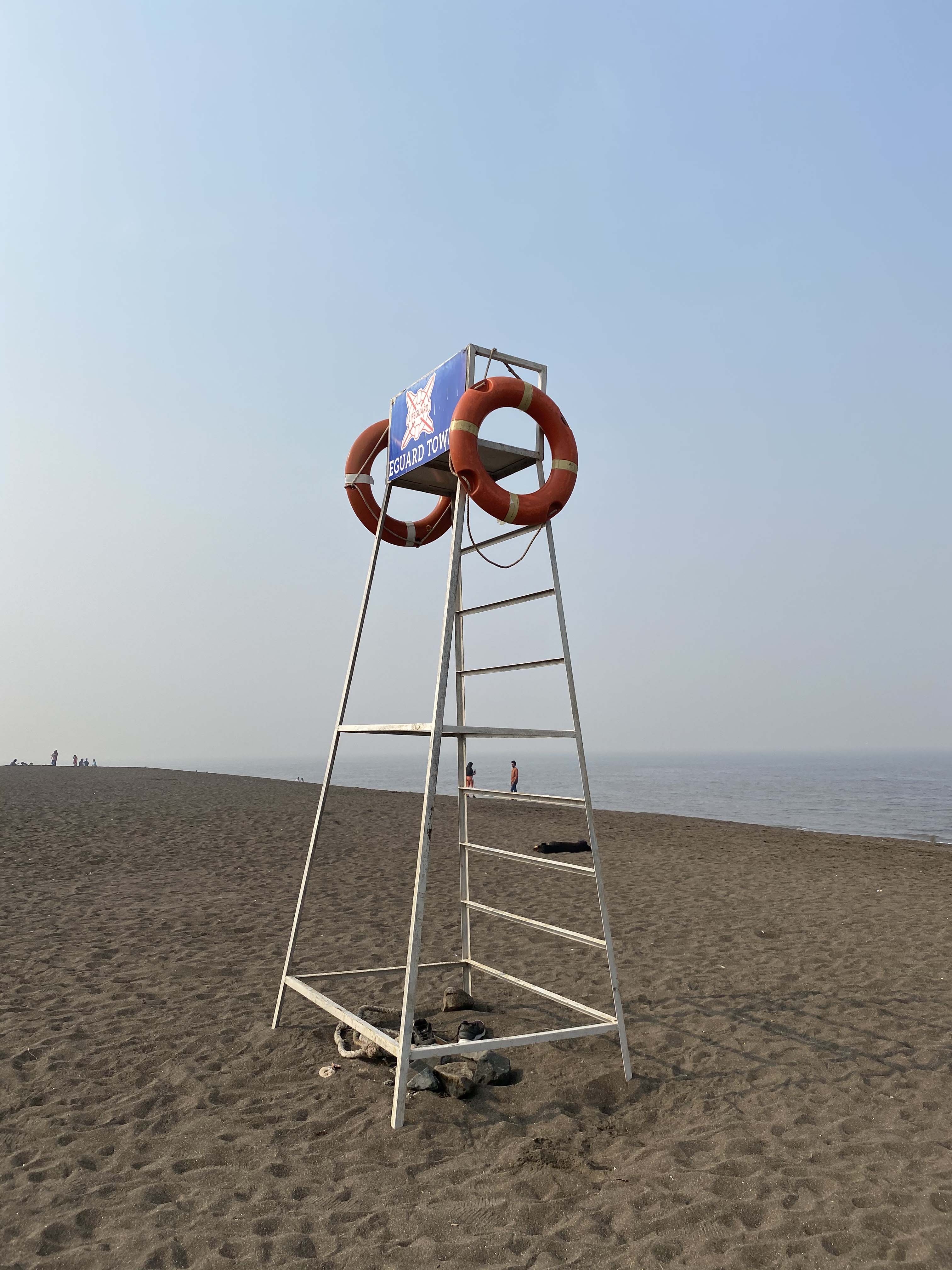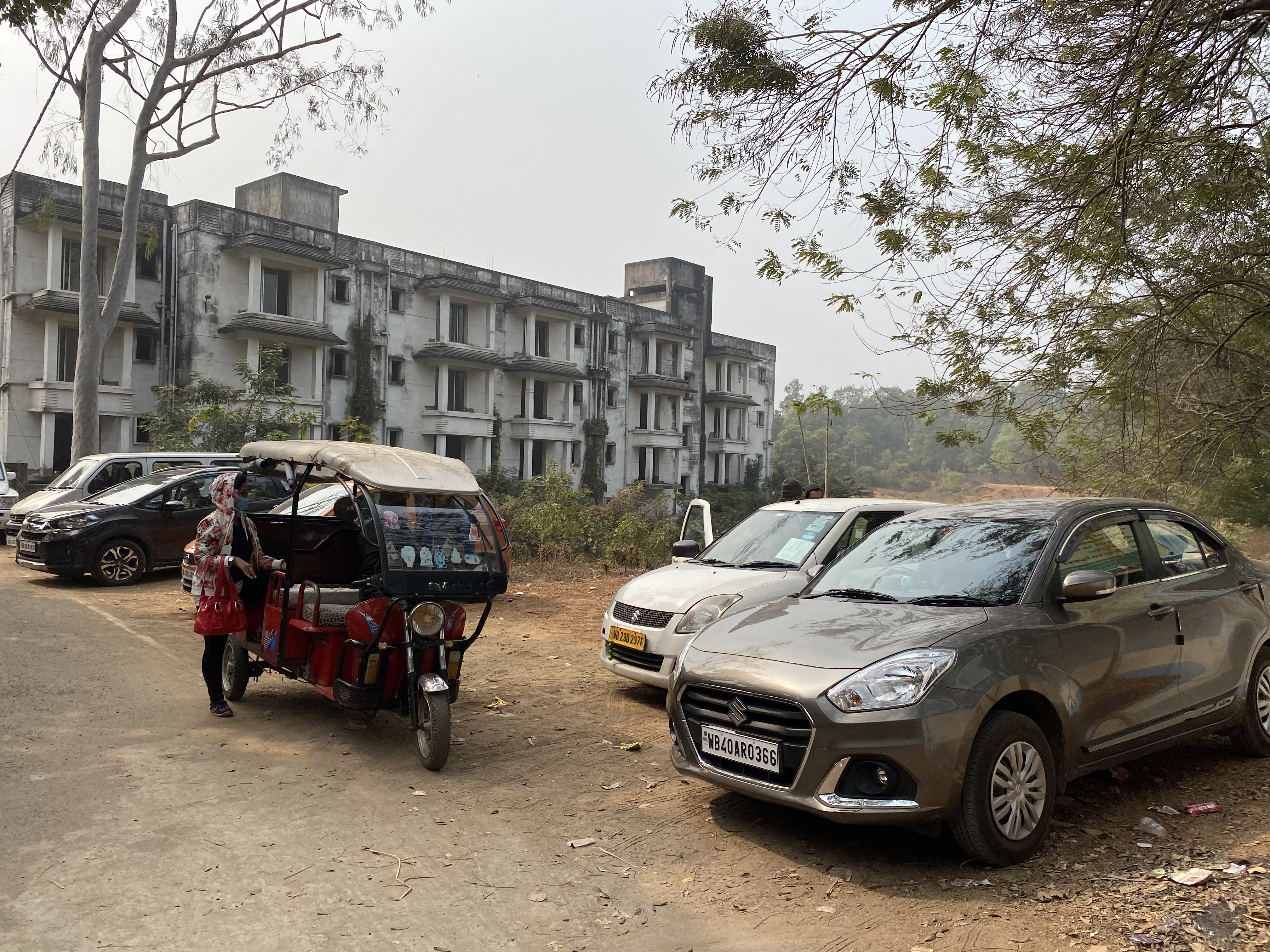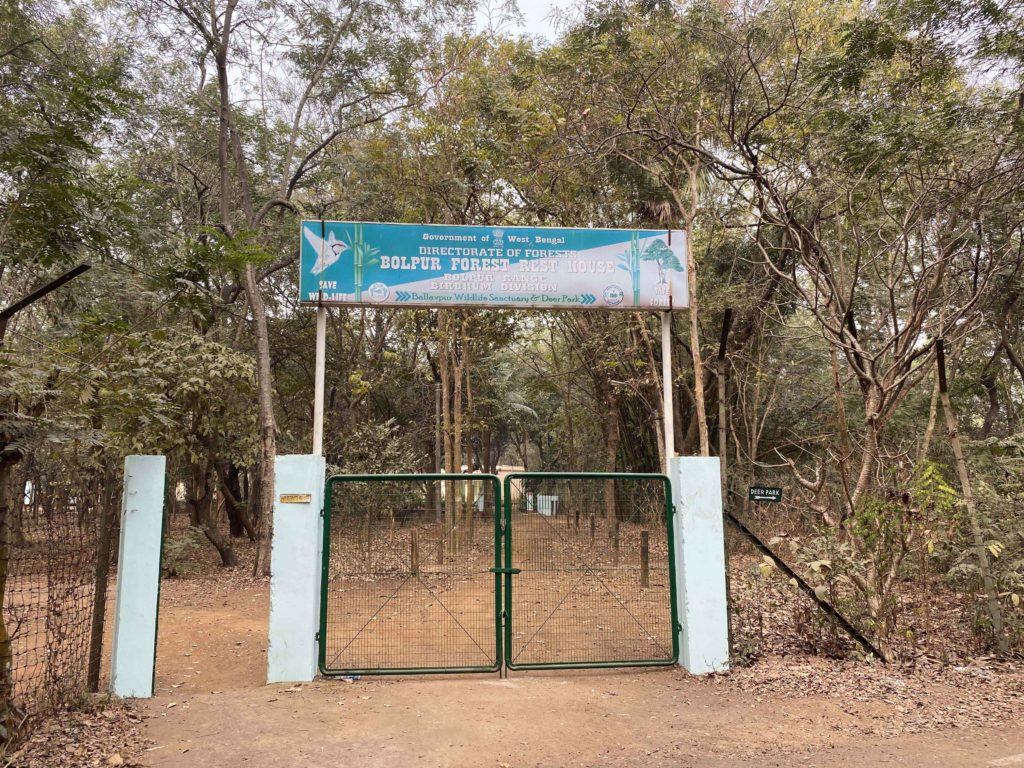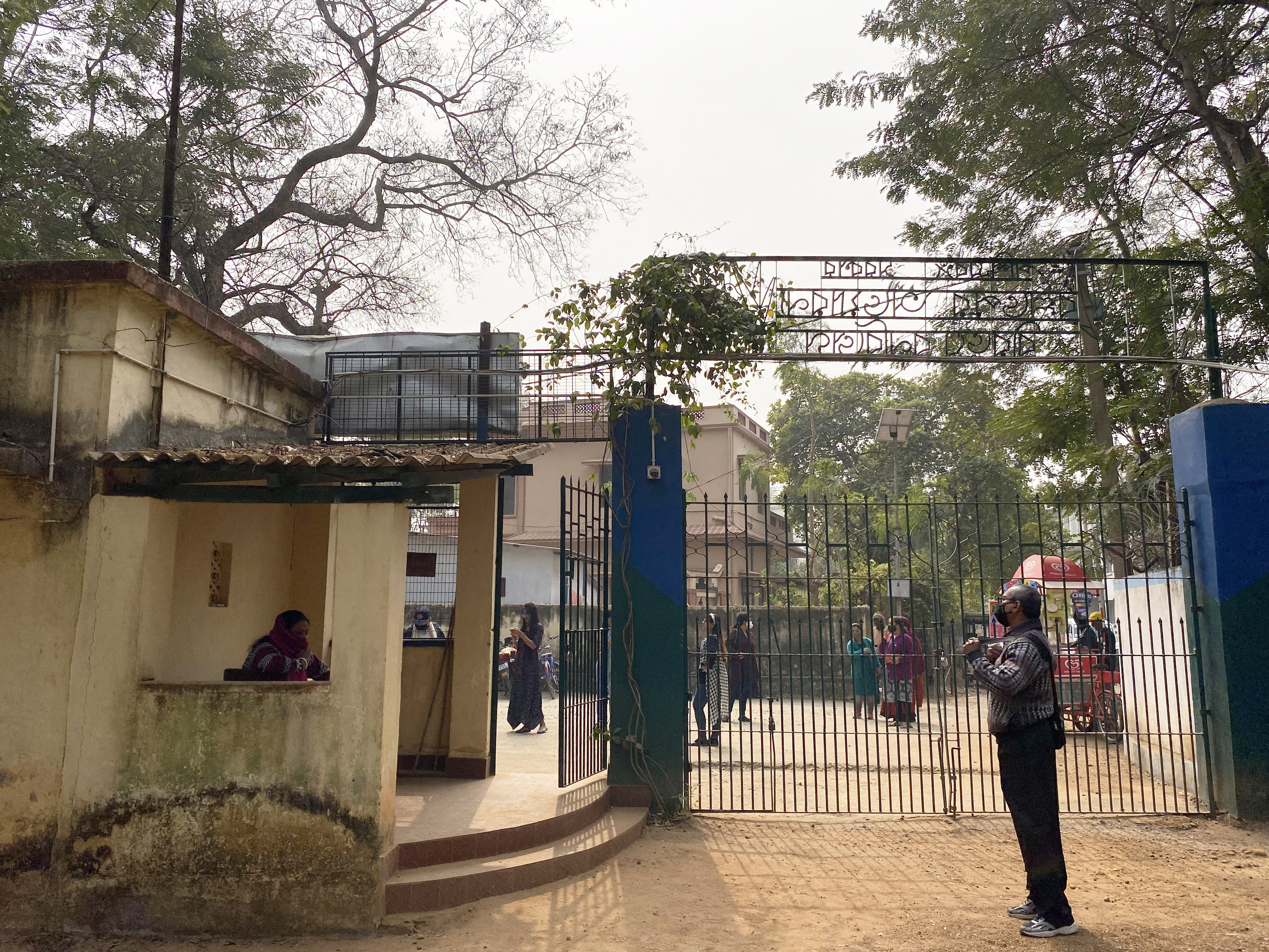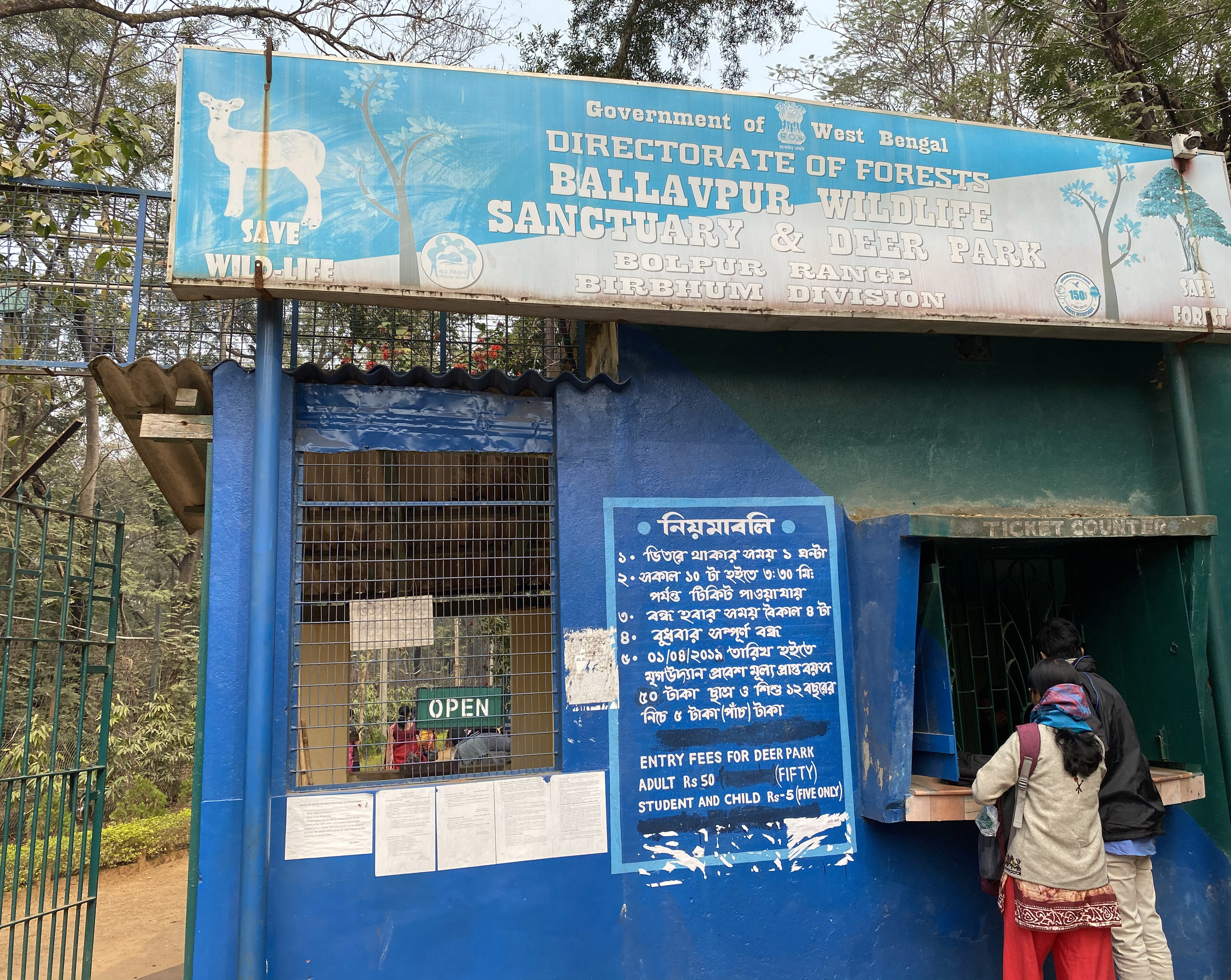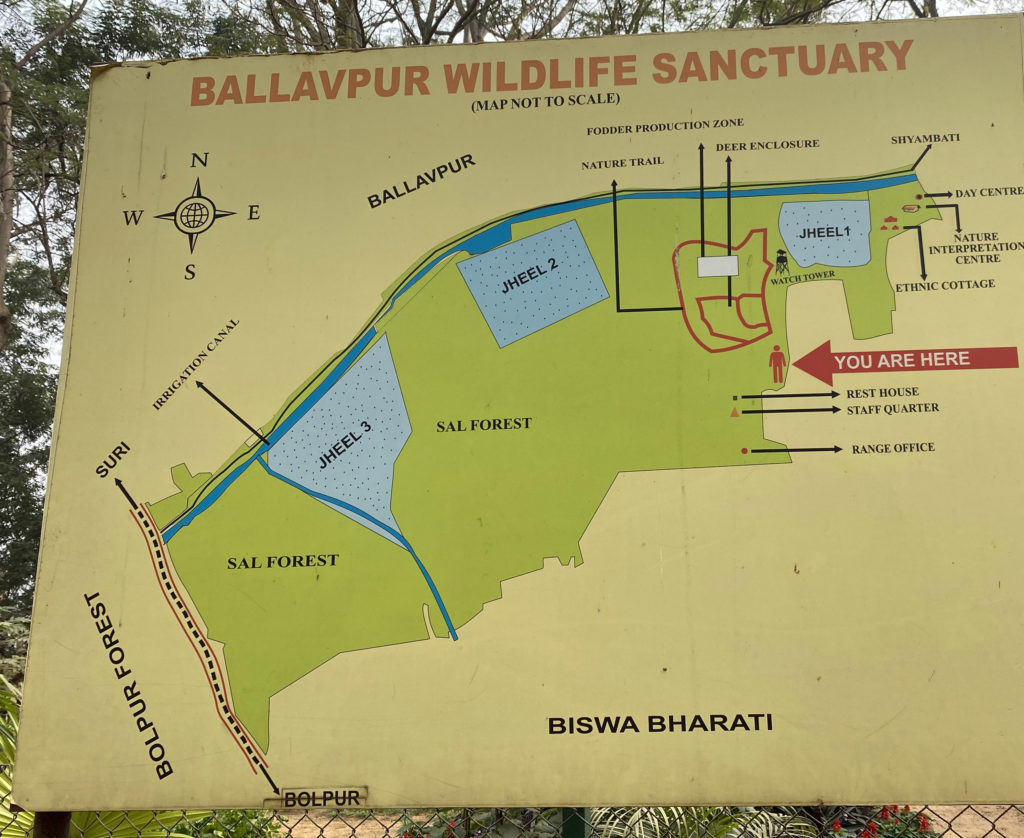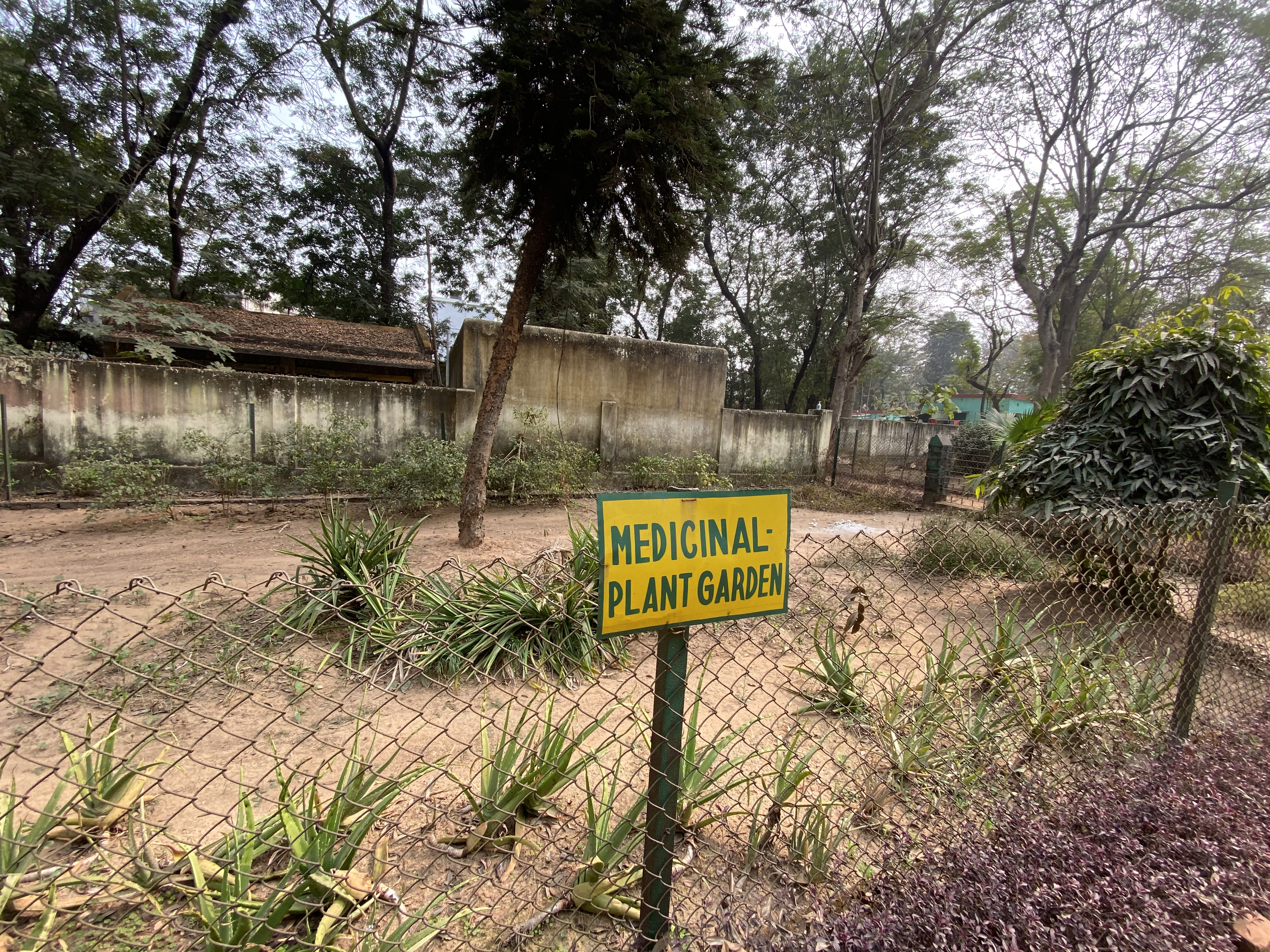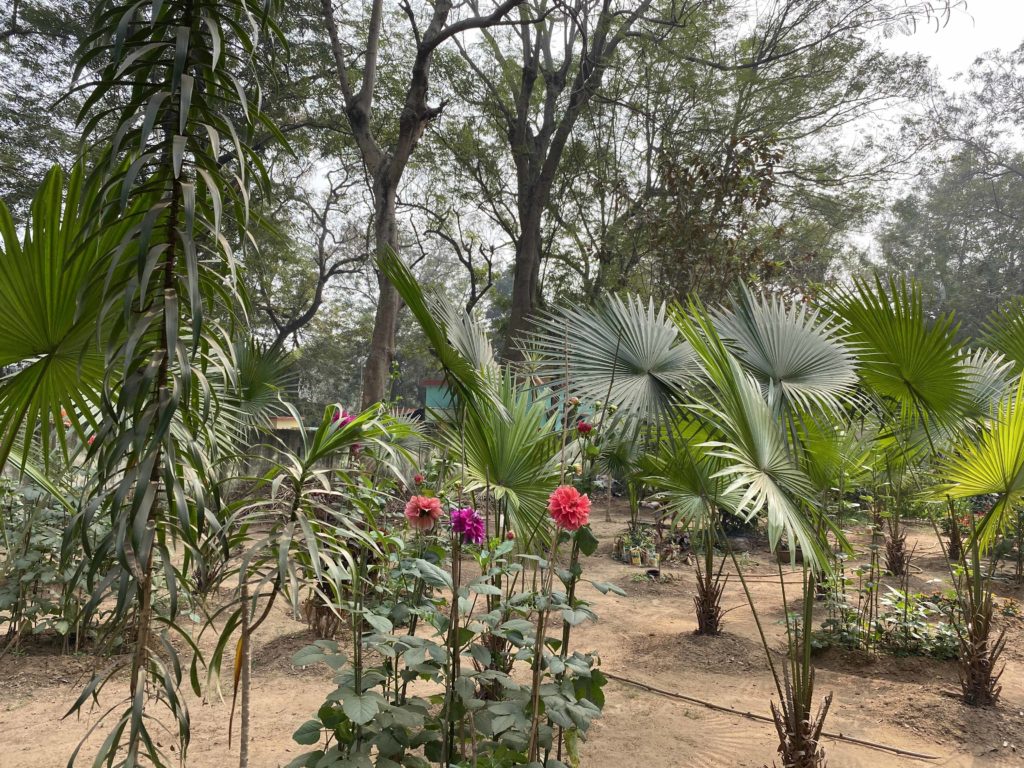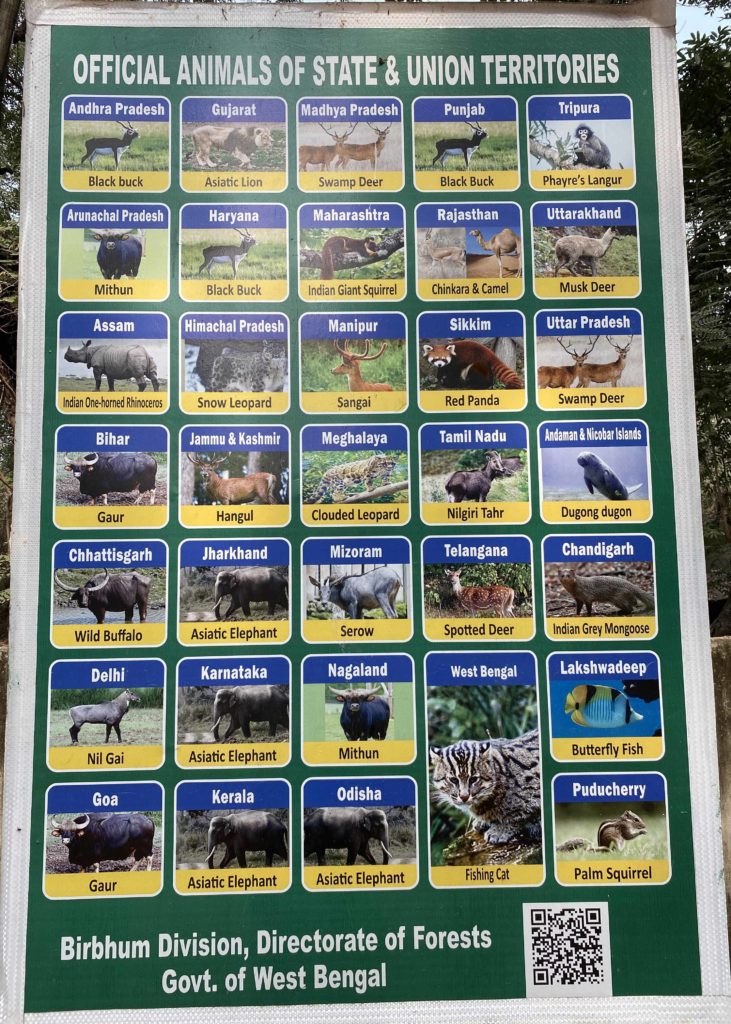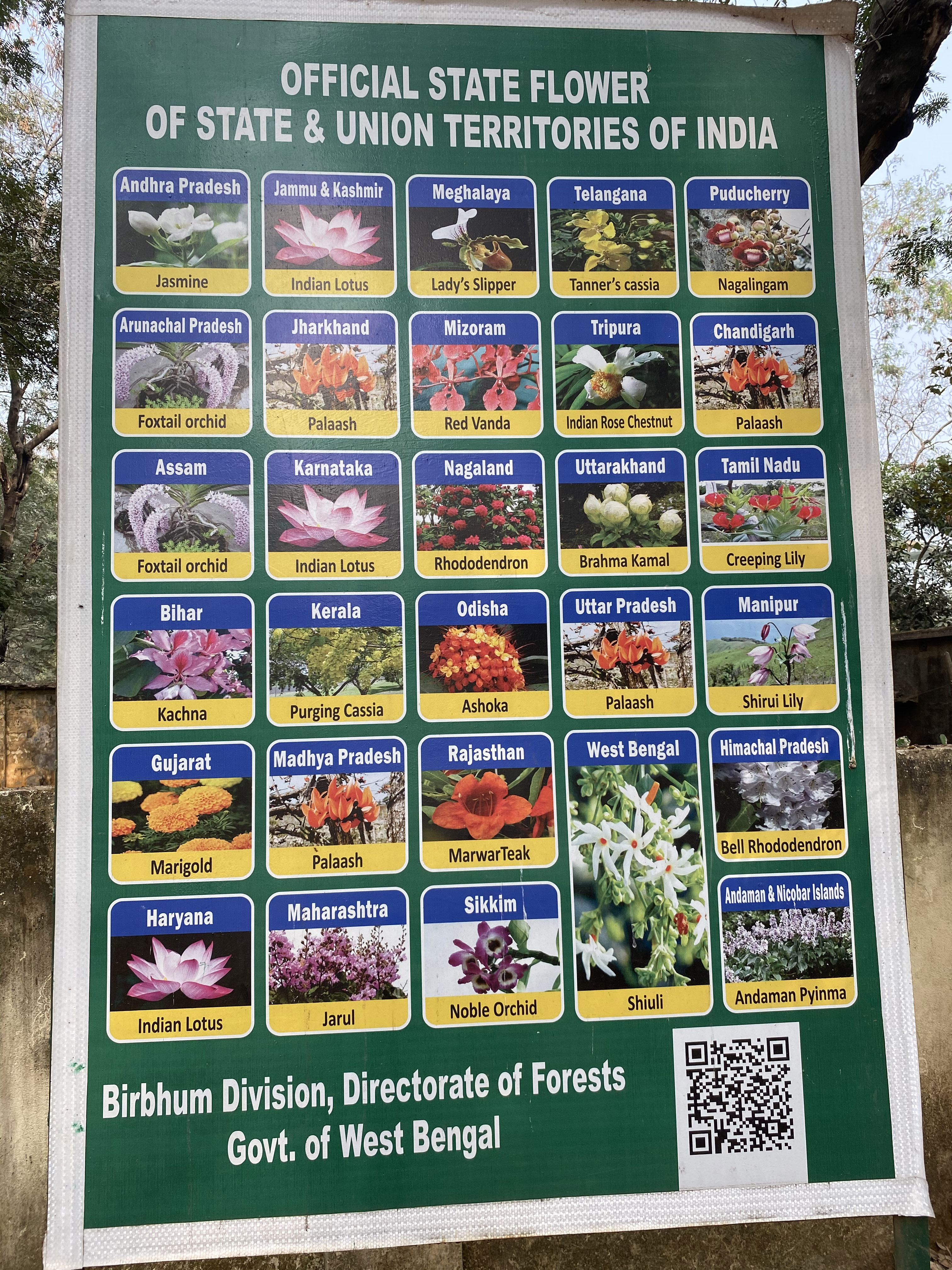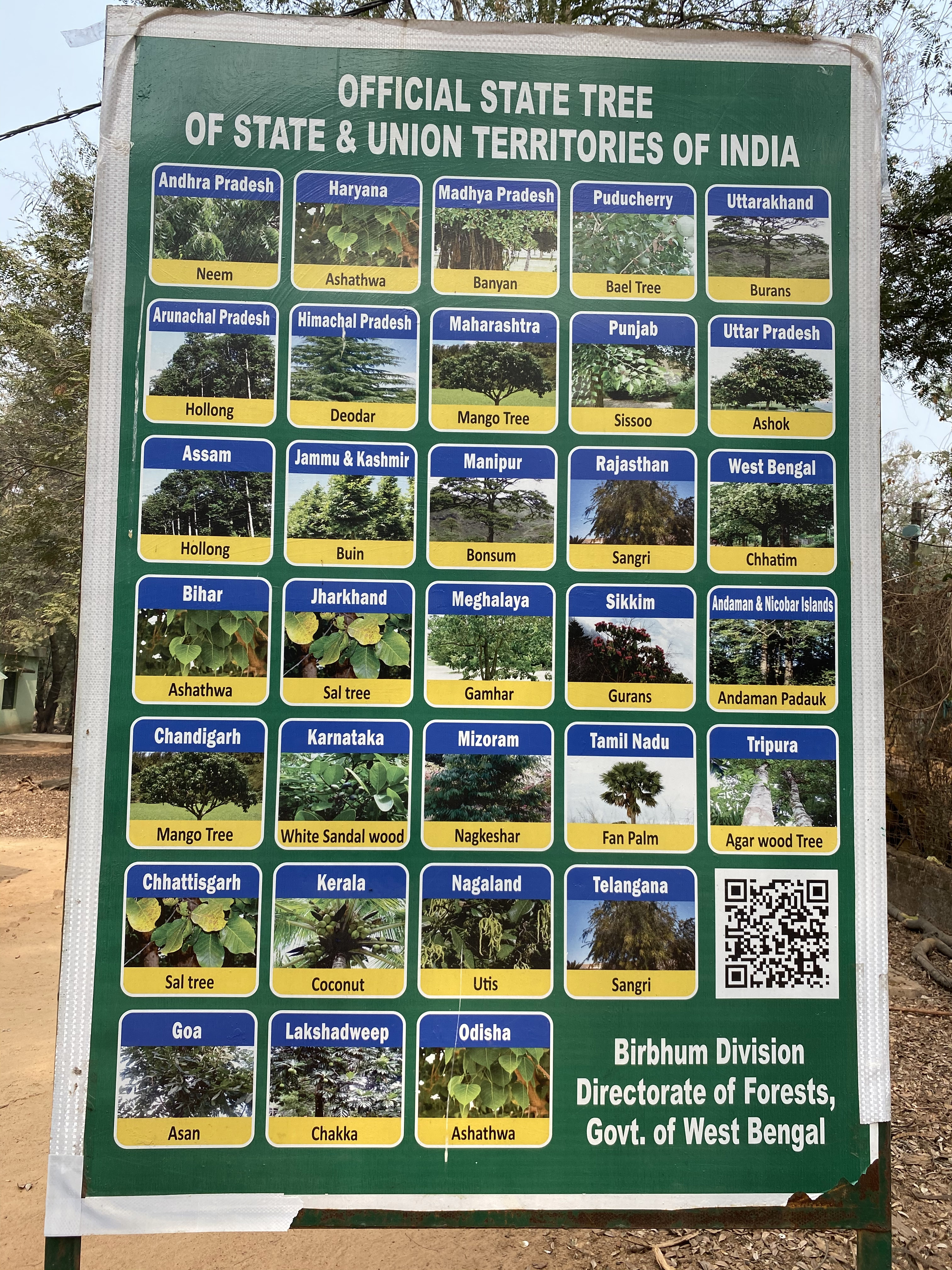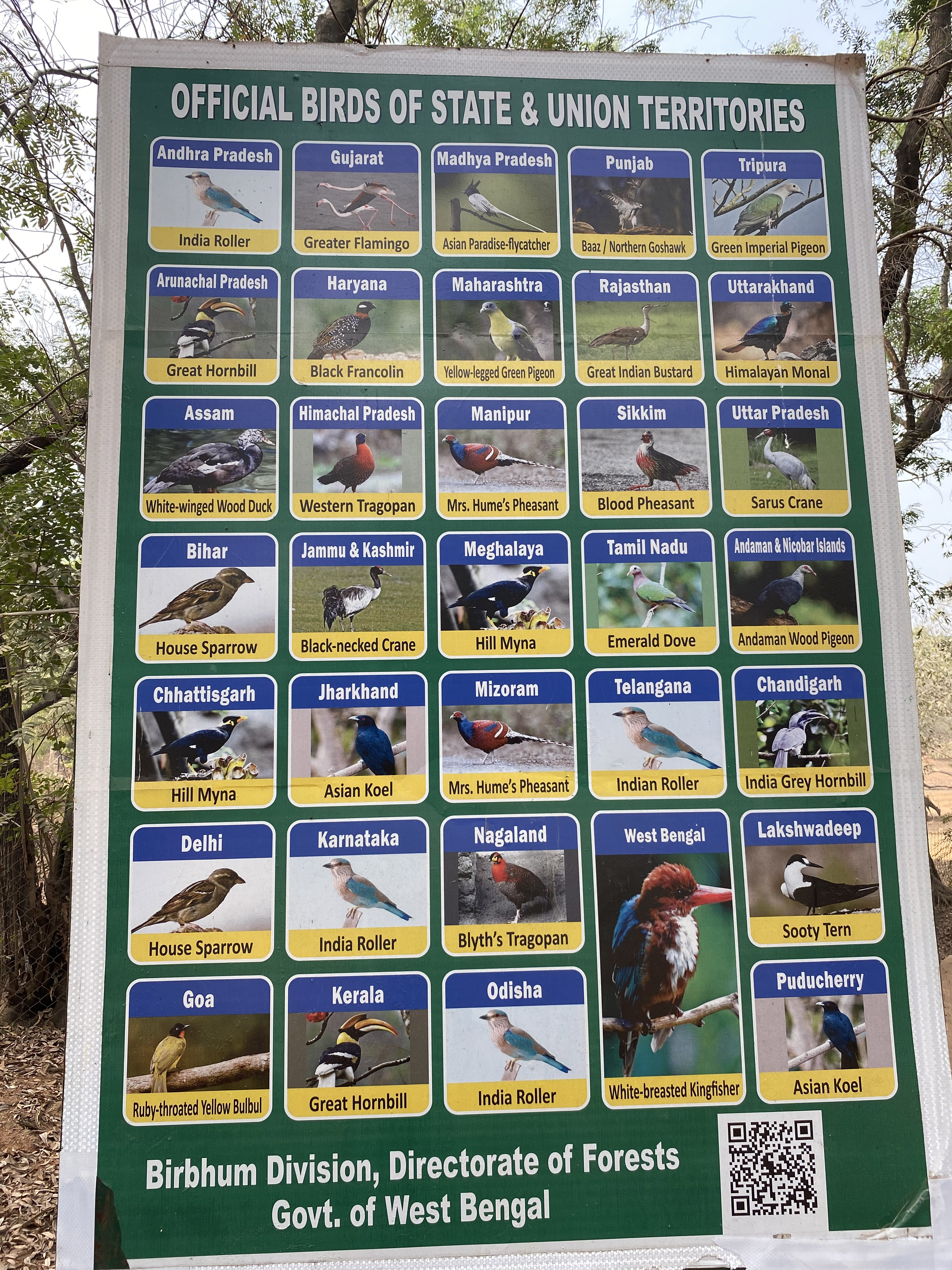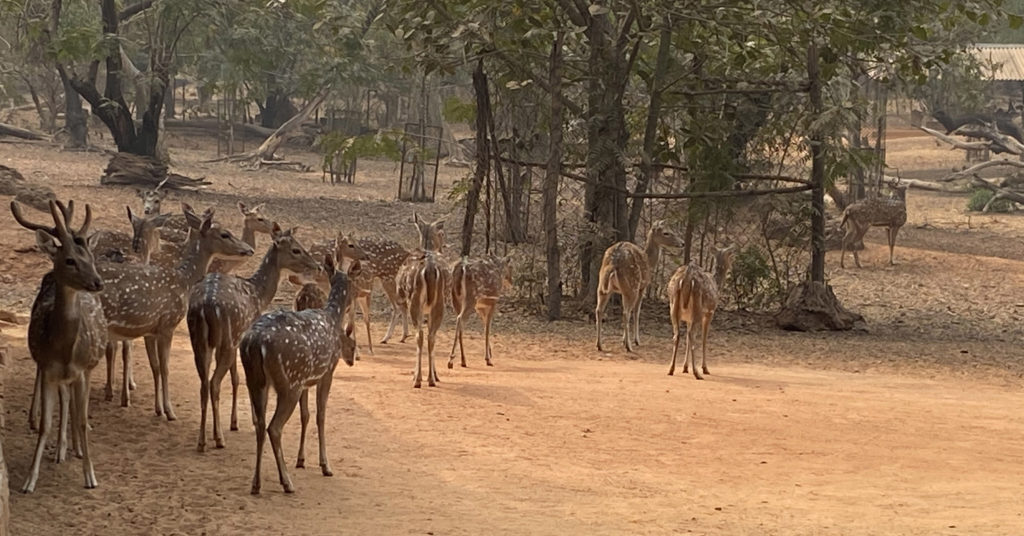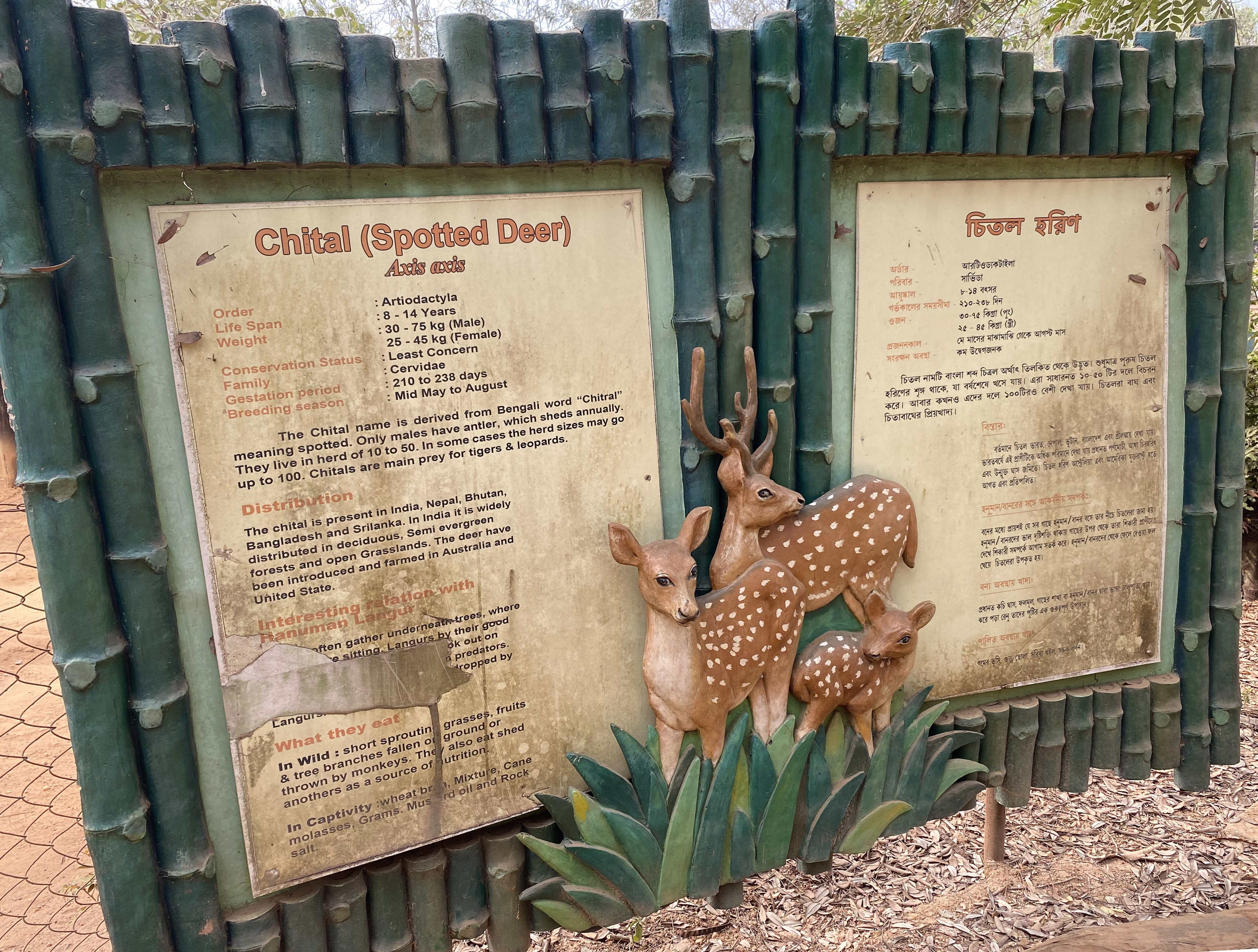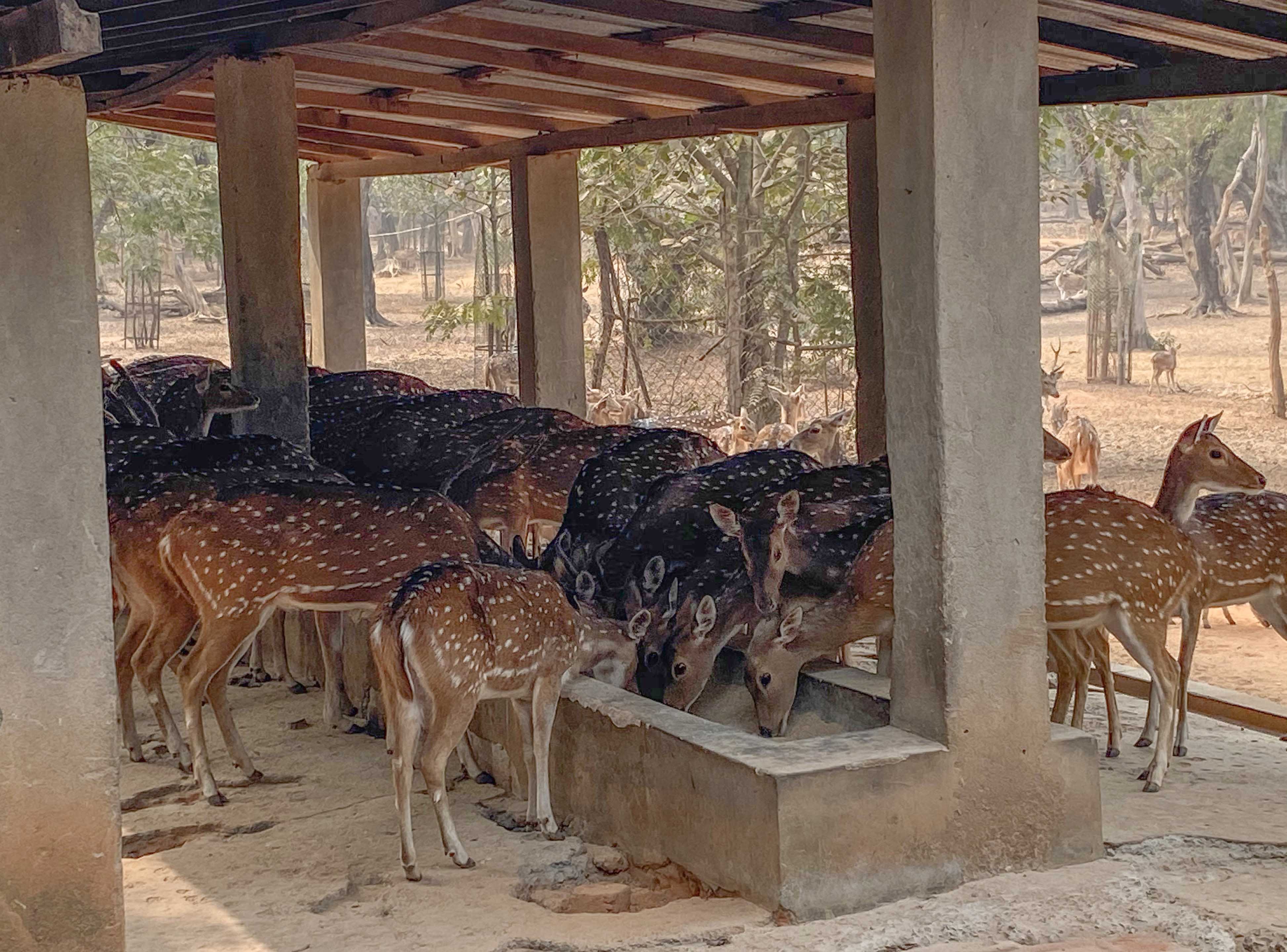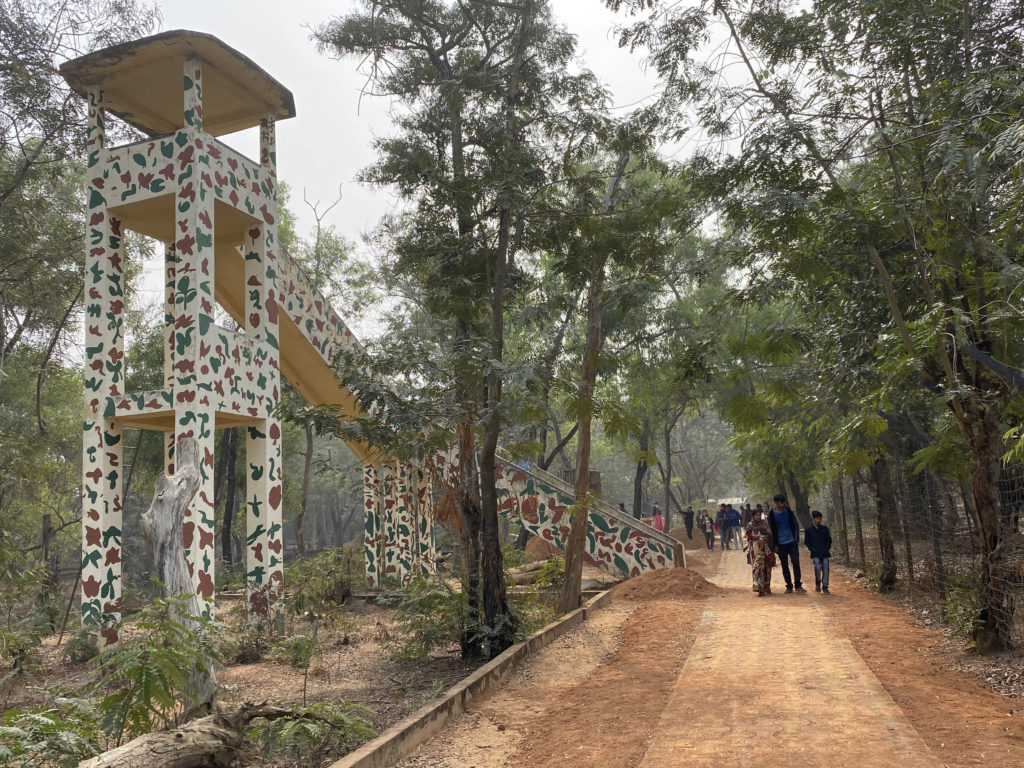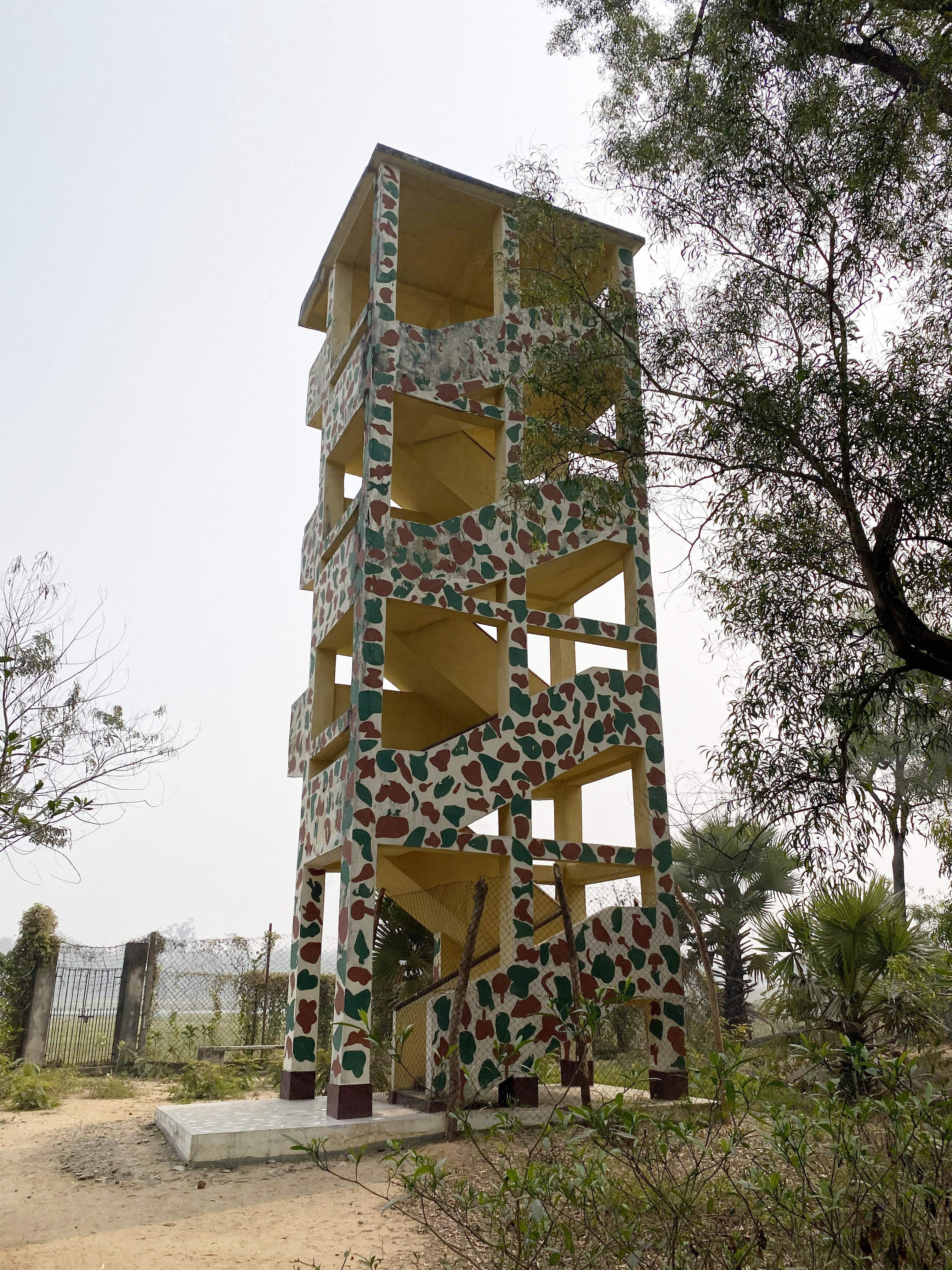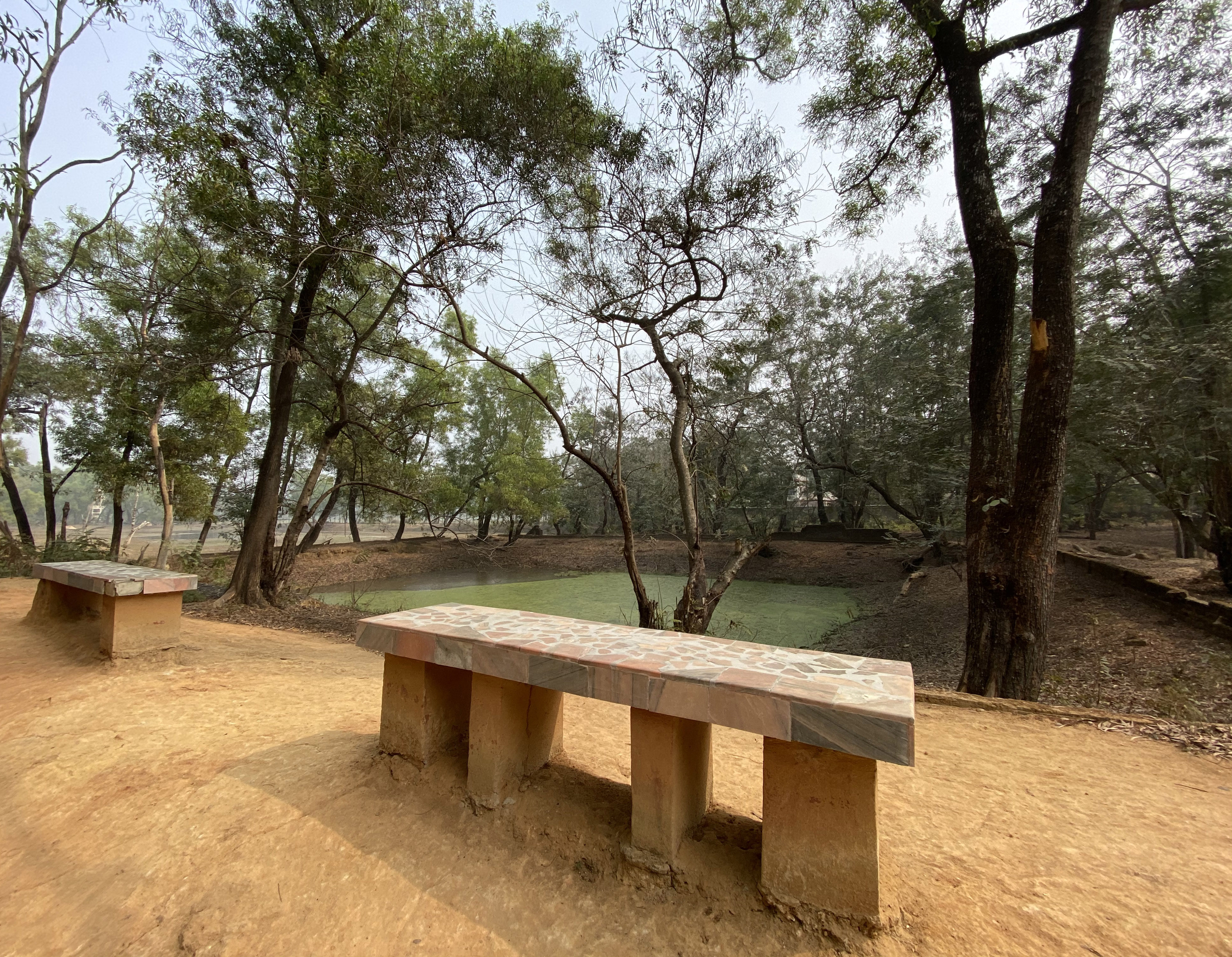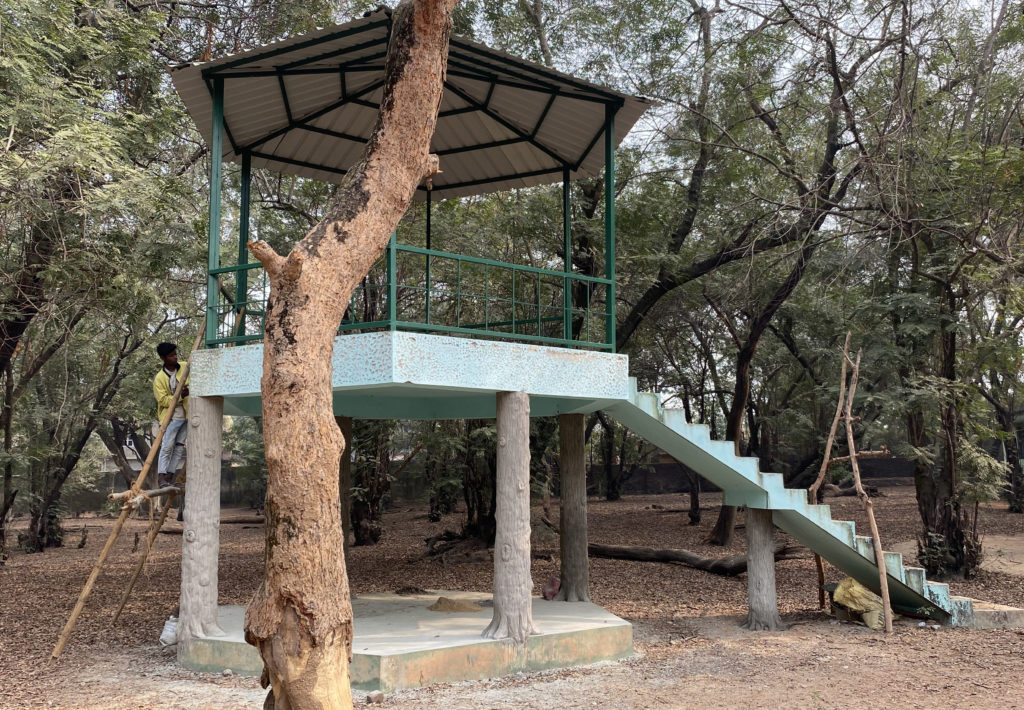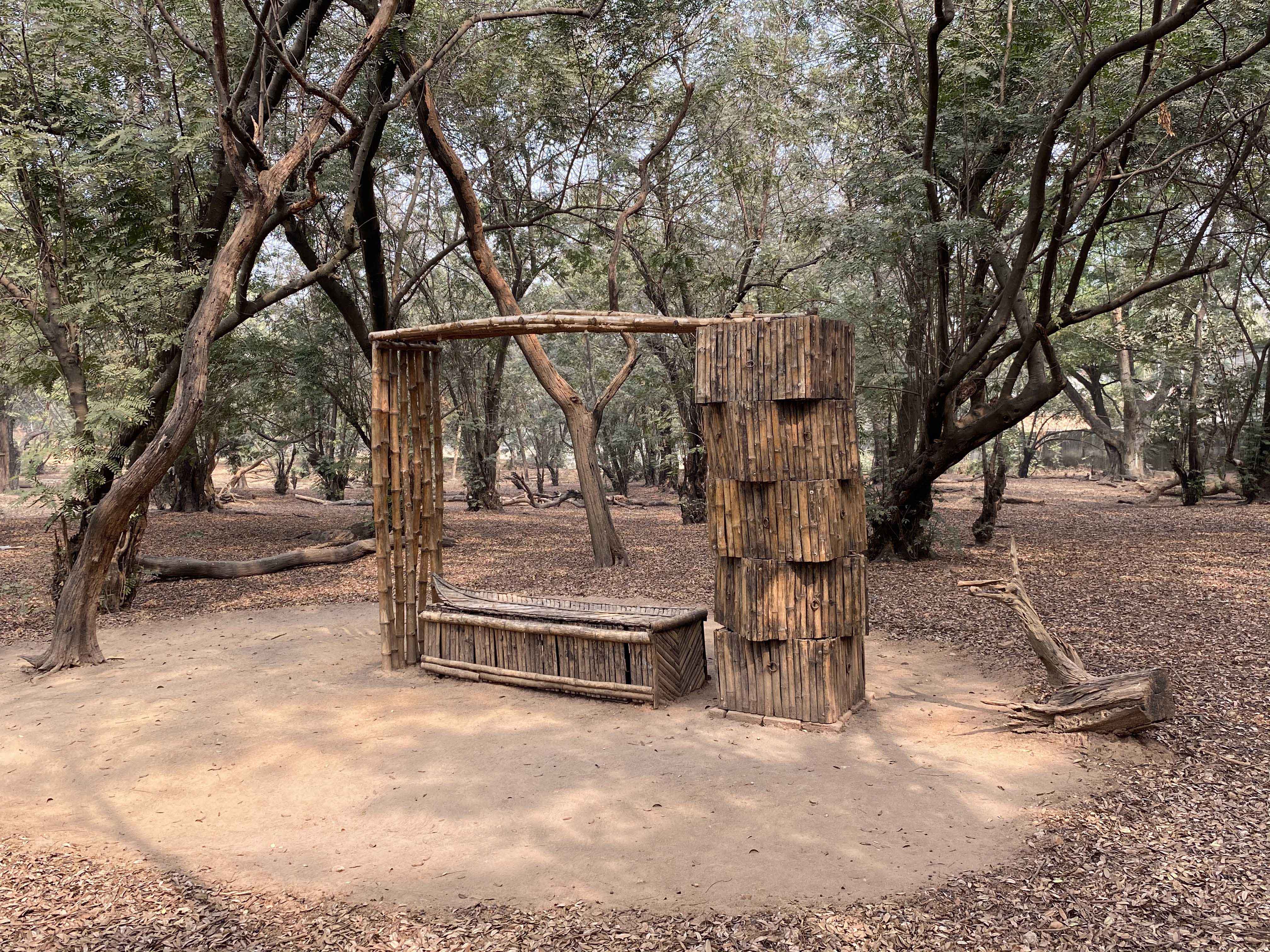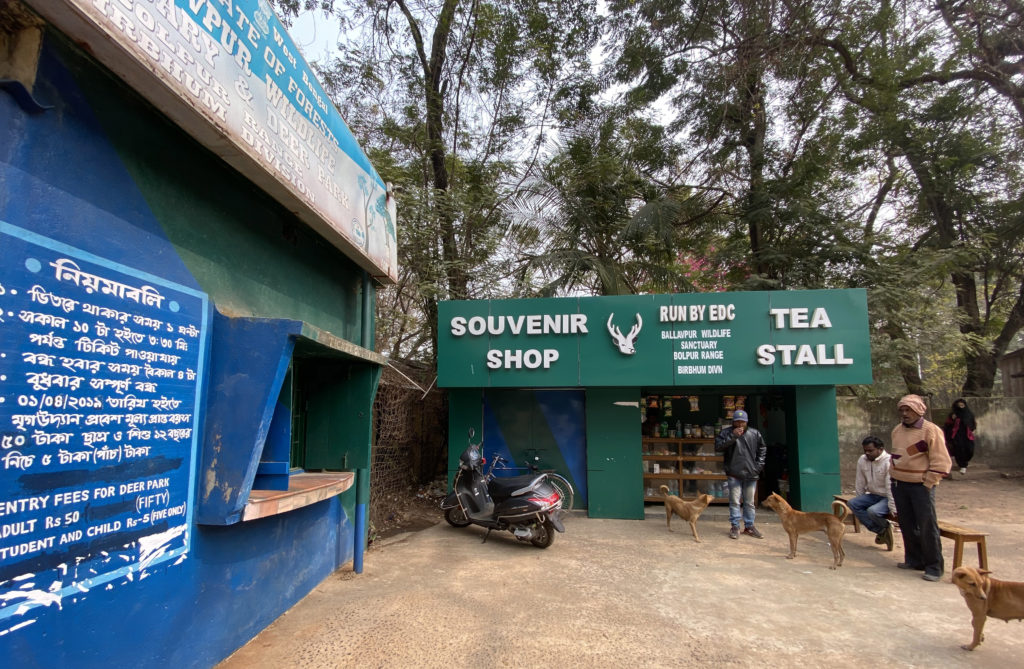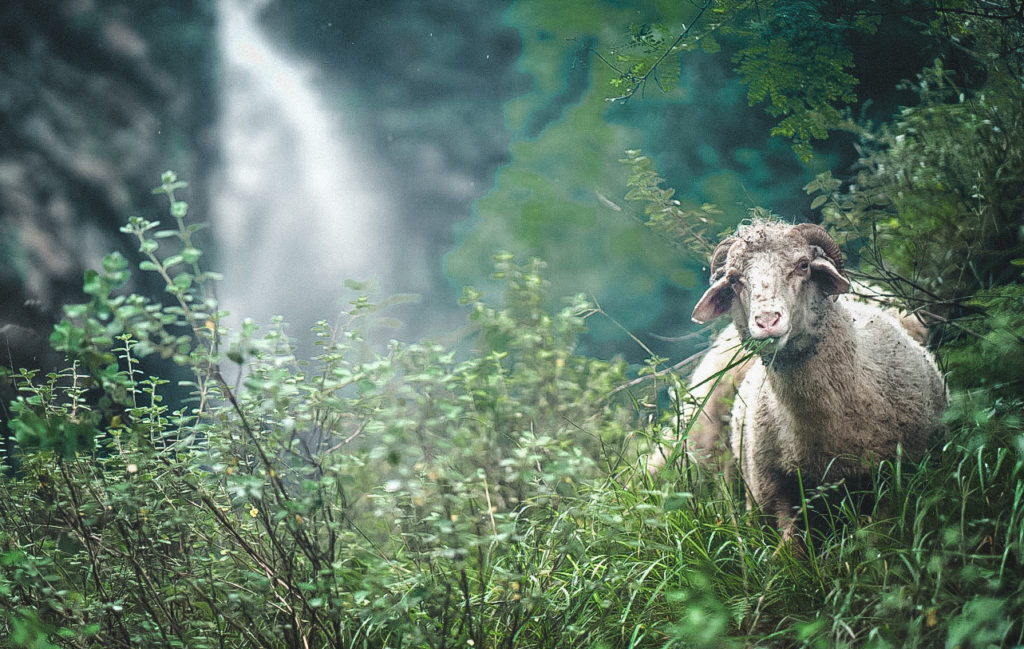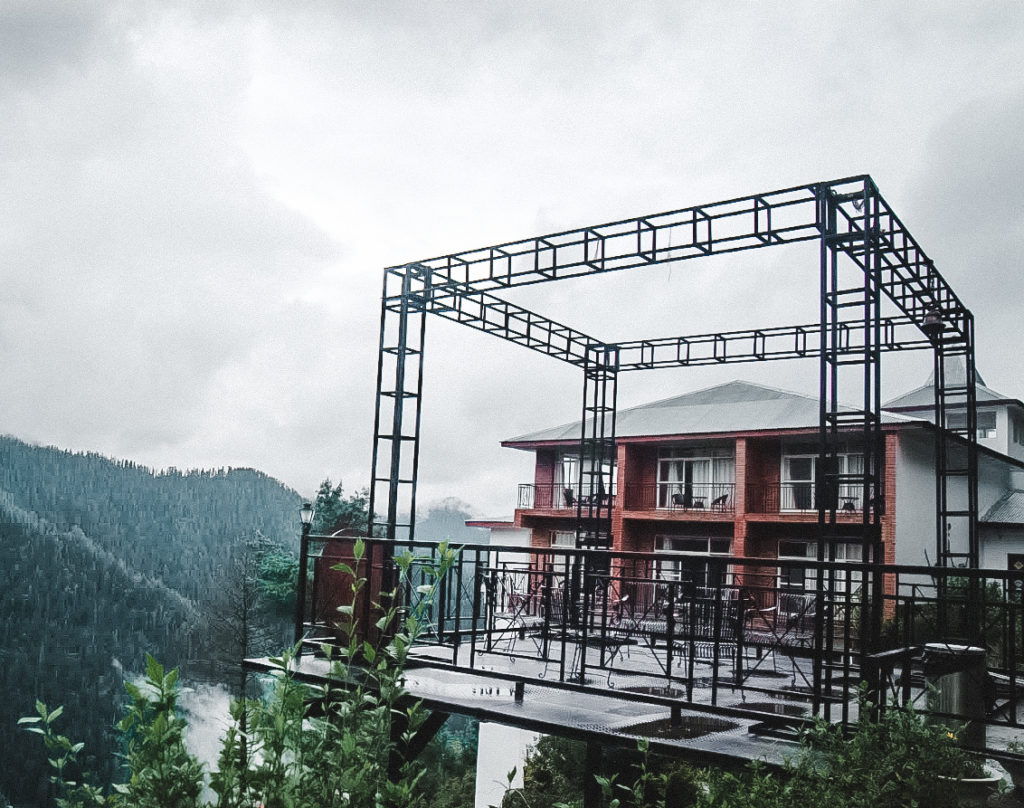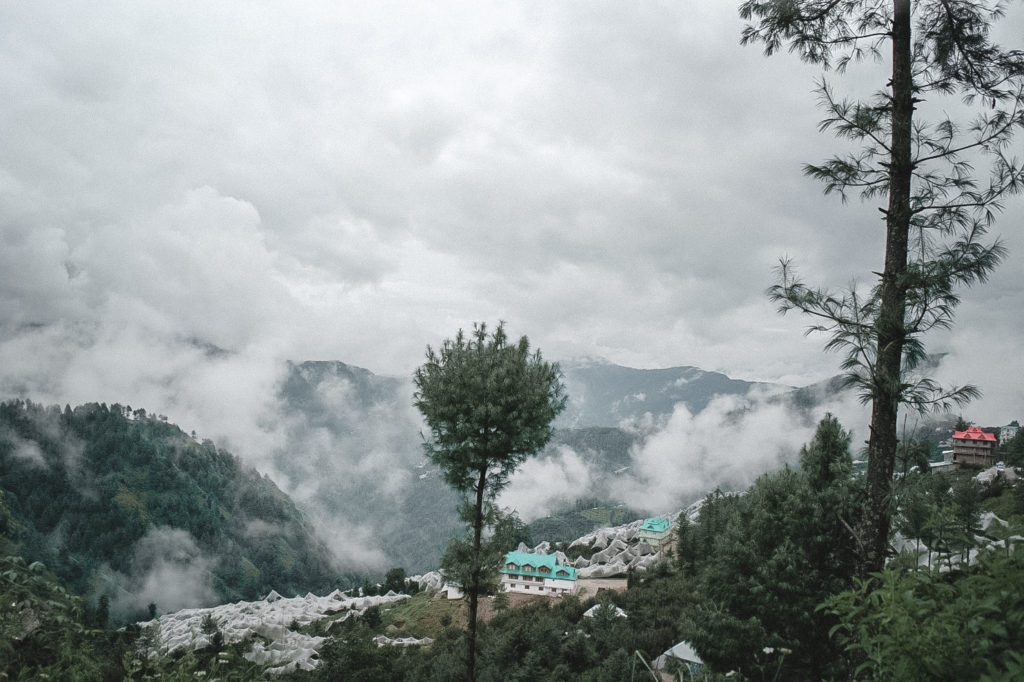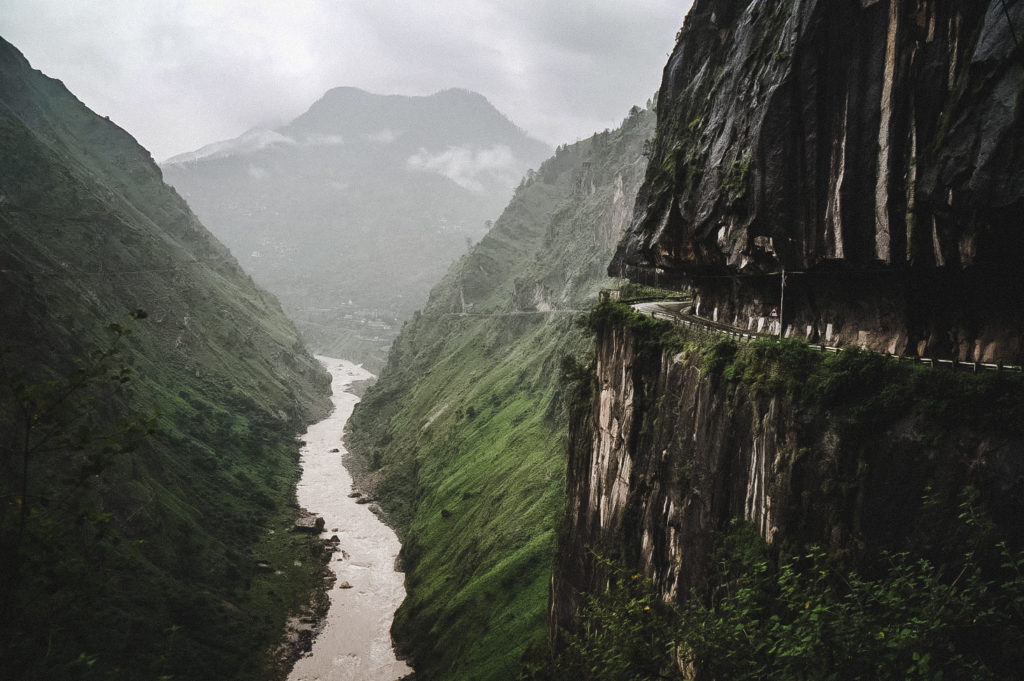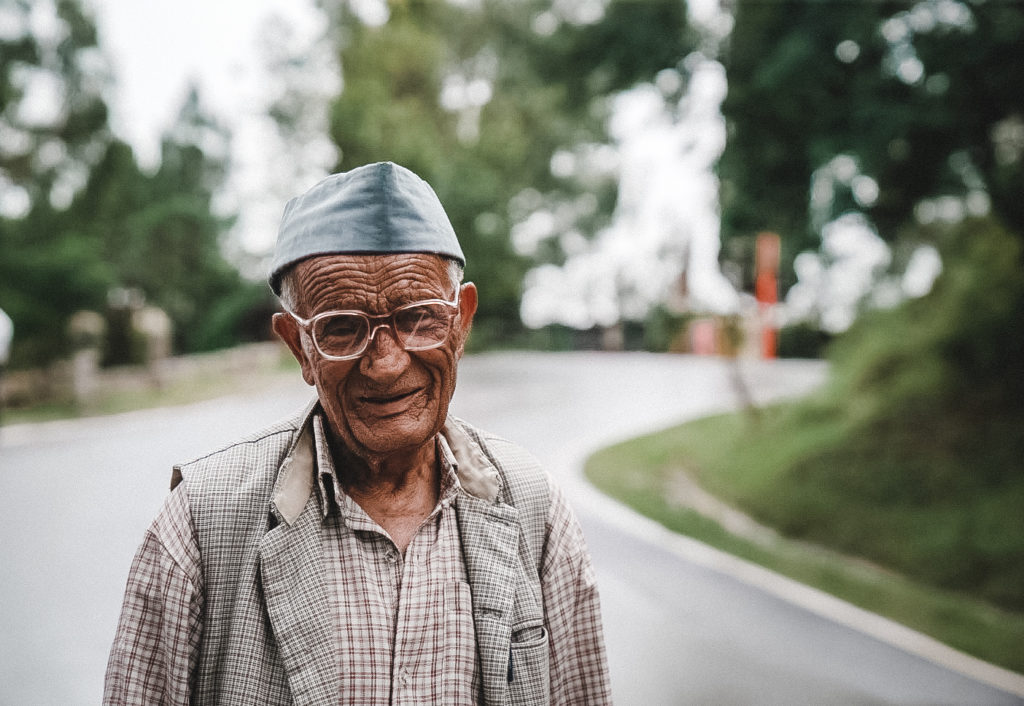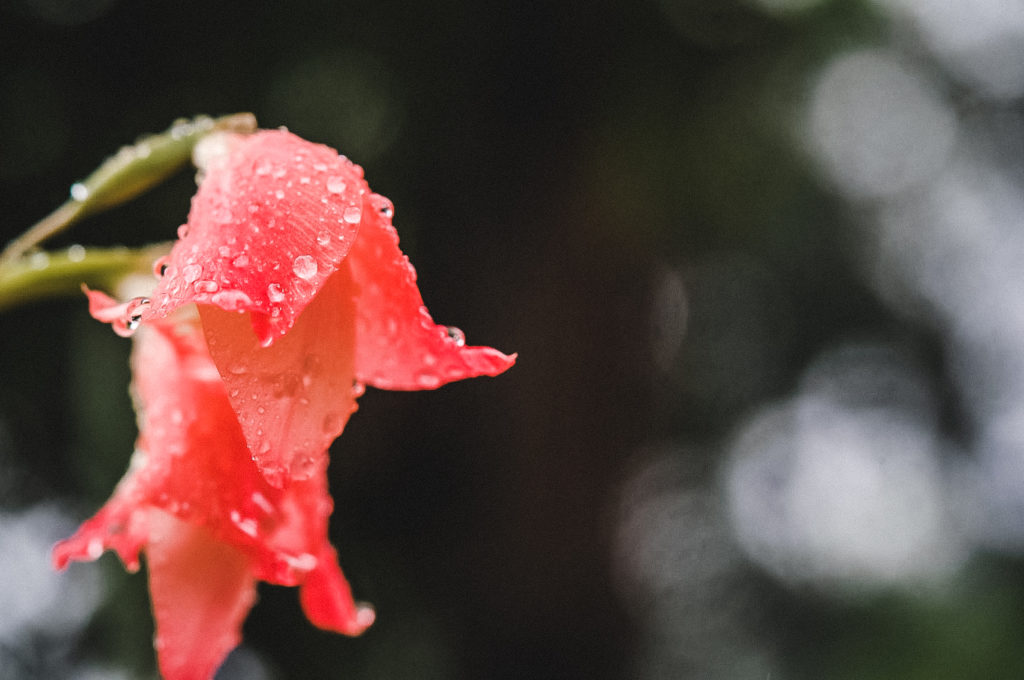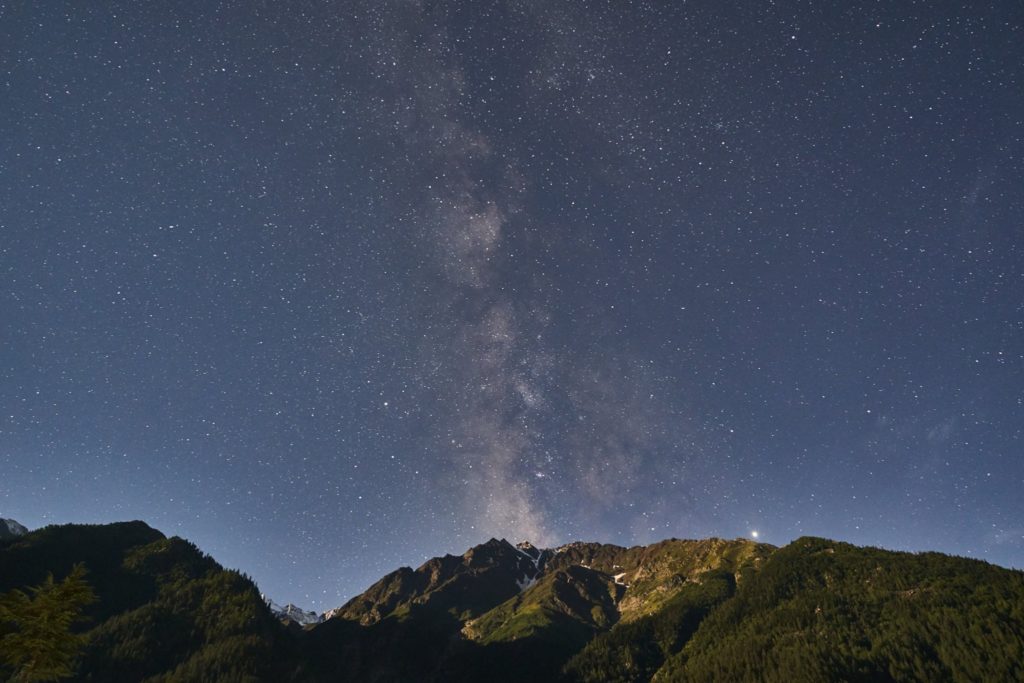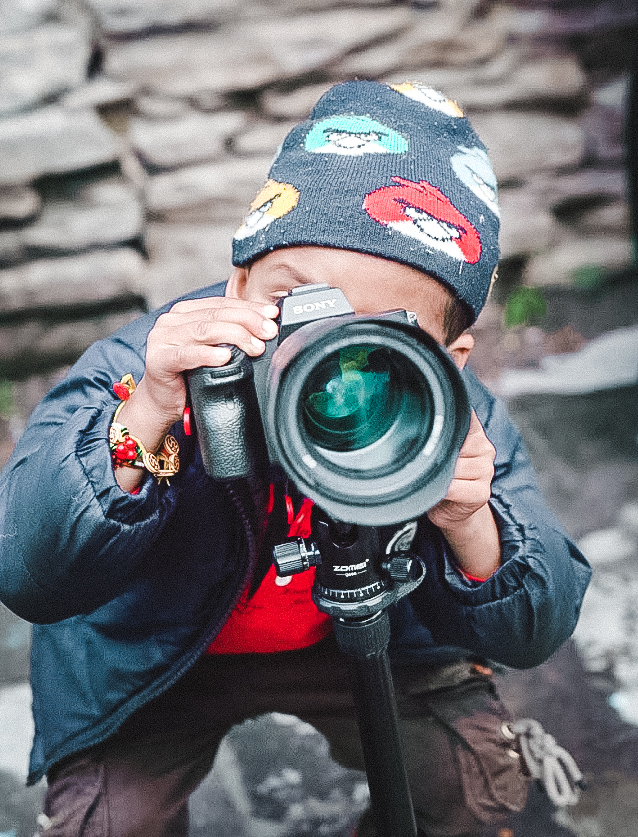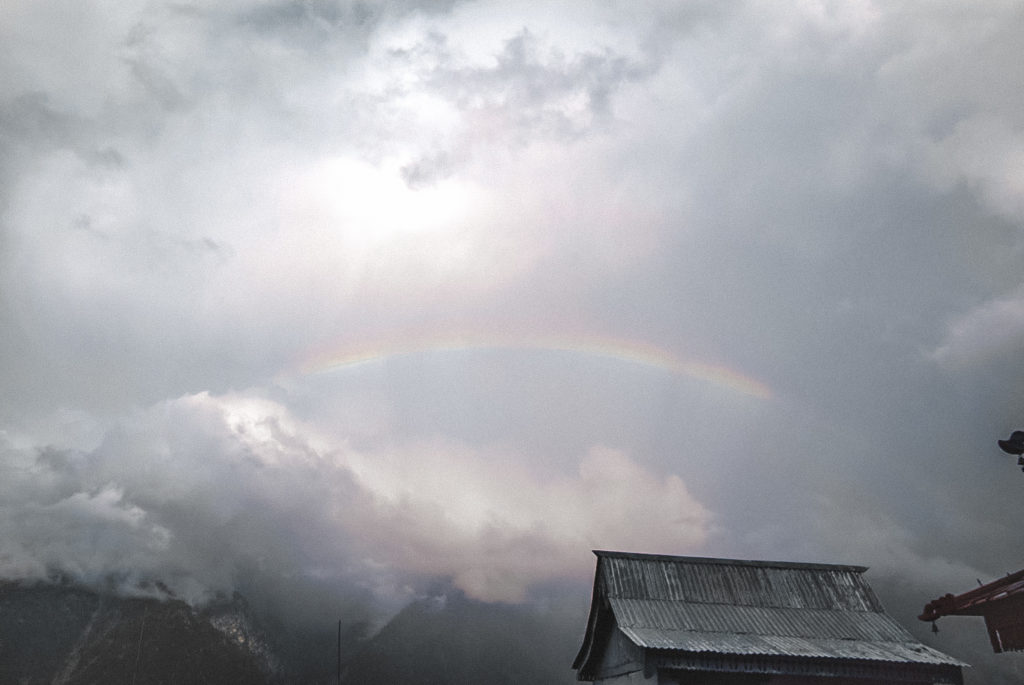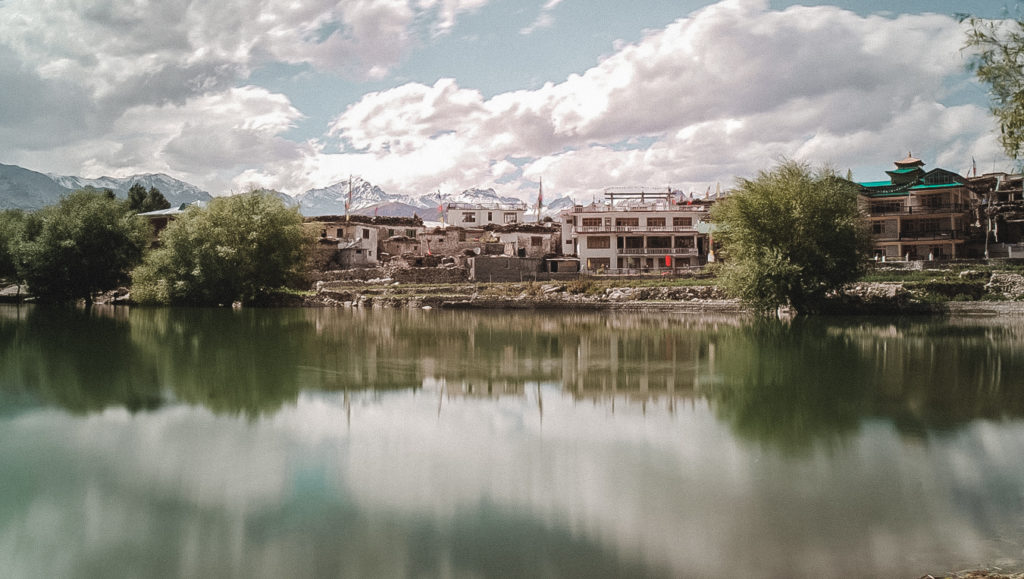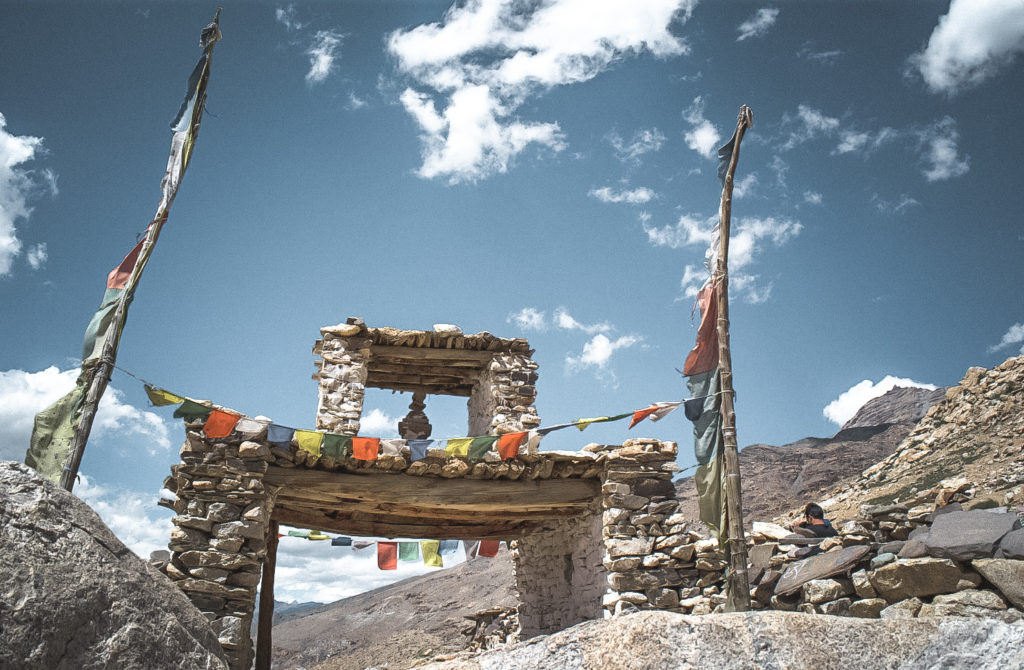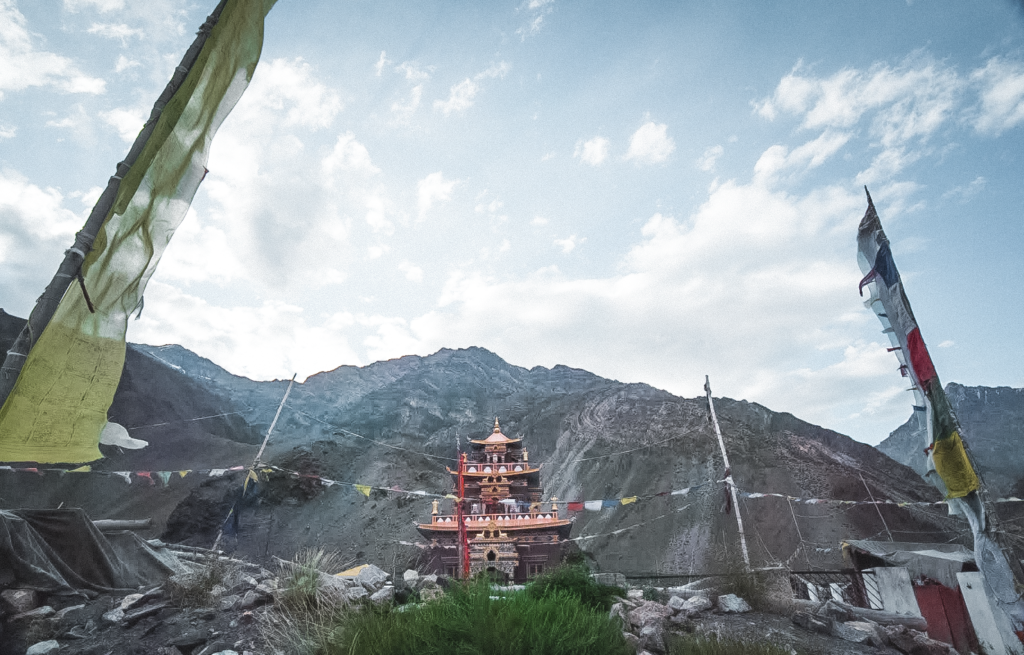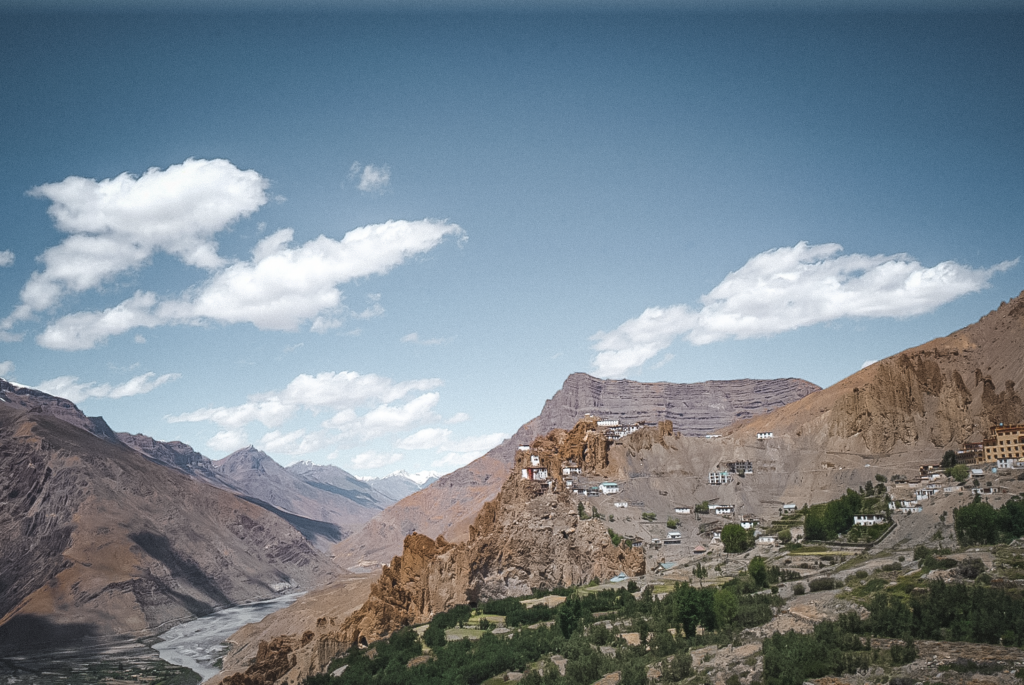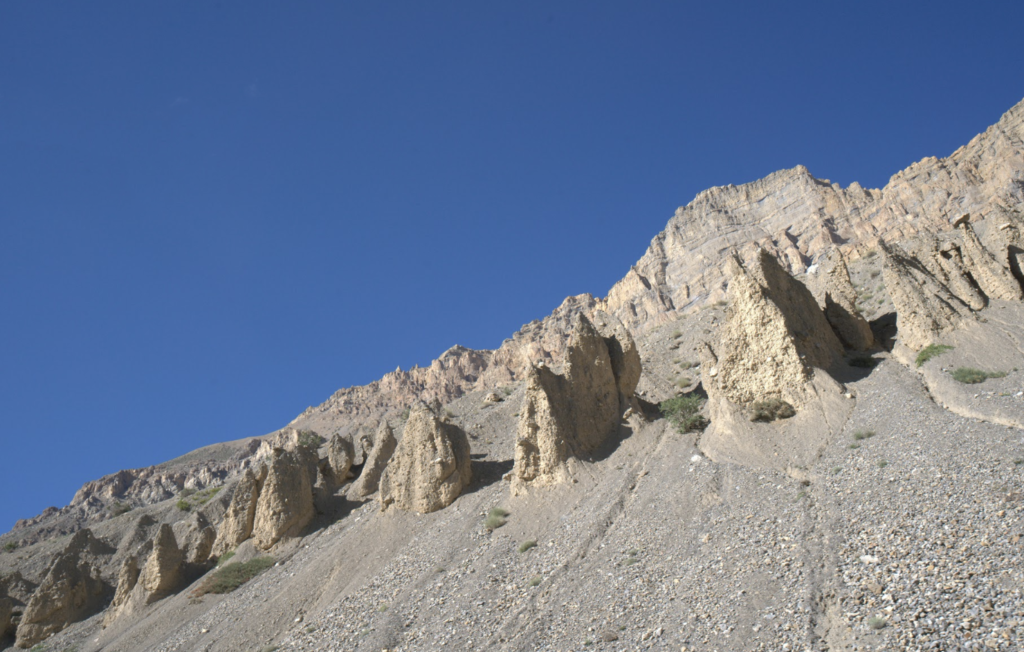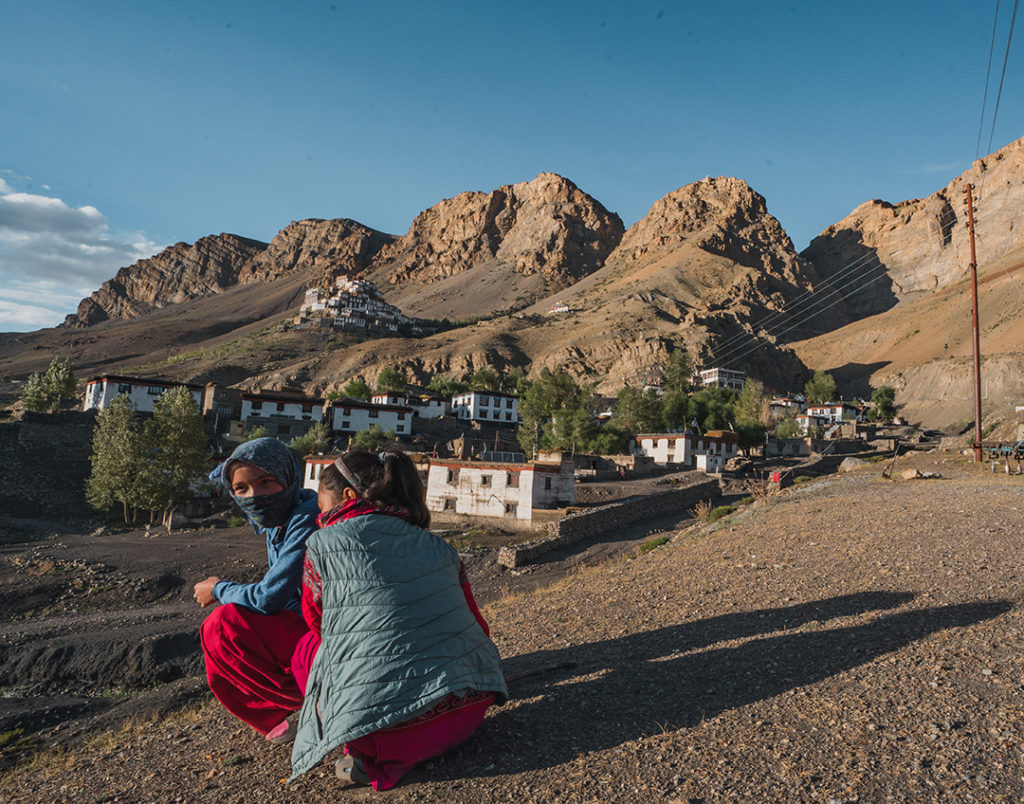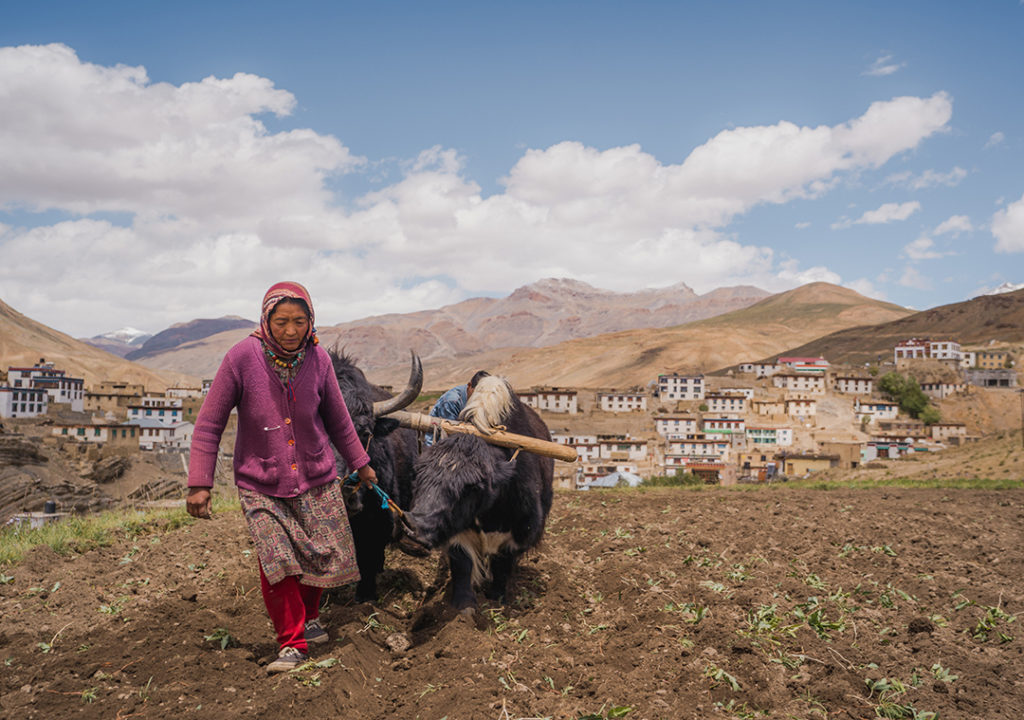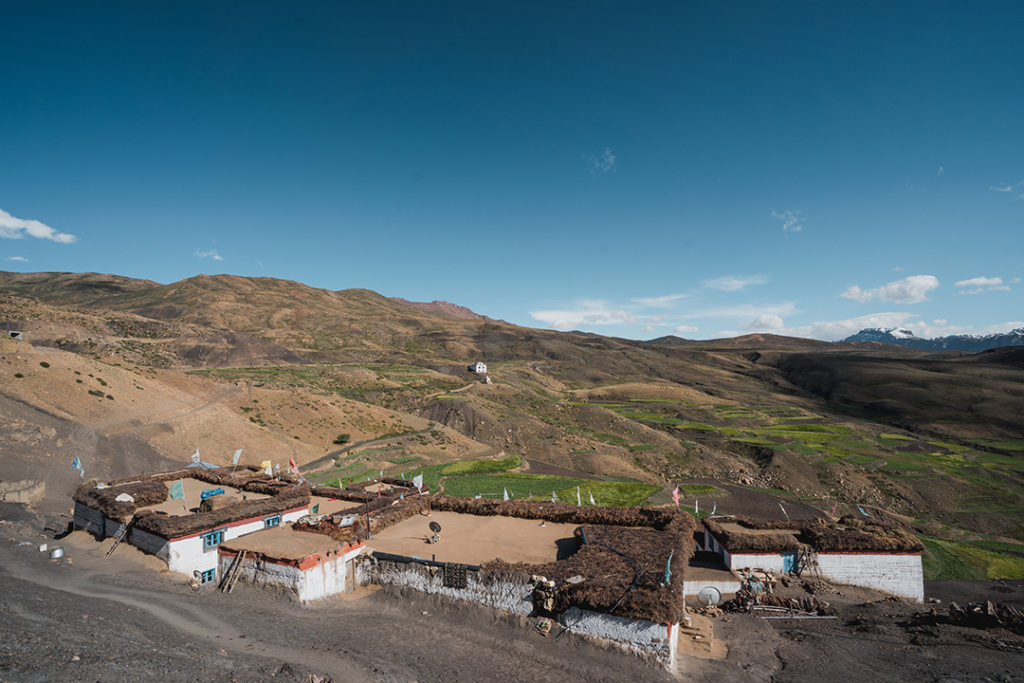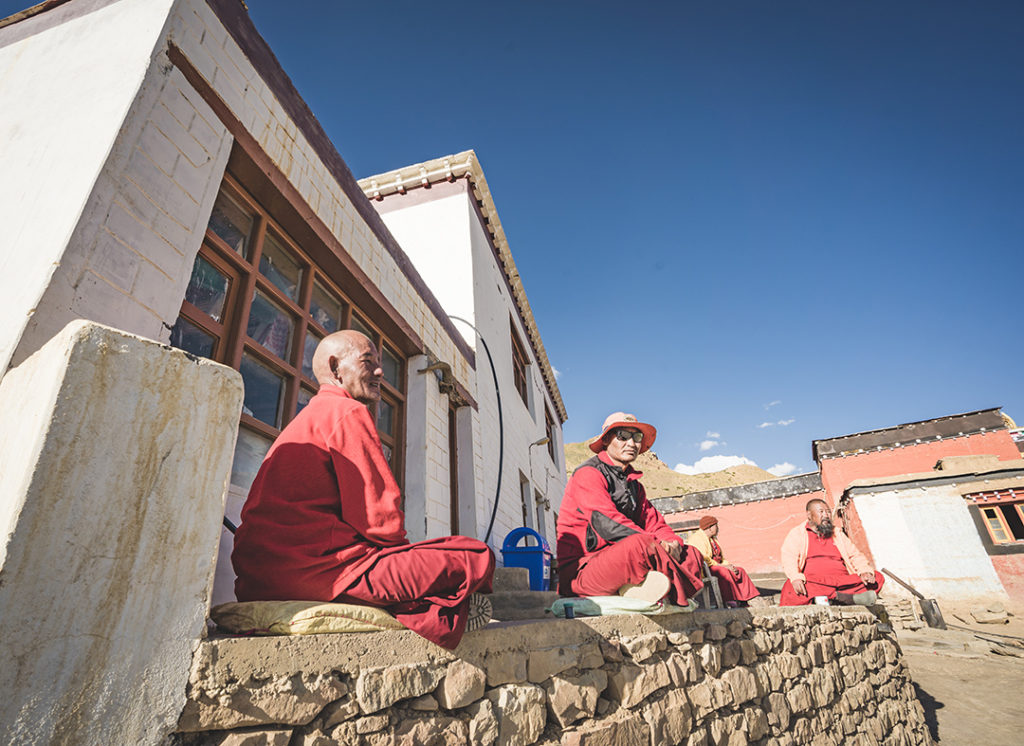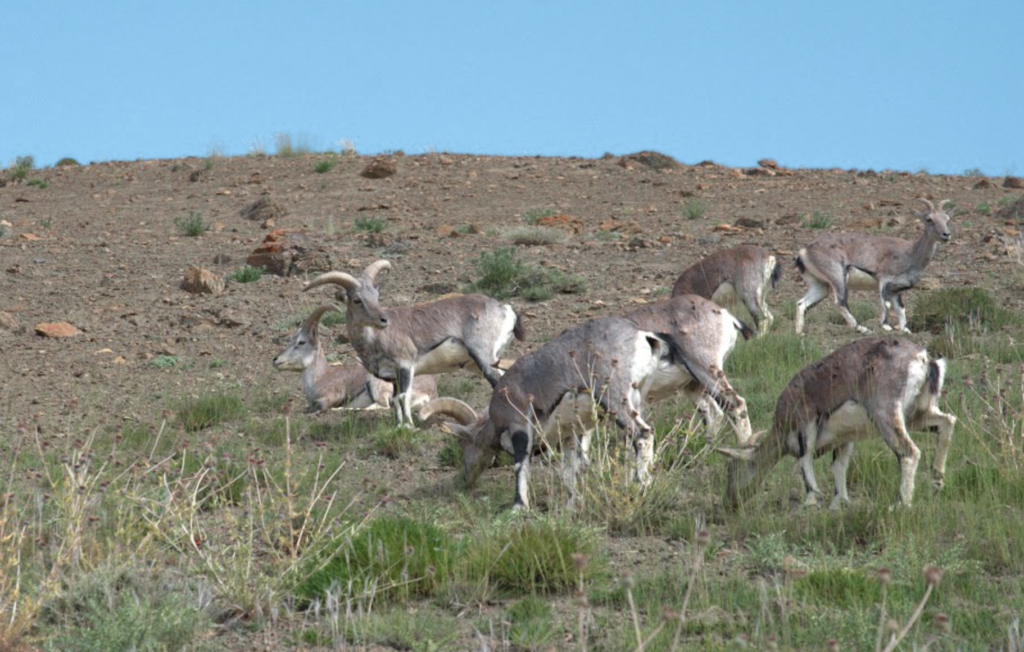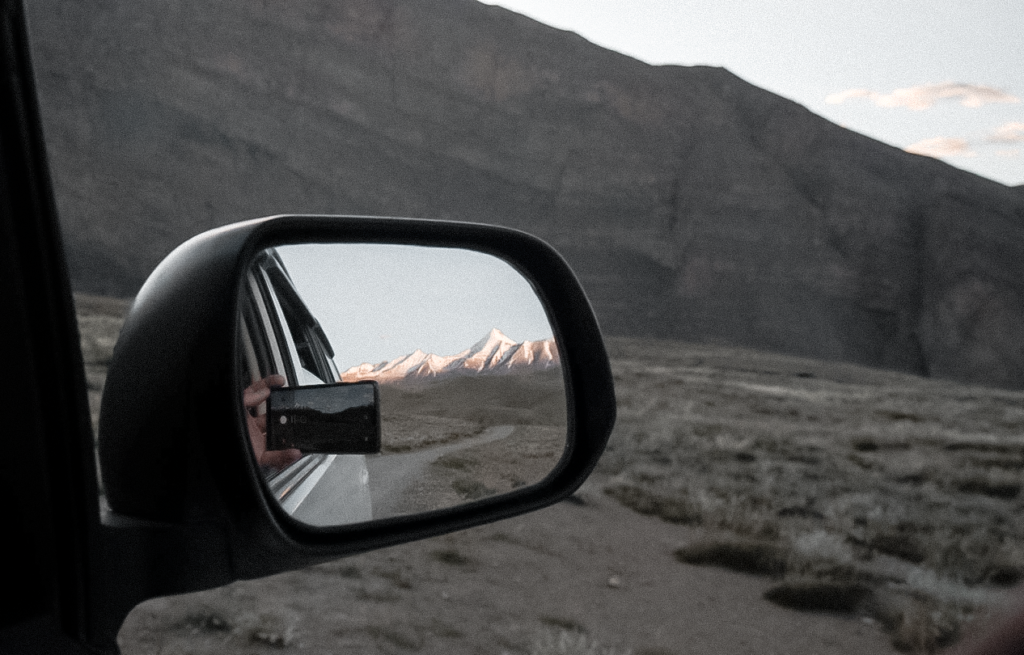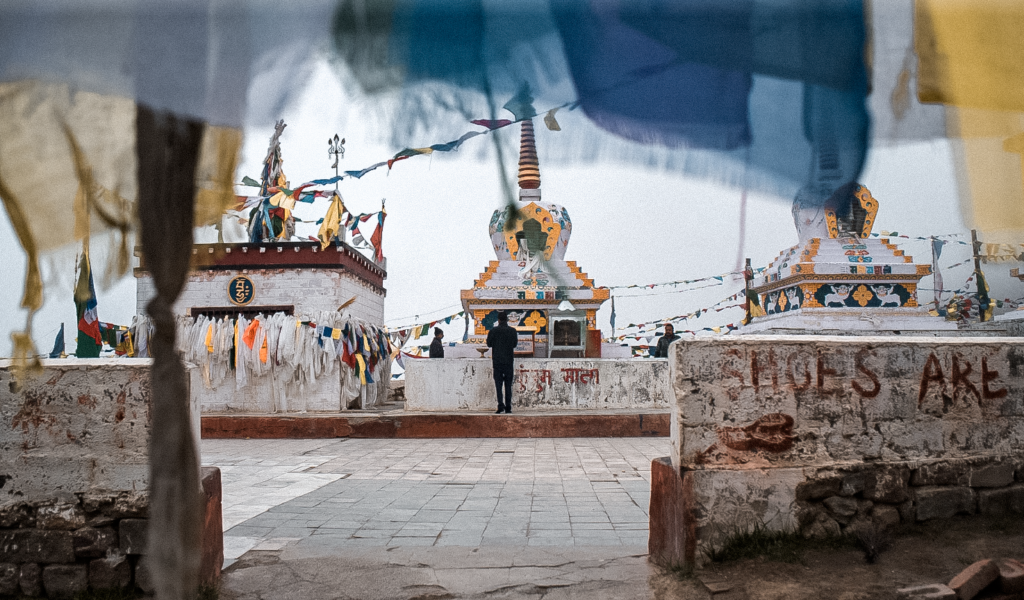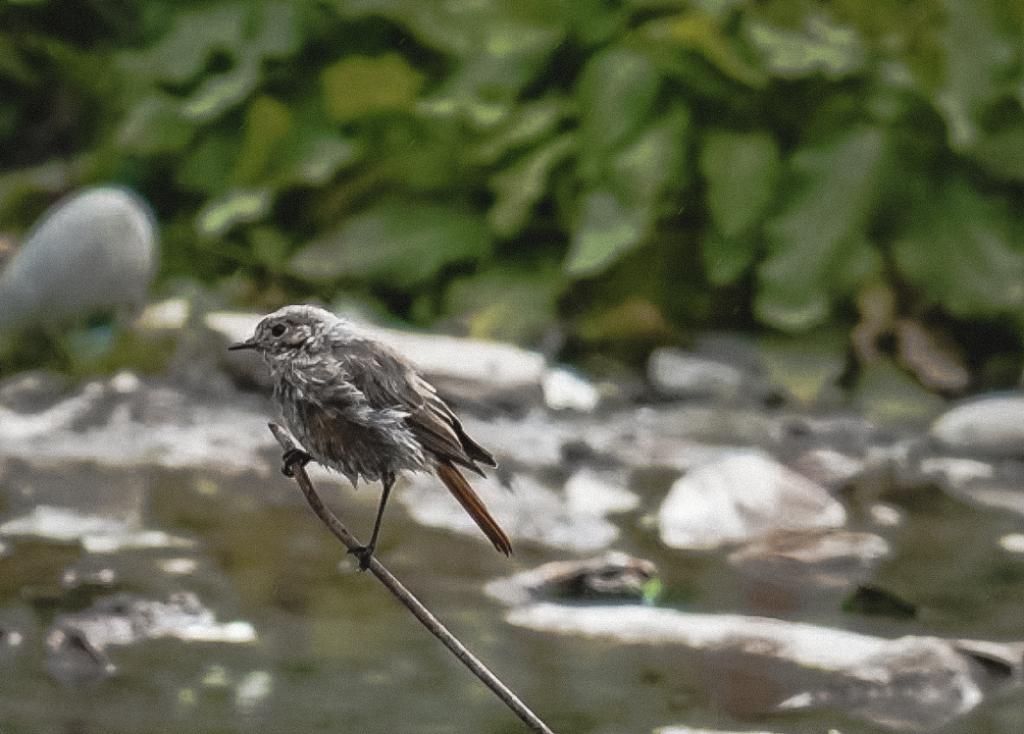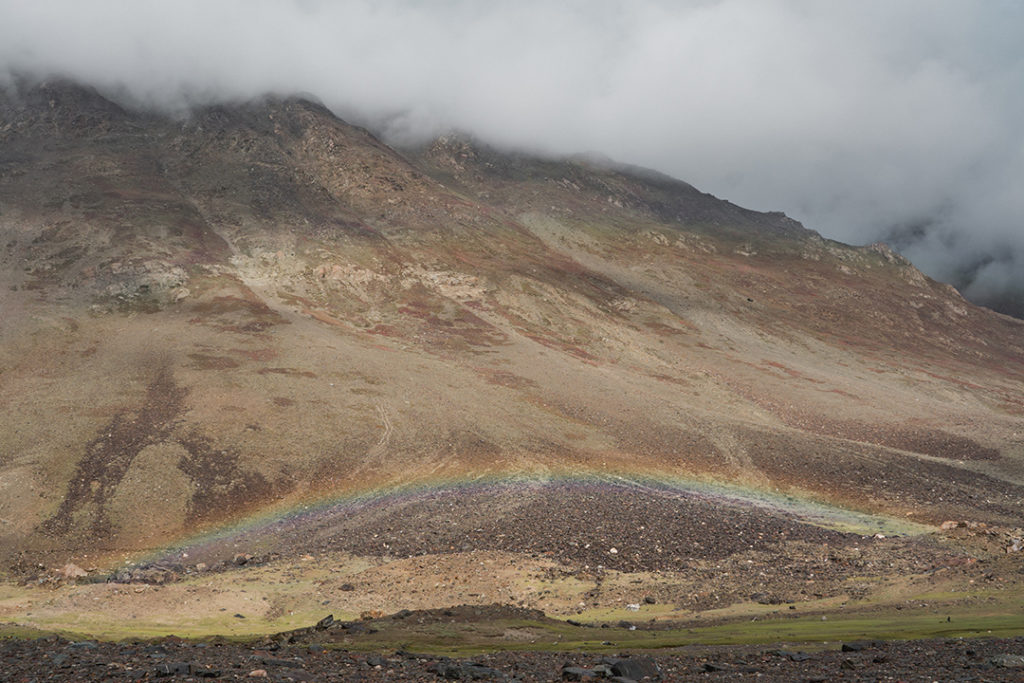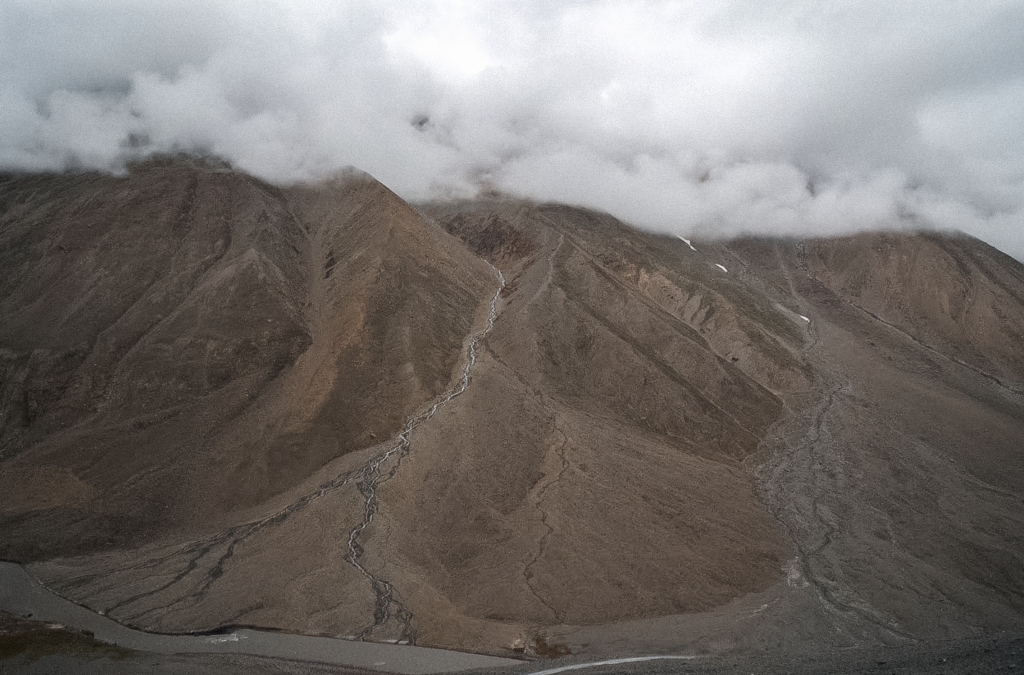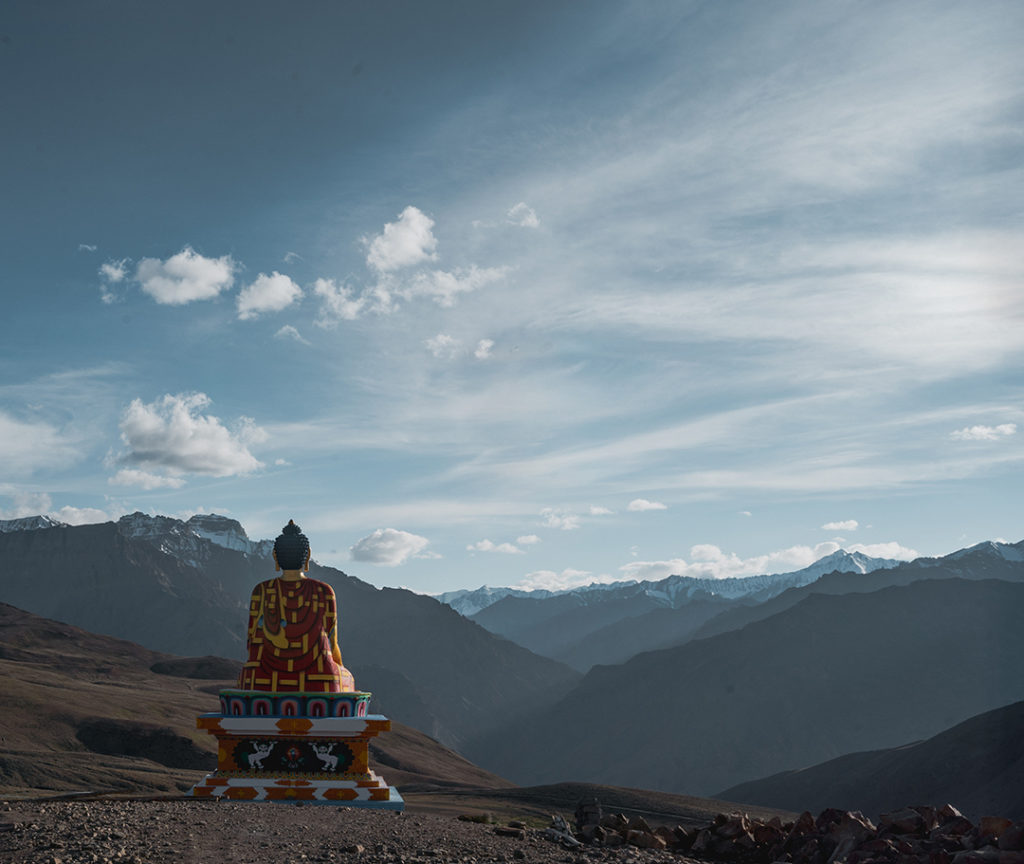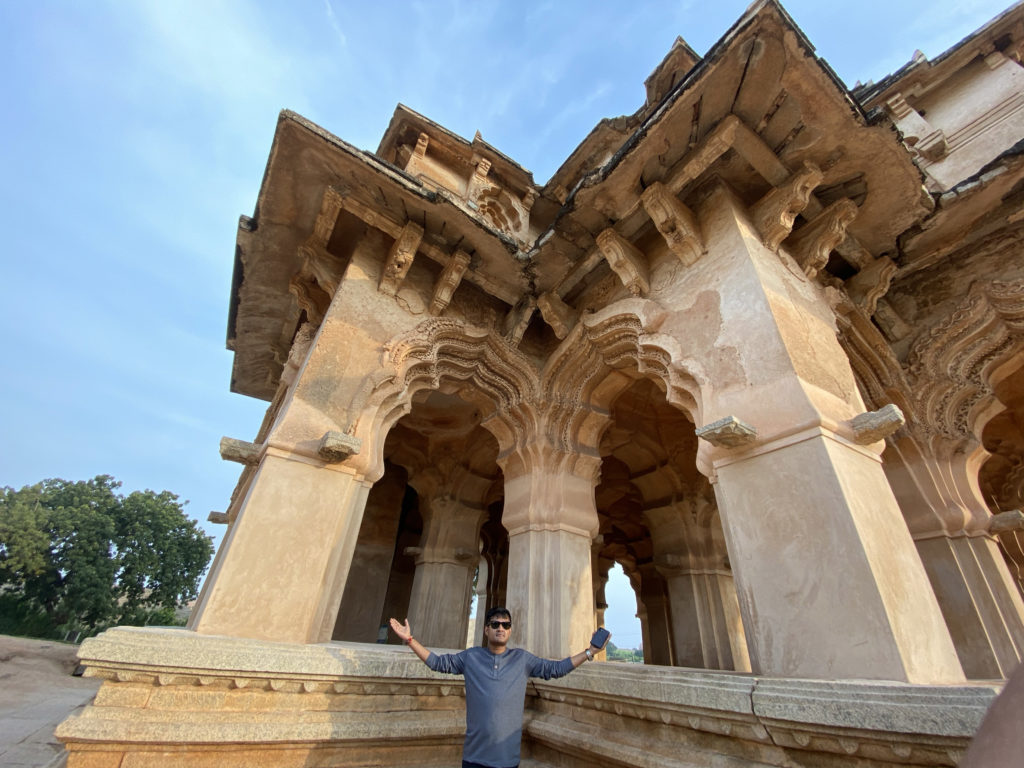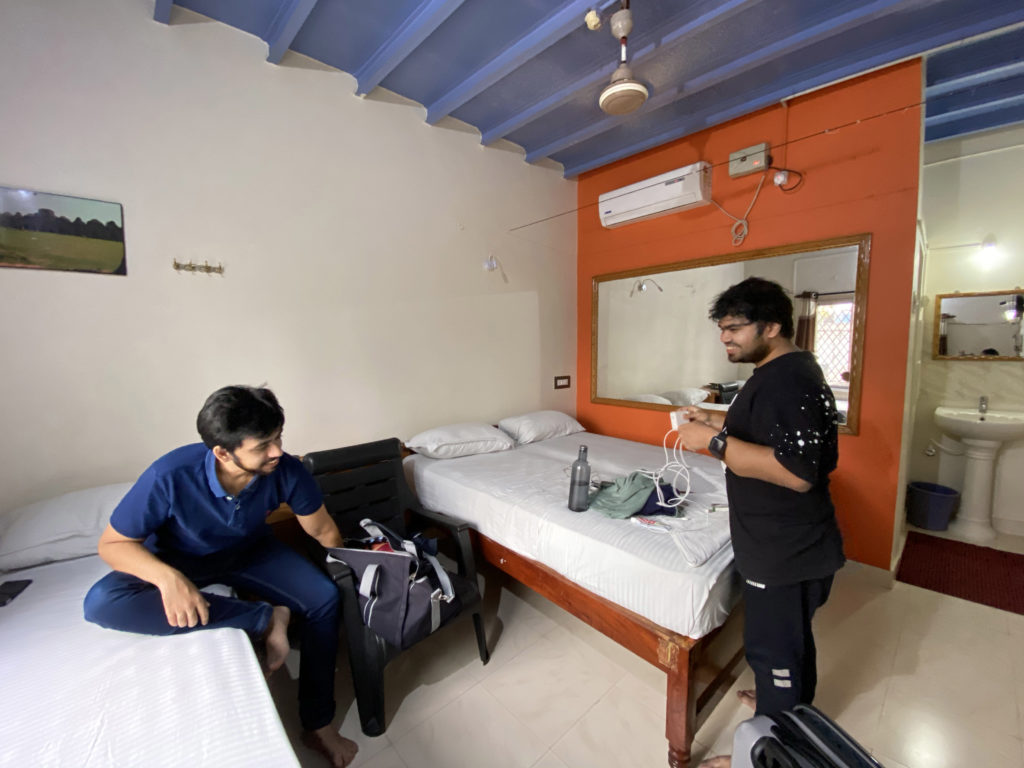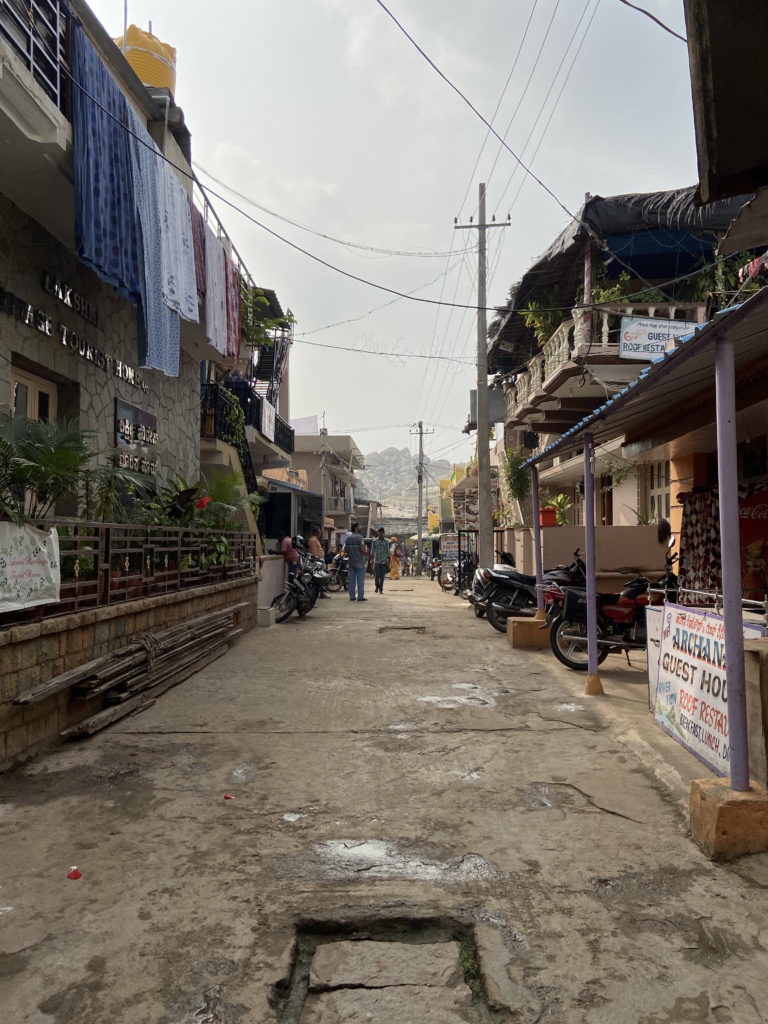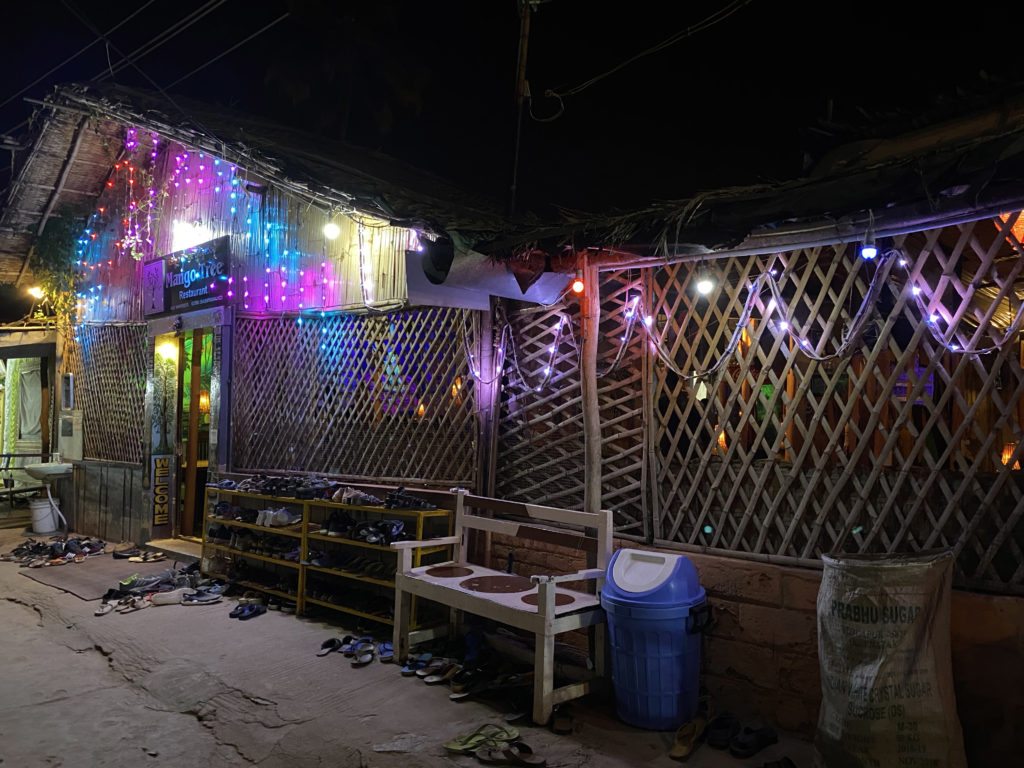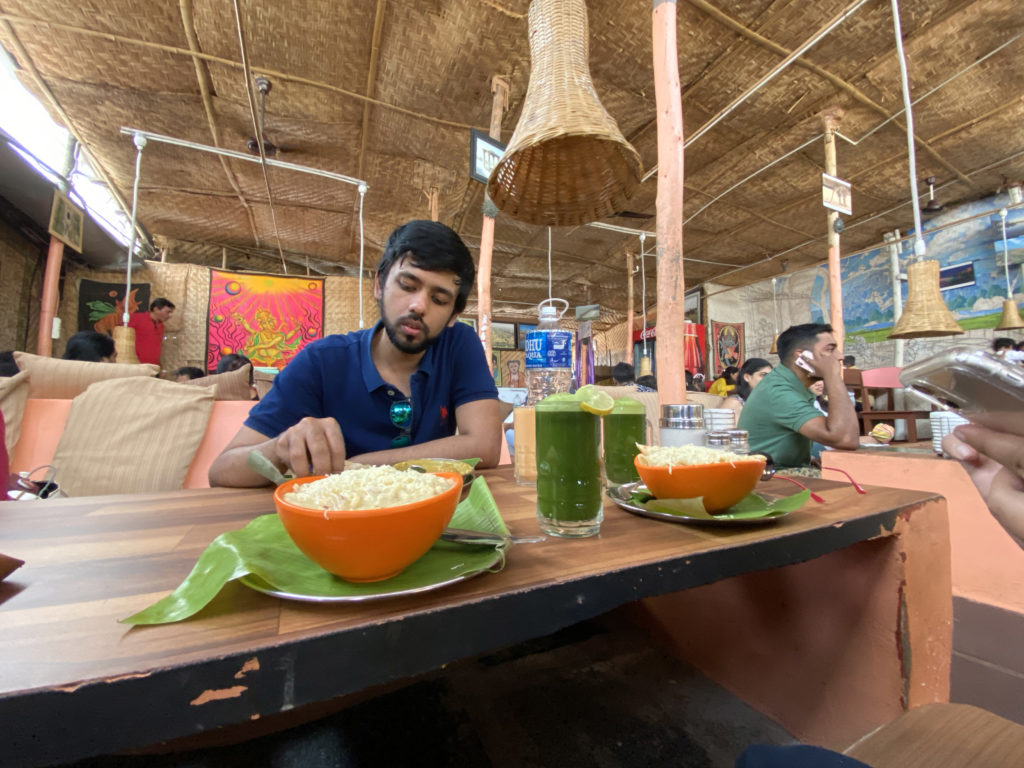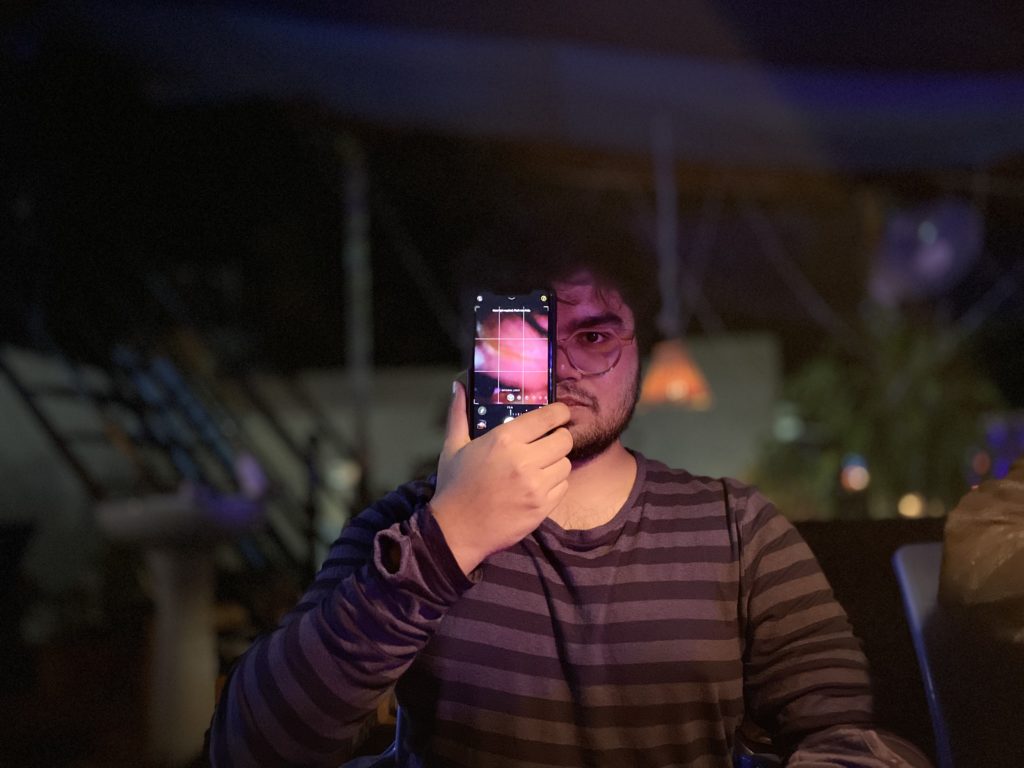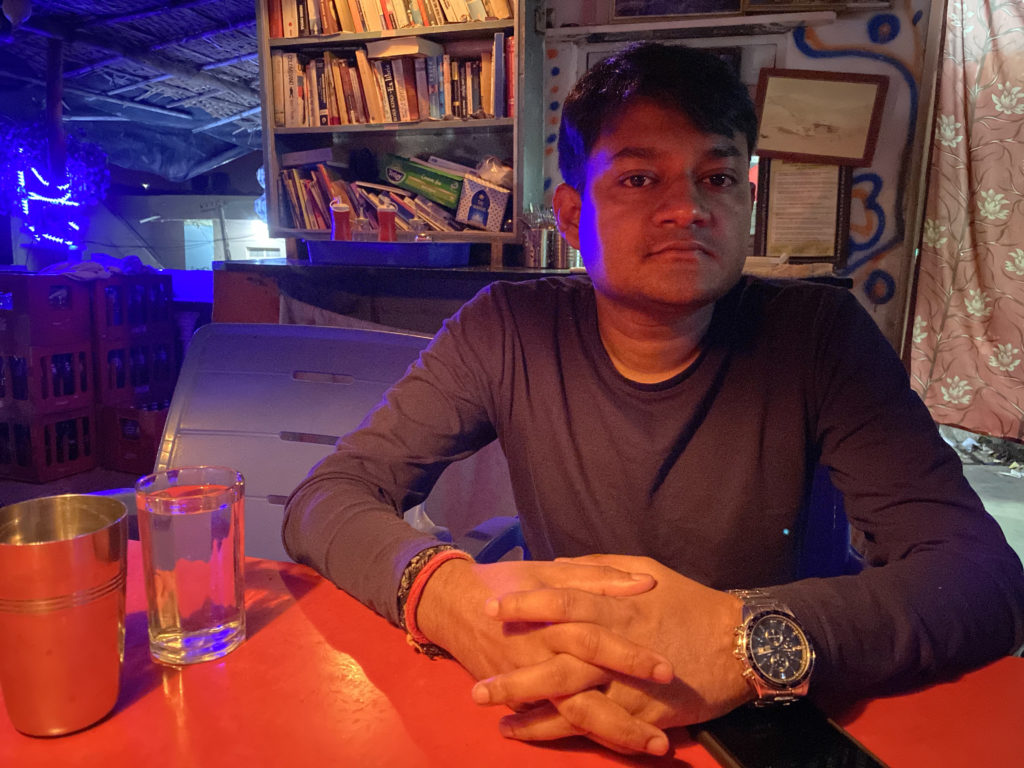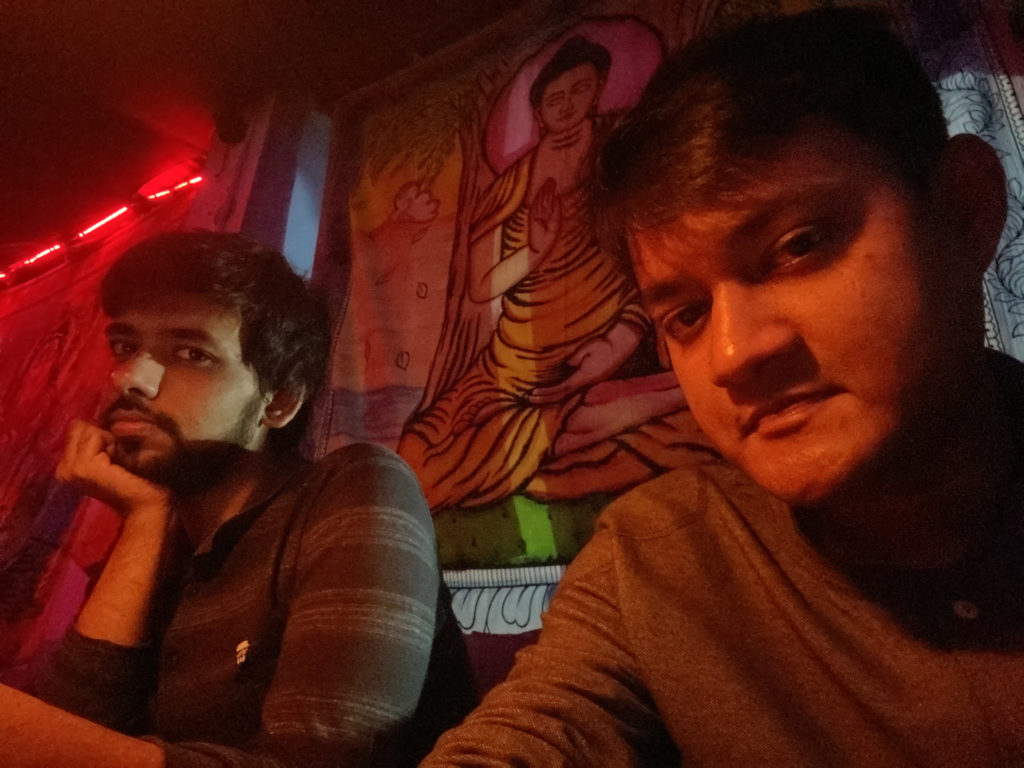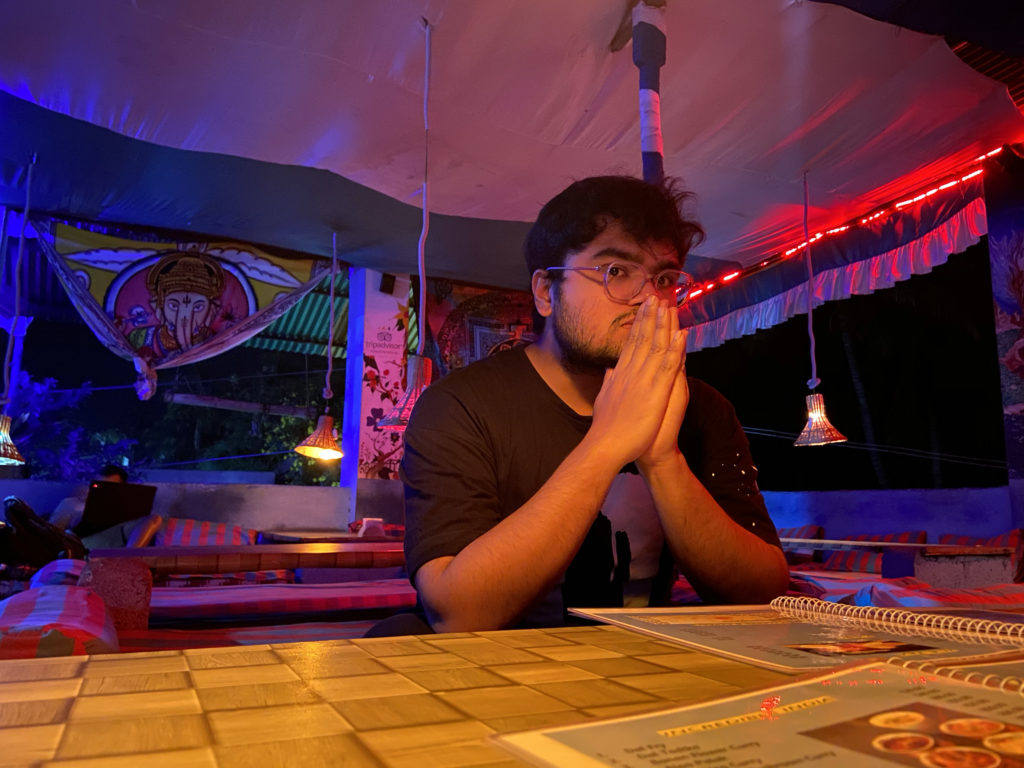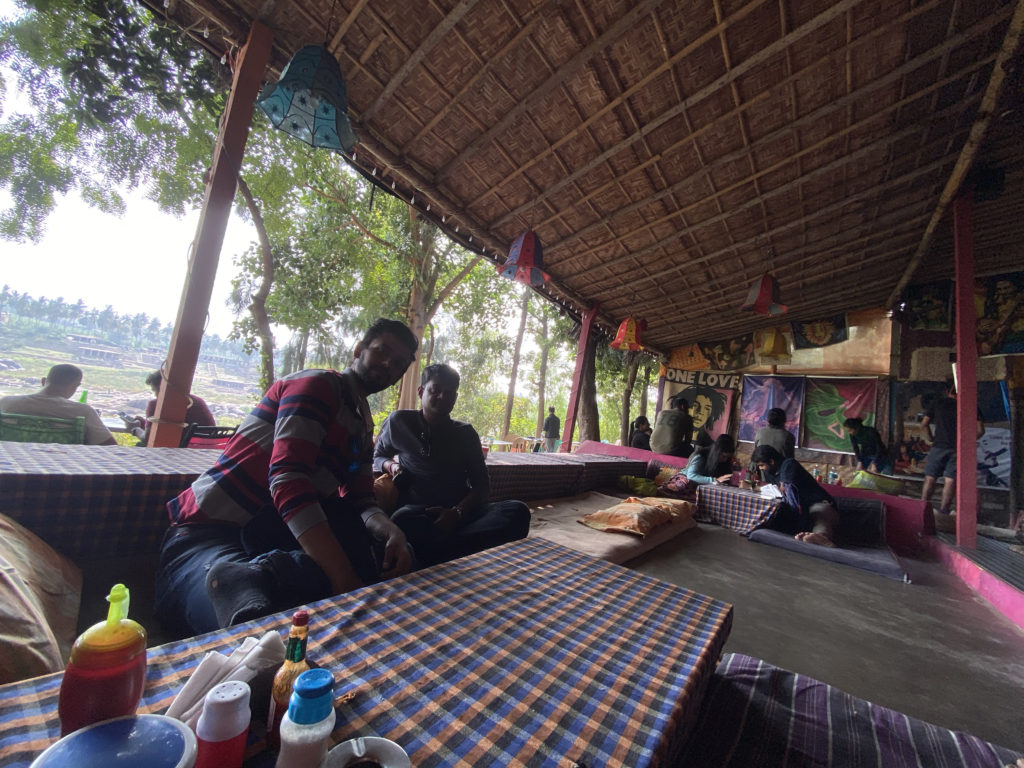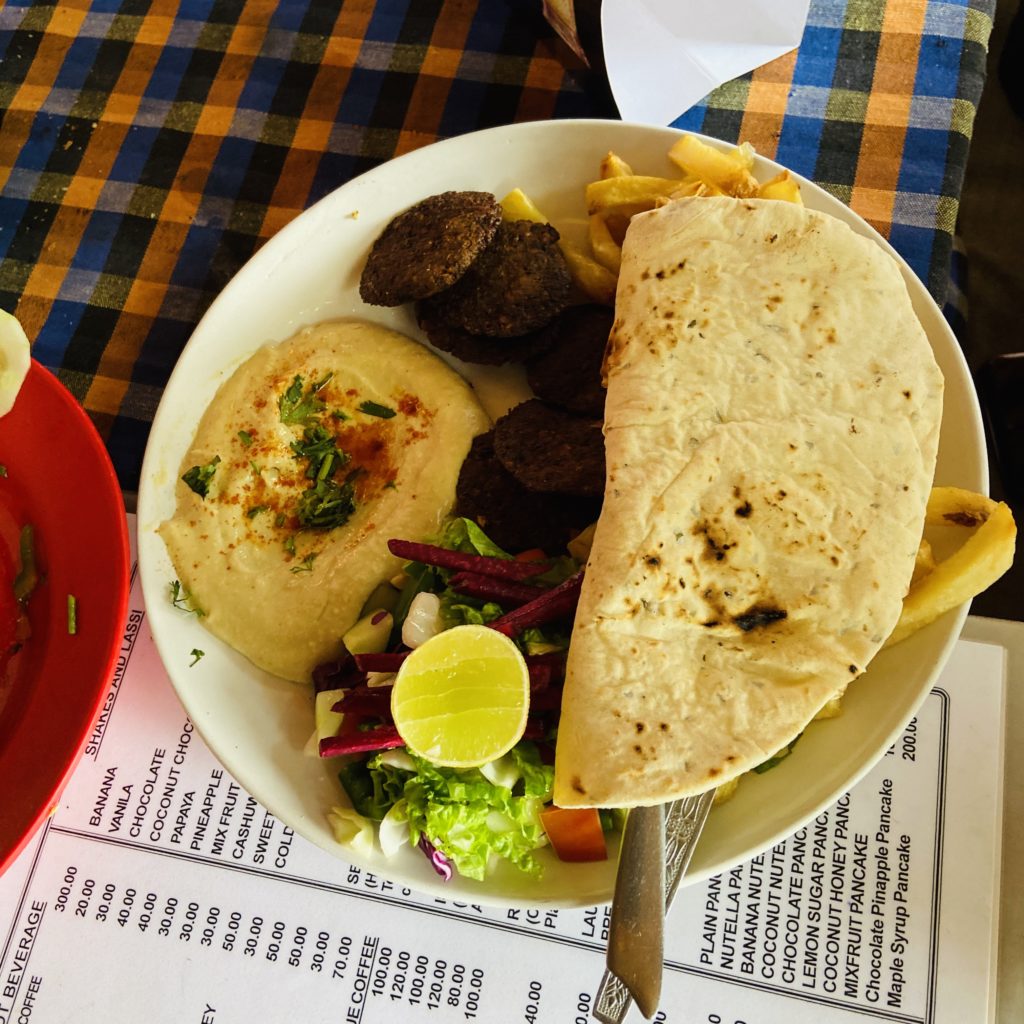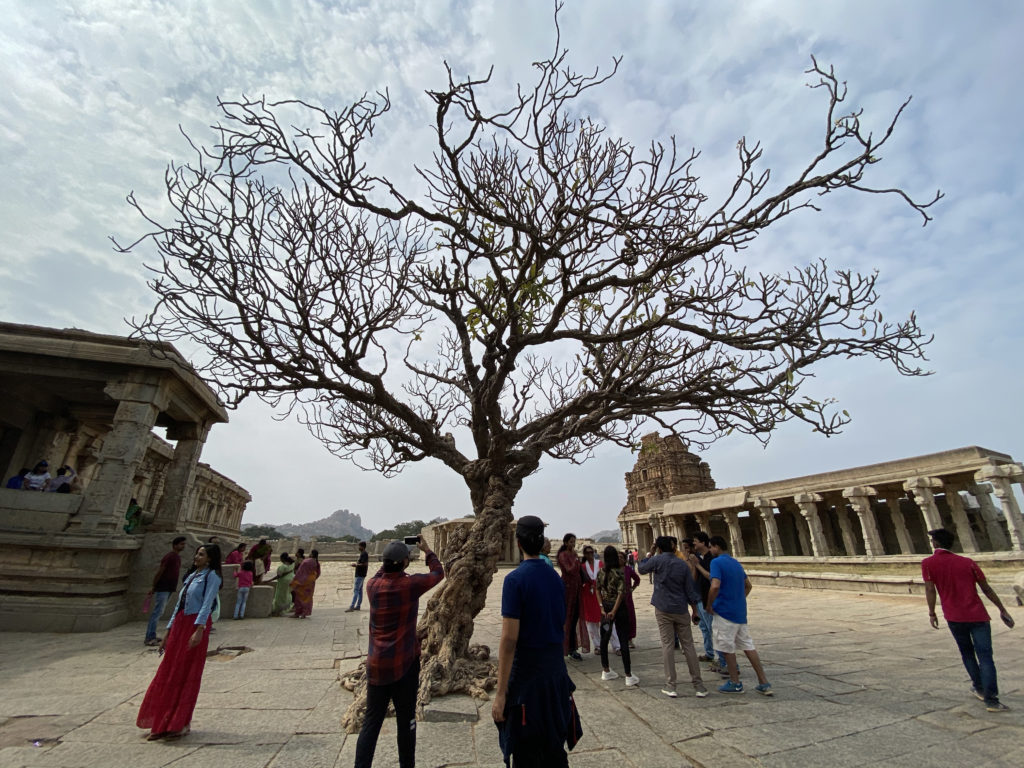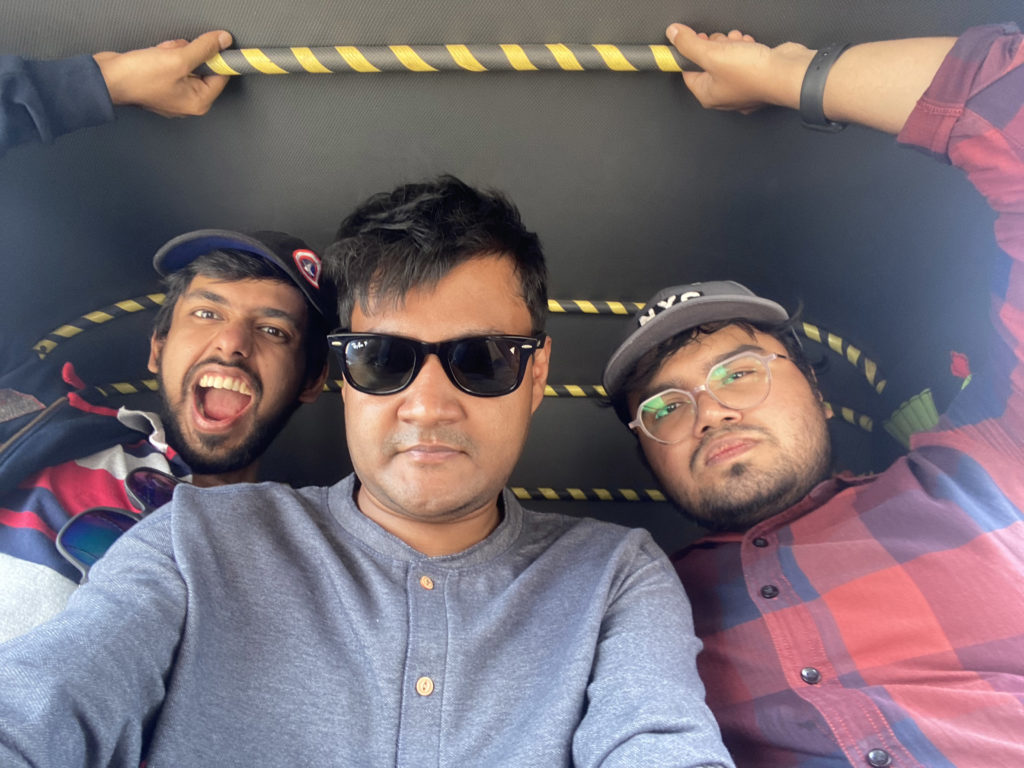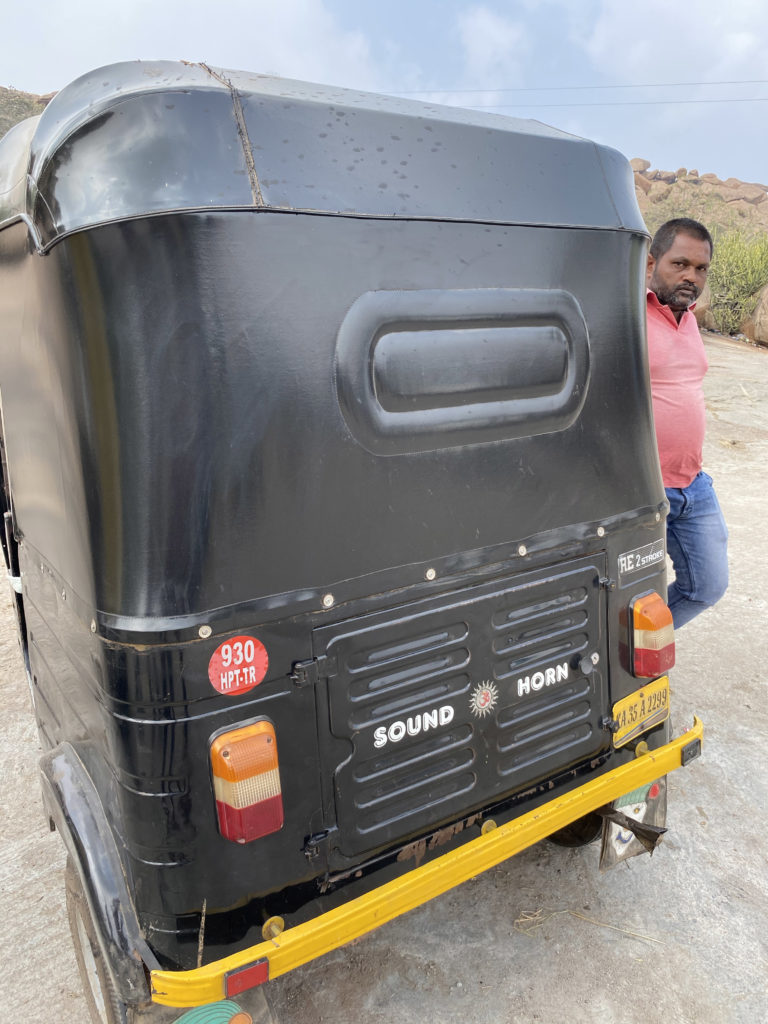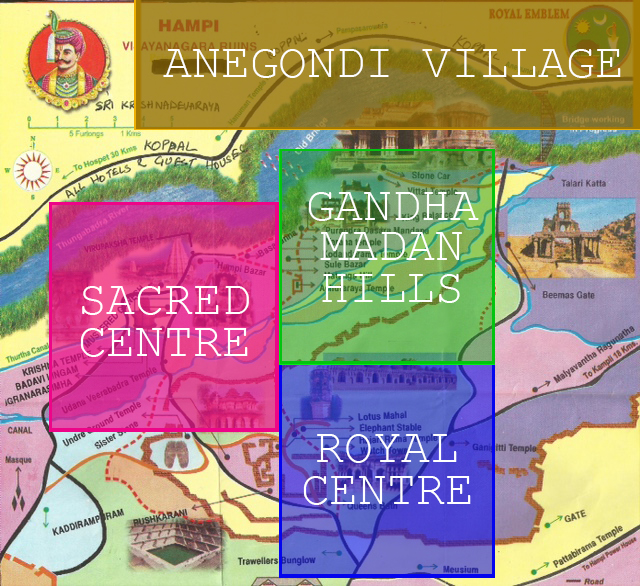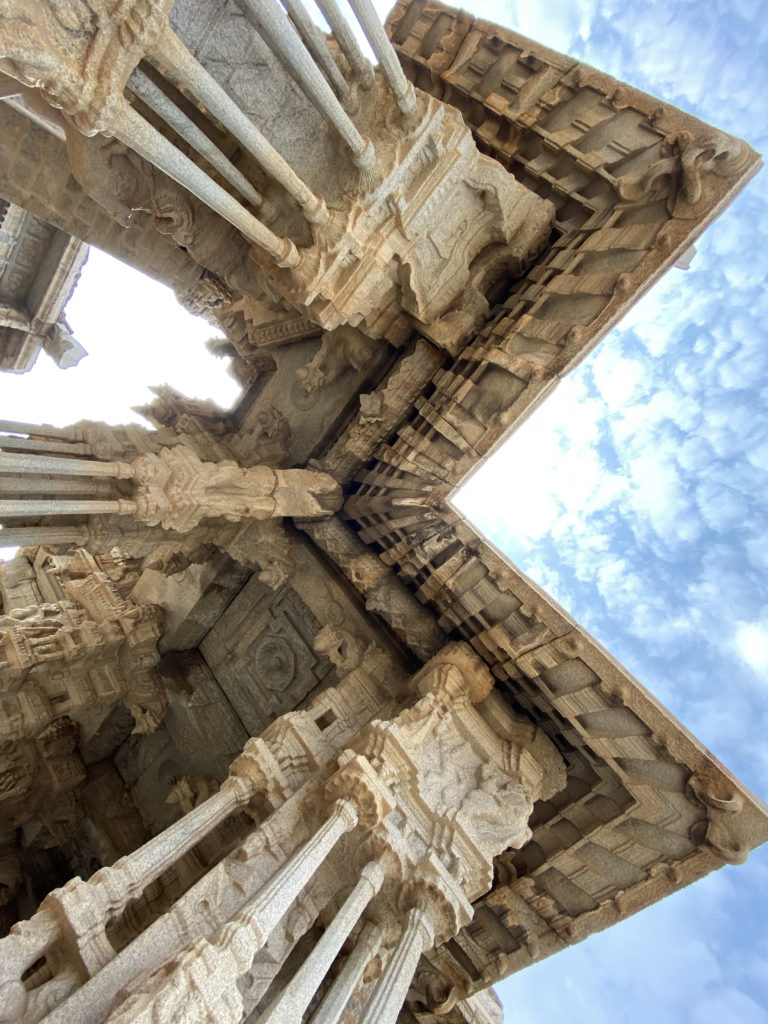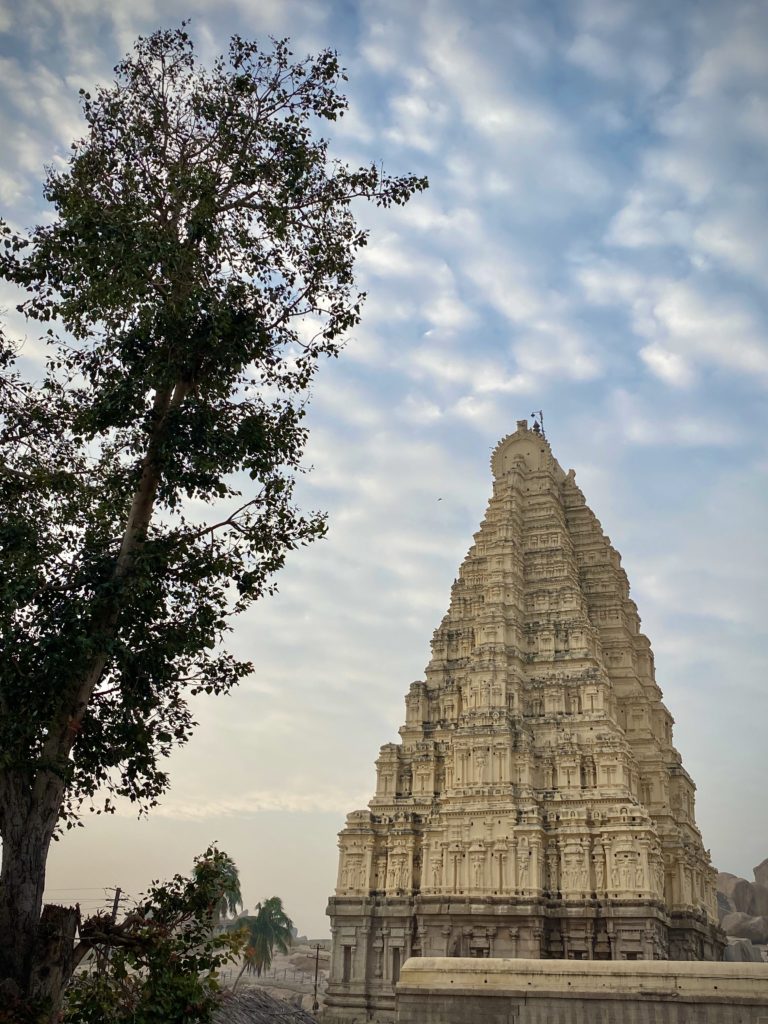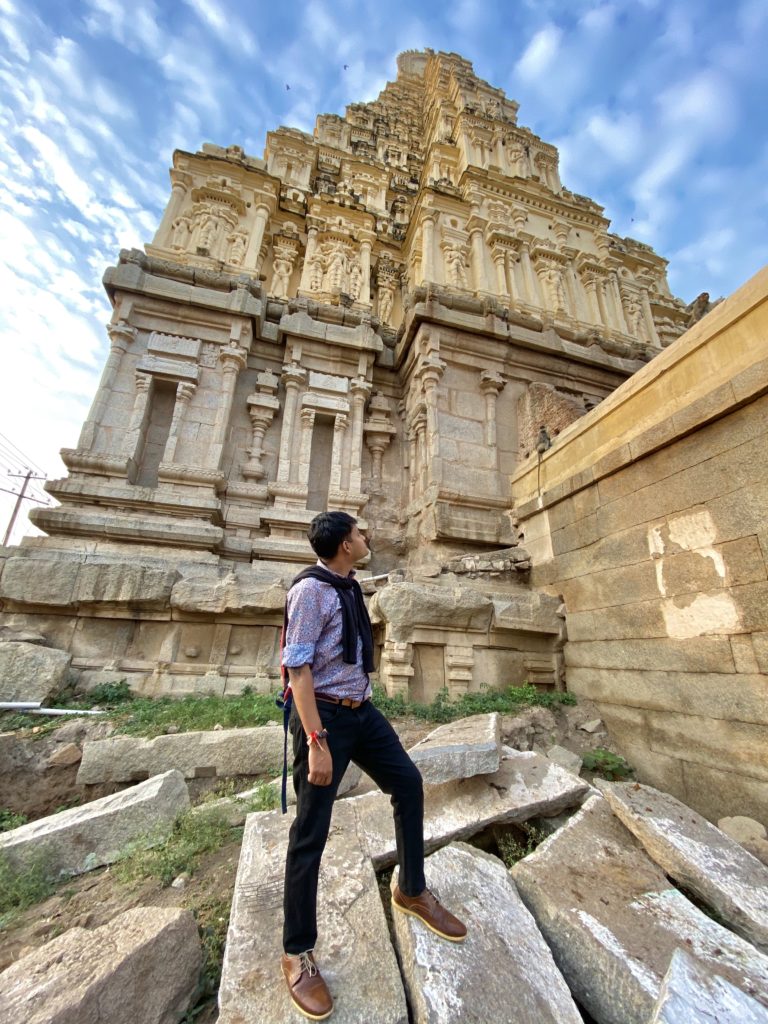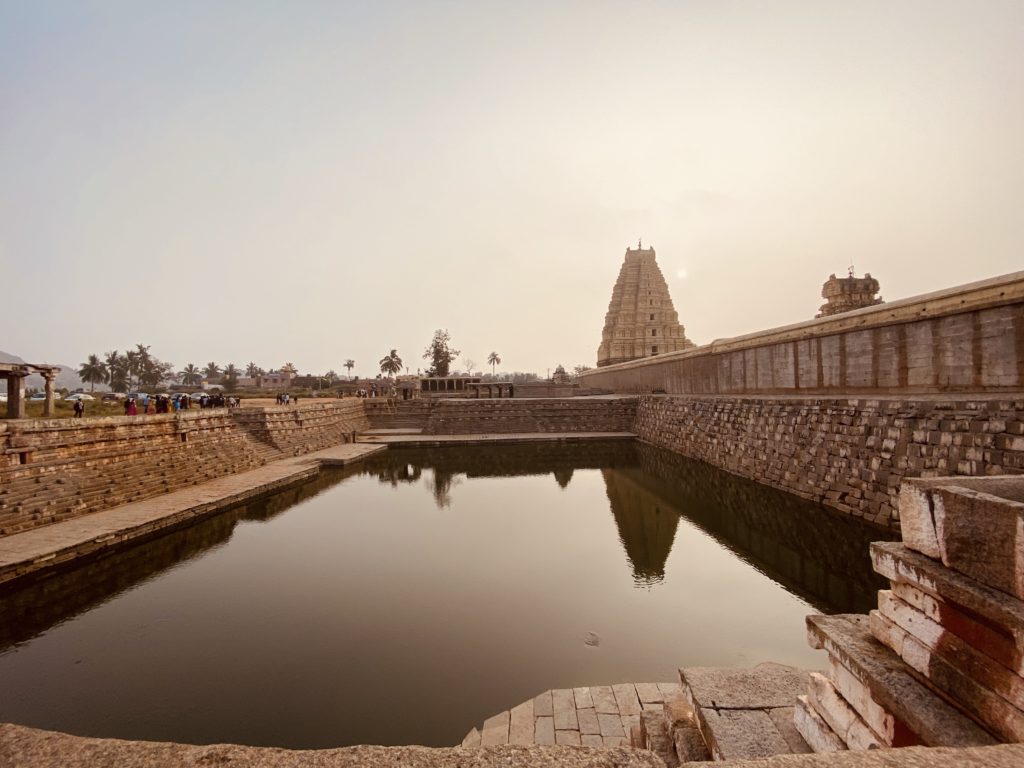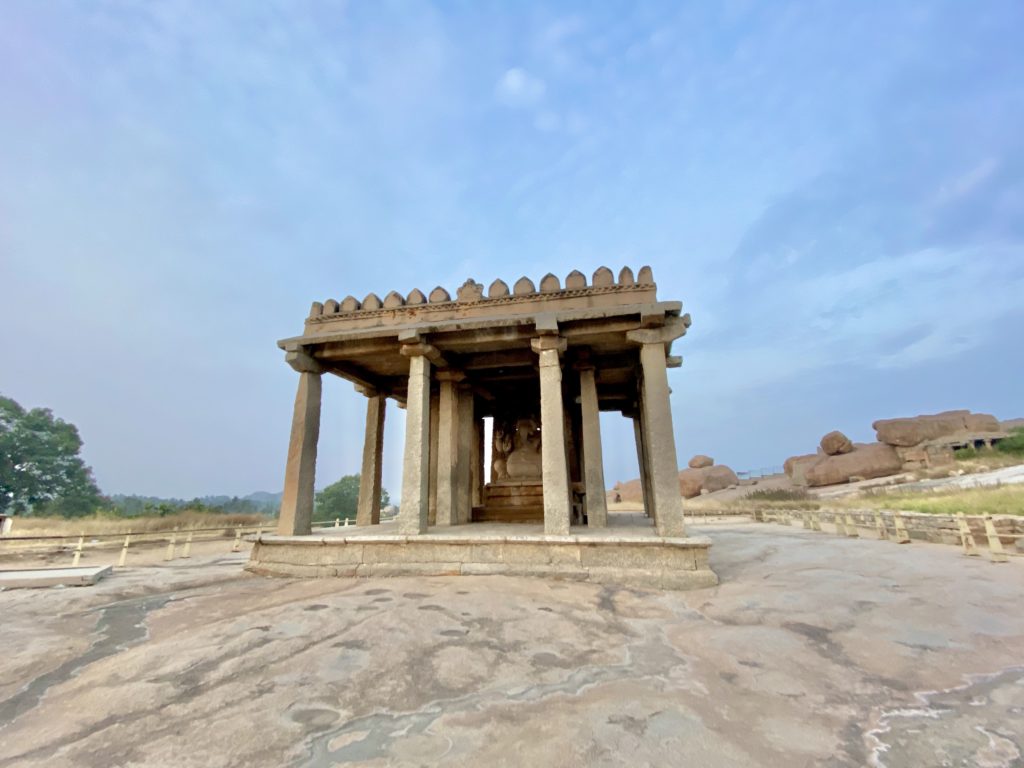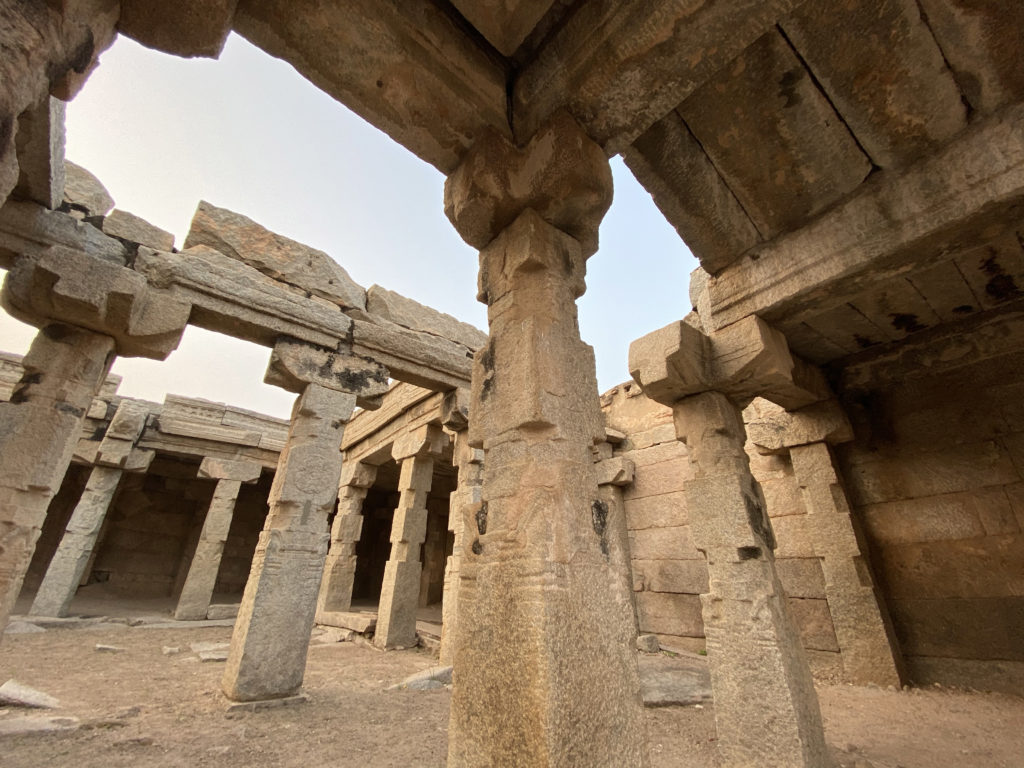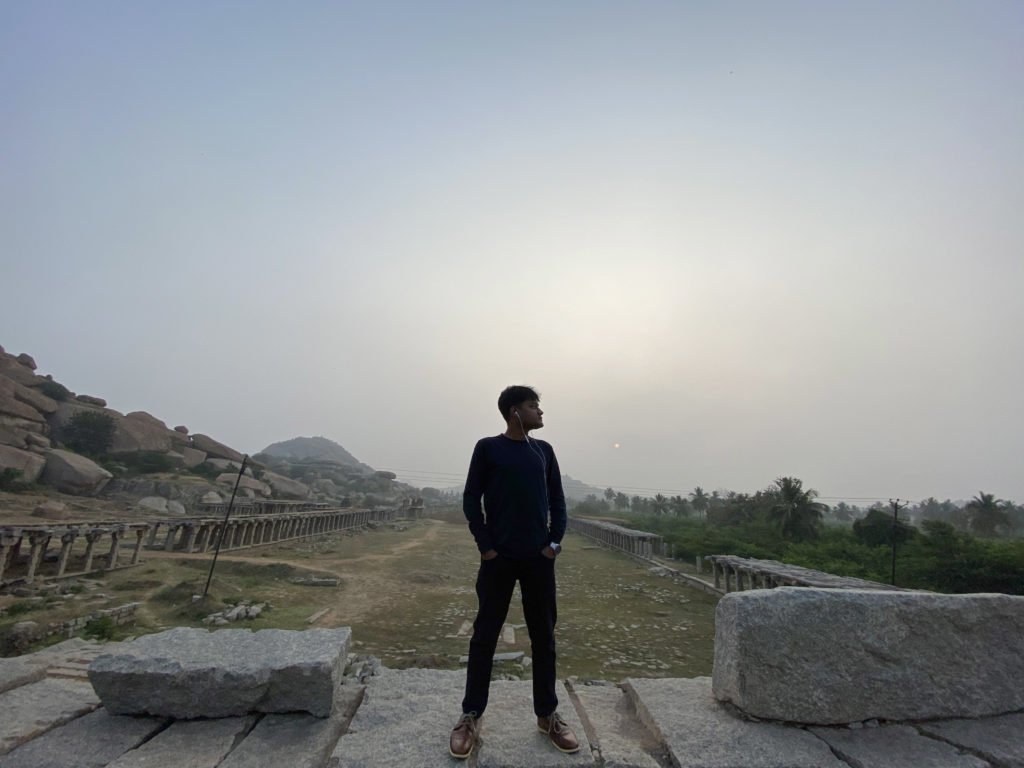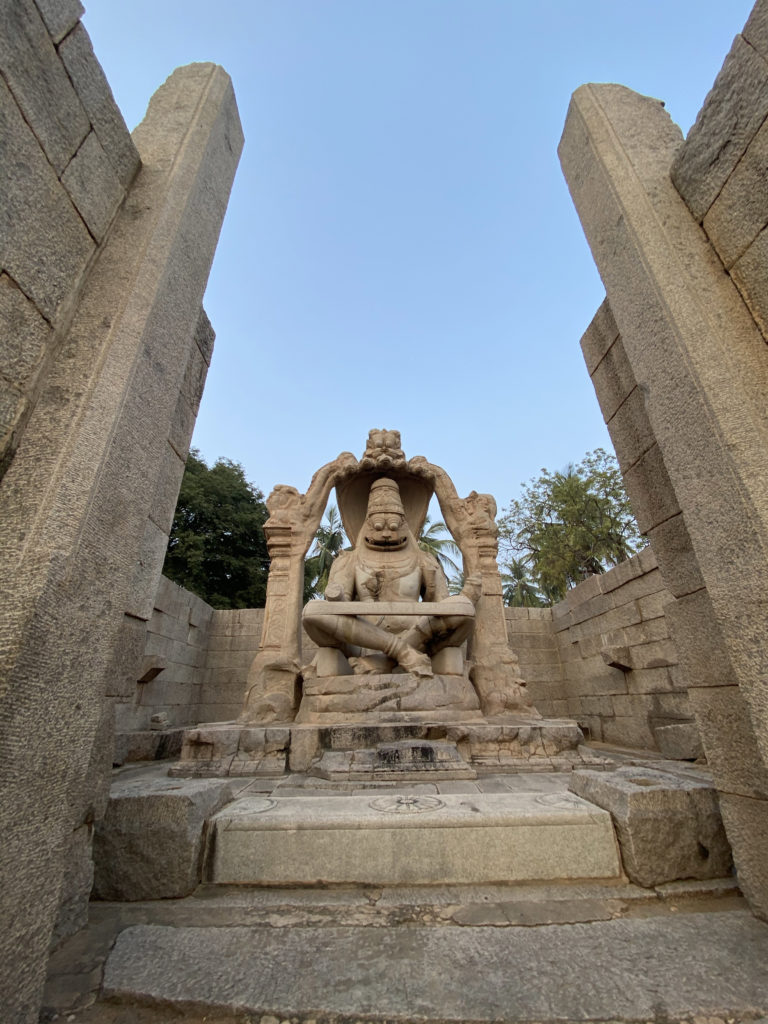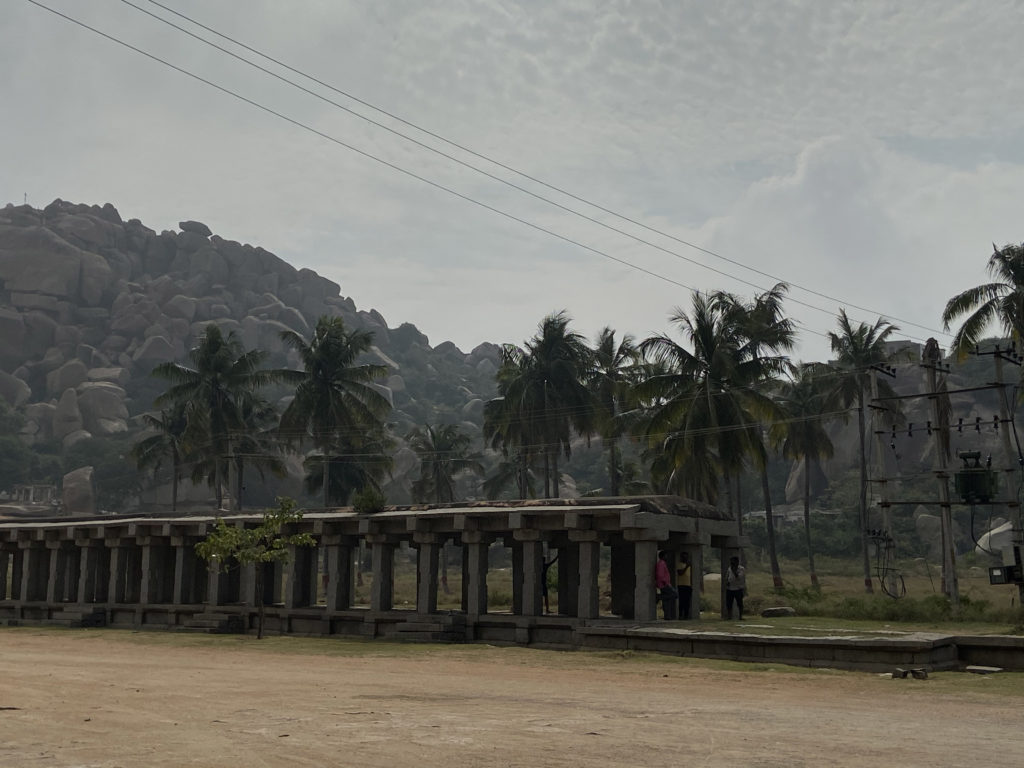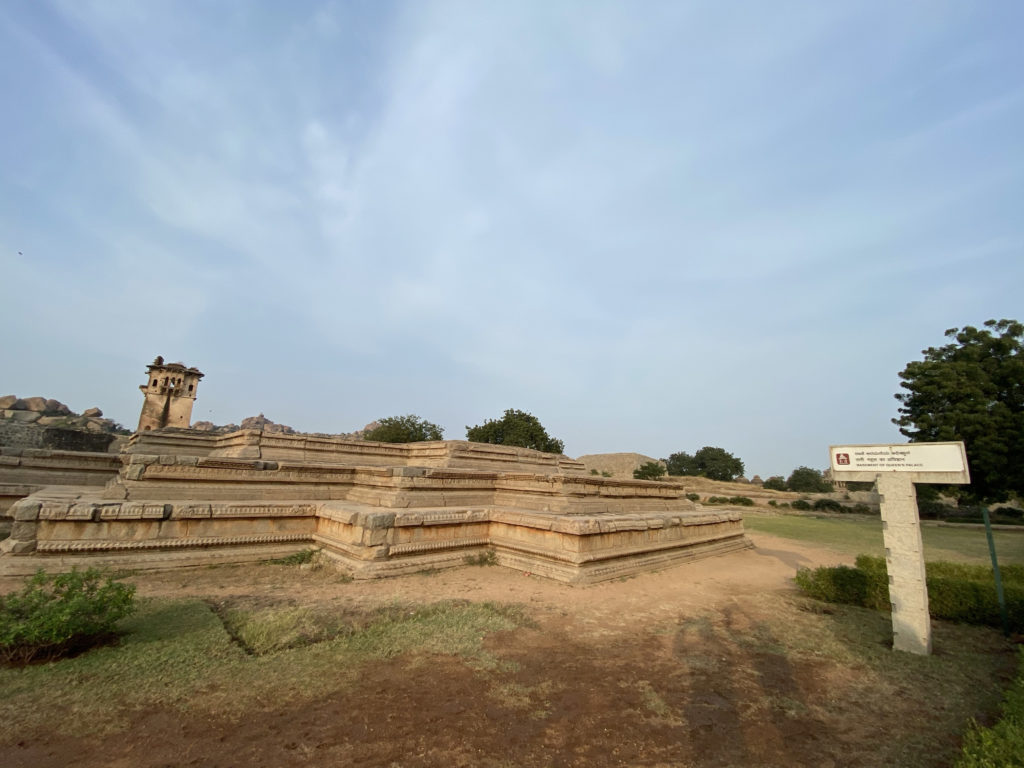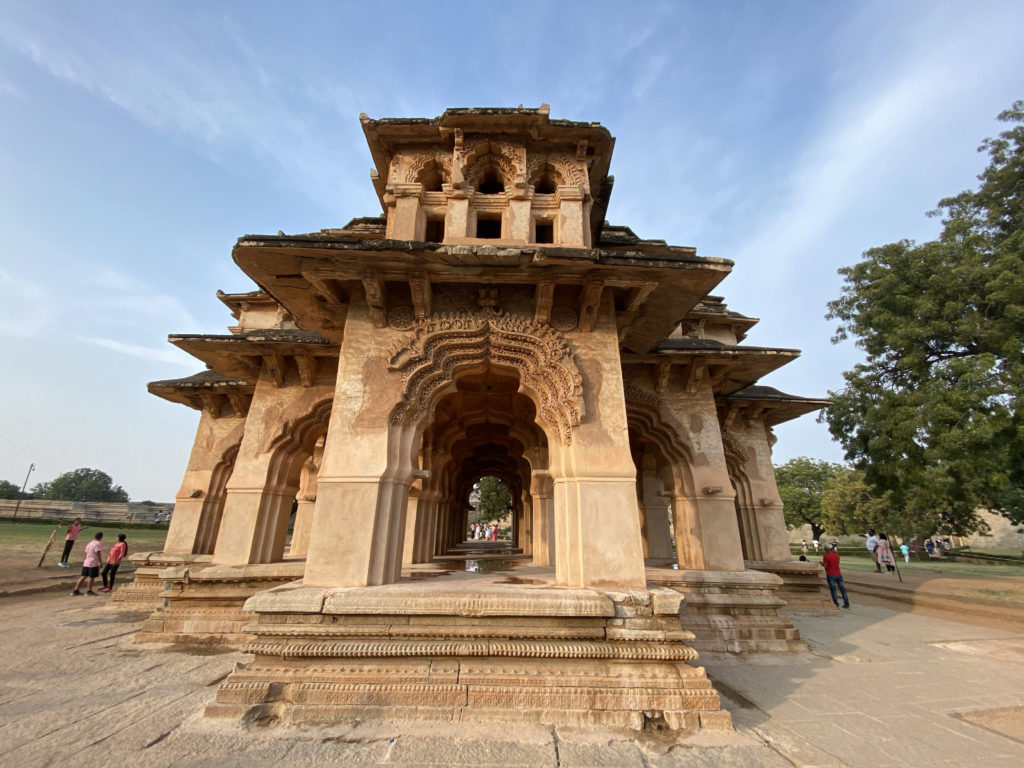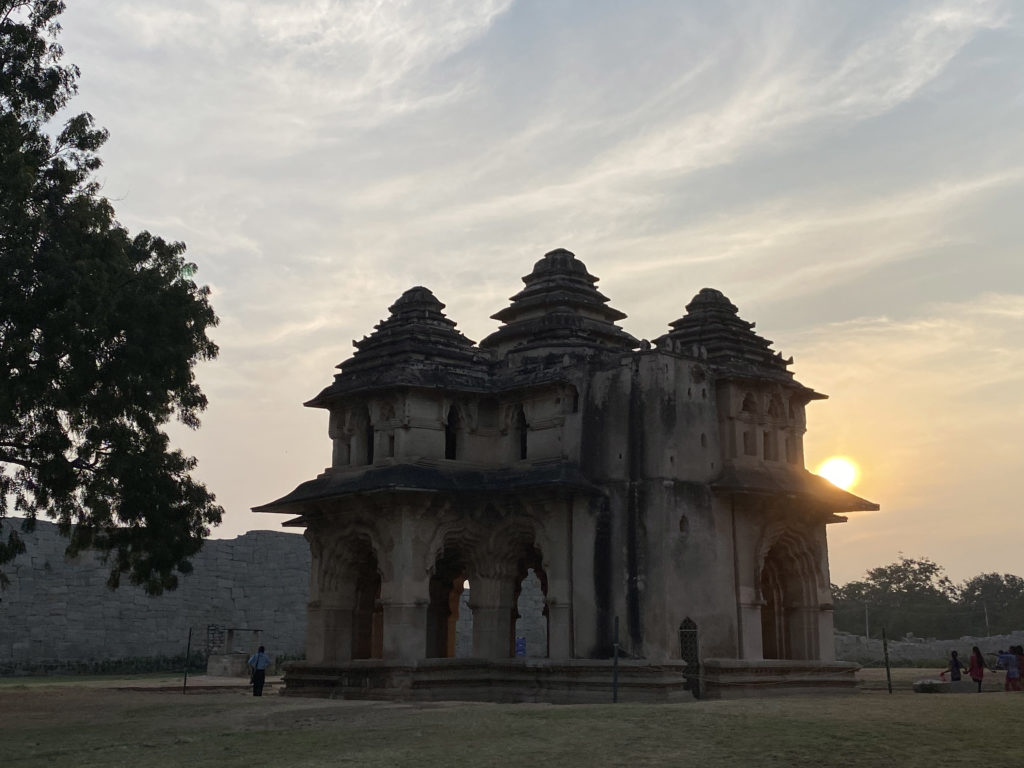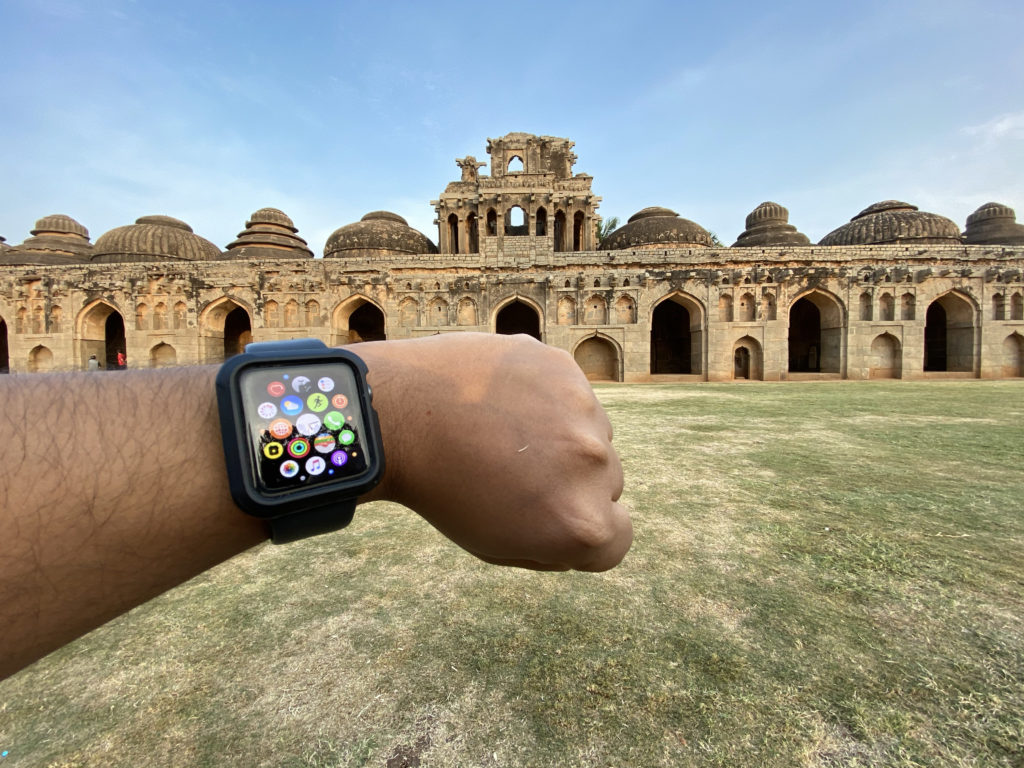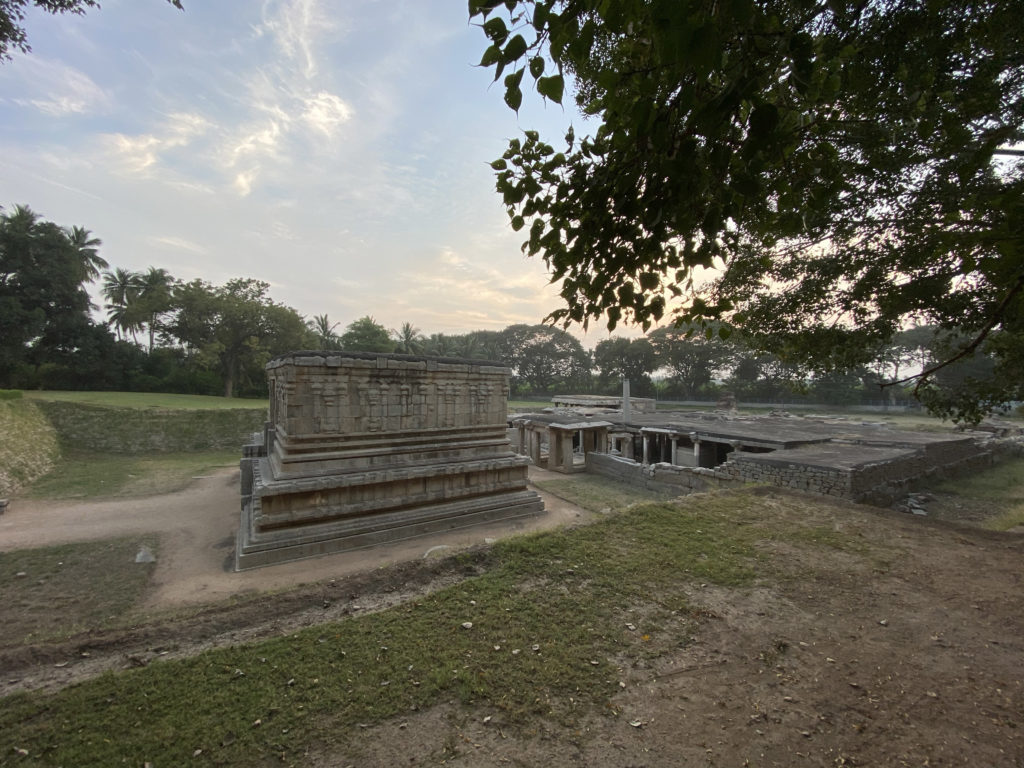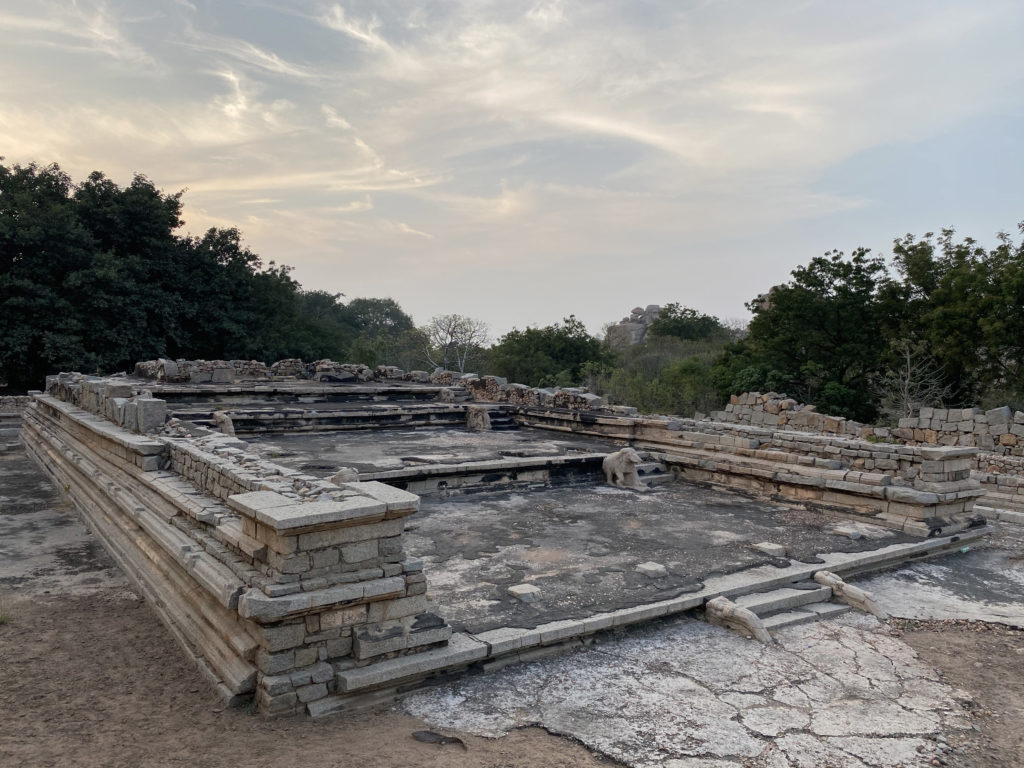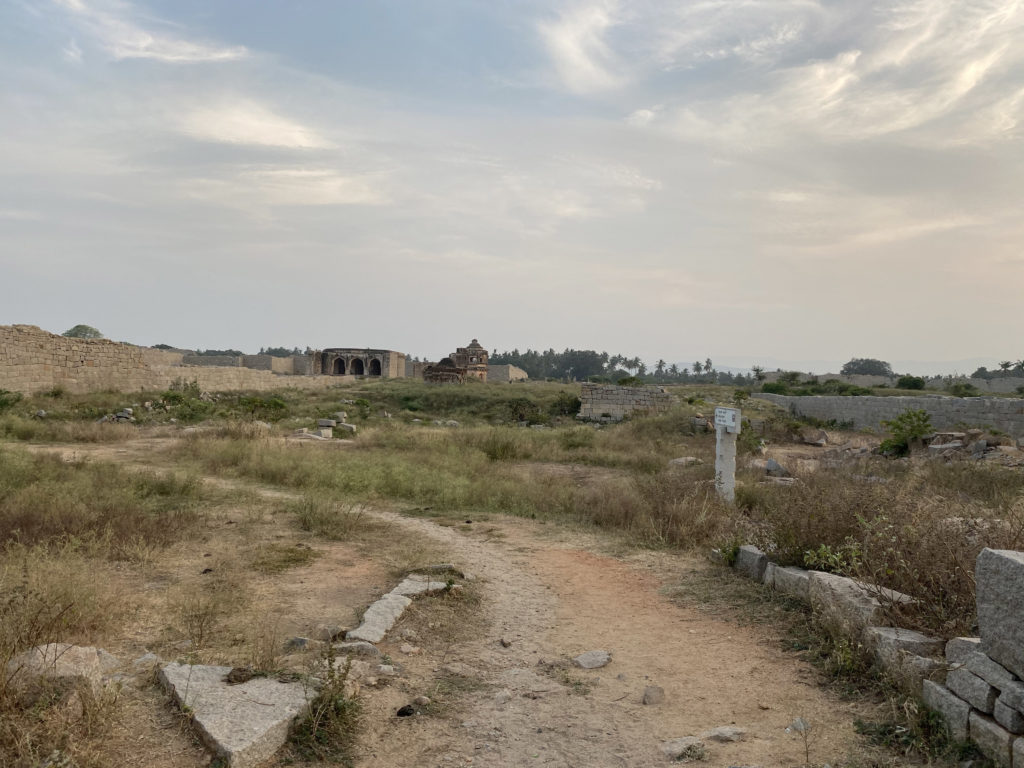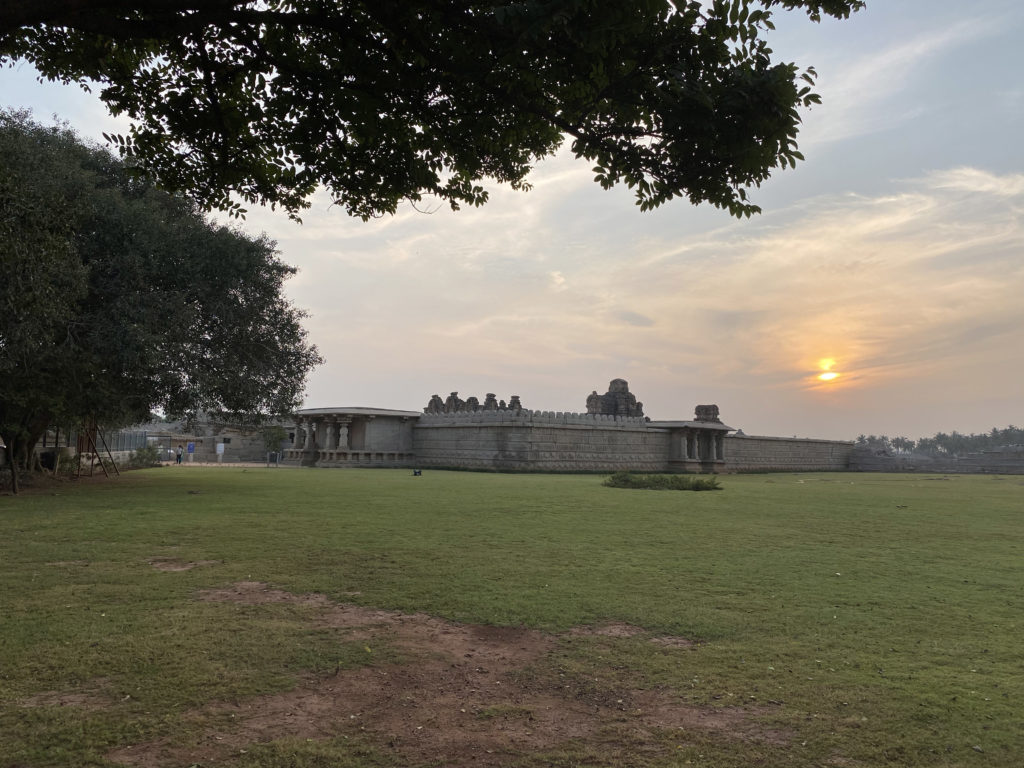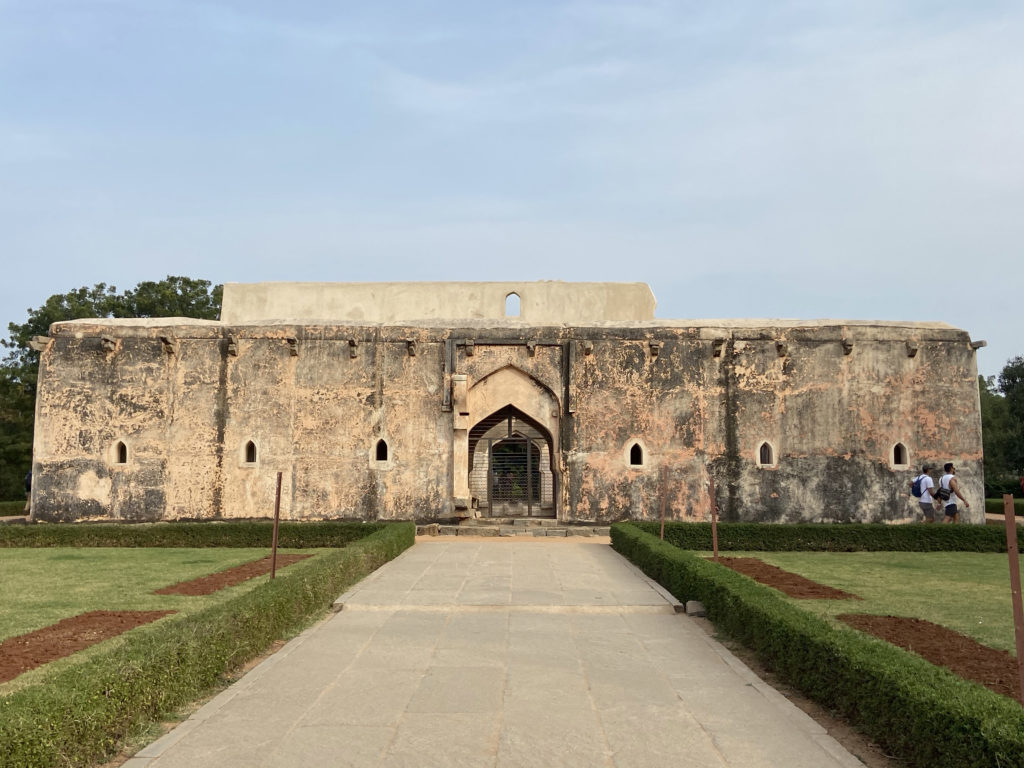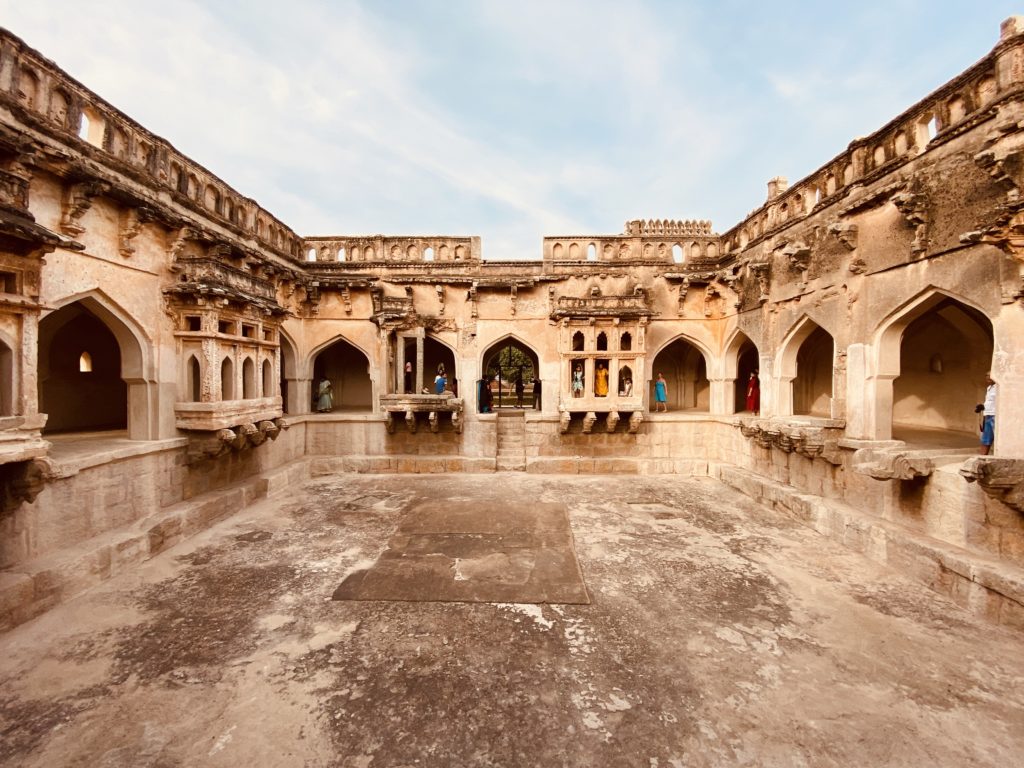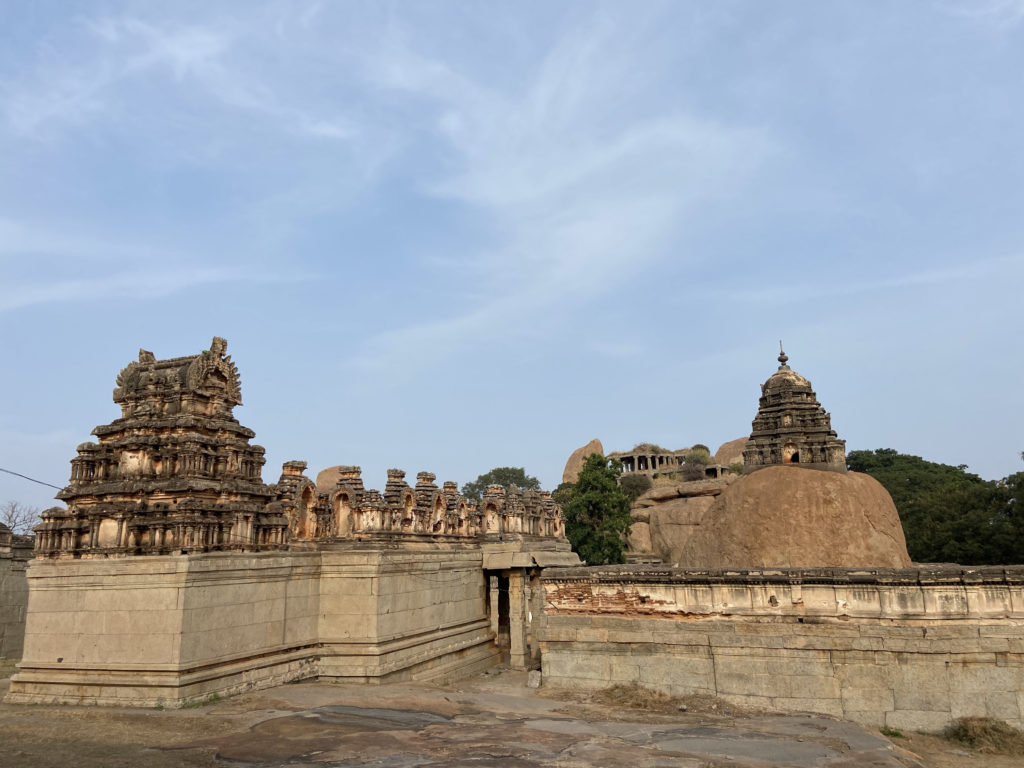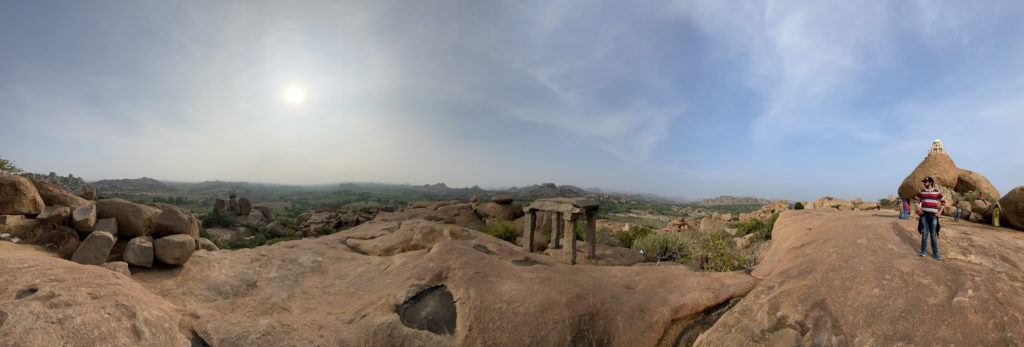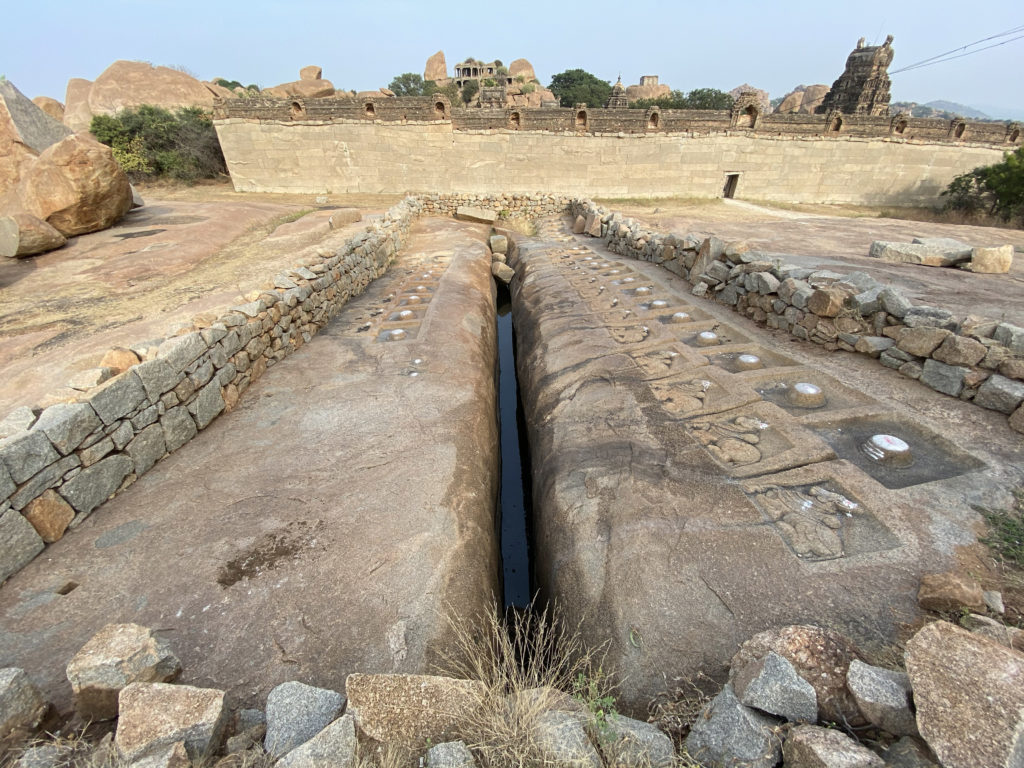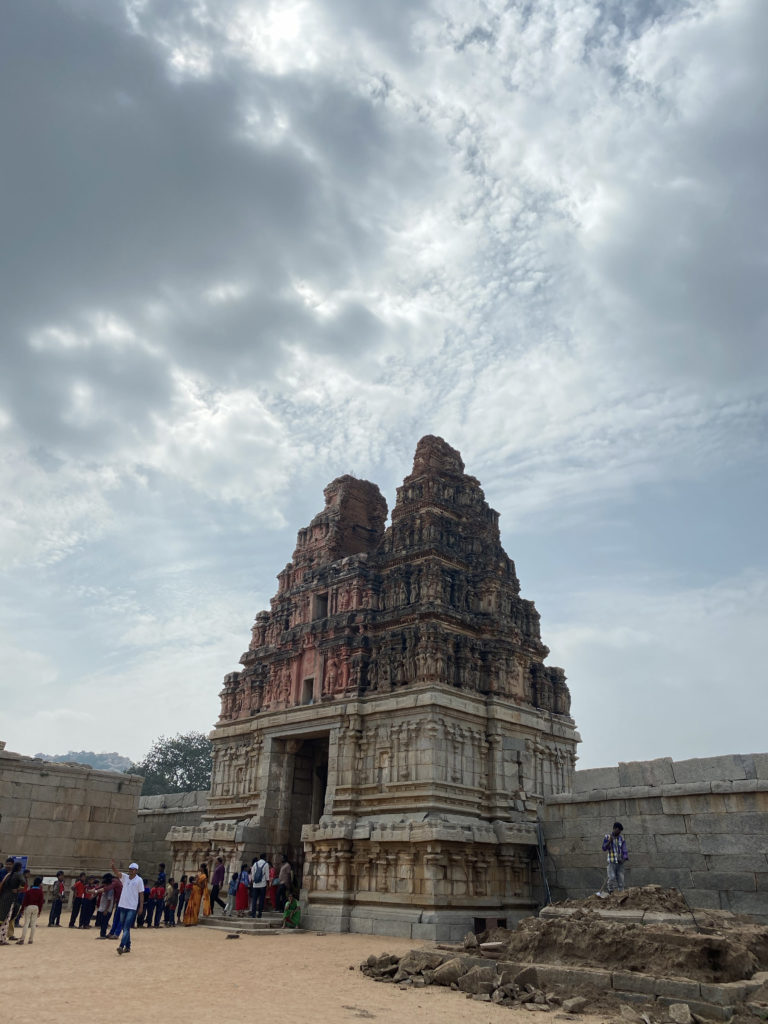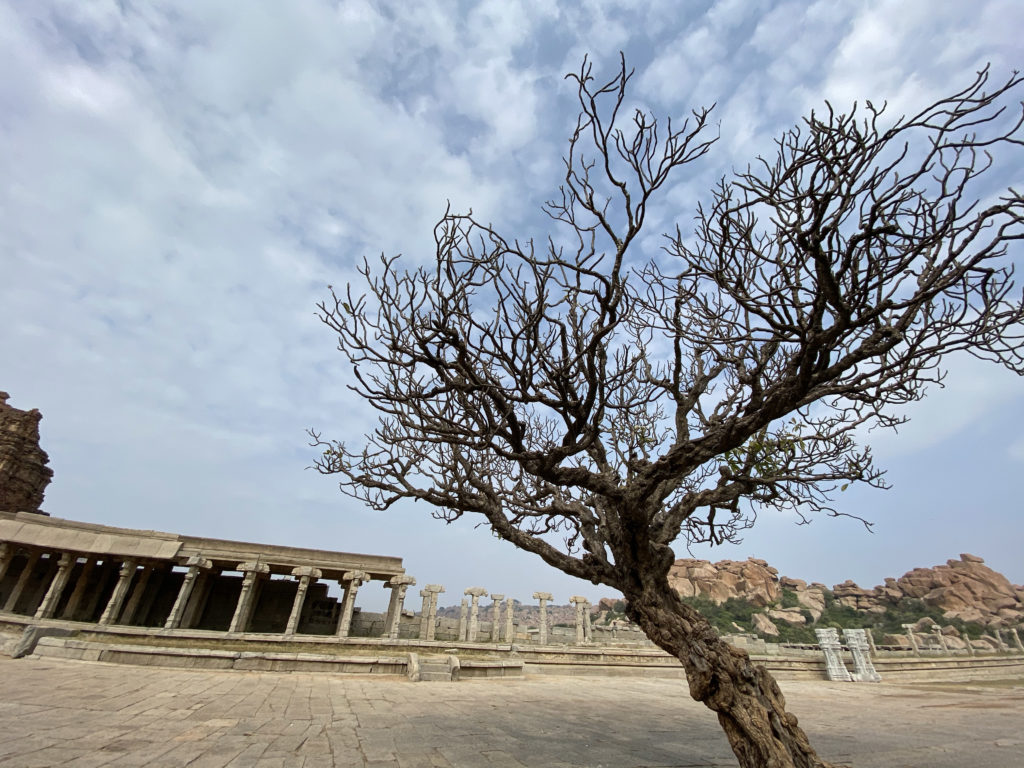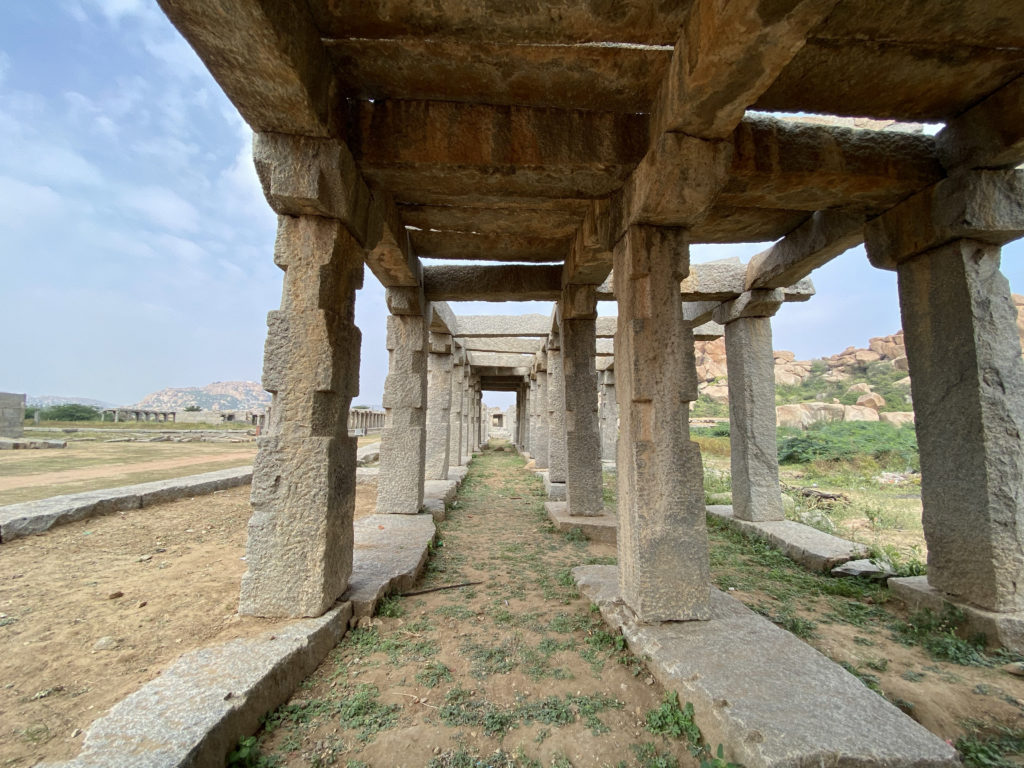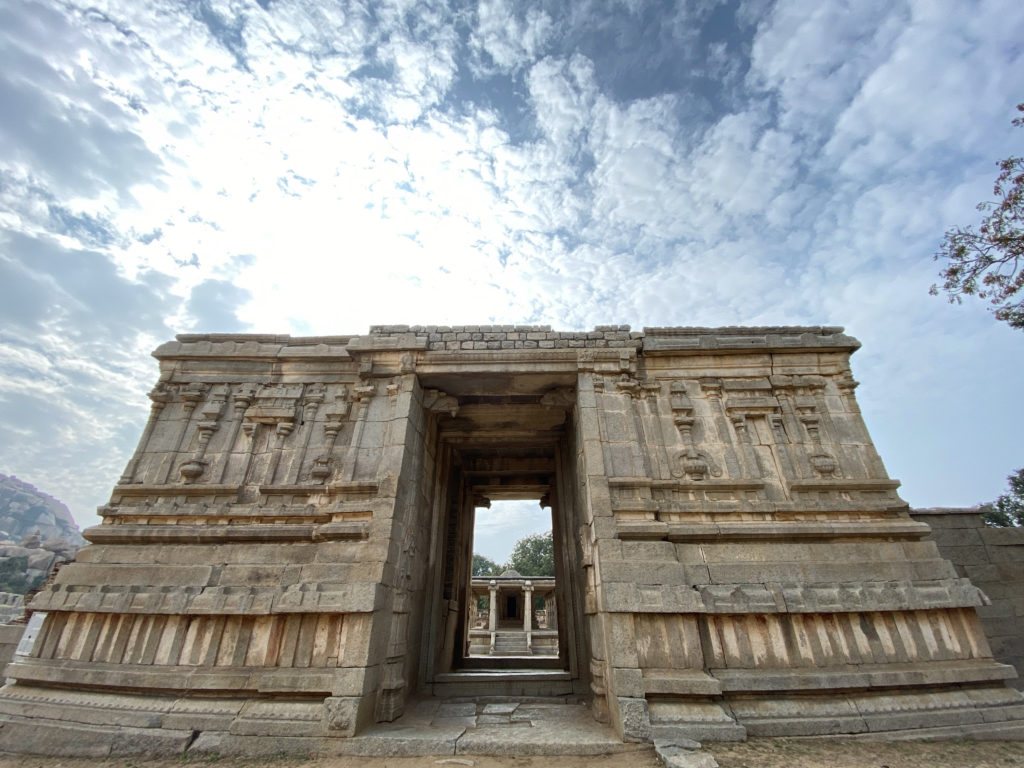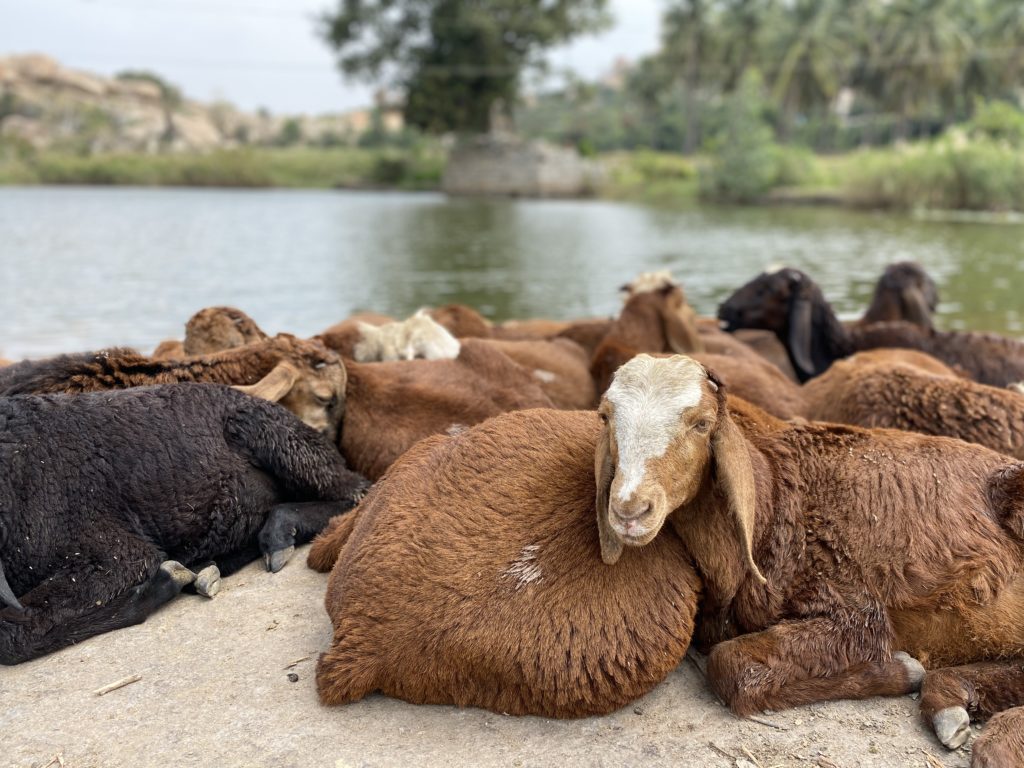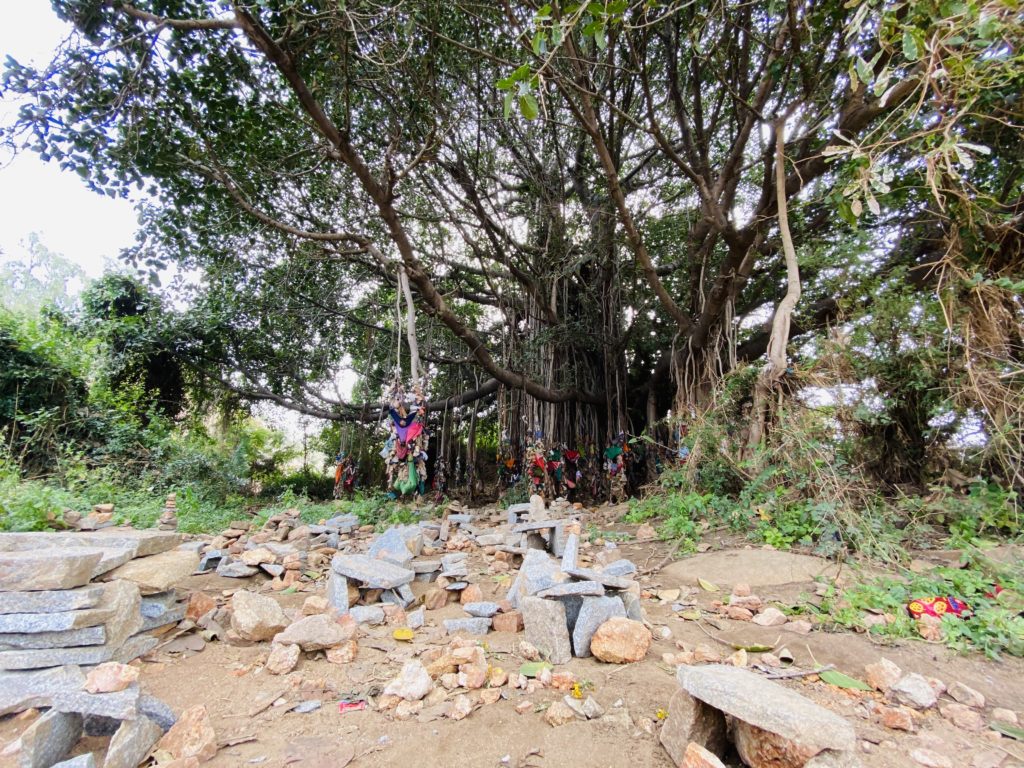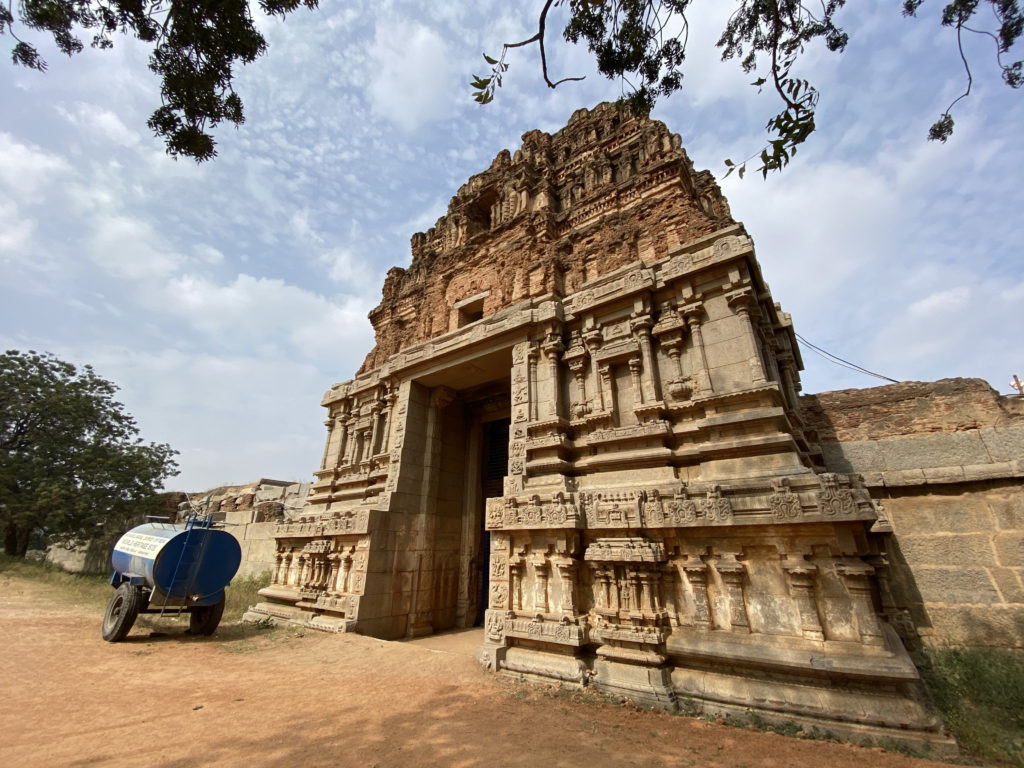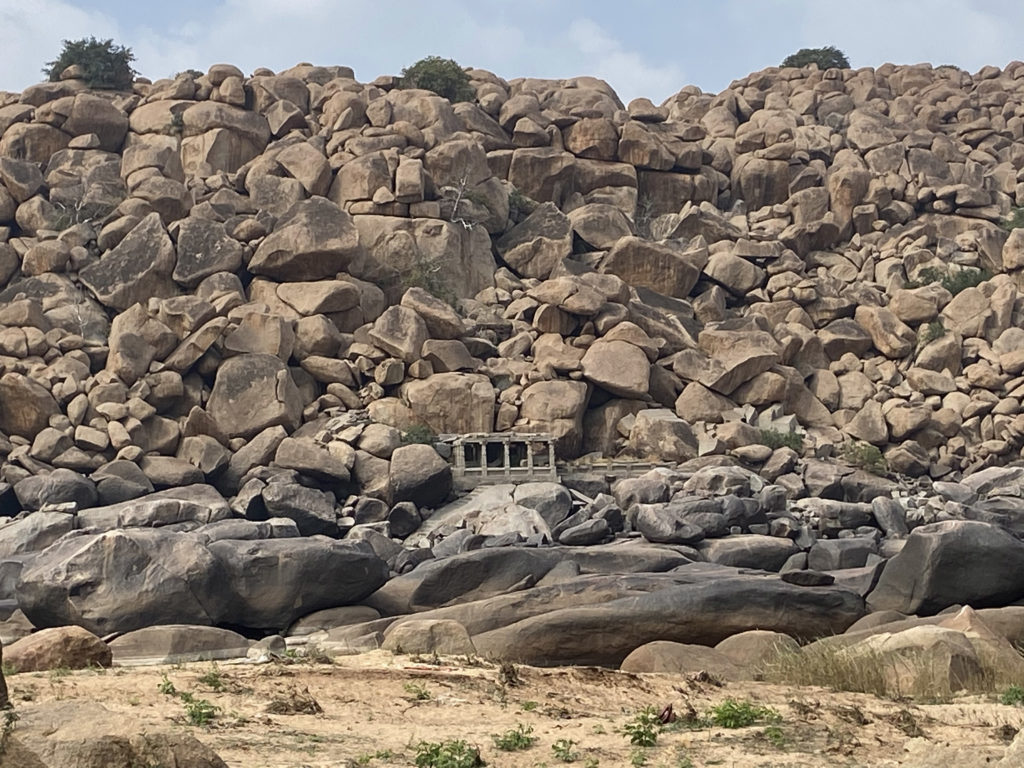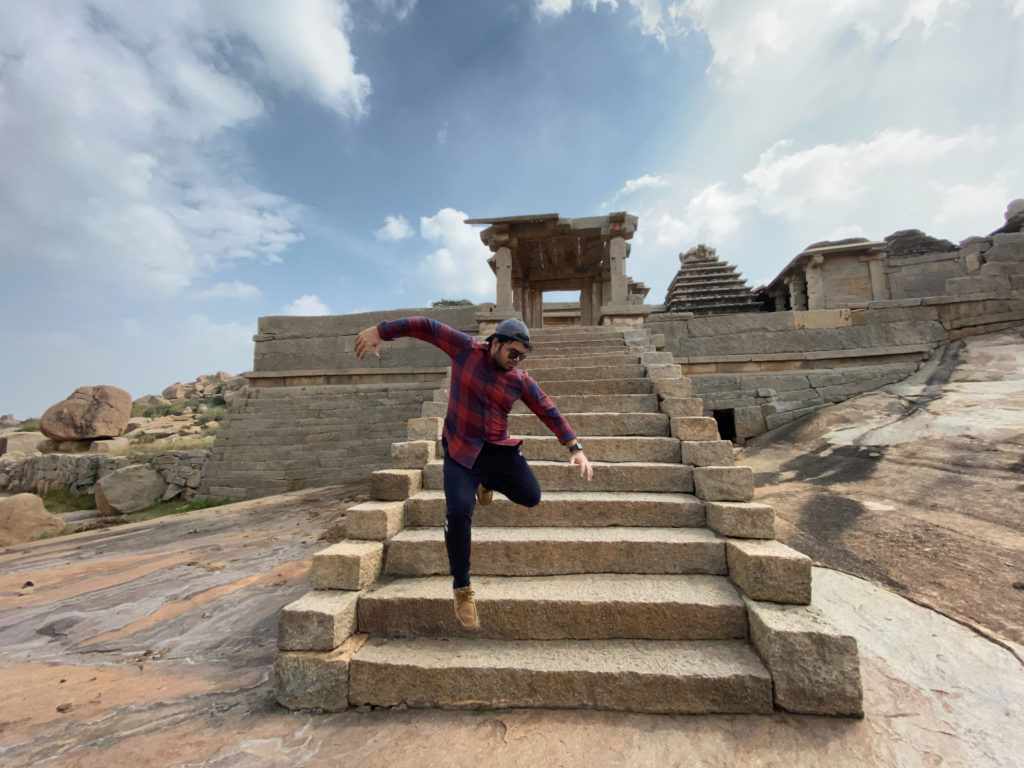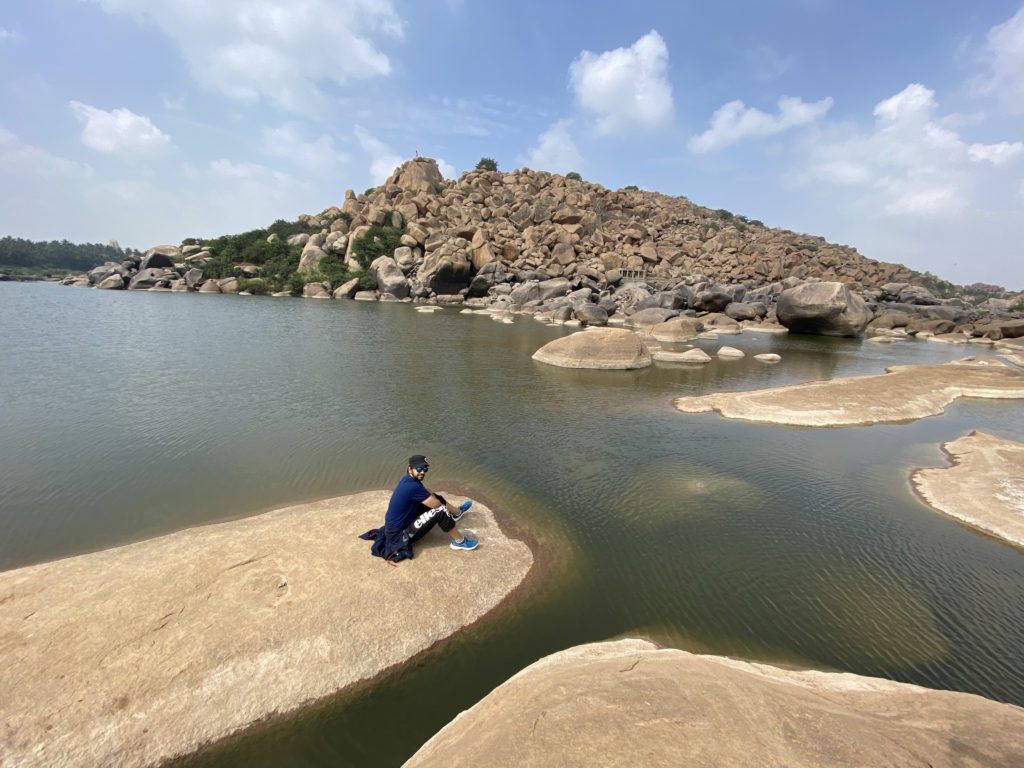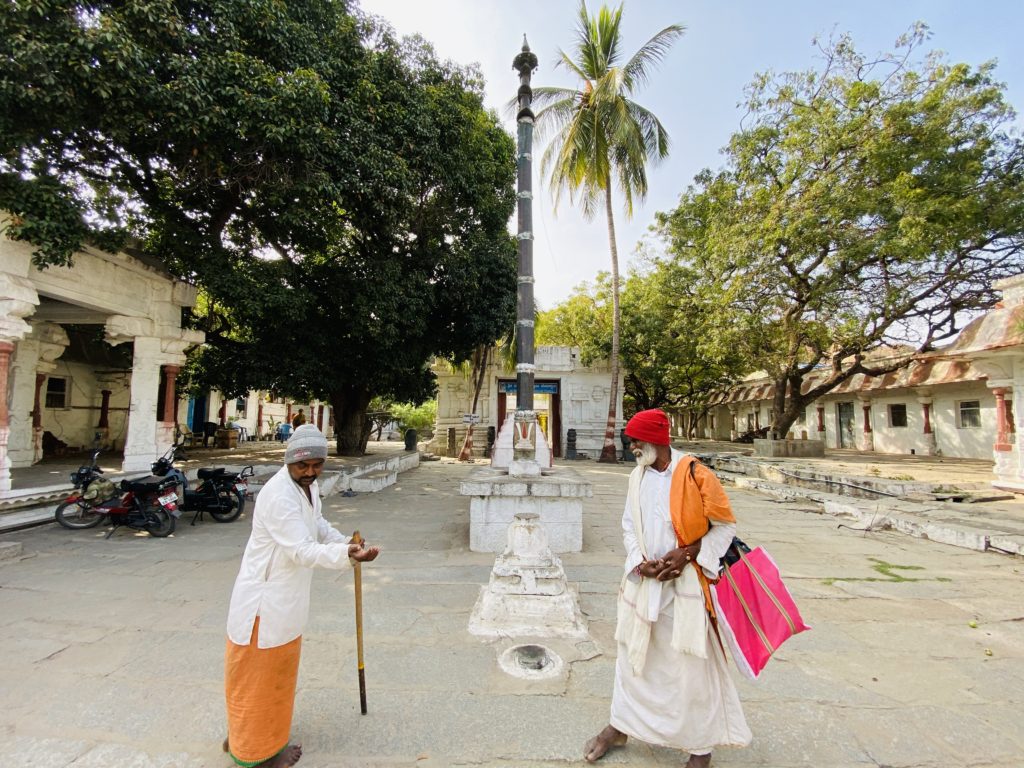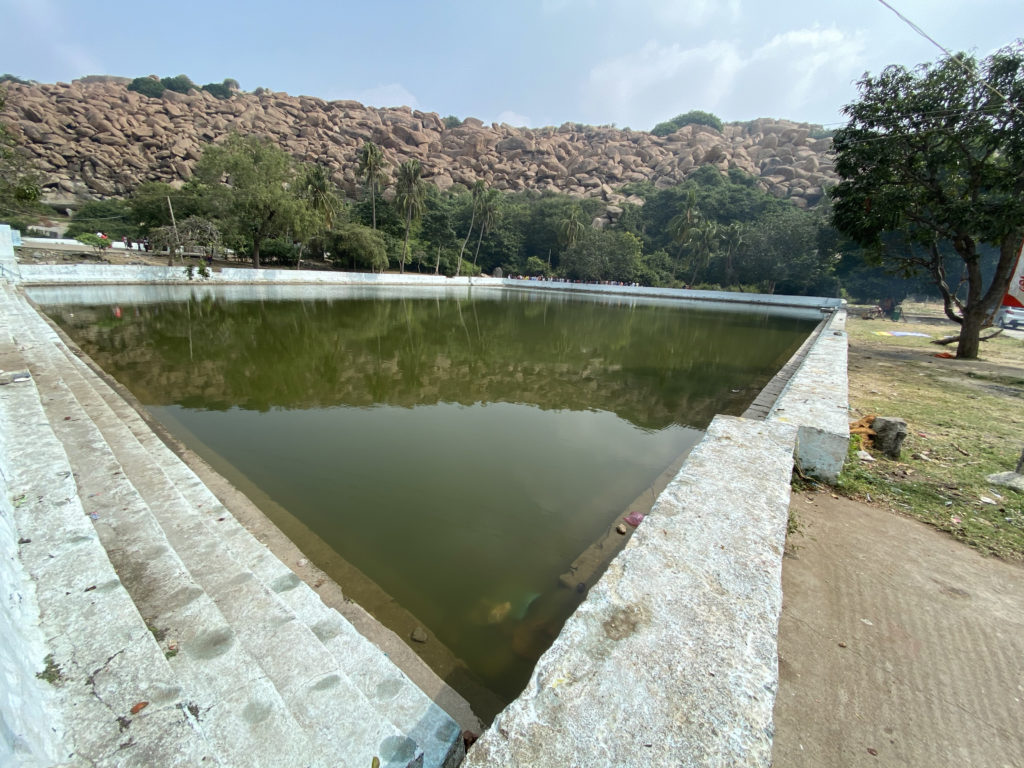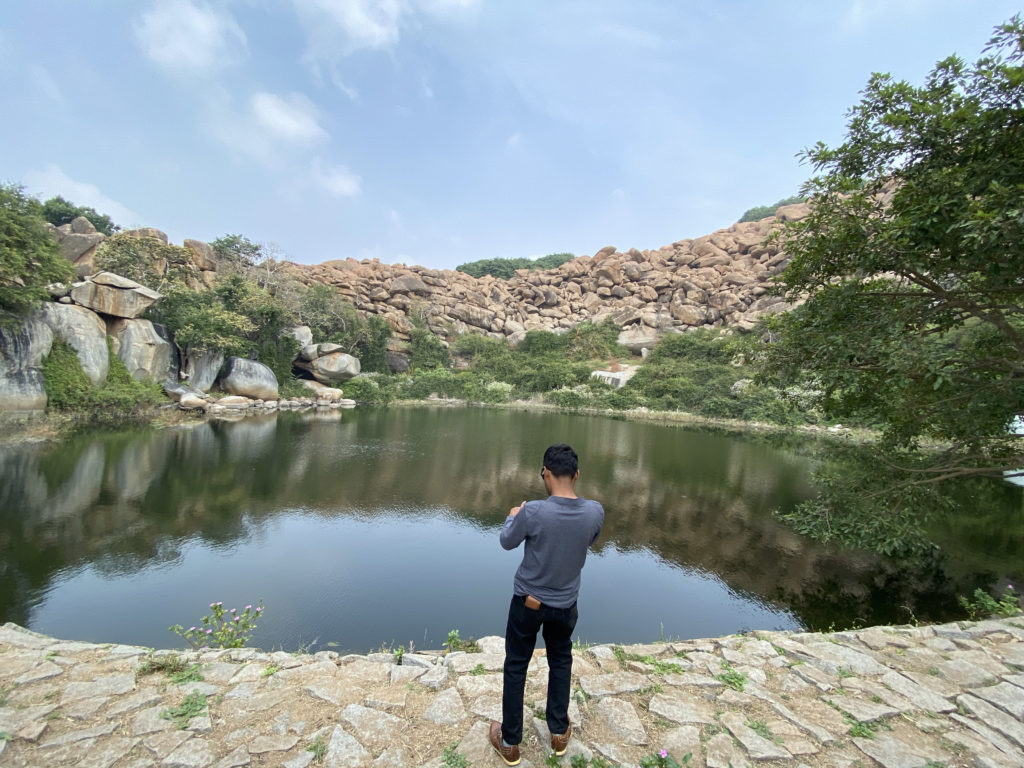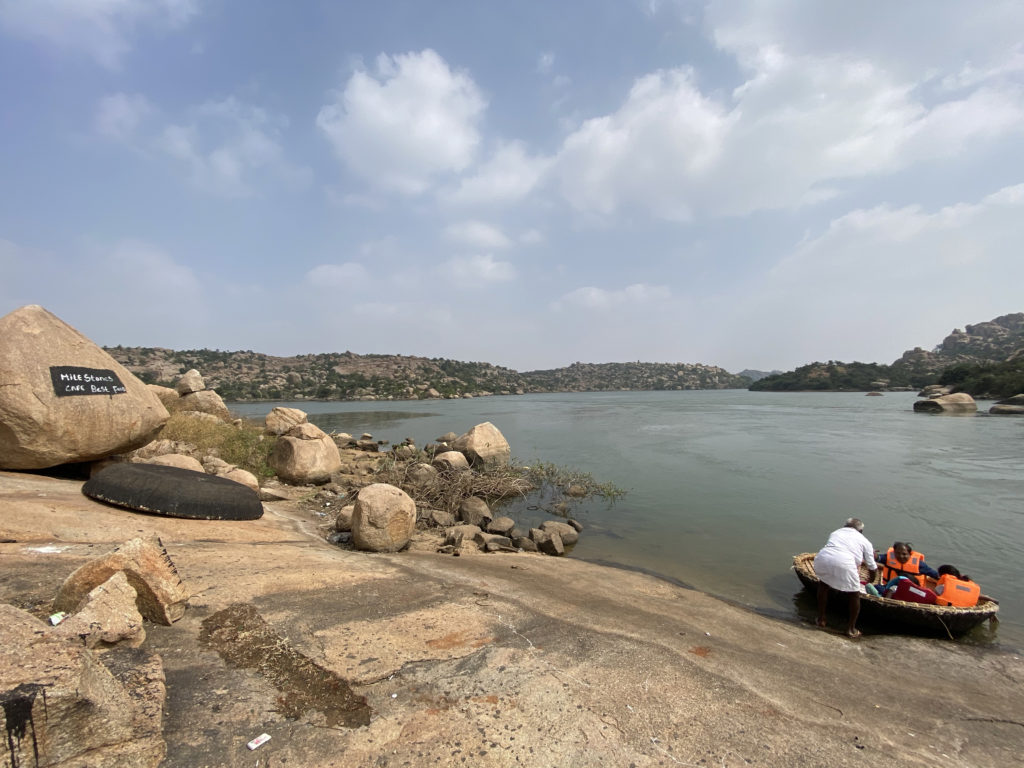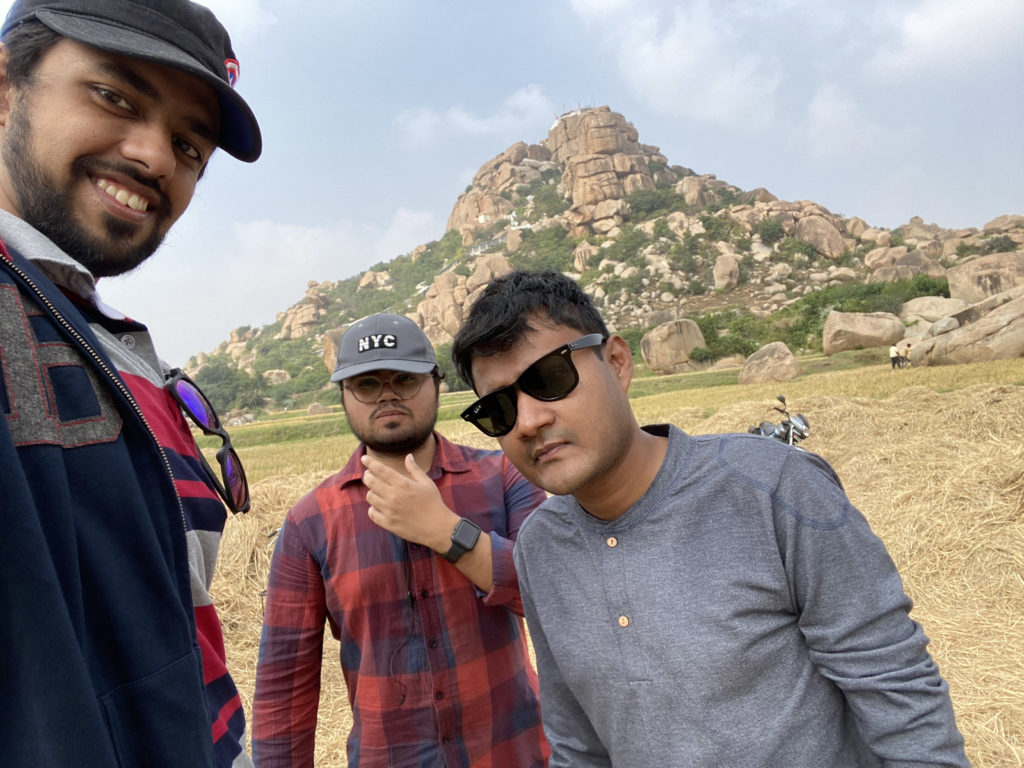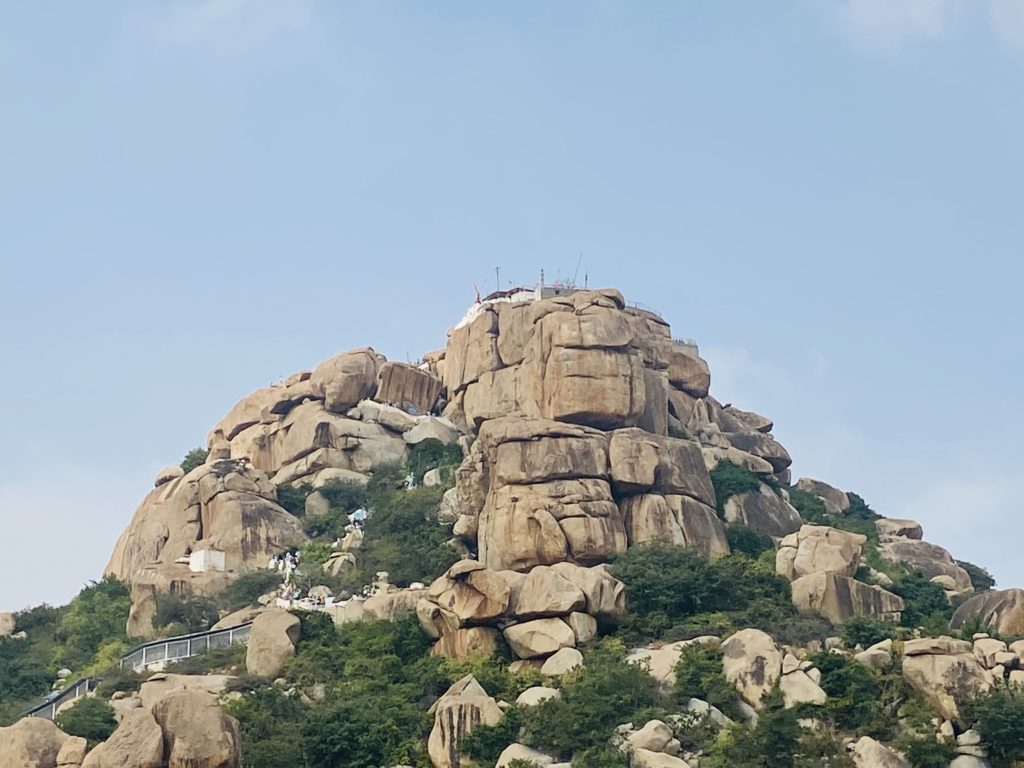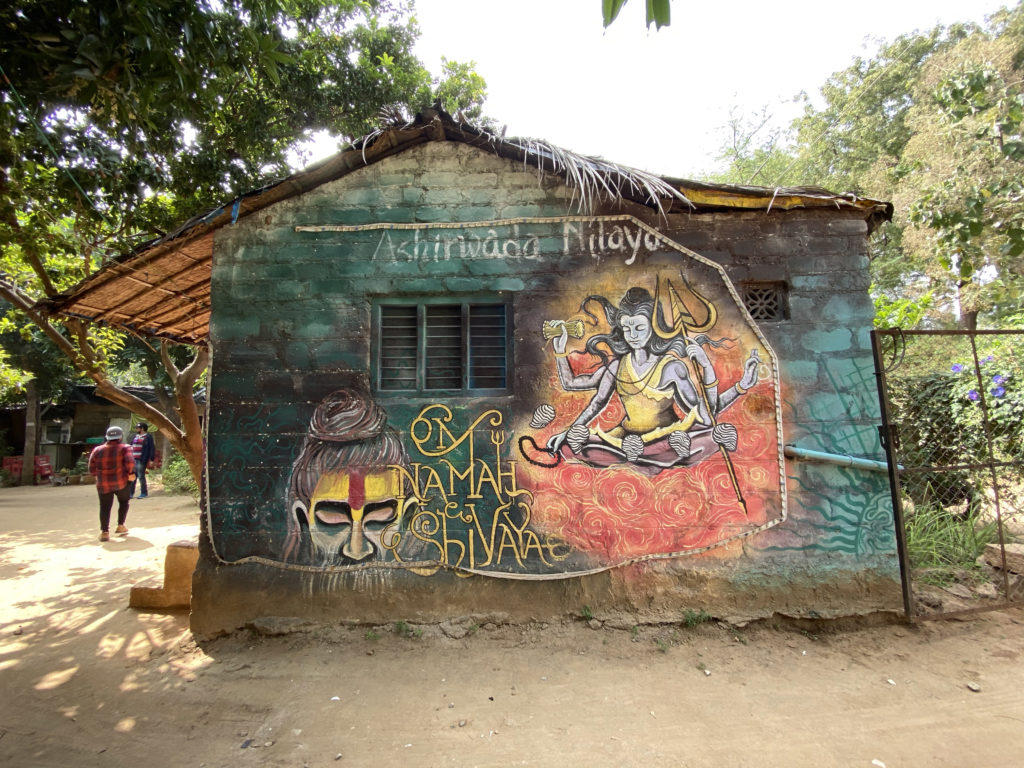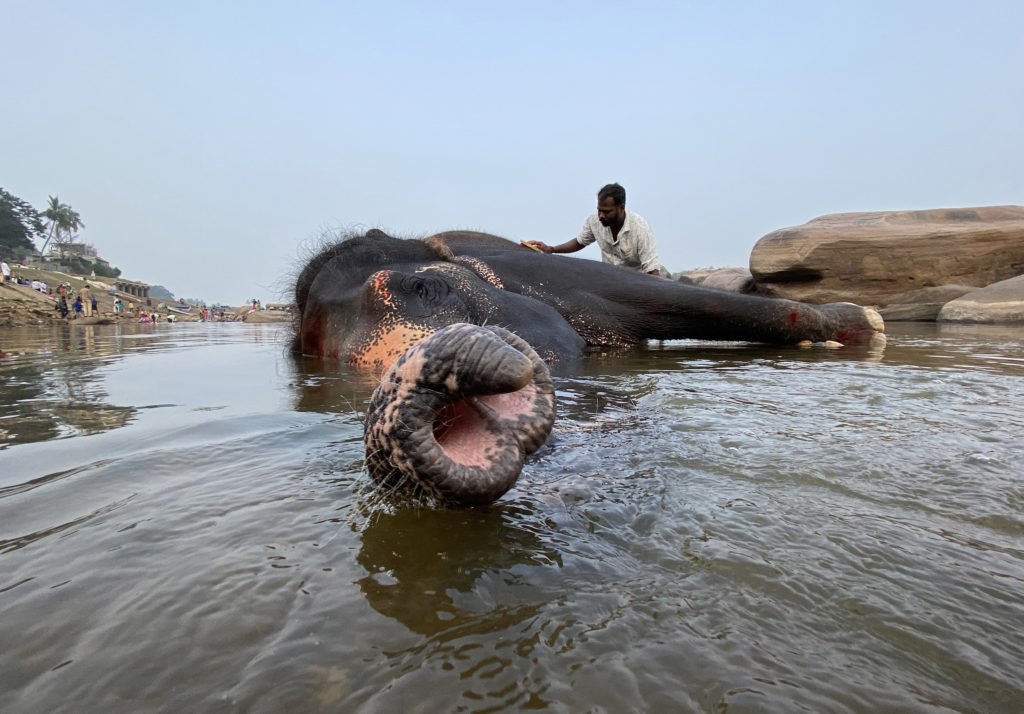Prologue
Spontaneous trips often turn out to be the most memorable because they don’t allow for overthinking. This was the case with a trip to Ooty in Tamil Nadu during the peak summer of 2024. My work commitments required me to fly down to Bengaluru for a week, coinciding with election dates falling on a Friday. Such an unprecedented coincidence naturally meant making the most out of the long weekend. Hence, our impromptu plan began to take shape, ultimately leading us to settle on a trip to Ooty, driven by the desire to escape the 35-degree heat of Bengaluru. Although time was limited, we were determined to make the most of our getaway.
Journey Onward
We made reservations through Redbus for the MMK A/C bus travels on April 17th, 2024 (Thursday). Each ticket was priced at 1915 INR per person. The scheduled pickup time was 10 PM sharp at Marathahalli Kalamandir. However, we encountered severe traffic on the way and were only able to board the bus at 10:10 PM, facing verbal rebuke from the driver who had been waiting from 9:45 PM. To make matters worse, we discovered that the air conditioning system had malfunctioned, making the unbearable heat even more uncomfortable.
Our relief came when we reached Electronic City, where the bus waited for a good 30 minutes for the mechanic to arrive and fix the cooling system. During the journey, we were provided with a packet of chips, juice, and biscuits as refreshments. As dawn approached, our sleep was disrupted by the sharp turns and sudden jerks as the driver navigated through Coonoor. Finally, at 5:45 AM, we made a stop before entering Coonoor, at the Green Hills Family restaurant, to use the washrooms.
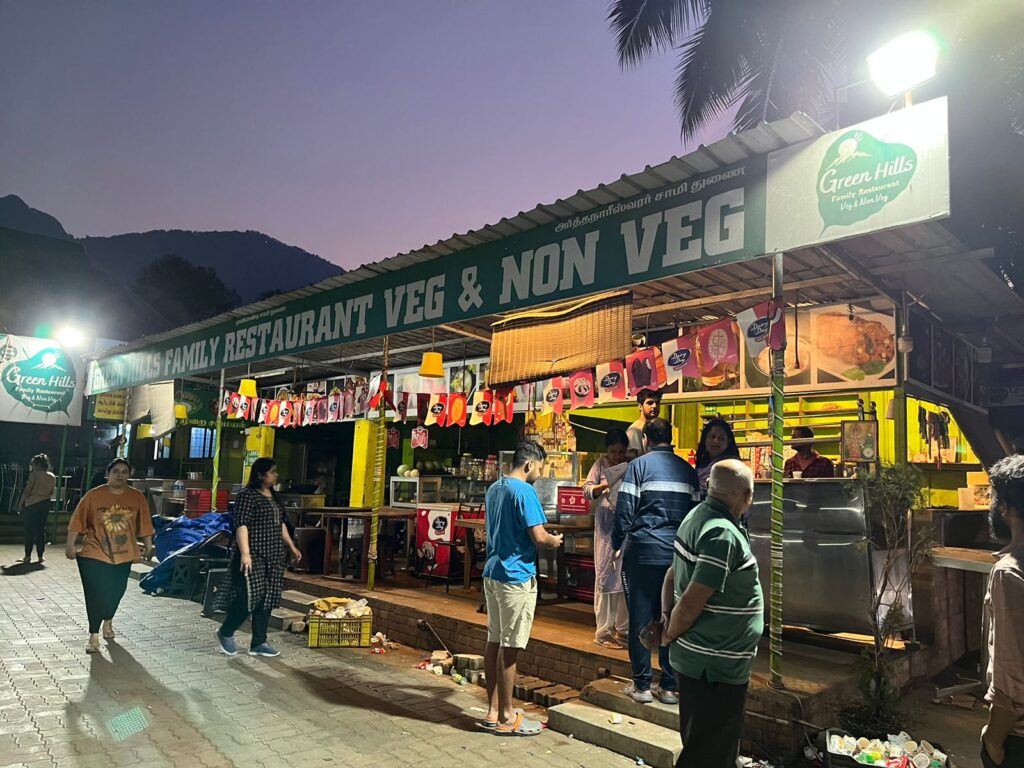
Following a continuation of uncomfortable driving and the onset of motion sickness-induced vertigo, we disembarked from the bus at 7:40 AM at the parking area known as Sarkar Palace.
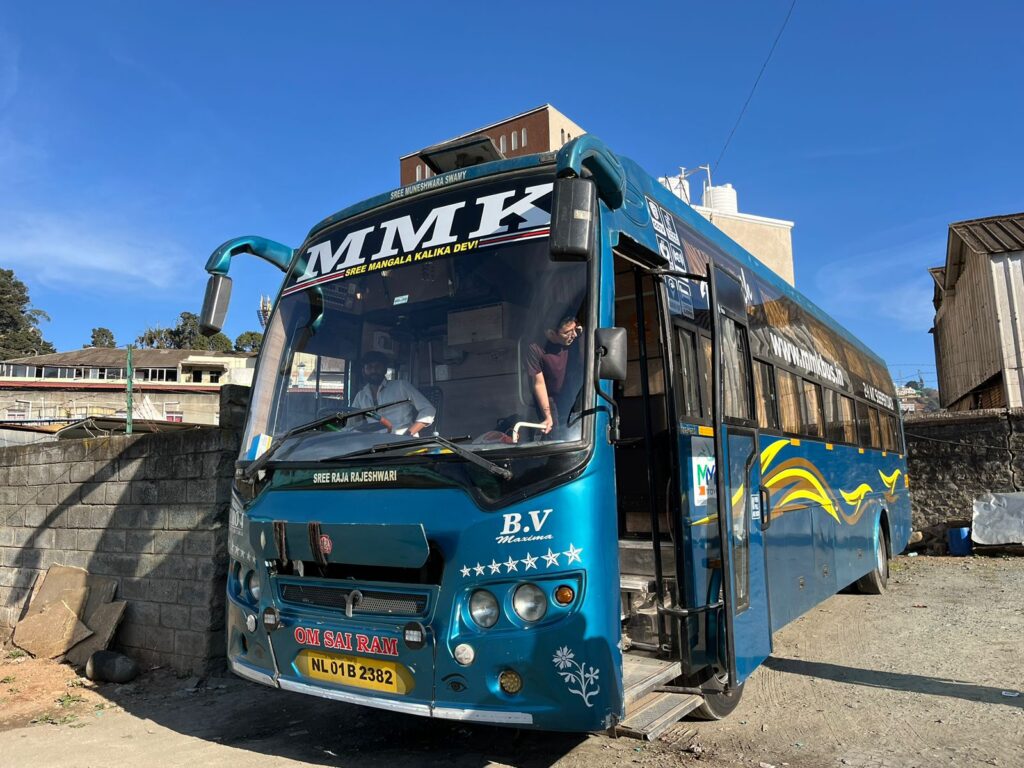
Carrying our luggage, we debated whether to hail a local taxi to reach the hotel, which was a kilometer uphill. Ooty is known for its large autos that can accommodate four people in the back with ample storage space. Opting for one of these carriages, we paid 120 INR and arrived at the hotel by 8 AM.
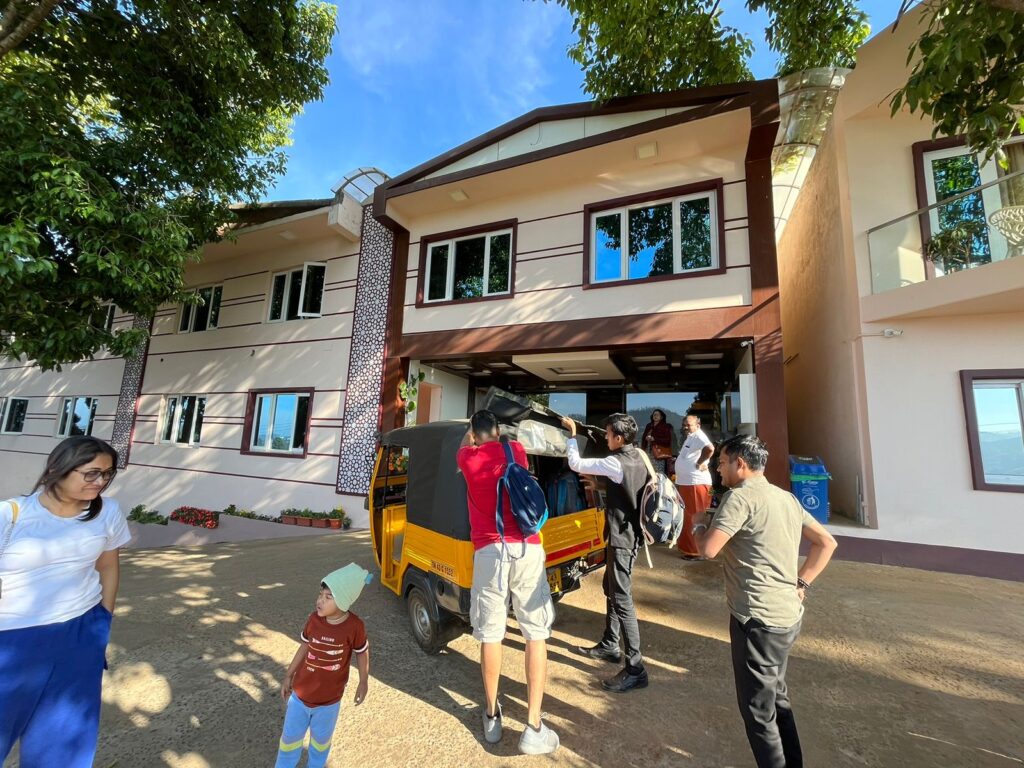
We were given a mid-sized room to rest up between 8 AM to 1 PM (check-in time) at the Beverly Villa Ooty. This was an utmost necessity post travel since most Ooty hotels do not allow check-in before mid-day.
The Villa
Beverly Villa offers various tiers of rooms. We negotiated a deal that was more affordable than the online rates and also secured an early check-in option, as detailed below
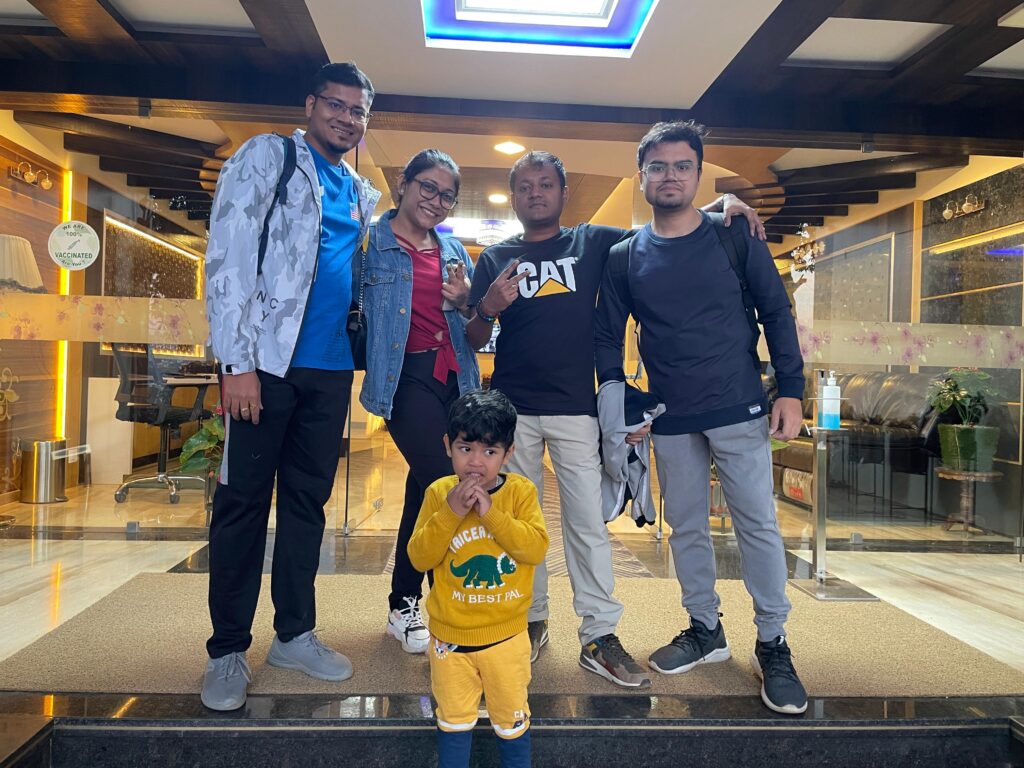
Room type : Deluxe room on 26th early check in
Family suite 26&27
Tariff Deluxe room =2500
Tariff Family suite =9000
Total tariff = 20500
Check-in: 1:00 pm (Official)
Check-out: 11:00 AM
The villa has a bunch of indoor games like table football, chessboard and carrom littered across the lobby space. We got our family suite early at 11 AM which were two inter-connected rooms with separate toilets and a common kitchen.
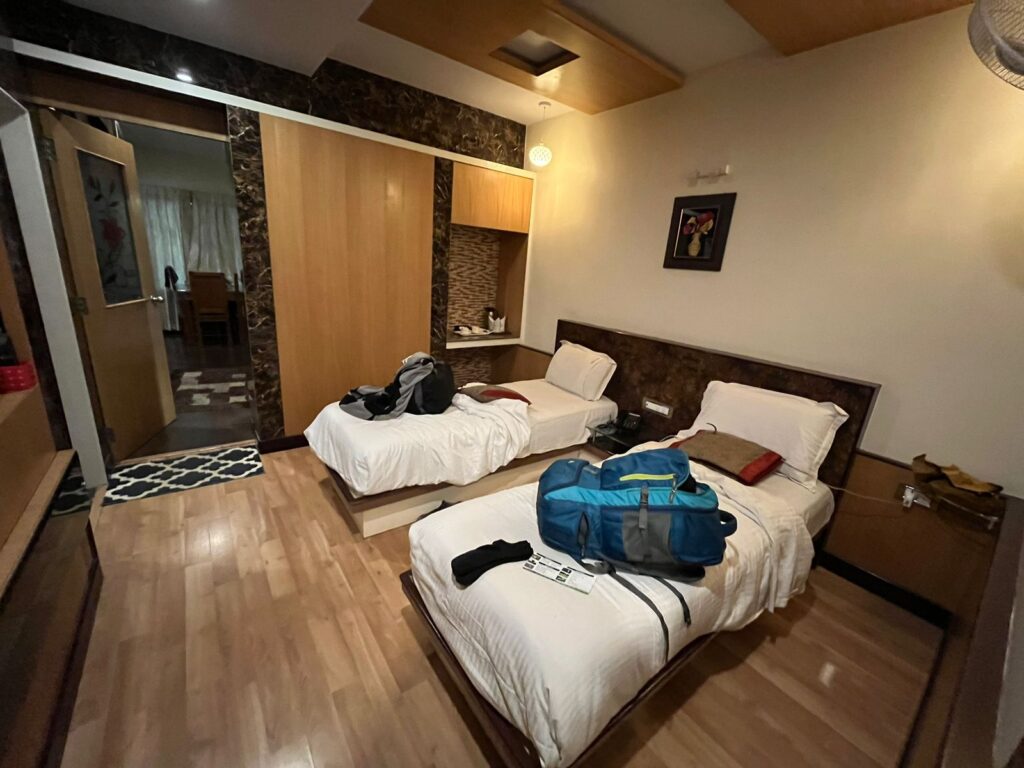
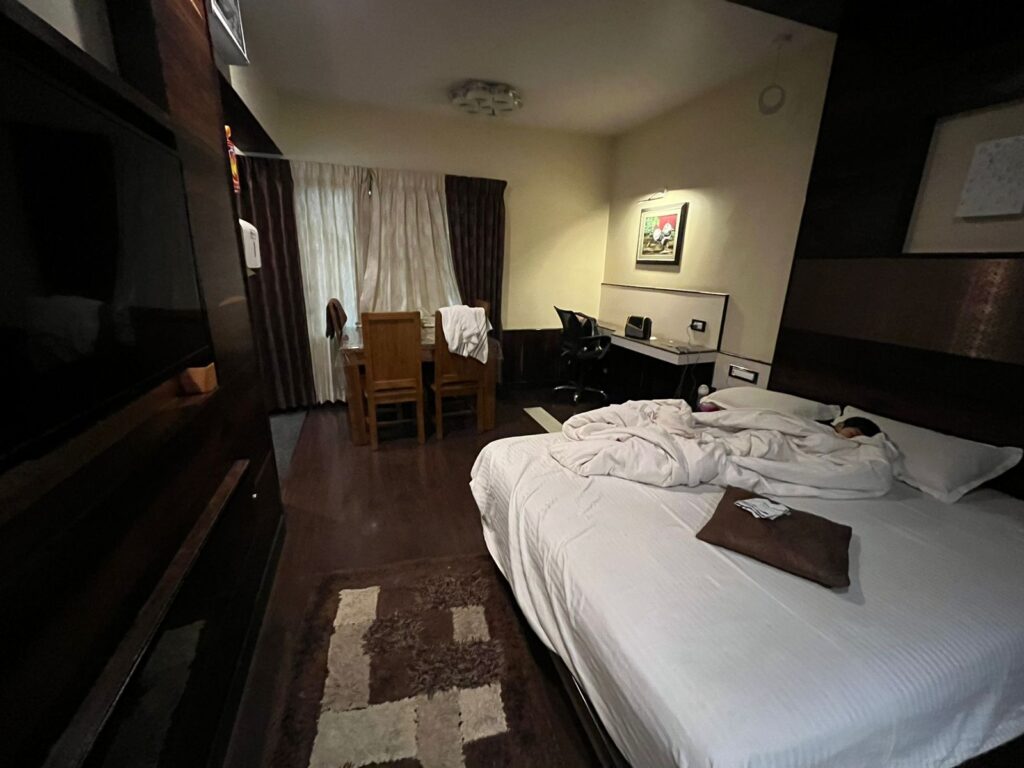
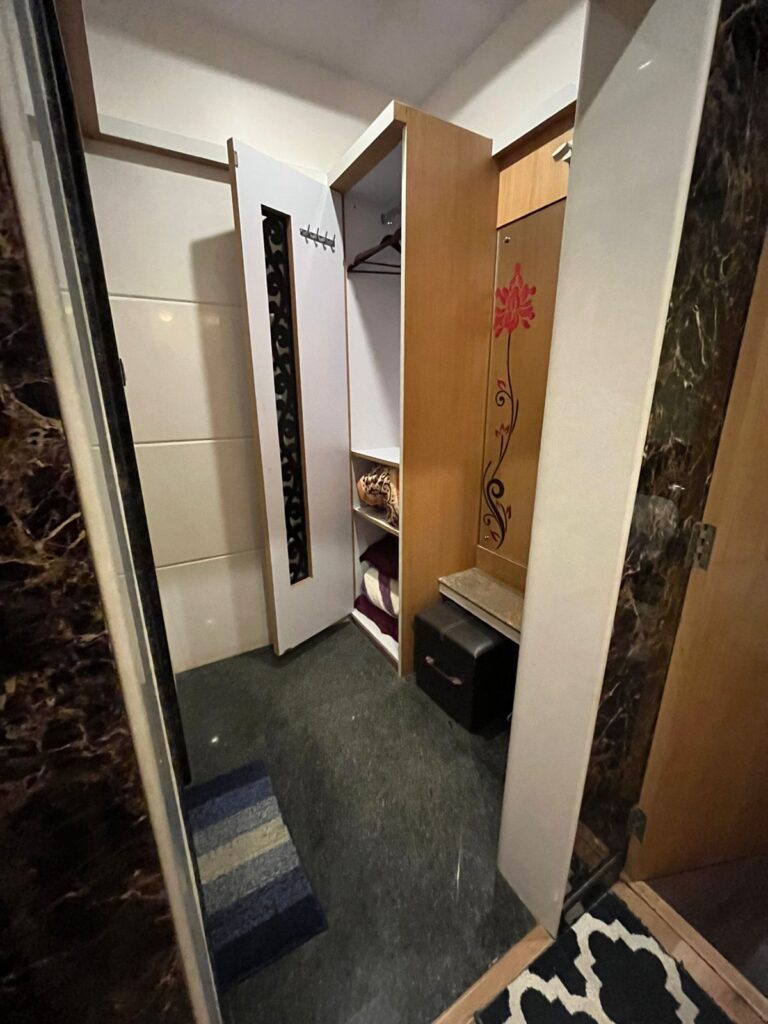
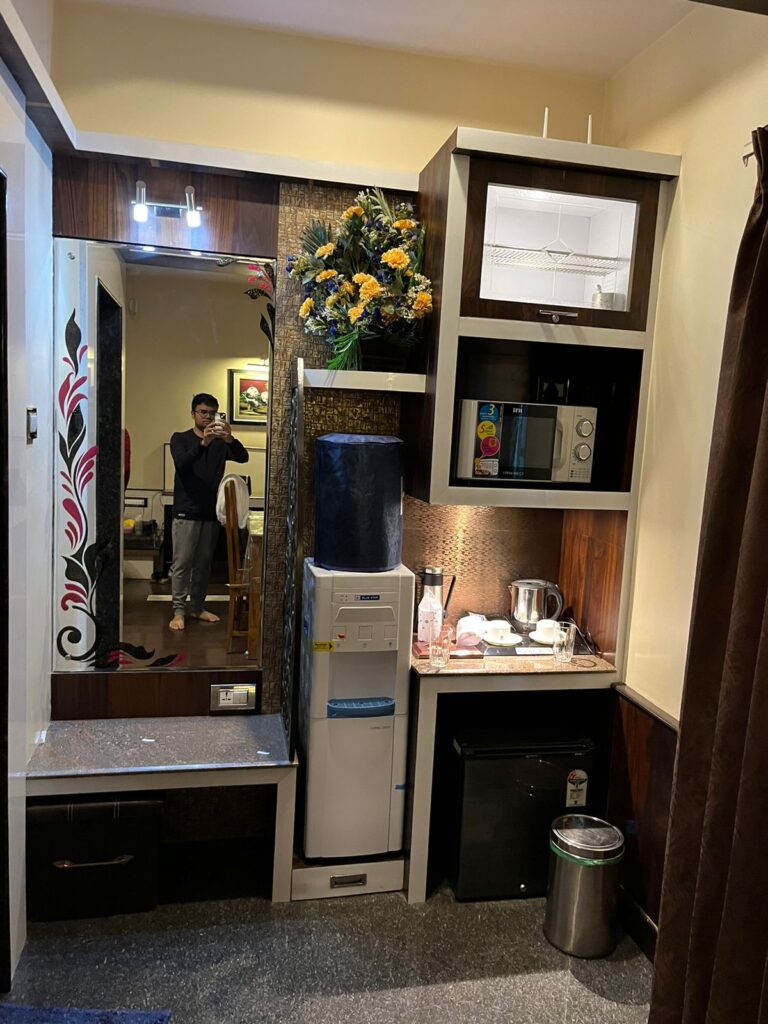
The Grass Is Greener
During the interval between switching rooms, we opted to stroll downhill to the botanical garden, located 400 meters away. With the assistance of Google Maps, we navigated the winding roads downwards, passing by the Sacred Heart Cathedral enroute to the Government Botanical Garden.
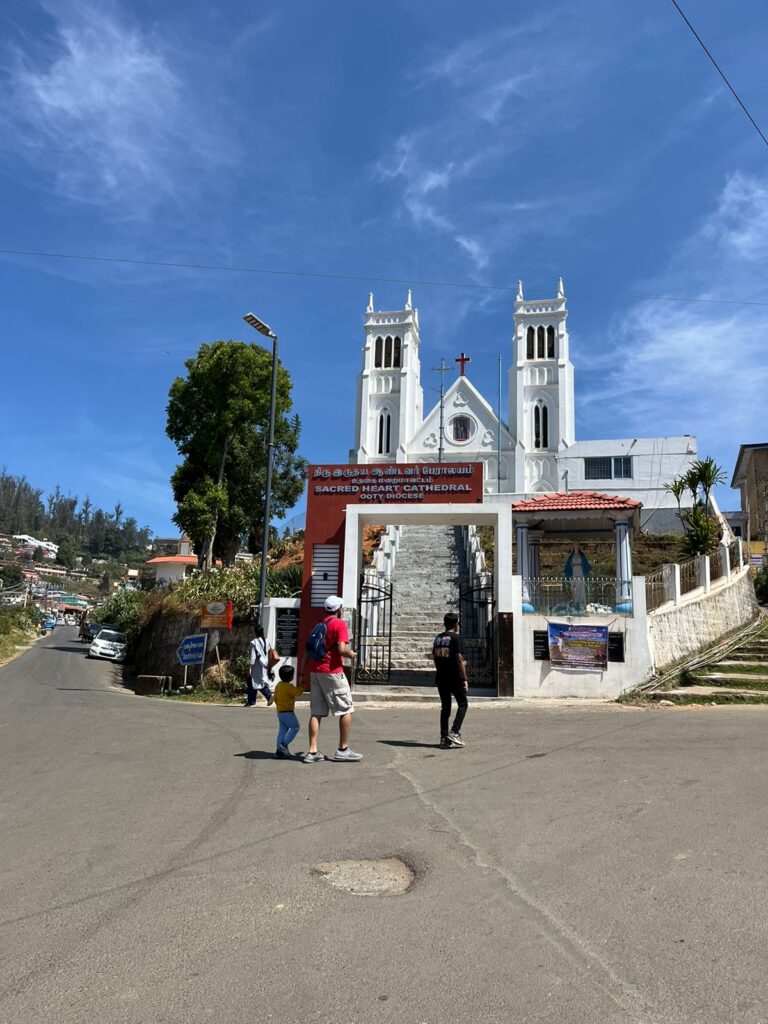
At 10:15 AM, we each paid an entrance fee of 50 INR to access the garden and wandered around for about an hour. Although the garden was expansive and we only explored a small portion of it, we could tell that it was well-maintained and popular among tourists.
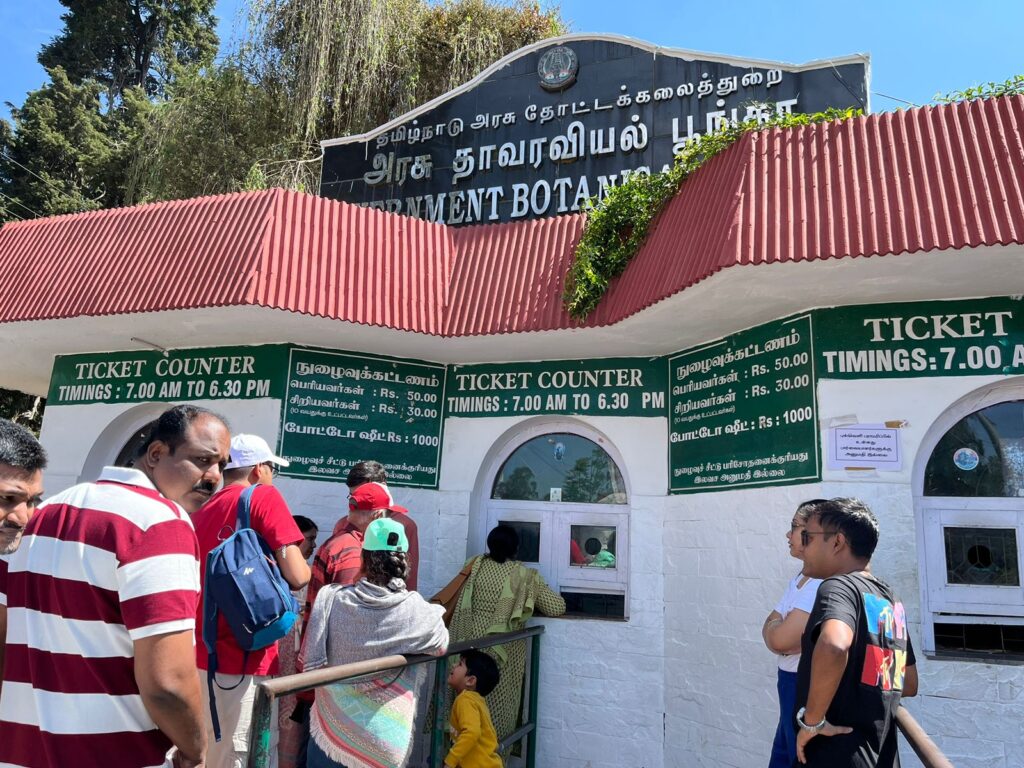
One uphill section, known as the Italian Garden, featured animal-shaped shrubs and hedges. However, the harsh sunlight and lack of shade made the experience less enjoyable.
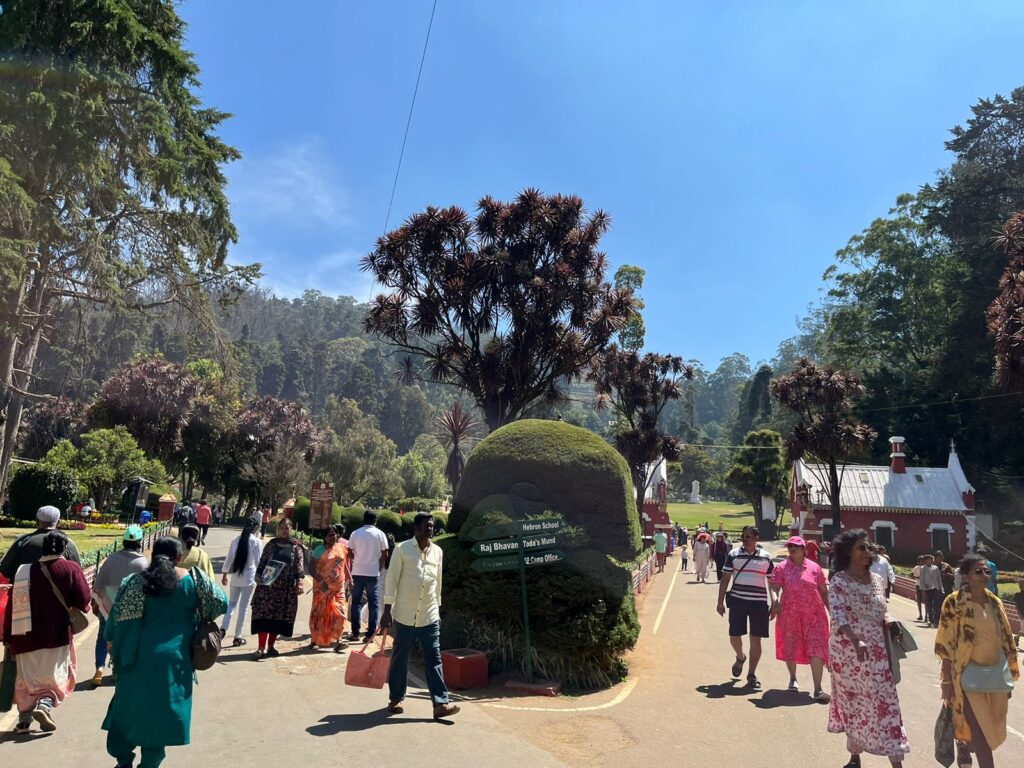
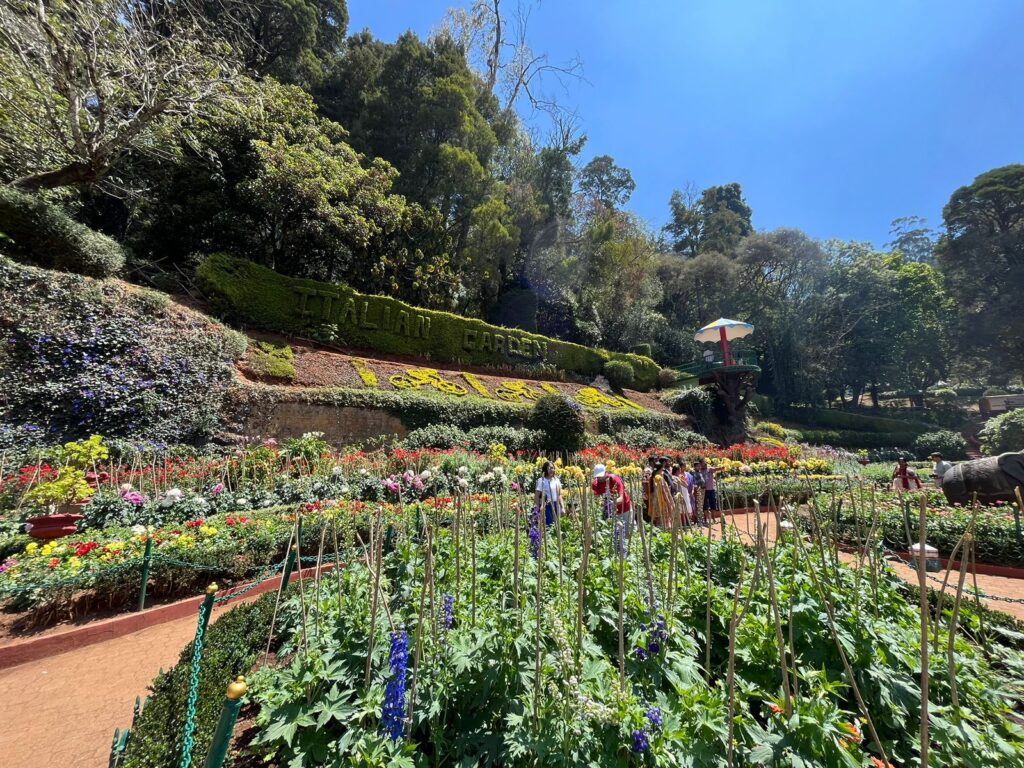
We spent most of our time taking photos before deciding to leave, as the villa had been contacting us to inform us that our family room was ready.
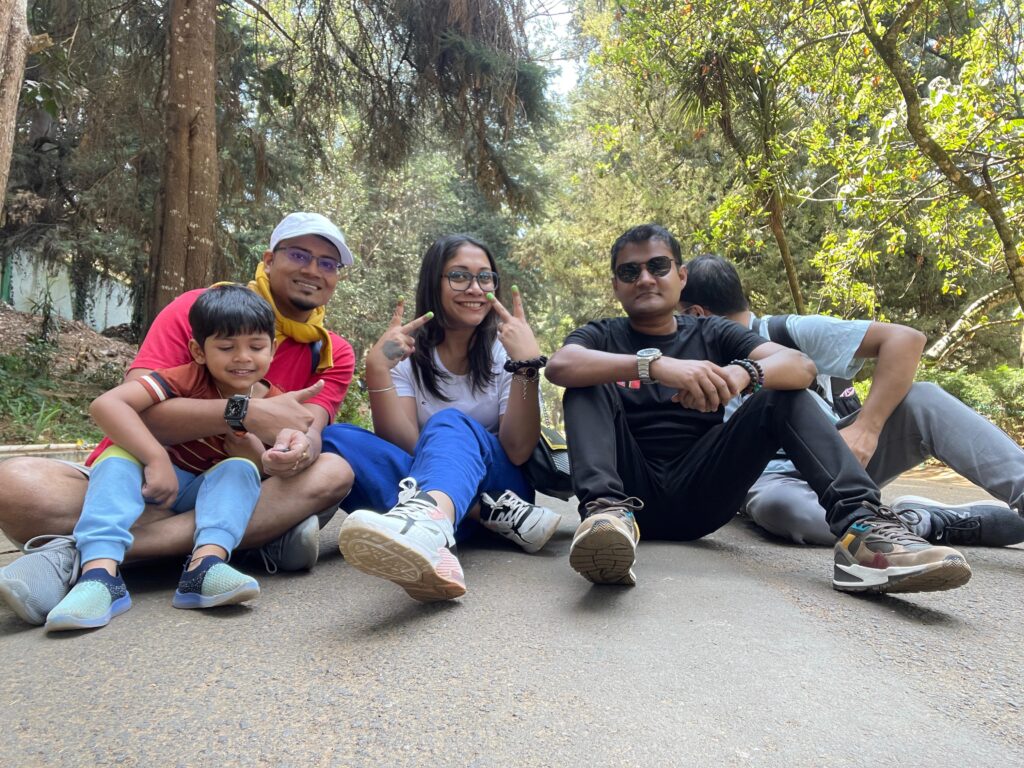
Upon exiting, we hired an auto (for the same rate of 120 INR) to take us back to a restaurant super close to our hotel.
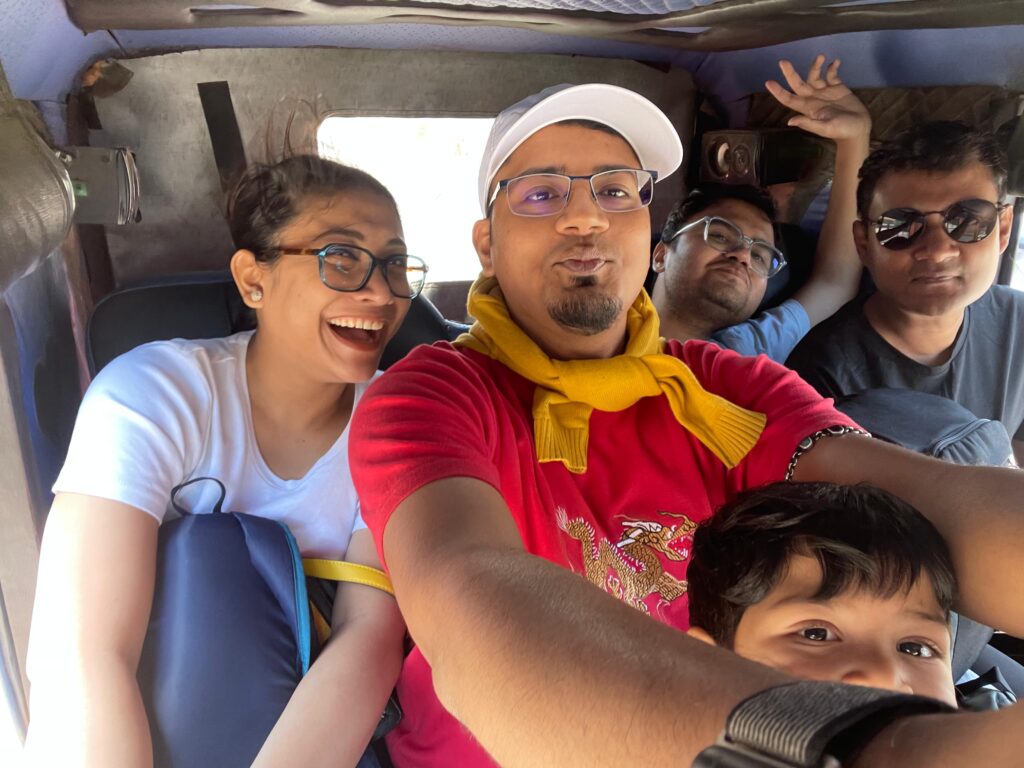
Renowned for its elaborate breakfast offerings, Le Cafe presents a Spanish Siesta ambiance with its outdoor seating and rustic vibes.
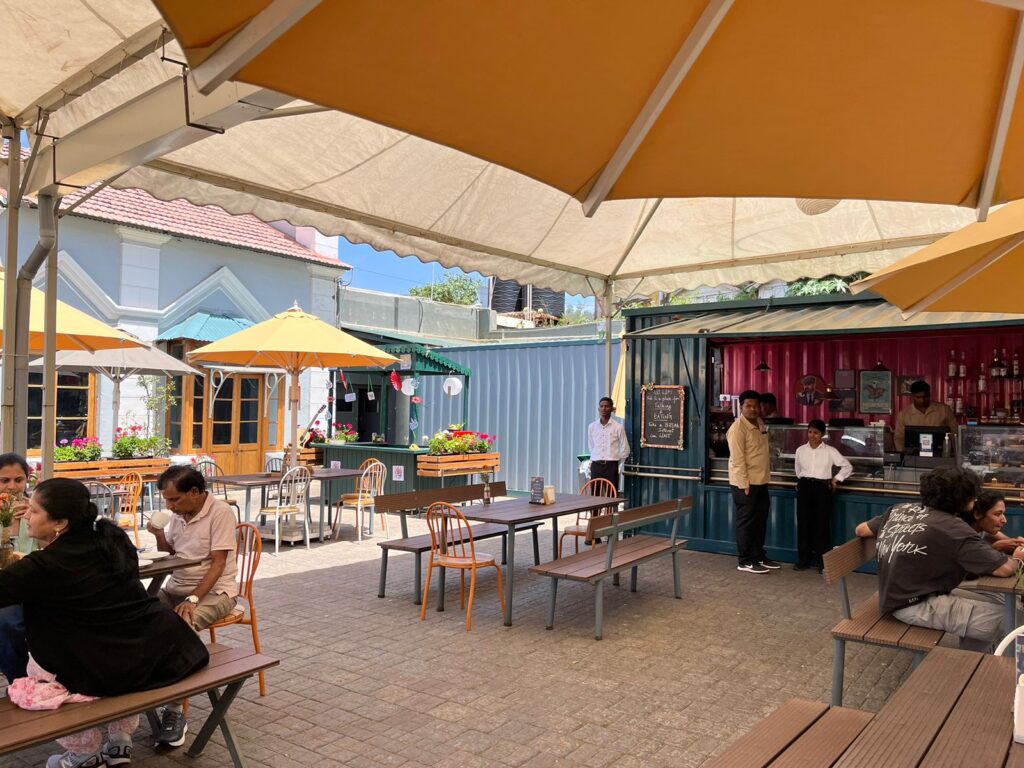
Adjacent to the seating area lies Little Earth, a charming supermarket offering a variety of farm-fresh produce, handcrafted goods, and everyday essentials.
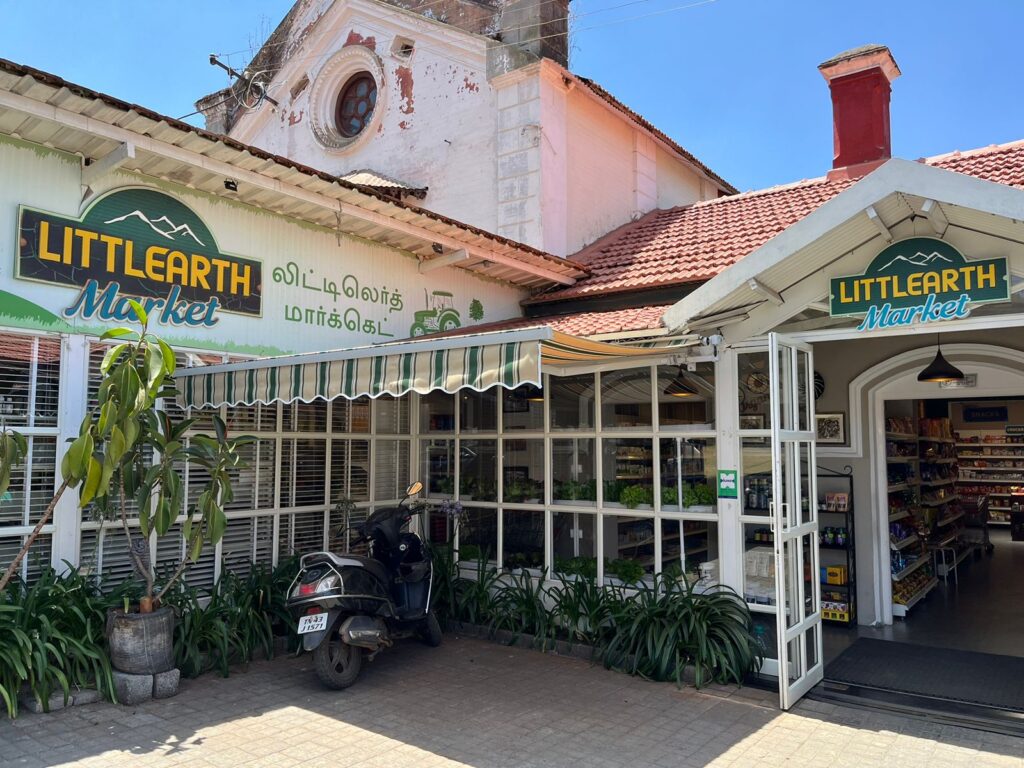
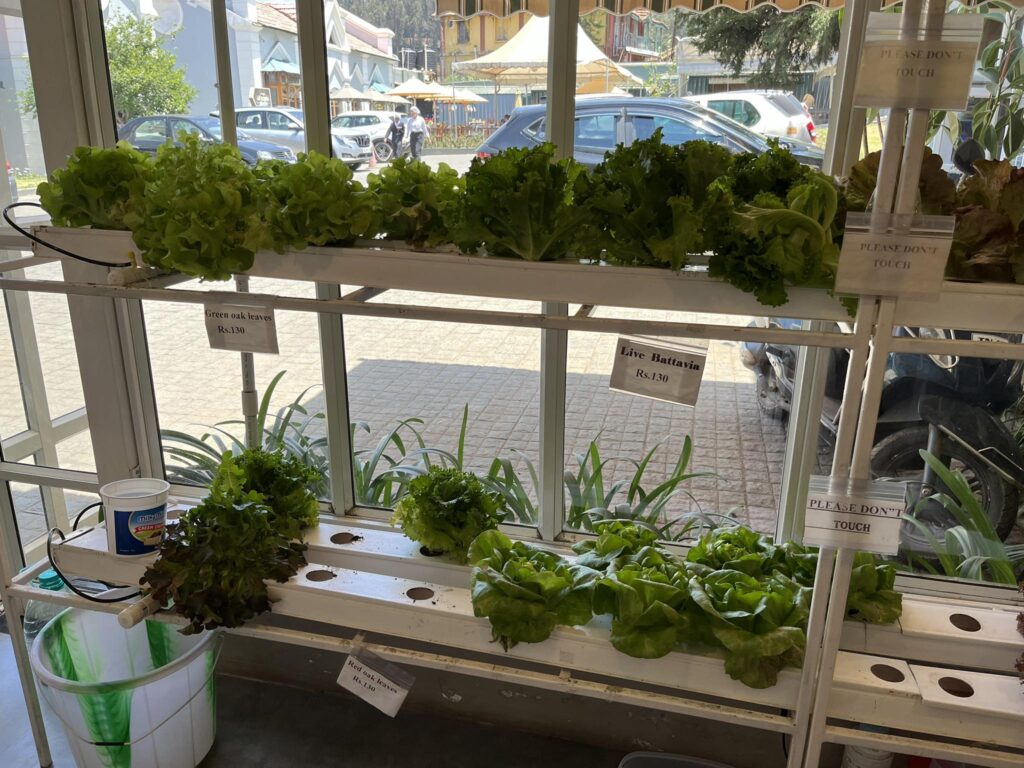
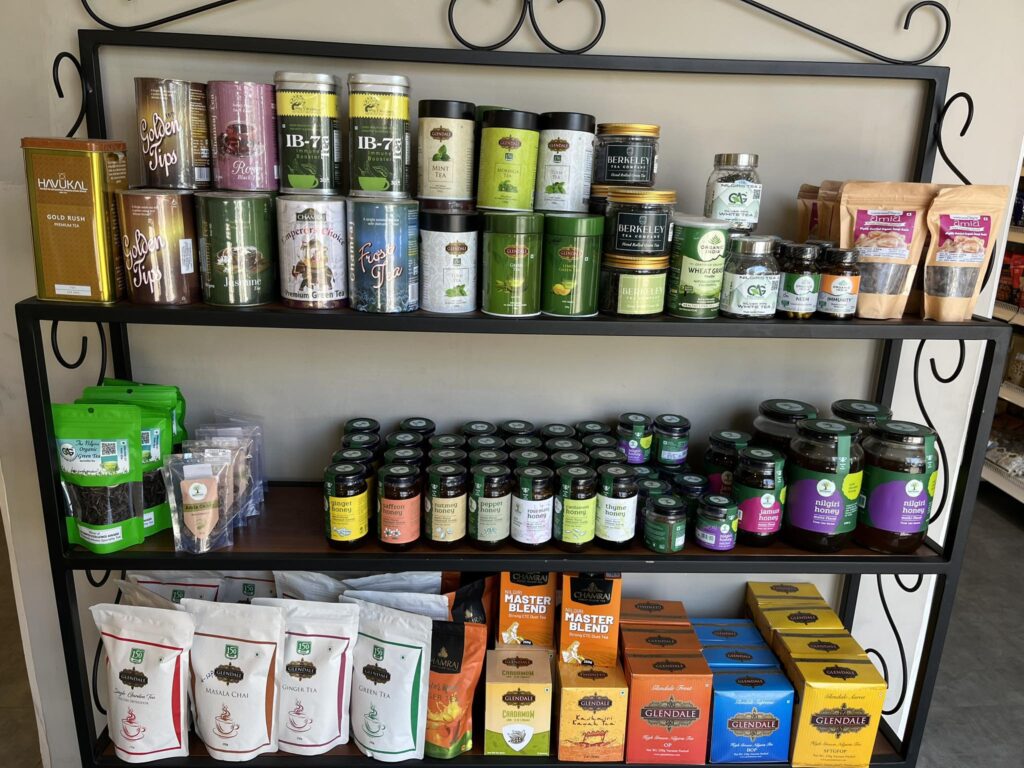
The meal service at Le Cafe, however, proved to be a mixed experience. While some dishes were delightful, others missed the mark. Despite the lengthy wait for food, the overall quality seemed to justify the higher prices, with presentation adding significant value to the dining experience.
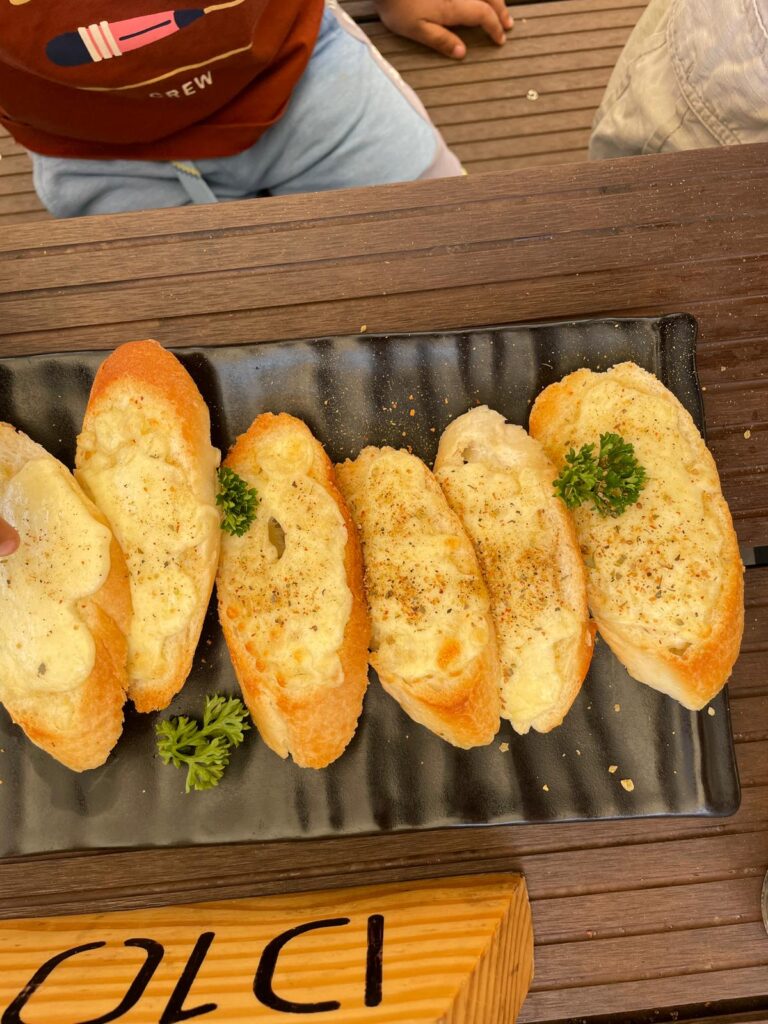
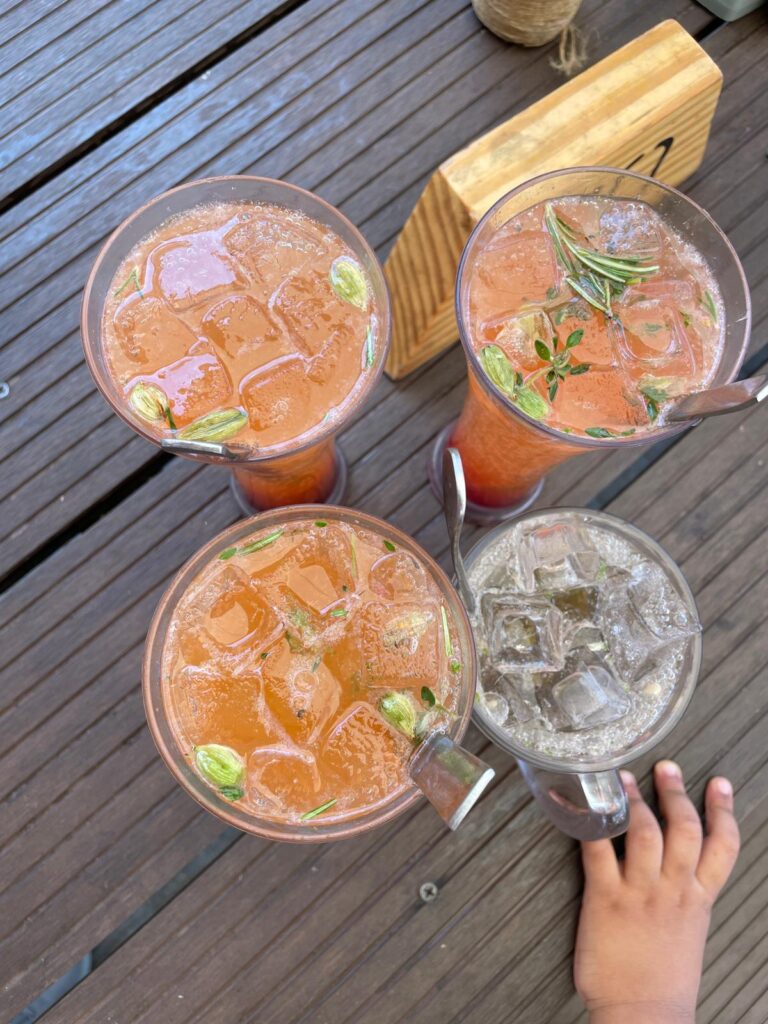
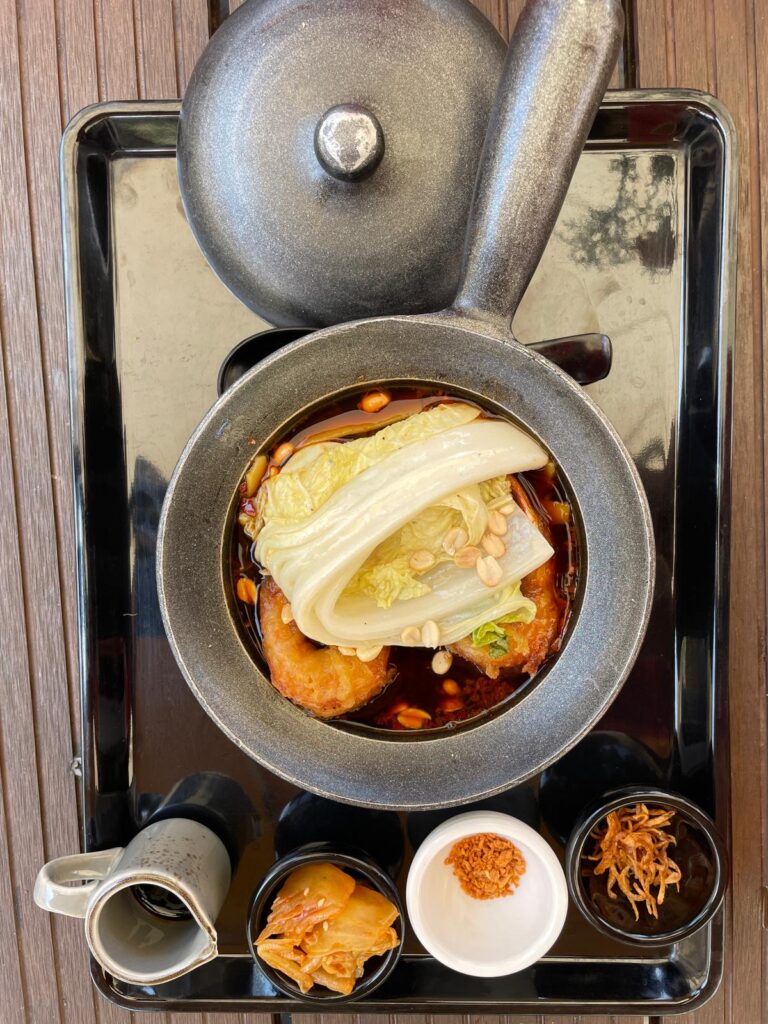
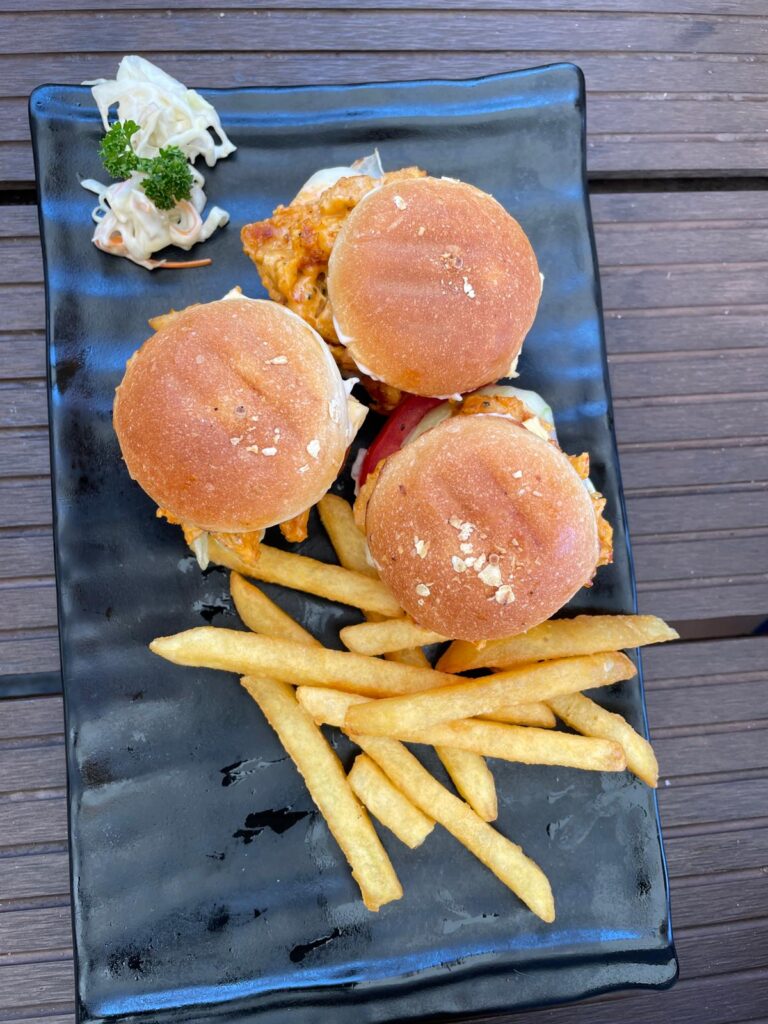
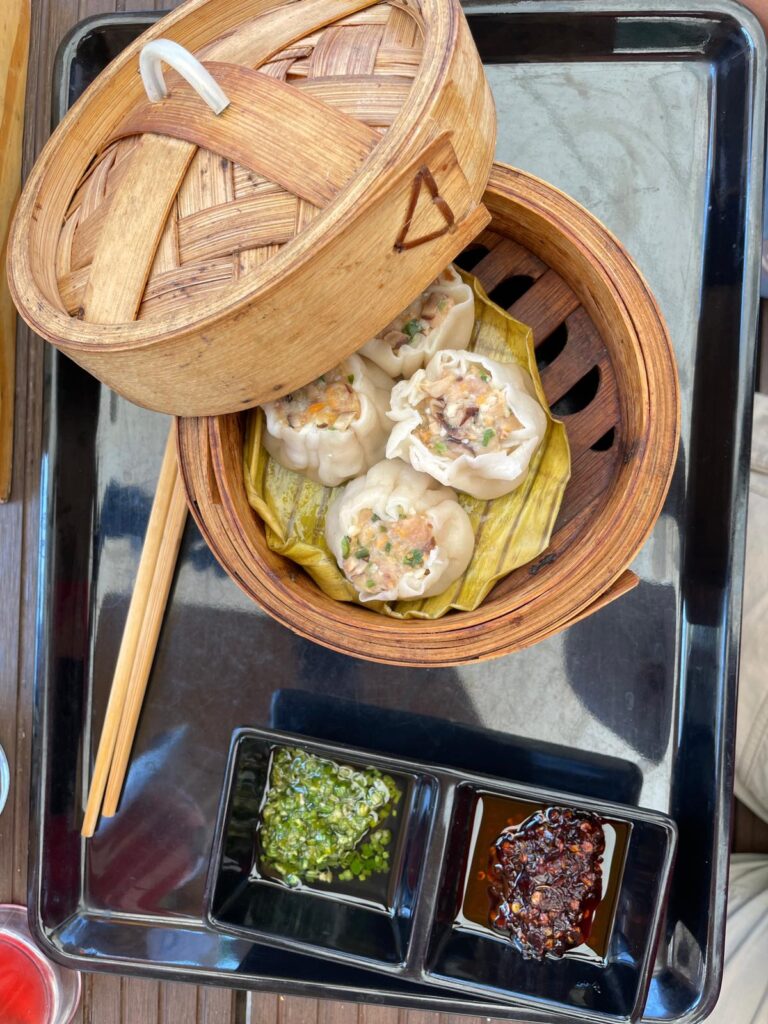
Post breakfast on a mid-day, we retired back to our hotel Family Room to catch a much needed freshening up and little shut eye. A heavy breakfast of dim-sums, burgers, garlic bread, ramens and mock-tails will make anyone drowsy in our defense.
Dinosaurs & Desserts
At 2 PM, we gathered into another rickshaw, heading to Angara restaurant to enjoy a North Indian meal amidst a South Indian ambiance. A number of activities were lined up for us to embark on throughout the day.
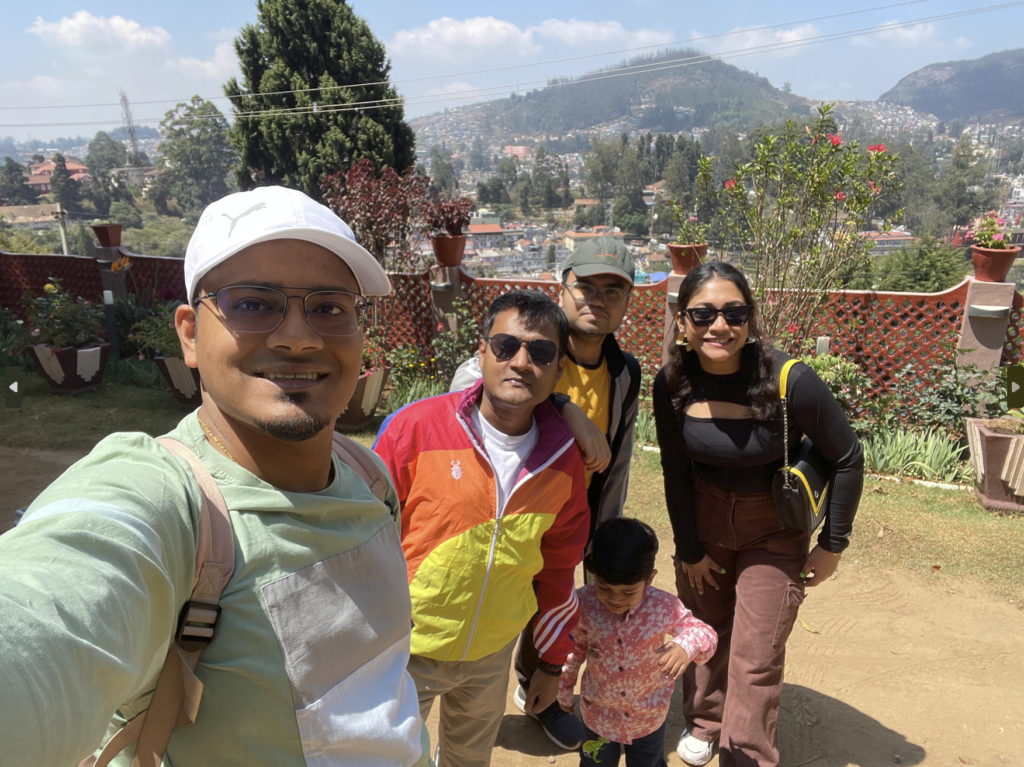
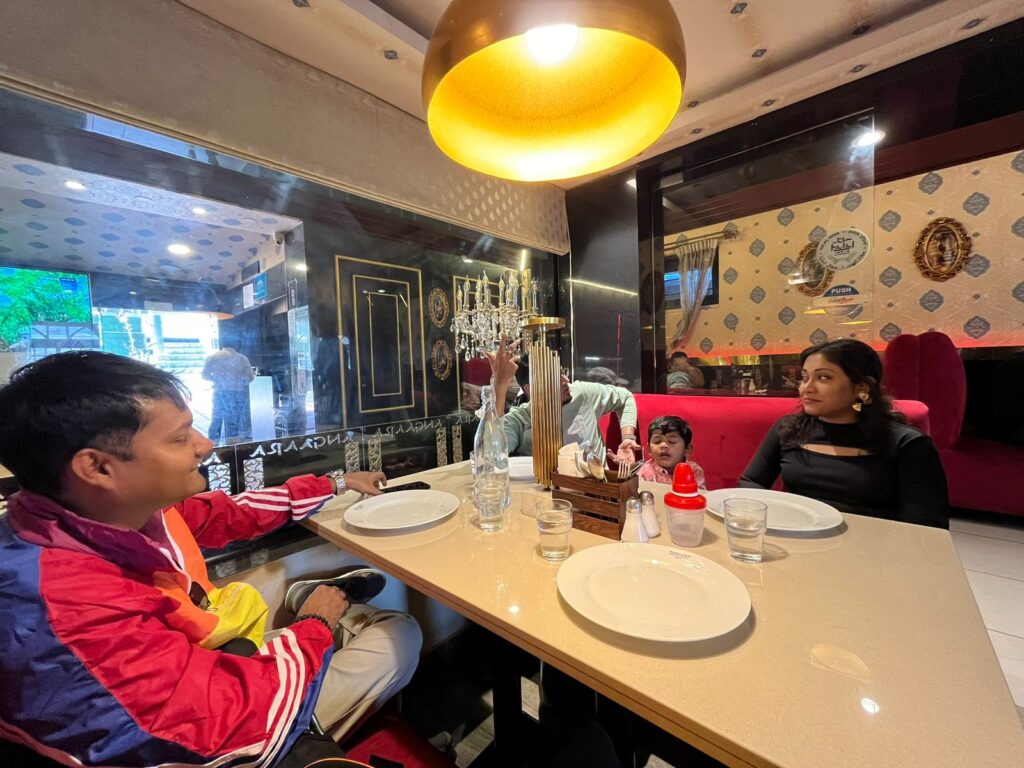
As you can make out in the above photo, it was unexpected to be greeted by a waiter fluent in Bengali. We chose to satisfy our appetites with Biriyani, Rumali Roti, Ghee Rice and Keema, accompanied by mocktails, in preparation for the daunting experiences that awaited us.
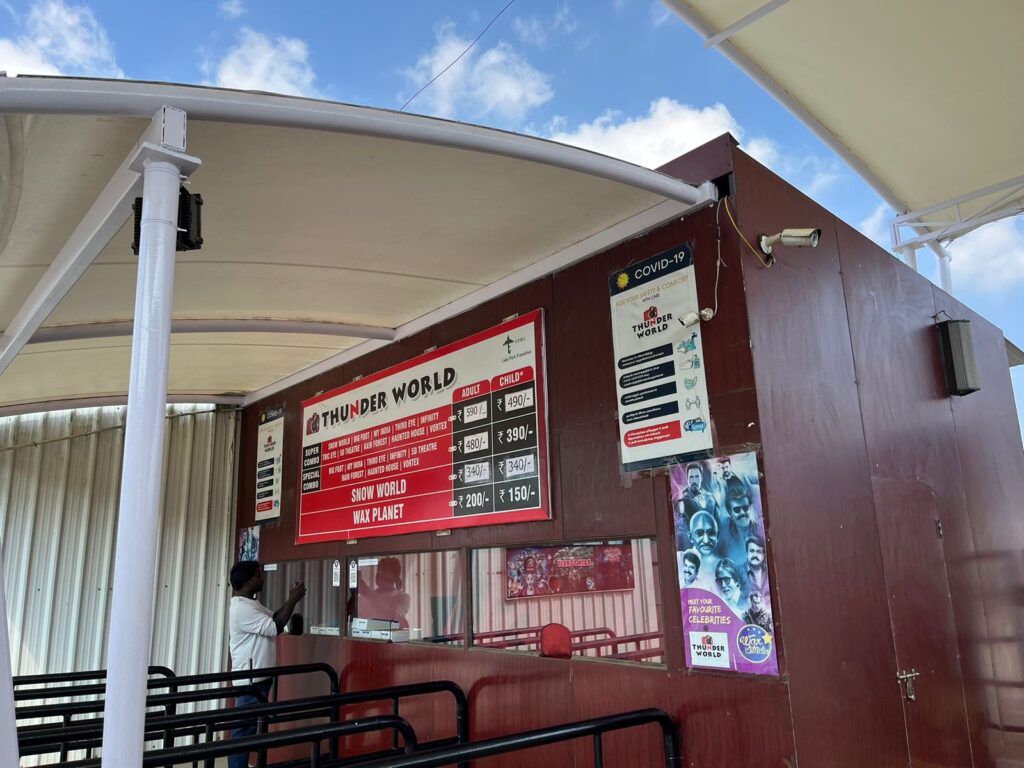
Thunder World, a quaint amusement park tailored for children, was just a short stroll away from Angara. We opted for the second-tier package, granting us access to the central plaza that branched out into various gates, each ushering to different attractions. Our adventure began with a visit to the vintage camera museum section.
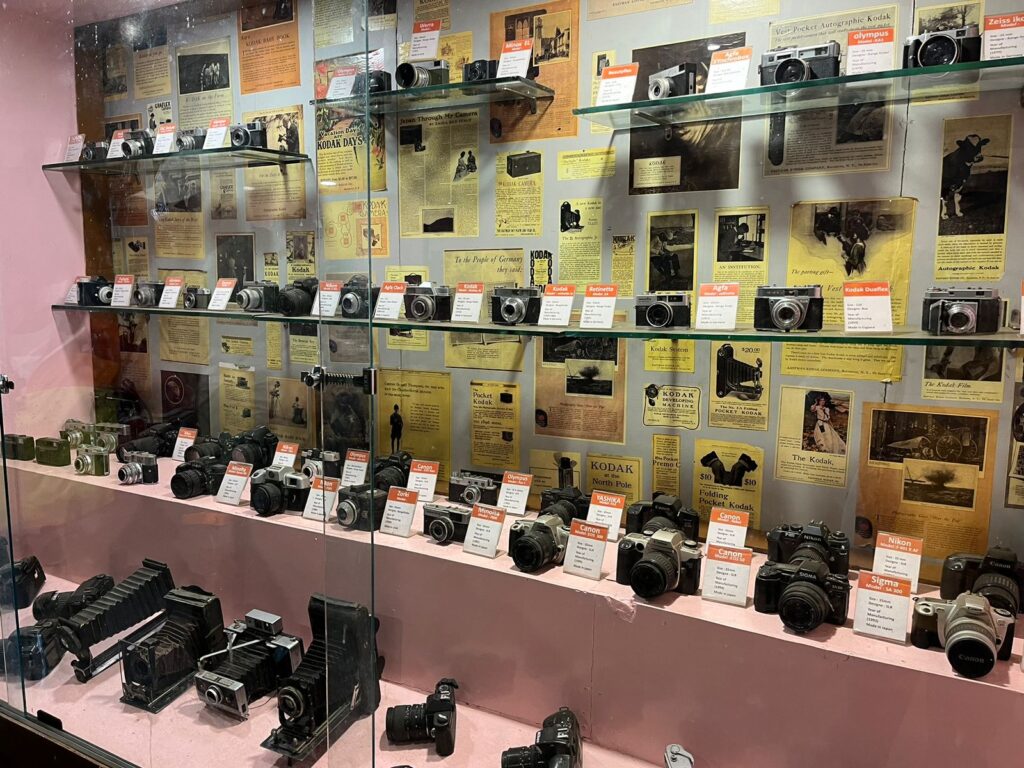
The moment of true fright unfolded as we stepped into the dinosaur park. Greeted by a mechanical T-rex head at the entrance, we proceeded through a tunnel adorned with artificial skeletal reconstructions. This path culminated in a spacious area populated with model theropods, several of which were animated to enhance the element of surprise.
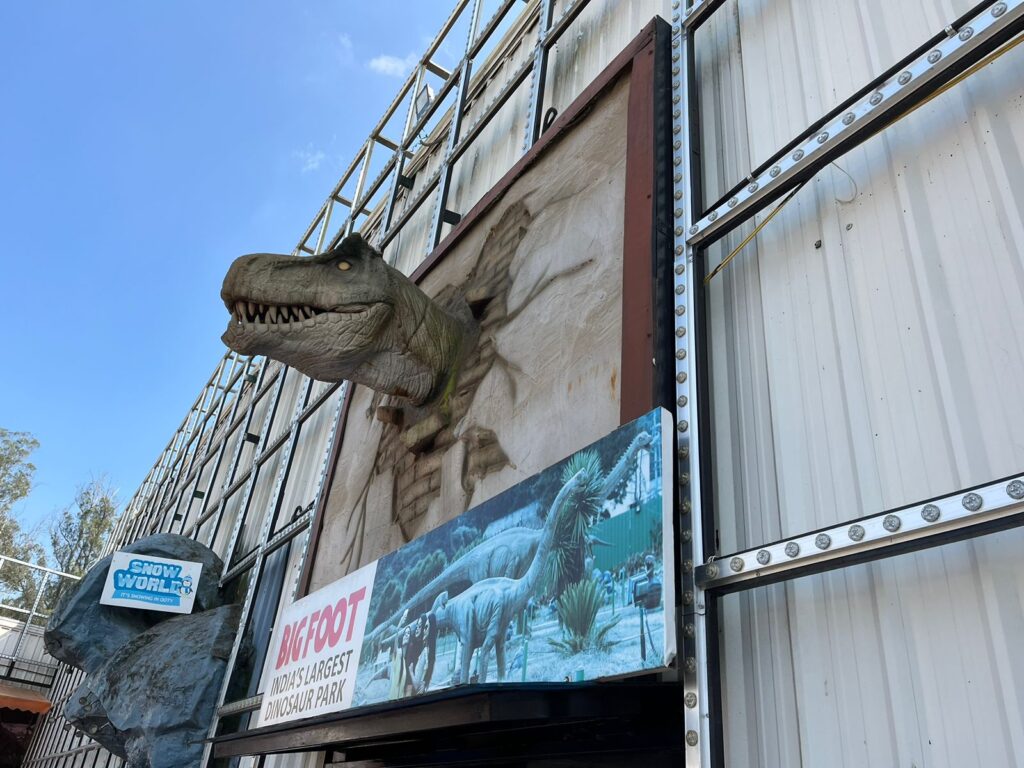
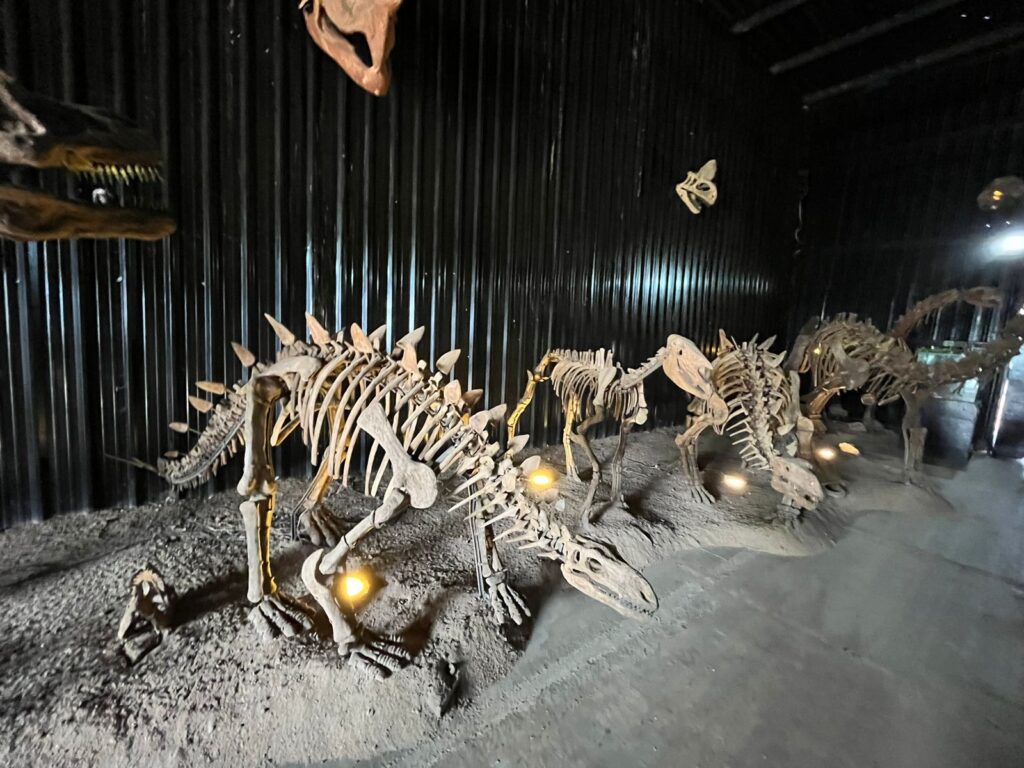
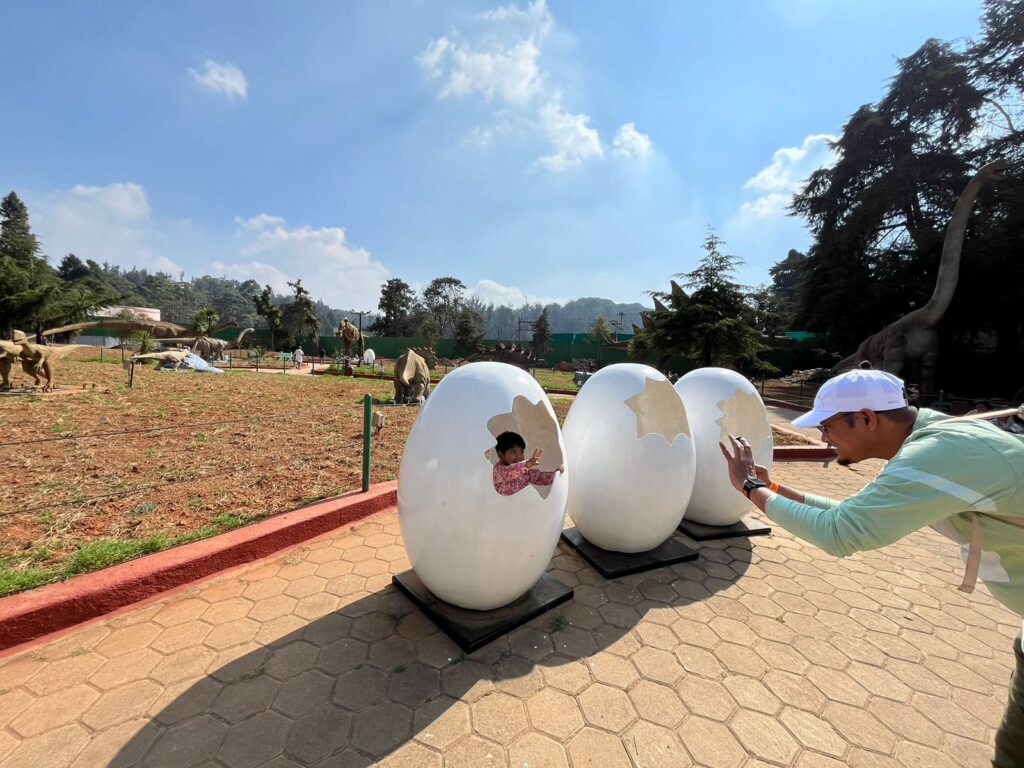
Having devoted ample time to appease the child among us, both frightened and fascinated by the creatures, we moved on to explore the haunted house/rainforest. This attraction featured genuine frights and startling surprises that even unnerved some of the grown-ups. One instance involved a figure springing from a coffin, accompanied by bursts of steam and eerie sound effects to heighten the scare.
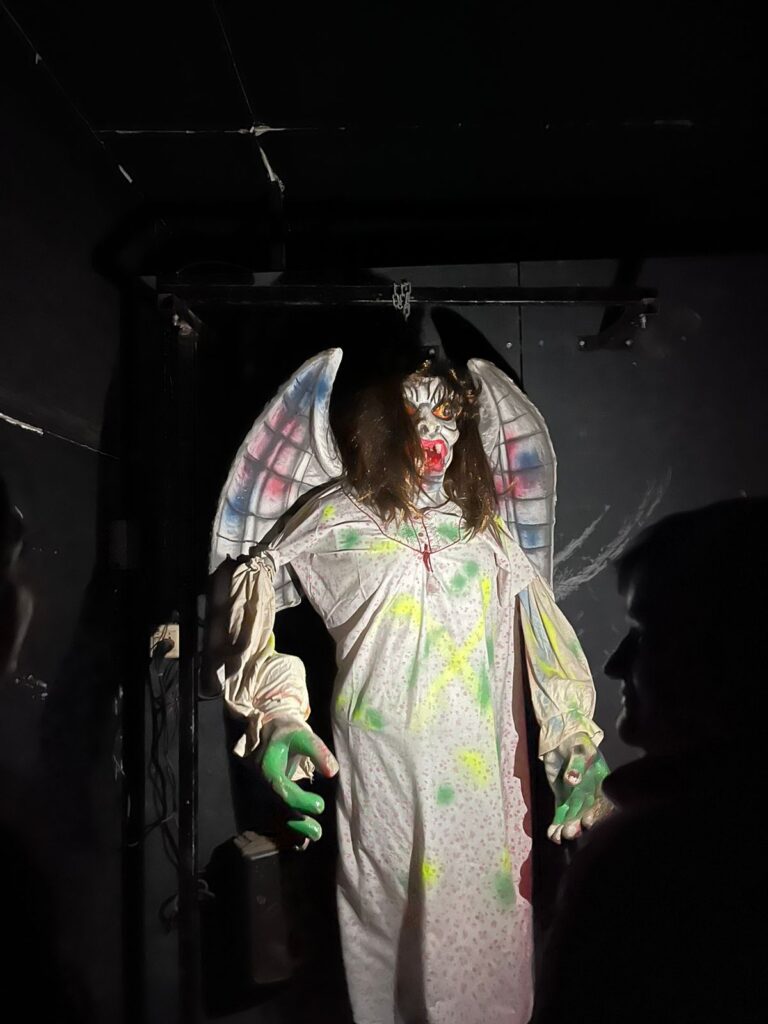
We made our way to the train station in anticipation of the toy train’s arrival before 4:30 PM. Typically, there are 4 (occasionally 5) diesel-powered toy trains that operate daily between Udagamandalam station in Ooty and Coonoor. Due to their popularity, these trains often sell out quickly, necessitating advance reservations. We had secured our booking a week earlier, with the only time slot available for departure at 4:45 PM and expected arrival by 5:55 PM. The cost for each first-class ticket was 525 INR plus GST.
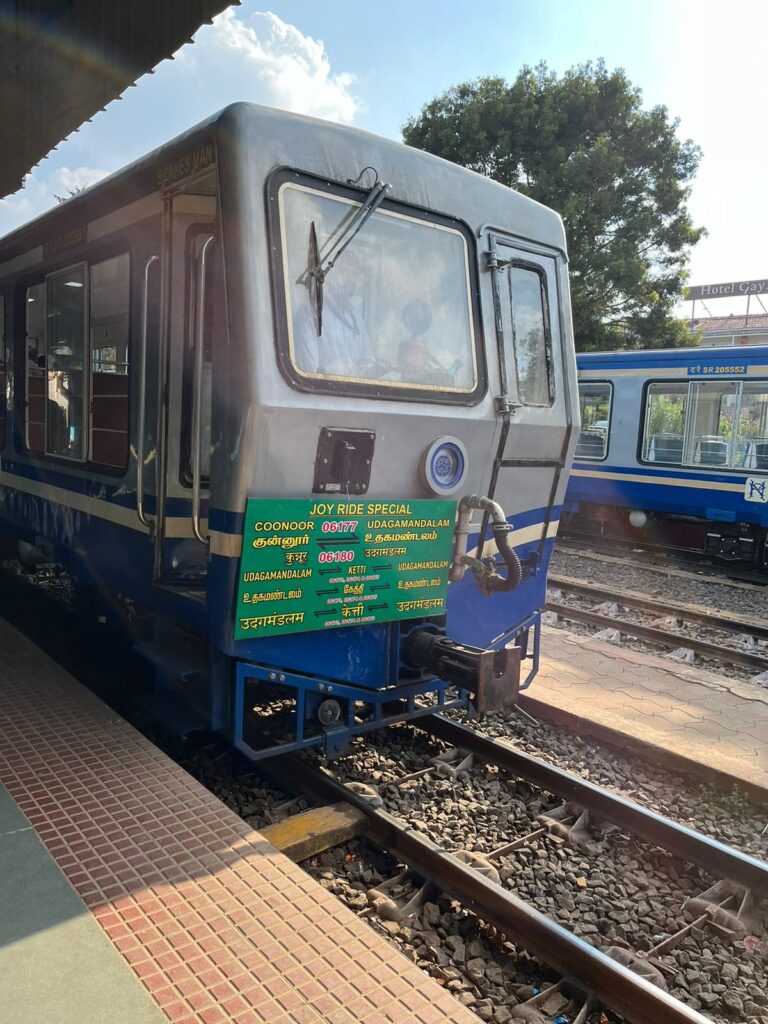
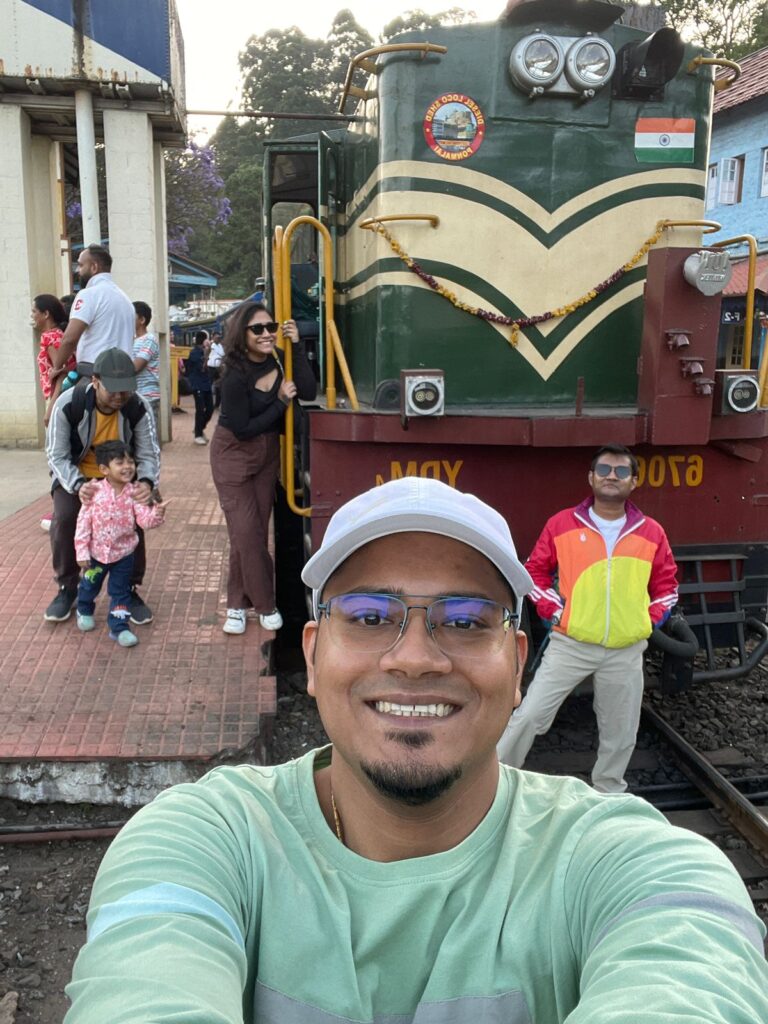
The train station opened up to the bustling town square, where a fleet of autorickshaws awaited tourists. We negotiated a fare of 150 INR with a driver to take us to Cherry Berry, a renowned supermarket-restaurant-farm in the highlands, celebrated for its delectable desserts.
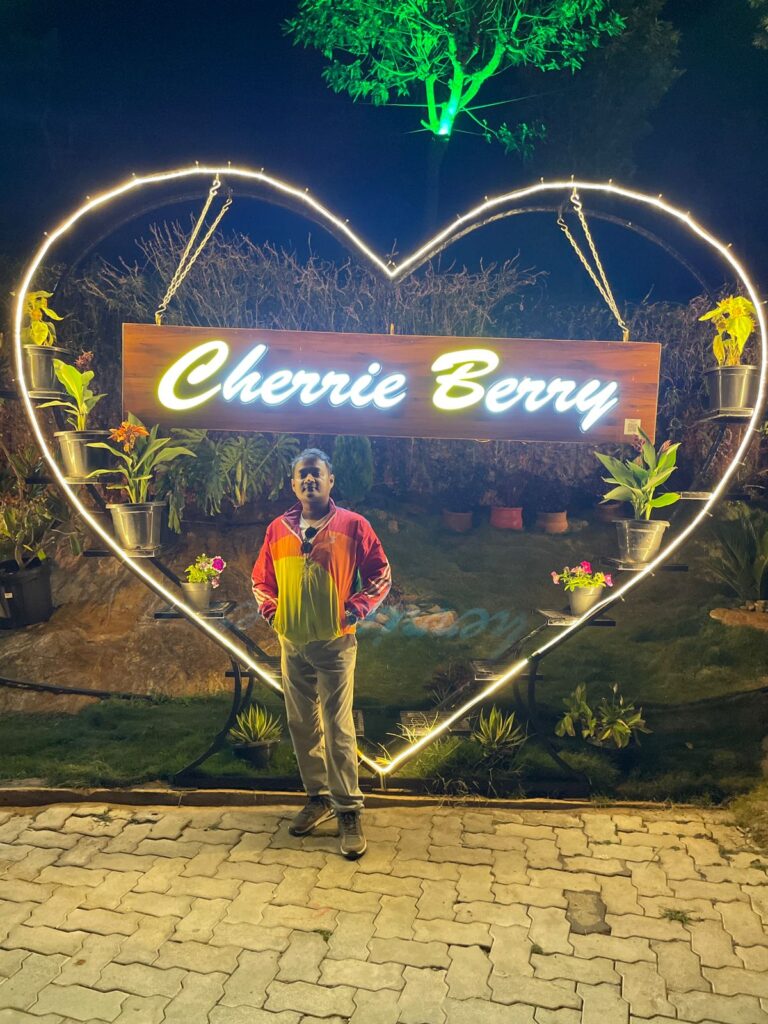
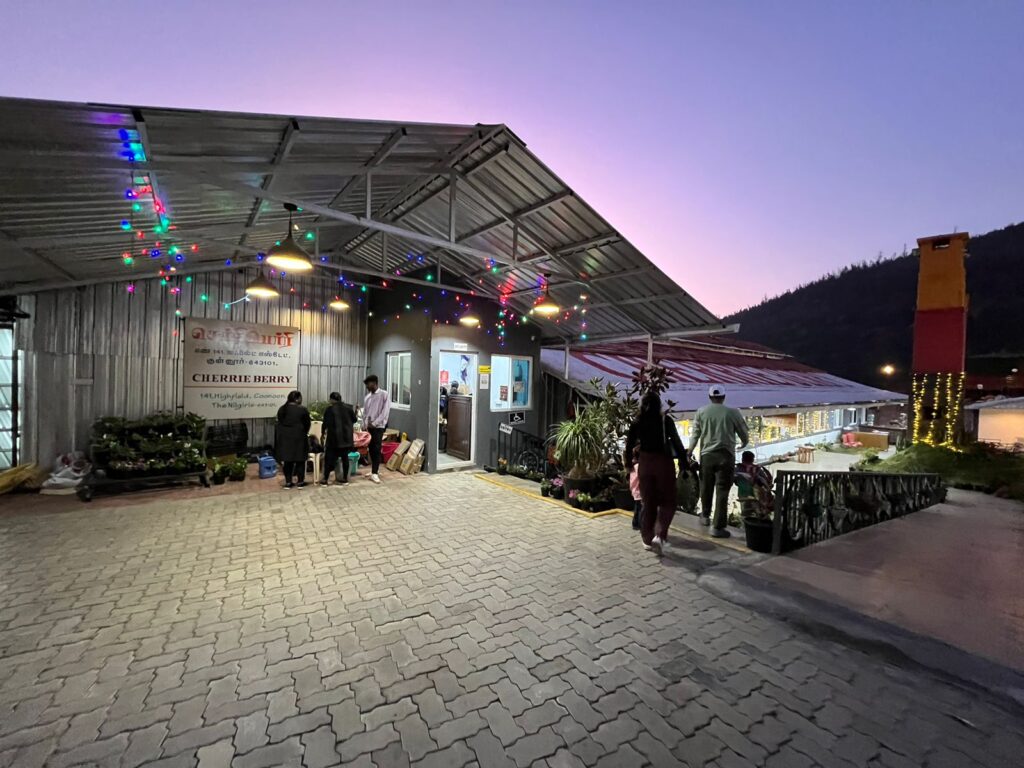
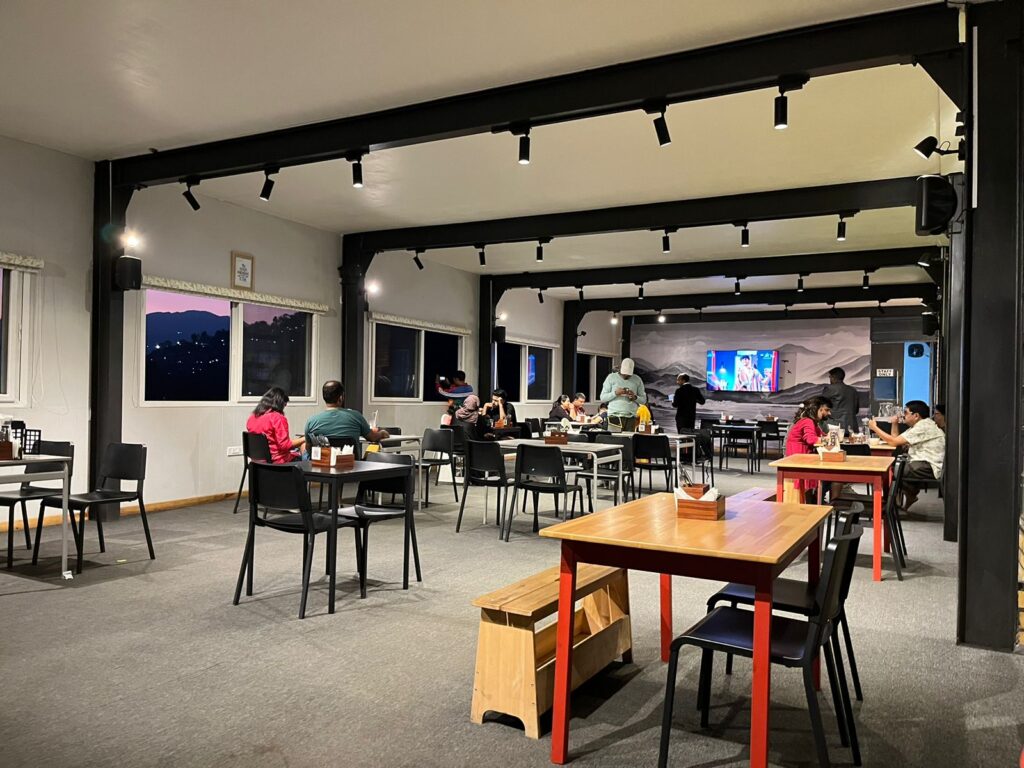
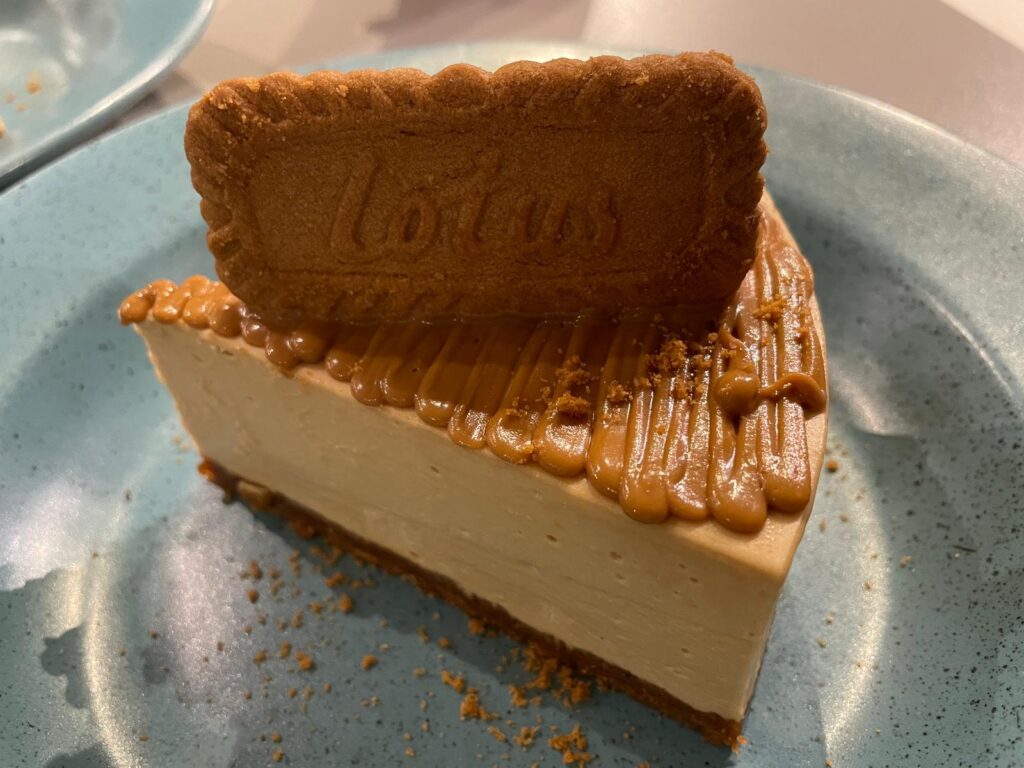
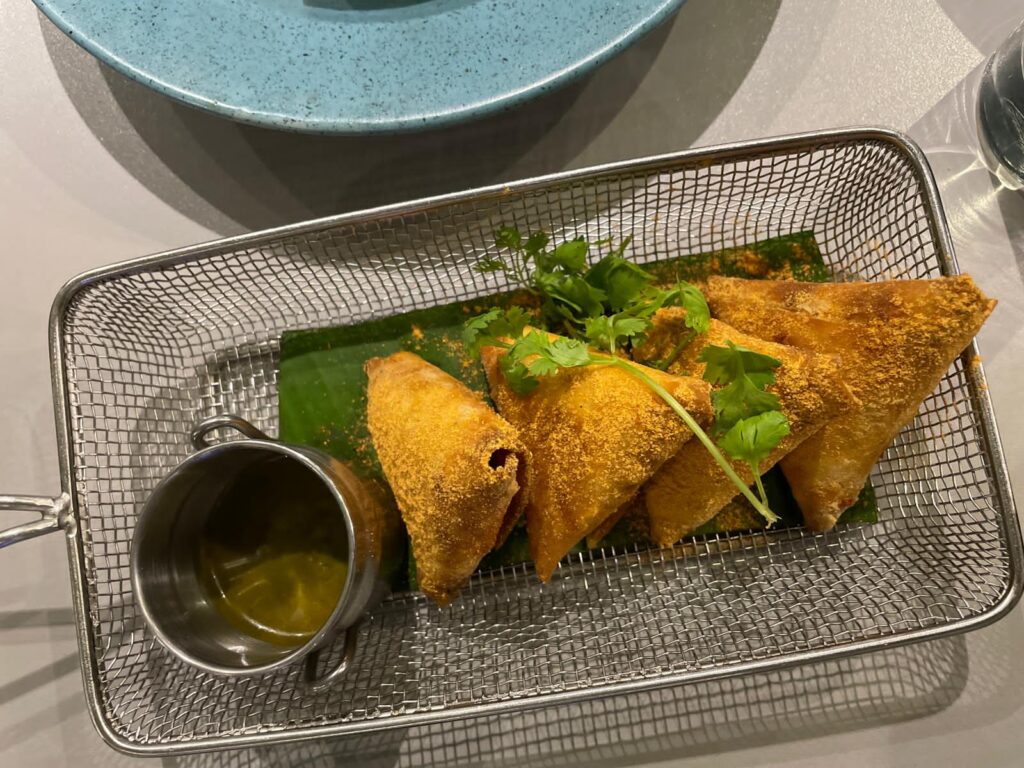
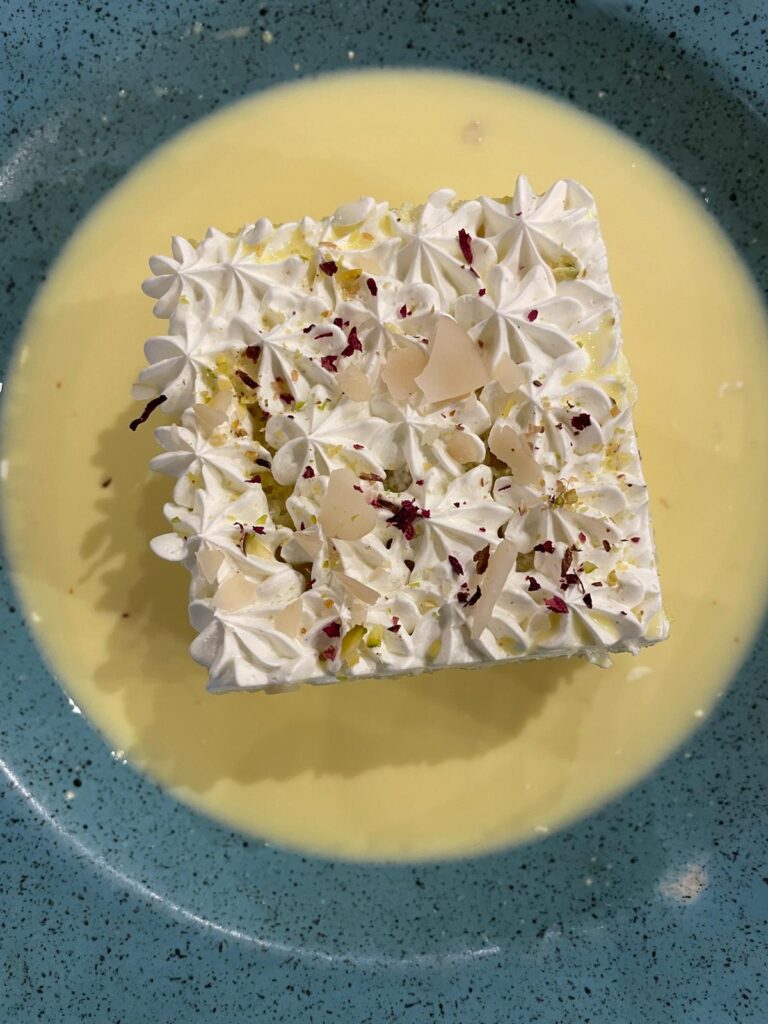
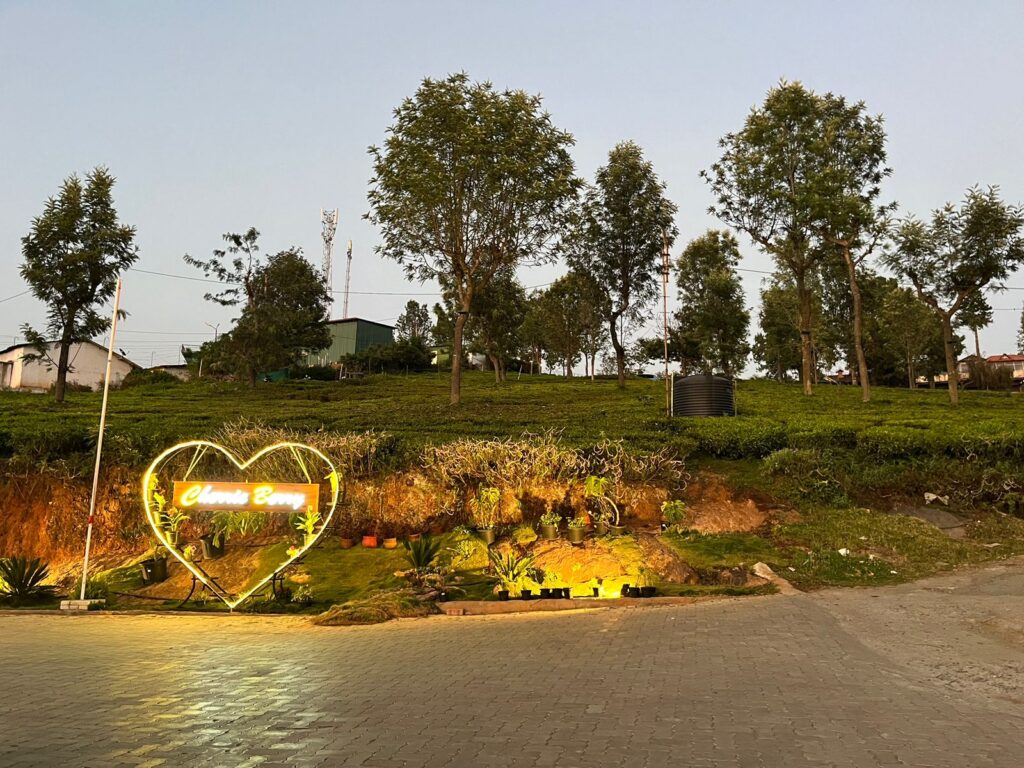
We arranged for a Savaari car at the cost of 2000 INR for a one-way trip from Cherry Berry to our hotel. Opting for just the essentials, we placed a minimal order for dinner via online delivery services before settling in for the night after a tiring day.
It’s Teatime
We negotiated a full-day sightseeing deal with our hotel for a local taxi. Initially, we intended to stick to the predetermined itinerary provided in the package. Our journey commenced with a trip to the bustling tea and chocolate factory atop the hill at 11 AM. The place was swamped, with a seemingly endless line of cars vying for parking spaces, and yet another queue to navigate the packed factory. An entry fee of 20 INR is levied for factory admission, payable on the spot either in cash or via UPI.
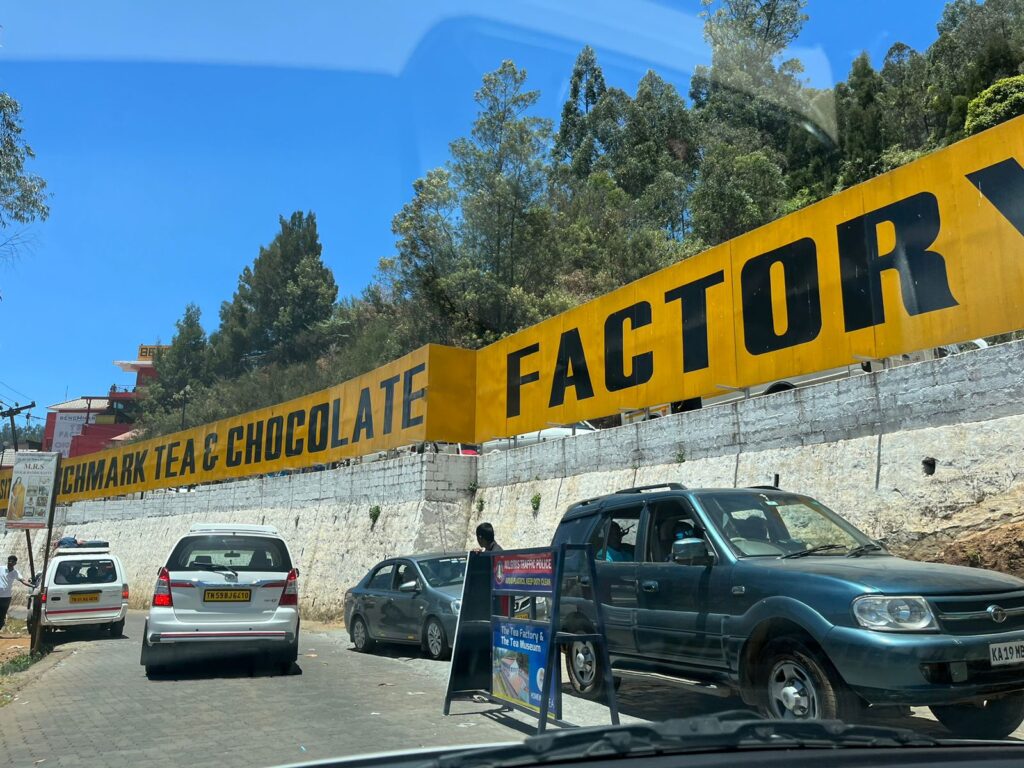
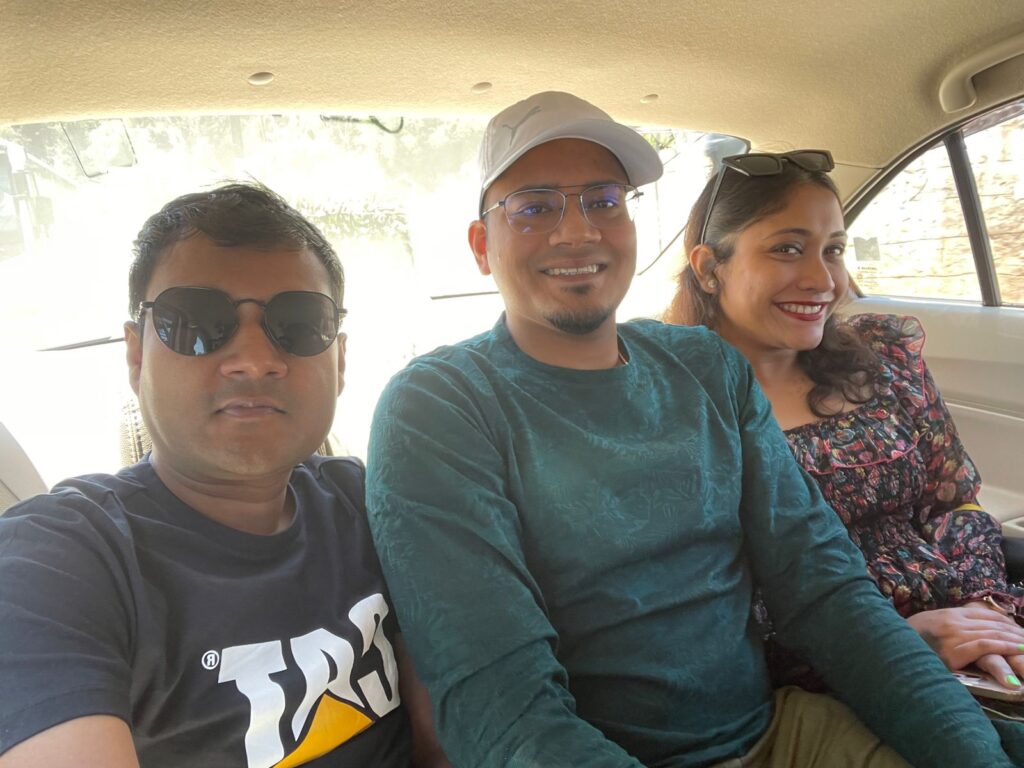
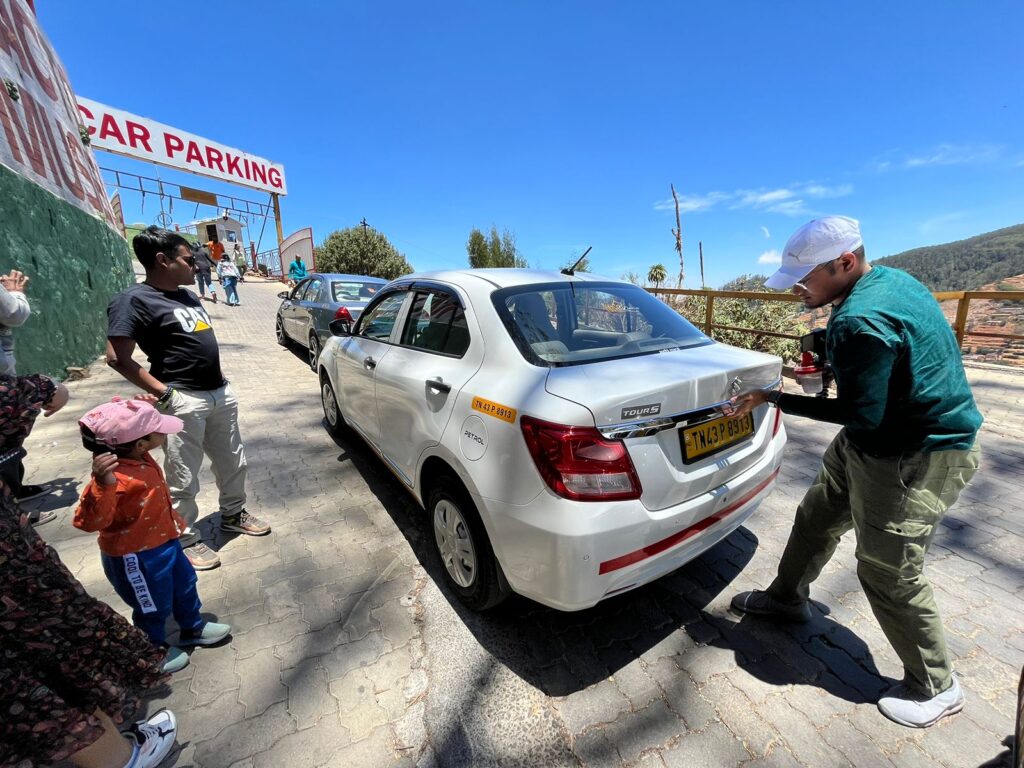
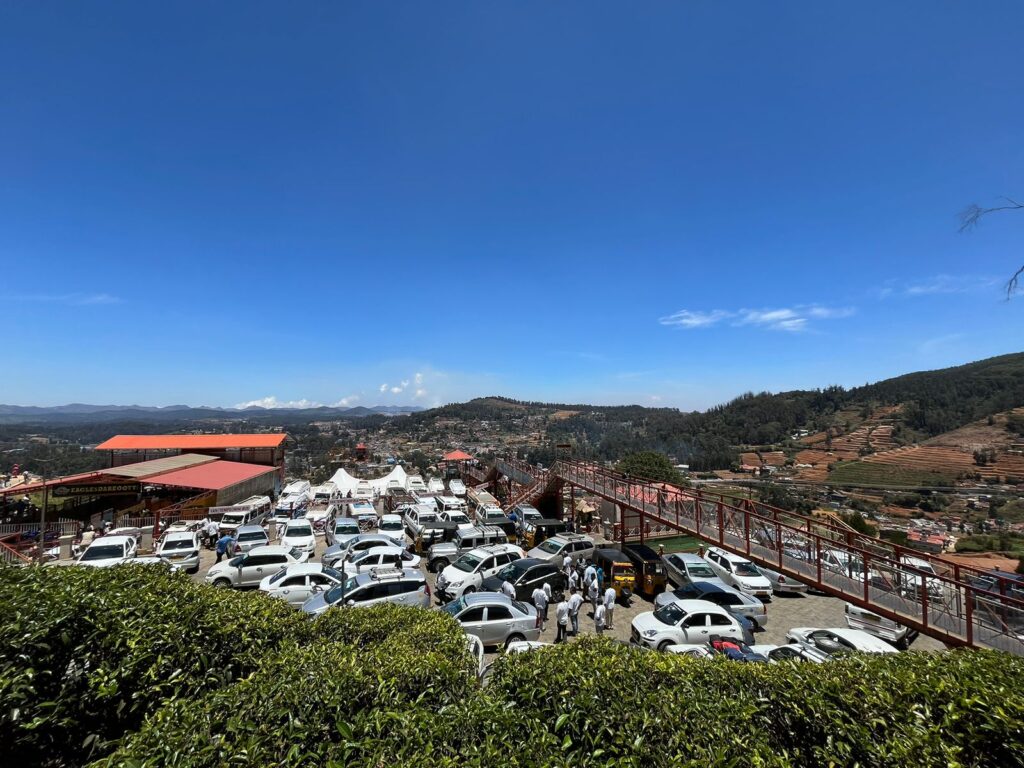
Within the facility, displays detailing the history and methodology of tea production were arranged for visitors’ perusal. Following the educational tea trail, we were guided into the adjacent chocolate-making area, where the confections, a hit among tourists, were being crafted by the workers. The tour concluded with complimentary tea tastings and a shop offering an array of locally produced goods.
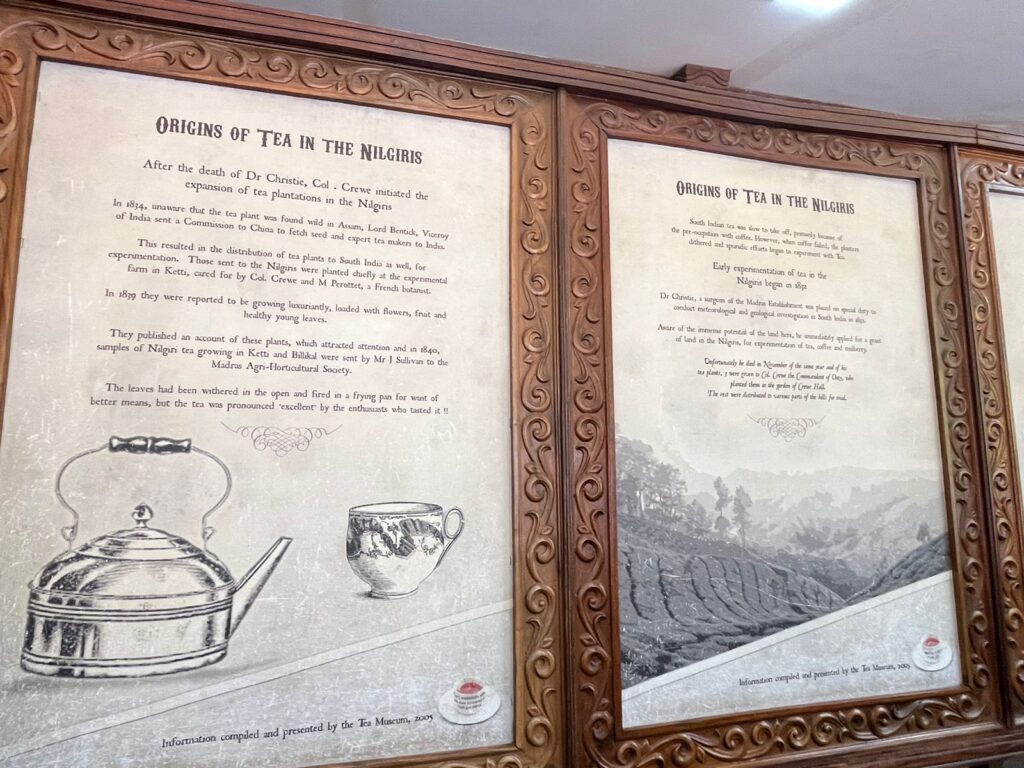
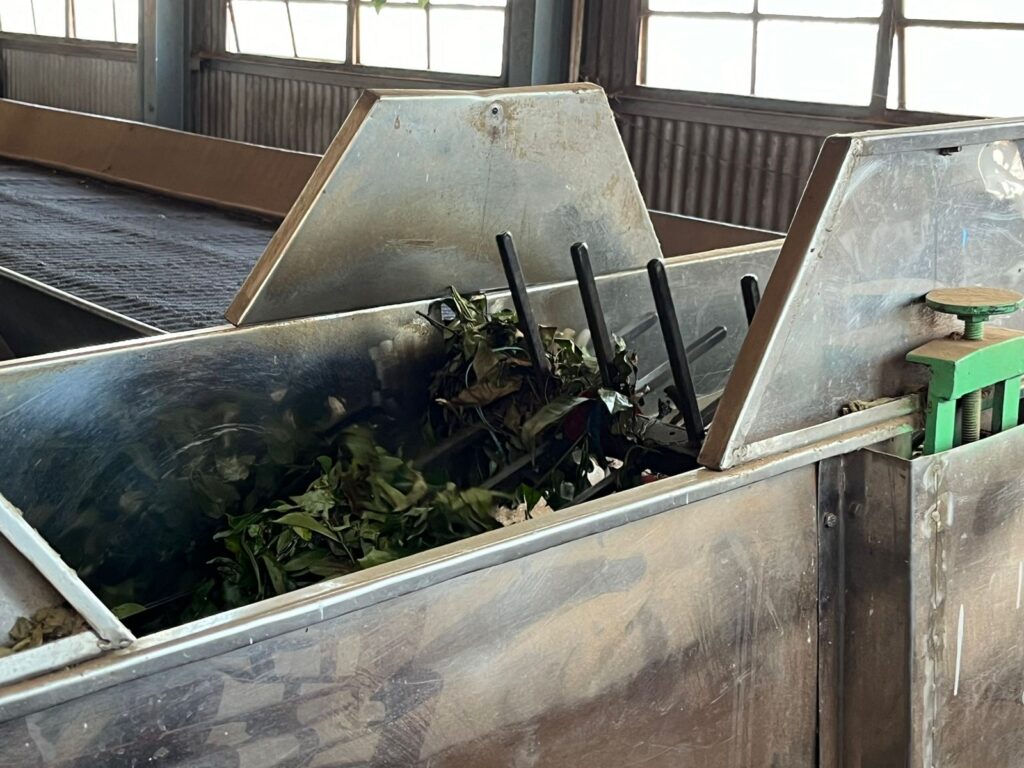
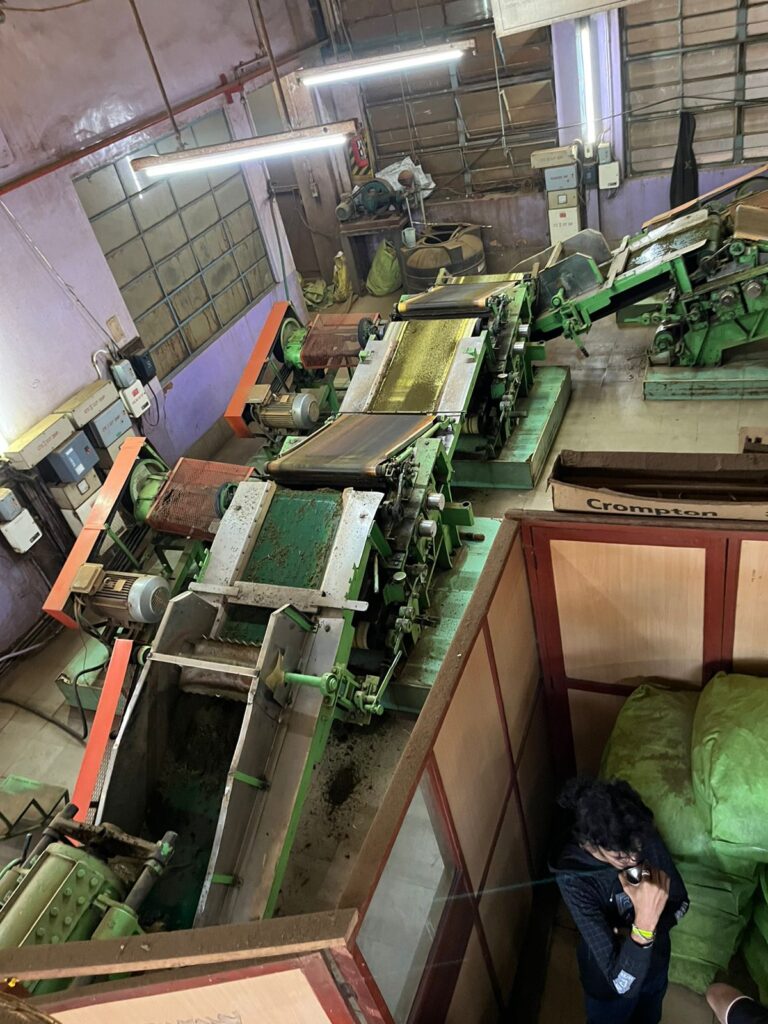
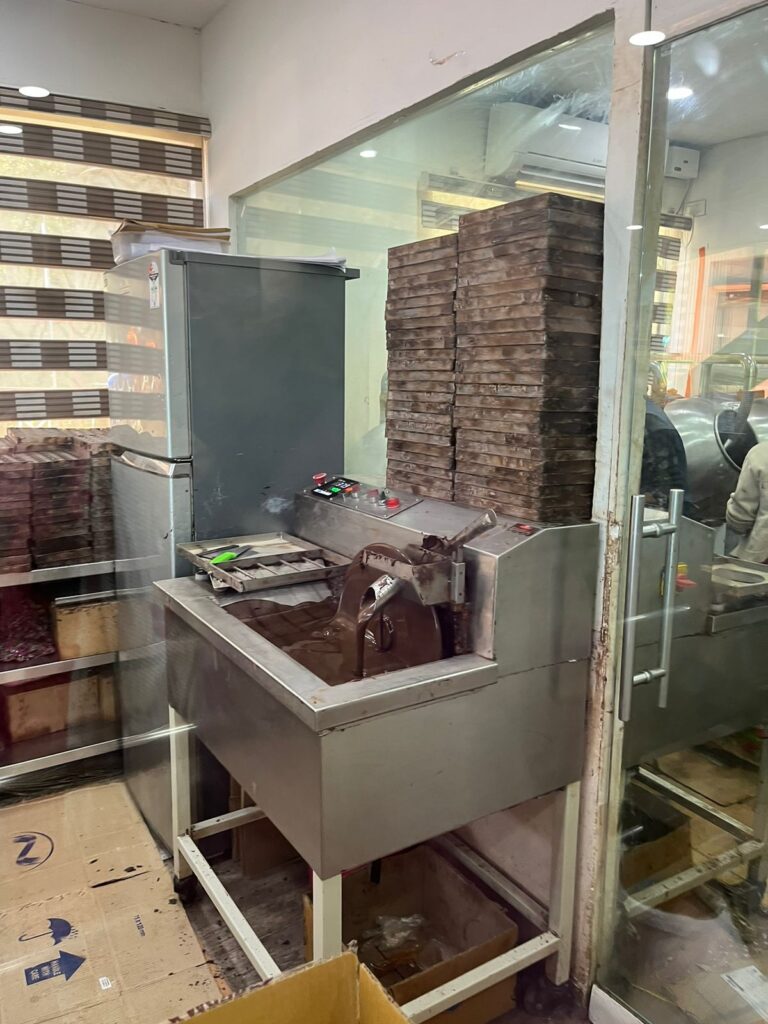
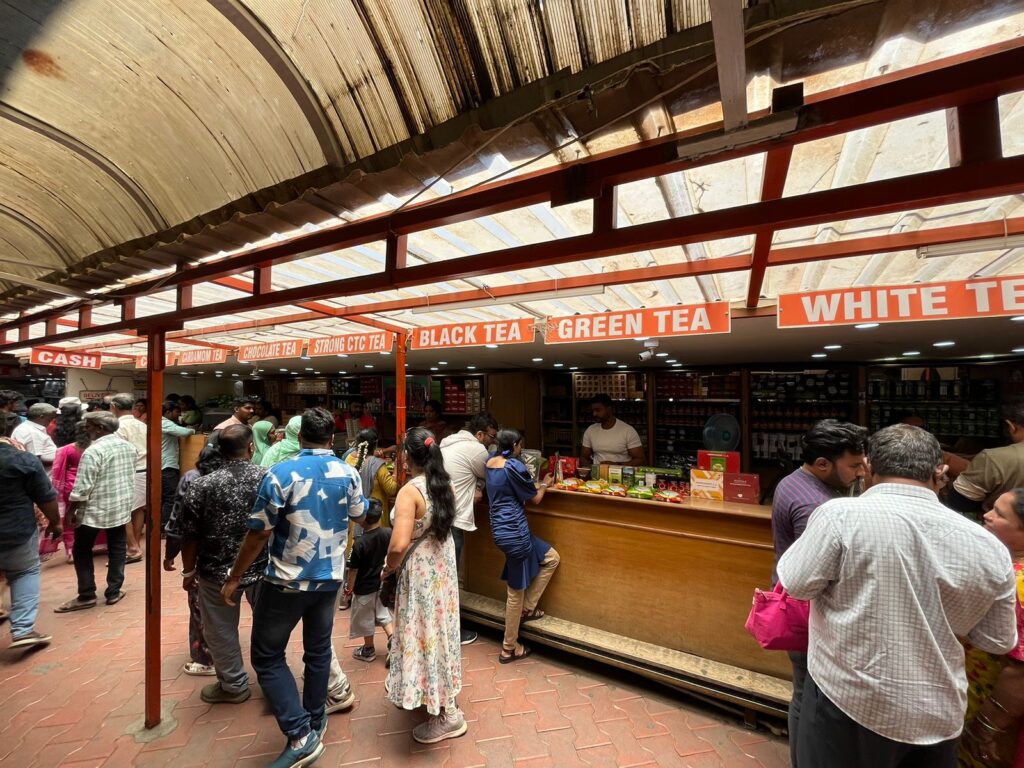
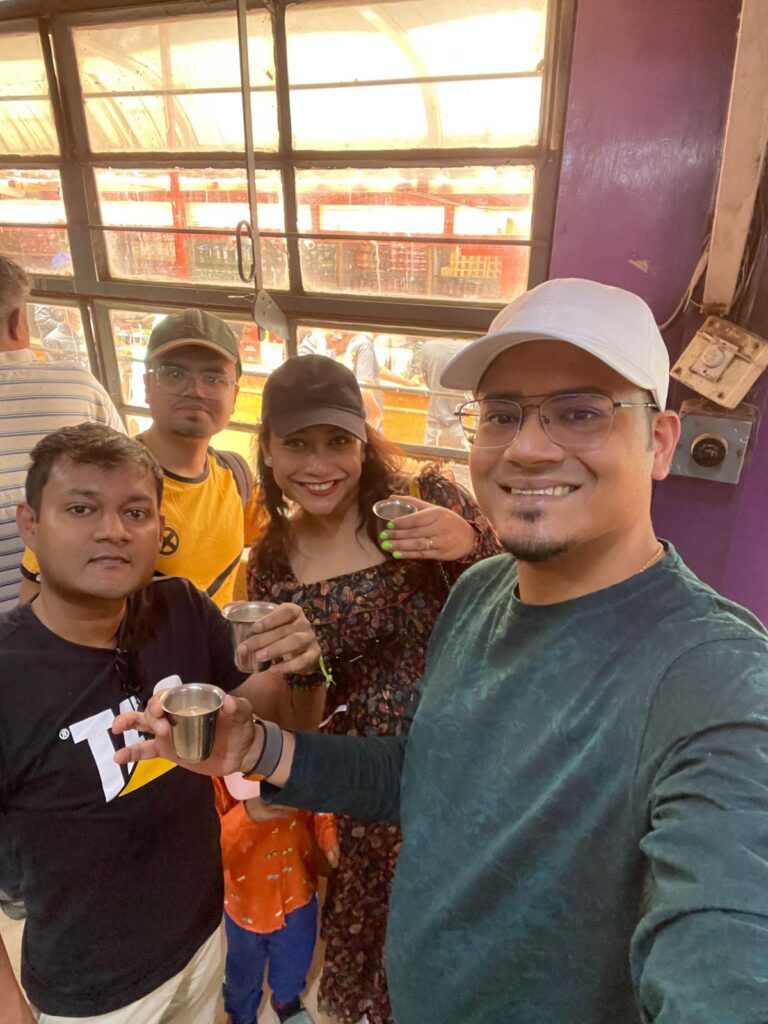
Subsequently, our visit led us to the Wax Museum, situated a short distance from the factory. We first made a stop at the government-sanctioned textile shop for a bit of shopping before delving into the enchanting world of the wax museum. The entrance fee was a modest 50 INR per person, and the museum housed several wax statues that were remarkably lifelike, leaving a profound impact on the onlookers. Below are a few notable examples from Kolkata.
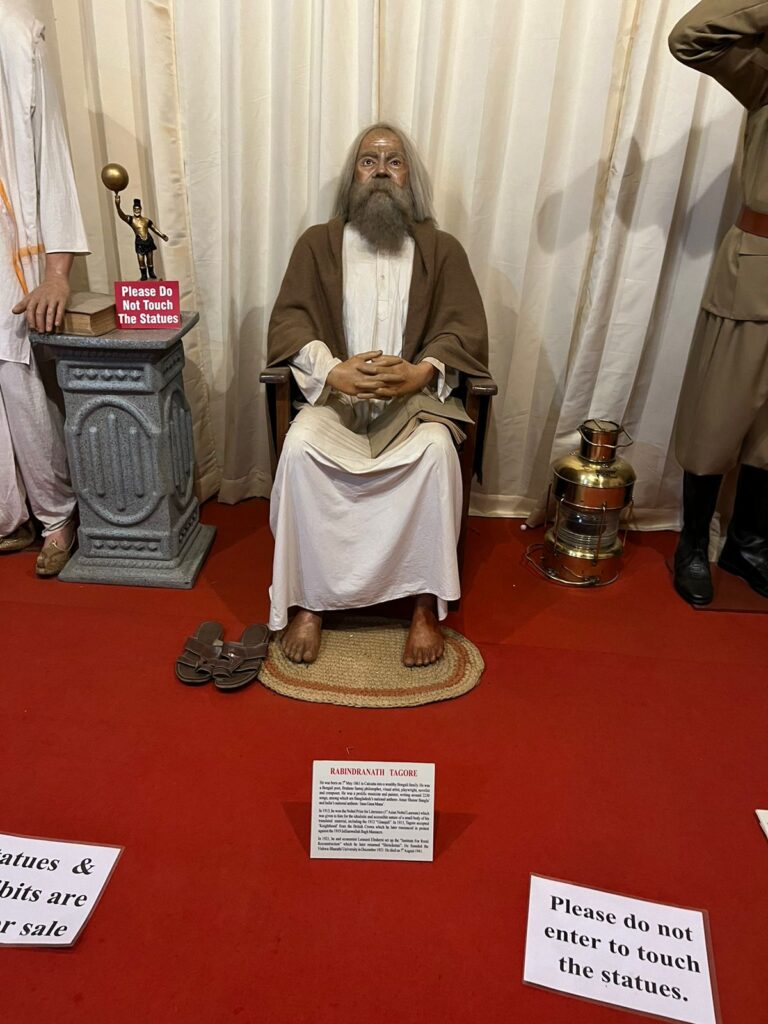
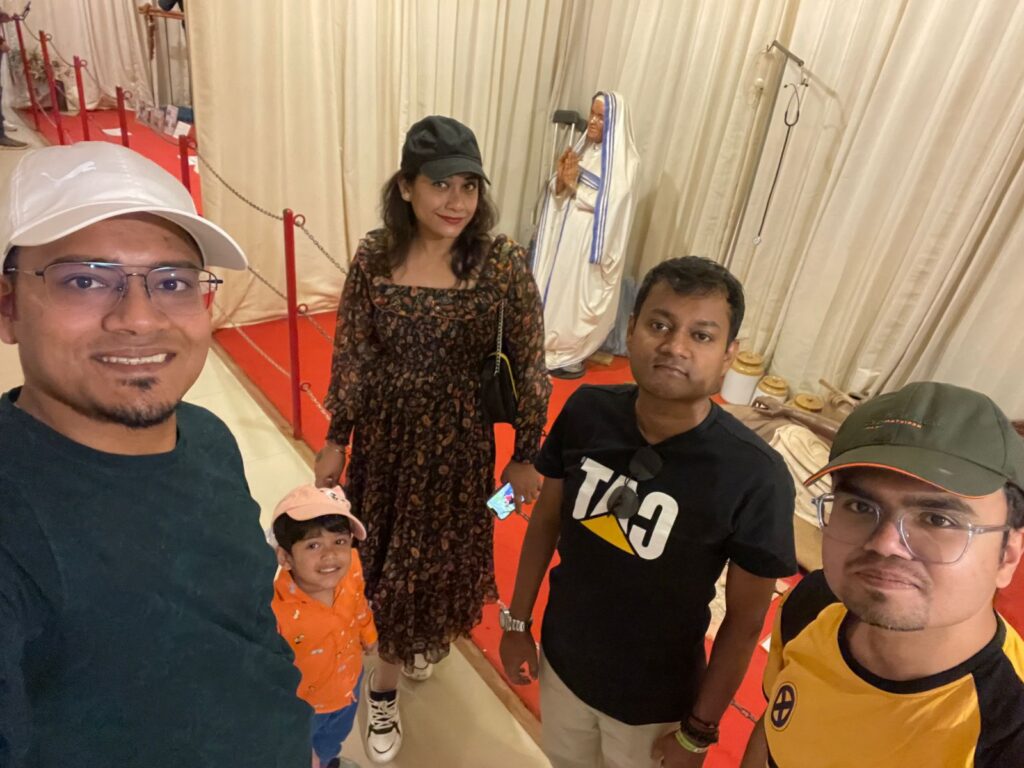
Our driver had a specific lunch location in mind to accommodate the subsequent visit to a waterfall. However, we requested a detour to Earl’s Secret cafe. He cautioned us about the time commitment due to its distance and popularity of the place, prompting us to forgo our remaining itinerary in favor of a leisurely lunch at Earl’s. The route took us through ascending, serpentine roads to a quaint English-style cottage. Upon arrival, we realized our miscalculation of the wait time and ended up spending close to an hour taking selfies on the picturesque lawns.
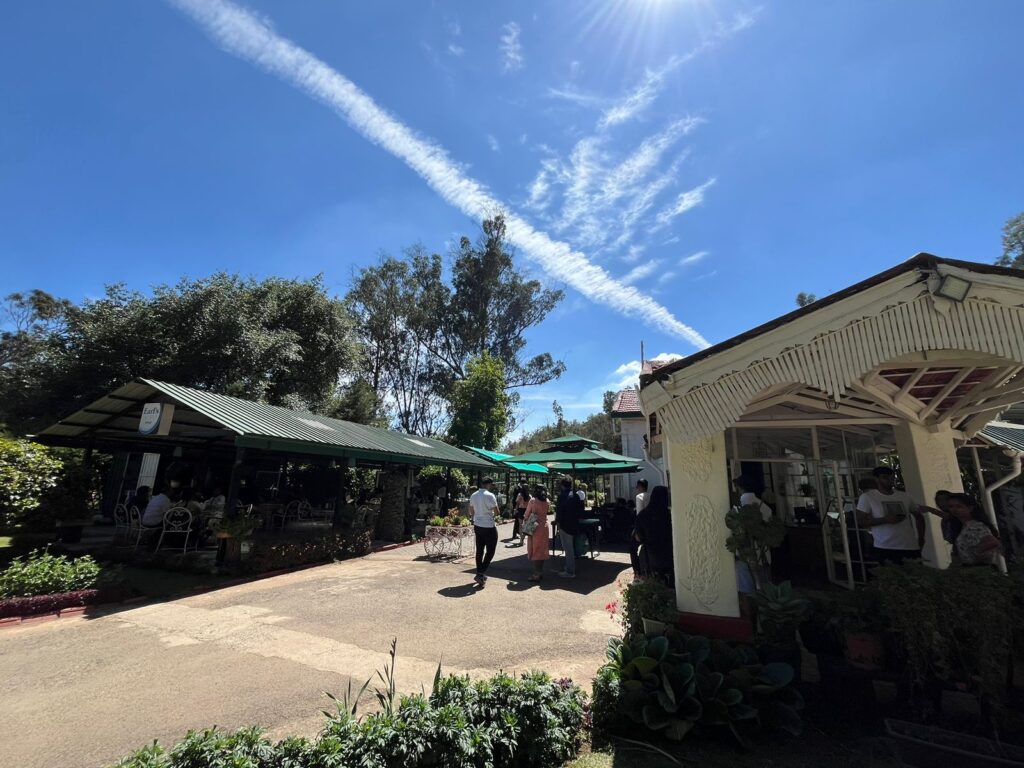
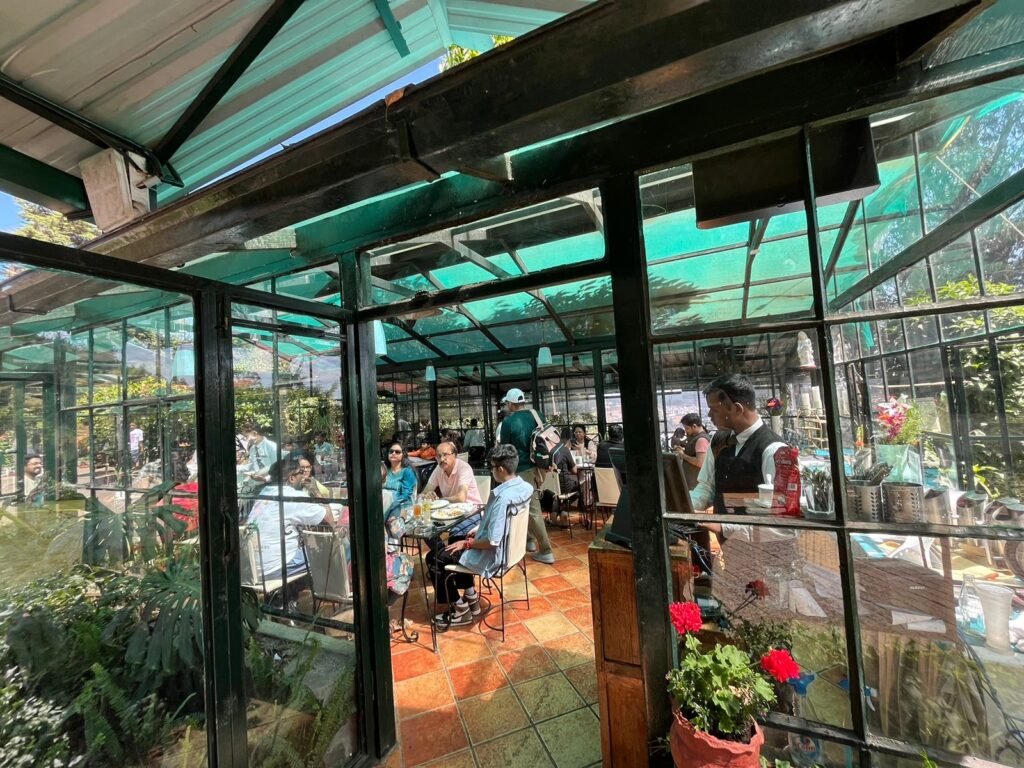
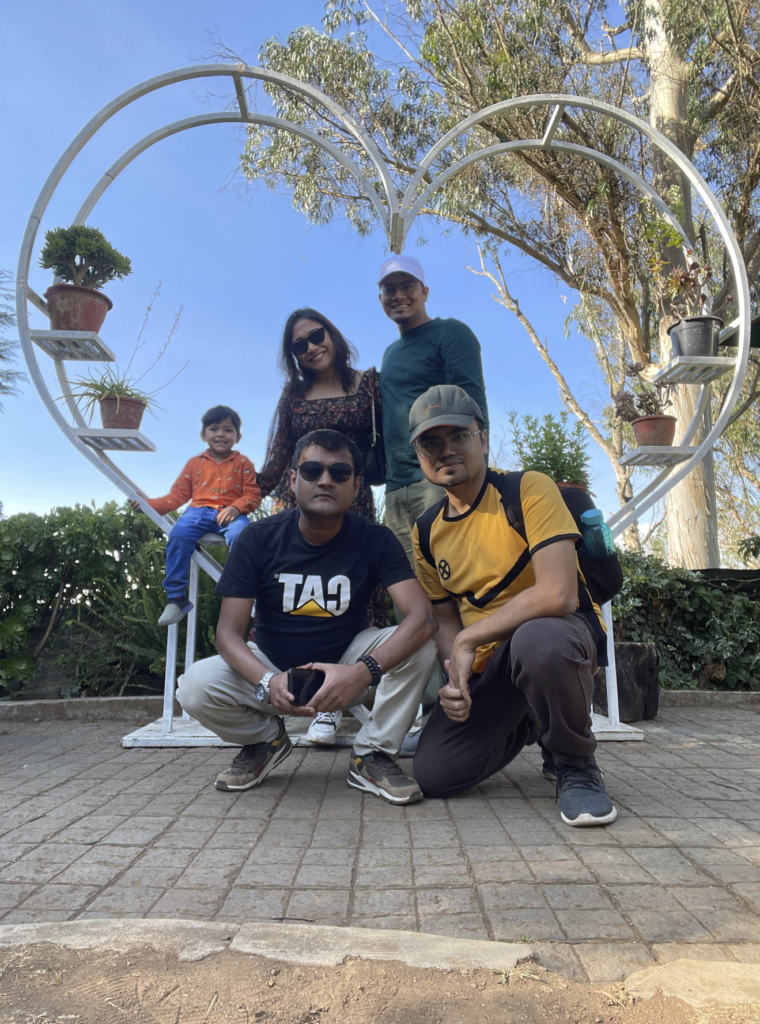
Ultimately, we were seated and decided to indulge in a variety of dishes to conclude our day. The beverages and desserts were delightful; however, the main courses fell short of the establishment’s reputation.
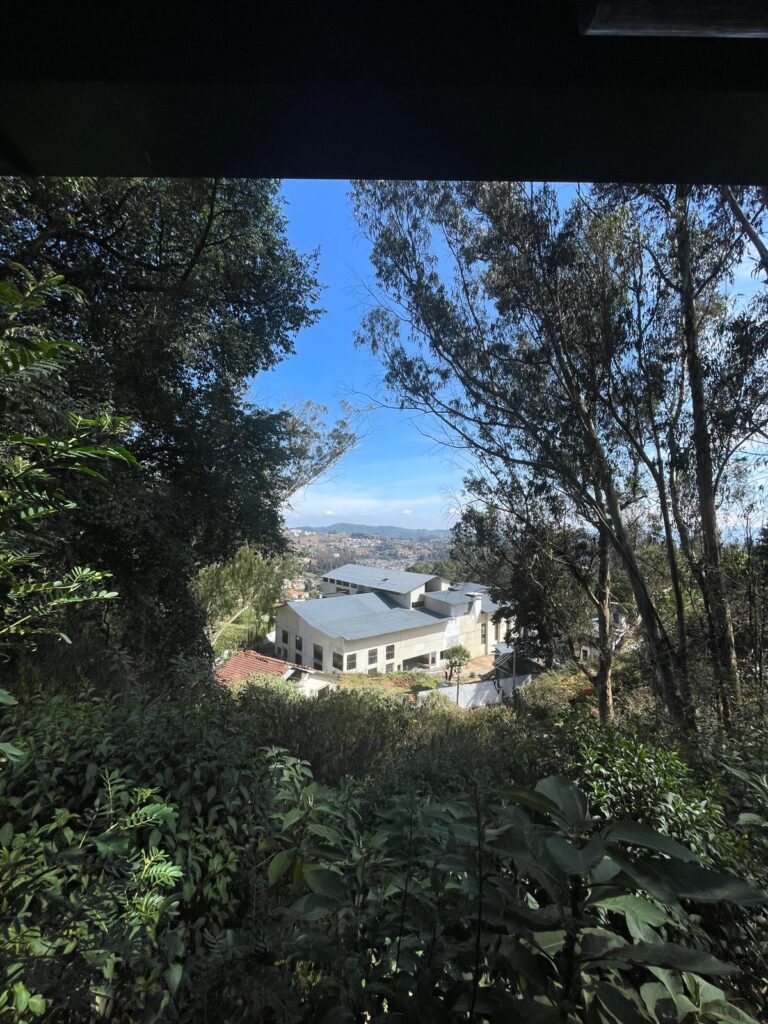
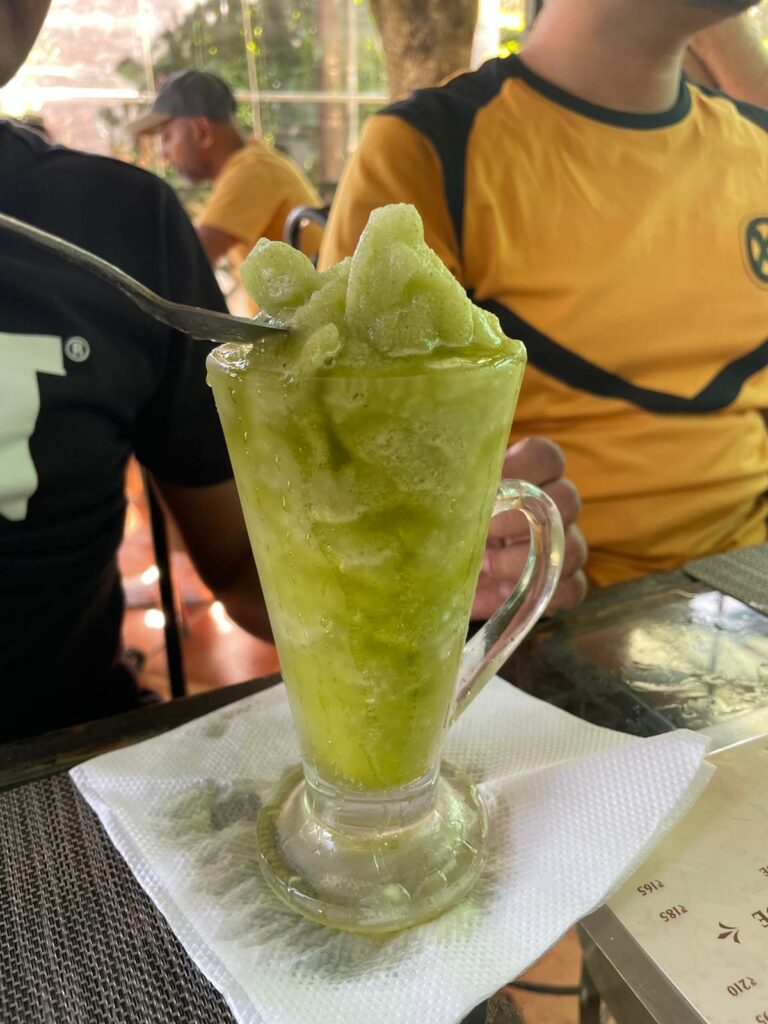
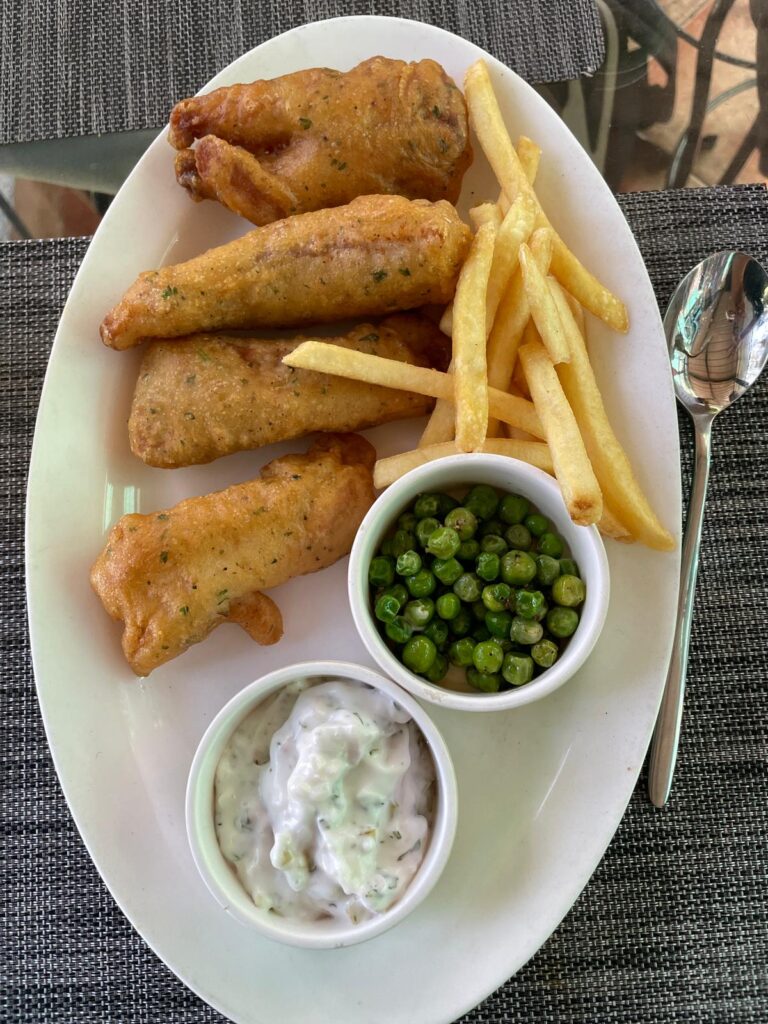
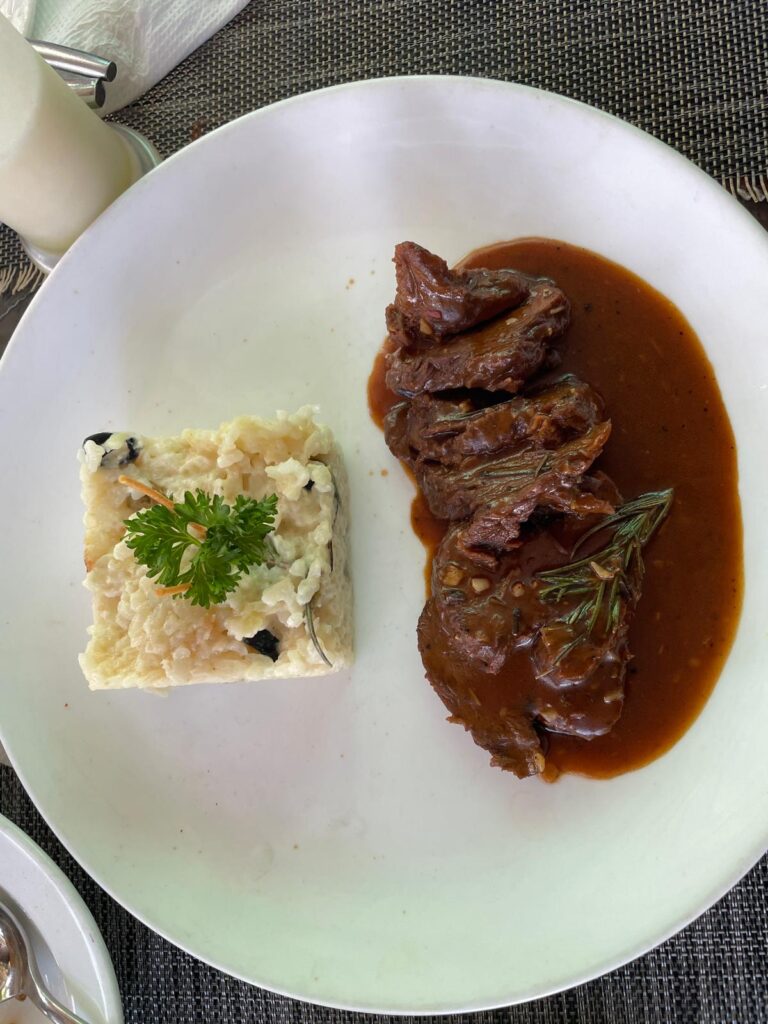
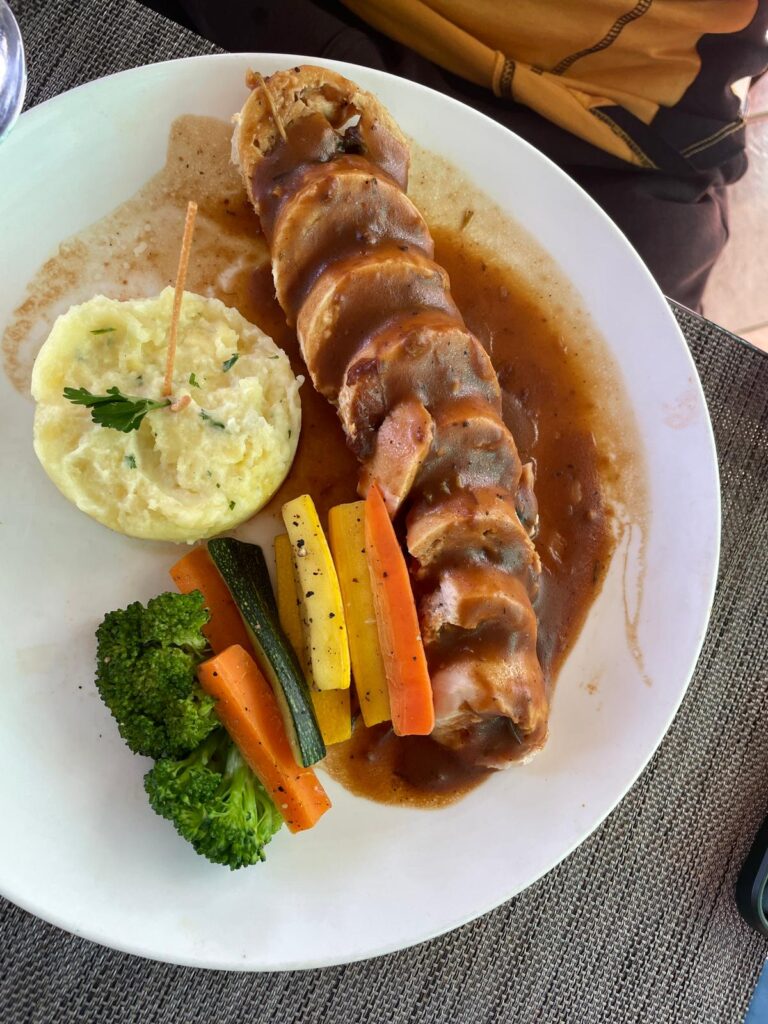
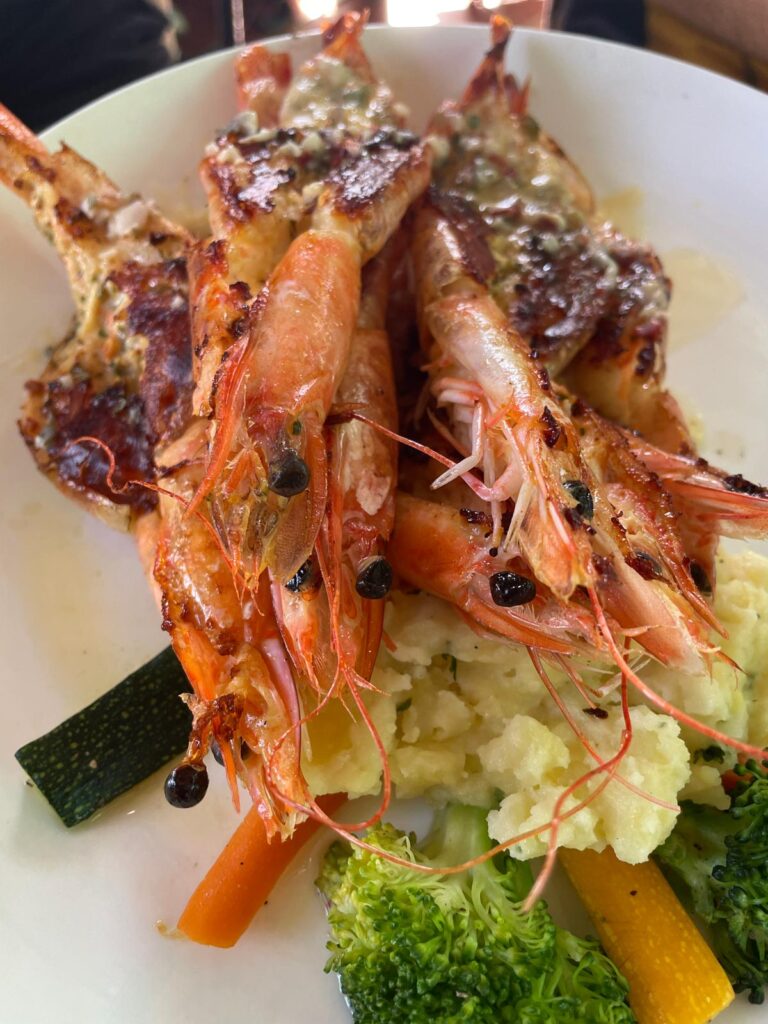
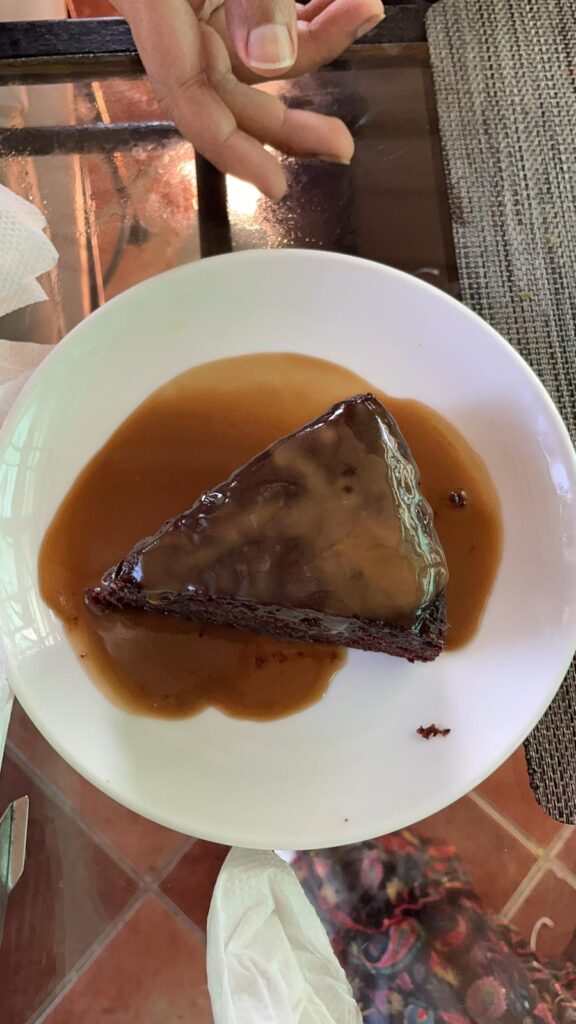
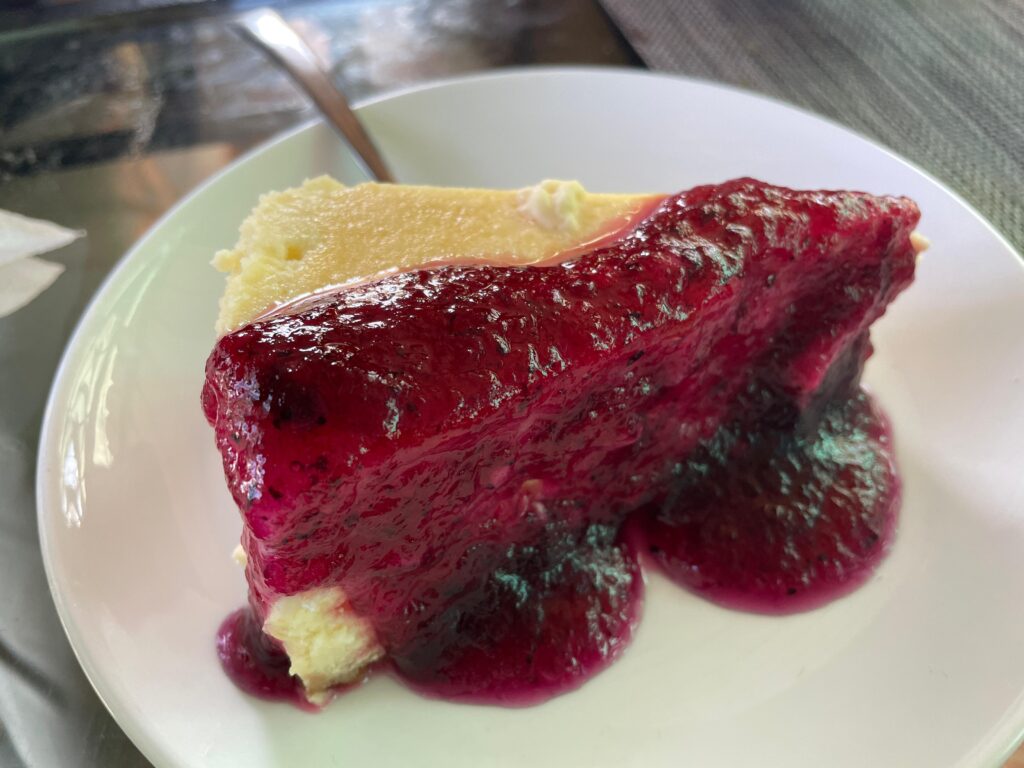
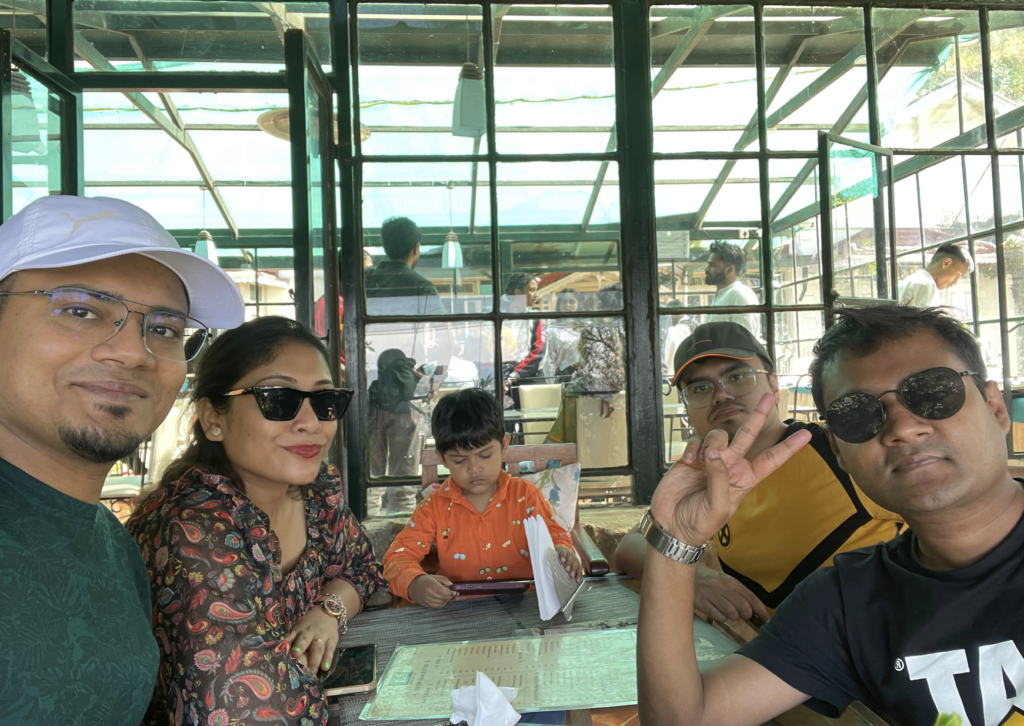
End Of The Road
Nearly everyone we spoke to recommended sampling the chocolates at Moddy’s. However, we were simply too full to entertain the idea of eating more. Therefore, we chose to relax at the hotel by 4 PM and depart at 7 PM to board our return bus. With the bus scheduled to depart at 8 PM, this left us with sufficient time to make a quick purchase from Moddy’s.
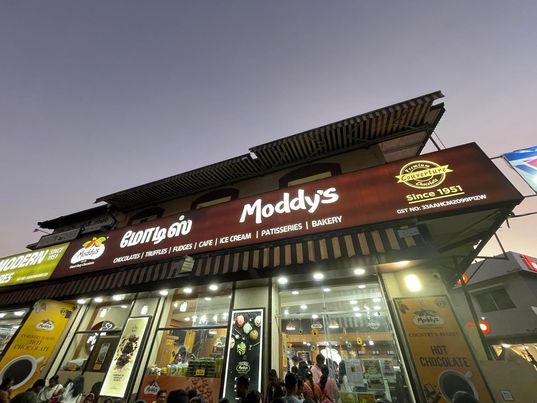
The shop was bustling with customers; we selected some baked goods for our dinner and chocolates to enjoy afterwards. The prices were a bit steep, owing to the brand’s prestige, and they offer online delivery as well. To our pleasant surprise, the Streamline bus for our return trip was in far better condition and less crowded. Interestingly, the fare was marginally lower than what we paid for our outbound trip, costing us 1575 INR per person.
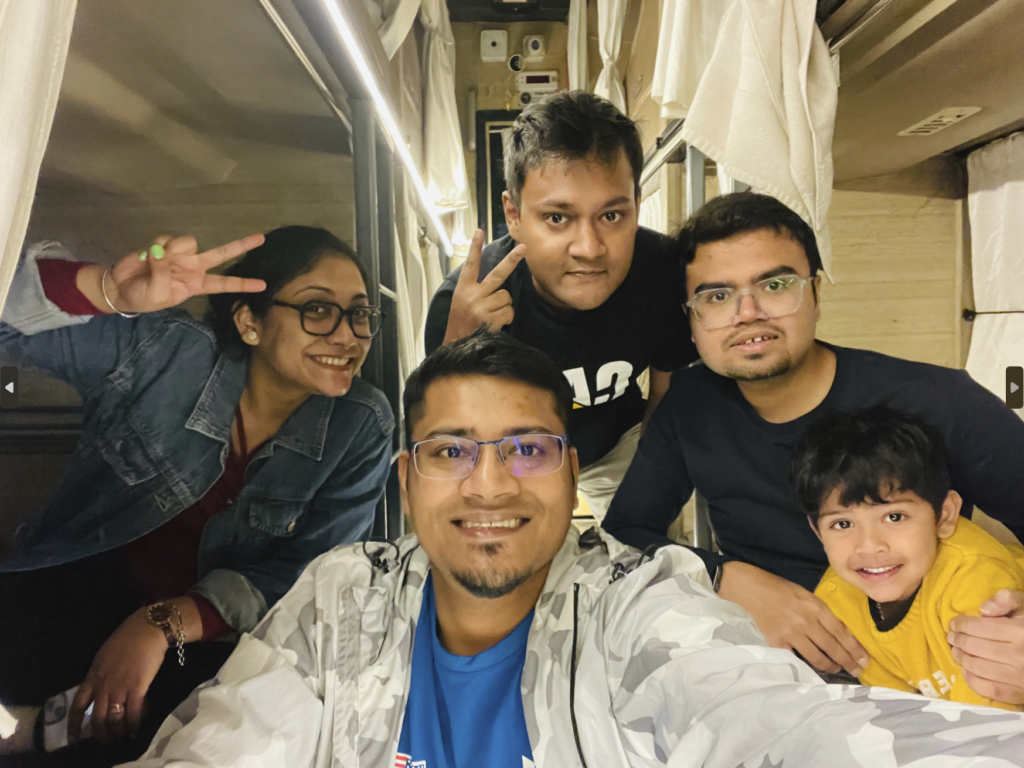
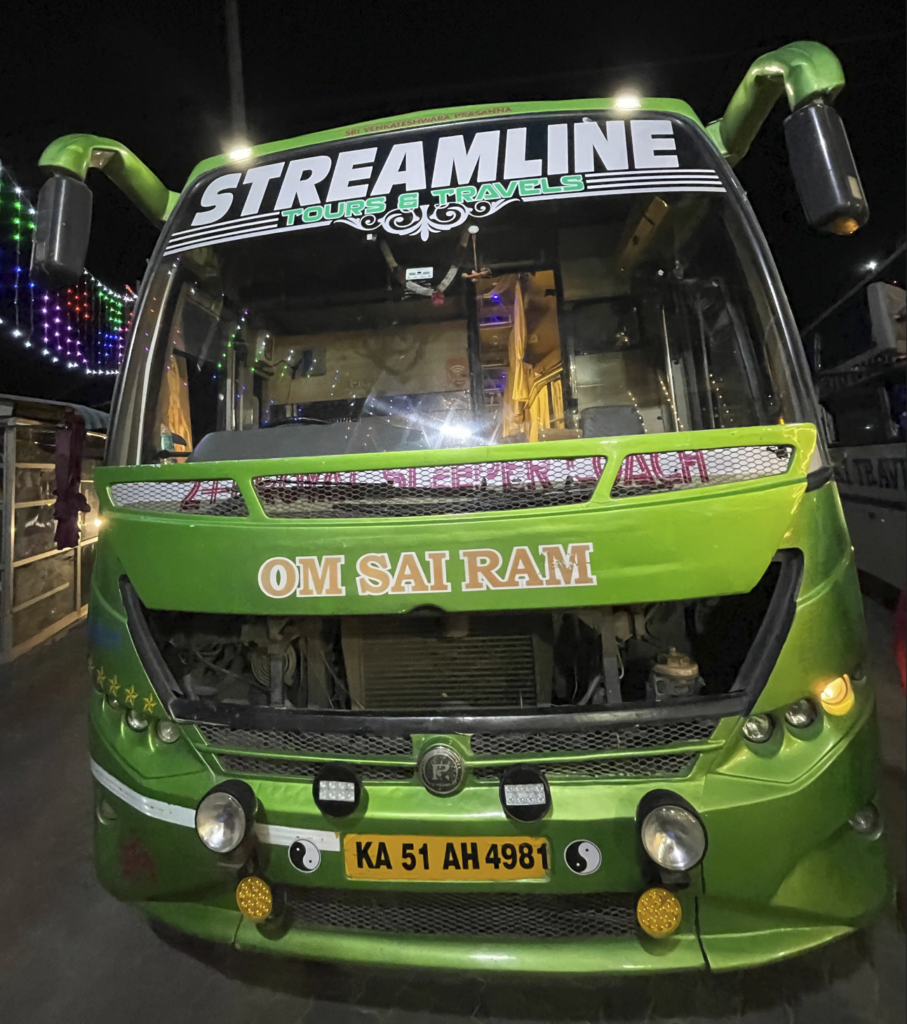
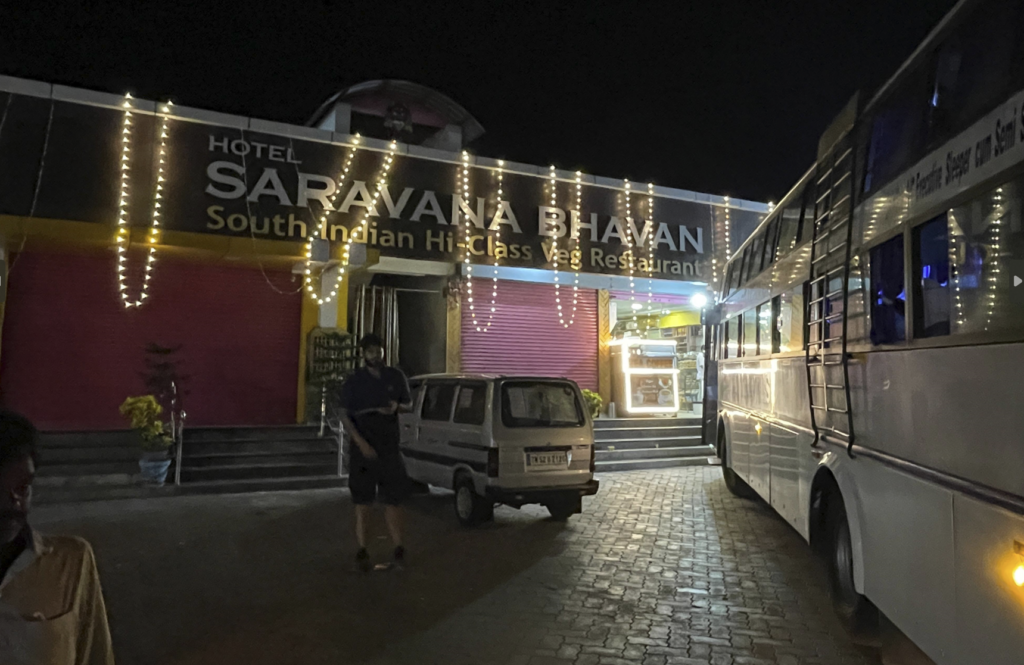
I dozed off shortly after we boarded the bus, but I was told that there was a stop around midnight at Saravana Bhavan for a restroom break. Some passengers got into a dispute, yet the bus staff was firm about adhering to the schedule. We arrived back in Bengaluru by 4:30 AM.
Tip Offs
There is a 30 min stretch through Coonoor where the bus takes super sharp turns around the edge. This can feel nauseating and can very much trigger motion sickness problems.
Bargain with hotels over phone for a better deal, because there often is one. Same situation with cabs. Autos seem to be running at standard rates.
Locals seem very fluent with Hindi, which can come off as surprising. But it makes communication easier for people from the Northern side of India.
Ooty can be very very touristy and crowded, the sun can be harsher due to the elevation in summers. Most spots shut down before 7 PM and food delivery stops by 9.30 PM.
Tickets to toy trains get sold out weeks in advance. Will highly recommend pre-booking and not taking chances.
Don’t expect great food, most we tried were strictly average for the price we paid. Instead try to enjoy the beverages, the desserts and the ambiance.
Recommendations
It will go back to the toy train ride between Ooty and Coonor where the famous Dil Se train song by A.R. Rahman was picturized on Shah Rukh Khan and Malaika Arora. Here is a video glimpse of the journey from Instagram handle @dot.pixelaha
Breaking Out,
Sayantan
